April 2020
/Forthcoming.
Forthcoming.
March was our first month of birding to be impacted by COVID-19, as global case numbers rose drastically and we started to experience the impacts closer to home in the latter third of the month. However, the natural world continued to transition from winter into spring, with flowers blossoming, vegetation greening, and the birds singing. Many birders found at least some time to be out, with proper respect to the physical distancing protocols outlined at the time. For those who did spend time outdoors, March was a lovely month, showing off vast blooms of Bradford Pears, Eastern Redbuds, Cherry Blossoms, Tulip Trees & Dogwoods. The reddish Swamp Maples cast a beautiful contrast to the lush greenery that started to pop this month in forested areas of the city (perhaps no more evident than at Stumpy Lake). Overall, temperatures in March were higher (65°F/49°F for daily highs/lows) than the prior ten-year average (59°F/41°F). Though, of the prior ten years, 2012 & 2016 both featured higher highs, but only 2012 held higher lows. We ranged from a low of 31°F on 8 Mar to a high of 88°F on 20 Mar, which marked the highest value for the calendar year thus far (dethroning the 83°F set the previous day). As with February, the avifauna observed throughout the month seemed very reflective of these higher than normal temperatures. Continuing the pattern set throughout the winter season, waterfowl numbers were abysmal, and Aythya were essentially missed altogether this month. Though, we were blessed with some solid waterfowl rarities, which helped to make up for the lack of diversity and quantity. A major pulse of fresh spring arrivals bolstered overall numbers near month’s end, and also produced some very early first-of-season records. Over the course of its thirty-one days, a total of 178 species produced accepted records in eBird during March, which was a significant boost from the 164 species logged here in February. Compared to recent Marches, this number proved to be a strong increase from both the 167 species logged in 2019 as well as the 170 in 2018. For the calendar year, we now stand at 199 species, which is eight higher than the 191 species logged through the same period last year. Collectively, eBirders have now submitted a total of 3,180 complete checklists for the calendar year which, like last month, keeps us on a pace to eclipse the 10,061 submitted in 2019.
White-eyed Vireo / Princess Anne WMA Whitehurst Tract / 22 Mar; please click this photo to advance to the next!
Lincoln's Sparrow / Princess Anne WMA Whitehurst Tract / 1 Mar
Lincoln's Sparrow / Princess Anne WMA Whitehurst Tract / 1 Mar
Lincoln's Sparrow / Princess Anne WMA Whitehurst Tract / 1 Mar
Lincoln's Sparrow / Princess Anne WMA Whitehurst Tract / 1 Mar
Lincoln's Sparrow / Princess Anne WMA Whitehurst Tract / 1 Mar
Lincoln's Sparrow / Princess Anne WMA Whitehurst Tract / 1 Mar
Lincoln's Sparrow / Princess Anne WMA Whitehurst Tract / 1 Mar
Lincoln's Sparrow / Princess Anne WMA Whitehurst Tract / 1 Mar
White-crowned Sparrow (Gambel's) / Harris Teeter Retention Pond / 14 Mar
White-crowned Sparrow (Gambel's) / Harris Teeter Retention Pond / 14 Mar
White-crowned Sparrow (Gambel's) / Harris Teeter Retention Pond / 14 Mar
White-crowned Sparrow (Dark-lored) / Harris Teeter Retention Pond / 14 Mar
White-eyed Vireo / Princess Anne WMA Whitehurst Tract / 22 Mar
White-eyed Vireo / Princess Anne WMA Whitehurst Tract / 22 Mar
White-eyed Vireo / Princess Anne WMA Whitehurst Tract / 22 Mar
Sedge Wren / Princess Anne WMA Whitehurst Tract / 29 Mar
Sedge Wren / Princess Anne WMA Whitehurst Tract / 29 Mar
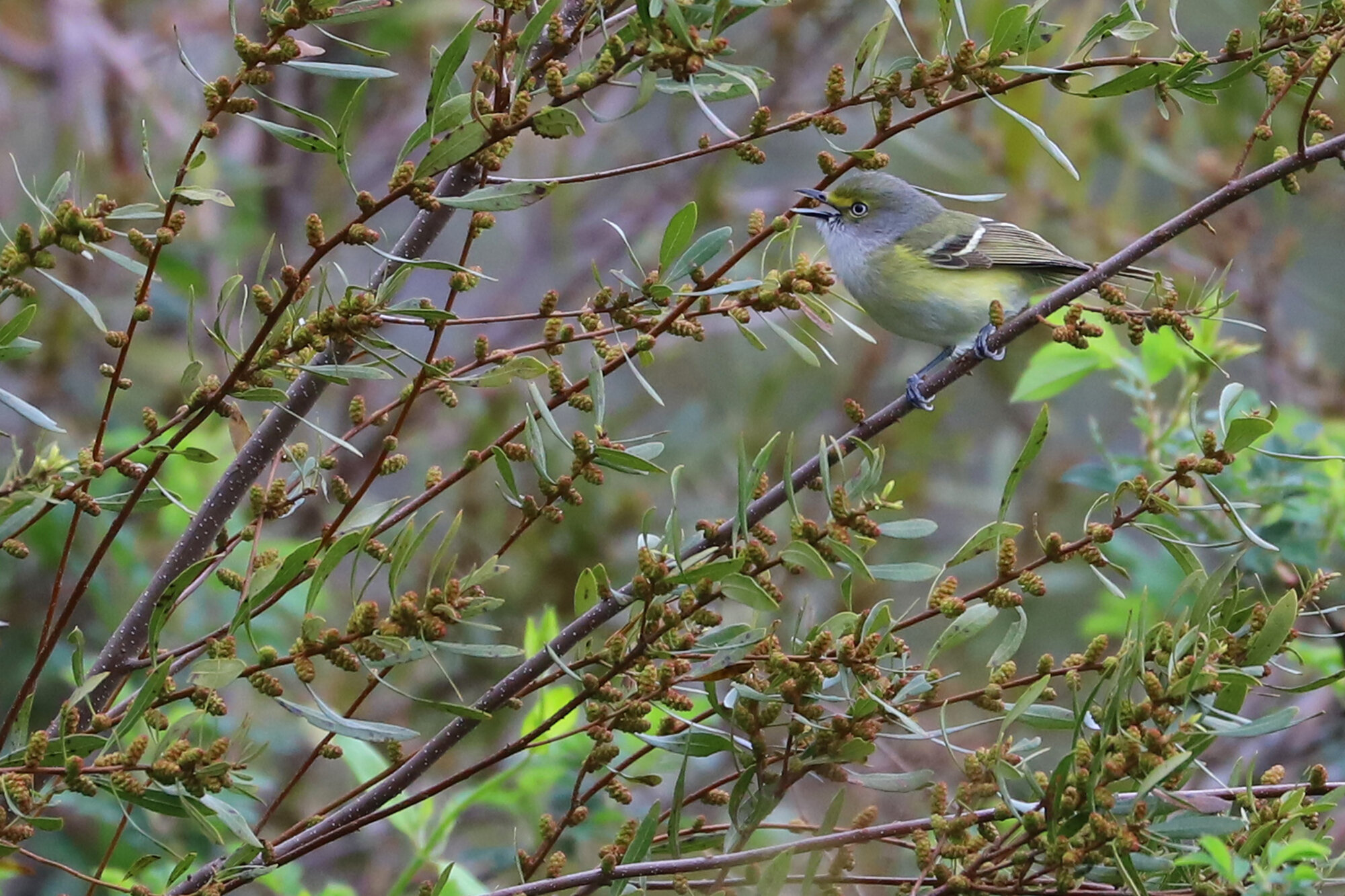
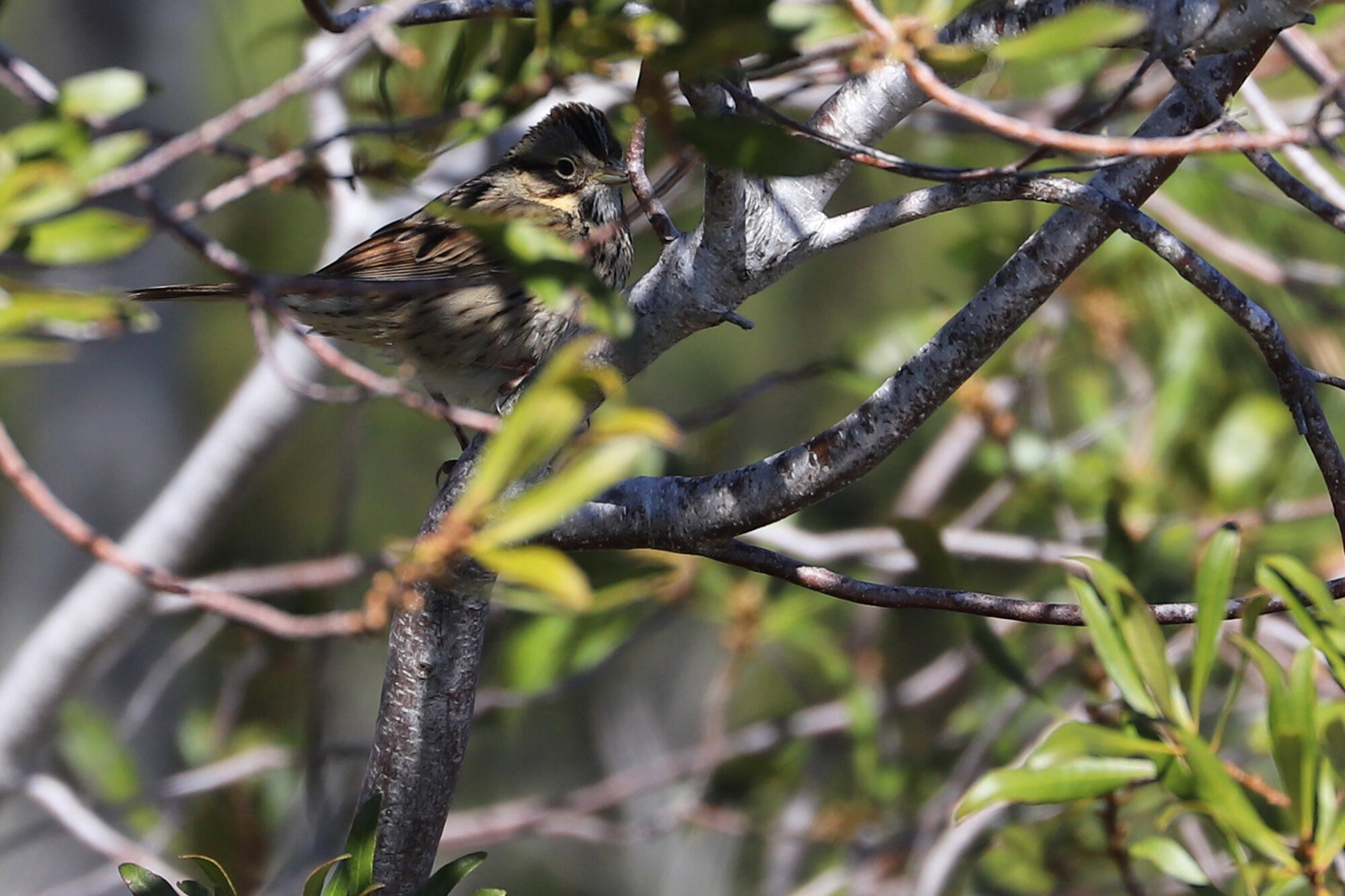

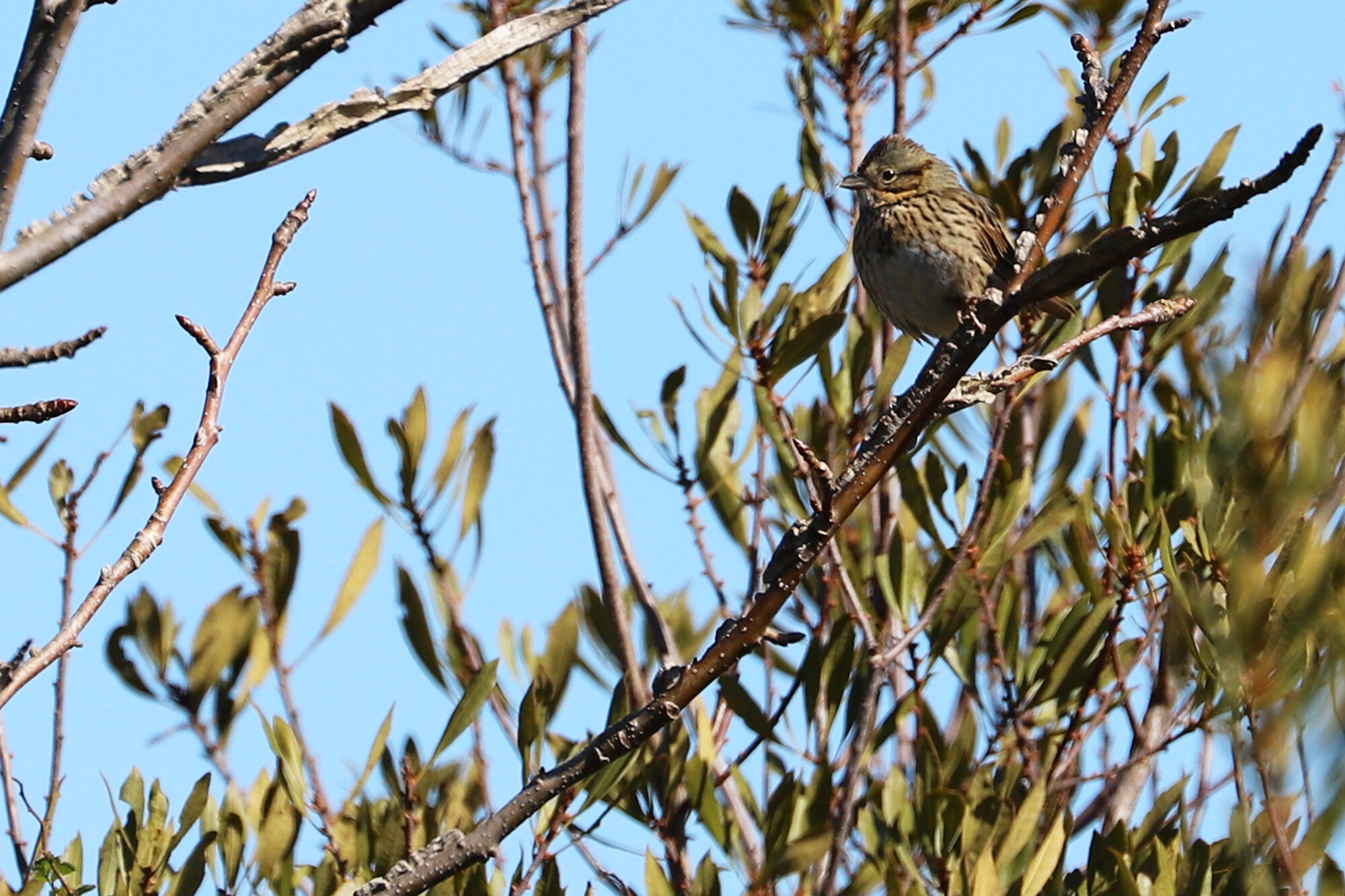
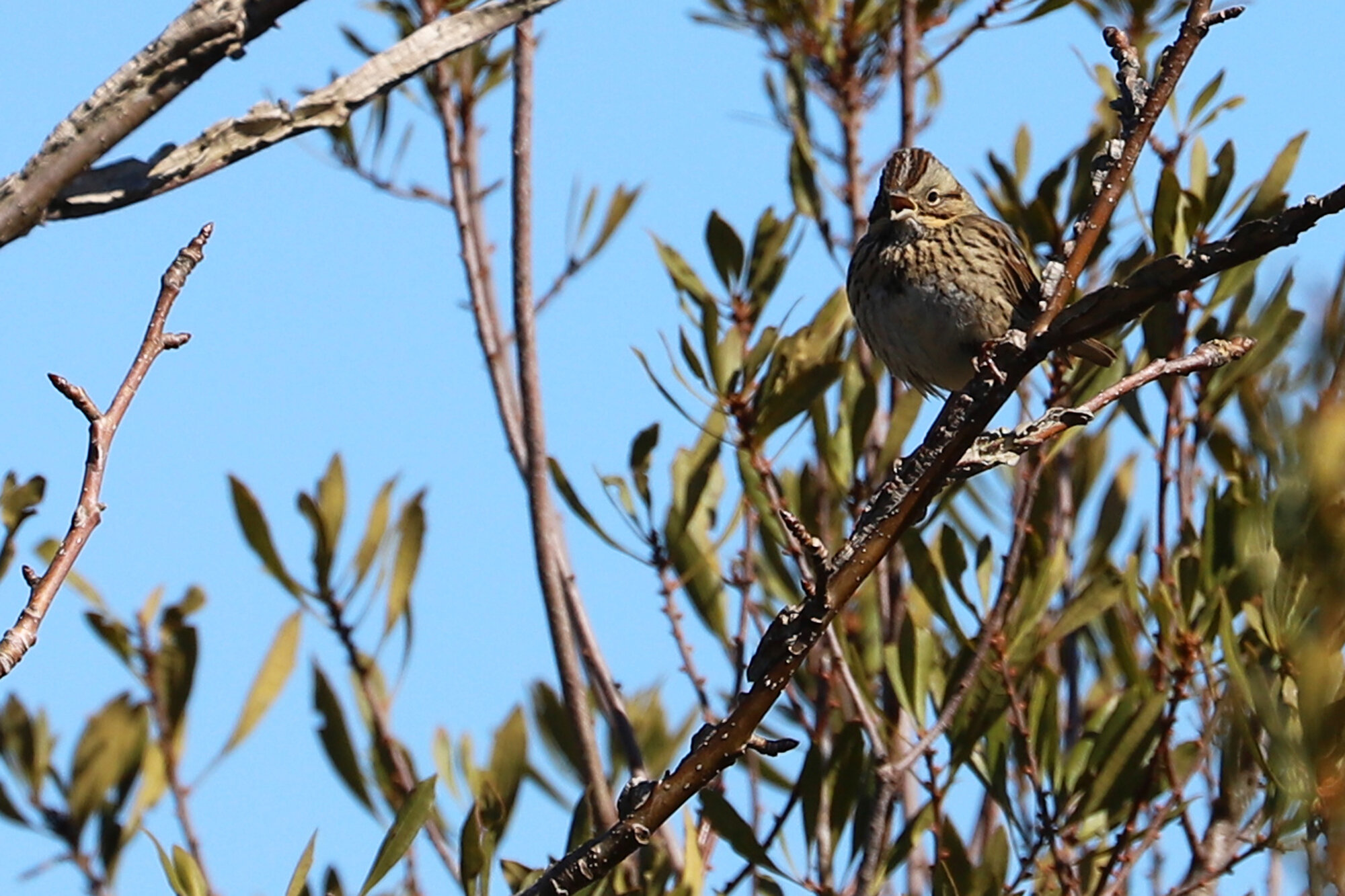

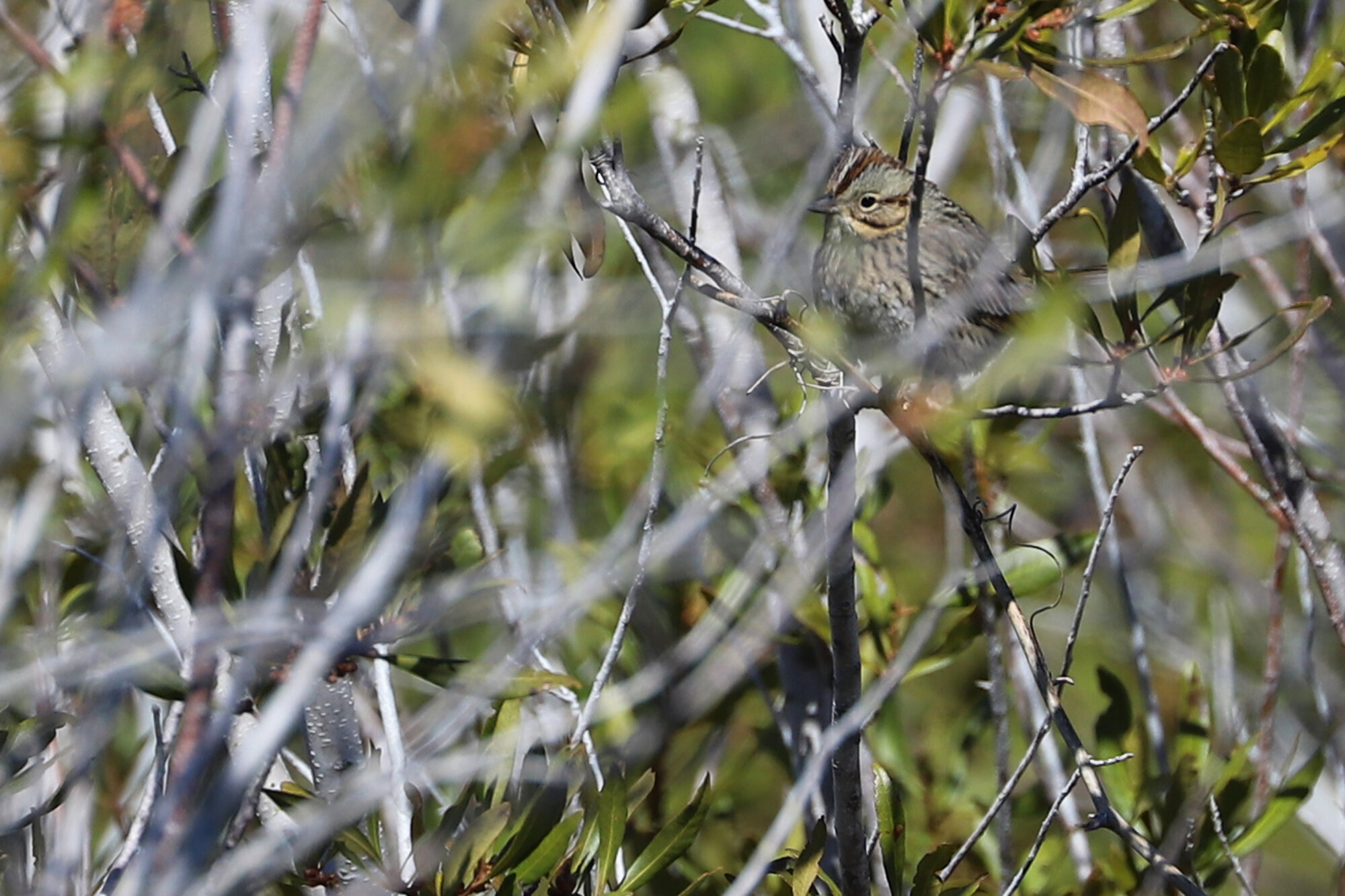
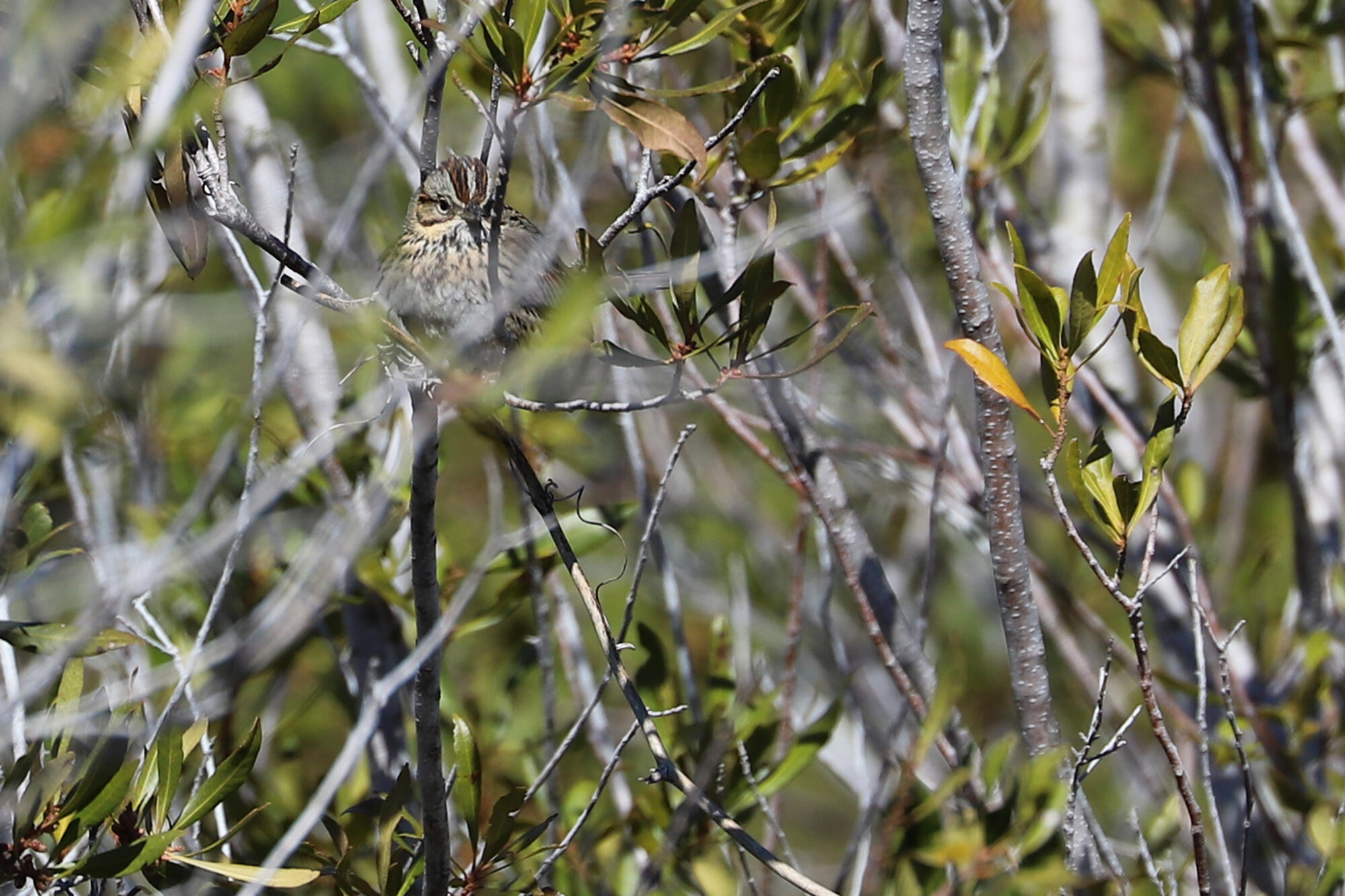

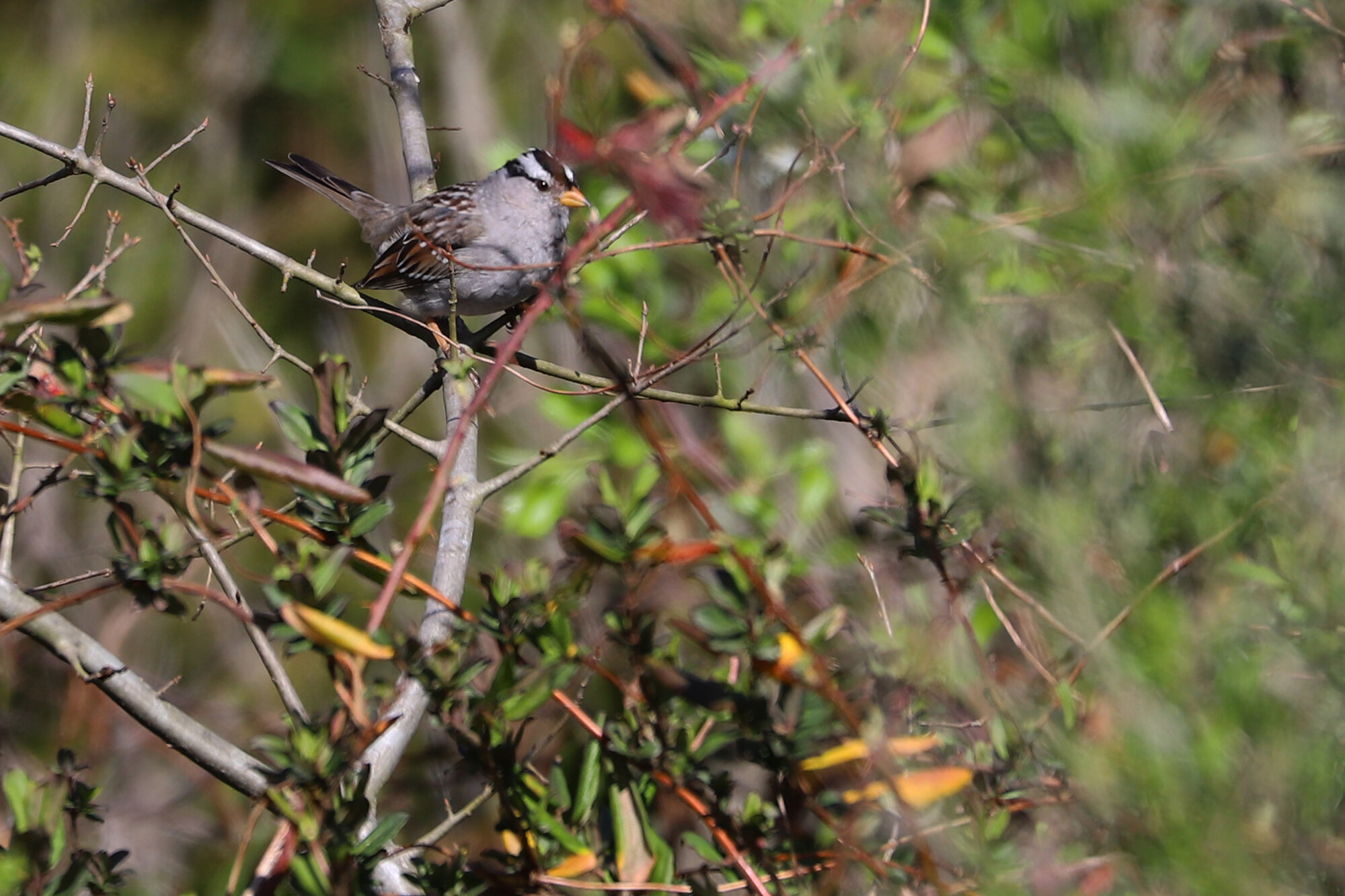

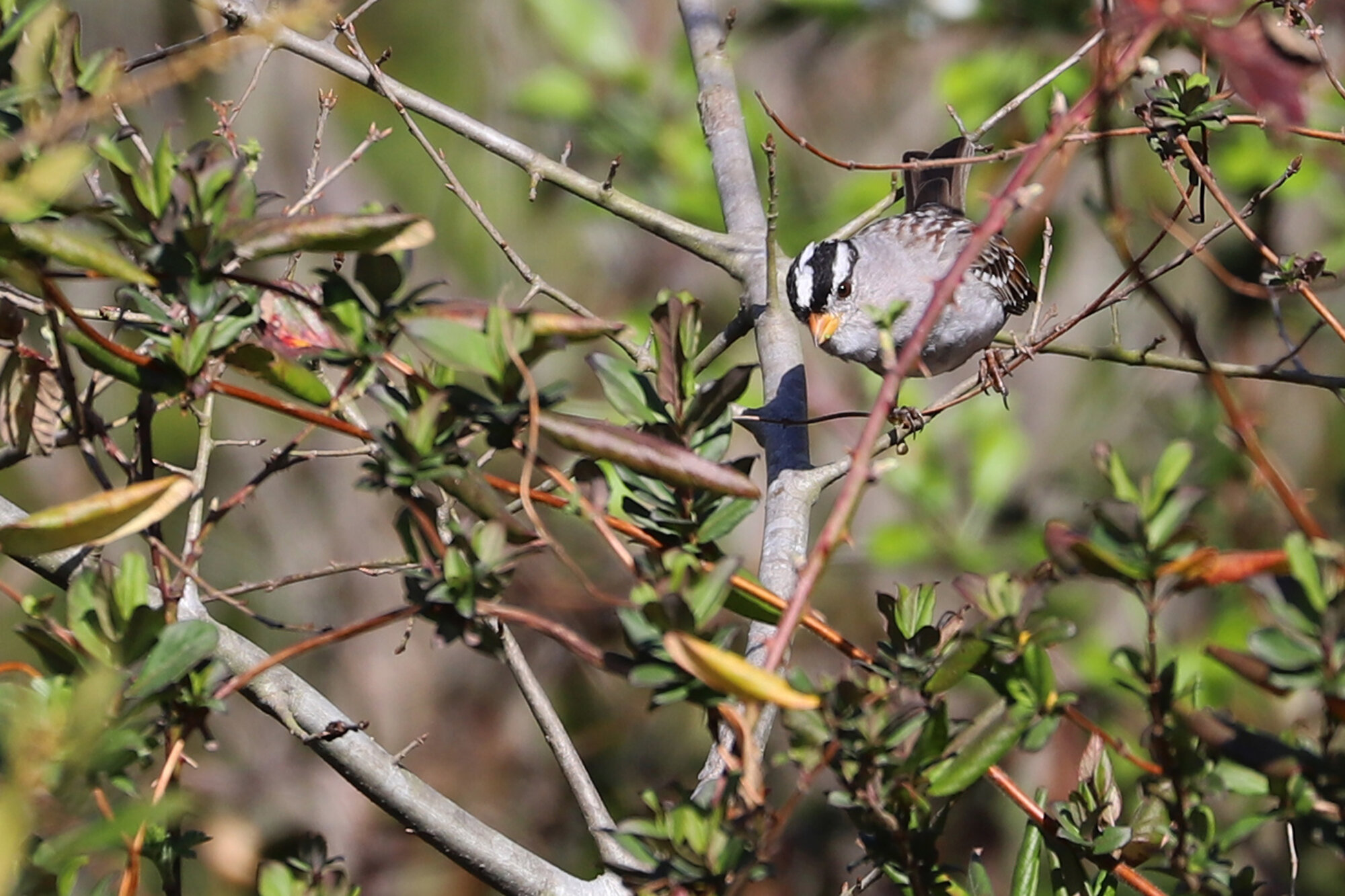
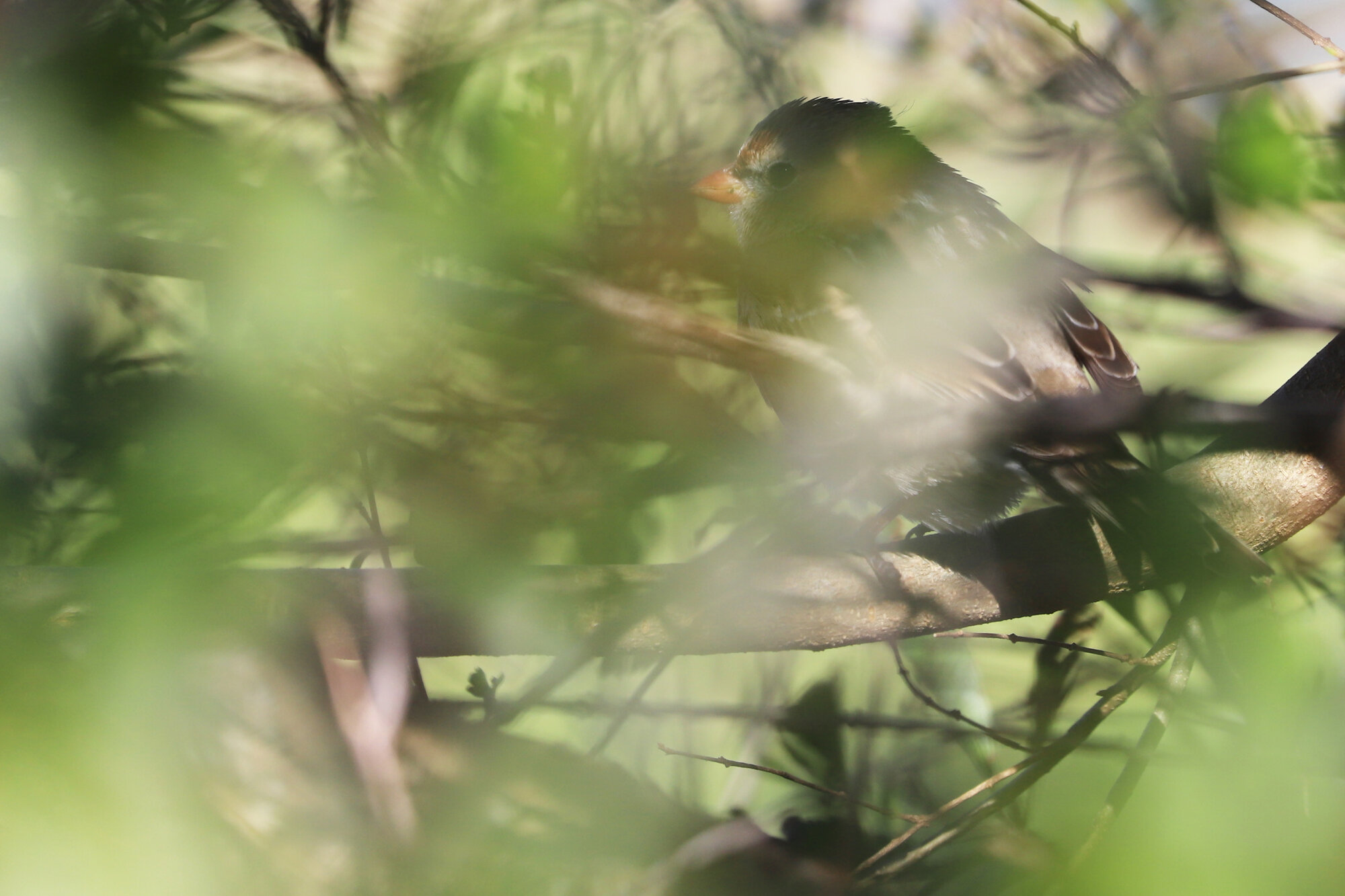
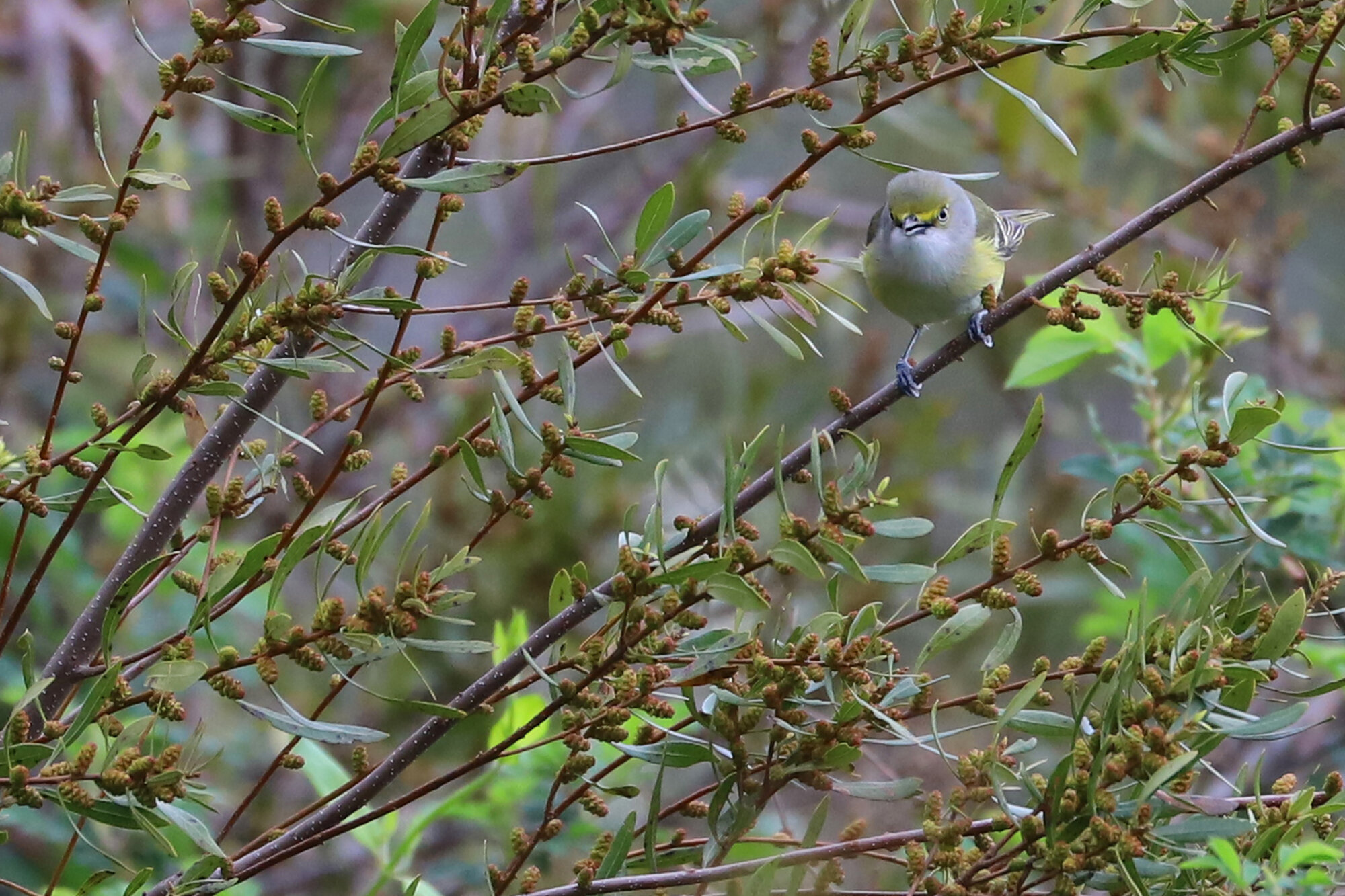
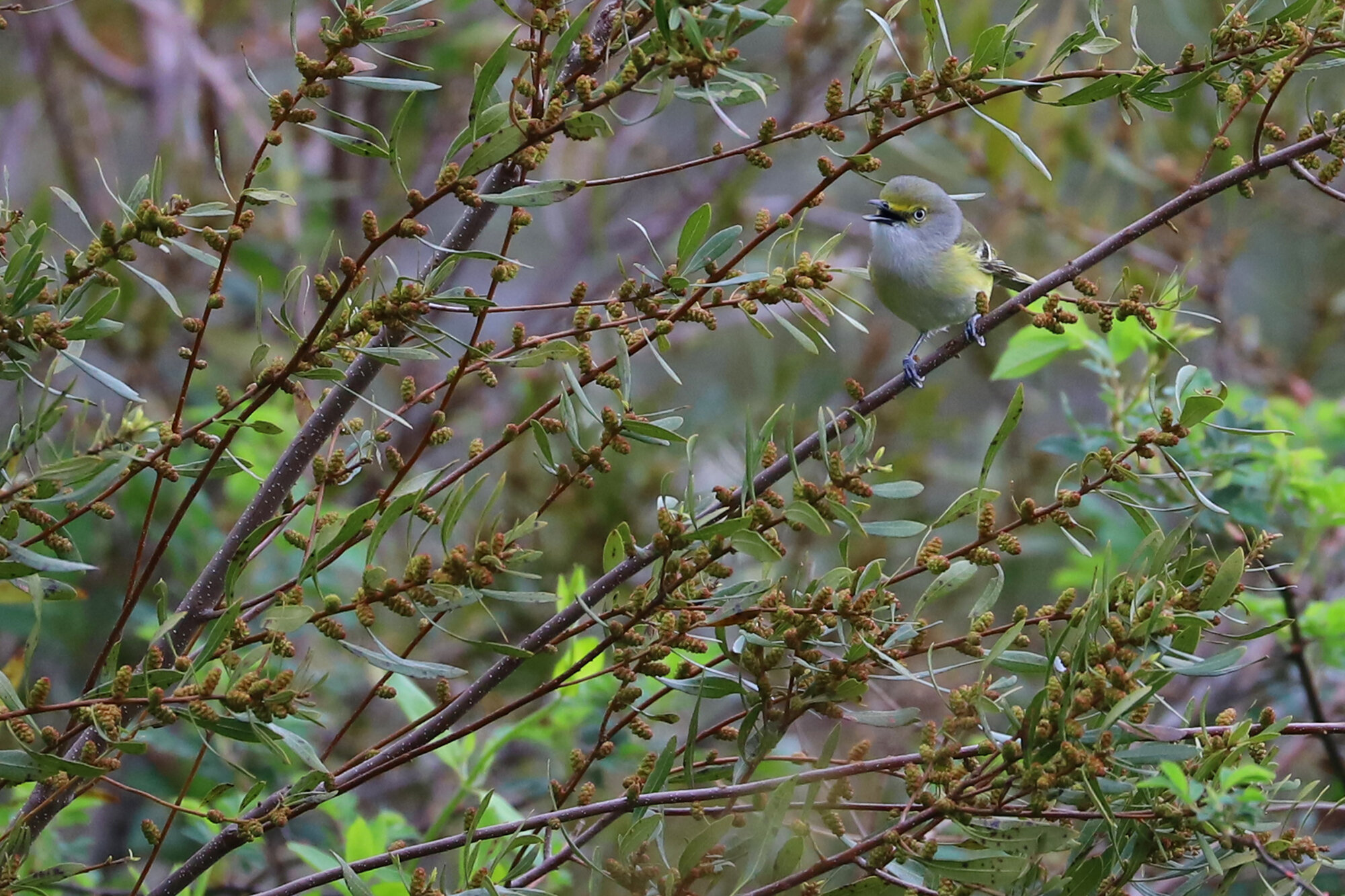
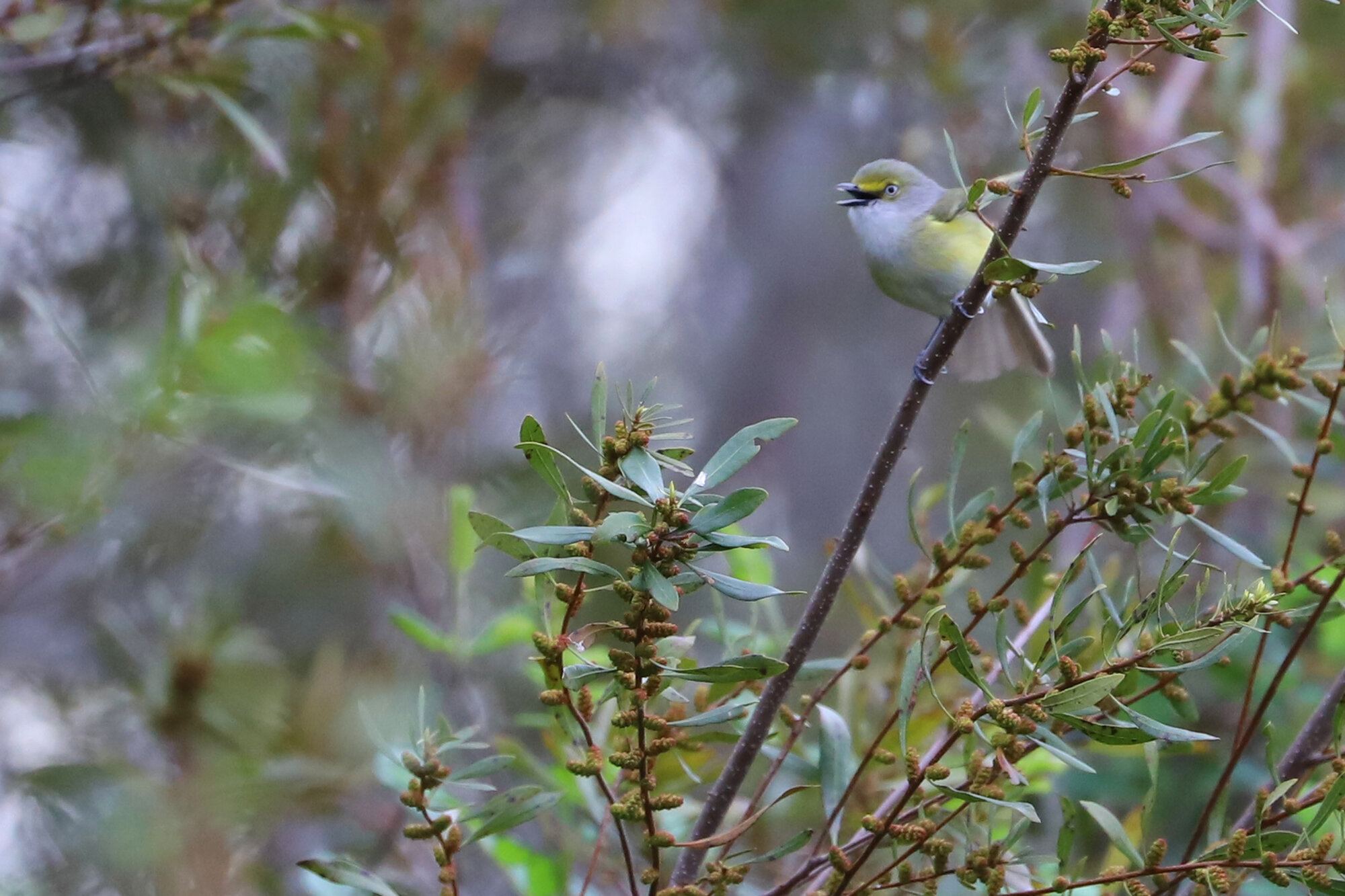
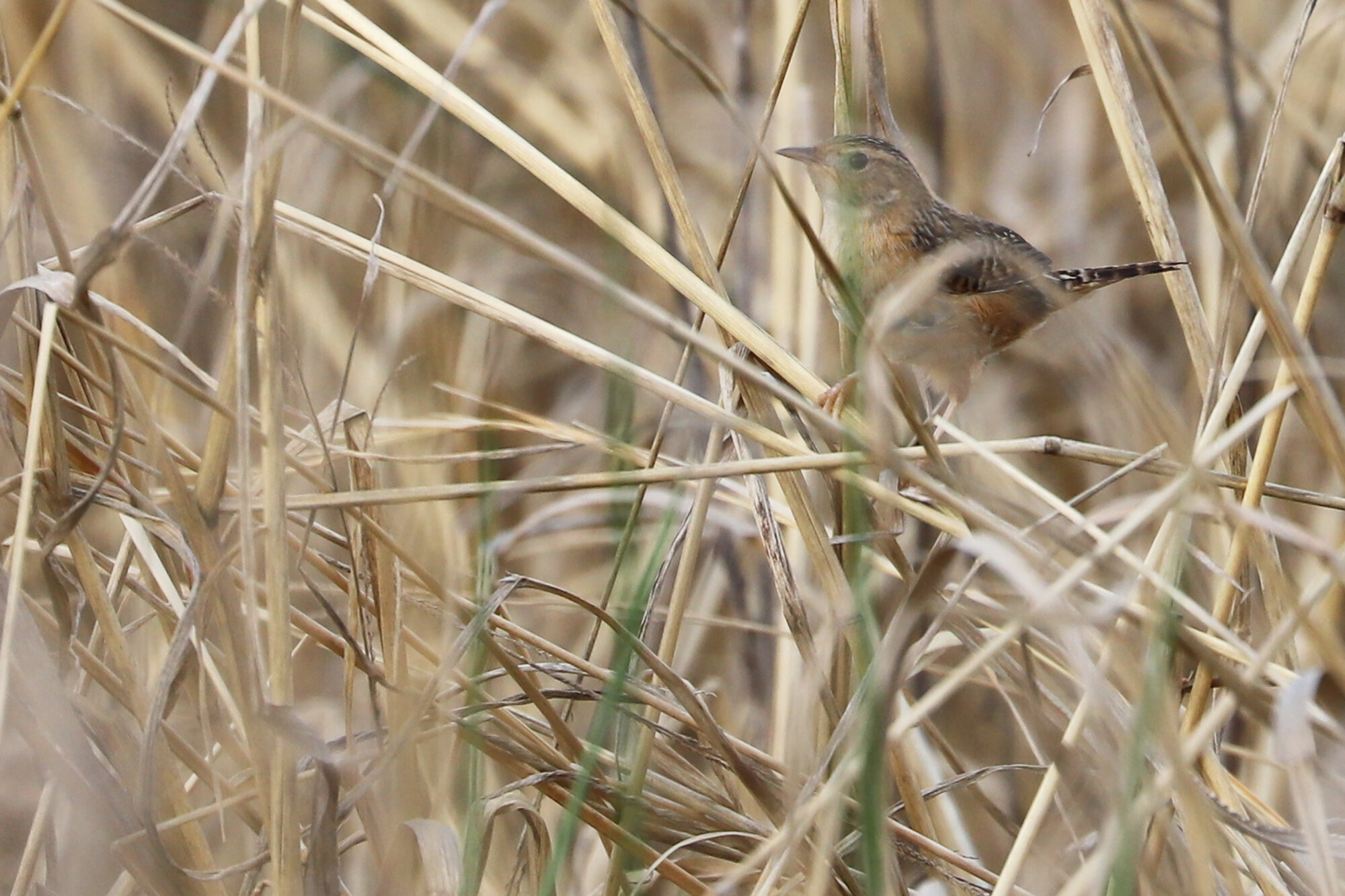
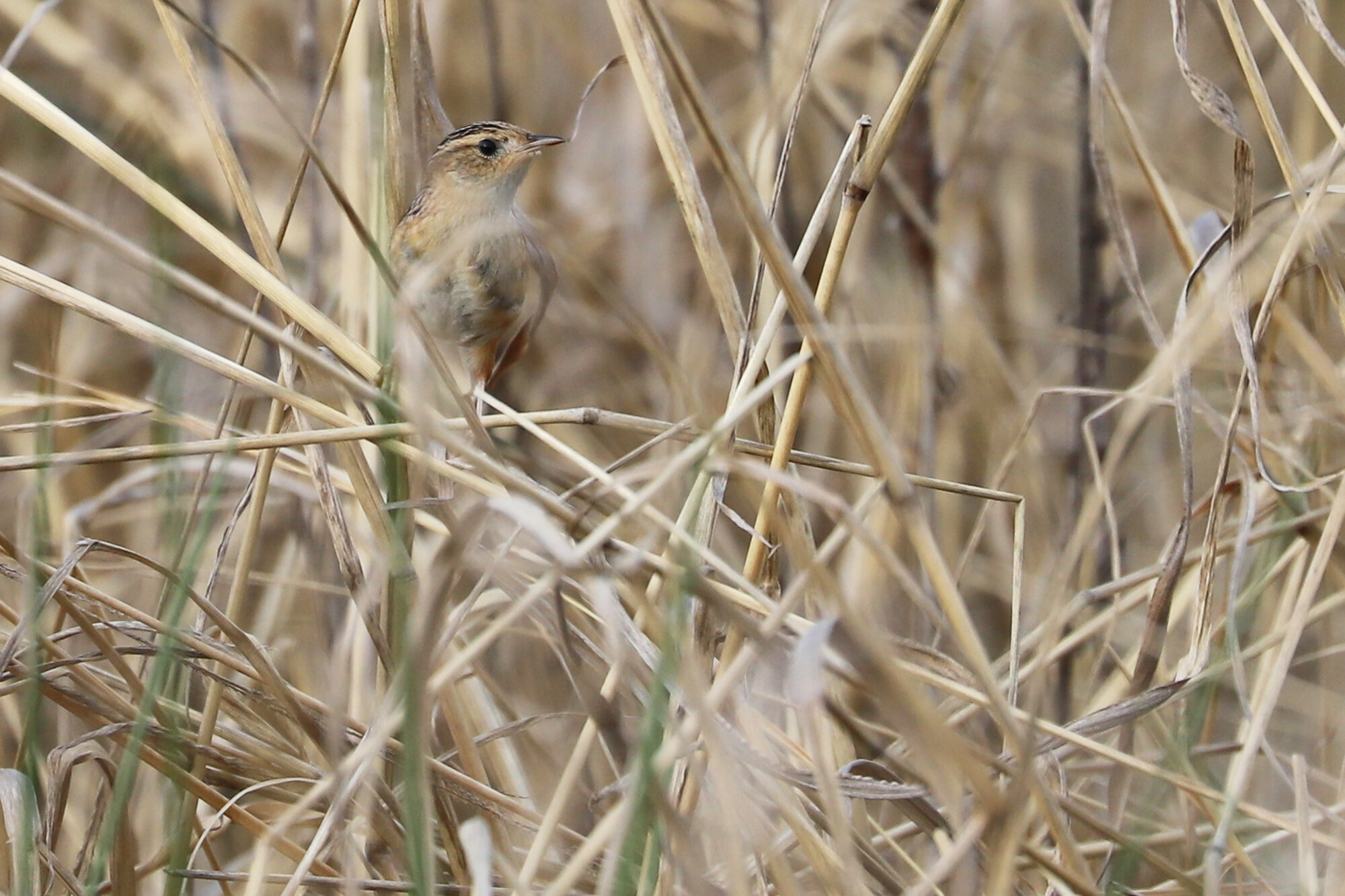
A not-quite-adult MUTE SWAN was photographed on Lake Windsor during the morning hours of 21 Mar (ph. Lisa Rose), and spent some time moving back and forth between there and Lake Trashmore throughout the ensuing hours. Another Mute Swan was reported on a pond in Thoroughgood 29 Mar (vis. Tracy Tate). So far we’ve had a good year for this species, which wasn’t recorded in each of the prior five calendar years in Virginia Beach, but has popped up in a few locations this season. An adult was at Back Bay NWR in January, and one was hanging around Lynnhaven Inlet in February (perhaps even this same individual or the one in Thoroughgood). (Mar 2020 Map)
Still the only record for Virginia Beach this year, the drake EURASIAN WIGEON found on Oceana NAS (Restricted) back on 28 Jan (ph. Mark Burns) continued to be observed through 14 Mar (ph. Karl Suttmann; later ph. Rob Bielawski). This individual made for the southernmost record on the East Coast during March, and only Hoffler Creek Nature Preserve (Portsmouth) and Chincoteague NWR (Accomack) produced other records for Virginia. Please note that this pond is in a restricted access area and is not open to the public. Individuals must possess proper credentials, or be escorted by someone who has them on hand. (Mar 2020 Map)
Harlequin Duck / Little Island Park / 14 Mar; please click this photo to advance to the next!
Yellow-crowned Night-Heron / Pleasure House Point NA / 7 Mar
Yellow-crowned Night-Heron / Pleasure House Point NA / 7 Mar
Yellow-crowned Night-Heron / Pleasure House Point NA / 7 Mar
Harlequin Duck / Little Island Park / 14 Mar
Harlequin Duck / Little Island Park / 14 Mar
Harlequin Duck / Little Island Park / 14 Mar
Harlequin Duck / Little Island Park / 14 Mar
Harlequin Duck / Little Island Park / 14 Mar
Harlequin Duck / Little Island Park / 14 Mar
Harlequin Duck / Little Island Park / 14 Mar
Harlequin Duck / Little Island Park / 14 Mar
Harlequin Duck / Little Island Park / 14 Mar
Eurasian Wigeon & Ring-necked Ducks / NAS Oceana (Restricted) / 14 Mar
Eurasian Wigeon / NAS Oceana (Restricted) / 14 Mar
Mute Swan / Lake Windsor / 21 Mar
Mute Swan / Lake Windsor / 21 Mar
Mute Swan / Lake Windsor / 21 Mar
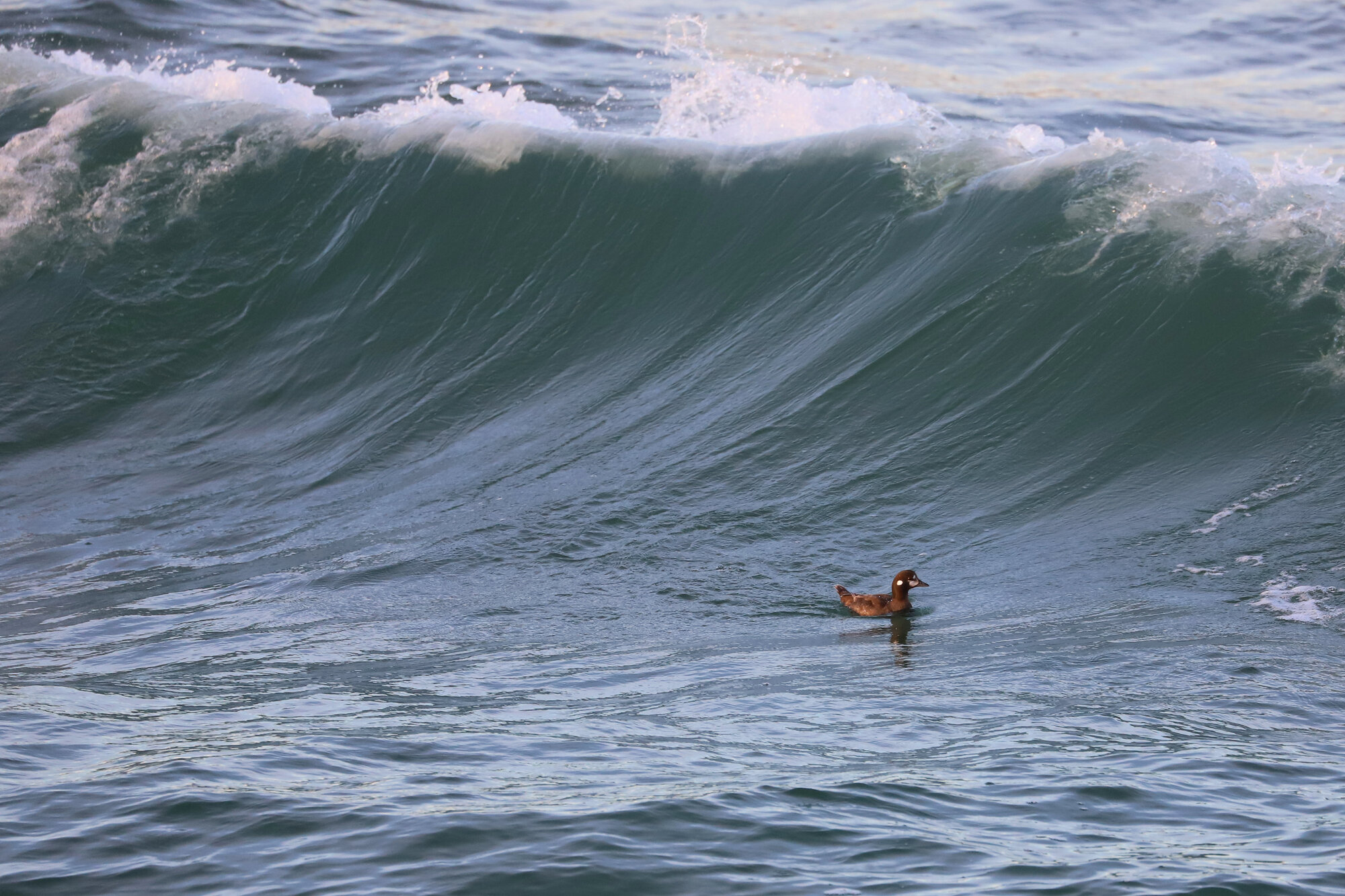
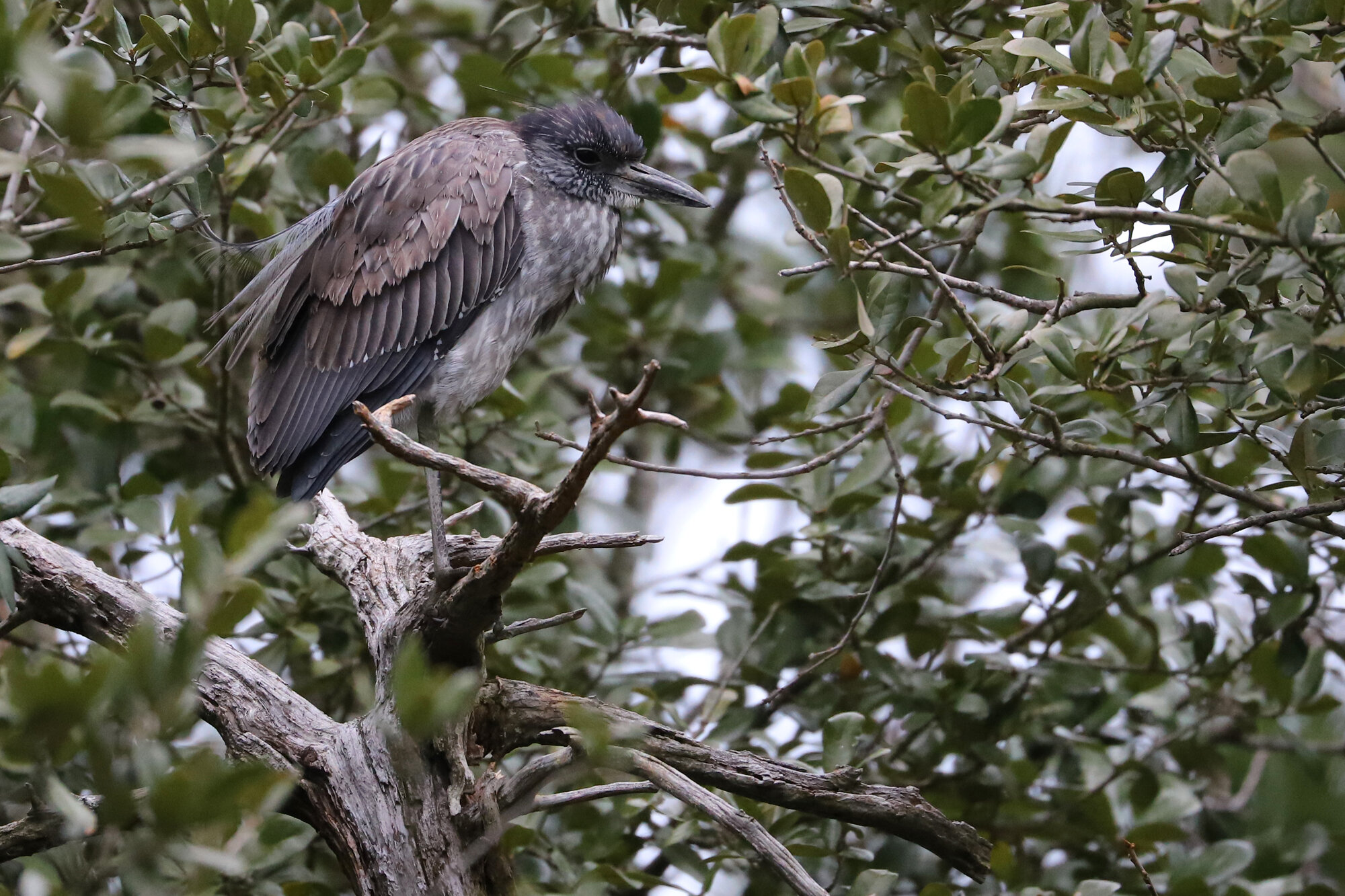
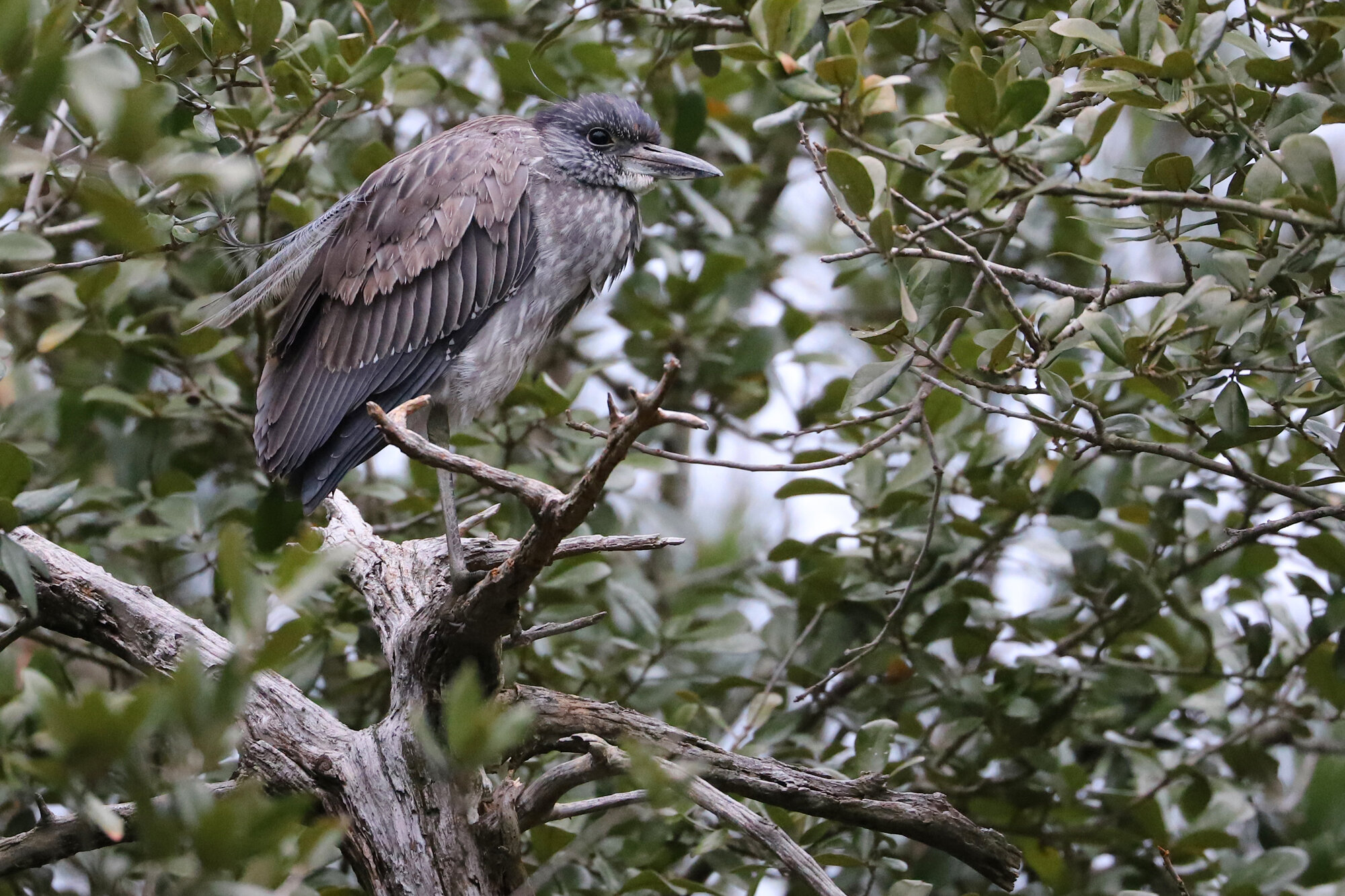
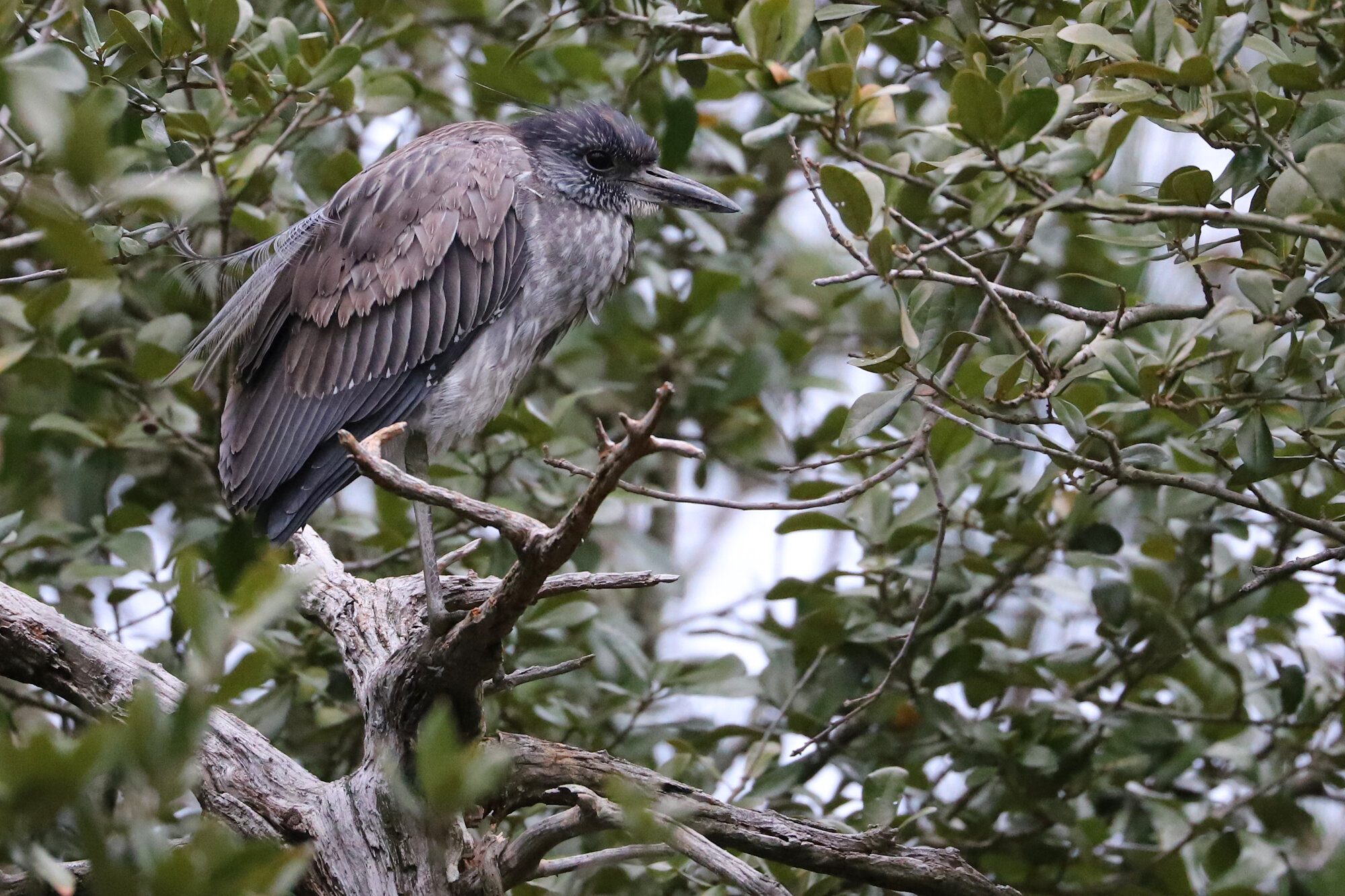

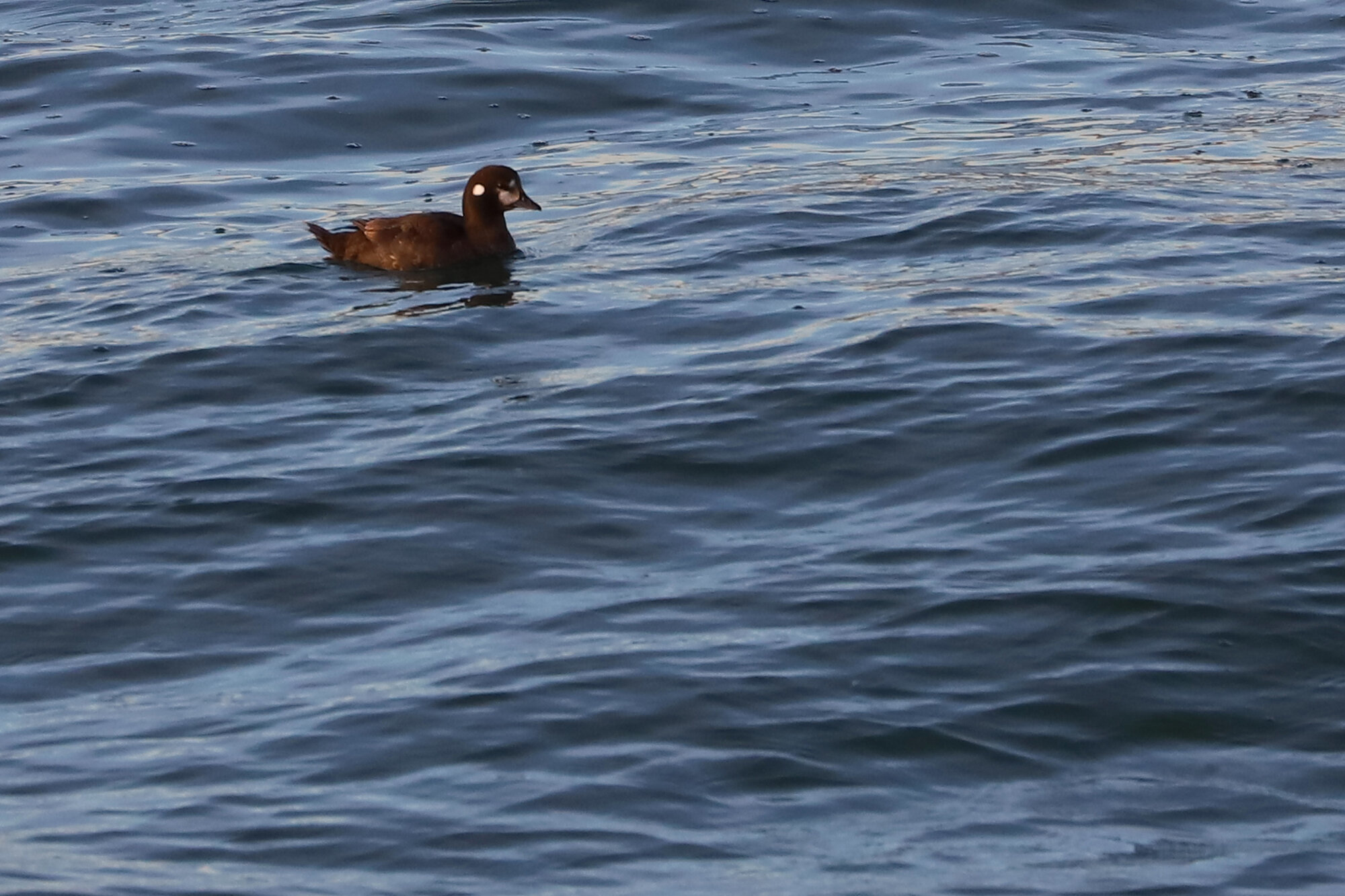
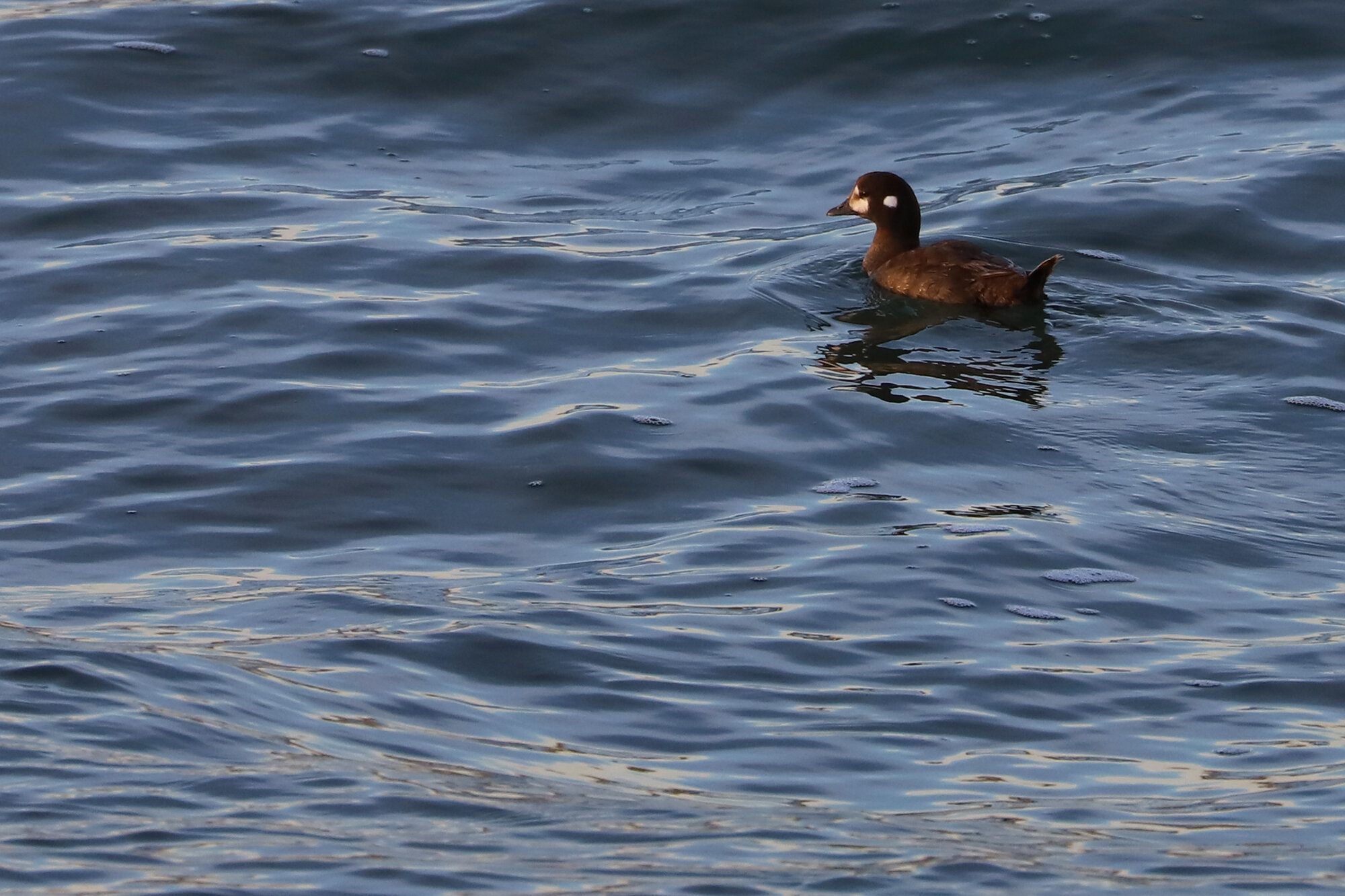

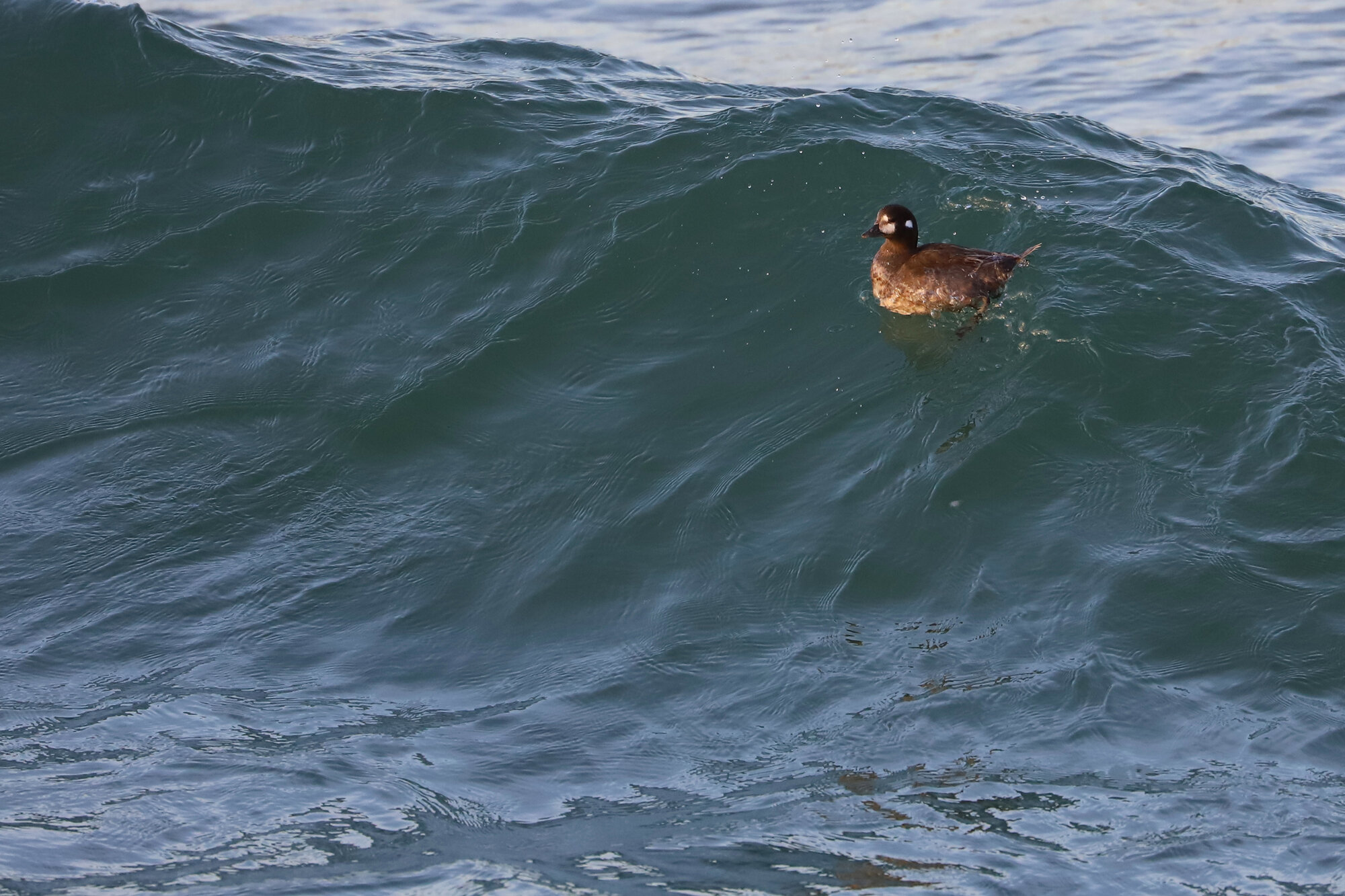
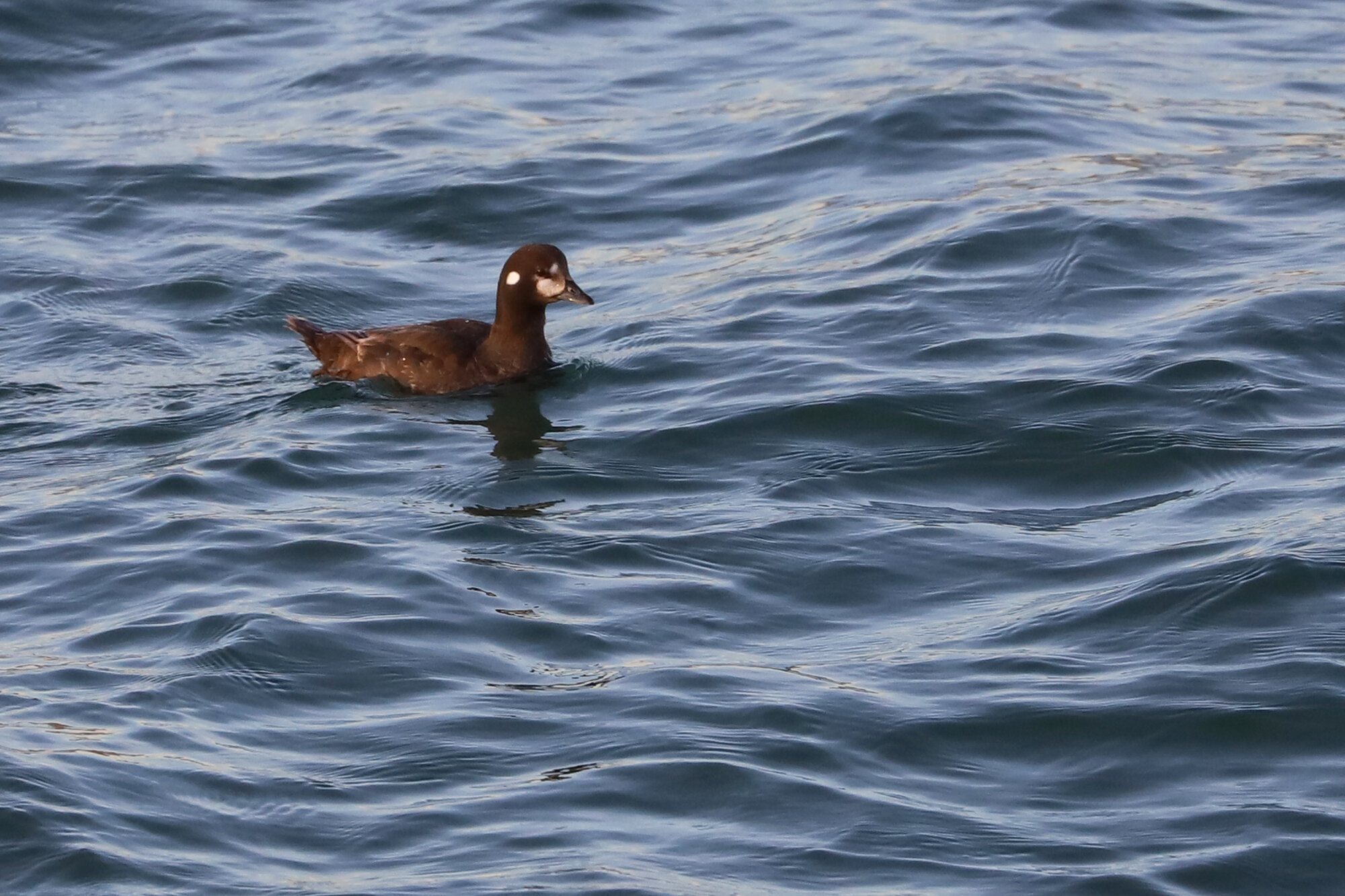
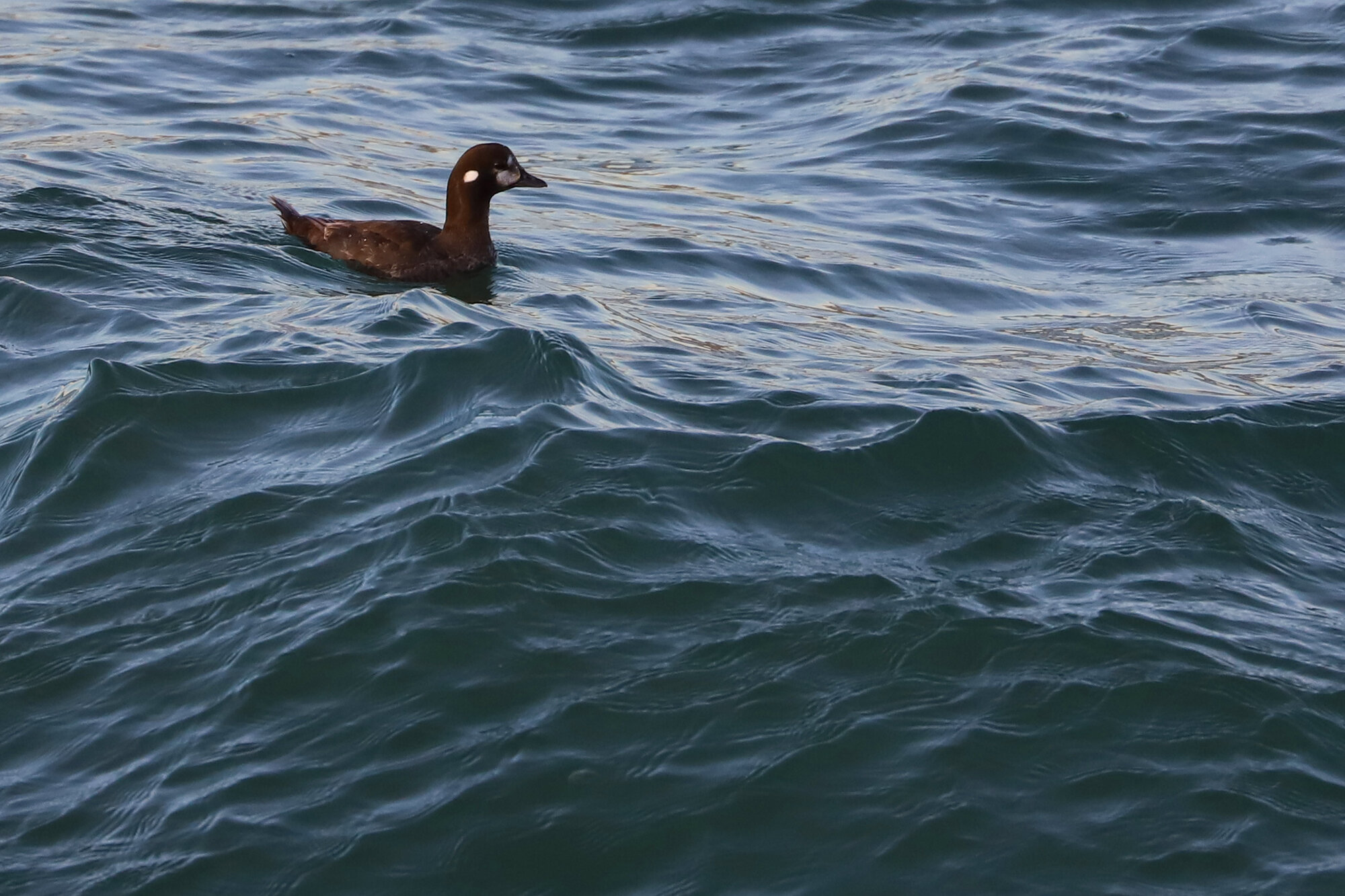
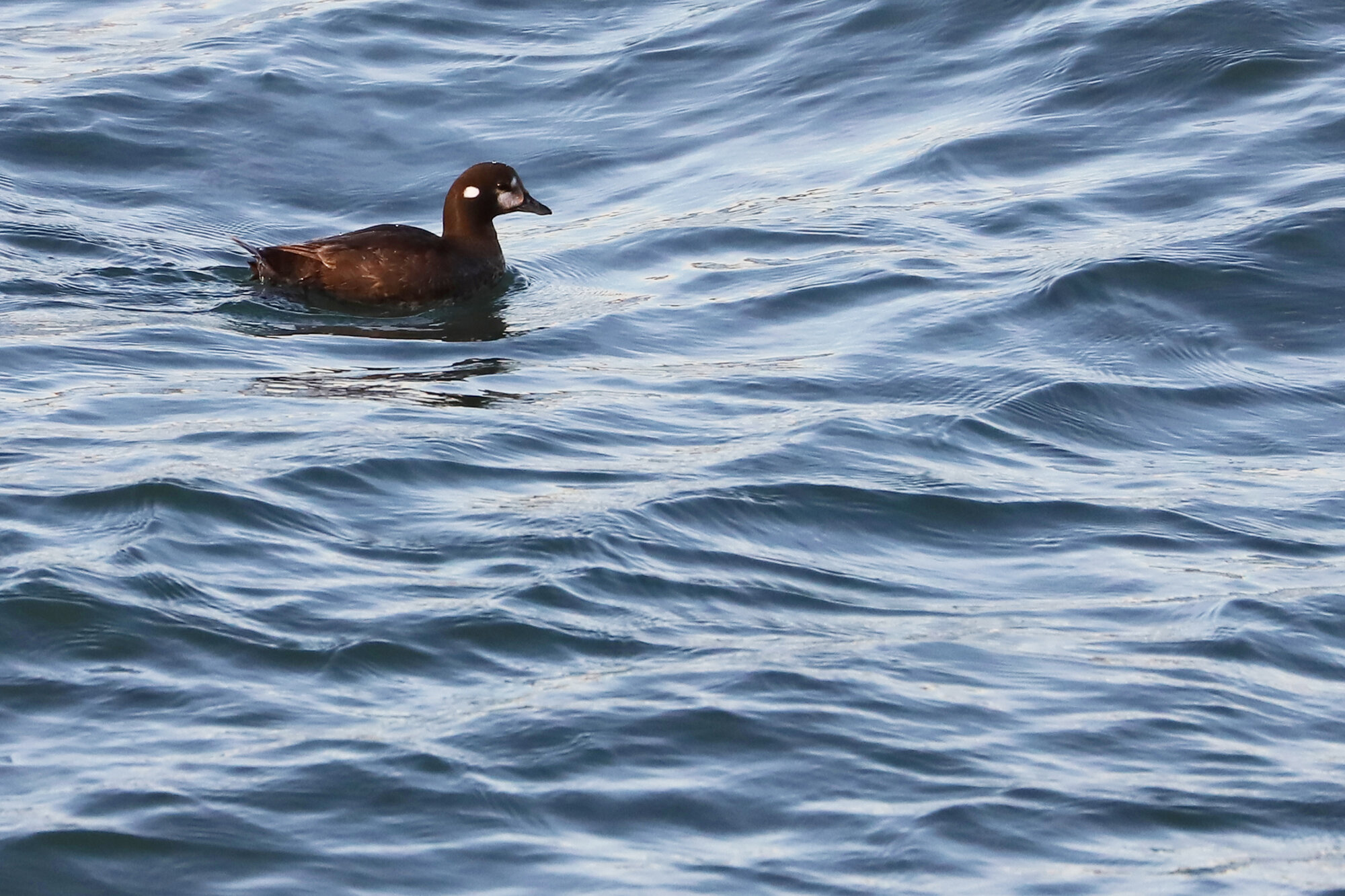


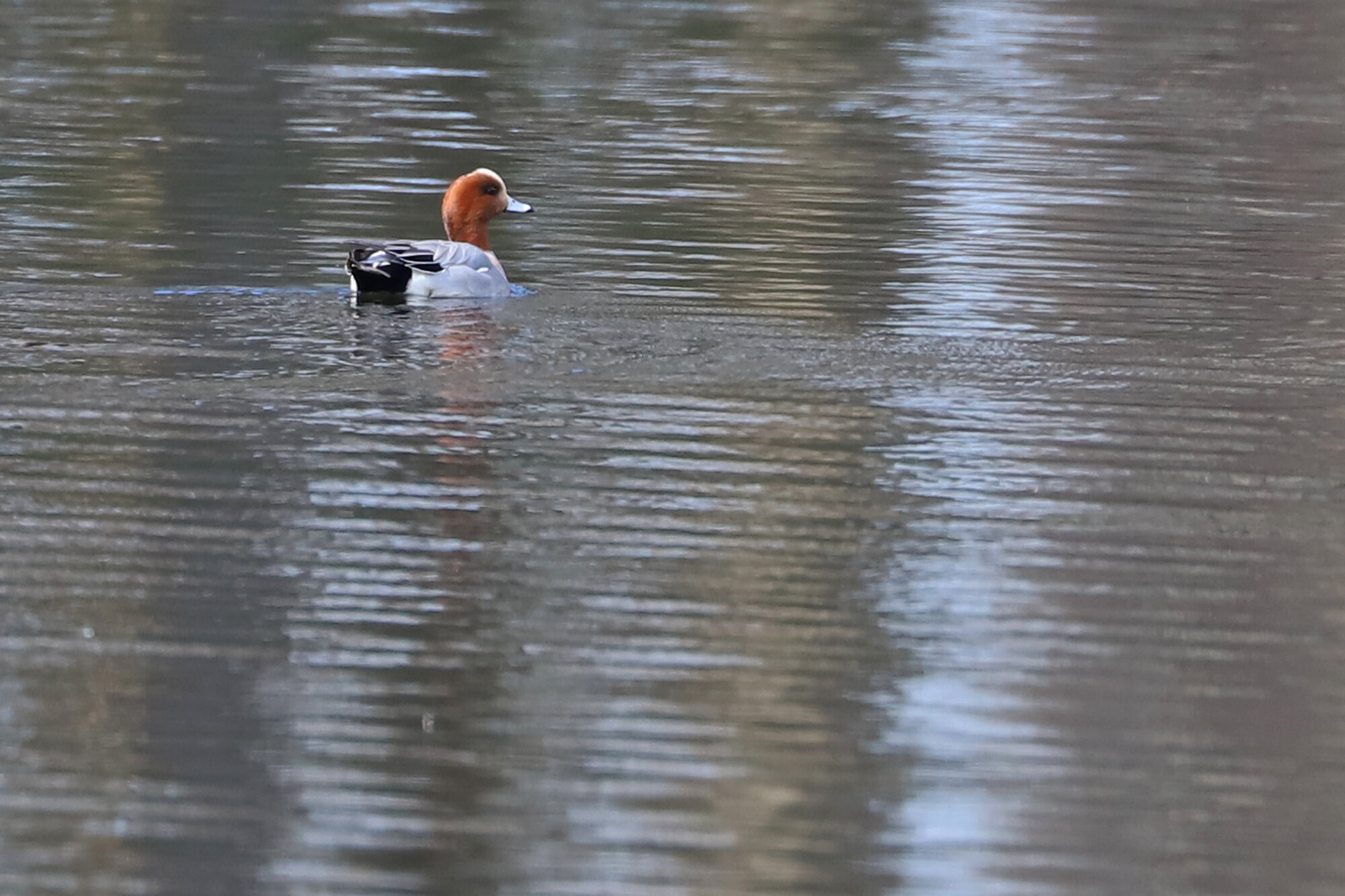

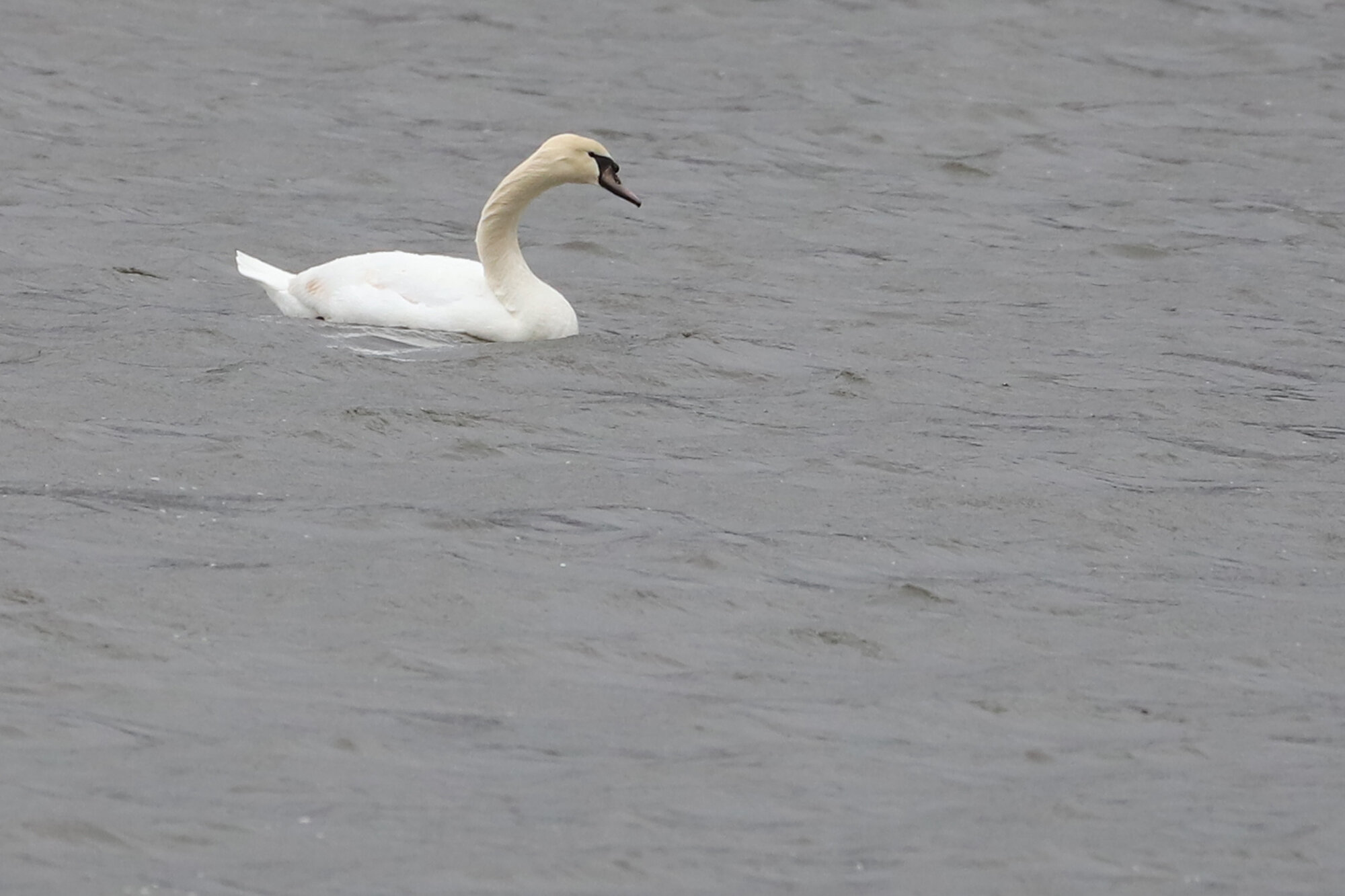
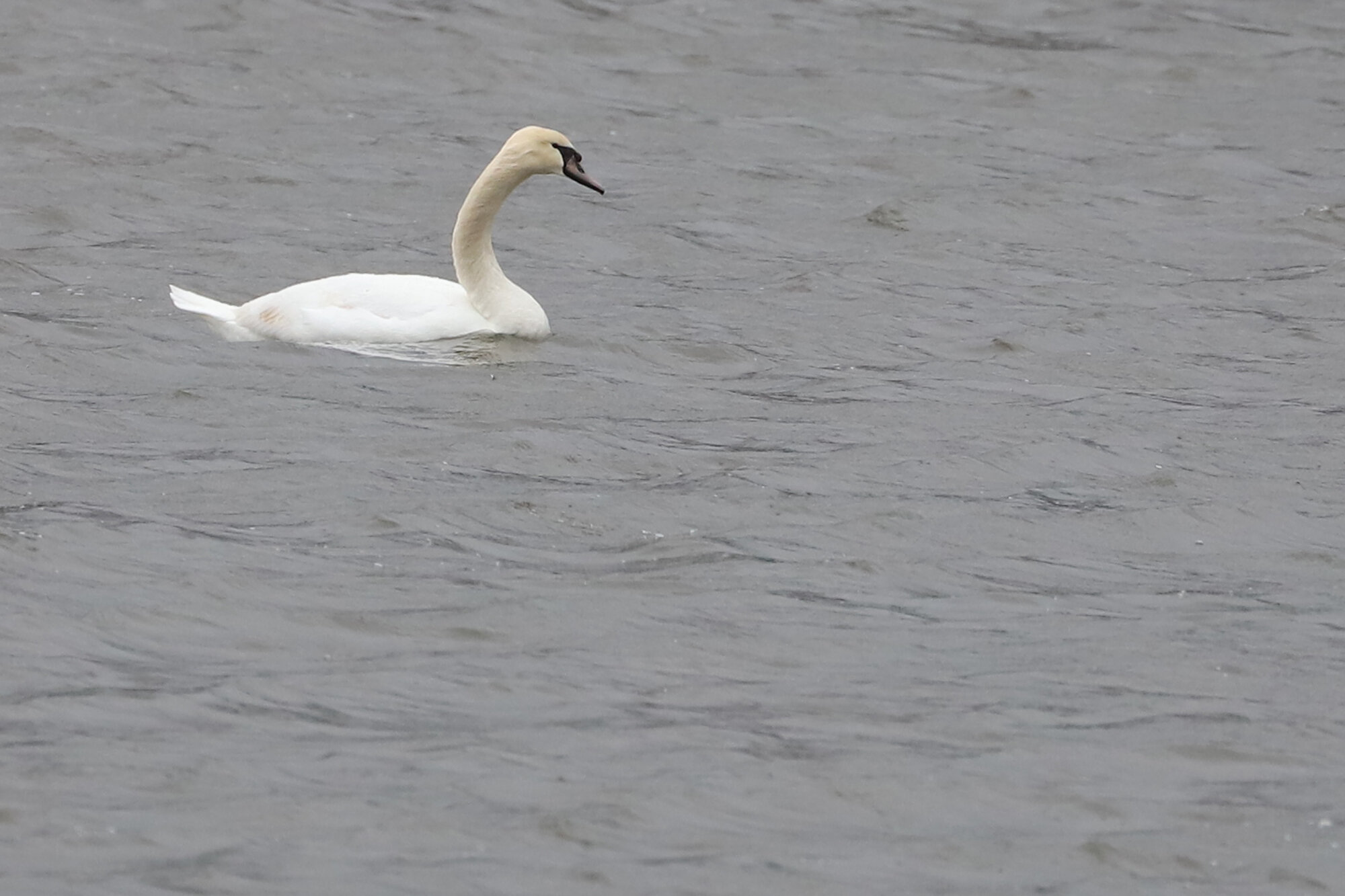
Also continuing, the female HARLEQUIN DUCK at Little Island Park first found on 16 Dec (ph. Luke Fultz) was present all the way through 19 Mar (ph. Steve Keith), but was not reported again afterward. Throughout its stay around the public pier, this hen was reported a whopping 91 times to eBird! Only one other Harlequin Duck was reported within Virginia Beach in 2020, an individual along the Chesapeake Bay Bridge-Tunnel where the species is more “locally expected” but is still a good find. Additionally, the Little Island individual was the southernmost occurring Harlequin Duck in eastern North America during March! (Mar 2020 Map)
Little Island Park also produced our only record for WESTERN GREBE this month, as likely the same individual first noted there on 25 Nov (ph. Tracy Tate) was again observed as recently as 12 Mar (ph. Bob Epperson & John Pancake). With only one other record for this species on the East Coast of the United States (New Brunswick did have a record), one wonders if the same individual is roaming the coastline of Virginia Beach all the way down to Dare County NC. Given the scarcity of records, it does seem possible. Also, given there has been at least one Western Grebe off our coastline four winter seasons in a row, one wonders if the same individual is returning each year. (Mar 2020 Map)
Iceland Gull / Rudee Inlet / 22 Mar; please click this photo to advance to the next!
Iceland Gull / Rudee Inlet / 22 Mar
Iceland Gull / Rudee Inlet / 22 Mar
Iceland Gull / Rudee Inlet / 22 Mar
Iceland Gull / Rudee Inlet / 22 Mar
Iceland Gull / Rudee Inlet / 22 Mar
Iceland Gull / Rudee Inlet / 22 Mar
Iceland Gull / Rudee Inlet / 22 Mar
Iceland Gull / Rudee Inlet / 22 Mar
Iceland Gull / Rudee Inlet / 22 Mar
Iceland Gull & Herring Gull / Rudee Inlet / 22 Mar
Iceland Gull / Rudee Inlet / 22 Mar
Iceland Gull / Rudee Inlet / 22 Mar
Iceland Gull / Rudee Inlet / 22 Mar
Iceland Gull / Rudee Inlet / 22 Mar
Iceland Gull / Rudee Inlet / 22 Mar
Iceland Gull / Rudee Inlet / 22 Mar
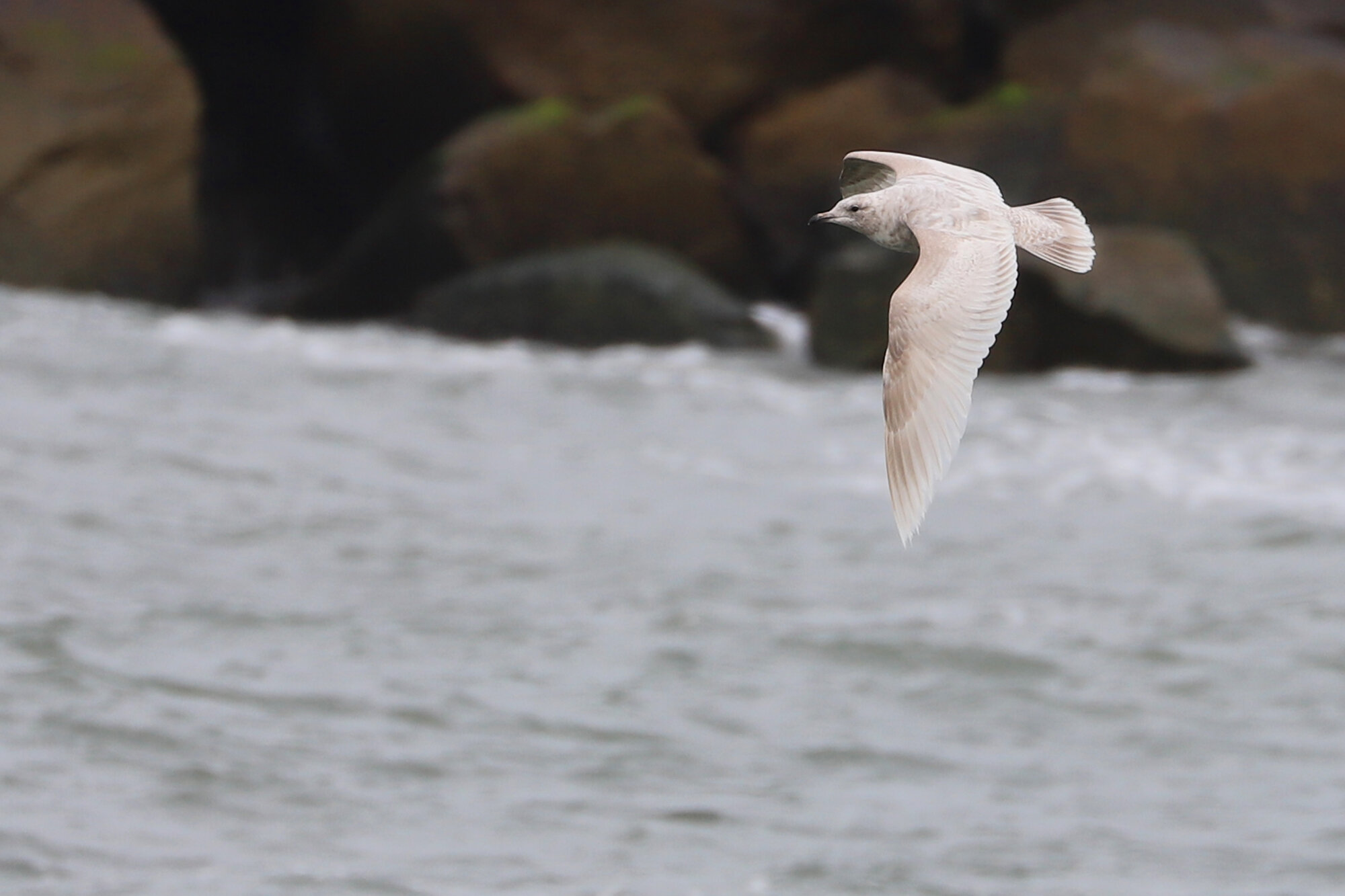
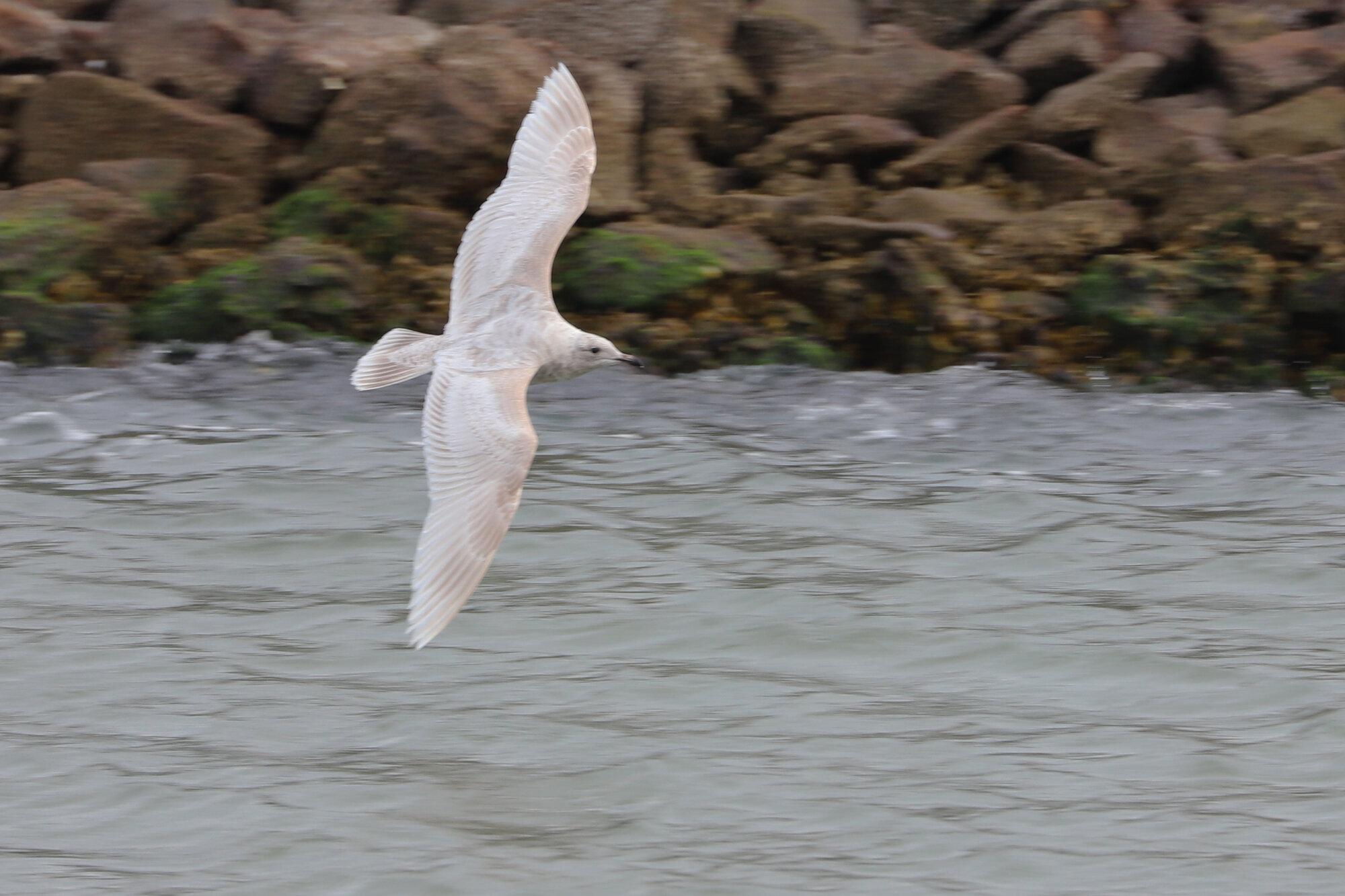
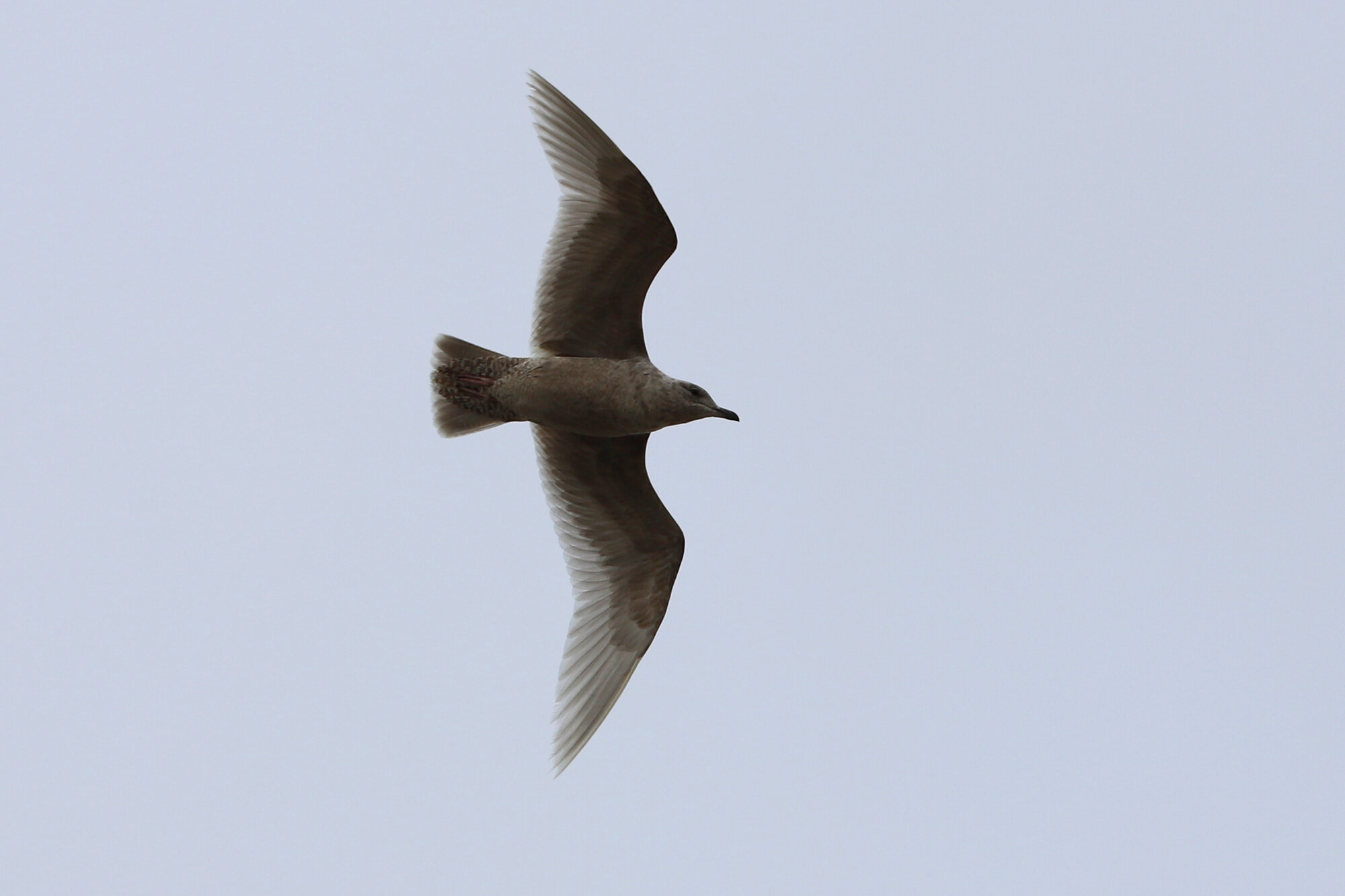
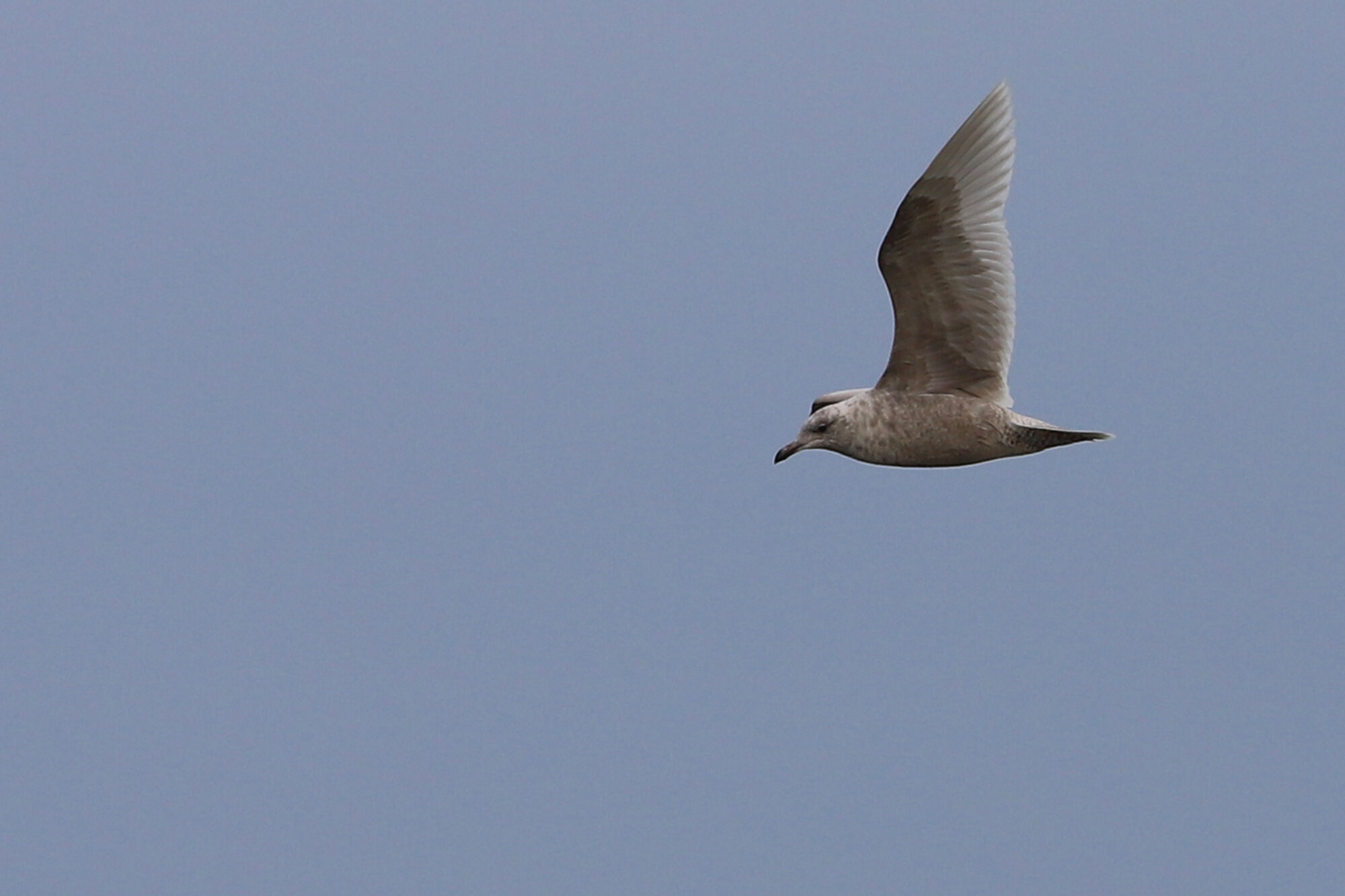
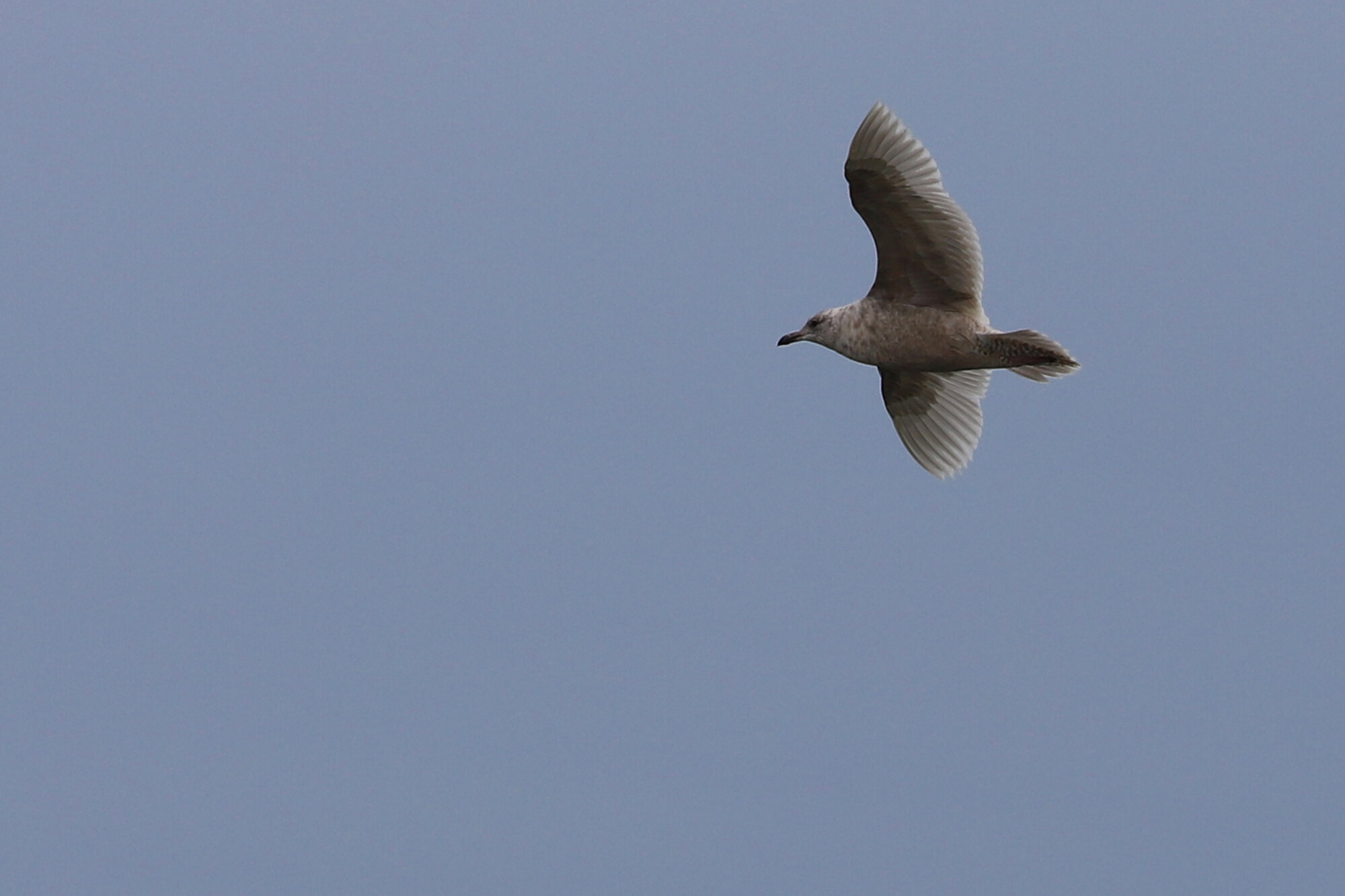
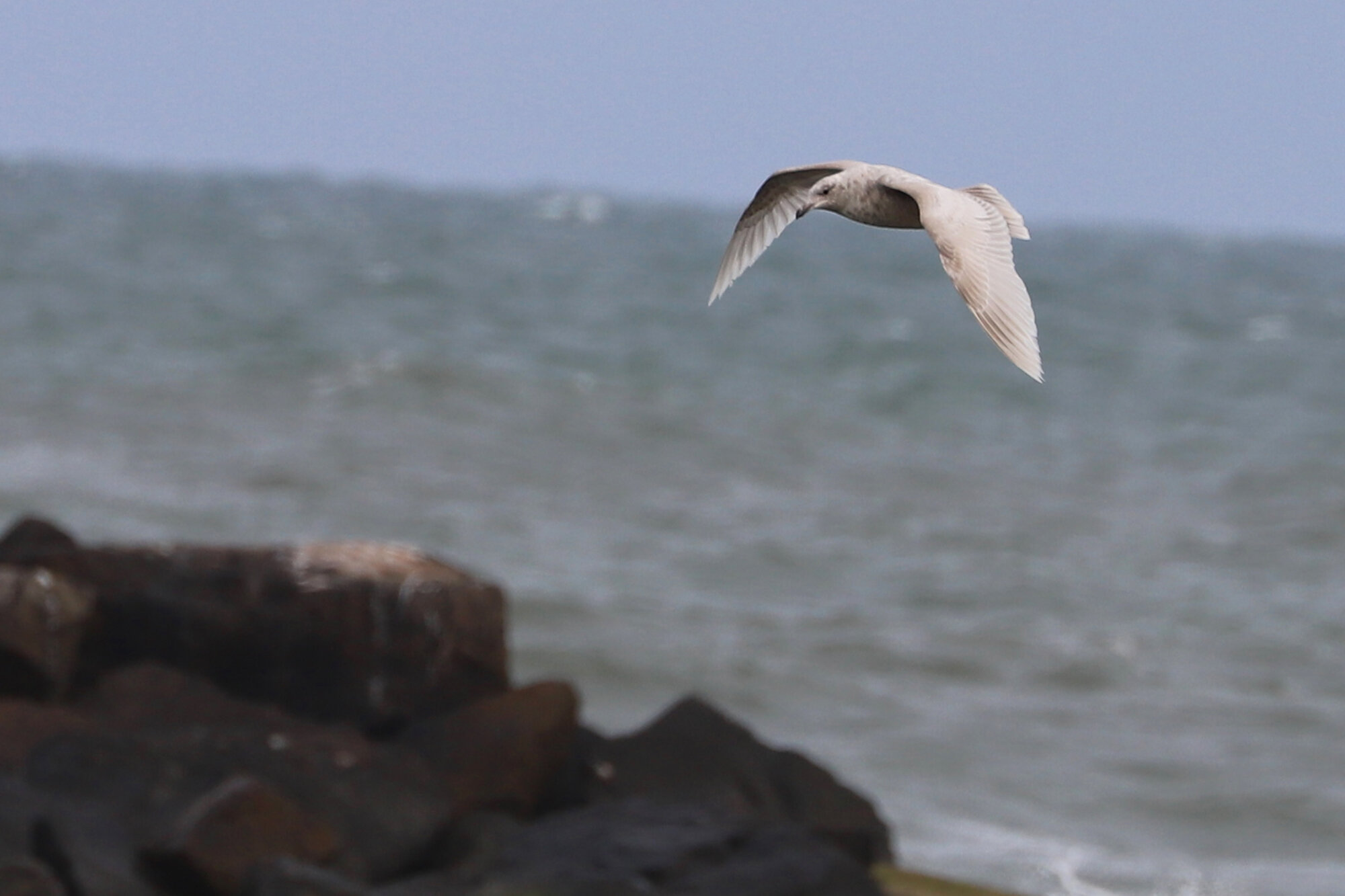


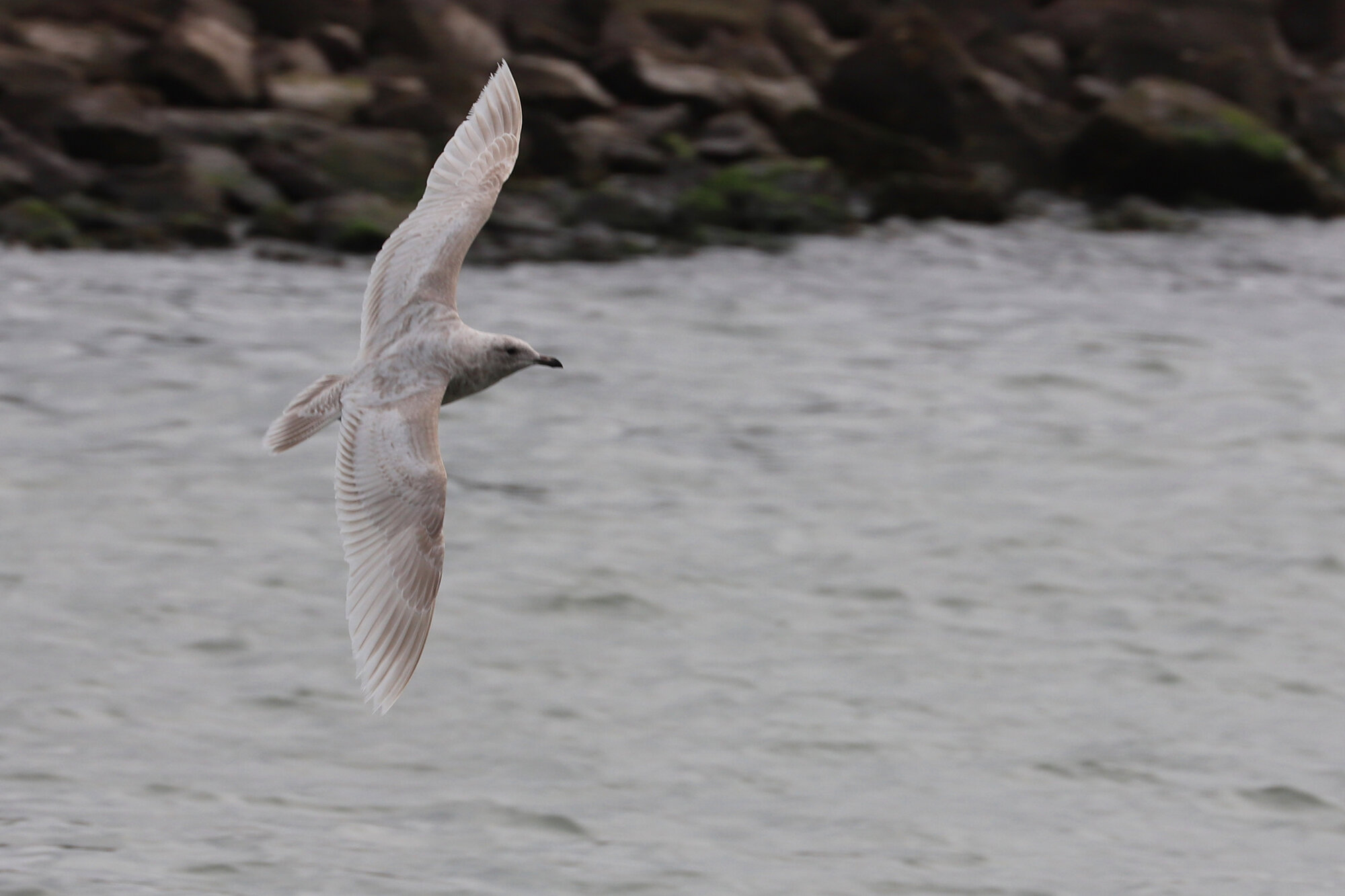
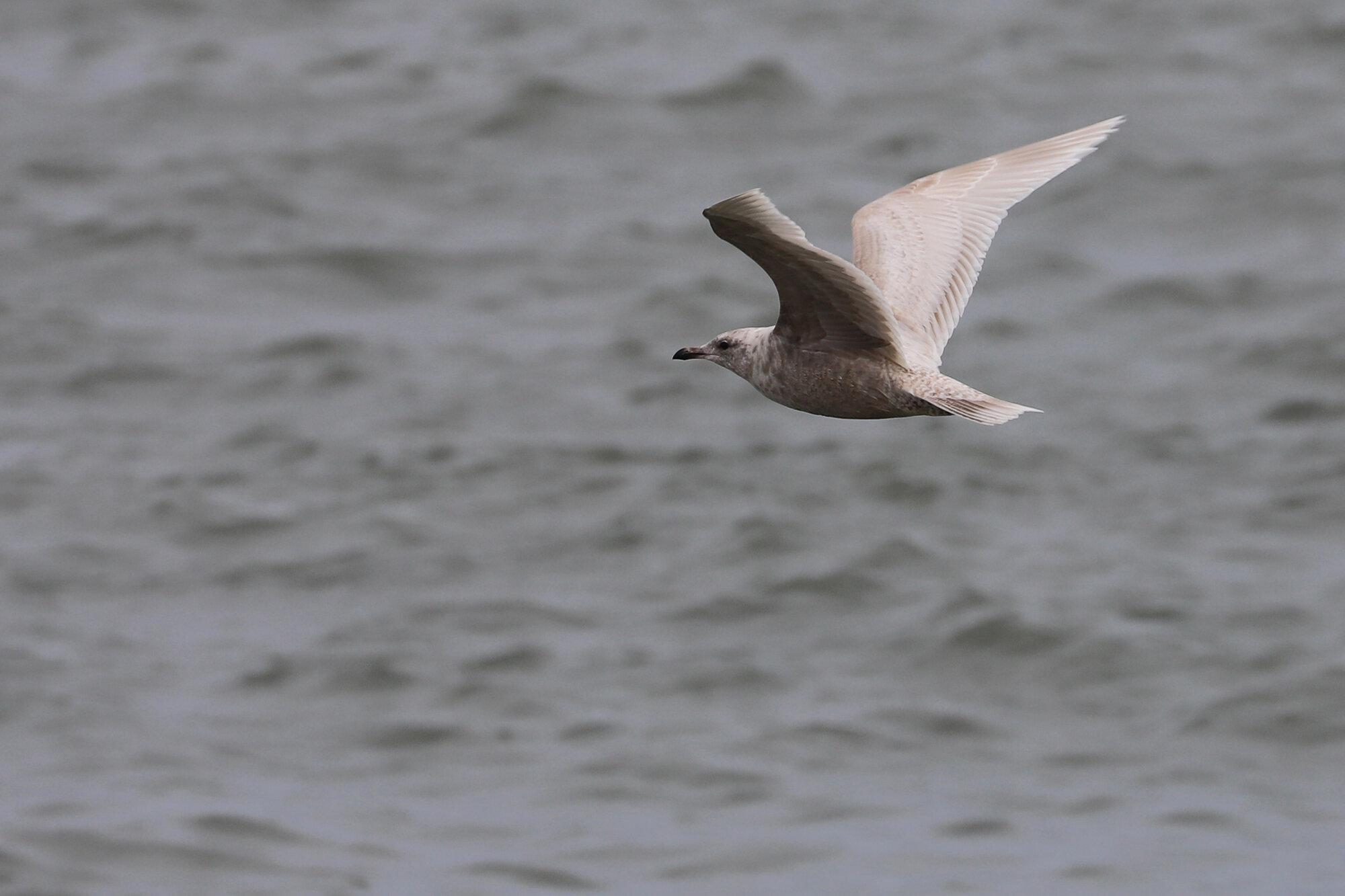
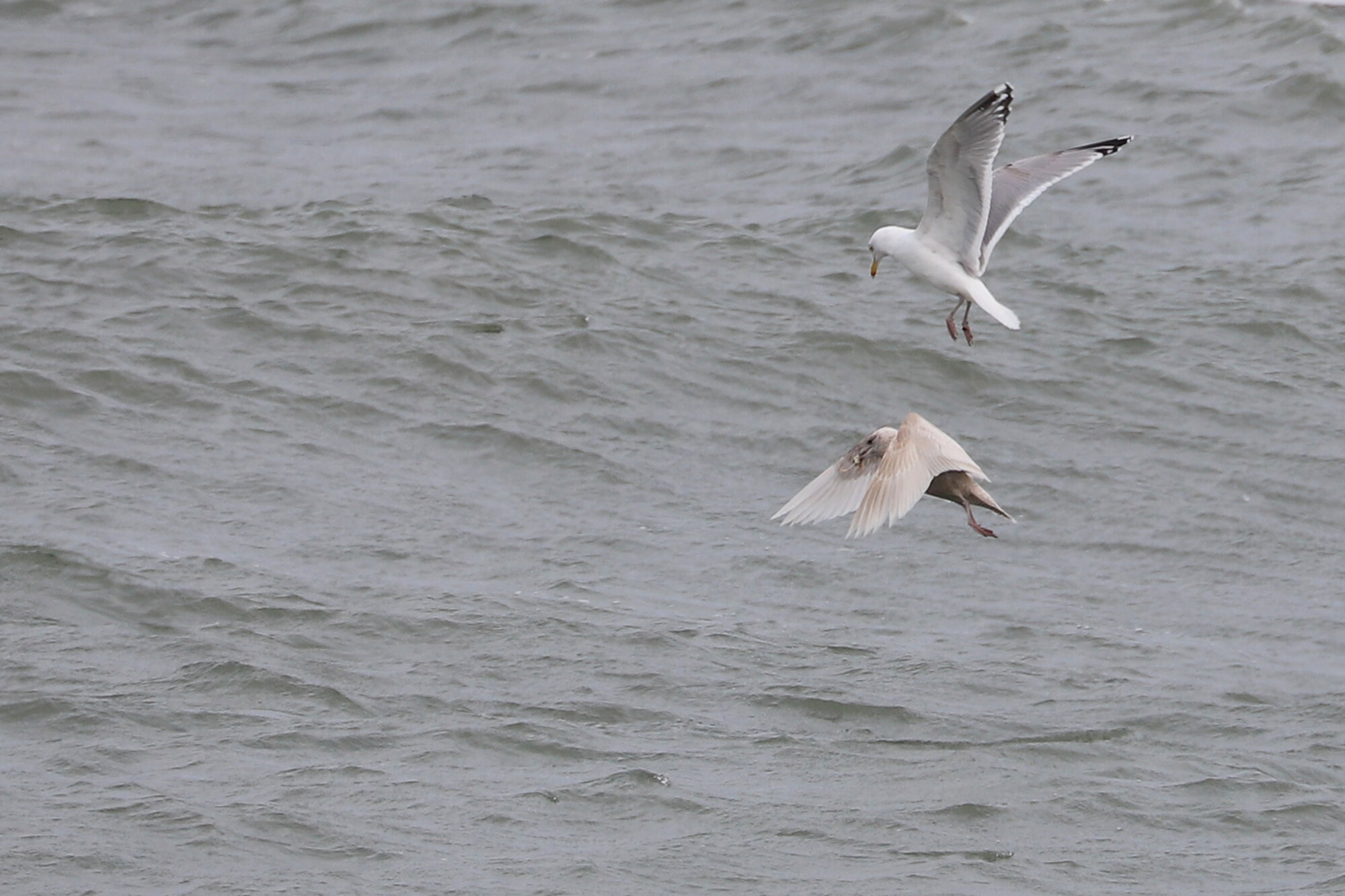
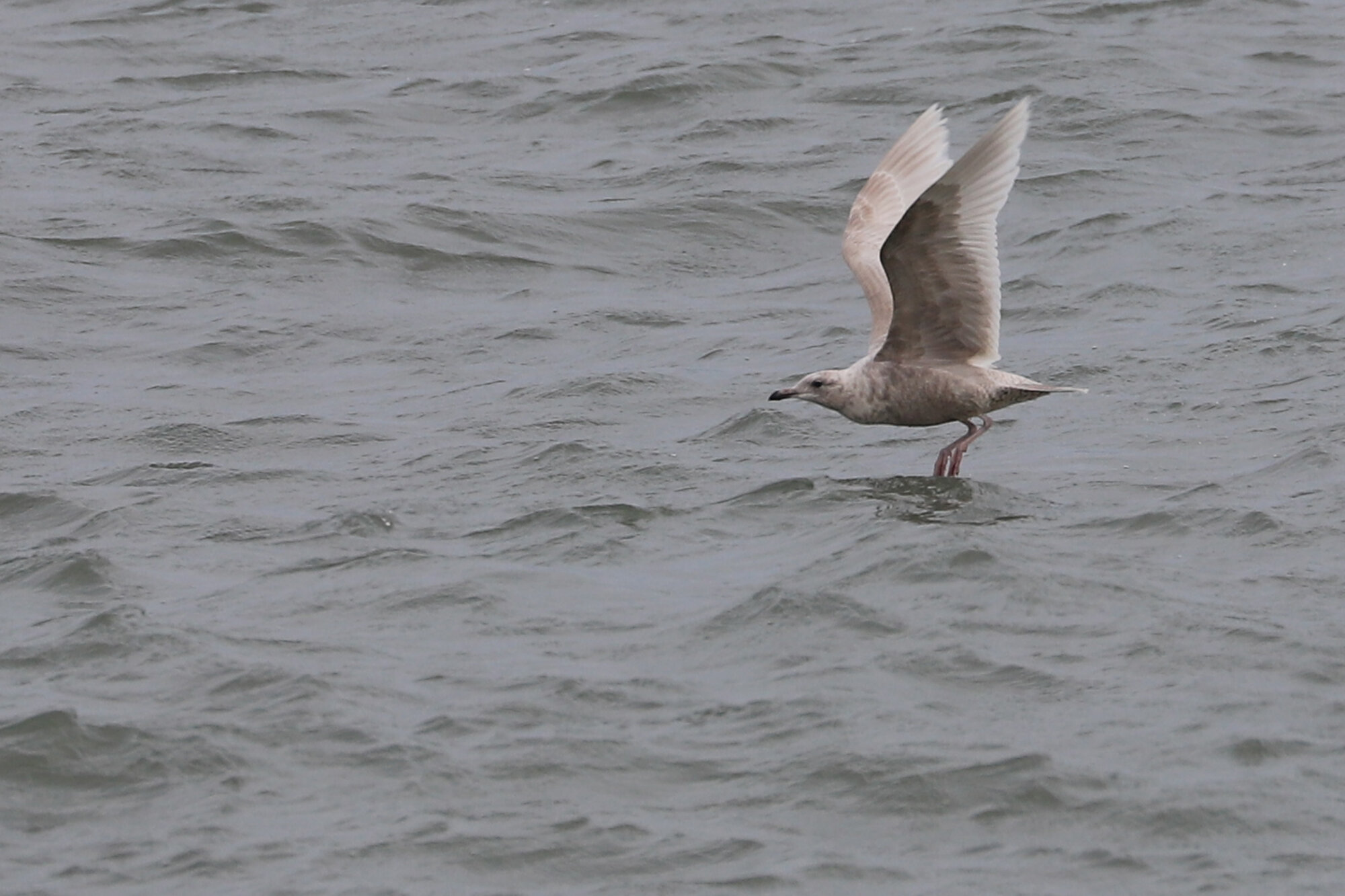
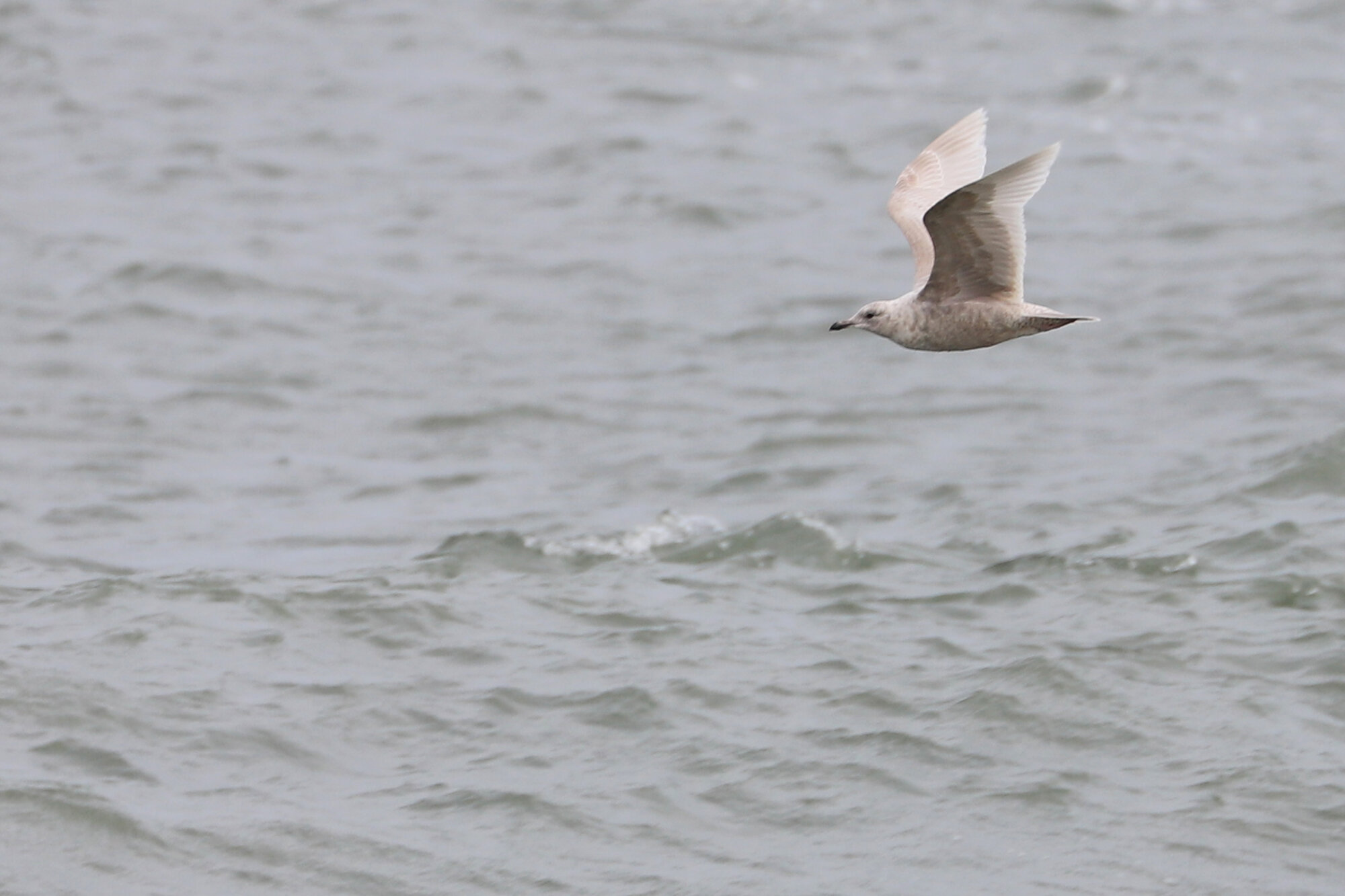
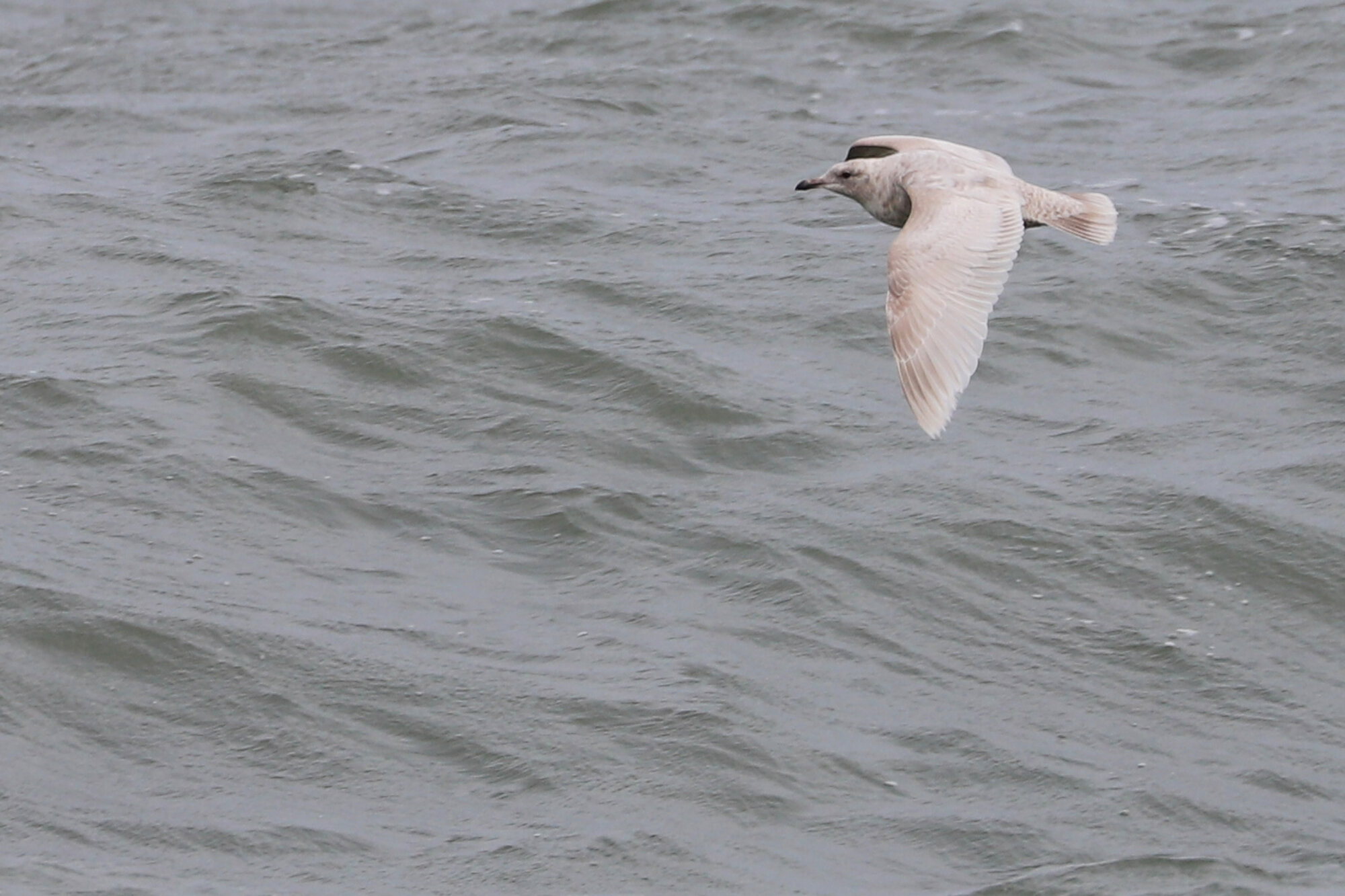
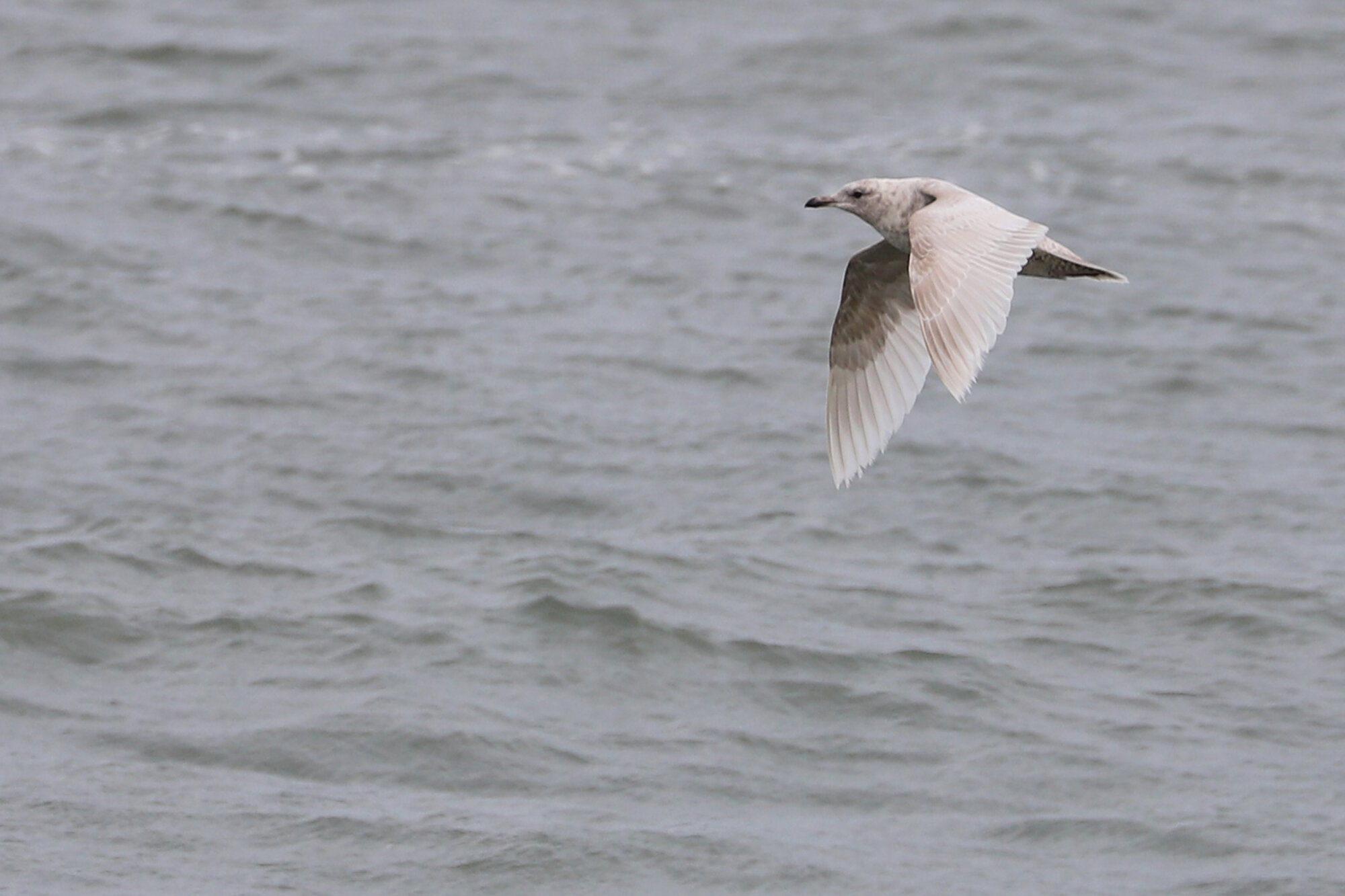

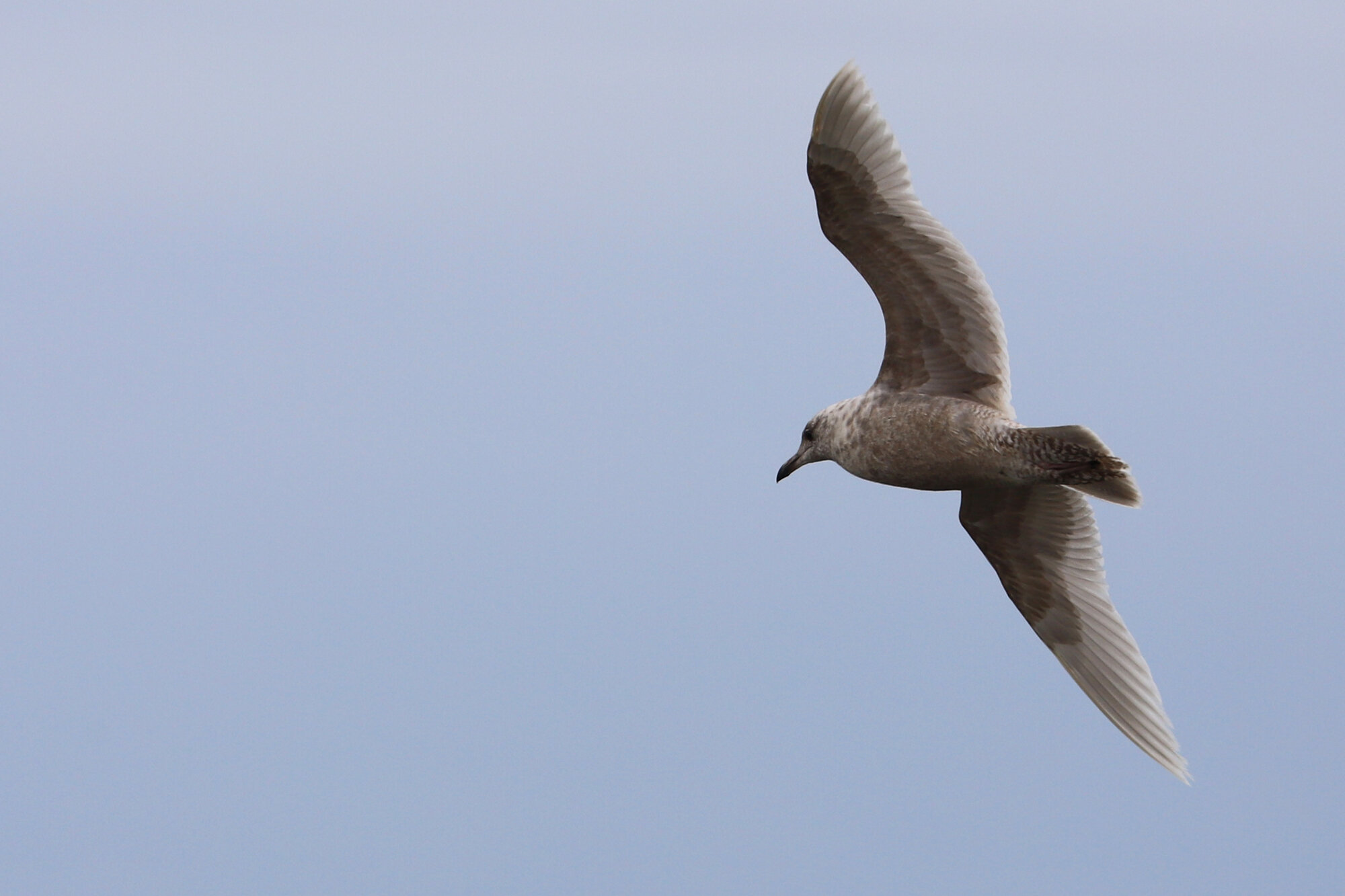
Miraculous for Virginia Beach, a photo-documented report for EASTERN WHIP-POOR-WILL was input this month! This particular individual was perched on the railing of a Mezzo Apartments balcony on 28 Mar (ph. Kiera Mollohan fide Karen & Keith Roberts). Not only was this the only record for the species in Virginia’s coastal plain region during March, but it was Virginia Beach’s first record going all the way back to 8-9 Apr 2017 when at least two were present at False Cape SP (a.r. Carlton Noll). (Mar 2020 Map)
An early, first-of-season male RUBY-THROATED HUMMINGBIRD was reported at a private residence in Alanton on 26 Mar (vis. Michelle Payne), and it may have been the same individual that zoomed through 24 Mar. Based on the most recent few years of eBird data, 10 Apr is the typical date, so this one falling ten-or-more days prior to that warrants inclusion here. Another hummingbird sp. was observed at a private residence in Lake Smith Terrace on 26 Mar (vis. Tracy Tate). For March, there was only one other Ruby-throated Hummingbird report (Mecklenburg), and Cape May, NJ was the only locale north of us to post a record! (Mar 2020 Map)
Blue-winged Teal / Back Bay NWR / 28 Mar; please click this photo to advance to the next!
Blue-winged Teal / Back Bay NWR / 28 Mar
Blue-winged Teal / Back Bay NWR / 28 Mar
Greater Yellowlegs & Lesser Yellowlegs / Princess Anne WMA Beasley Tract / 29 Mar
Greater Yellowlegs & Lesser Yellowlegs / Princess Anne WMA Beasley Tract / 29 Mar
Blue-winged Teal & Great Egret / Princess Anne WMA Whitehurst Tract / 29 Mar
Lesser Yellowlegs/ Princess Anne WMA Whitehurst Tract / 29 Mar
Greater & Lesser Yellowlegs/ Princess Anne WMA Whitehurst Tract / 29 Mar
Greater & Lesser Yellowlegs/ Princess Anne WMA Whitehurst Tract / 29 Mar
Greater & Lesser Yellowlegs/ Princess Anne WMA Whitehurst Tract / 29 Mar
Lesser Yellowlegs/ Princess Anne WMA Whitehurst Tract / 29 Mar
Lesser Yellowlegs/ Princess Anne WMA Whitehurst Tract / 29 Mar
Greater & Lesser Yellowlegs/ Princess Anne WMA Whitehurst Tract / 29 Mar
Greater & Lesser Yellowlegs/ Princess Anne WMA Whitehurst Tract / 29 Mar
Greater & Lesser Yellowlegs/ Princess Anne WMA Whitehurst Tract / 29 Mar
Greater & Lesser Yellowlegs/ Princess Anne WMA Whitehurst Tract / 29 Mar
Greater & Lesser Yellowlegs/ Princess Anne WMA Whitehurst Tract / 29 Mar
Least Sandpiper/ Princess Anne WMA Whitehurst Tract / 29 Mar



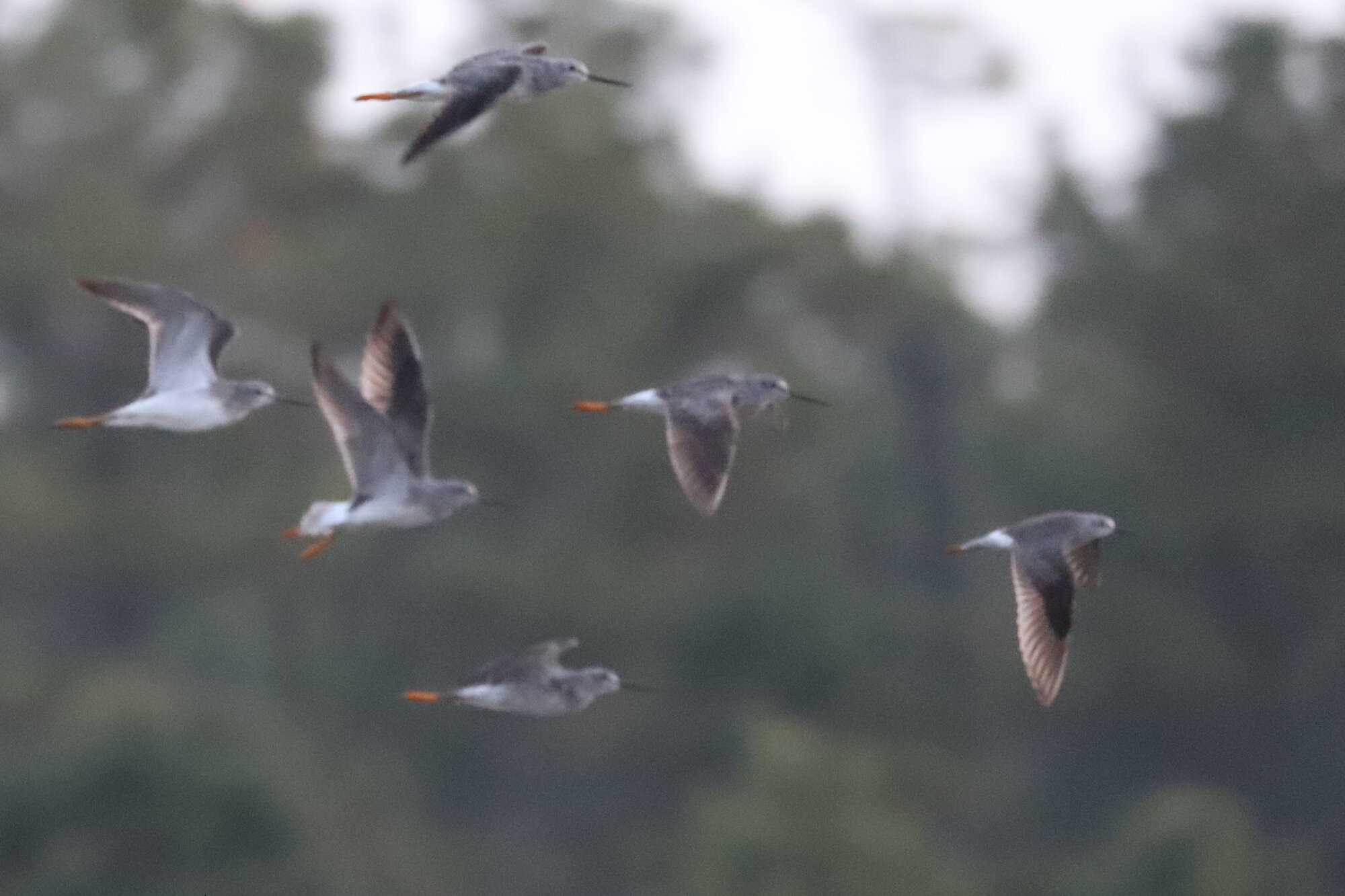
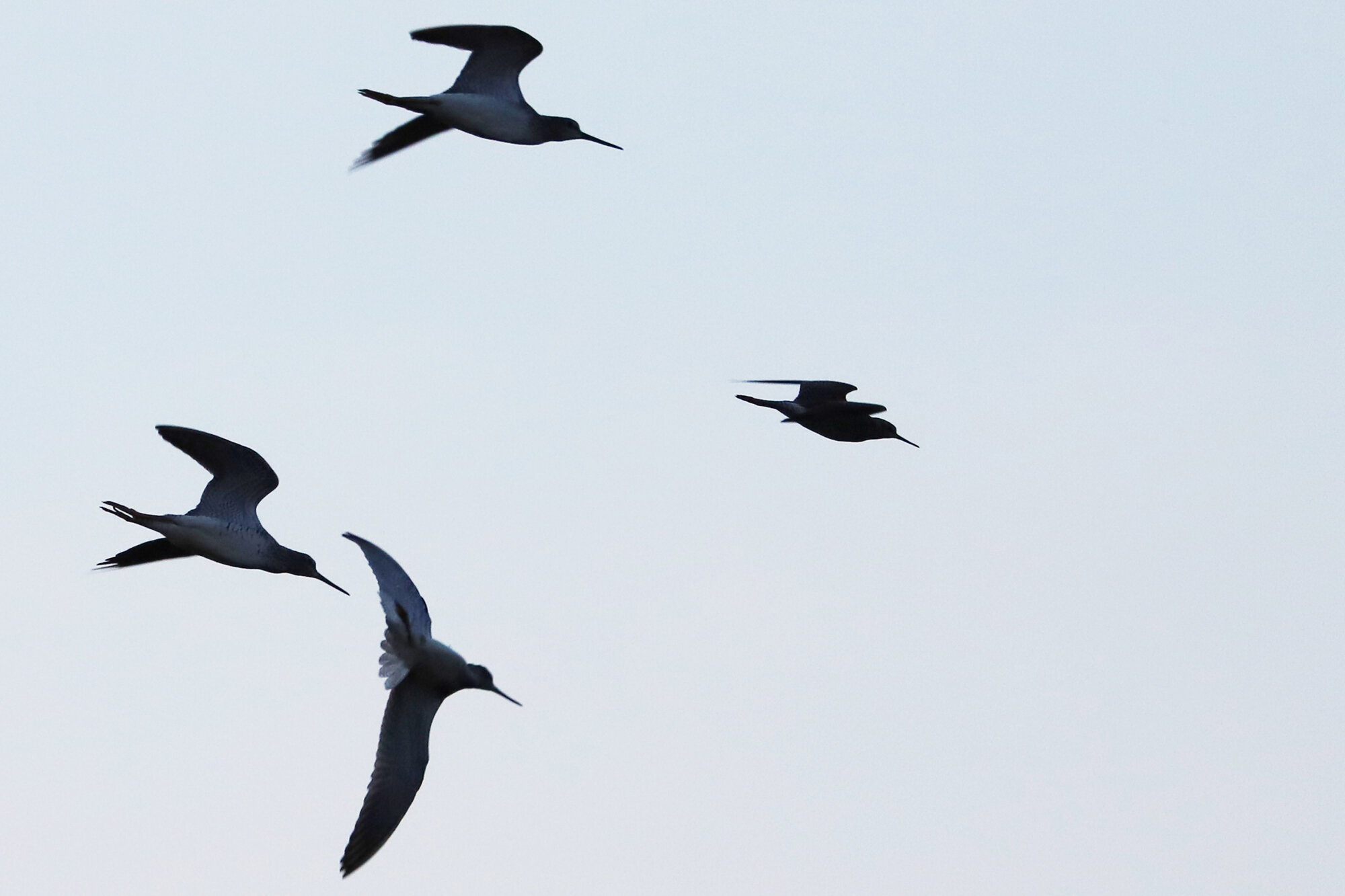
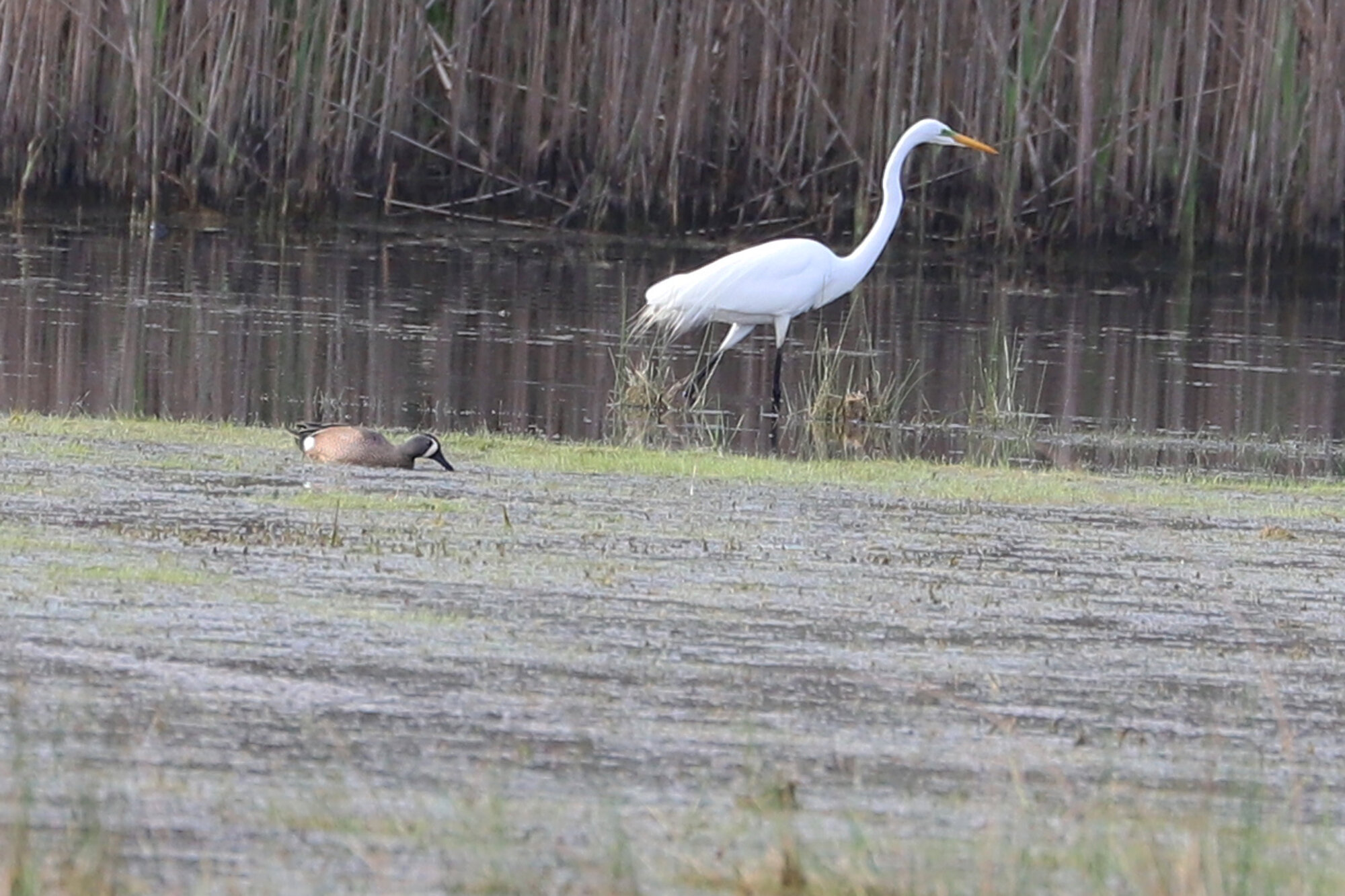
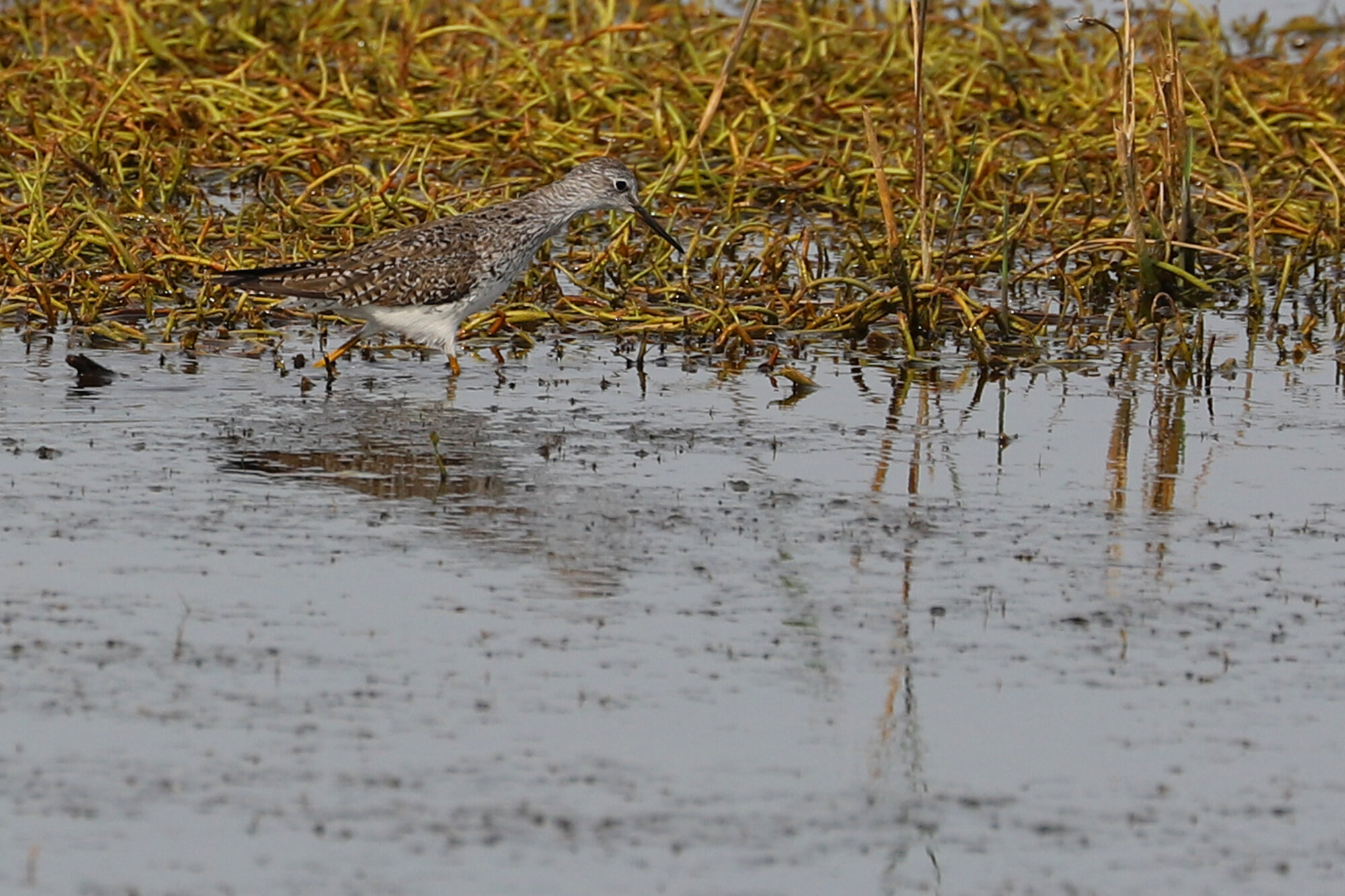

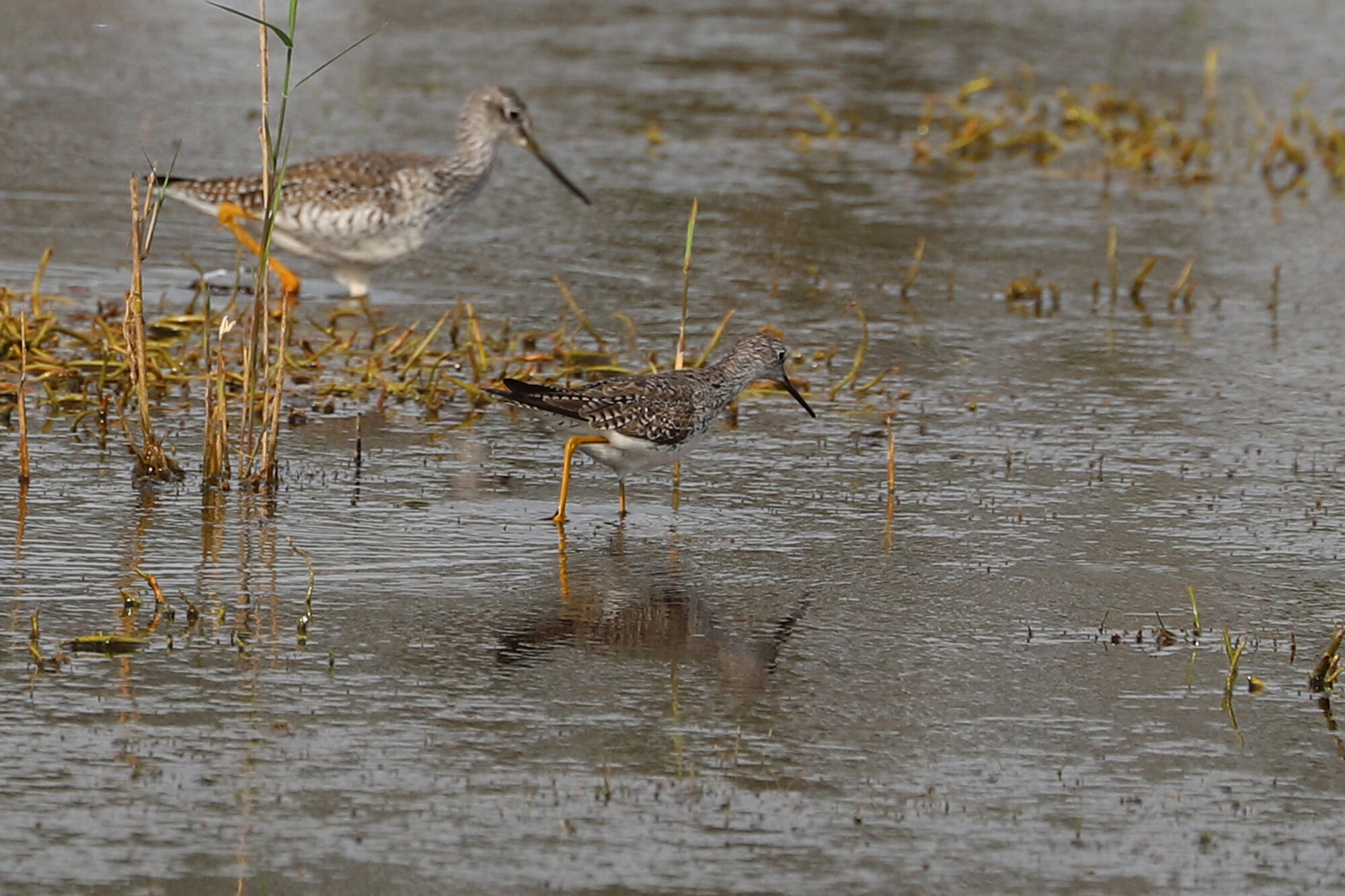
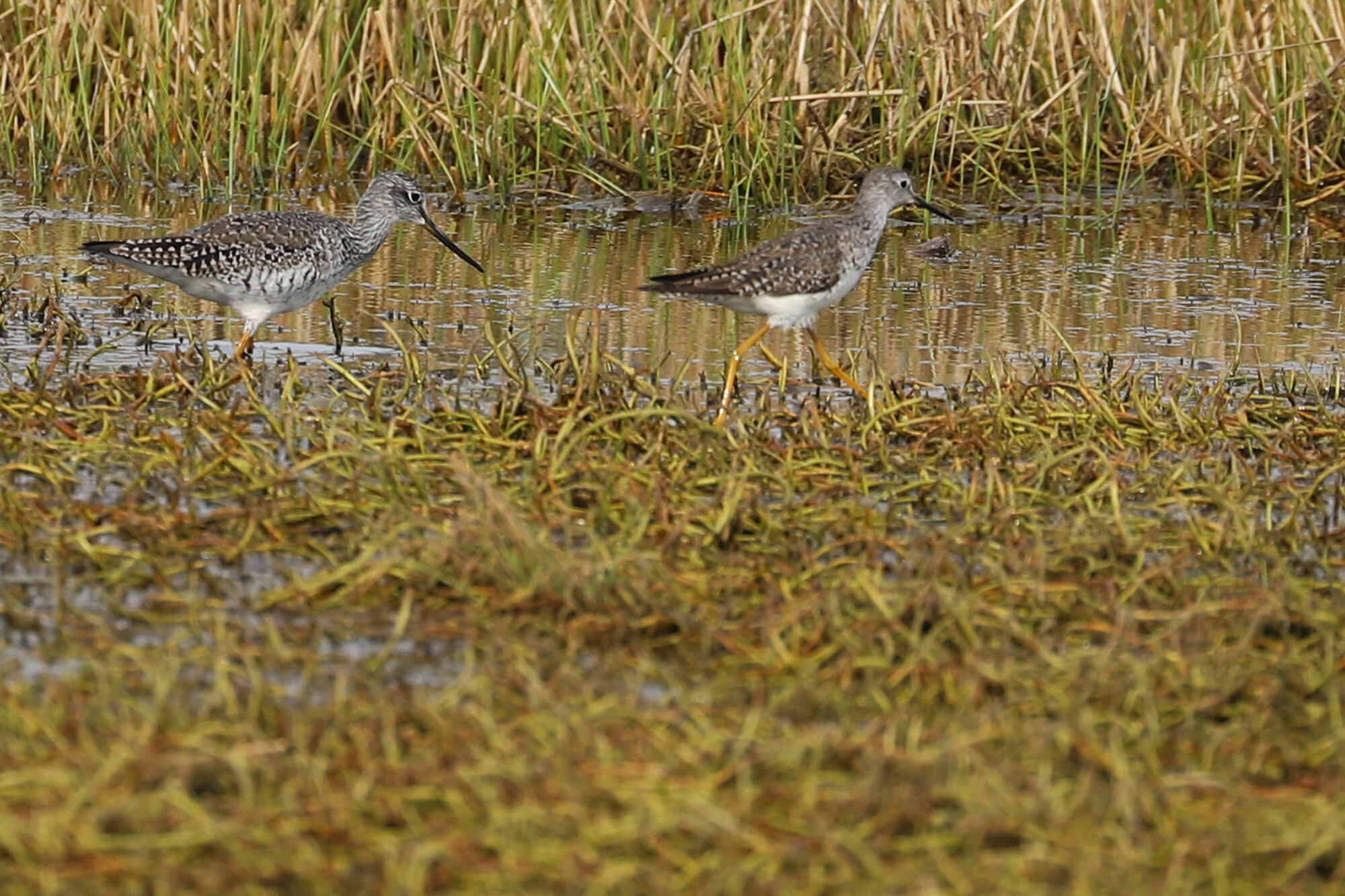
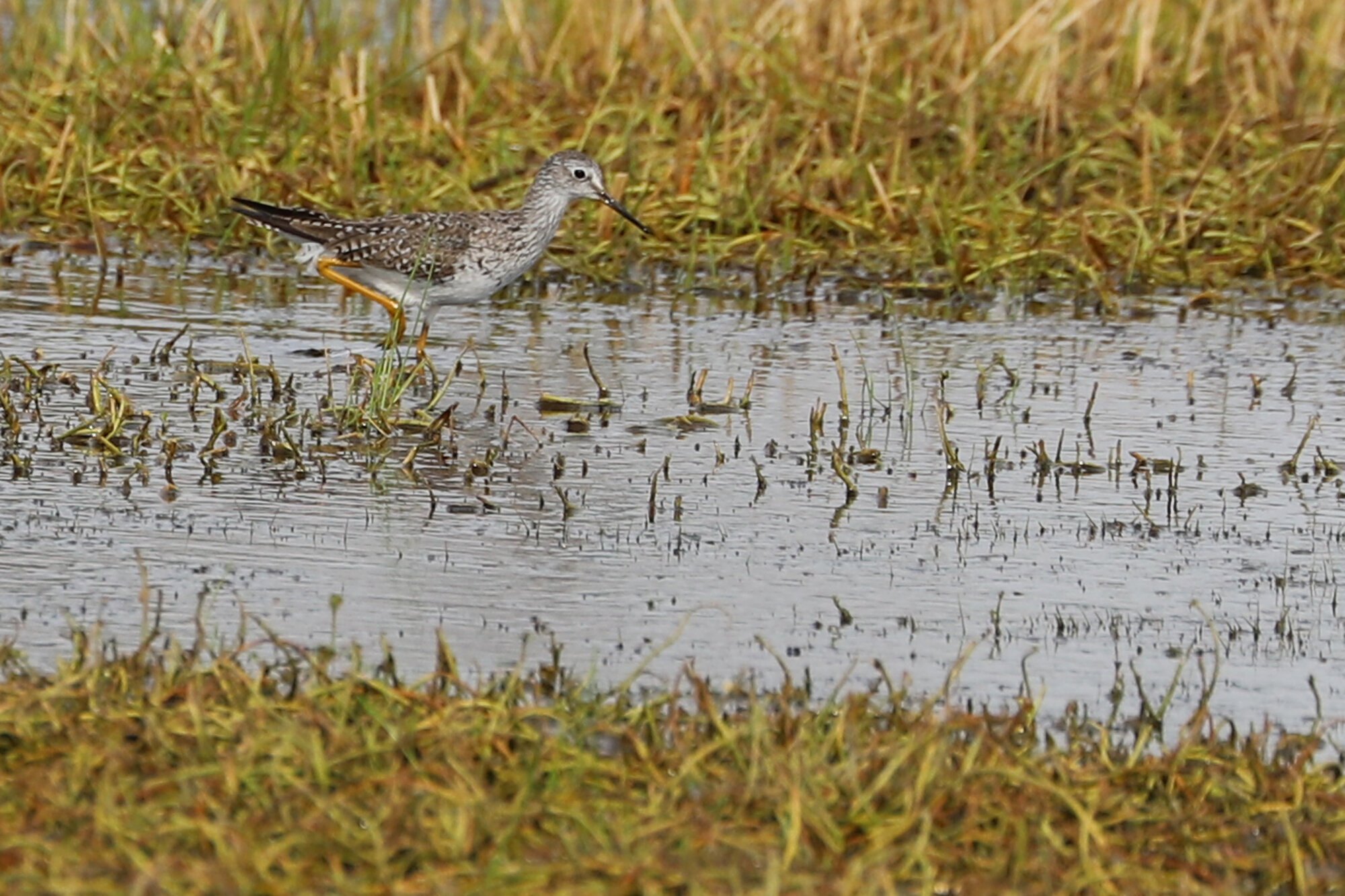
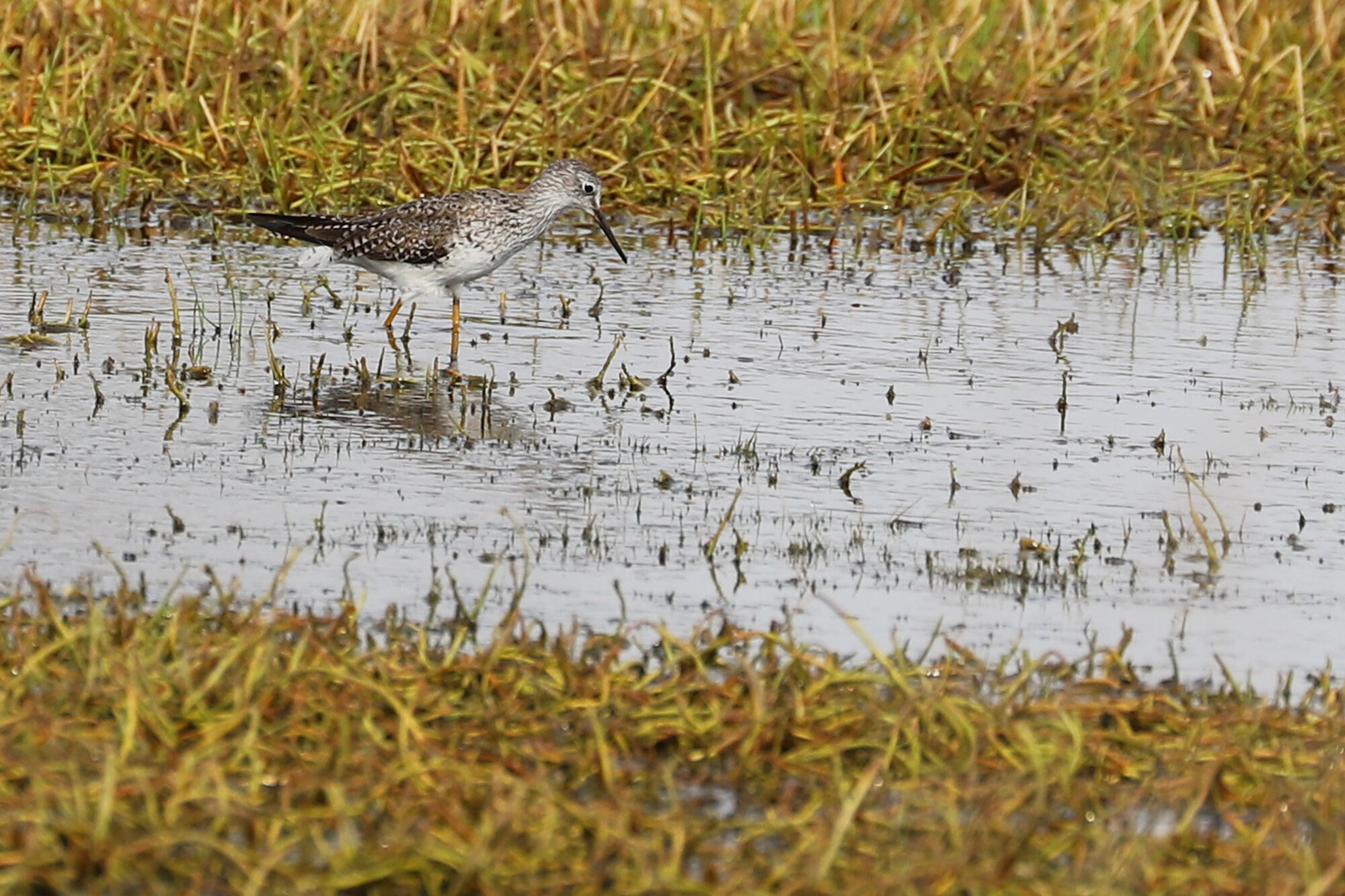


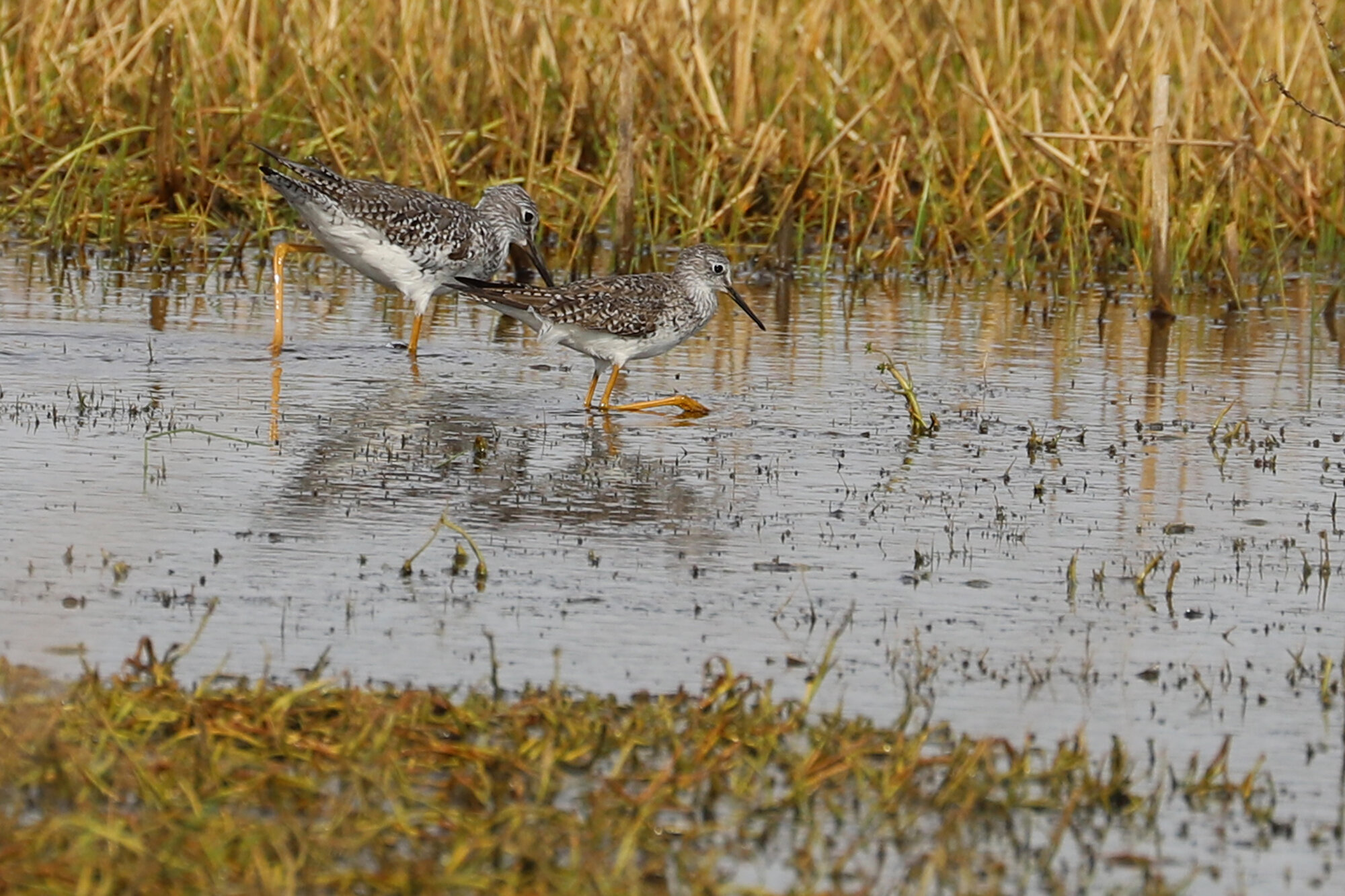
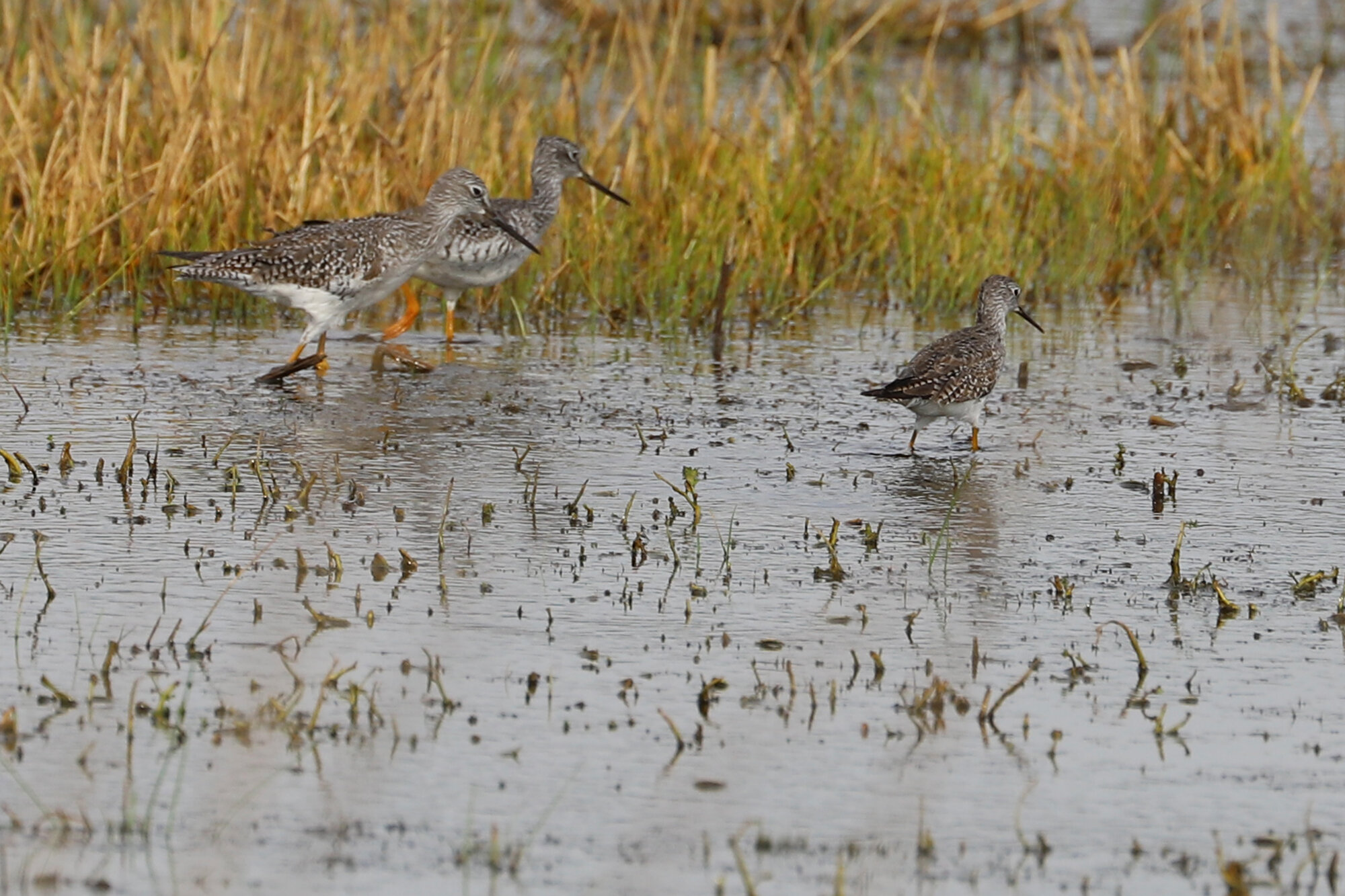
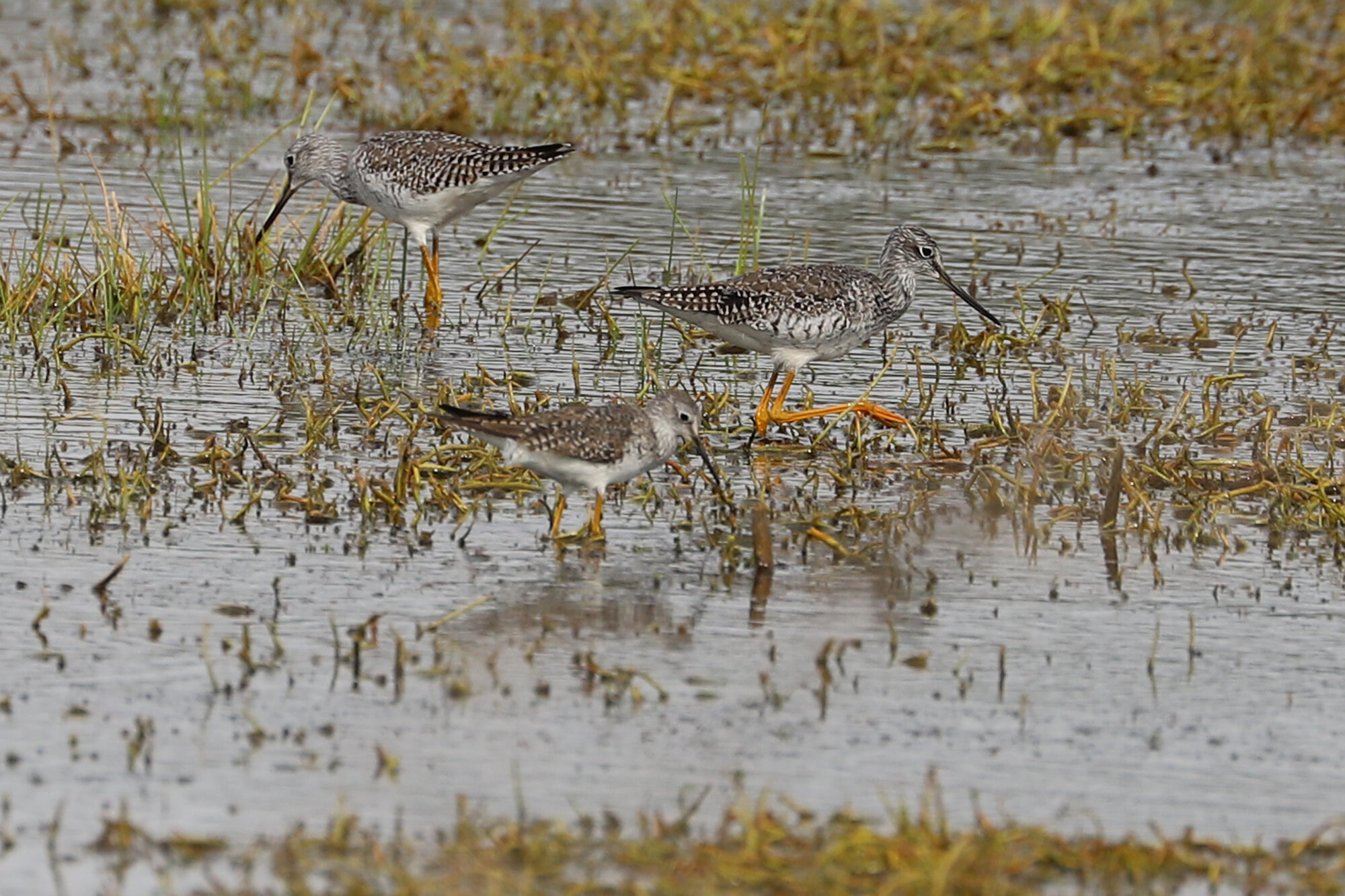

Immature ICELAND GULLS were reported at two locations in Virginia Beach this month! A first cycle individual was at Little Island Park on 1 Mar (ph. Kathy Bearden), and was likely the same individual observed there initially on 1 Feb (ph. Rob Bielawski). While up at Rudee Inlet, at least two immatures were known to be present, with the first reported to eBird on 16 Mar (ph. Tracy Tate). A second immature was present simultaneously with the first starting 21 Mar (vis. James Marcum, then ph. Steve Keith), and lingered through at least 28 Mar (vis. Karl Suttmann). Surprisingly, we never had any adult Iceland Gulls this season, though we’ve had pretty good luck in the past few winters with individuals of that plumage/age. In looking at the maps of Iceland Gulls in March, only Dare & New Hanover Counties in North Carolina produced records farther south along the East Coast than ours! (Mar 2020 Map)
With an average spring arrival date of 15 Mar to Virginia Beach, a ROYAL TERN observed off Little Island Park on 2 Mar (vis. James Marcum) was either an early northbound migrant, or perhaps a continuing individual since one had been present here back on 15 Feb as well (vis. Nick Newberry & Andrew Rapp). In either case, it makes for a great early March record and aside from another individual present at the Willoughby Boat Ramp in Norfolk from 25 Feb-1 Mar (ph. Eric Alton & Tammy Conklin), this was the northernmost record at the time of the observation for the East Coast! In fact, even during the latter half of the month when the species is moving north in good numbers, no records occurred north of Virginia. (Mar 2020 Map)
Yellow-throated Warbler / Stumpy Lake NA / 26 Mar; please click this photo to advance to the next!
Yellow-throated Warbler / Stumpy Lake NA / 26 Mar
Yellow-throated Warbler / Stumpy Lake NA / 26 Mar
Yellow-throated Warbler / Stumpy Lake NA / 26 Mar
Yellow-throated Warbler / Stumpy Lake NA / 26 Mar
Yellow-throated Warbler / Stumpy Lake NA / 26 Mar

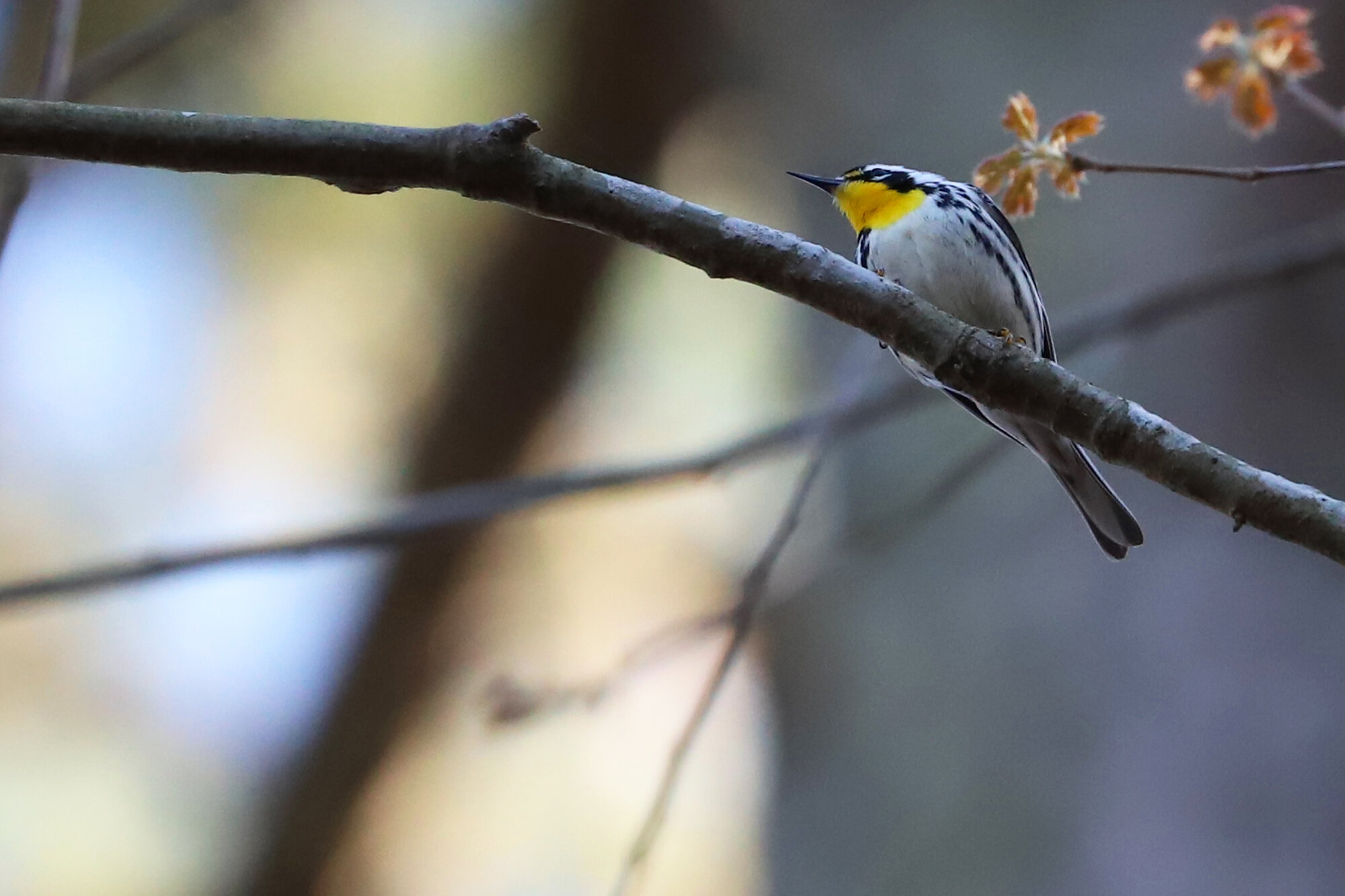
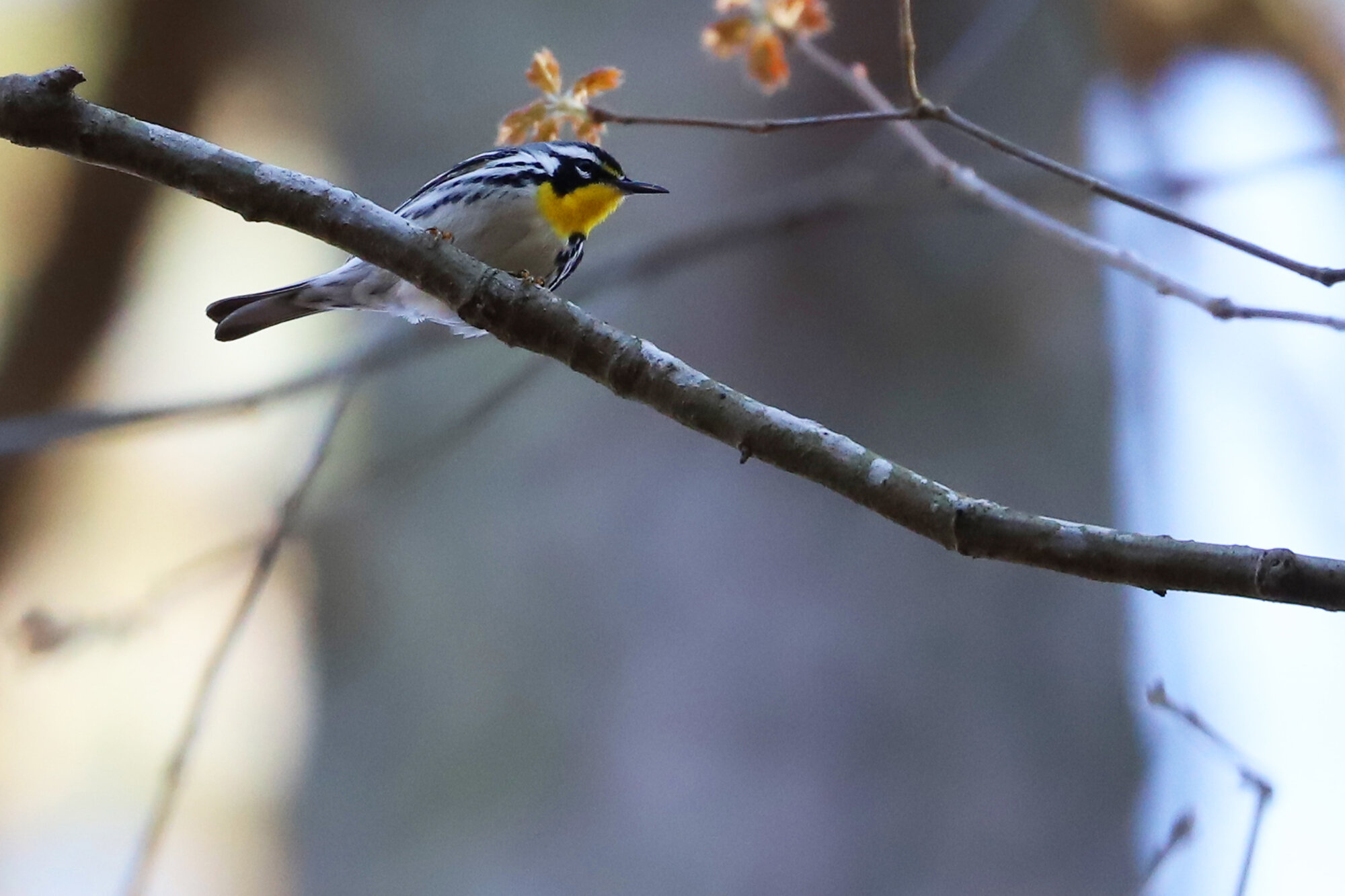
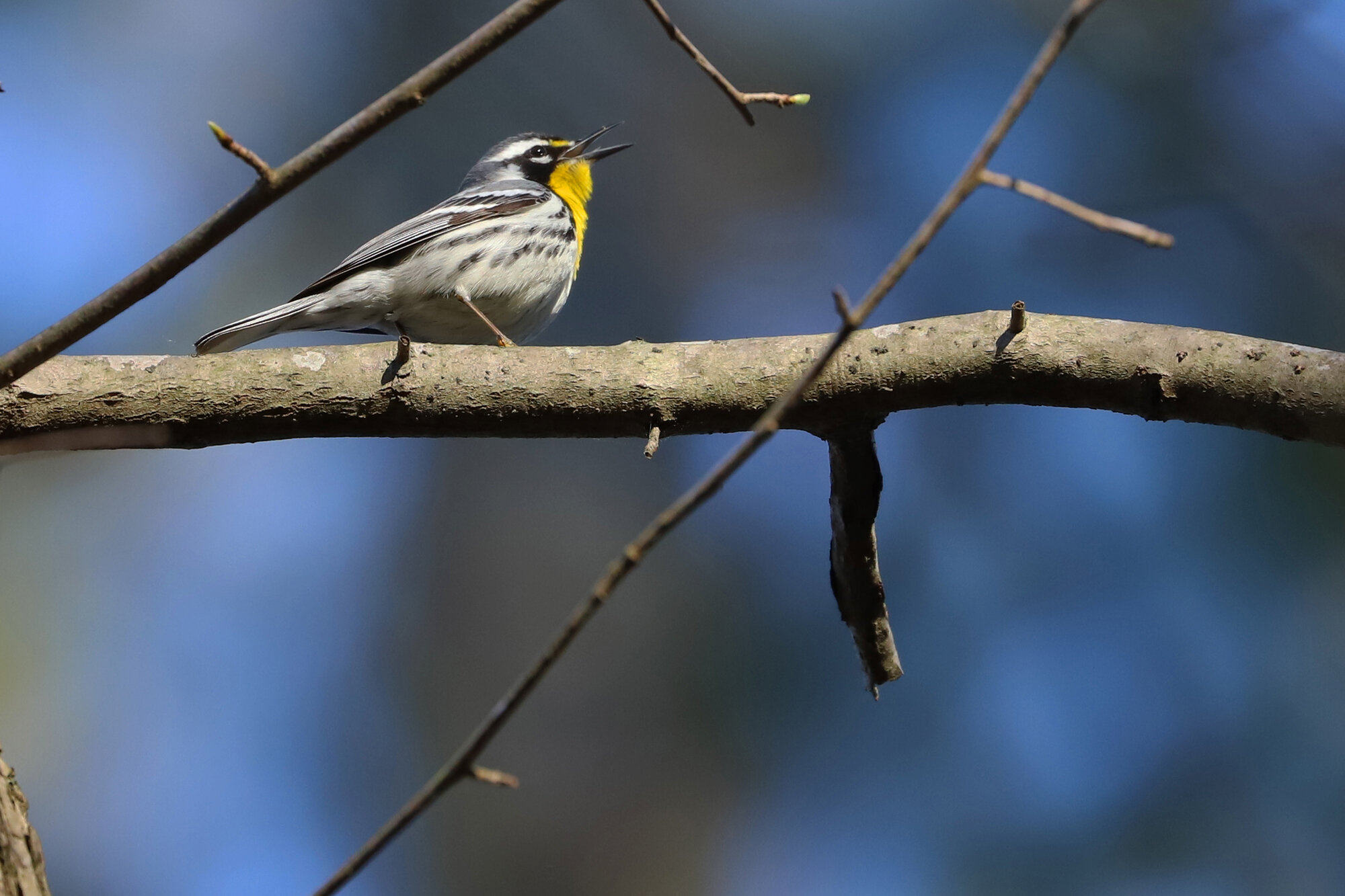
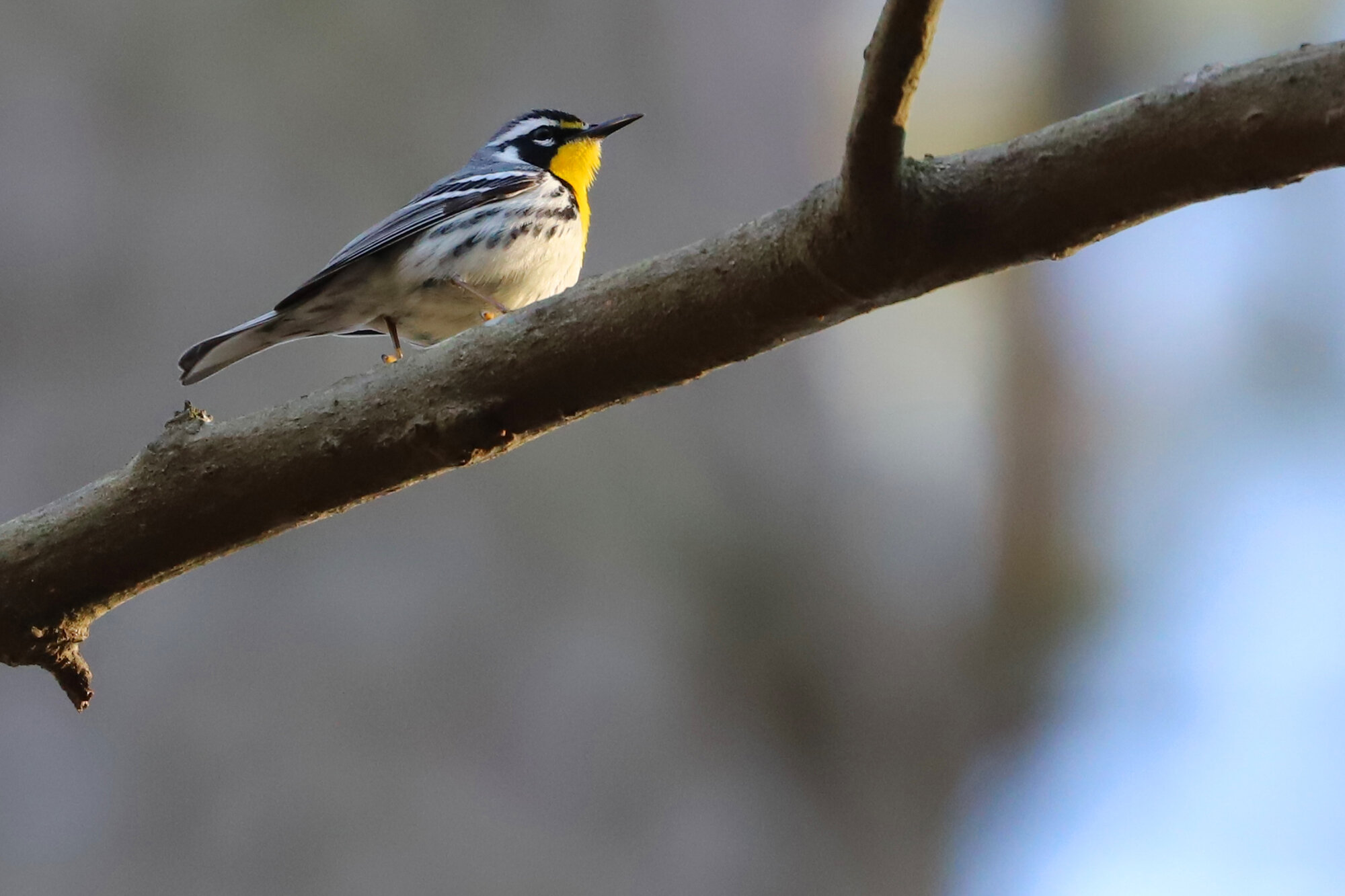
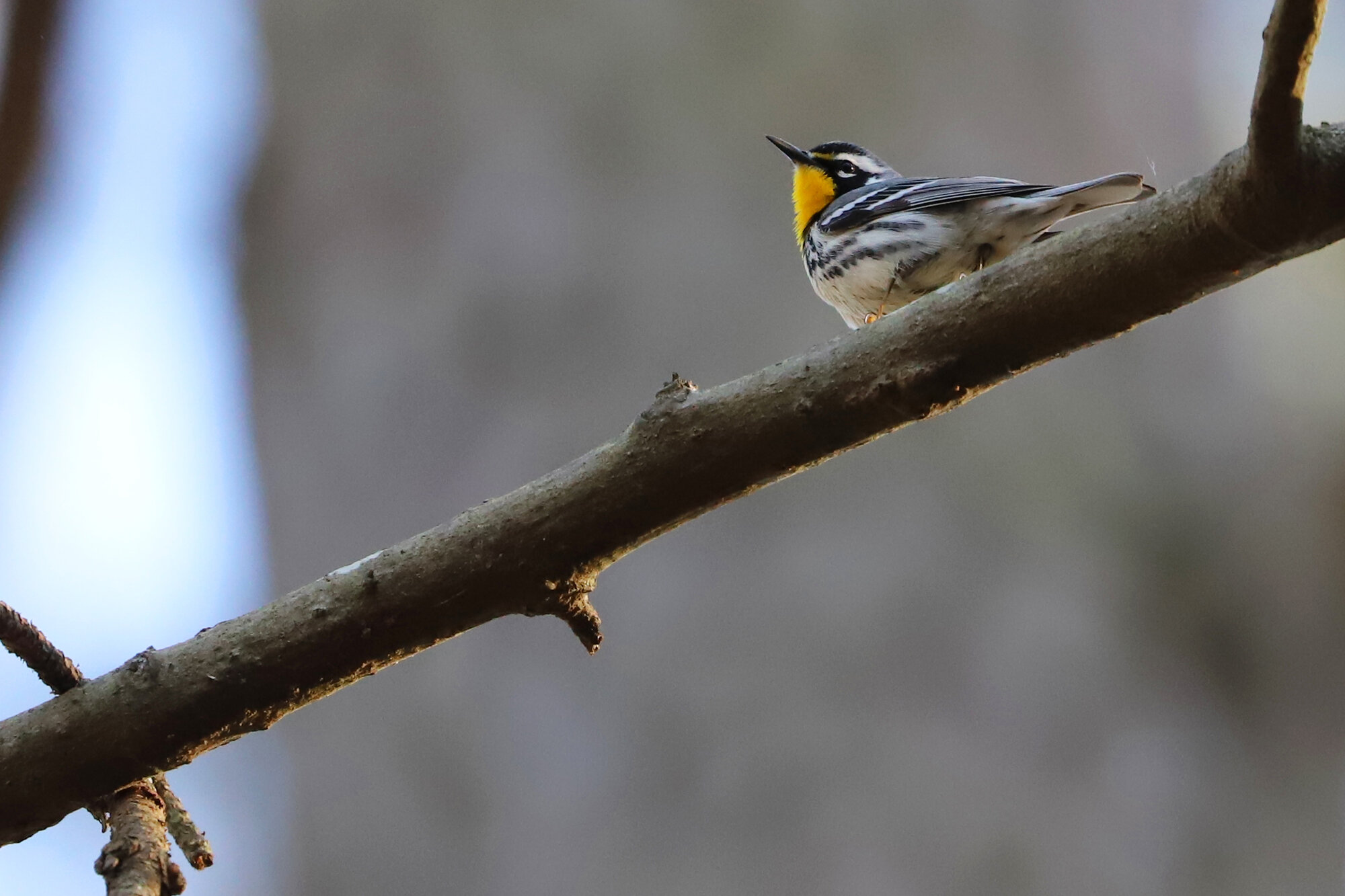
Typically absent from Virginia overall from about mid-January through early April, a single BLACK SKIMMER flying northbound past Little Island Park on 13 Mar (vis. Andrew Baldelli) made for a remarkable March record. In most years, the last holdouts of this species are found around Lynnhaven Inlet, though very rarely do any truly winter, sometimes they do linger into the early portion of February. But, March records anywhere in the state are scarce, and this was the northernmost record for the species on the East Coast this month, with the nearest record all the way down in Carteret County, North Carolina! (Mar 2020 Map)
Though up to two LITTLE BLUE HERONS have been recorded in Virginia Beach this winter season with an immature at Princess Anne WMA Whitehurst Tract from 5 Jan (vis. Tracy Tate; not input to eBird but verbally communicated at the time of sighting) through 19 Jan (ph. Rob Bielawski) and an even more unusual adult present there on 12 Jan (ph. Rob Bielawski), a 15 Mar record for an immature still came as quite the surprise (ph. Cindy Hamilton & June McDaniels)! With an average spring arrival date in the city of 25 Mar, this is another nice record falling ten or more days prior, and at the time it was the northernmost record for this species along the East Coast! (Mar 2020 Map)
Yellow-crowned Night-Heron / Pleasure House Point NA / 27 Mar; please click this photo to advance to the next!
Glossy & White Ibis / Princess Anne WMA Whitehurst Tract / 22 Mar
Glossy Ibis / Princess Anne WMA Whitehurst Tract / 22 Mar
Yellow-crowned Night-Heron / Pleasure House Point NA / 27 Mar
Yellow-crowned Night-Heron / Pleasure House Point NA / 27 Mar
Yellow-crowned Night-Heron / Pleasure House Point NA / 27 Mar
Yellow-crowned Night-Heron / Pleasure House Point NA / 27 Mar
Yellow-crowned Night-Heron / Pleasure House Point NA / 27 Mar
Yellow-crowned Night-Heron / Pleasure House Point NA / 27 Mar
Yellow-crowned Night-Heron / Pleasure House Point NA / 27 Mar
Yellow-crowned Night-Herons / Pleasure House Point NA / 27 Mar
Yellow-crowned Night-Heron / Pleasure House Point NA / 27 Mar
Yellow-crowned Night-Heron / Pleasure House Point NA / 27 Mar
Yellow-crowned Night-Heron / Pleasure House Point NA / 27 Mar
Cattle Egrets / Princess Anne WMA Whitehurst Tract / 29 Mar
Cattle Egrets / Princess Anne WMA Whitehurst Tract / 29 Mar
Cattle Egrets / Princess Anne WMA Whitehurst Tract / 29 Mar
Cattle Egrets / Princess Anne WMA Whitehurst Tract / 29 Mar
Glossy Ibis / Princess Anne WMA Whitehurst Tract / 29 Mar
Little Blue Heron / Princess Anne WMA Whitehurst Tract / 29 Mar
Little Blue Heron / Princess Anne WMA Whitehurst Tract / 29 Mar


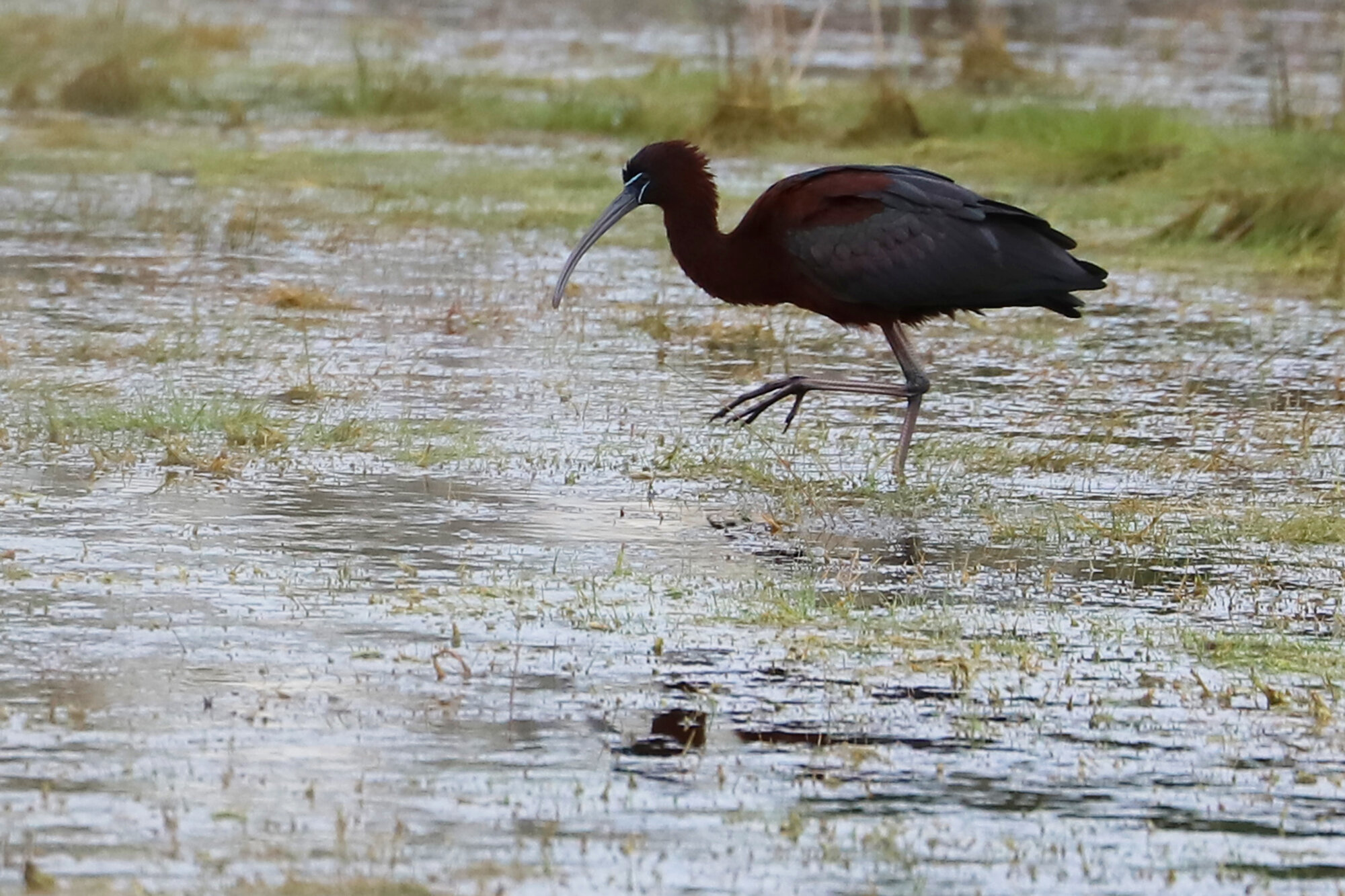
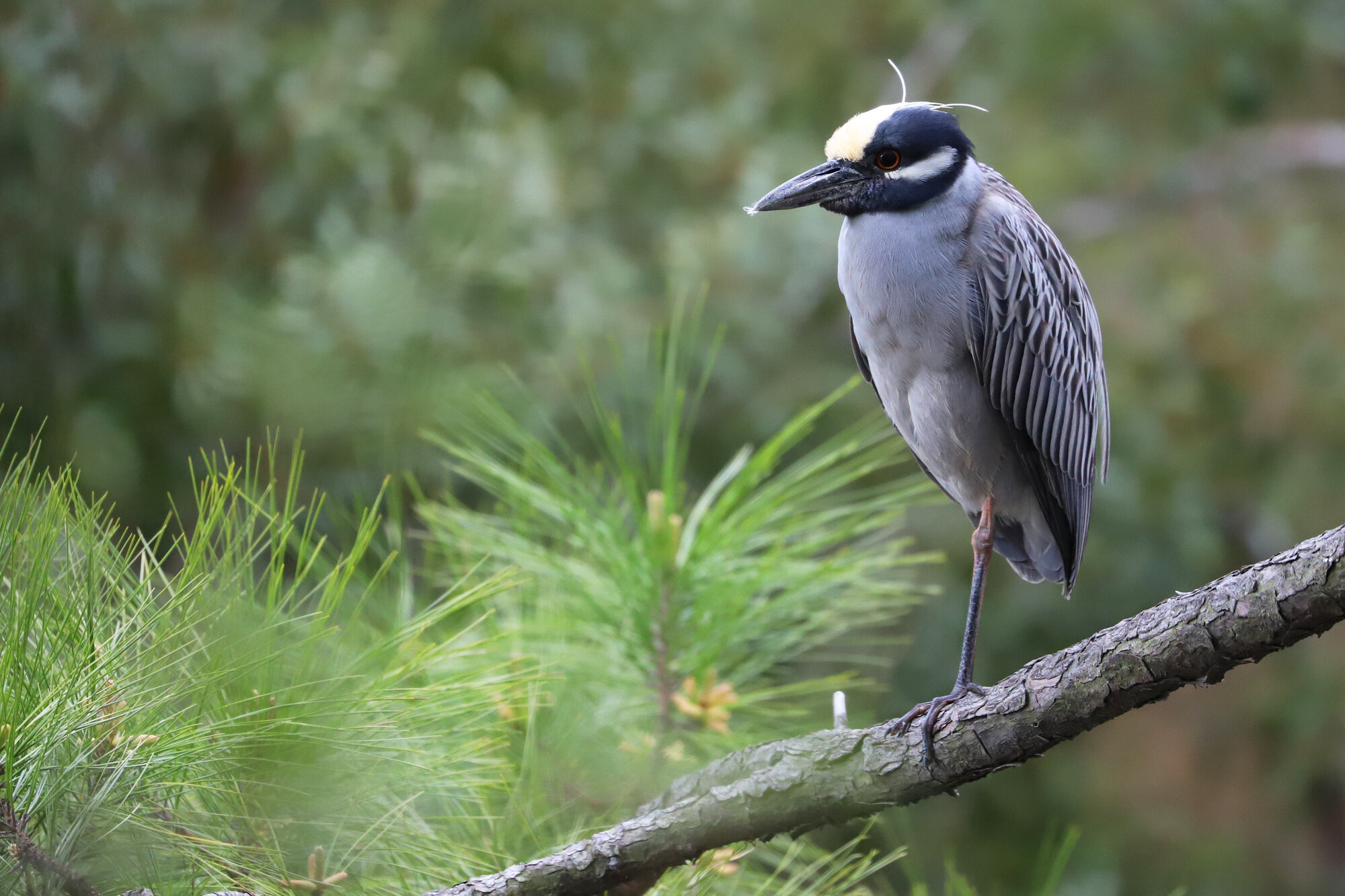
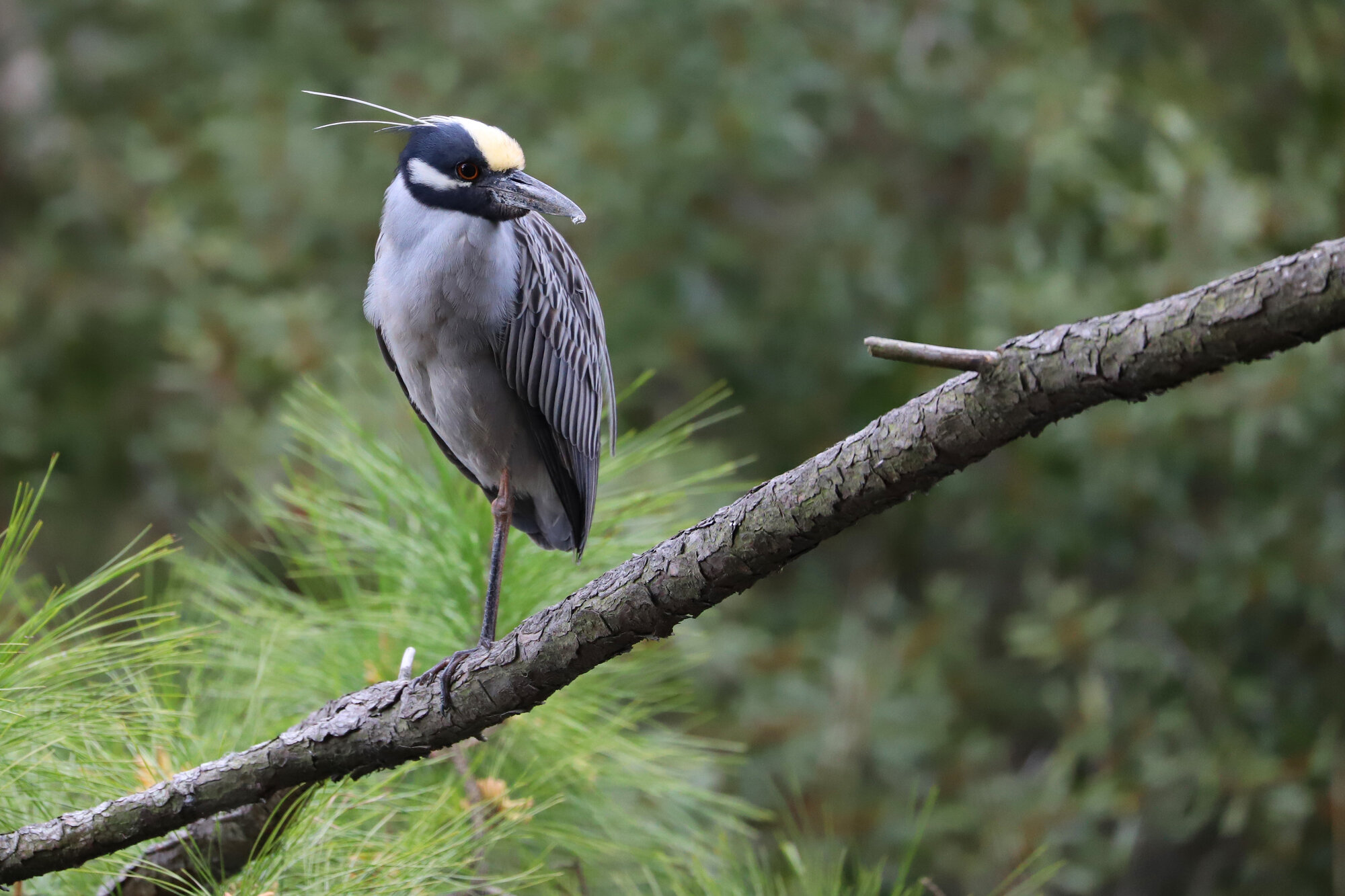
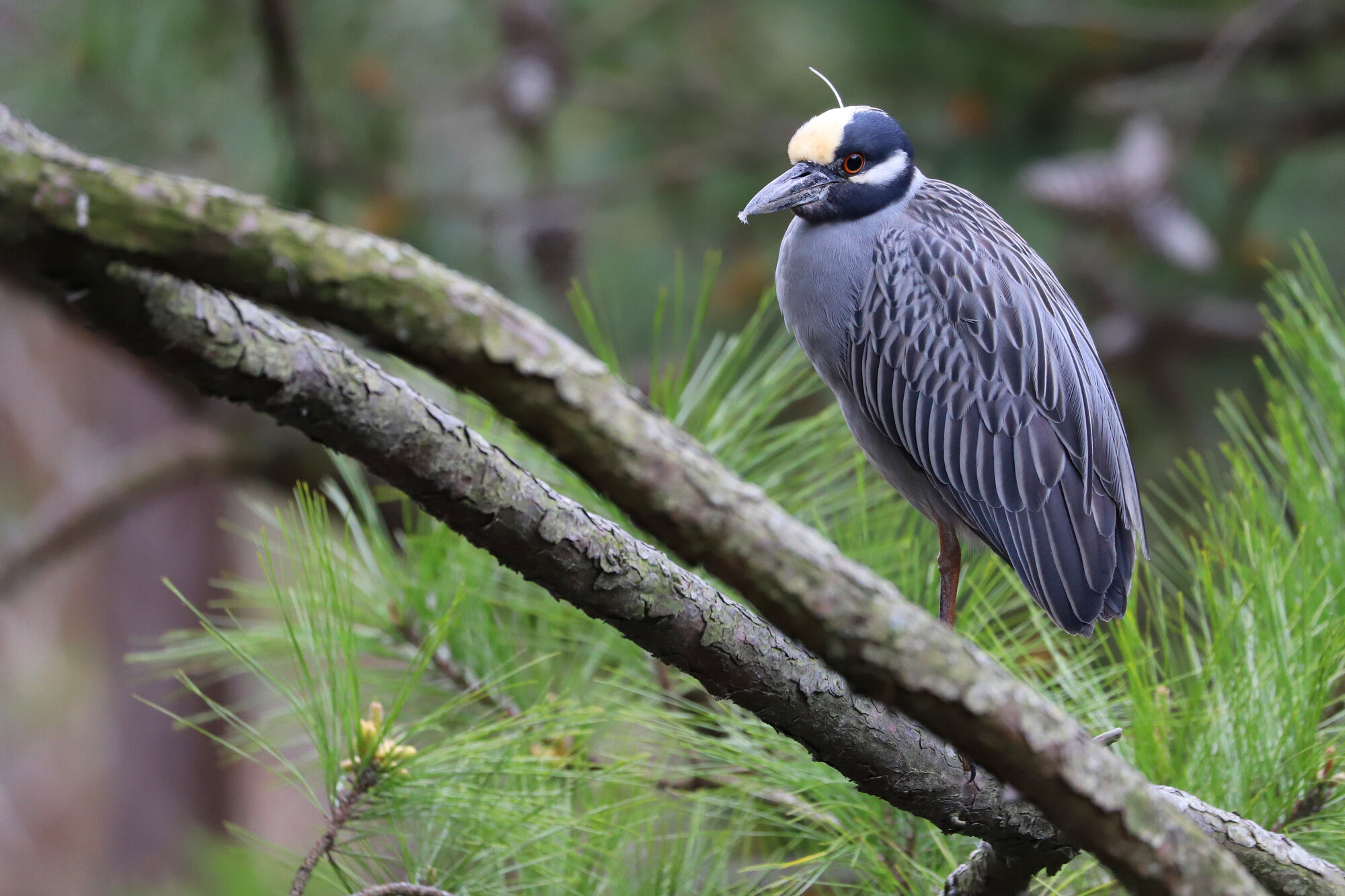
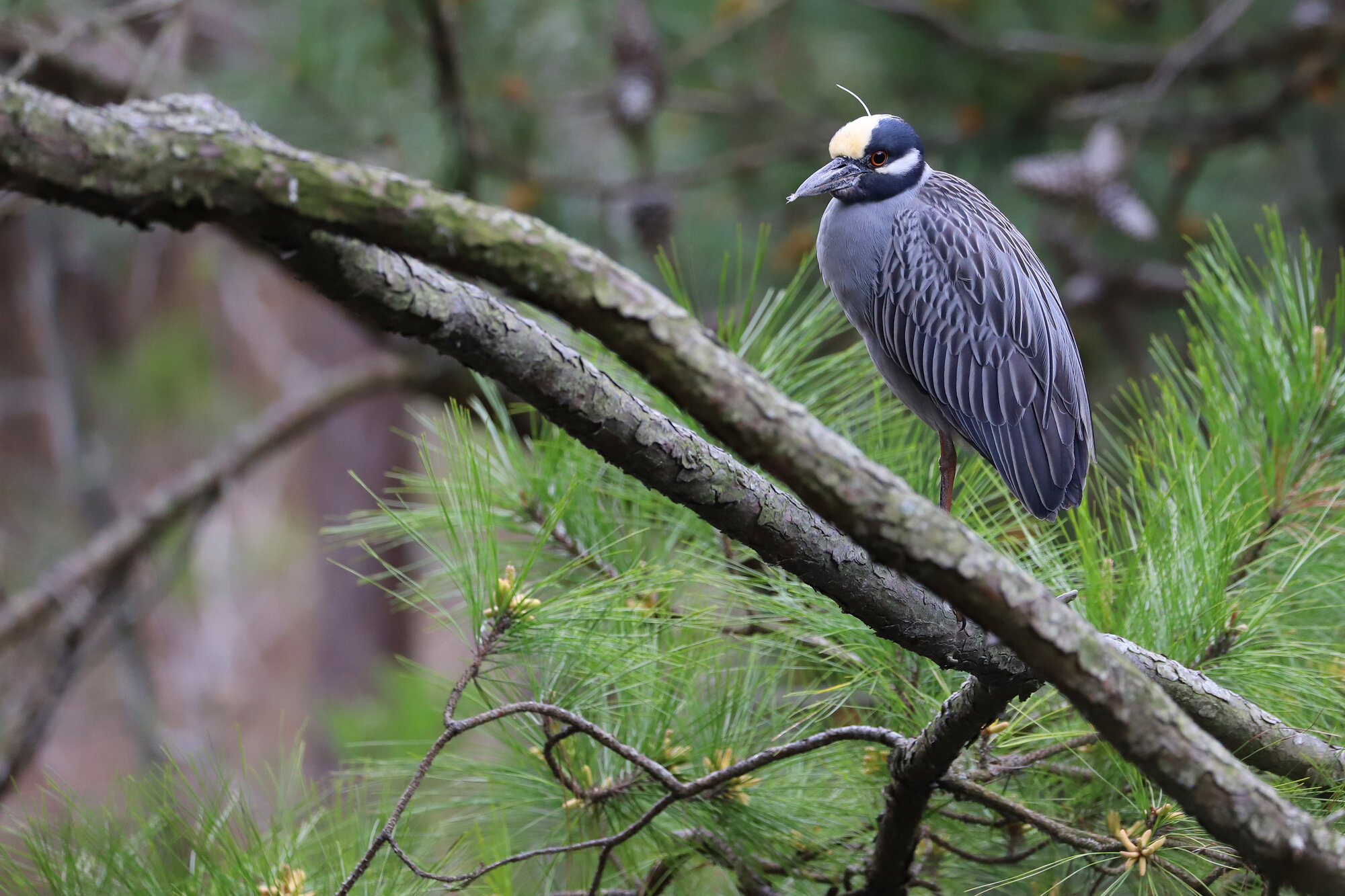
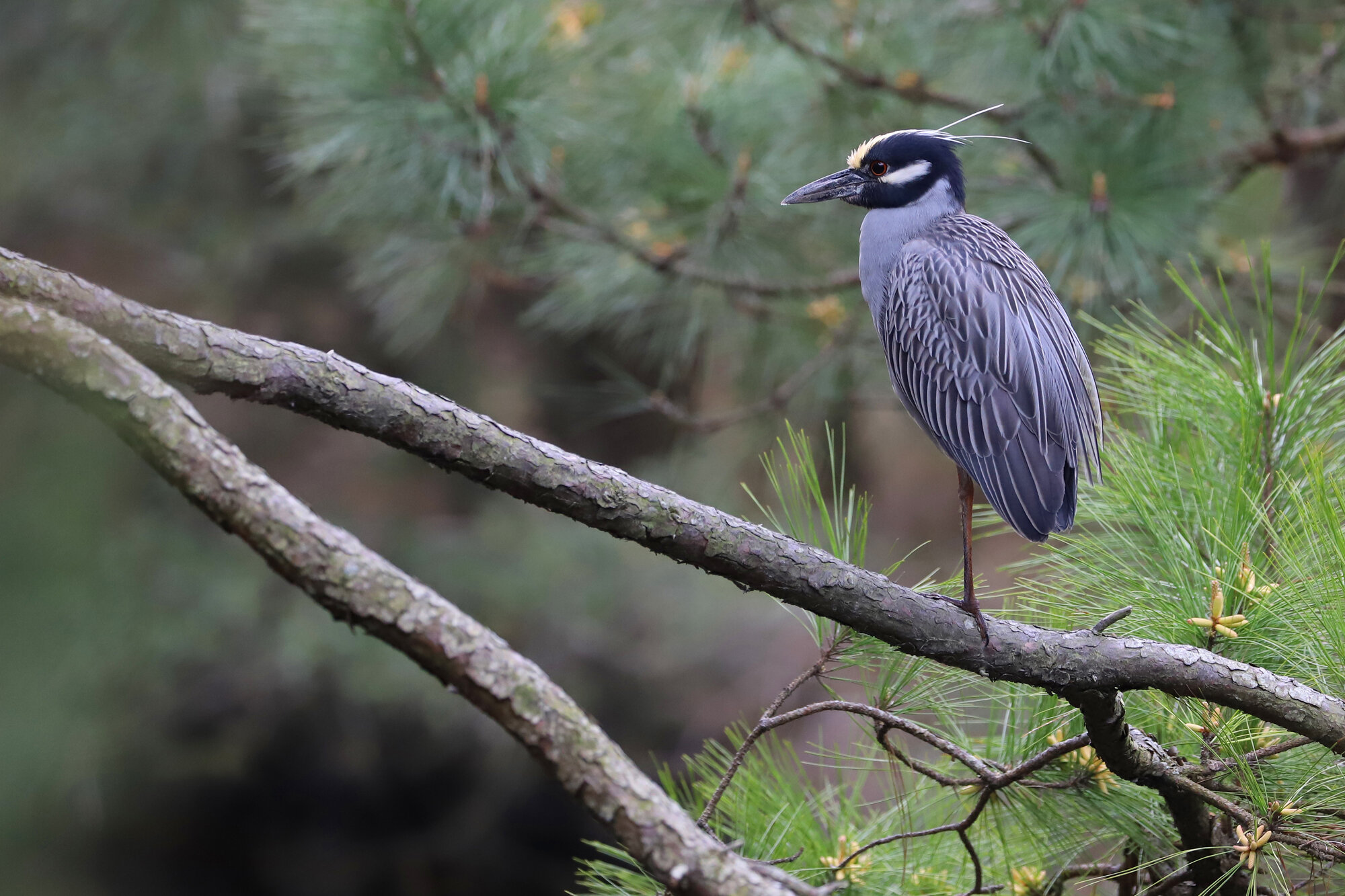
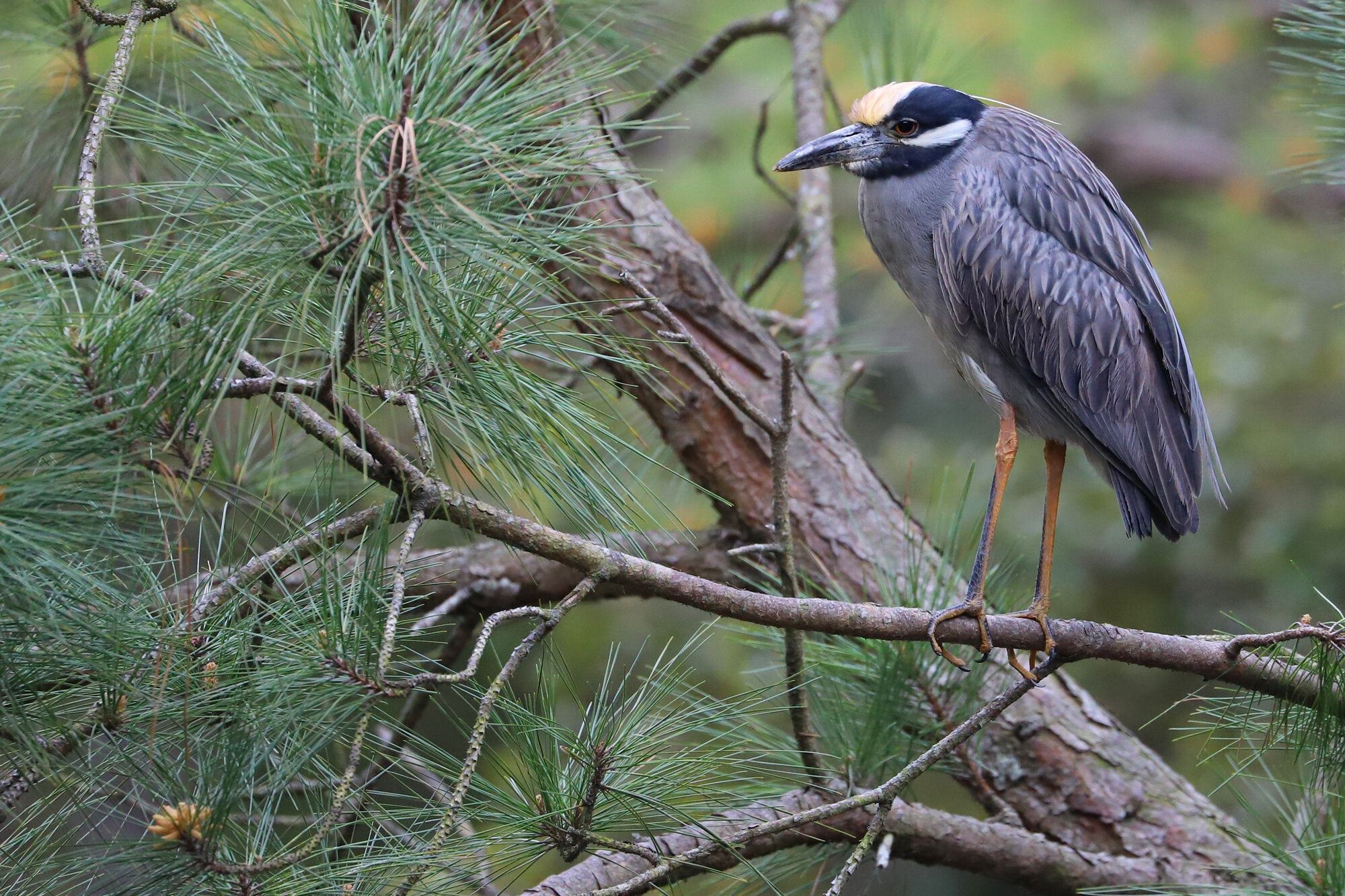
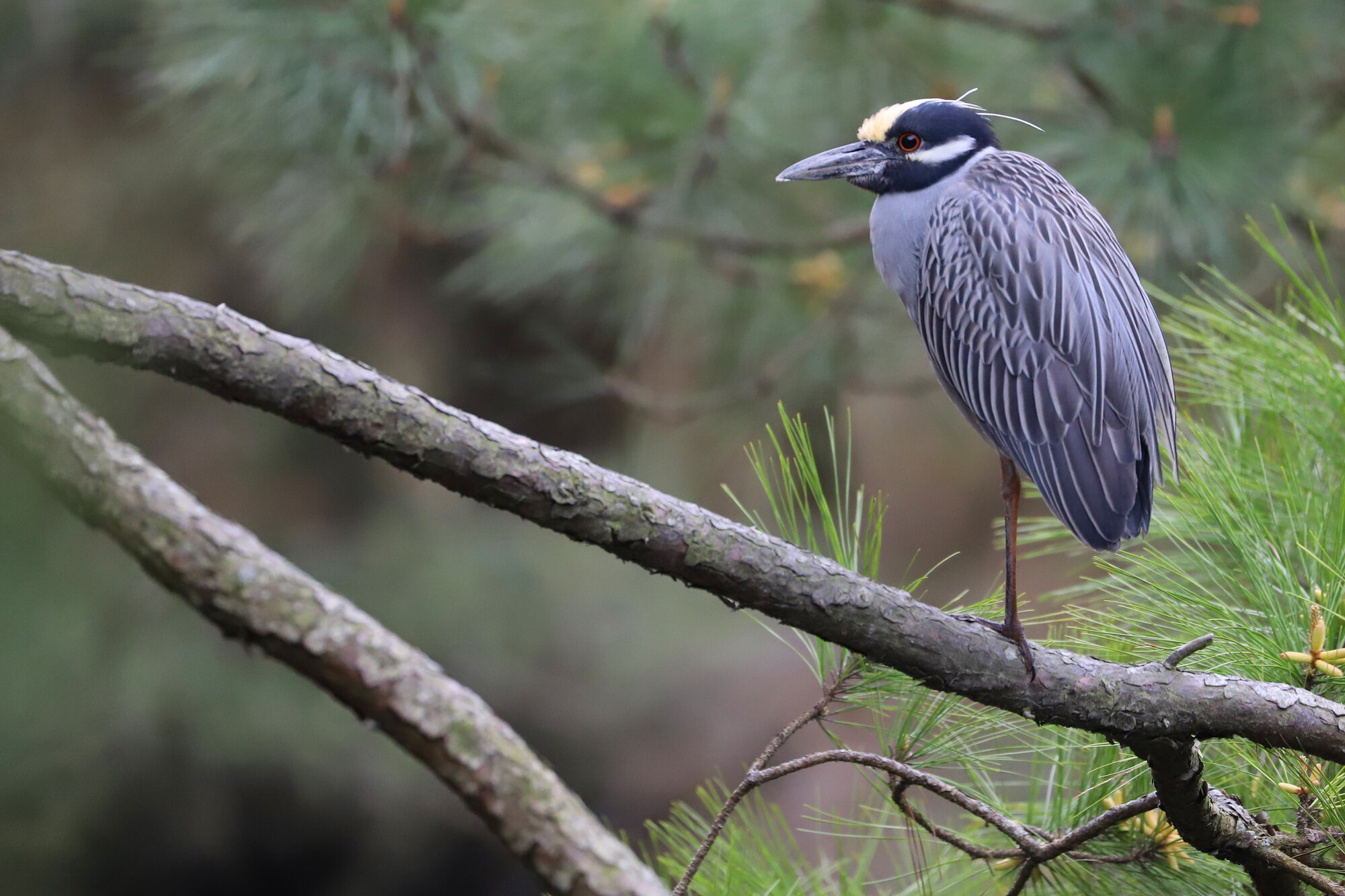
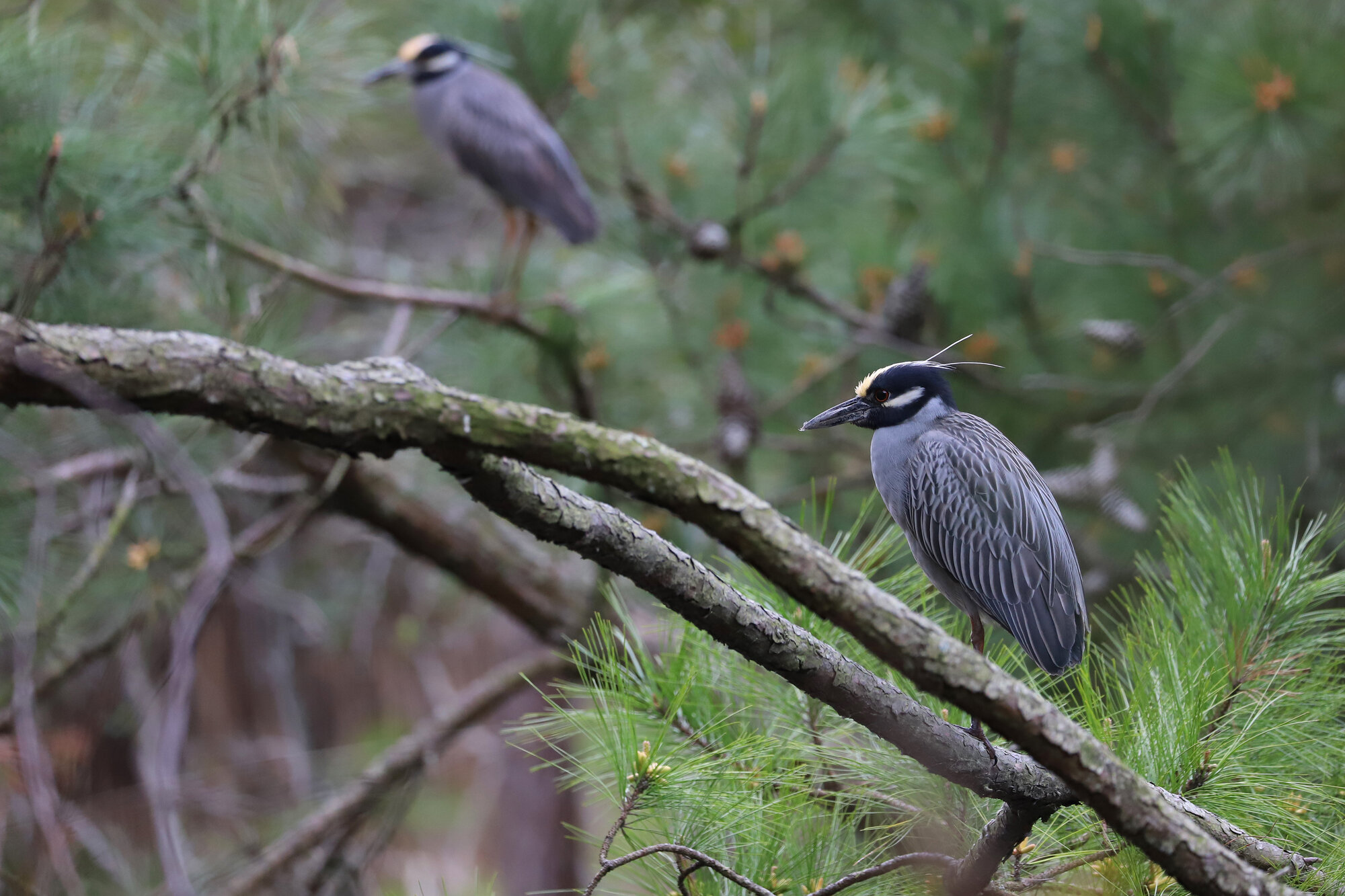
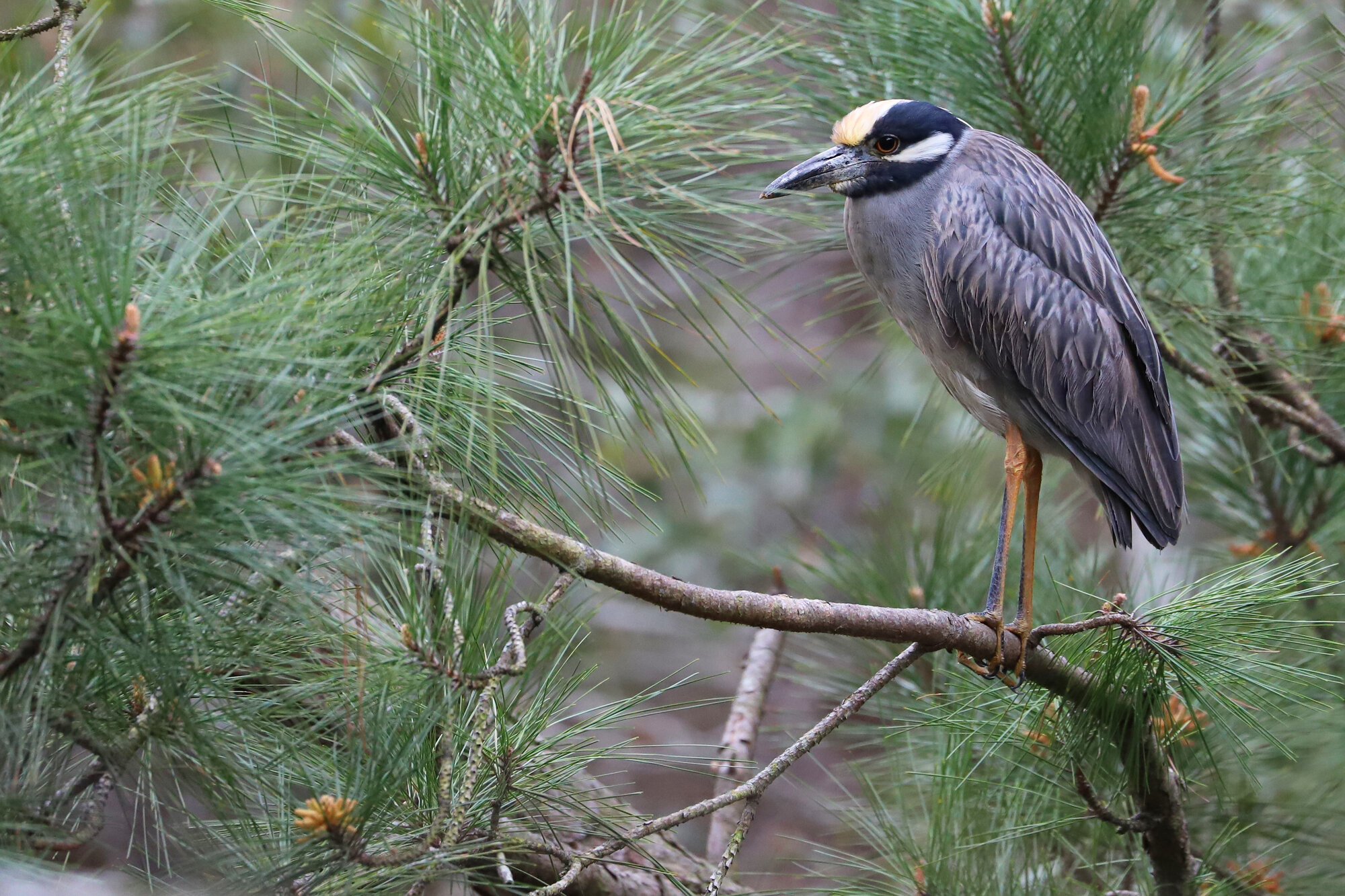
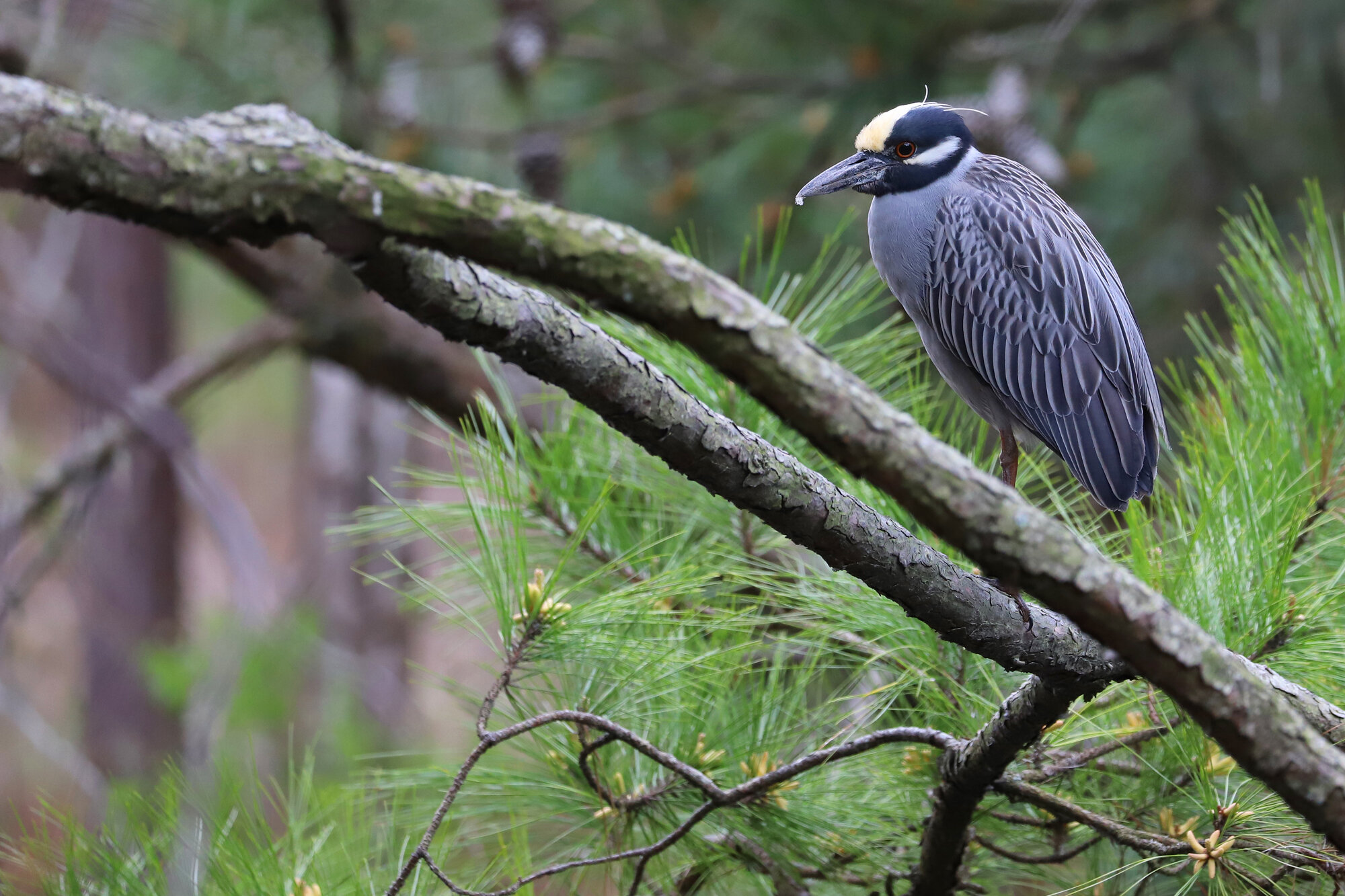
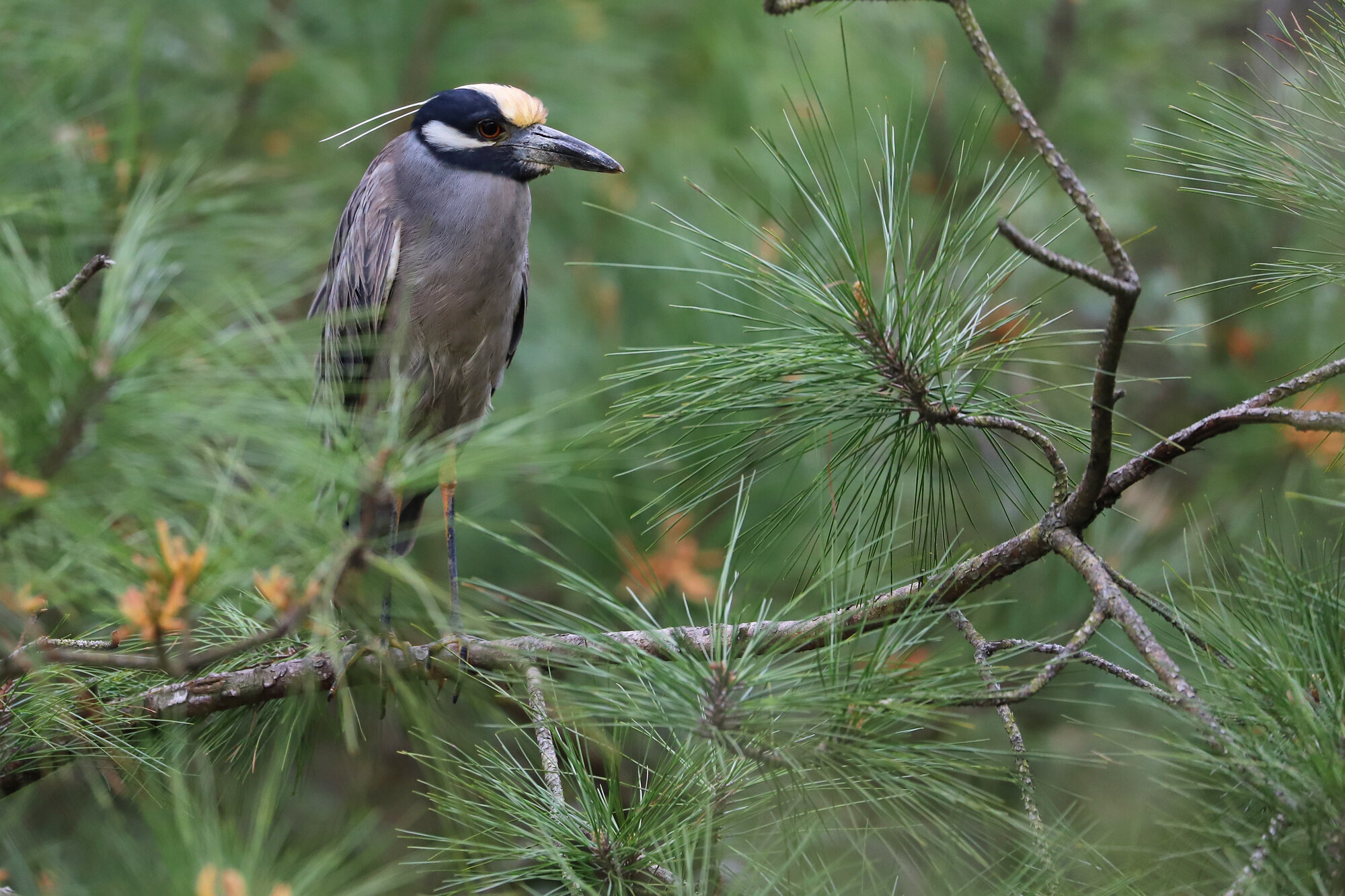
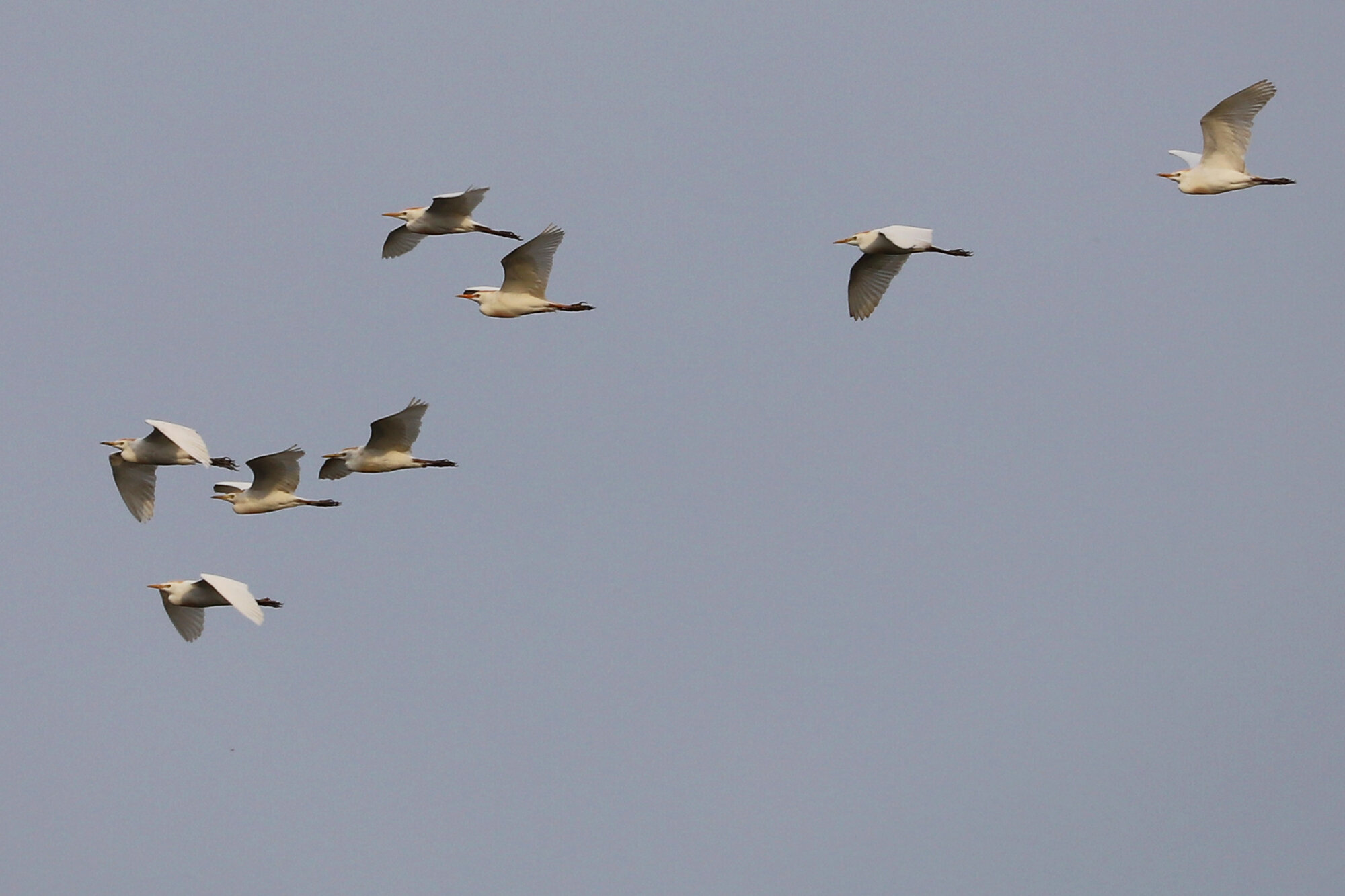

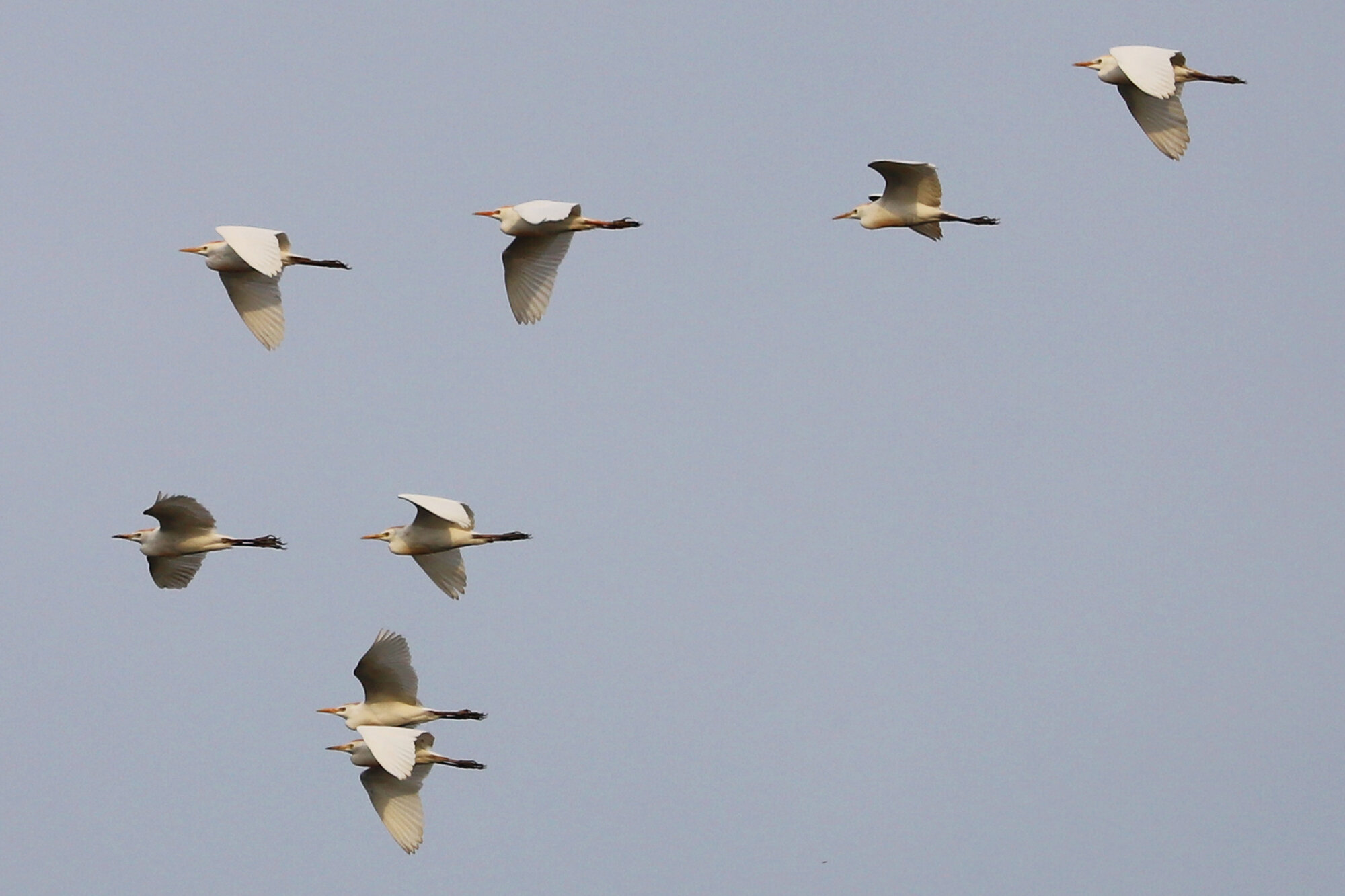
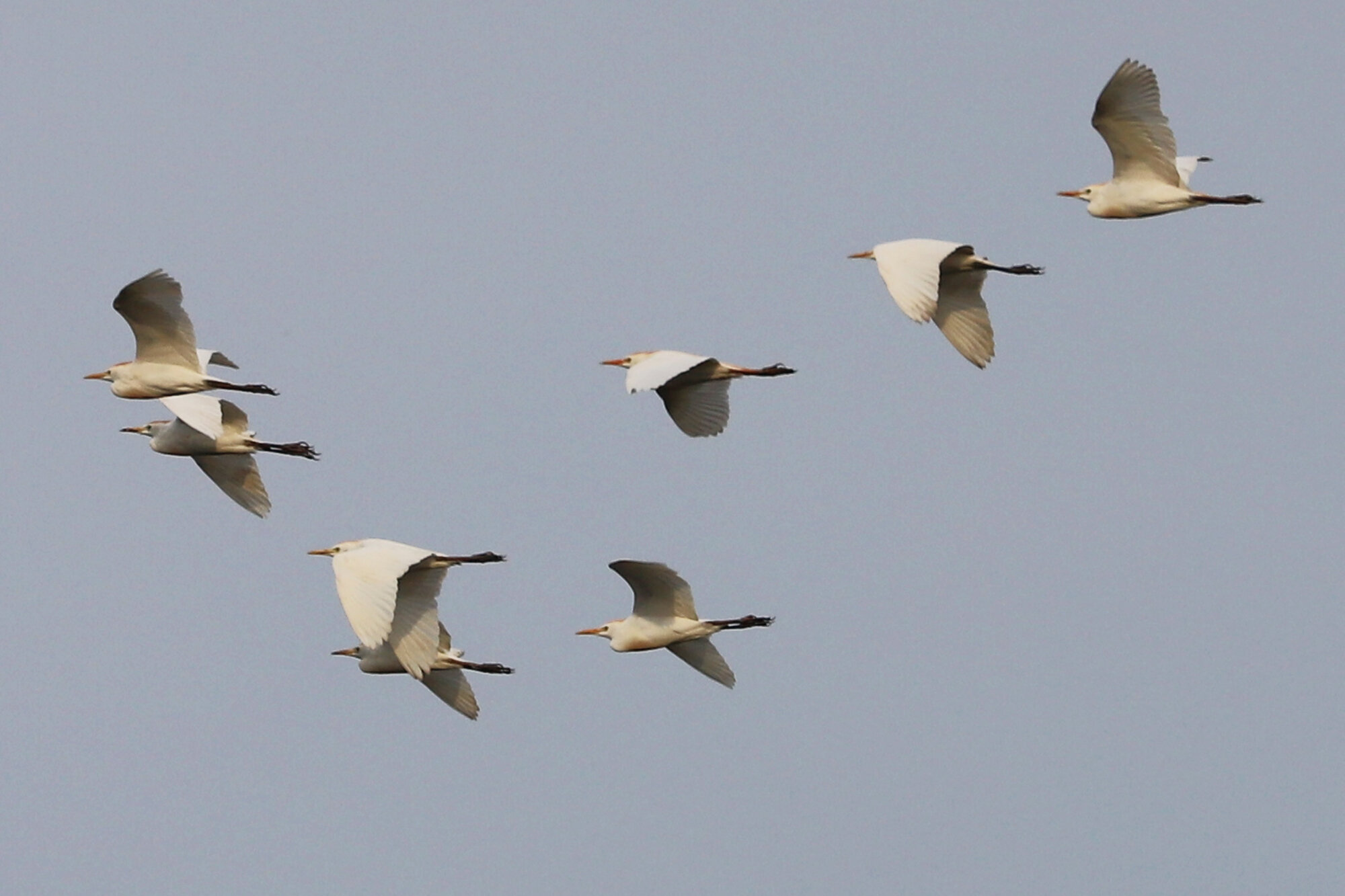

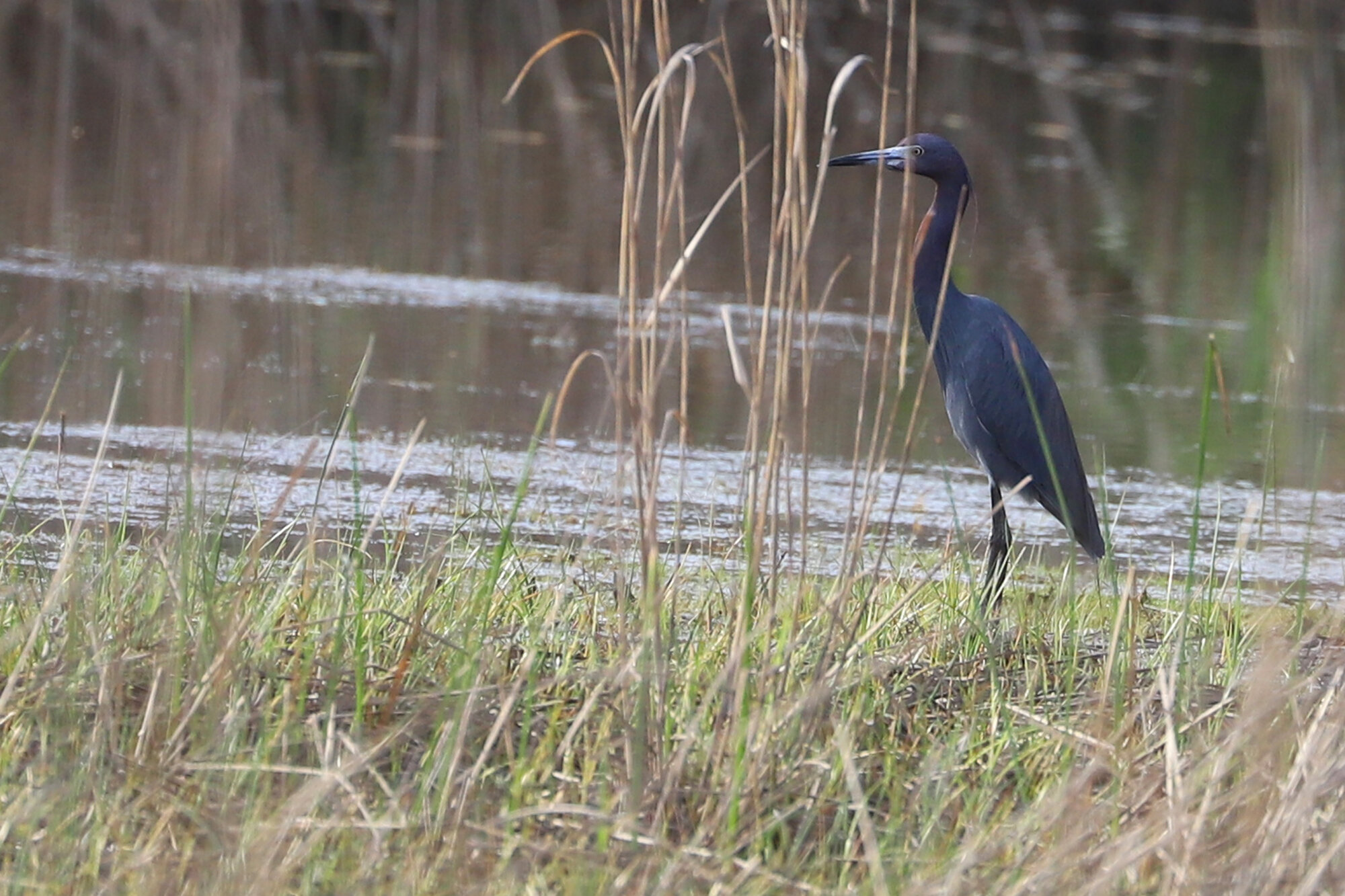
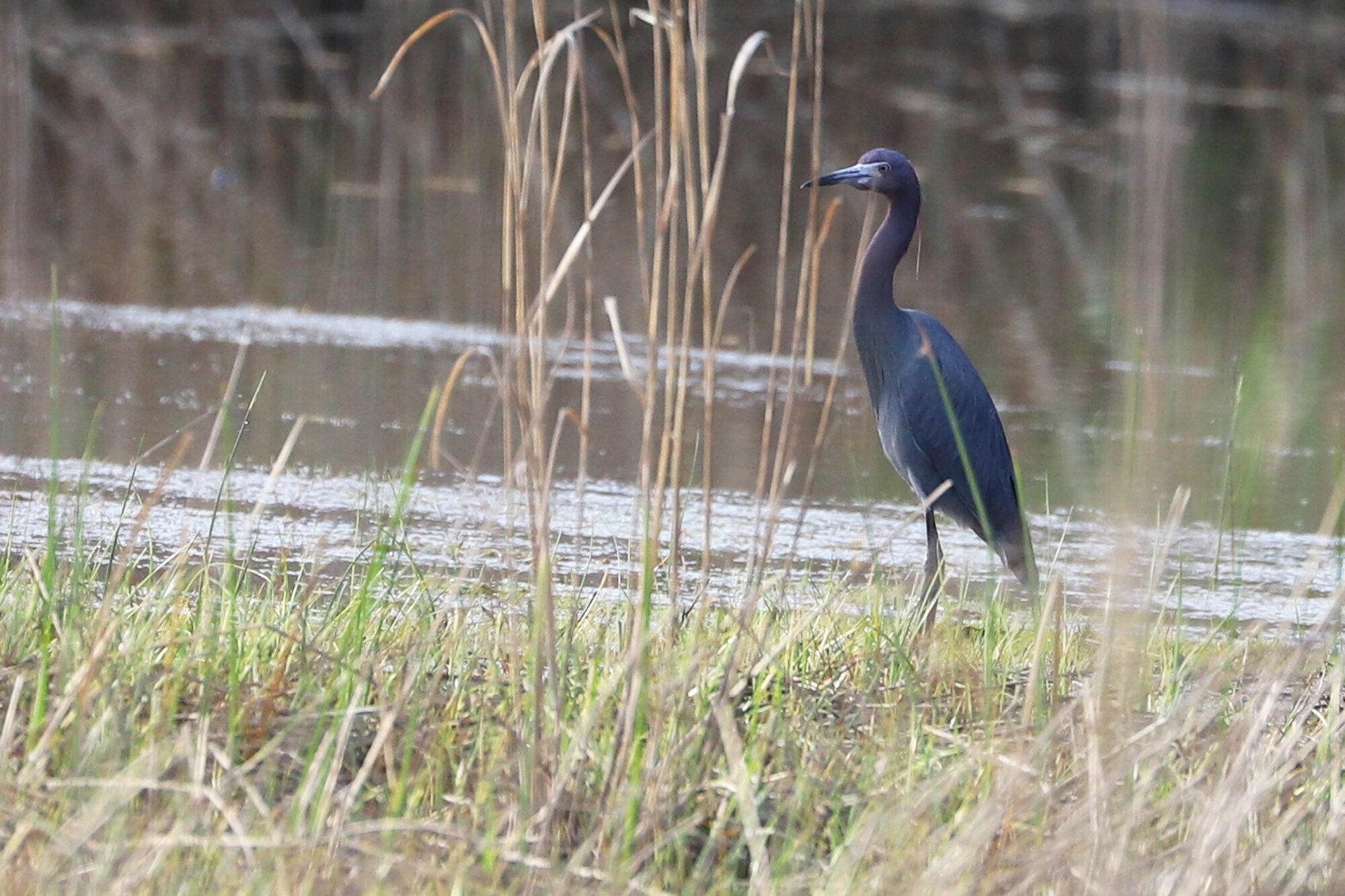
Another unexpectedly early arrival, the first GREEN HERON of the spring season was photographed on the outgoing canal from Lake Windsor on 22 Mar (ph. Tommy Maloney), which ties the second-earliest date for this species in Virginia Beach with one at Pleasure House Point Natural Area on 22 Mar 2015 (vis. Melinda Carr), and was only one day shy of the all-time earliest eBird record at Back Bay NWR on 21 Mar 1978 (vis. Edward Brinkley)! Pleasure House Point hosted the next arrival on 28 Mar (ph. Amy & Steve Myers), and from there moving forward the species was regularly reported again. (Mar 2020 Map)
In a miraculous feat of survival, an immature YELLOW-CROWNED NIGHT-HERON successfully made it through the entire winter season at Pleasure House Point Natural Area, and was last recorded 15 Mar (vis. Steve Myers) before blending in among its returning kin! Unusual after October, the last report of more than one individual in the city occurred 11 Nov (ph. Loretta Silvia), and from then until 24 Mar when another arrived to Lake Windsor (ph. Steve Keith), it remained the sole member of its species to inhabit the city! Expanding this a bit, just to show how unusual wintering is, between 23 Nov when one was found in Hampton (vis. Chris Monahan) and 19 Mar when the first spring arrival hit the state in Sussex County (ph. Allen Bryan), it was the only Yellow-crowned Night-Heron known in Virginia! Typically, we start setting this species returning around 20-25 Mar, and it seems the northbound individuals were right on time. (Mar 2020 Map)
Ovenbird / West Neck Creek NA / 30 Mar; please click this photo to advance to the next!
Northern Rough-winged Swallow / NAS Oceana (Restricted) / 14 Mar
Northern Rough-winged Swallow / NAS Oceana (Restricted) / 14 Mar
Blue-gray Gnatcatcher / Stumpy Lake NA / 21 Mar
Blue-gray Gnatcatcher / Stumpy Lake NA / 21 Mar
Blue-gray Gnatcatcher / Princess Anne WMA Whitehurst Tract / 22 Mar
Blue-gray Gnatcatcher / Princess Anne WMA Whitehurst Tract / 22 Mar
Northern Rough-winged Swallows / Munden Road / 22 Mar
Blue-gray Gnatcatcher / Stumpy Lake NA / 26 Mar
Blue-gray Gnatcatcher / Stumpy Lake NA / 26 Mar
White-eyed Vireo / Munden Road / 29 Mar
White-eyed Vireo / Munden Road / 29 Mar
White-eyed Vireo / Munden Road / 29 Mar
White-eyed Vireo / Munden Road / 29 Mar
White-eyed Vireo / Munden Road / 29 Mar
White-eyed Vireo / Munden Road / 29 Mar
Ovenbird / West Neck Creek NA / 30 Mar
Ovenbird / West Neck Creek NA / 30 Mar
Ovenbird / West Neck Creek NA / 30 Mar
Ovenbird / West Neck Creek NA / 30 Mar
Ovenbird / West Neck Creek NA / 30 Mar
Ovenbird / West Neck Creek NA / 30 Mar
Blue-gray Gnatcatcher / West Neck Creek NA / 30 Mar
Blue-gray Gnatcatcher / West Neck Creek NA / 30 Mar
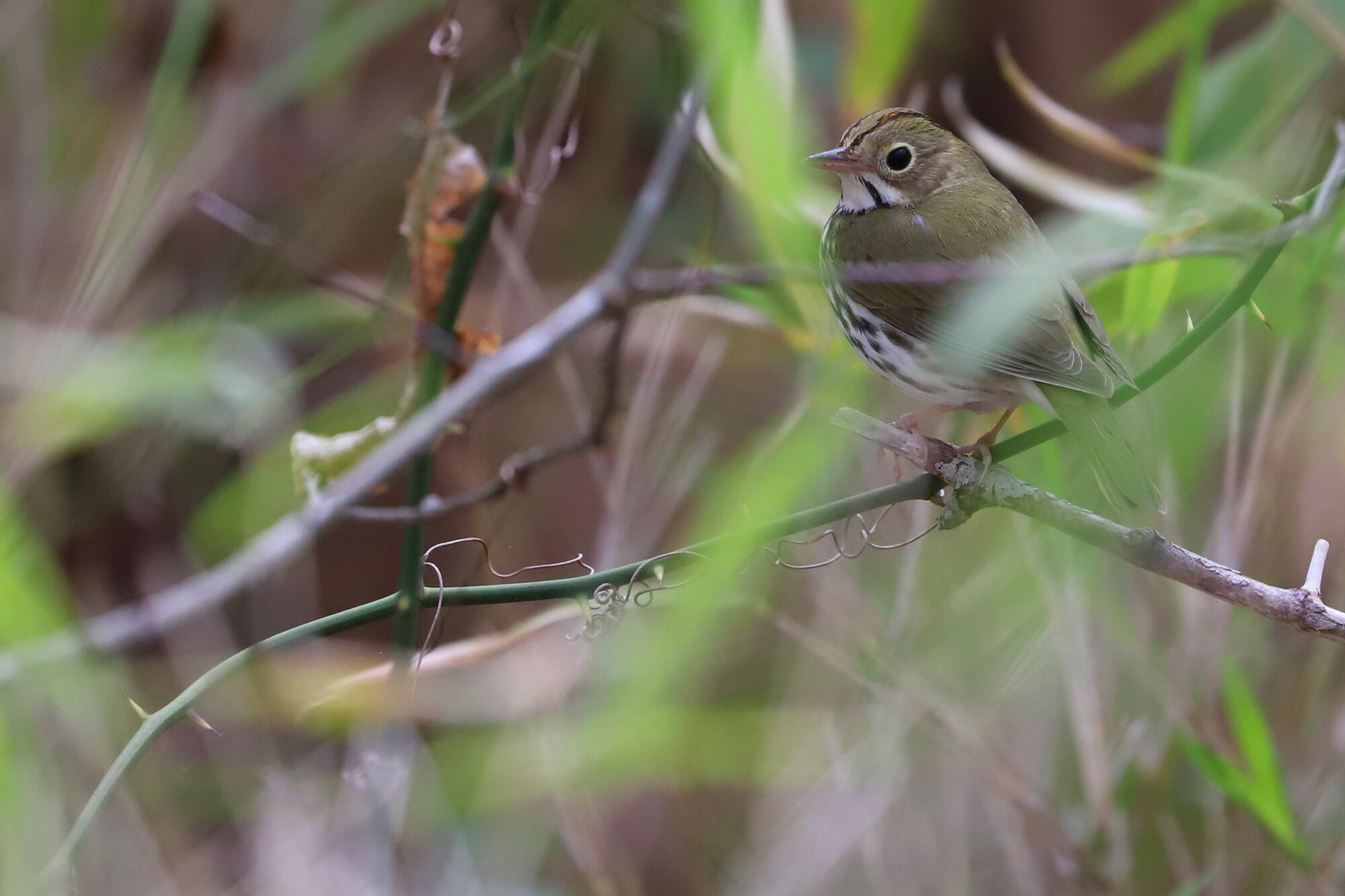
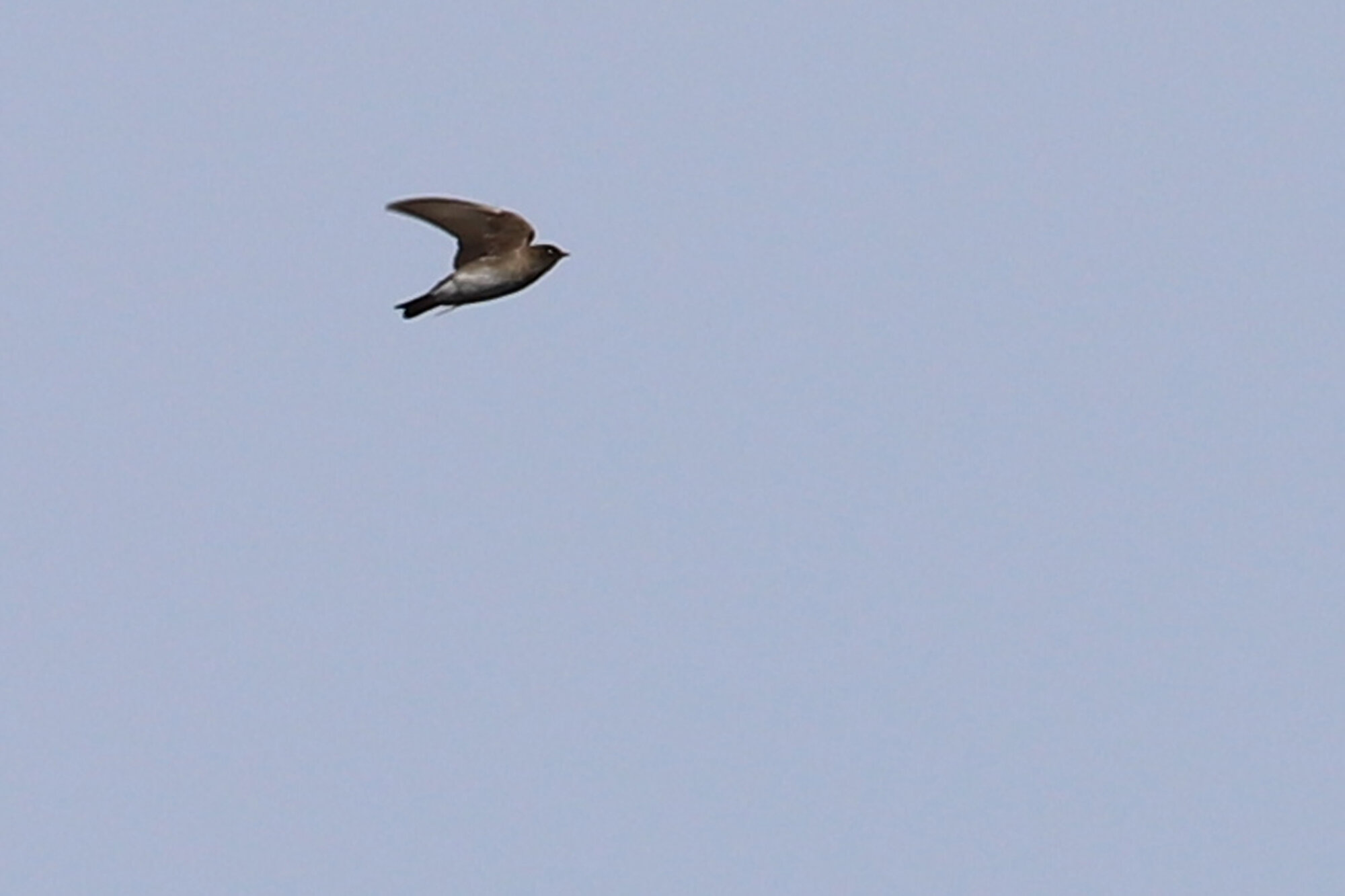
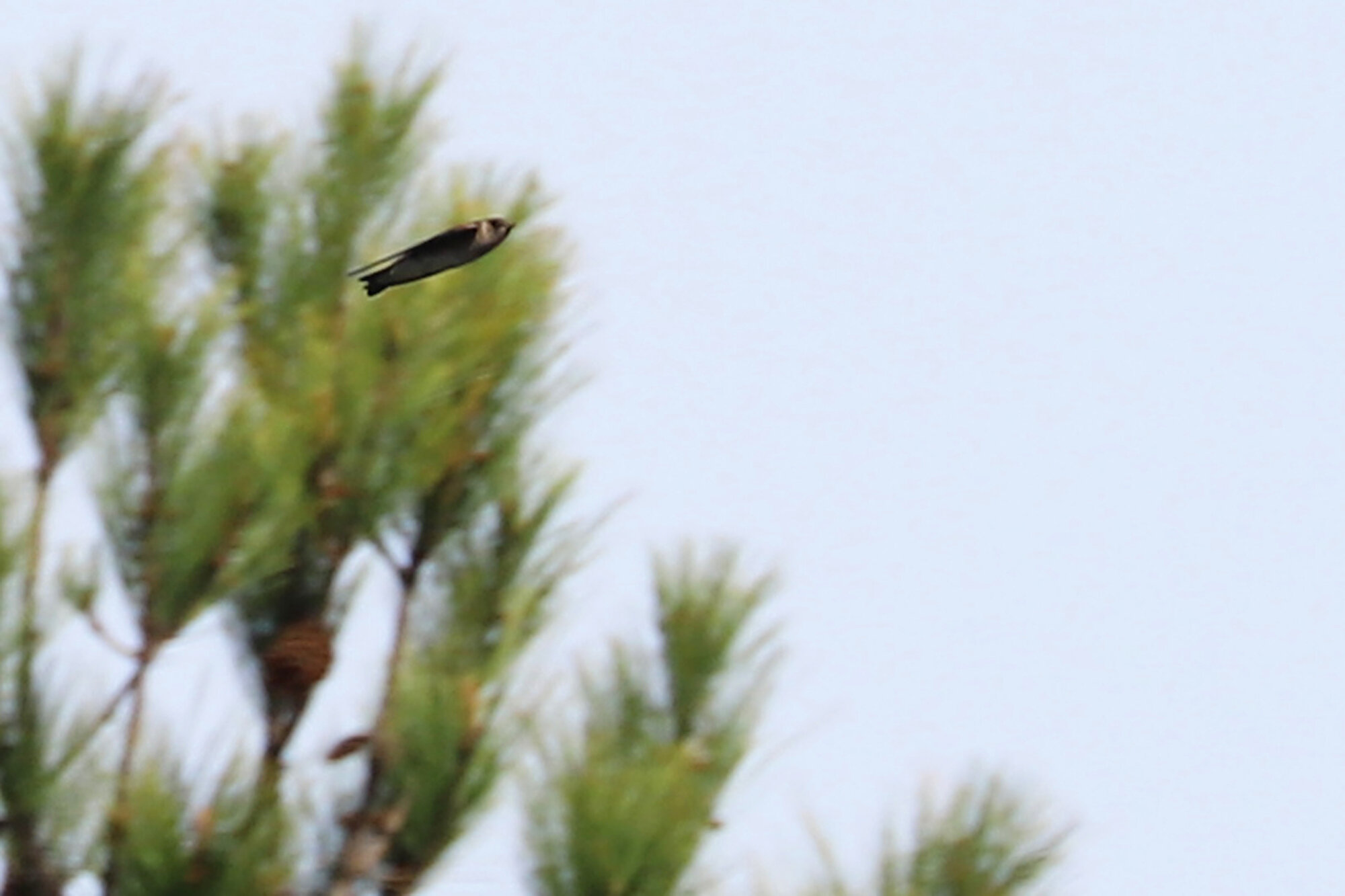

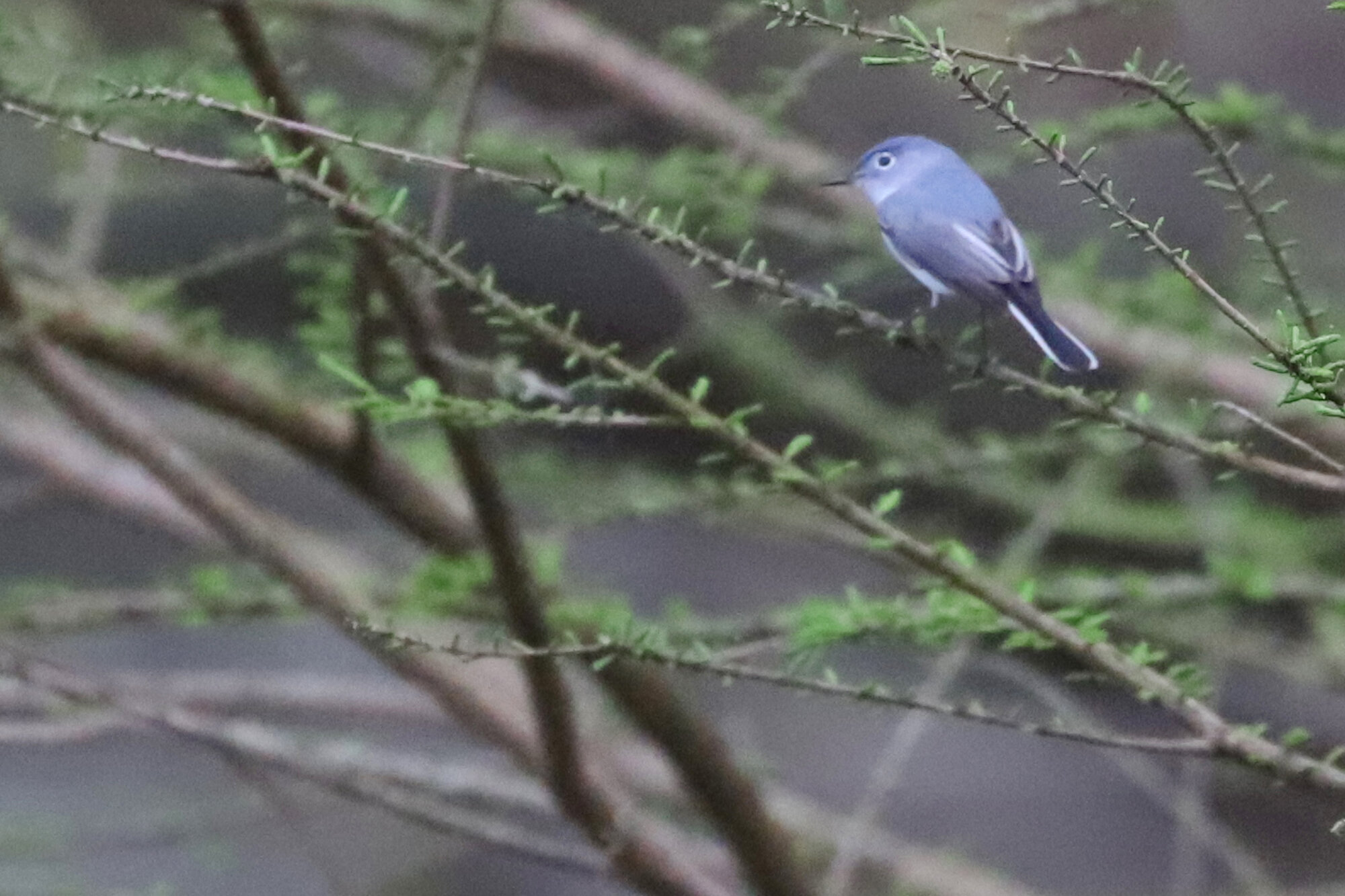


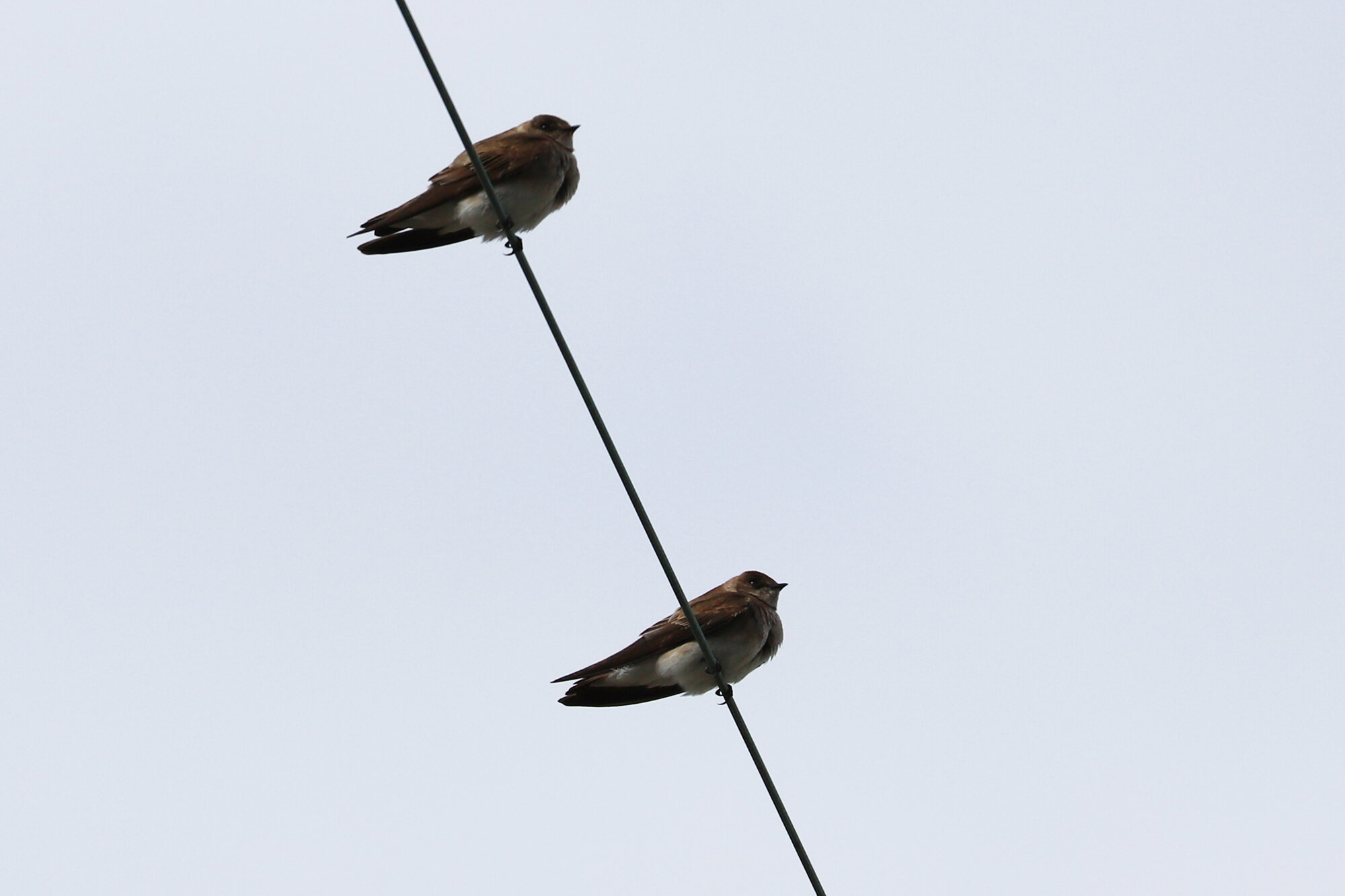
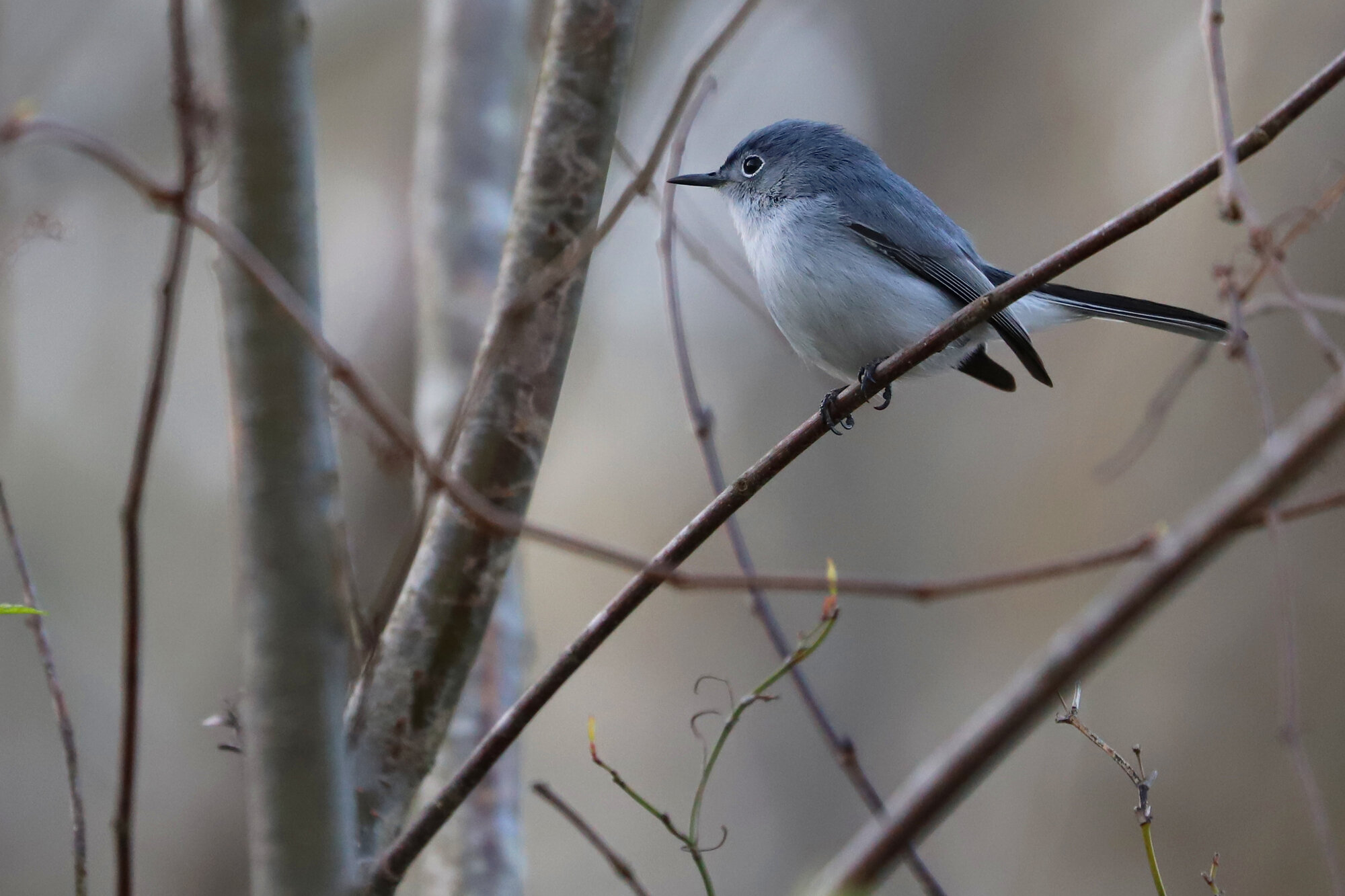
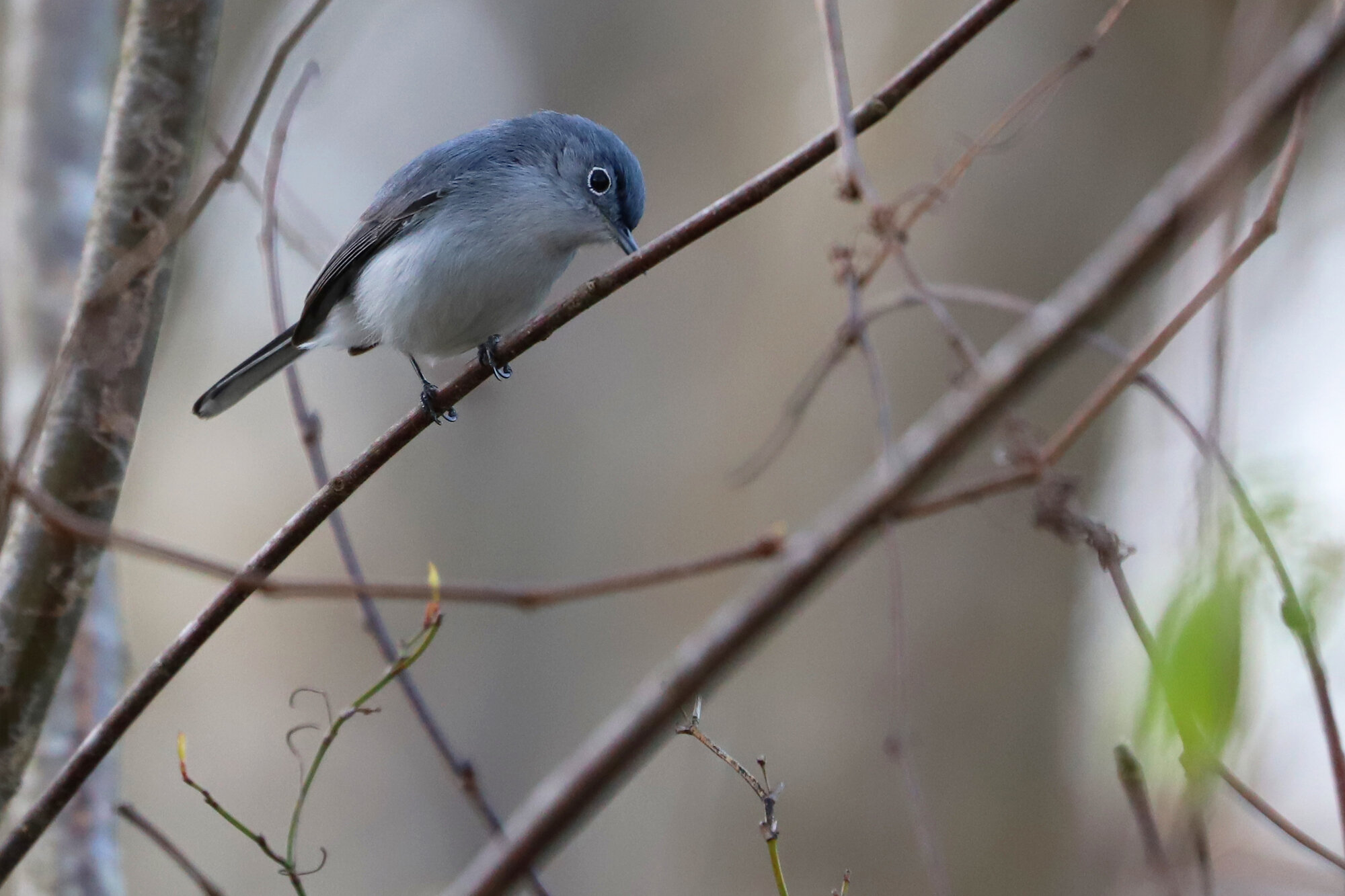
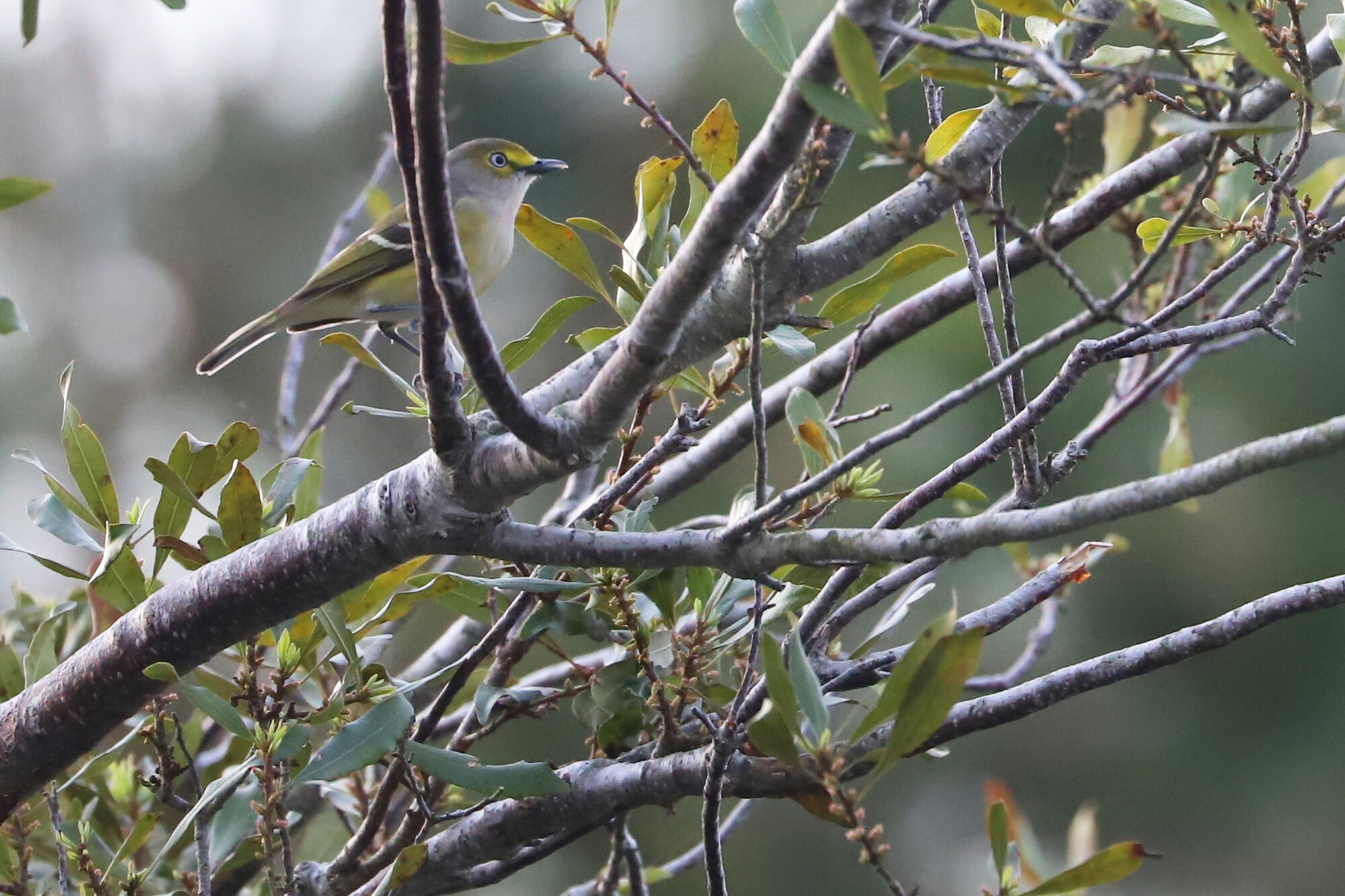

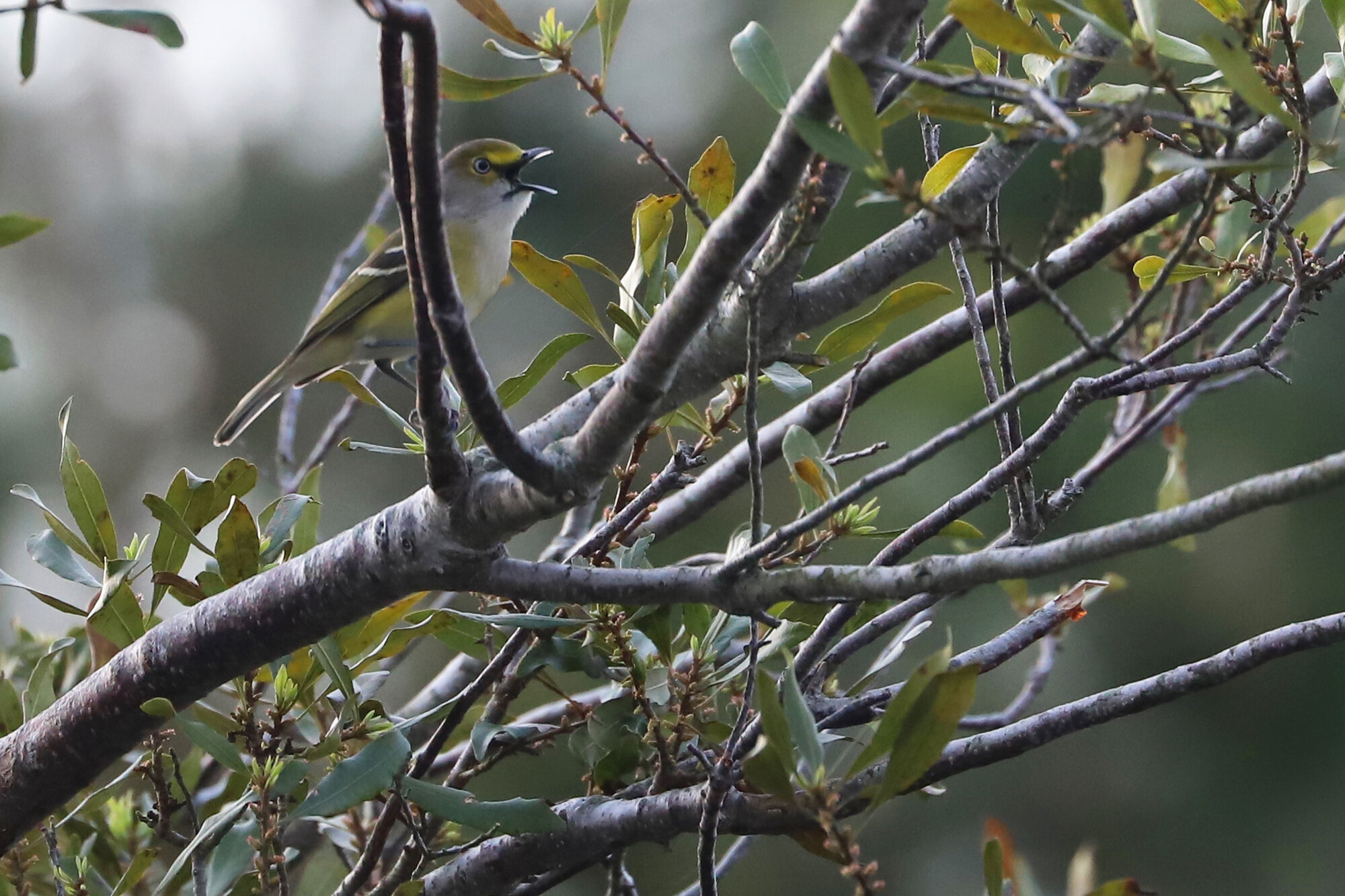



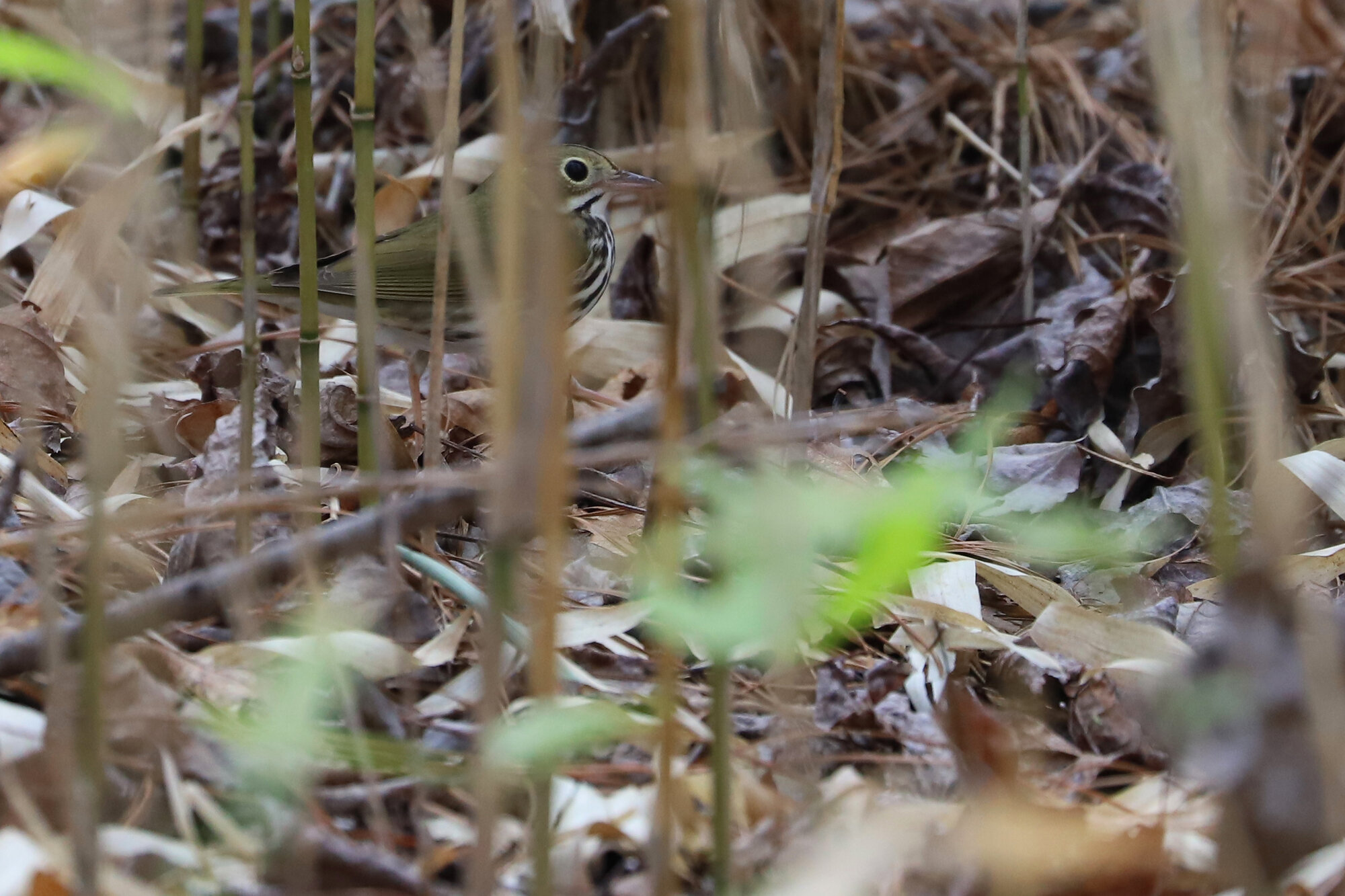
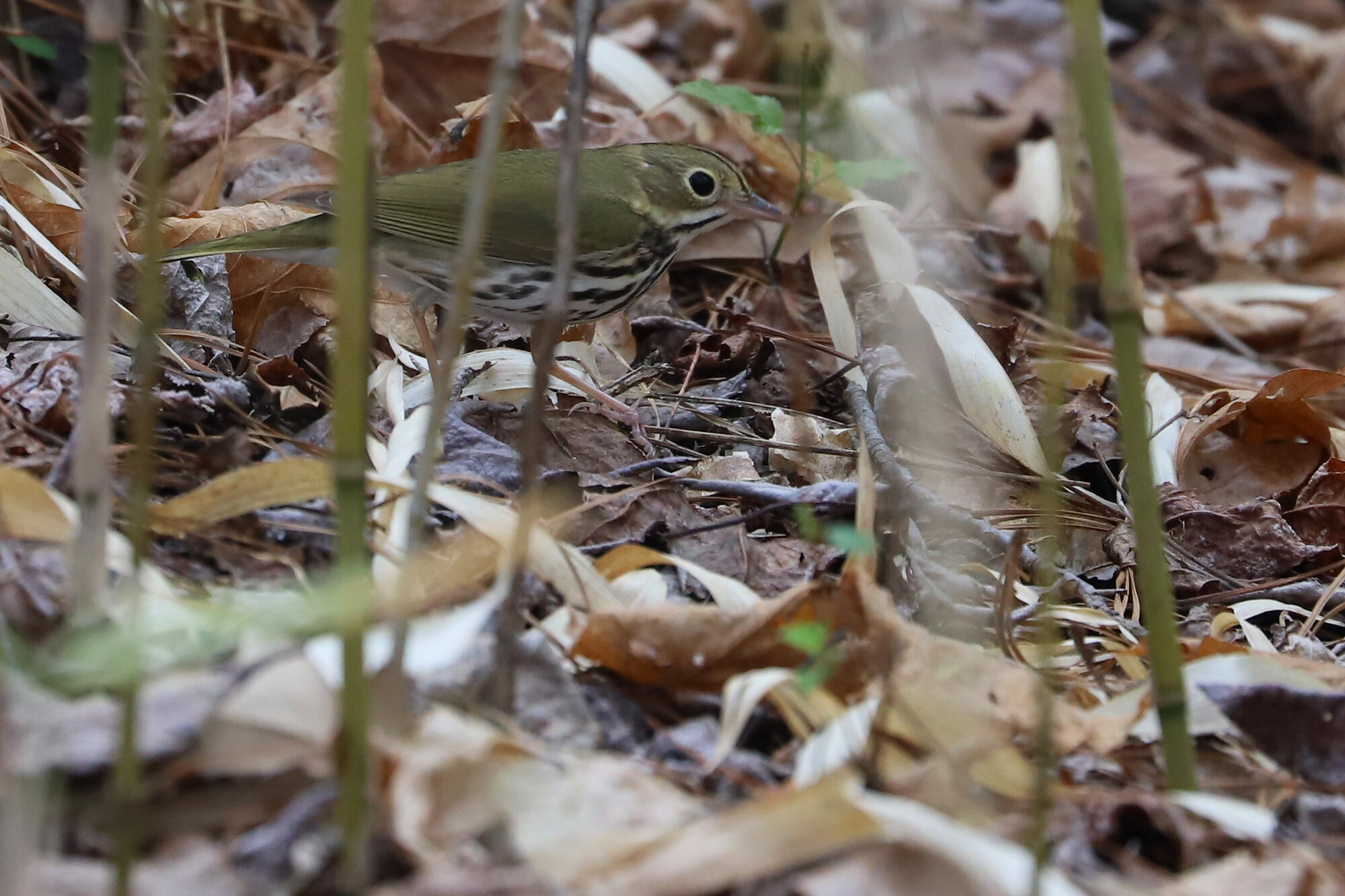
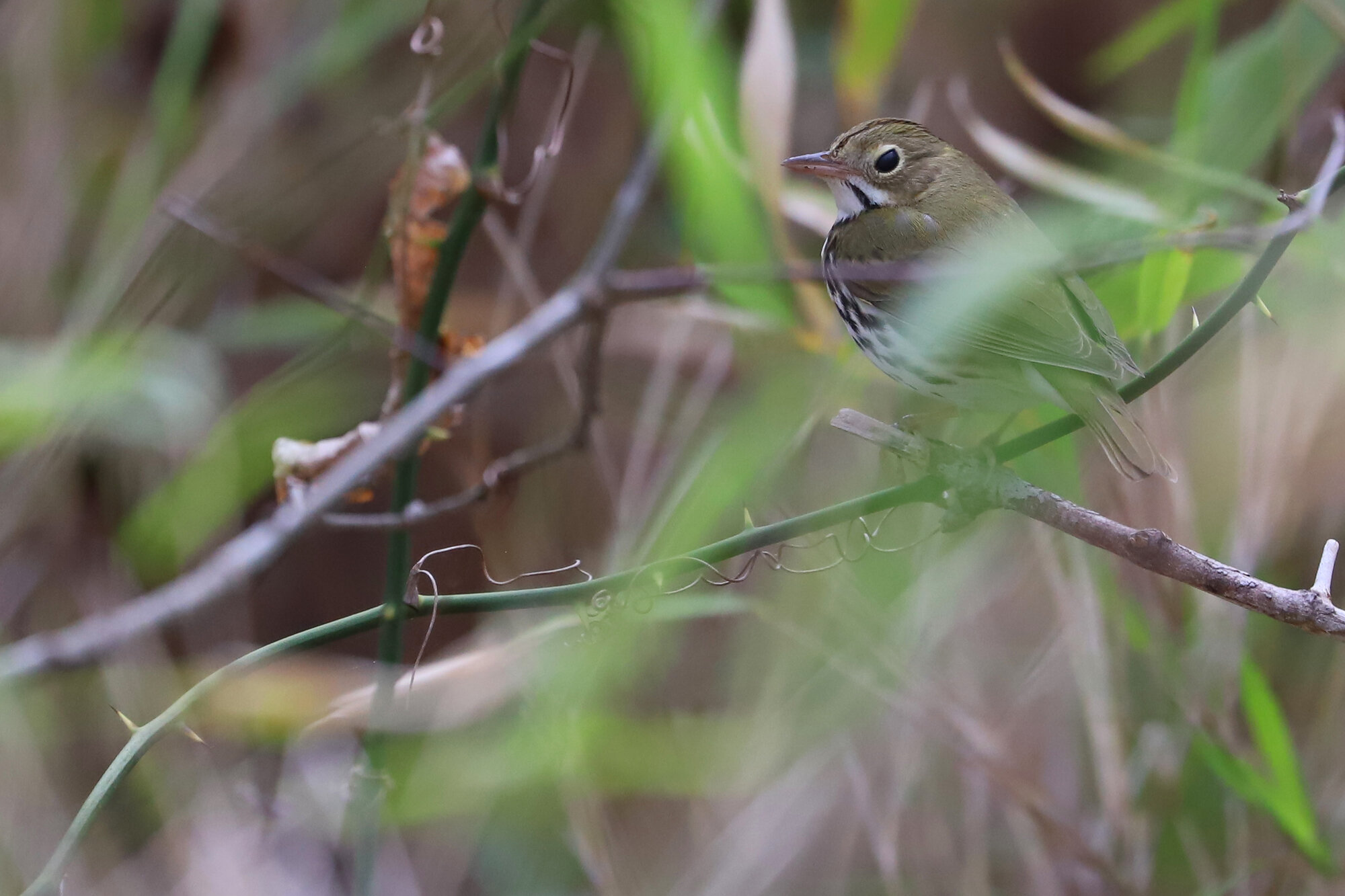

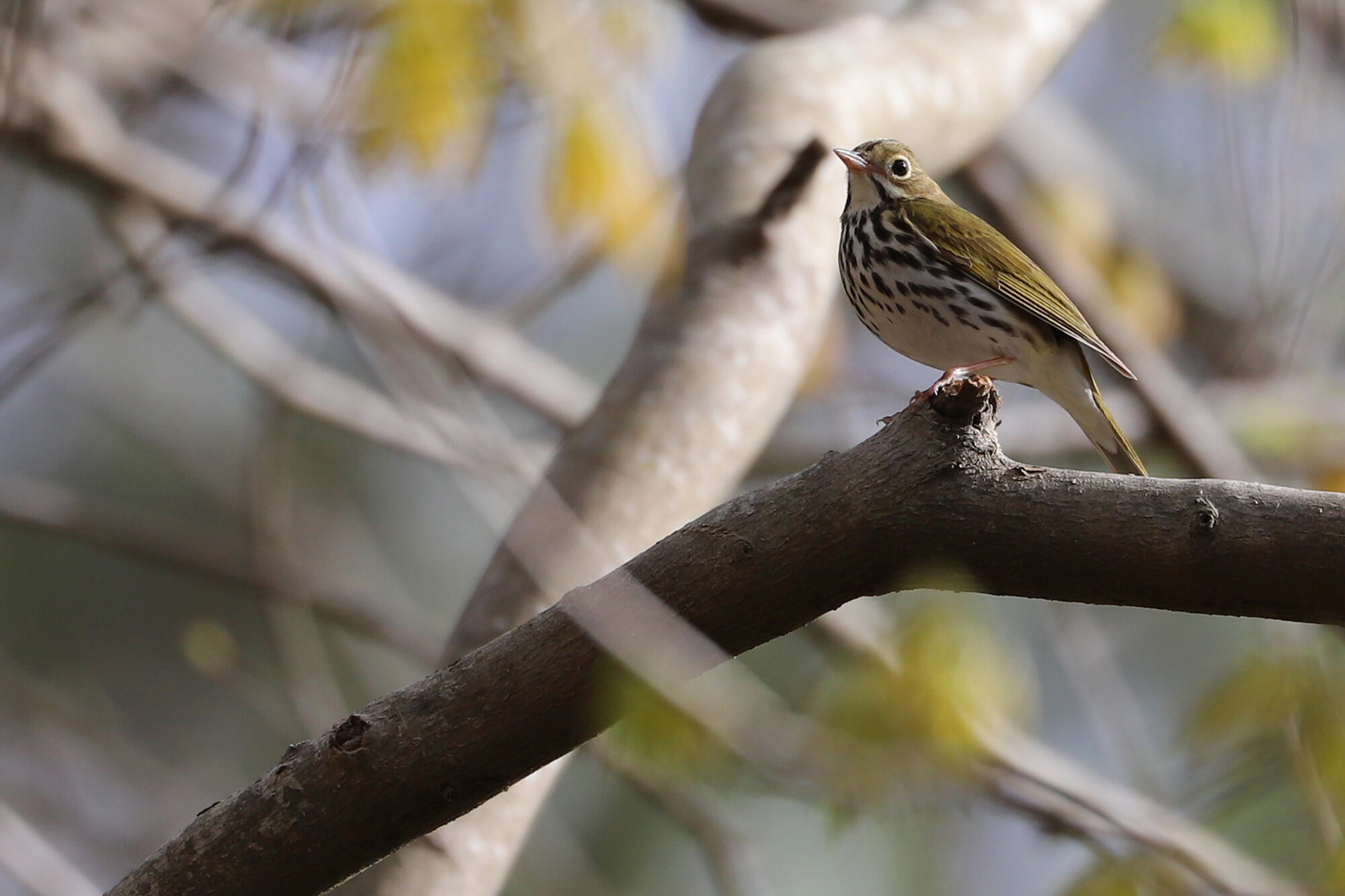
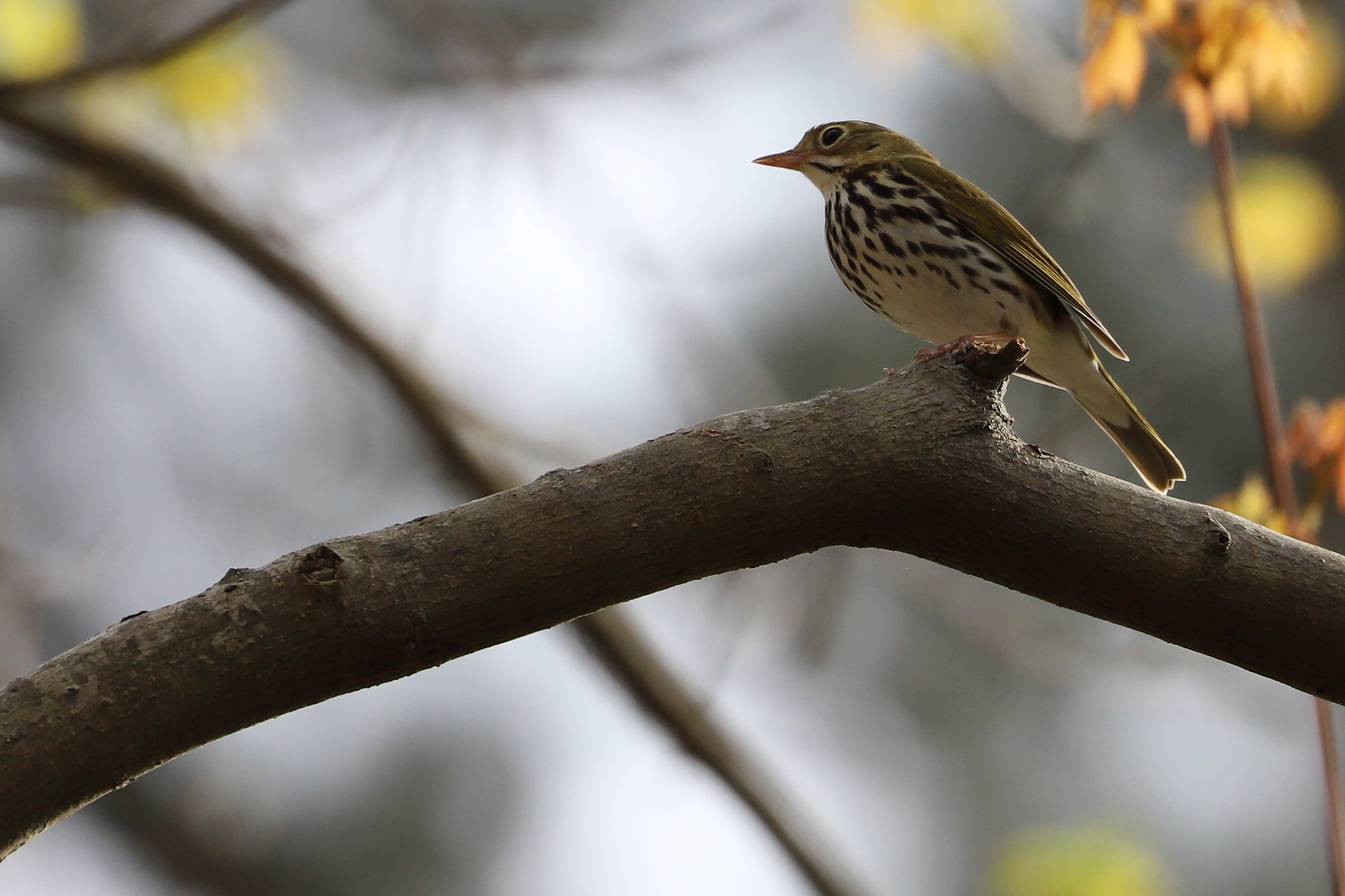
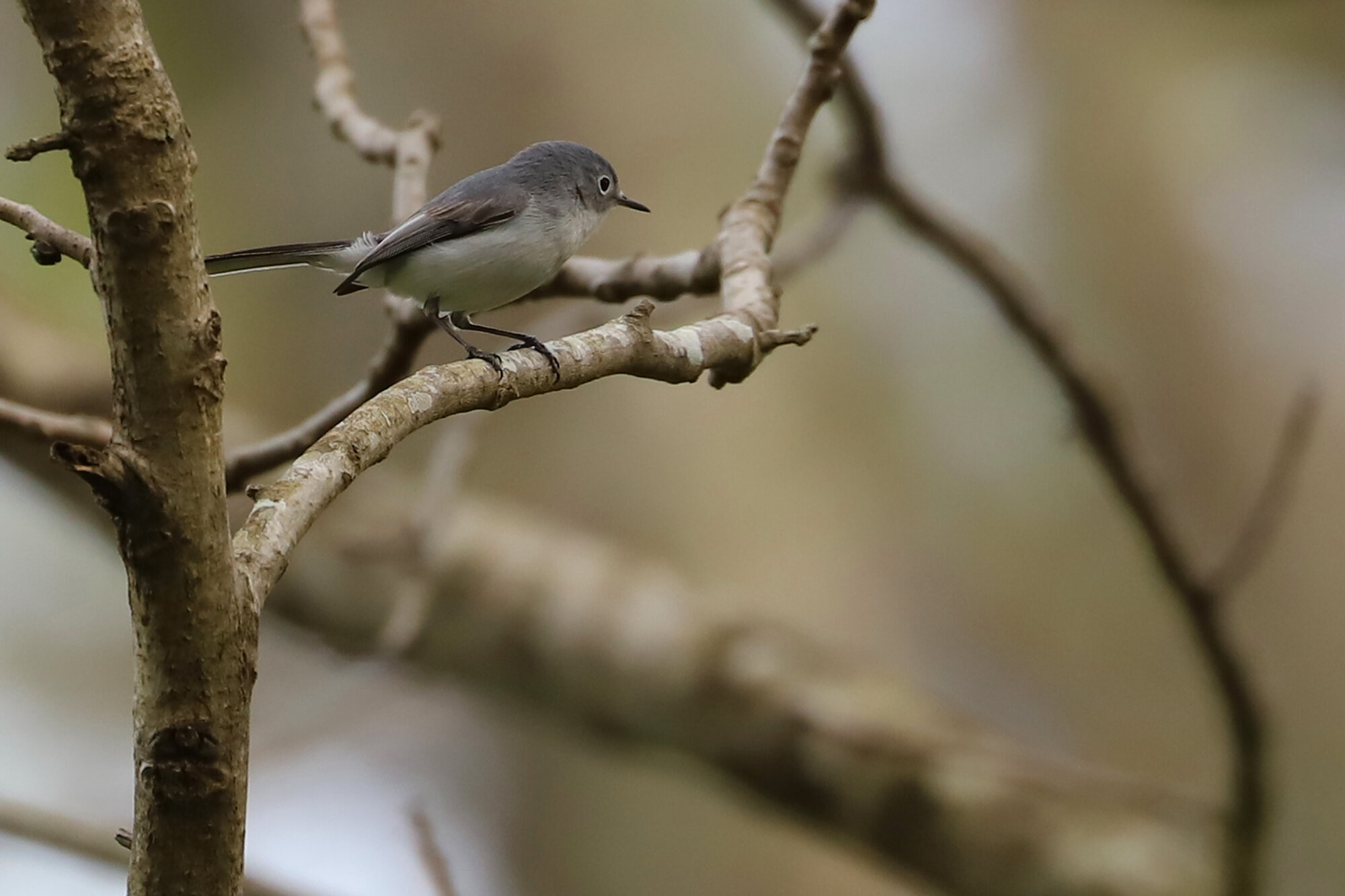
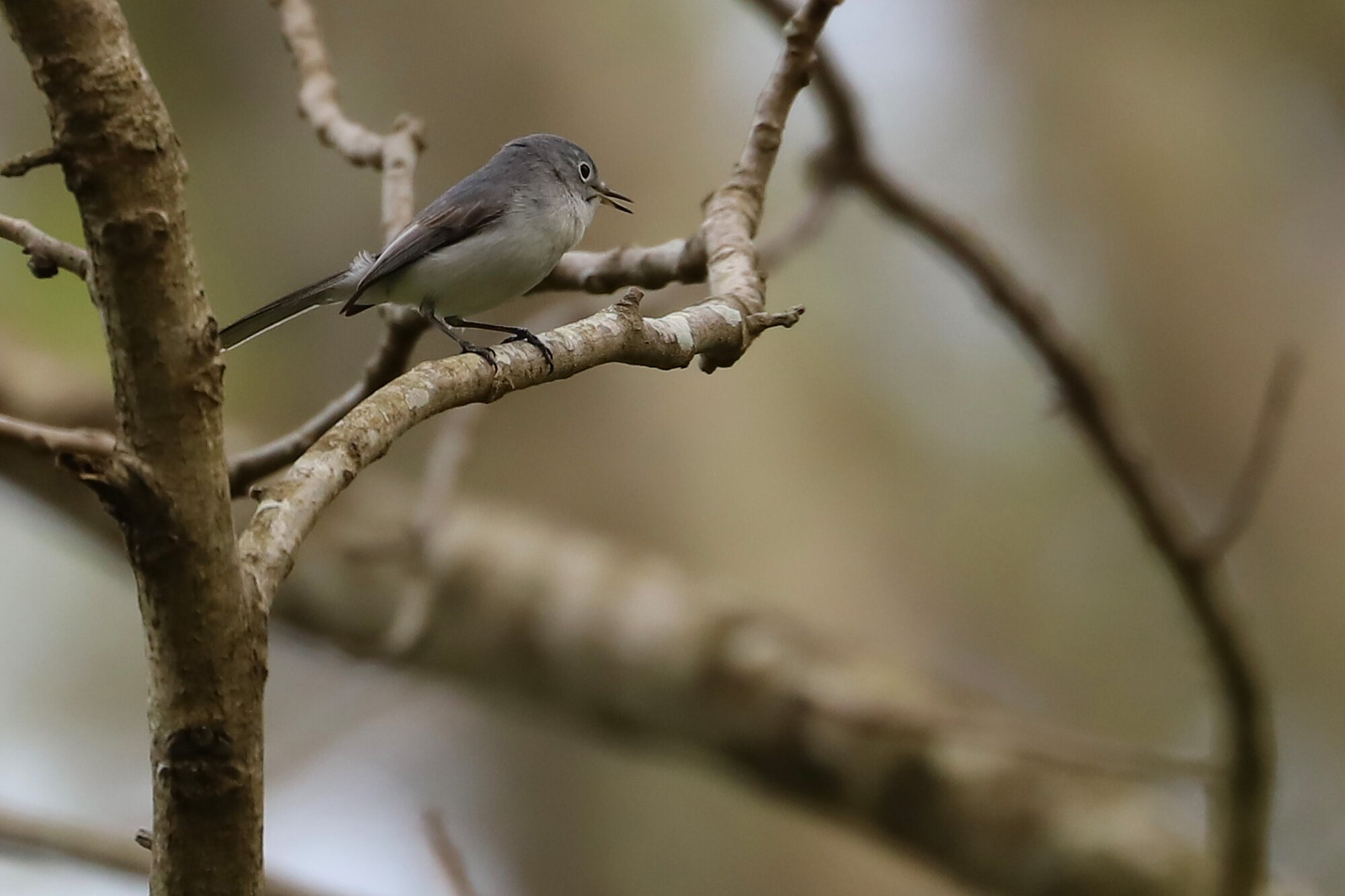
Though a single WESTERN KINGBIRD was known to be present on NAS Oceana property along Potters Road from 14 Jan (ph. Karl Suttmann) through 15 Jan (vis. Andrew Baldelli), reports for this species at the location re-awakened in March. Likely the same individual, and a second Western Kingbird were reported at this same location on 2 Mar (ph. Mark Burns), and records persisted here for one-or-two individuals through 12 Mar (vis. Bob Epperson & John Pancake). A later report occurred farther east, near the viewing area at the northeast end of the Oceana runway on 14 Mar (vis. Brandon Holland) but that was the last of the reports. Usually flycatchers aren’t apt to stay in the same place, but fortunately these did allow for a good number of locals & visiting birders alike to view them during their stay. During March, there were no other reports for this species north of Florida along the East Coast, so it was certainly exciting for the city, state & region overall! (Mar 2020 Map)
As with the Yellow-crowned Night-Heron mentioned above, we also had another species make a surprising successful overwintering attempt. The WHITE-EYED VIREO that was present in the thicket east of the Princess Anne WMA Whitehurst Tract parking lot dating back to at least 24 Nov (ph. Rob Bielawski) continued to be logged throughout March at the same location! Additionally, another White-eyed Vireo was audio recorded along the entrance road to Back Bay NWR on 13 Mar (a.r. Karen & Tom Beatty) and this may represent either another potential over-winterer or a very early spring arrival, though the former seems quite possible given the date. Unfortunately in this case, there were no prior records to compare though, while the Whitehurst individual was tracked almost every Sunday from late Nov through late Mar, giving proof of its persistence. Typical spring arrival date for this species based on the past few years is 30 Mar, and individuals outside the two mentioned above started being logged 26 Mar, with increasing report frequency thereafter. (Mar 2020 Map)
Pied-billed Grebe / Kings Grant Lakes / 5 Mar; please click this photo to advance to the next!
American Wigeons & Mallard / Kings Grant Lakes / 5 Mar
Pied-billed Grebe / Kings Grant Lakes / 5 Mar
Pied-billed Grebe / Kings Grant Lakes / 5 Mar
Pied-billed Grebe / Kings Grant Lakes / 5 Mar
Pied-billed Grebe / Kings Grant Lakes / 5 Mar
Pied-billed Grebe / Kings Grant Lakes / 5 Mar
Pied-billed Grebe / Kings Grant Lakes / 5 Mar
Pied-billed Grebe / Kings Grant Lakes / 5 Mar
Hooded Merganser / Kings Grant Lakes / 5 Mar
Hooded Merganser / Kings Grant Lakes / 5 Mar
Hooded Mergansers / Kings Grant Lakes / 5 Mar
Hooded Merganser / Kings Grant Lakes / 5 Mar
American Coots / Stumpy Lake NA / 13 Mar
Horned Grebe / Pleasure House Point NA / 27 Mar
Bonaparte's Gull / Back Bay NWR / 28 Mar
Bonaparte's Gull / Back Bay NWR / 28 Mar
Sharp-shinned Hawk / Back Bay NWR / 28 Mar
Sharp-shinned Hawk / Back Bay NWR / 28 Mar
American Coots / Back Bay NWR / 28 Mar
American Coot / Back Bay NWR / 28 Mar
Bonaparte's Gull / Back Bay NWR / 28 Mar
Common Loon / Back Bay NWR / 28 Mar
American Bittern / Princess Anne WMA Beasley Tract / 29 Mar
Green-winged Teals / Princess Anne WMA Whitehurst Tract / 29 Mar
Green-winged Teals / Princess Anne WMA Whitehurst Tract / 29 Mar
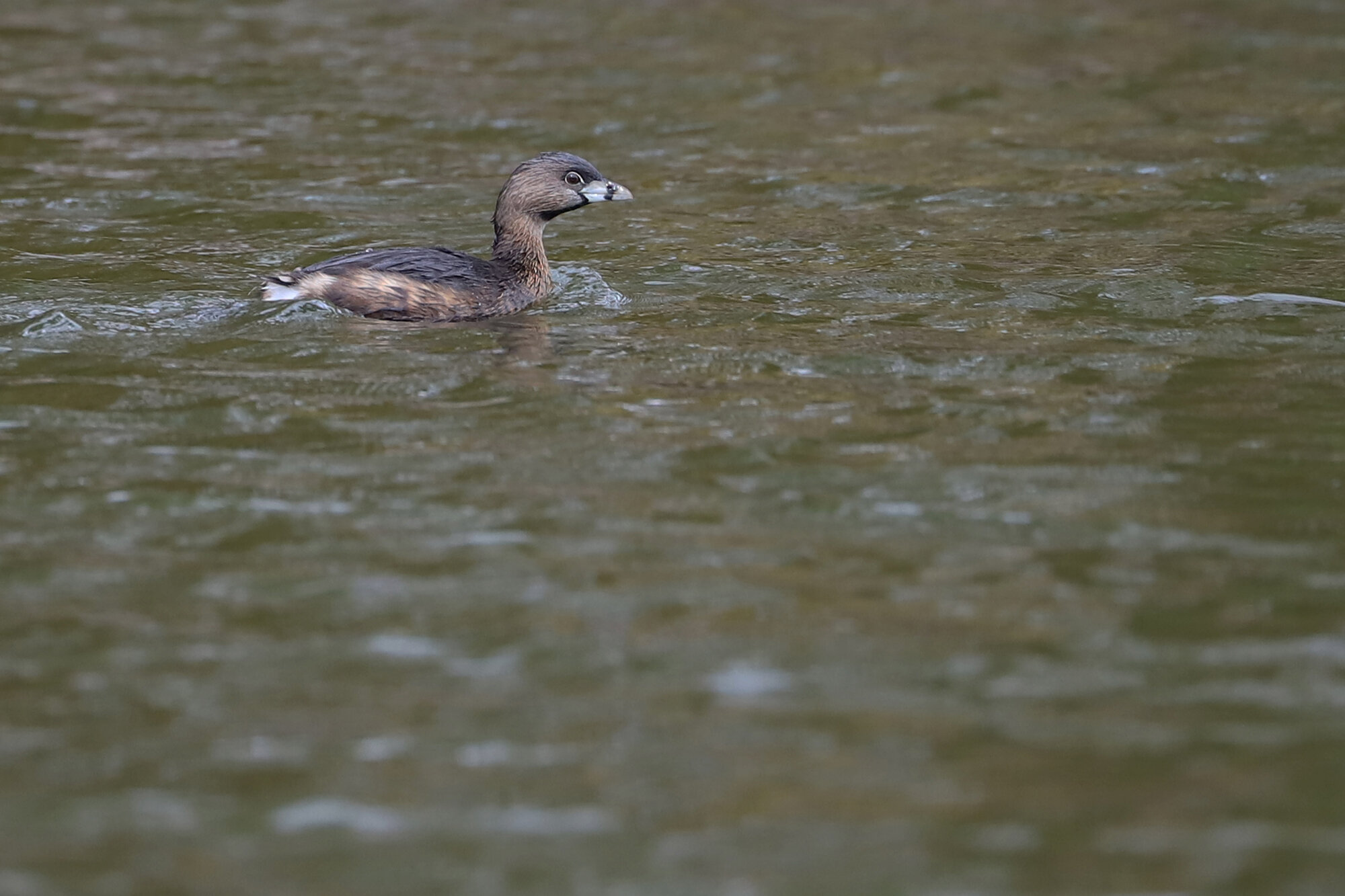
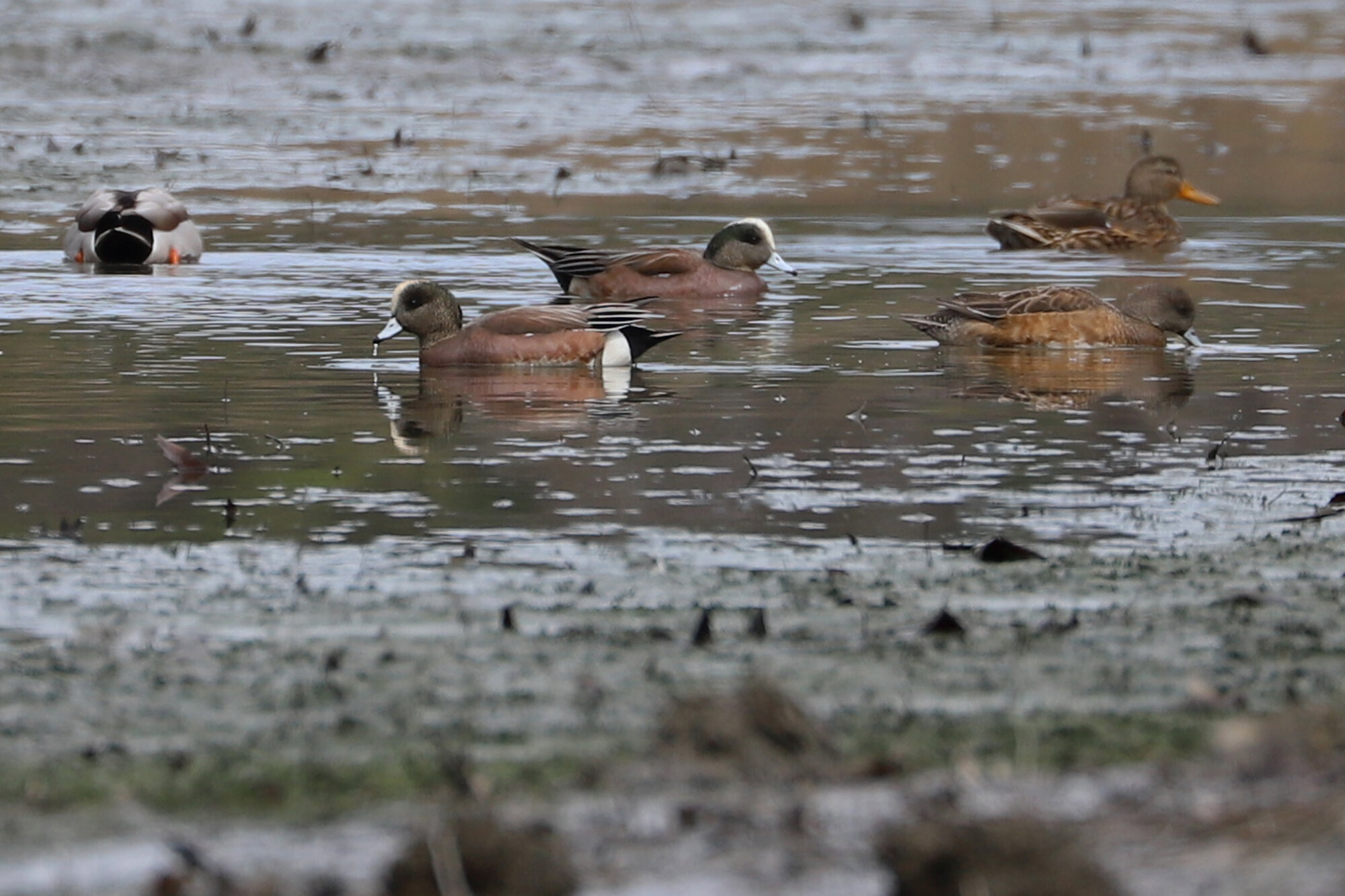
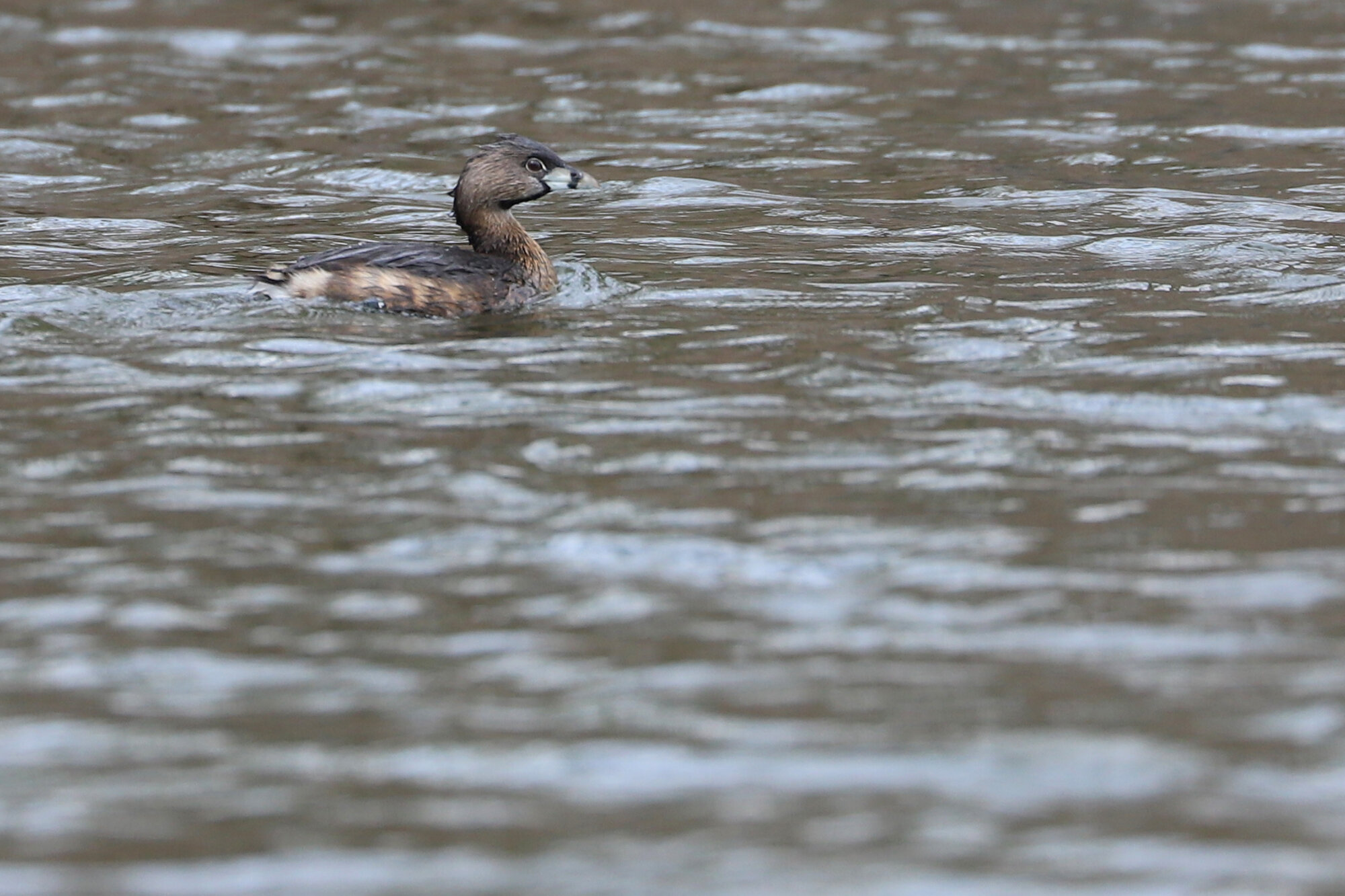
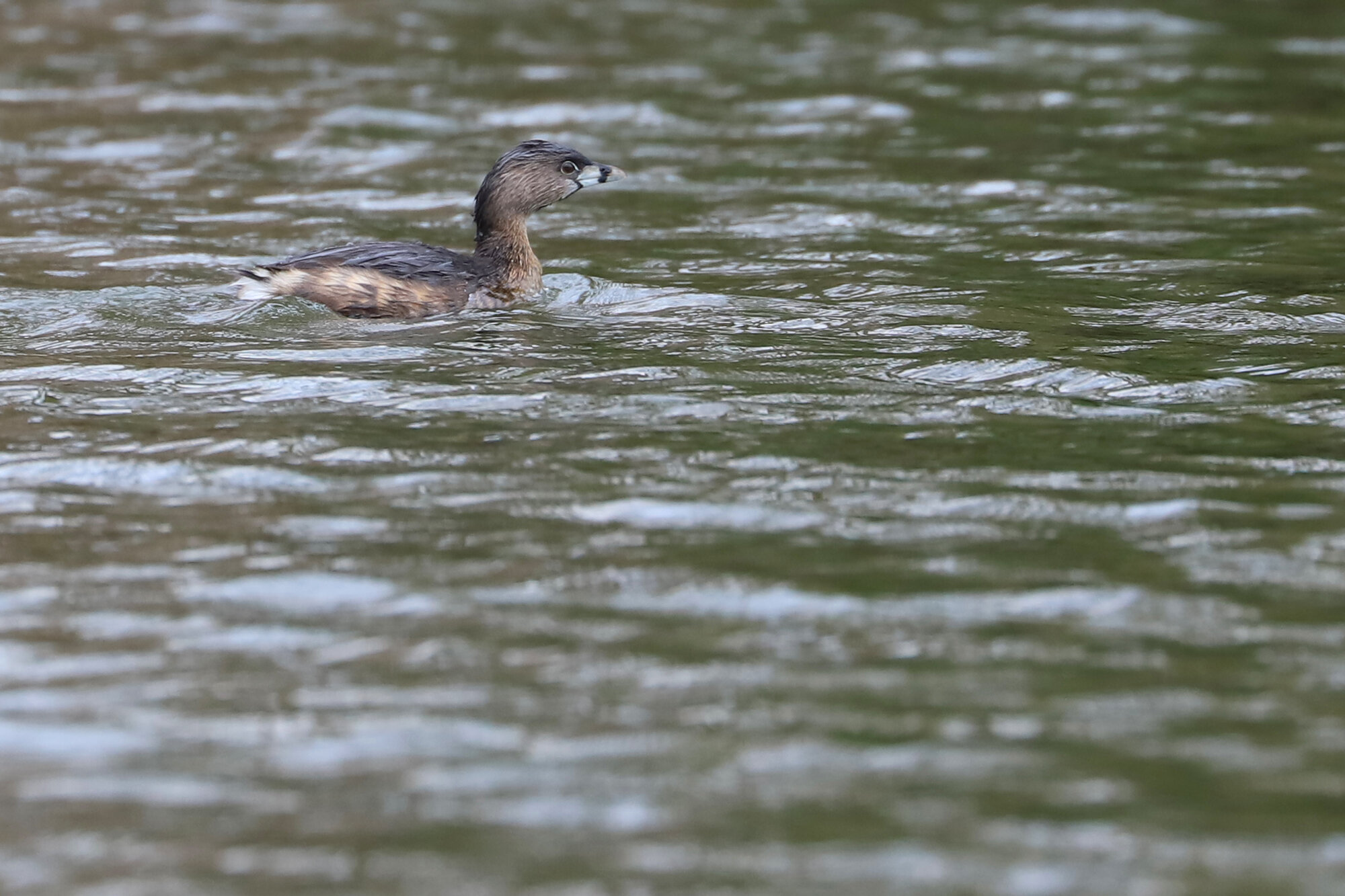
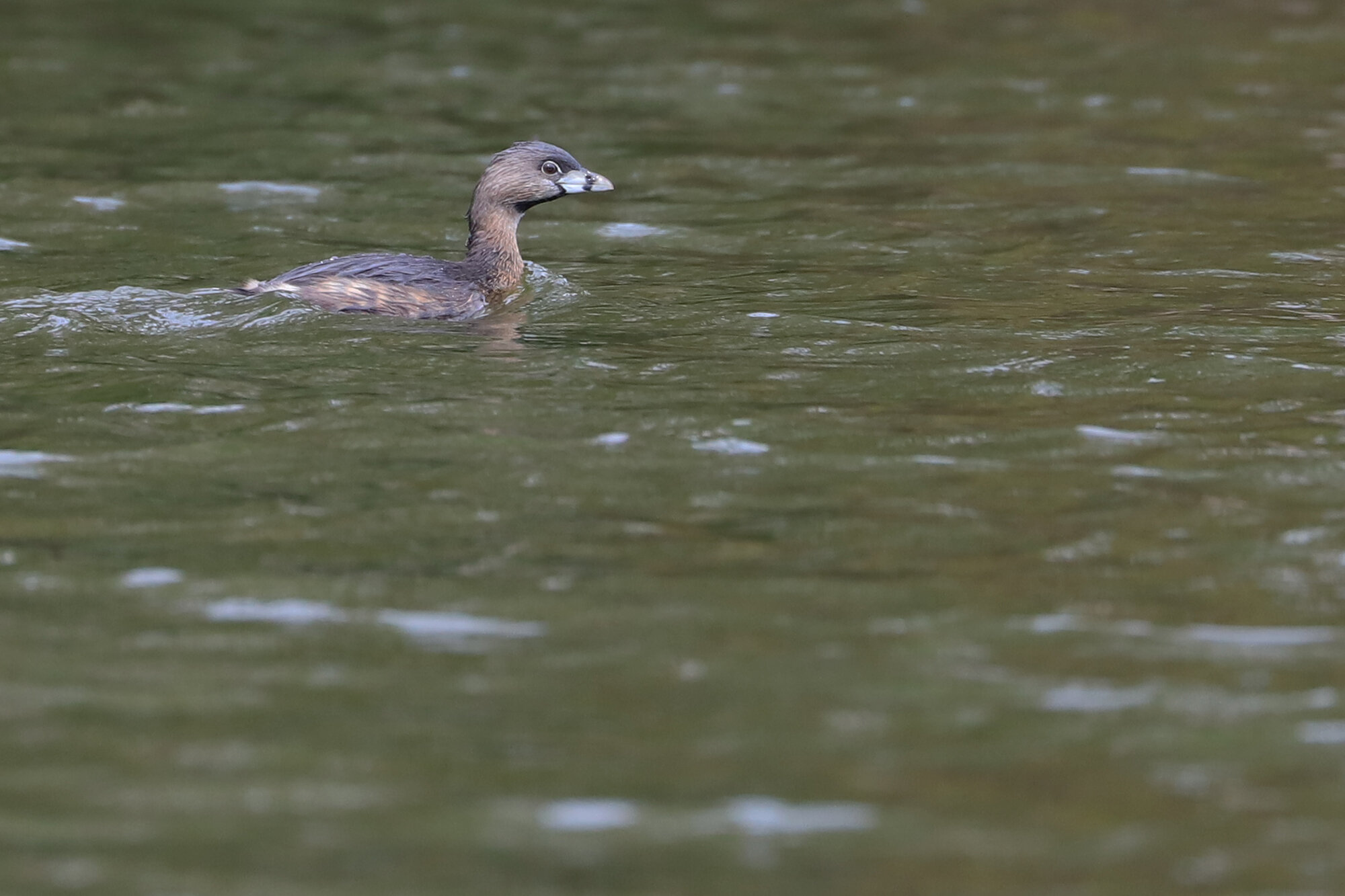
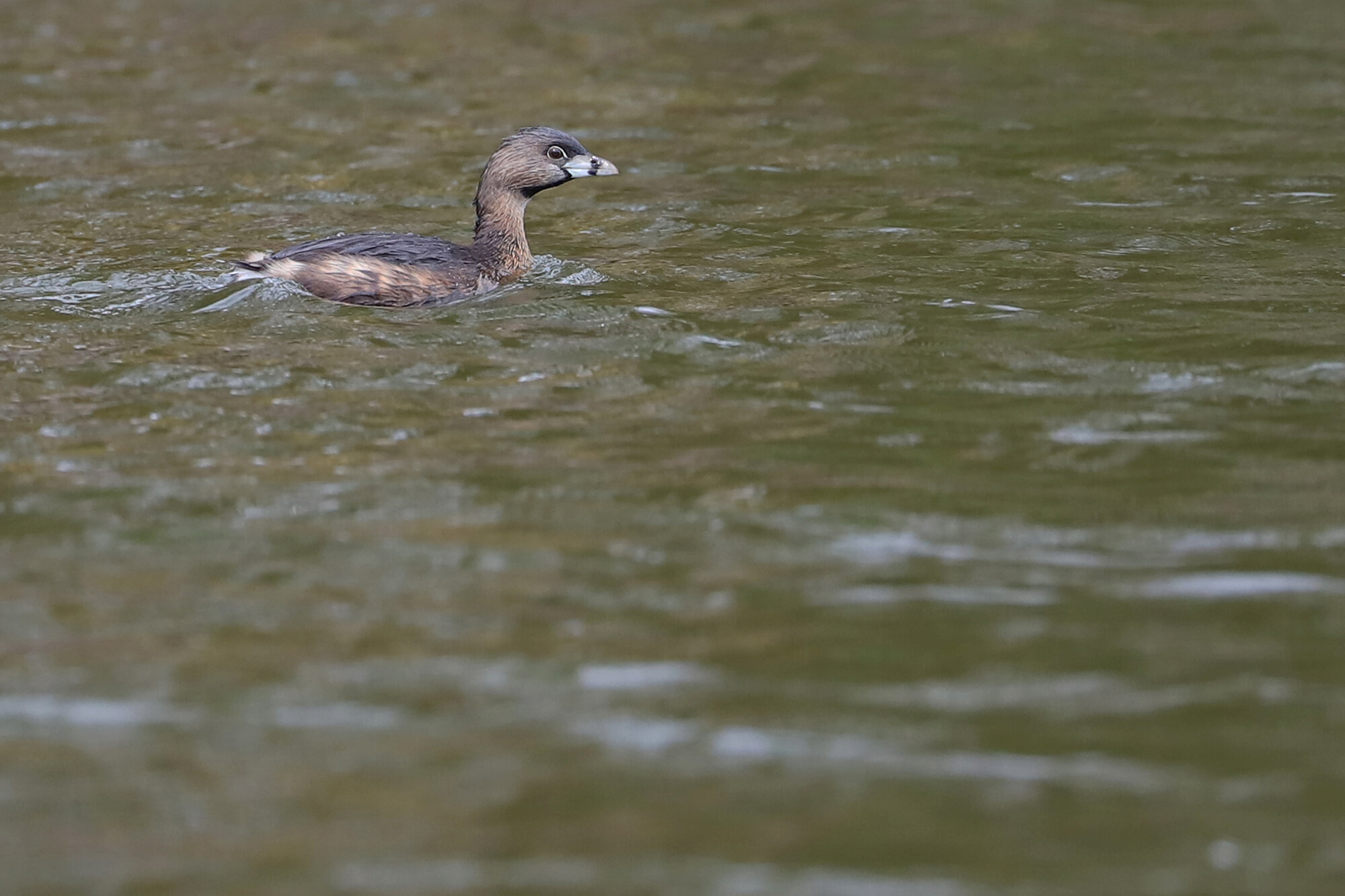
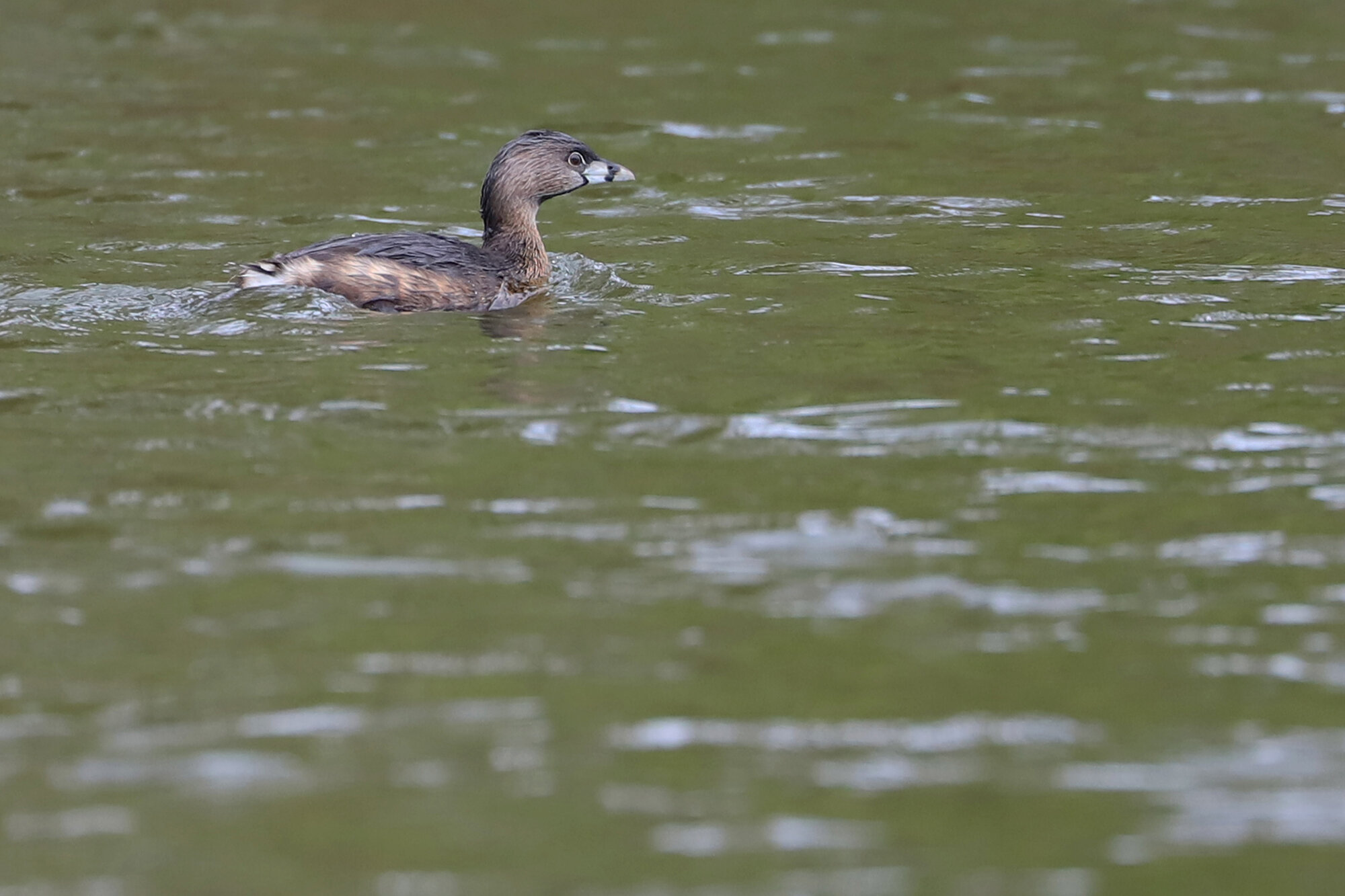
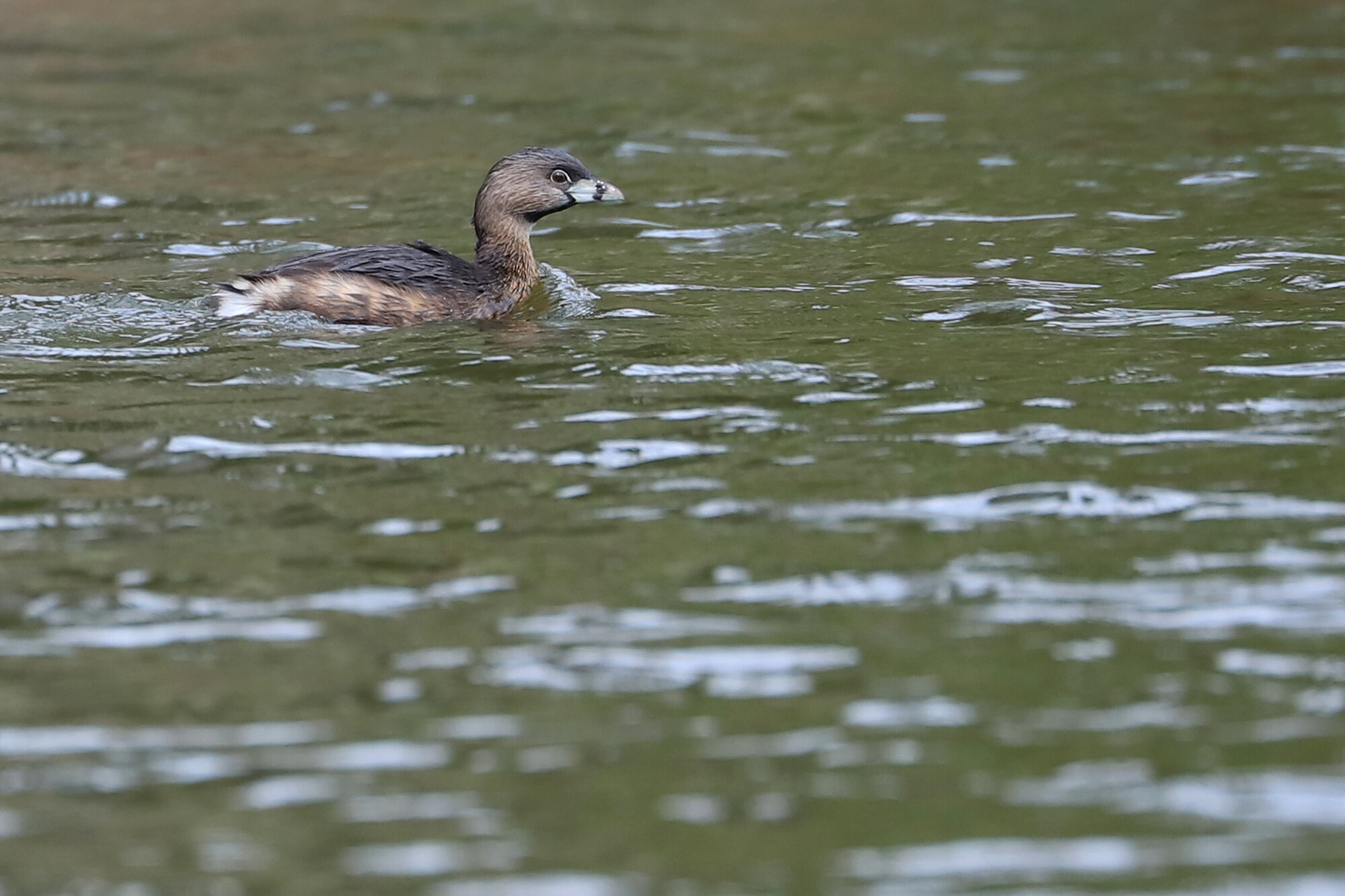
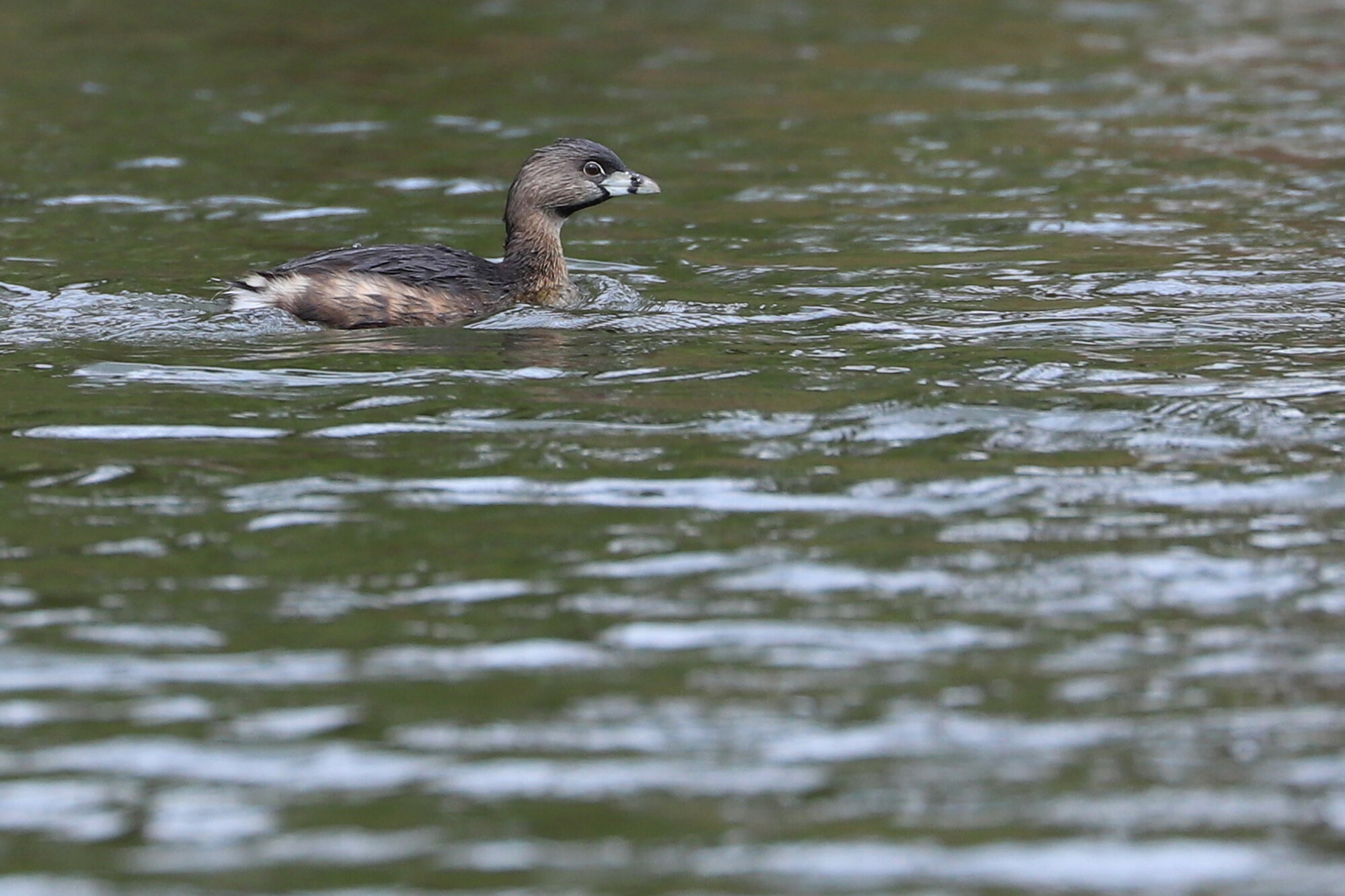

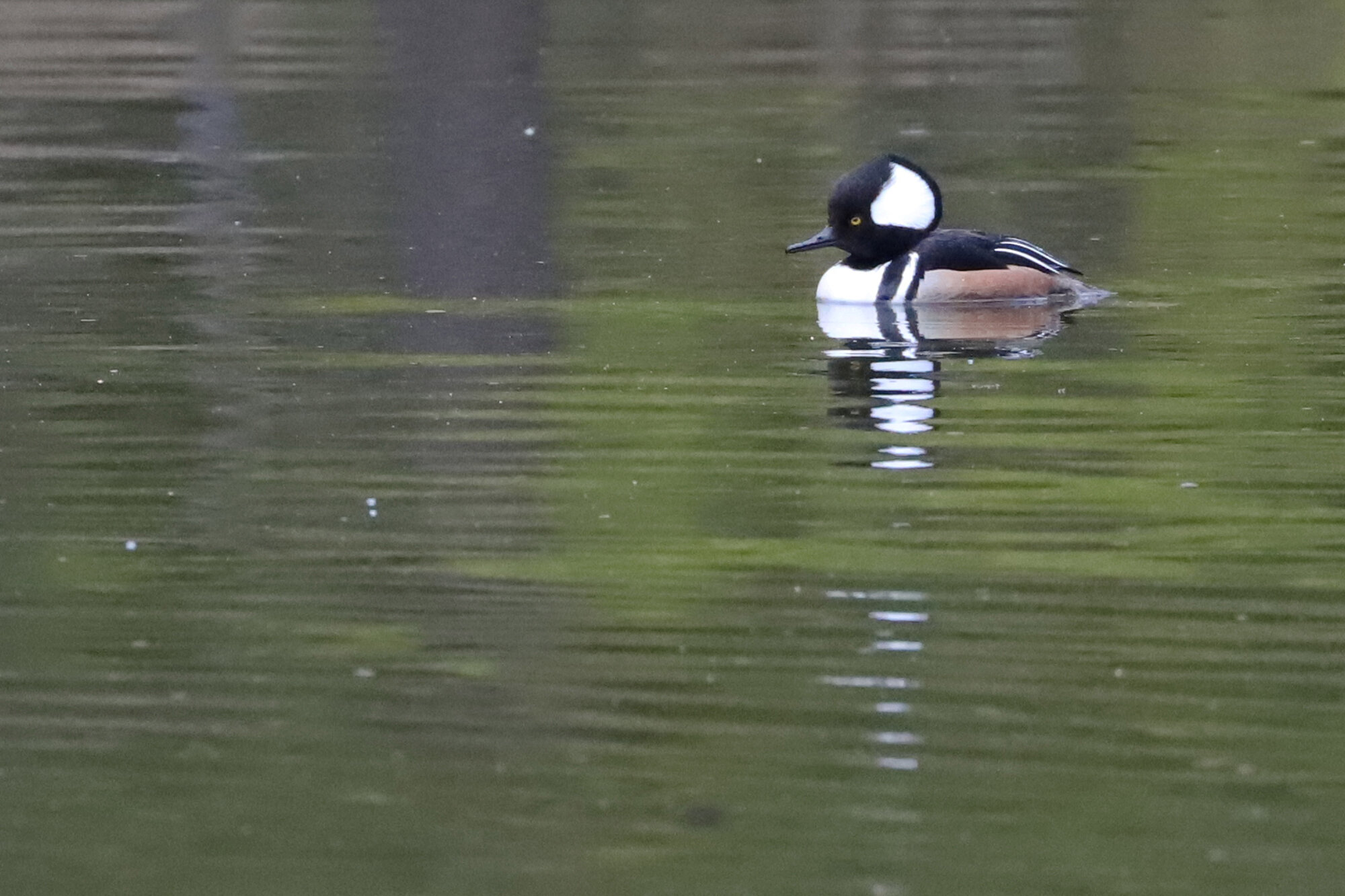

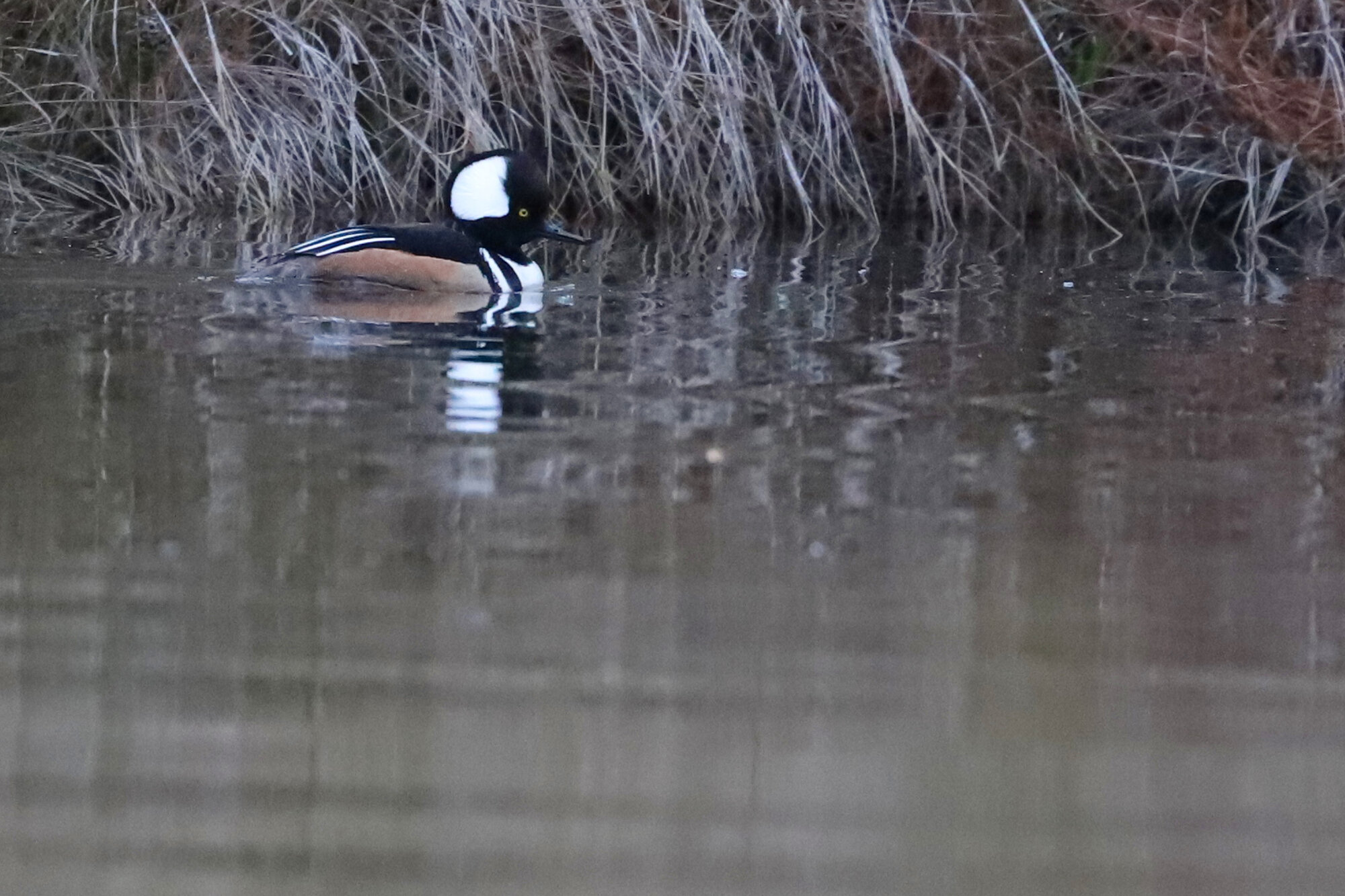
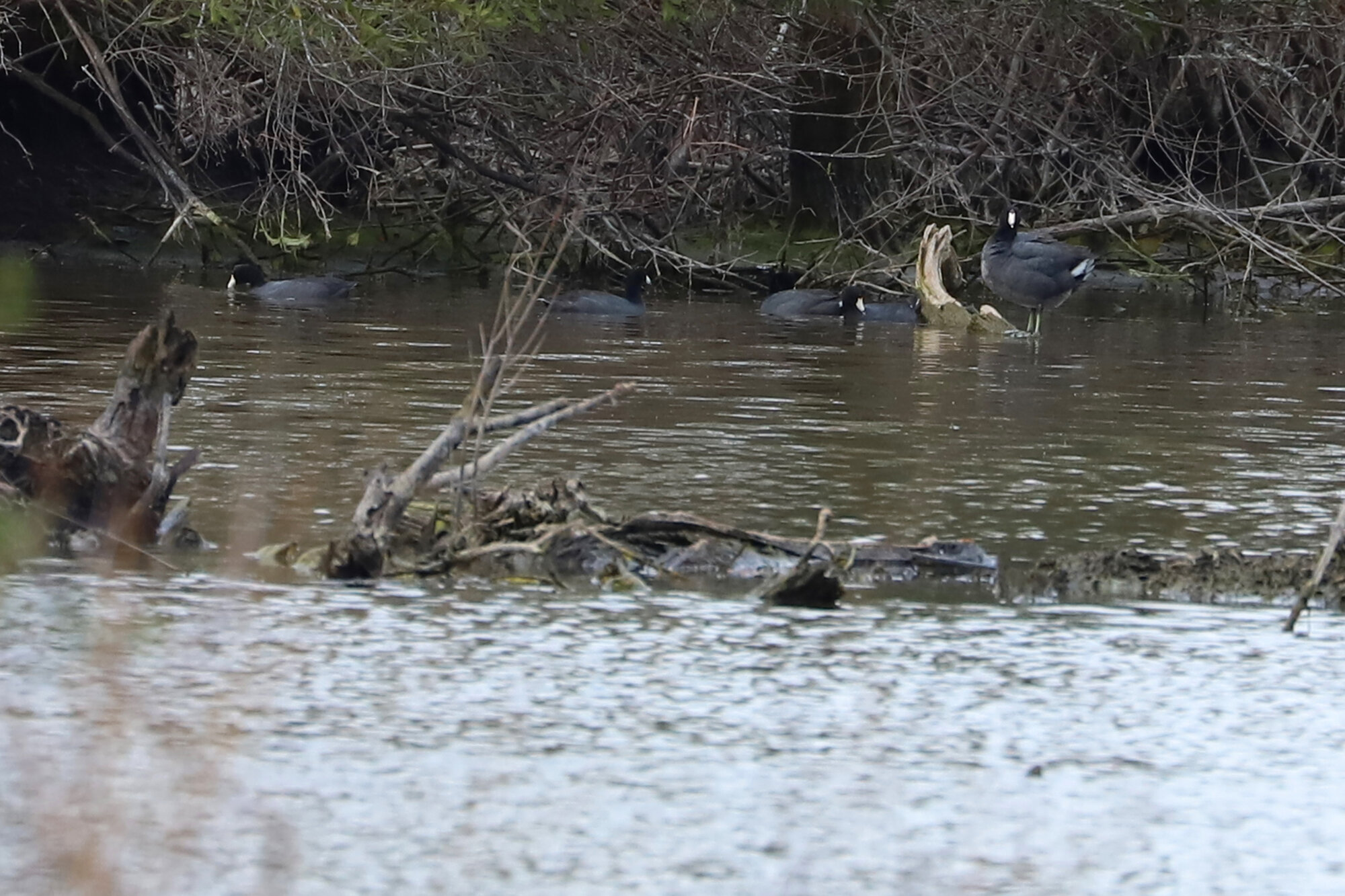
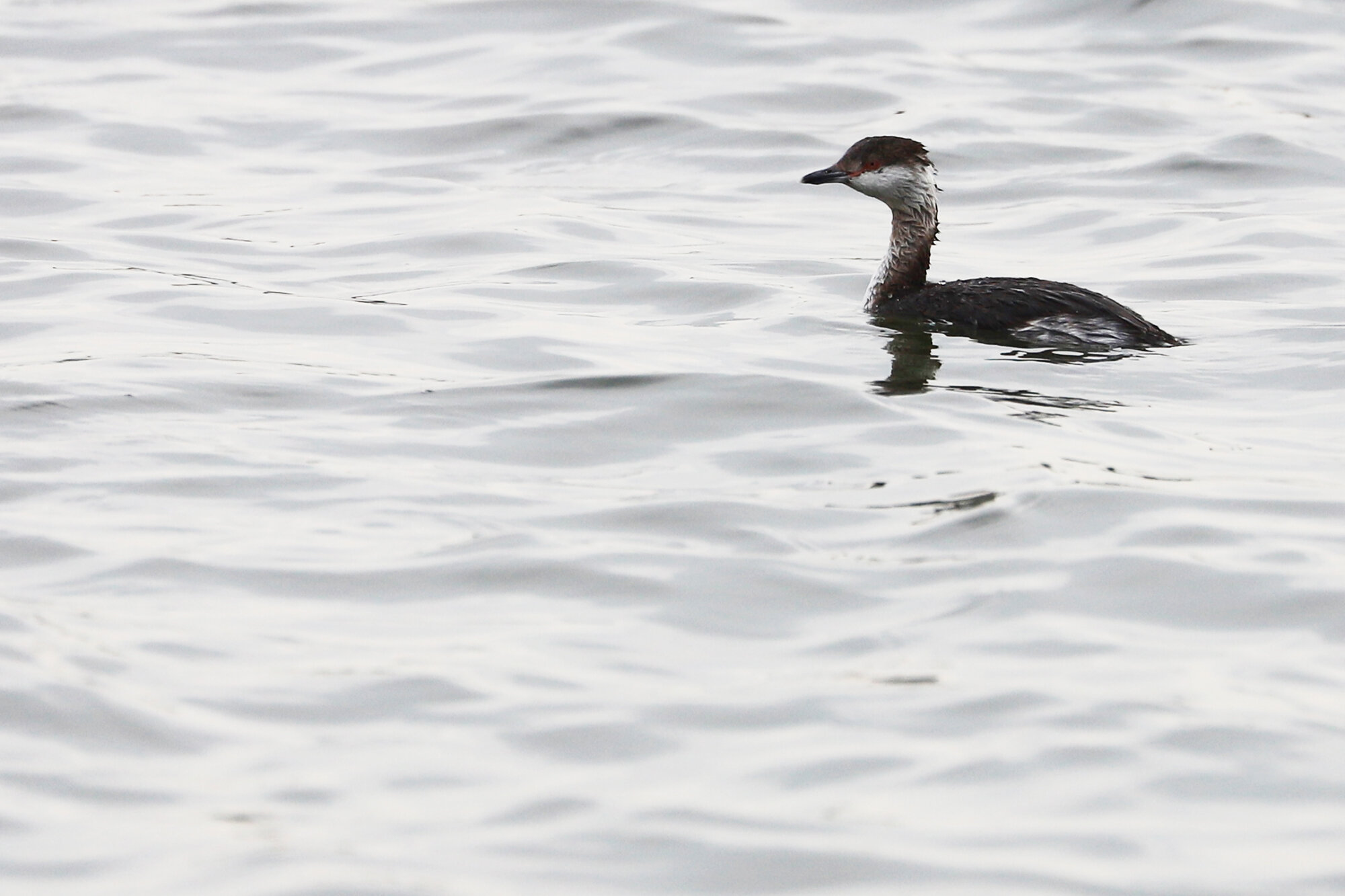
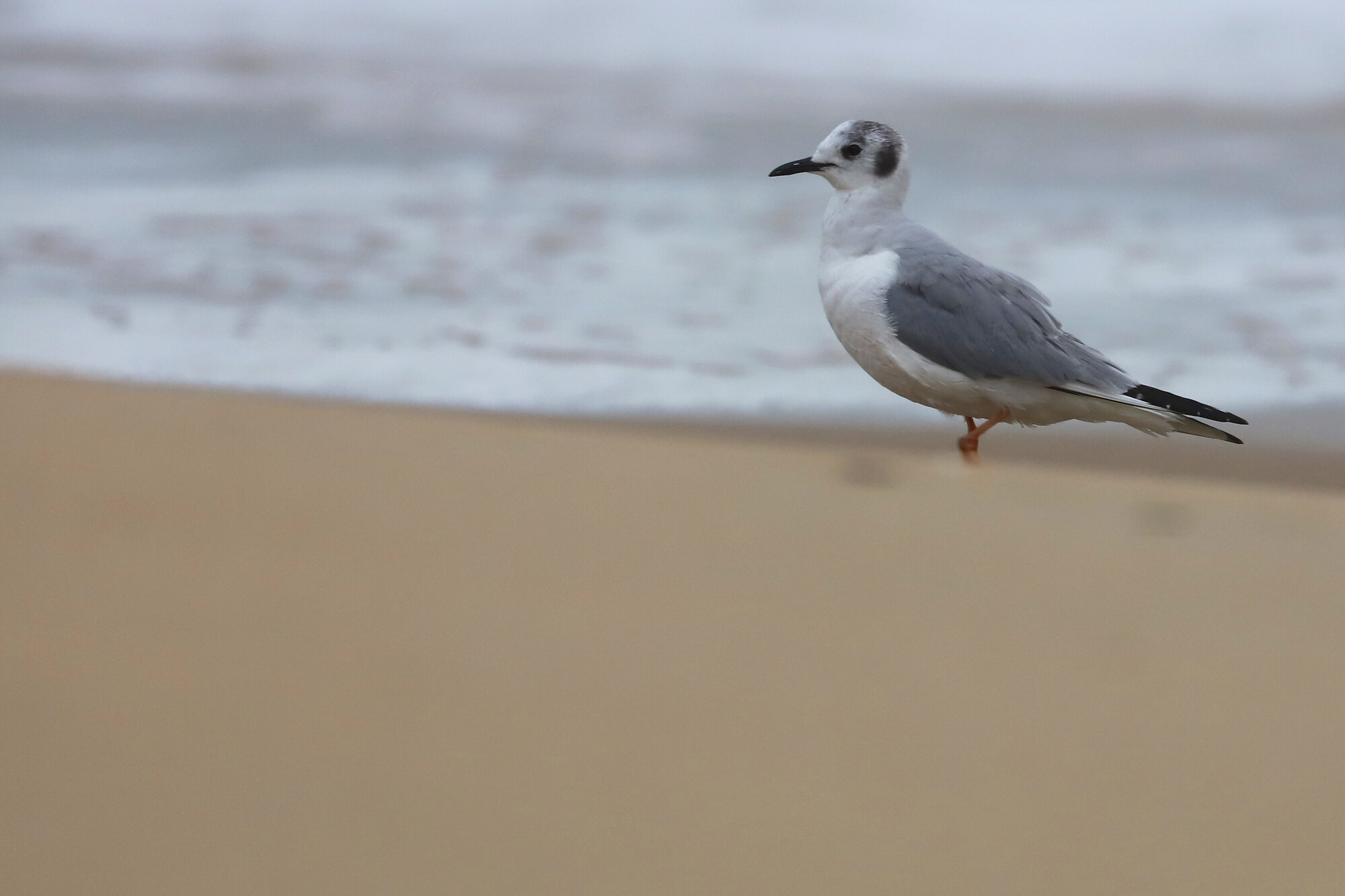
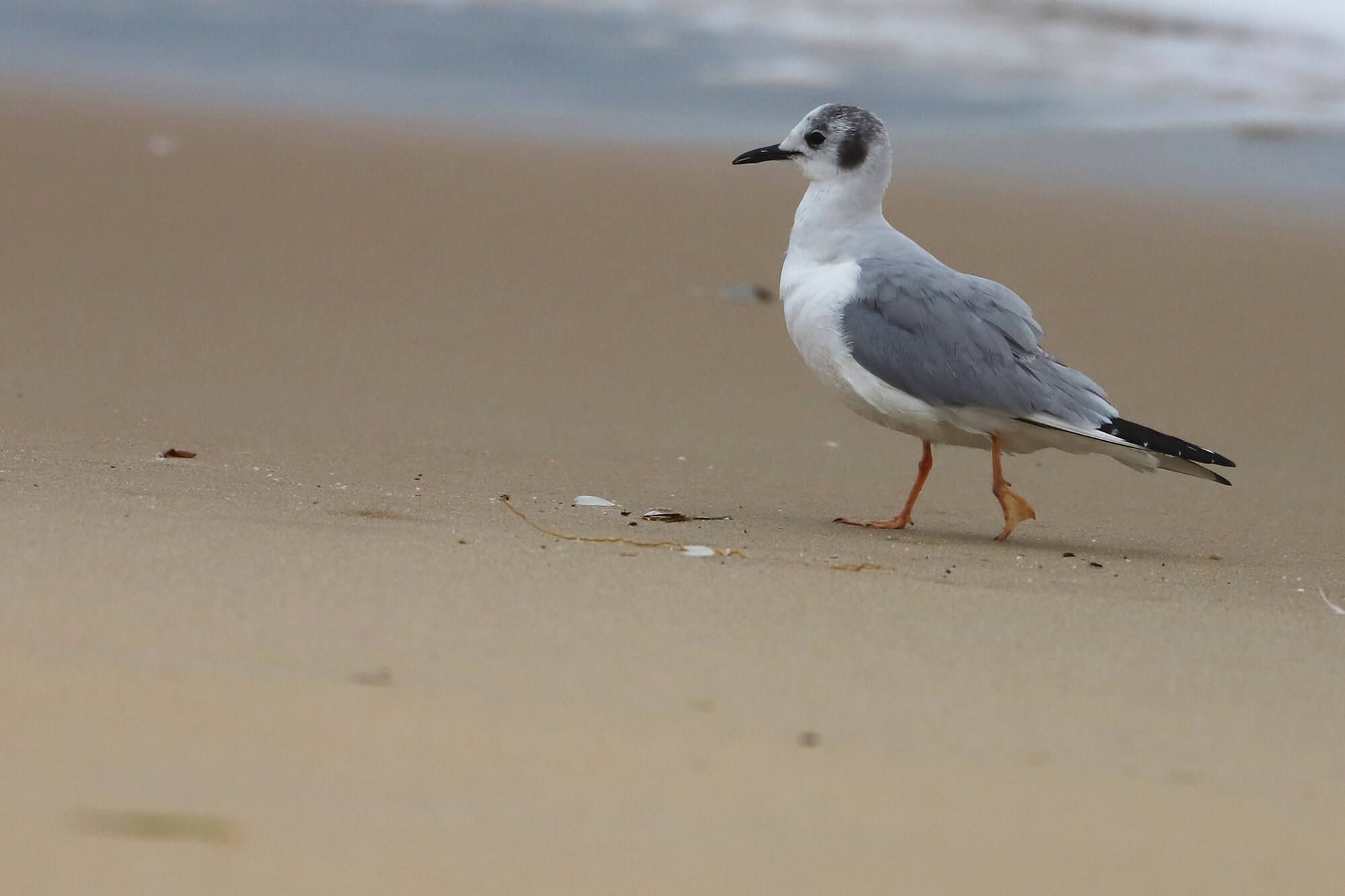



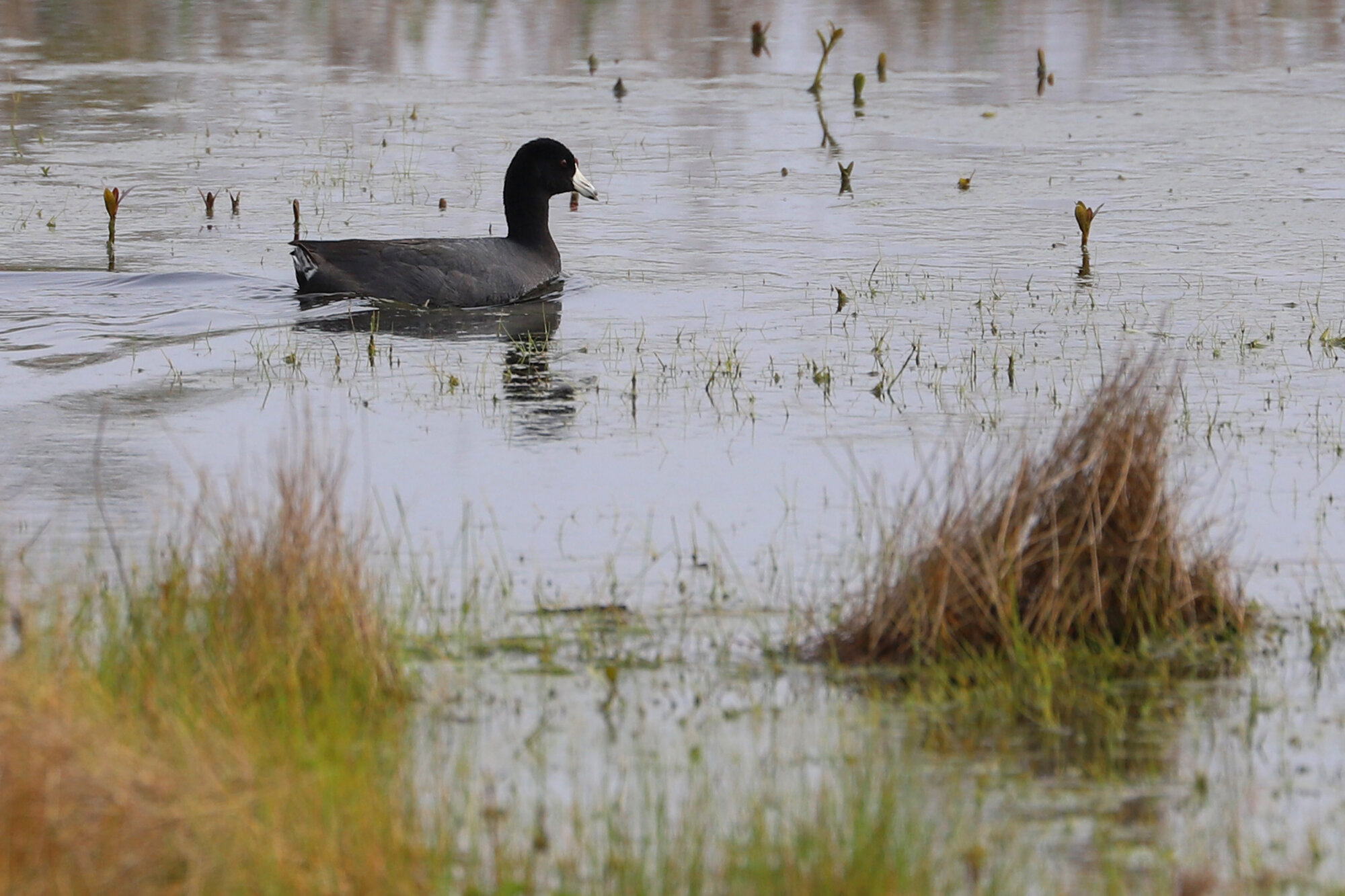
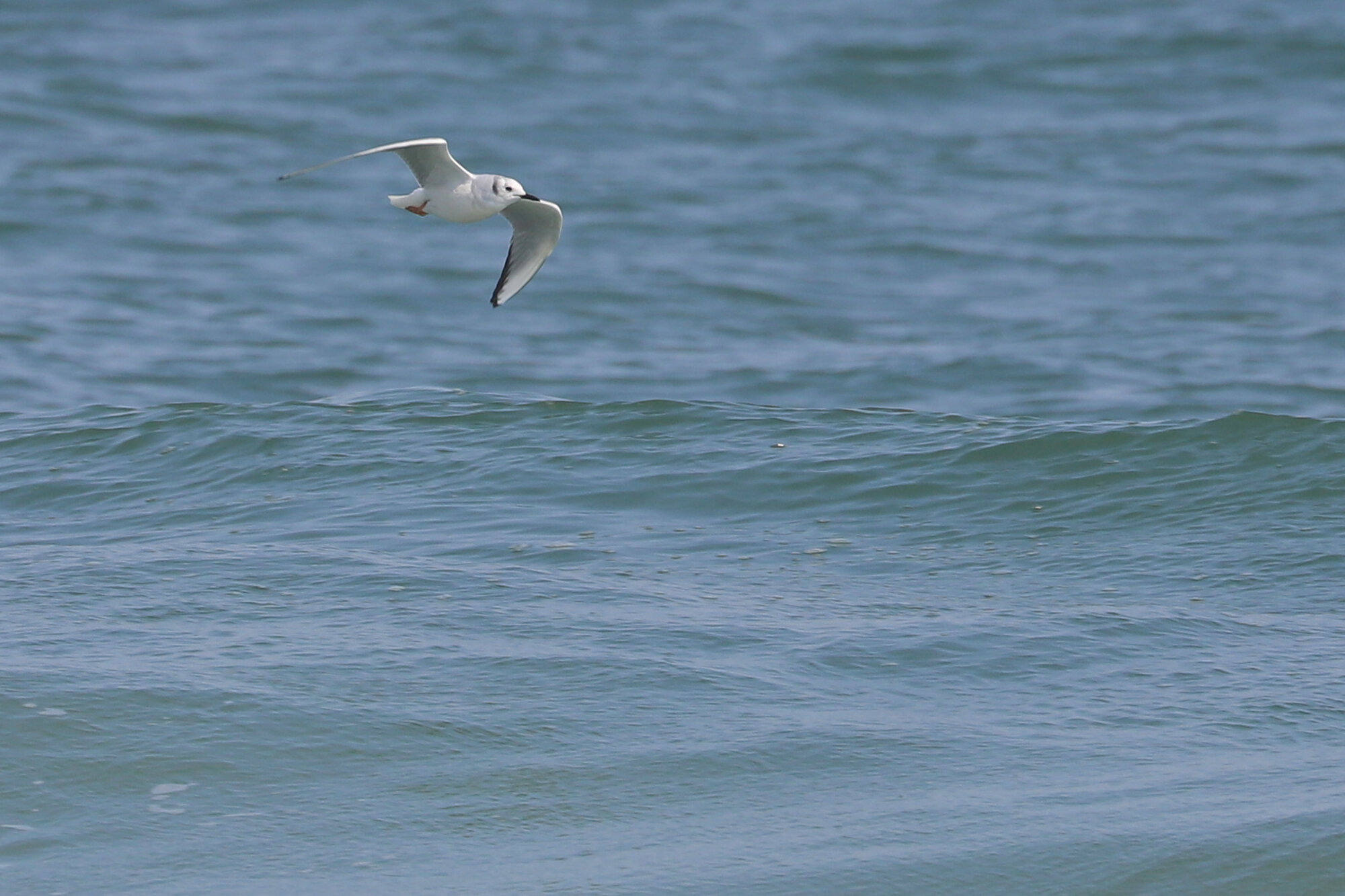
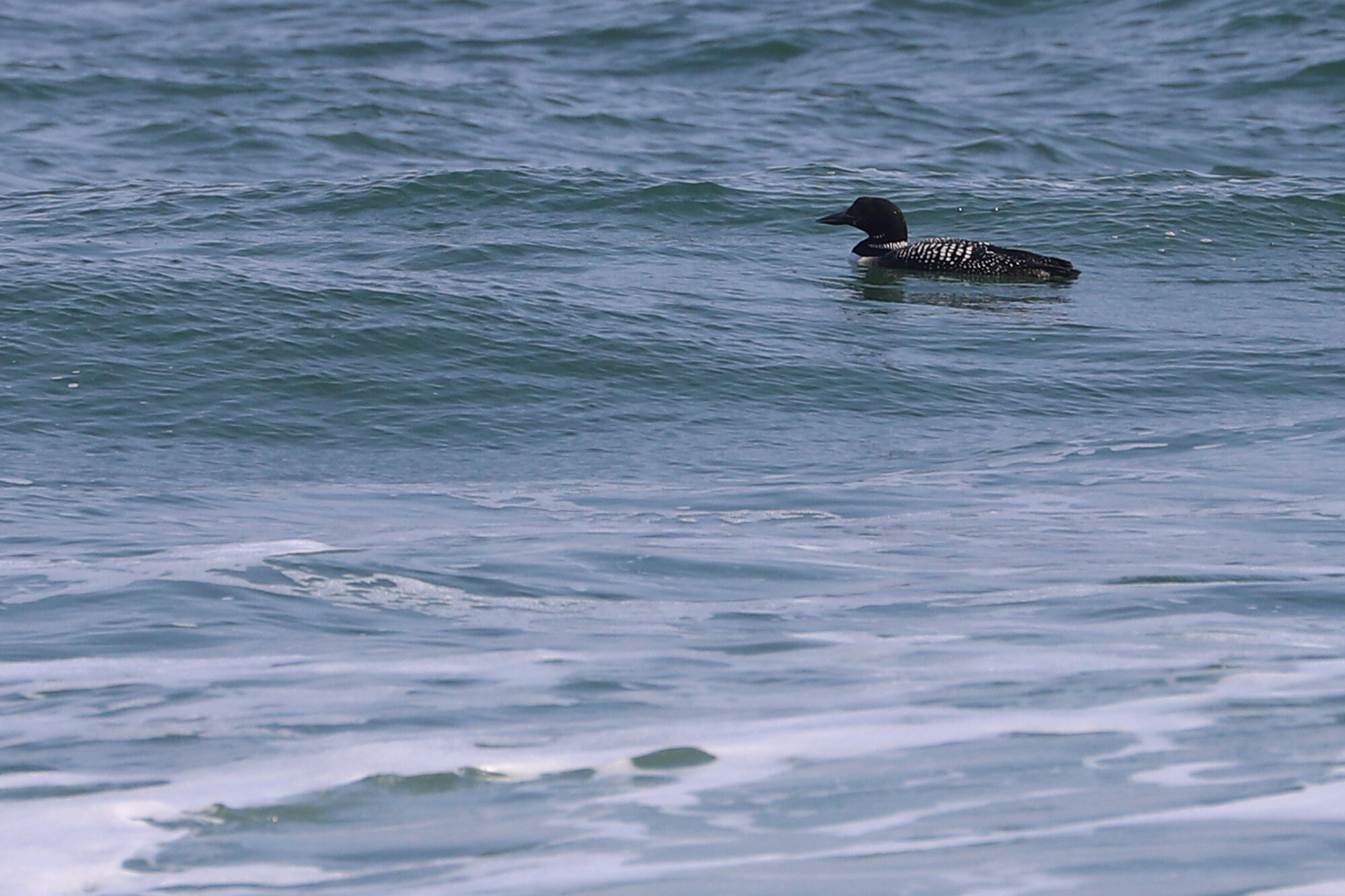
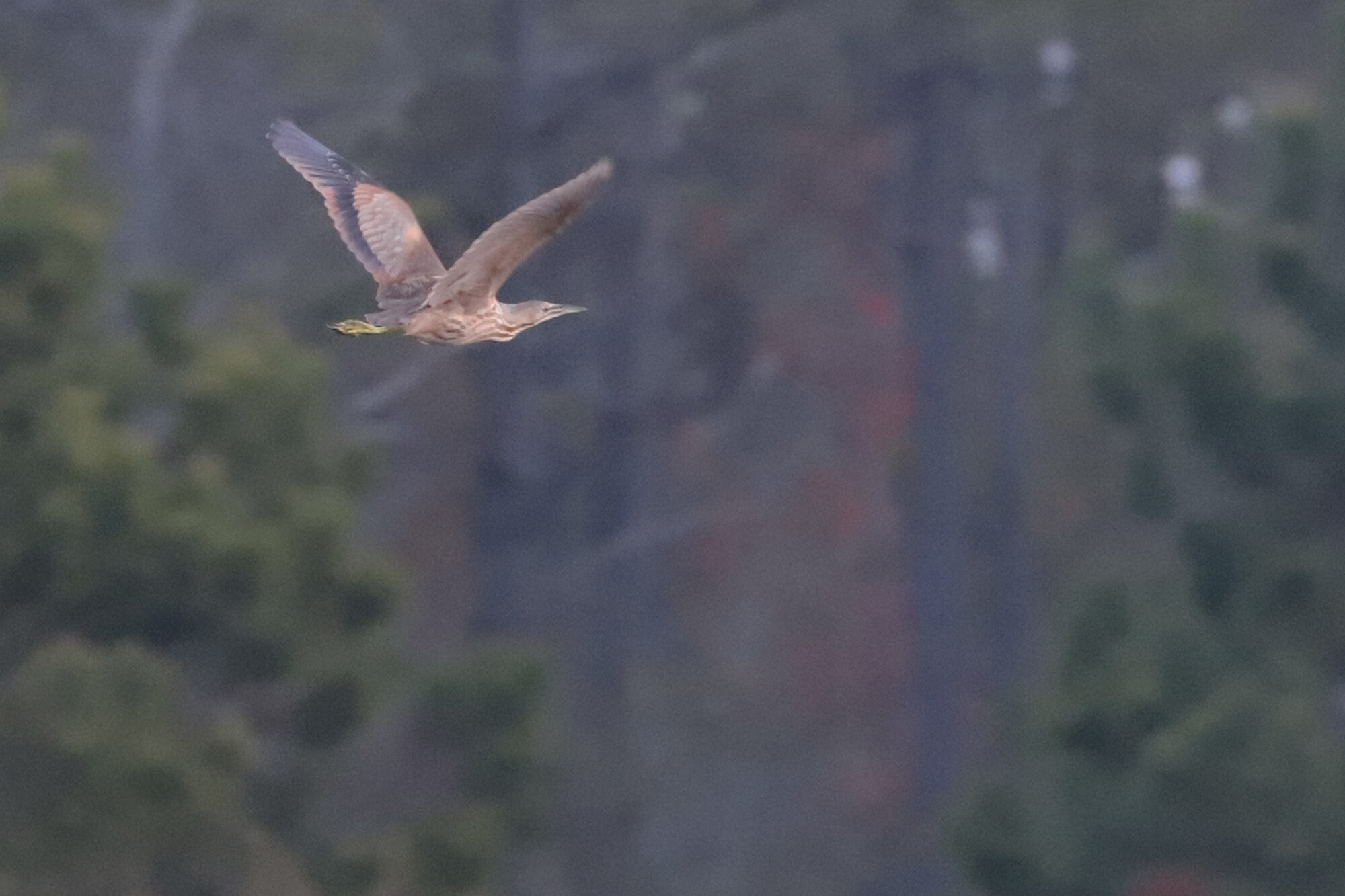
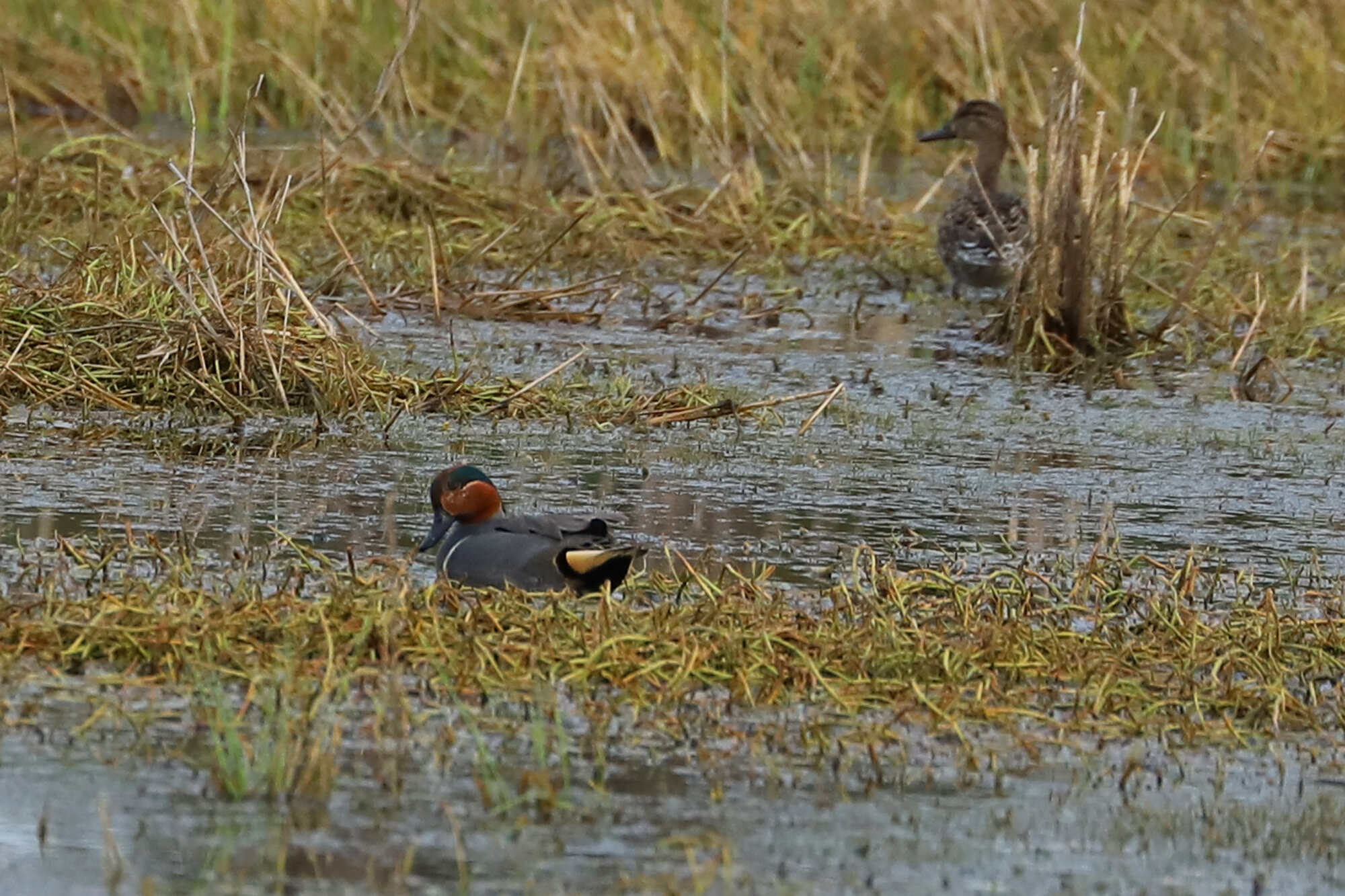

While they’re uncommon winter residents in the proper habitat provided by managed impoundments and upper reaches of shoreline marshes at Back Bay NWR and False Cape SP, a SEDGE WREN found at Princess Anne WMA Whitehurst Tract on 29 Mar (ph. Rob Bielawski) made for a nice out-of-place record this month. The species is likely on the move during March & April, as it moved to inland locations to breed, and given the effort that was placed into searching for this species at this very location during the winter season, it seems more likely that this individual was a transient individual than a winterer. Aside from a pair of records at Magothy Bay Natural Area Preserve in Northampton County and a single individual at Shirley Plantation (Restricted) in Charles City County, there were no other records for this species in the state outside of Virginia Beach during March! (Mar 2020 Map)
At least two private residences in Virginia Beach hosted PINE SISKINS during March, with one-to-two continuing in Cypress Point on 12 Mar (vis. Andrew Baldelli & Debbie Schroeder) after having been logged there starting 22 Jan (vis. Debbie Schroeder), and a new record in Hunt Club Forest on 18 Mar (vis. Karen & Tom Beatty) of a single individual. The 2019-2020 winter has not been an irruptive season for this species, or for Purple Finch & Red-breasted Nuthatch, neither of which produced any reports here this month, so any record is exceptional. Even throughout the state as a whole, records for the three most common irruptives have been quite scarce, certainly unlike the prior winter season which held loads of records! (Mar 2020 Map)
Sedge Wren / Back Bay NWR / 28 Mar; please click this photo to advance to the next!
Ruby-crowned Kinglet / Pleasure House Point NA / 7 Mar
Orange-crowned Warbler / Back Bay NWR / 14 Mar
Orange-crowned Warbler / Back Bay NWR / 14 Mar
Orange-crowned Warbler / Back Bay NWR / 14 Mar
Winter Wren / Stumpy Lake NA / 21 Mar
Winter Wren / Stumpy Lake NA / 21 Mar
Hermit Thrush / Stumpy Lake NA / 26 Mar
Swamp Sparrow / Back Bay NWR / 28 Mar
Sedge Wren / Back Bay NWR / 28 Mar
Sedge Wren / Back Bay NWR / 28 Mar
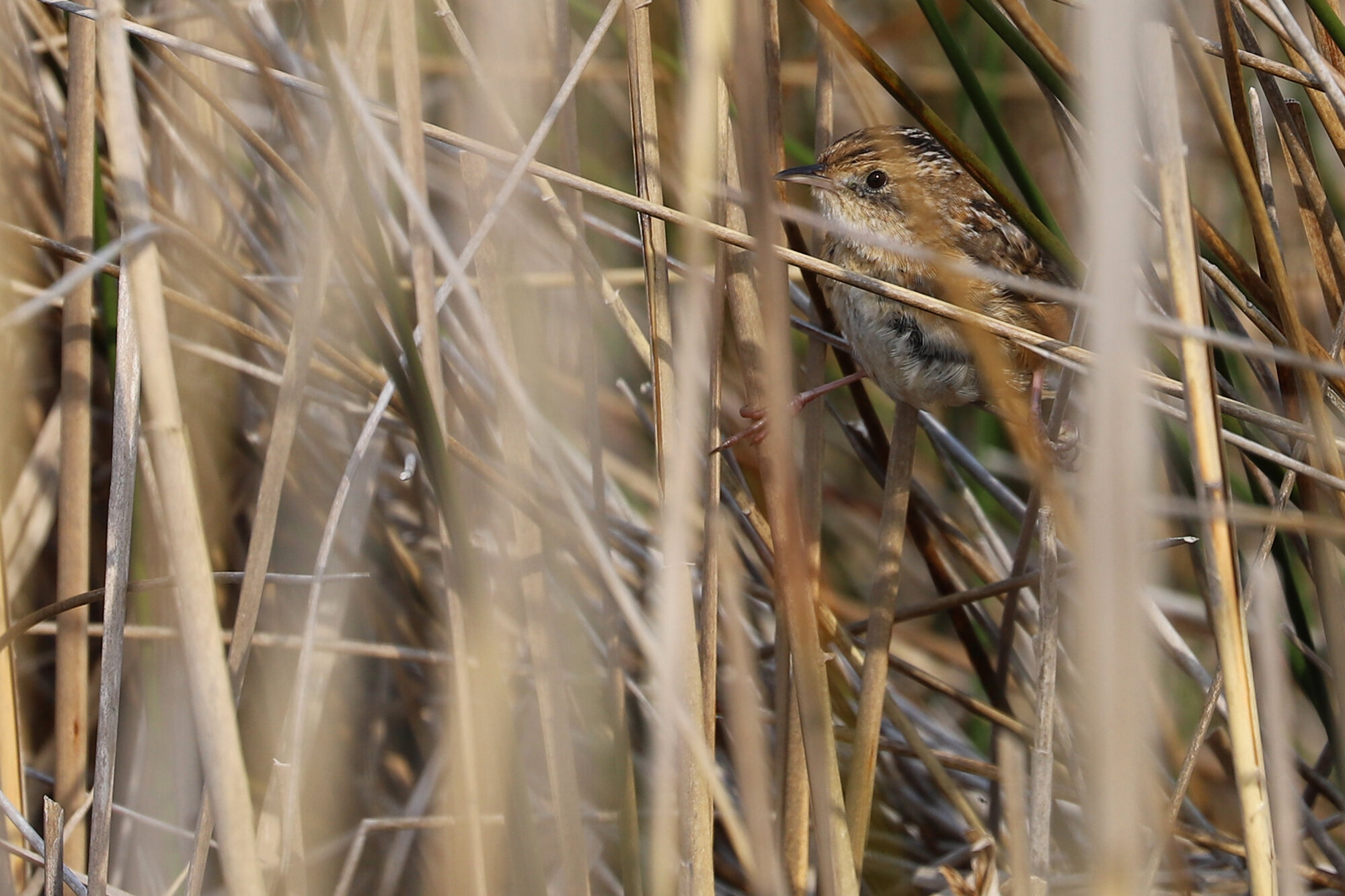
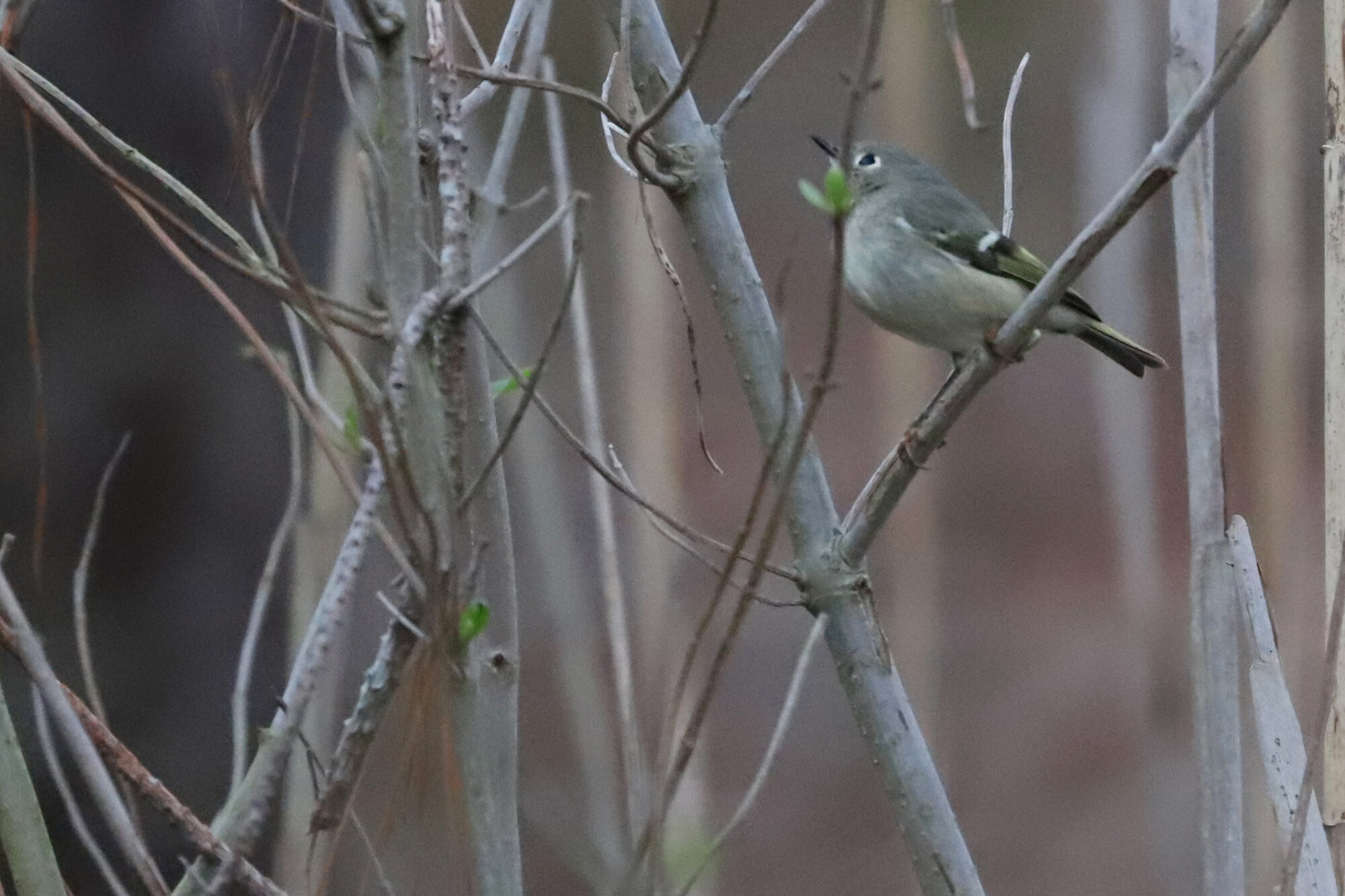
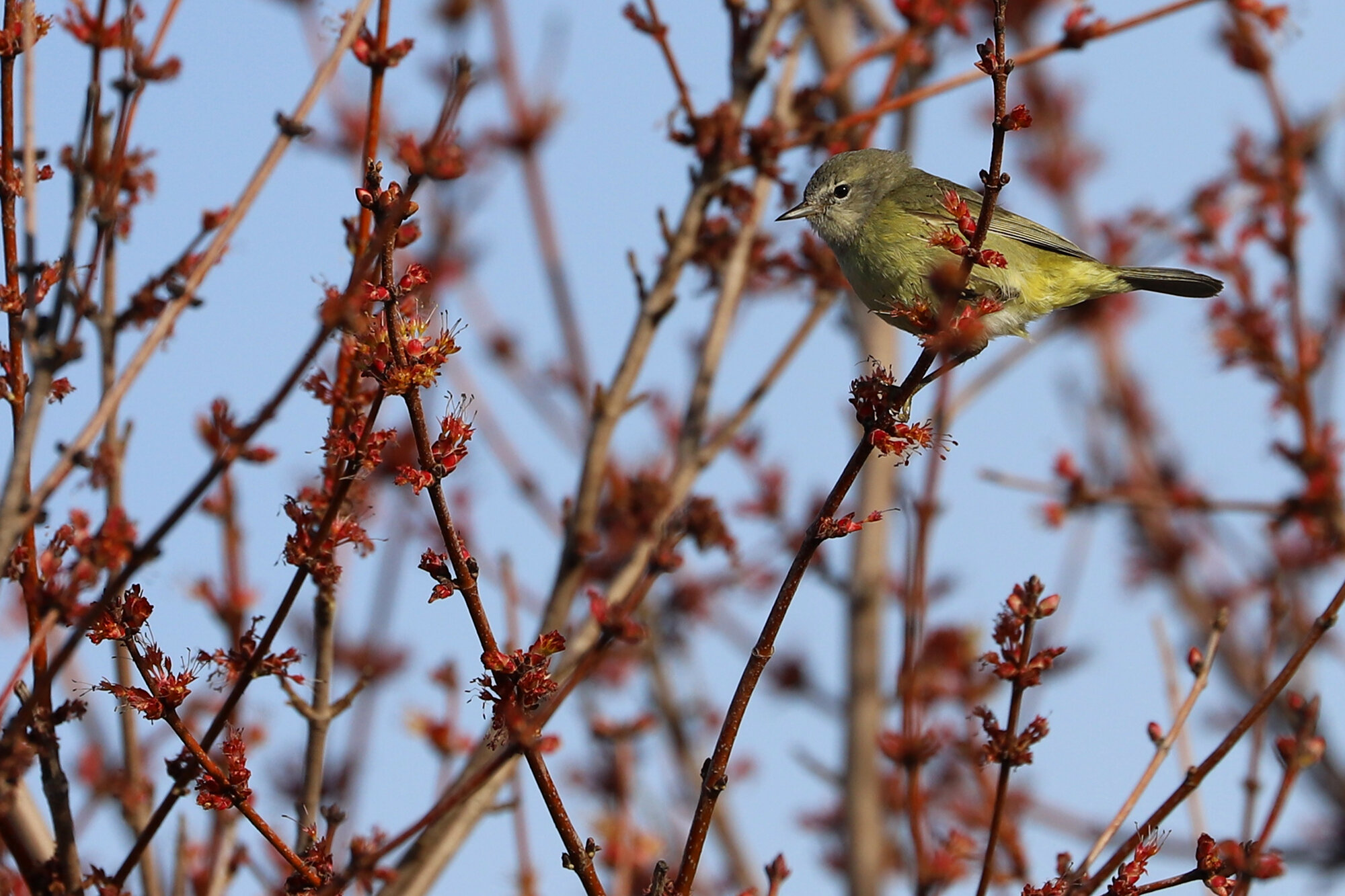

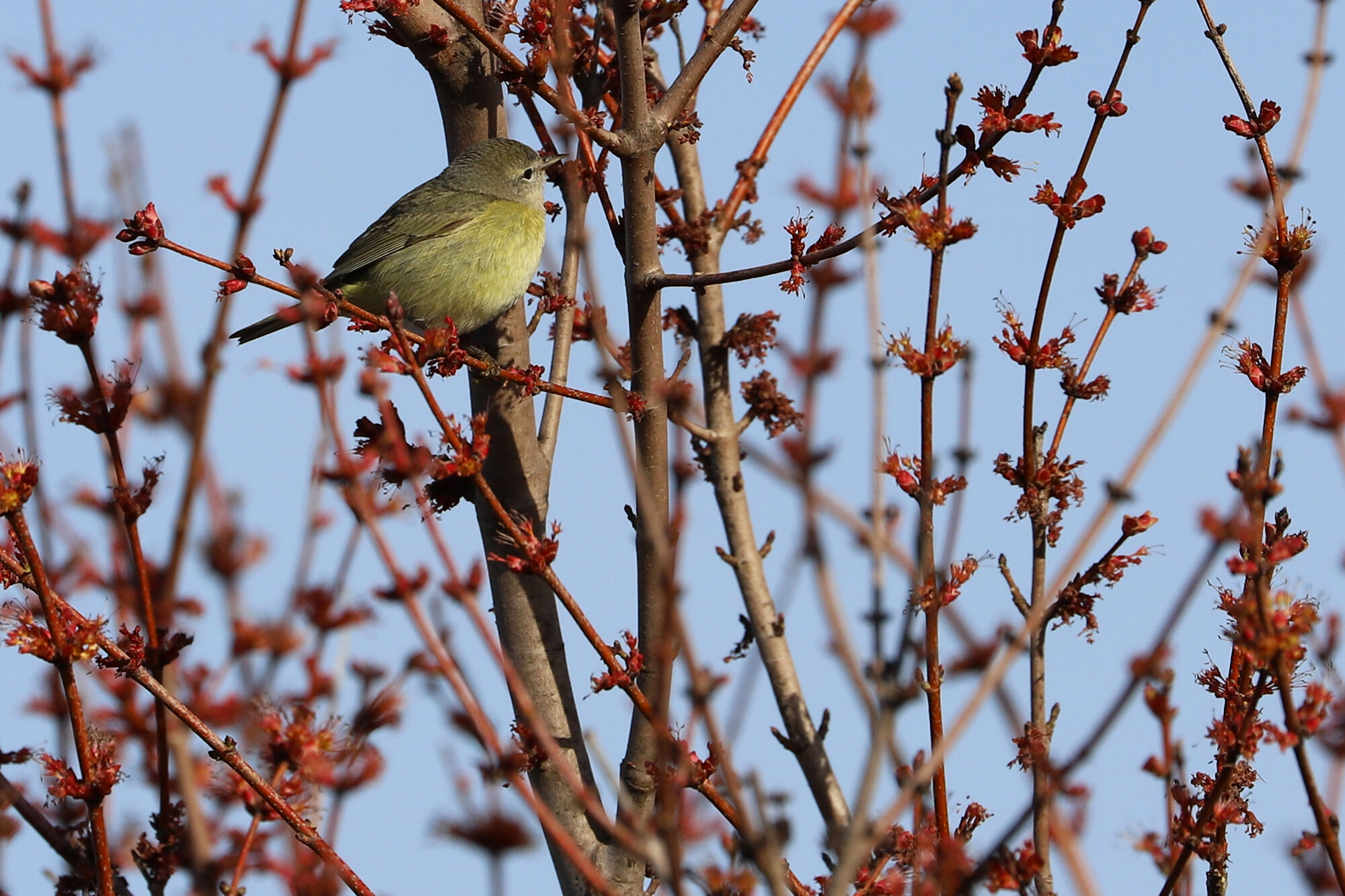
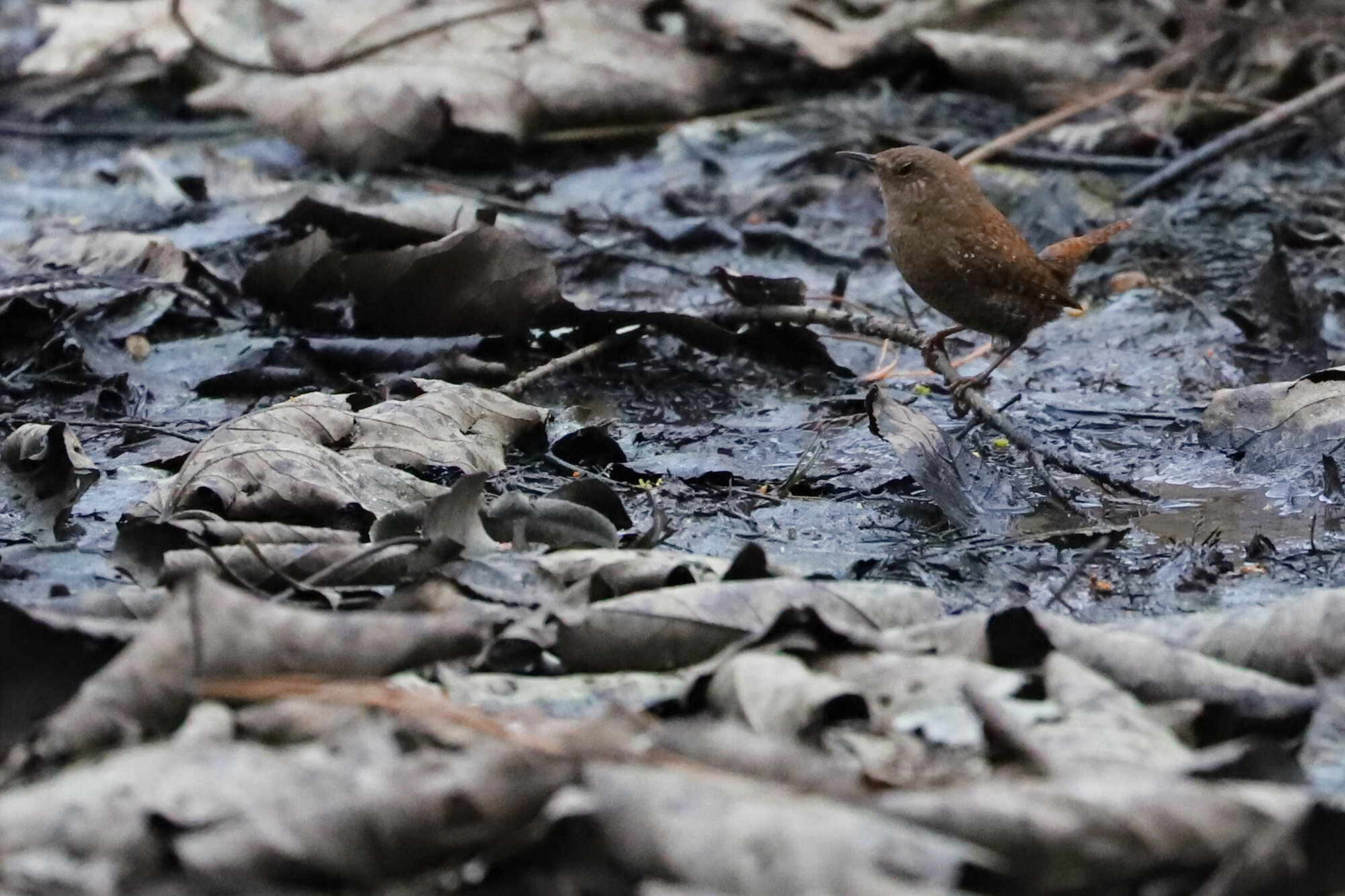
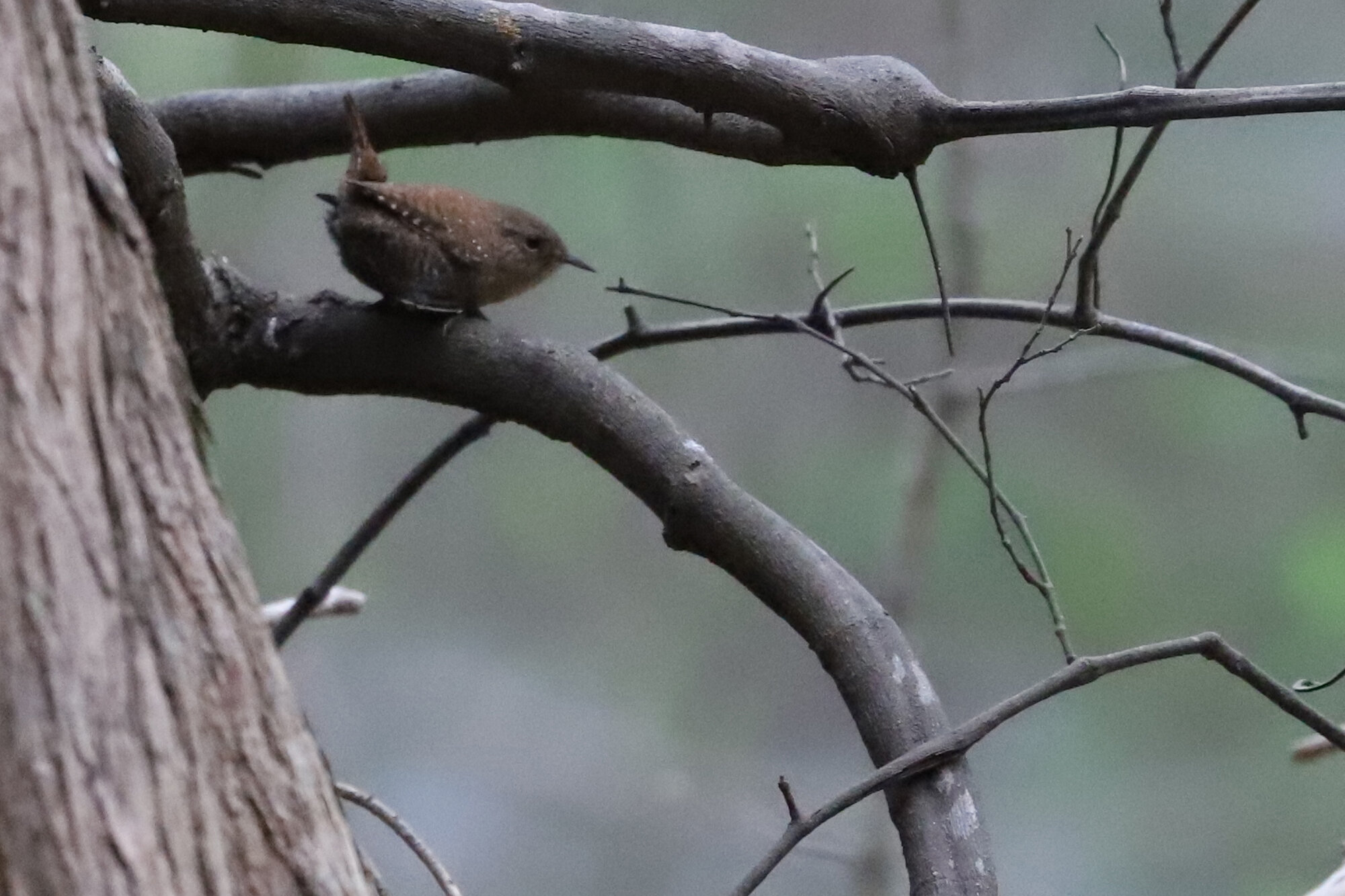
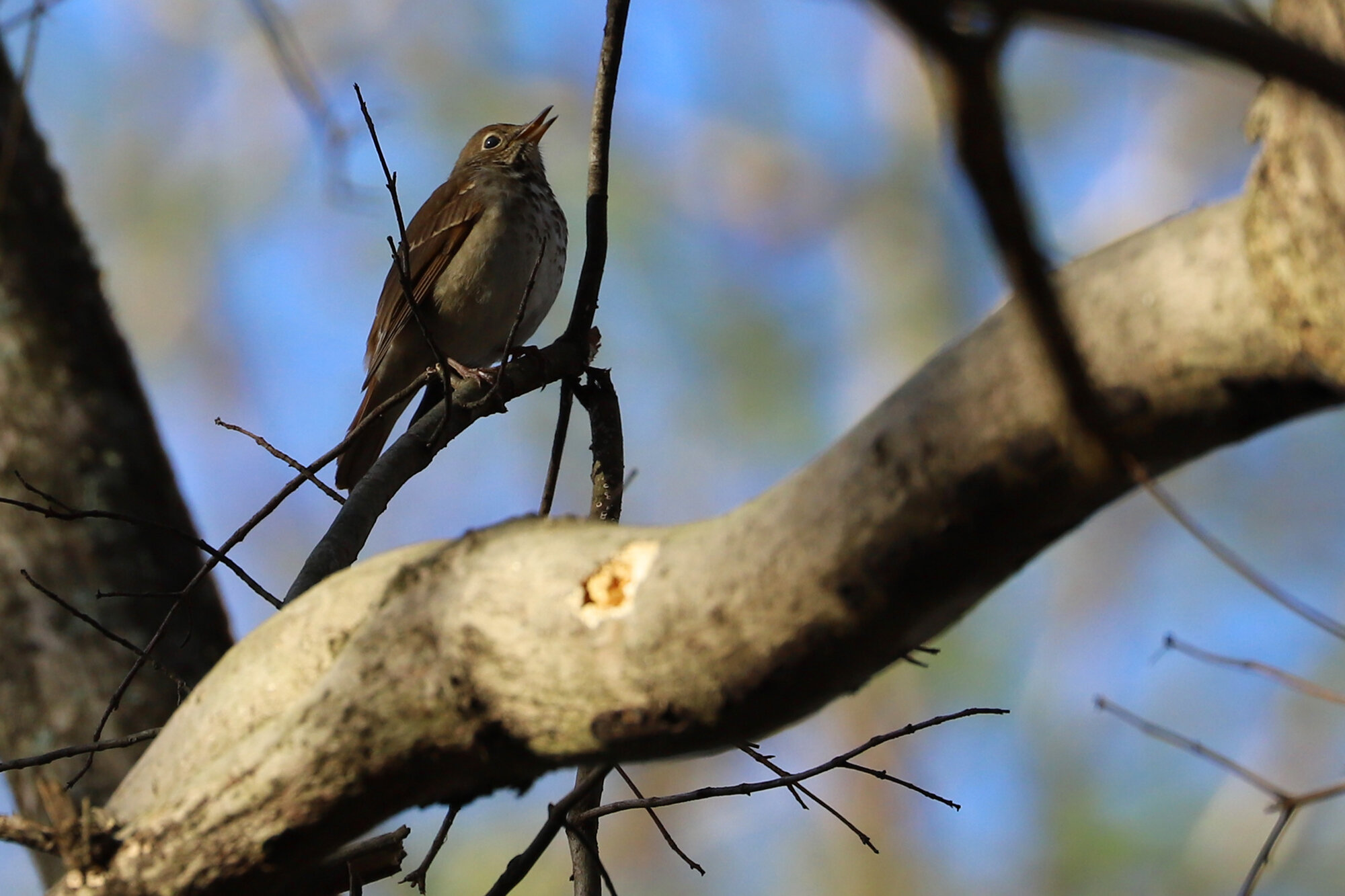
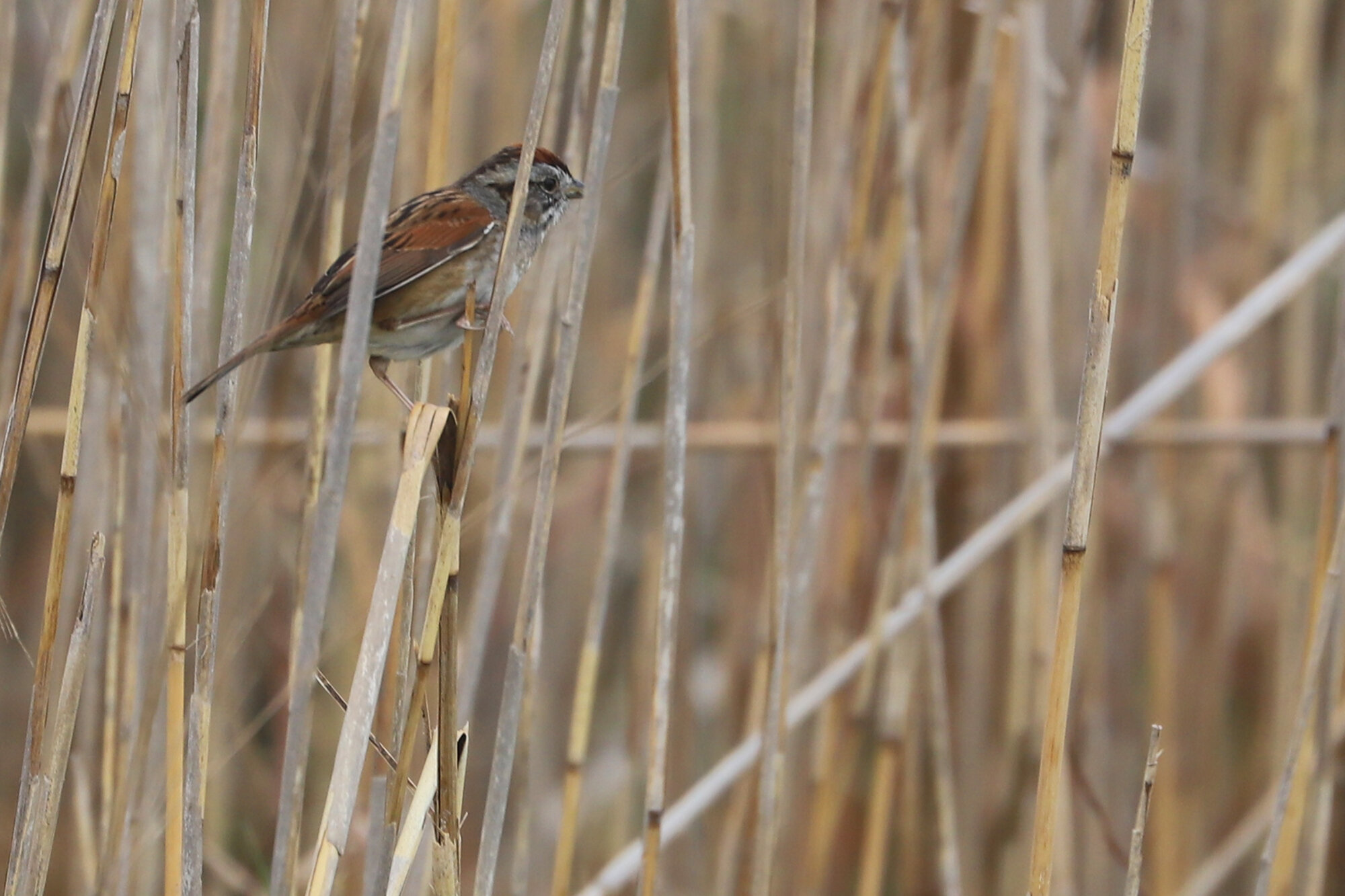


With at least four, and potential five WHITE-CROWNED SPARROWS present near the retention ponds behind the Harris Teeter in Red Mill starting 27 Dec (ph. Andrew Baldelli & Mike Collins), at least three continued through 14 Mar (ph. Rob Bielawski). Among the continuing individuals was the adult GAMBEL’S WHITE-CROWNED SPARROW which has been the only known individual of this rare race in Virginia for the 2019-2020 winter season. Two immature Dark-lored race individuals were also present along the thickets that line a chain-linked fence that protects the western of the two ponds. Interstingly, there was only one other record for Gambel’s White-crowned Sparrow east of the Mississippi River during March, with one in Westchester, New York being the only known individual outside of Virginia Beach! Even the Dark-lored race is a good find for the coastal plain of Virginia, with the only other records in the region this month in Portsmouth, Charles City County & Prince William County. (Species-level Mar 2020 Map / Gambel’s race Mar 2020 Map)
Another rare sparrow for Virginia Beach continued into March, with the LINCOLN’S SPARROW first noted at Princess Anne WMA Whitehurst Tract on 10 Nov (ph. Rob Bielawski) still present at the same location through 15 Mar (vis. Wes Teets). The second winter season in a row one has taken up residency at this exact spot begs the question as to whether it might be the very same individual. Perhaps it will return again next winter? Only one other record for this species popped up in Virginia overall during March, with another continuing occurrence up in Prince William County. This is about the time when the species undertakes its spring migration, so it’s quite possible that more will be logged, though in Virginia it is much more commonly observed in fall, and more frequently found inland although we’ve had some memorable fall migrations of sparrows here on the coast as well. (Mar 2020 Map)
Lesser Black-backed Gull / Back Bay NWR / 28 Mar; please click this photo to advance to the next!
Wood Duck / Kings Grant Lakes / 5 Mar
Wood Duck / Kings Grant Lakes / 5 Mar
Belted Kingfisher / Pleasure House Point NA / 7 Mar
Canada Geese / Pleasure House Point NA / 7 Mar
Wood Ducks / Stumpy Lake NA / 13 Mar
Downy Woodpecker / Stumpy Lake NA / 13 Mar
Downy Woodpecker / Stumpy Lake NA / 13 Mar
Wild Turkeys / North Landing Road / 13 Mar
Wild Turkeys / North Landing Road / 13 Mar
Double-crested Cormorant / Back Bay NWR / 14 Mar
Double-crested Cormorant / Back Bay NWR / 14 Mar
Bald Eagle / Stumpy Lake NA / 26 Mar
Mallards / Pleasure House Point NA / 27 Mar
Mallards / Pleasure House Point NA / 27 Mar
Mallards / Pleasure House Point NA / 27 Mar
Mallard / Pleasure House Point NA / 27 Mar
Mallard / Pleasure House Point NA / 27 Mar
Mallard / Pleasure House Point NA / 27 Mar
Mallard / Pleasure House Point NA / 27 Mar
Lesser Black-backed Gull / Back Bay NWR / 28 Mar
Lesser Black-backed Gull / Back Bay NWR / 28 Mar
Lesser Black-backed Gull / Back Bay NWR / 28 Mar
Lesser Black-backed Gull / Back Bay NWR / 28 Mar
Lesser Black-backed Gull / Back Bay NWR / 28 Mar

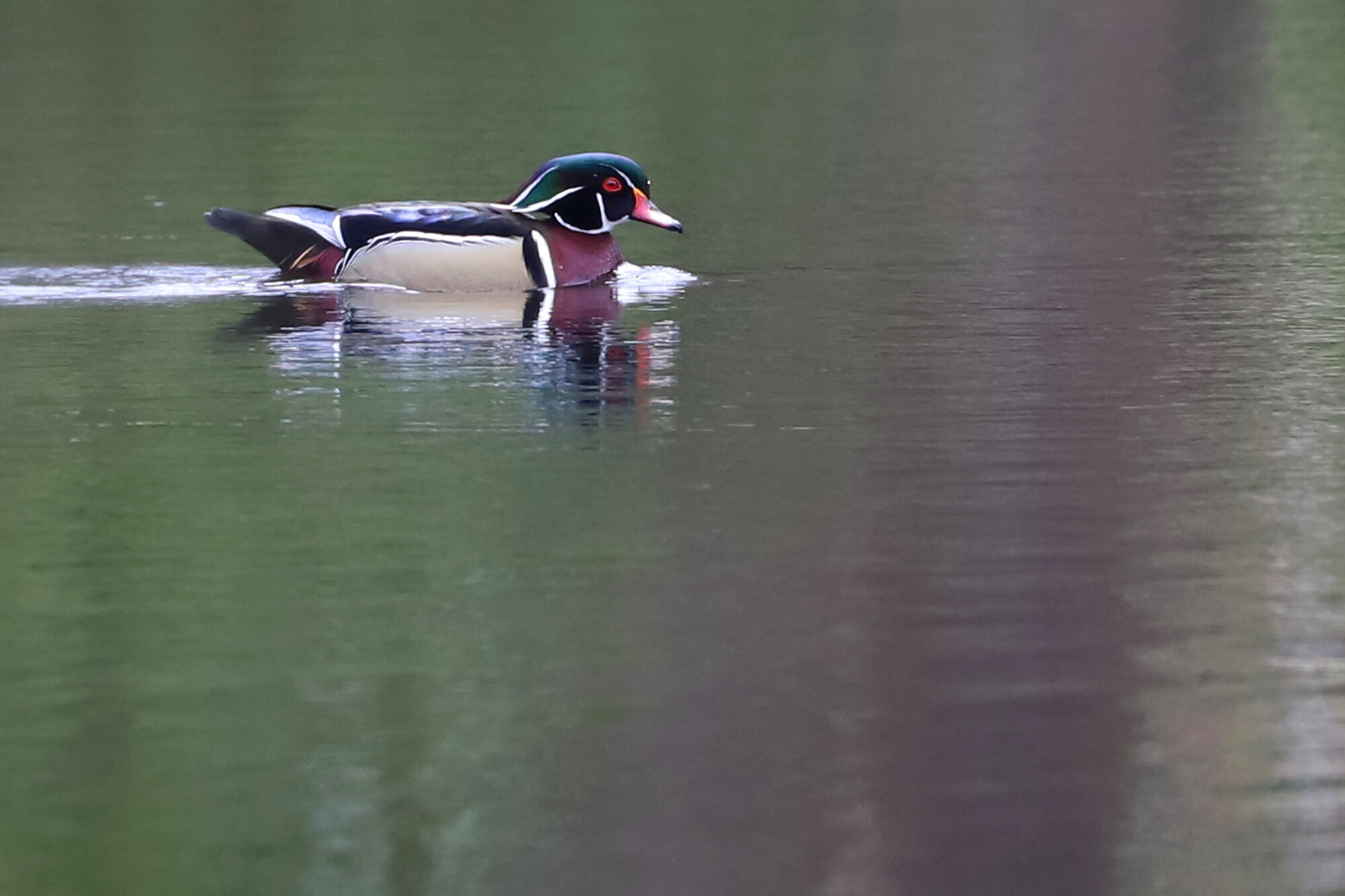
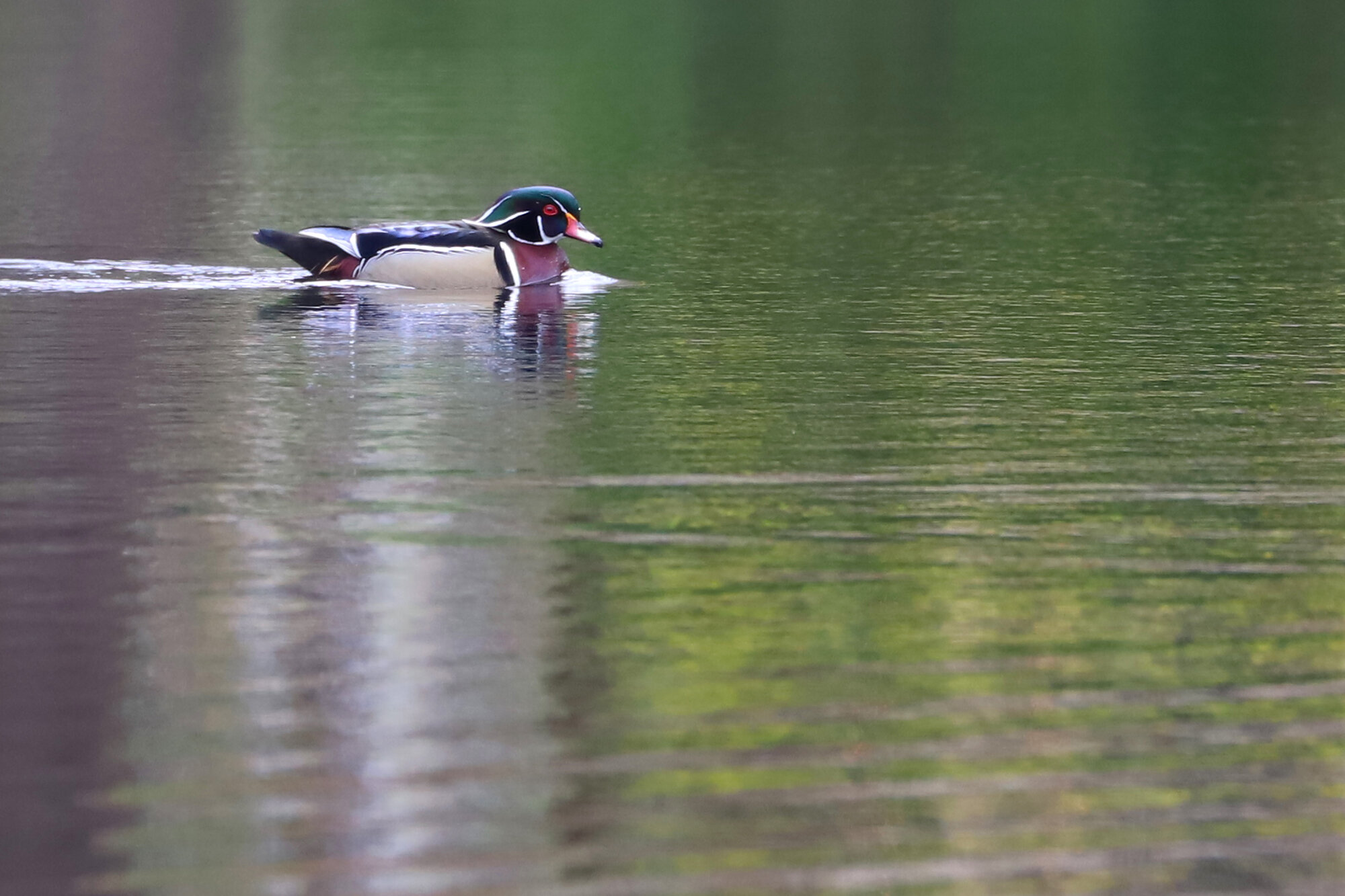
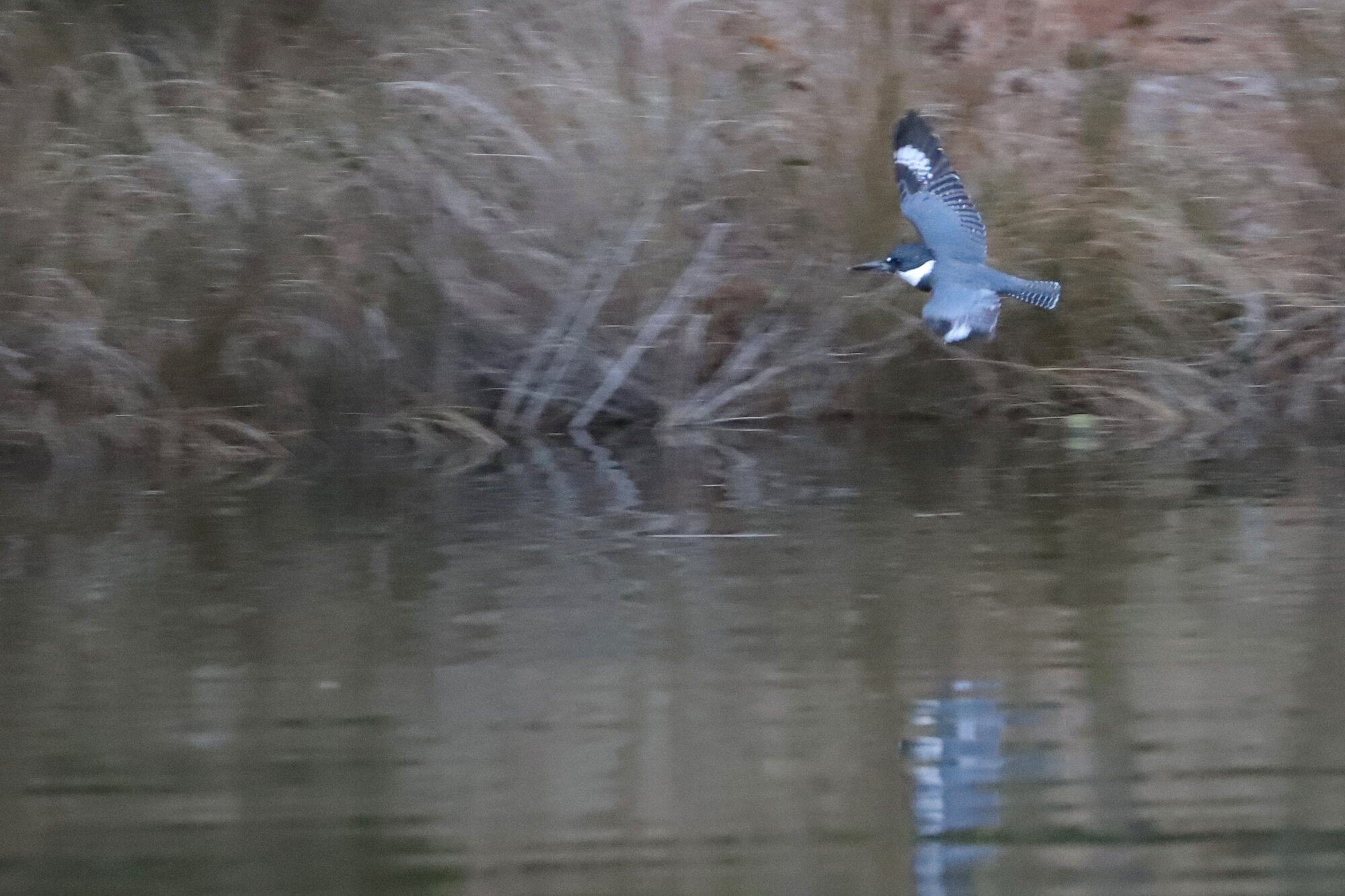
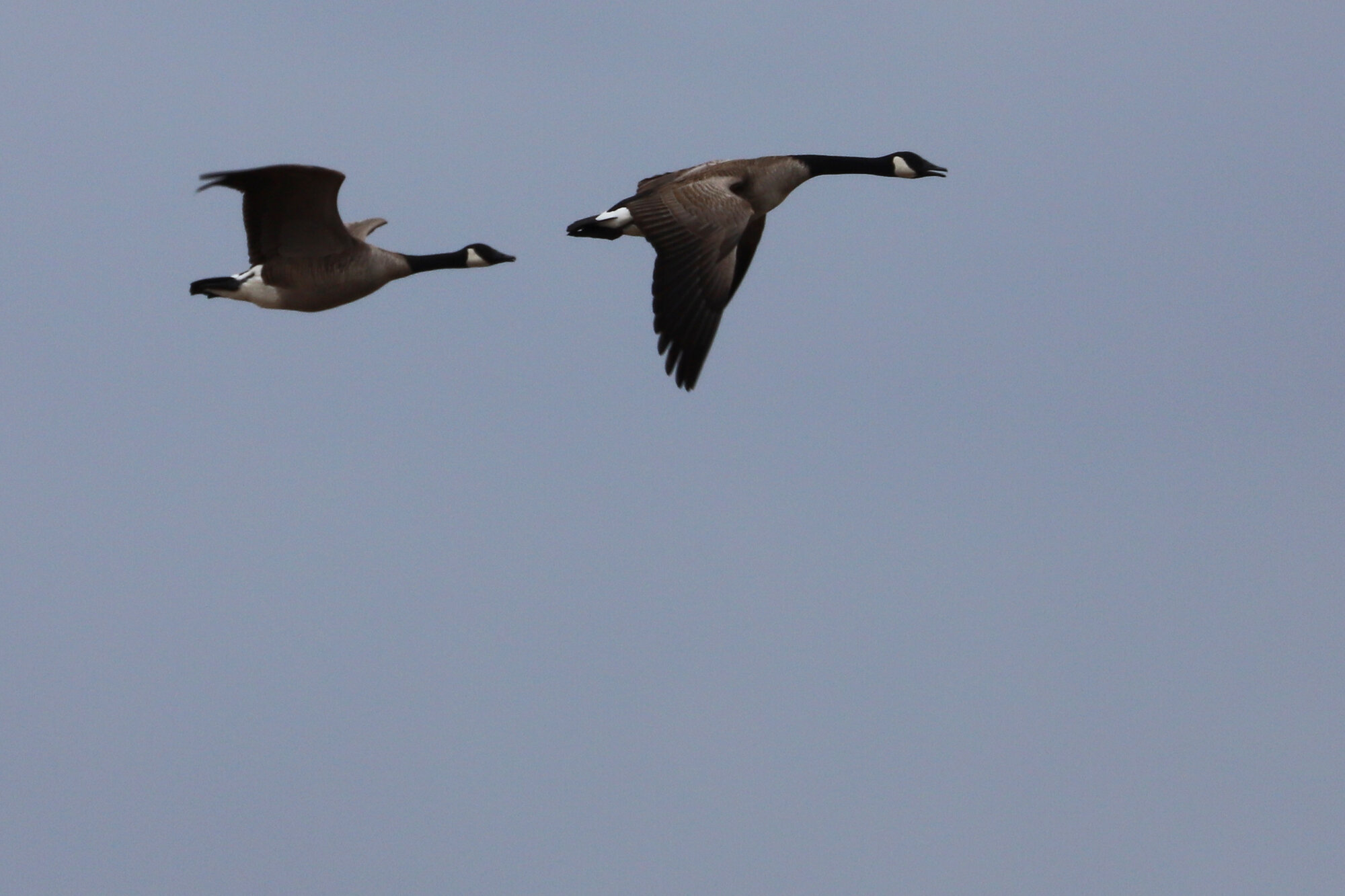
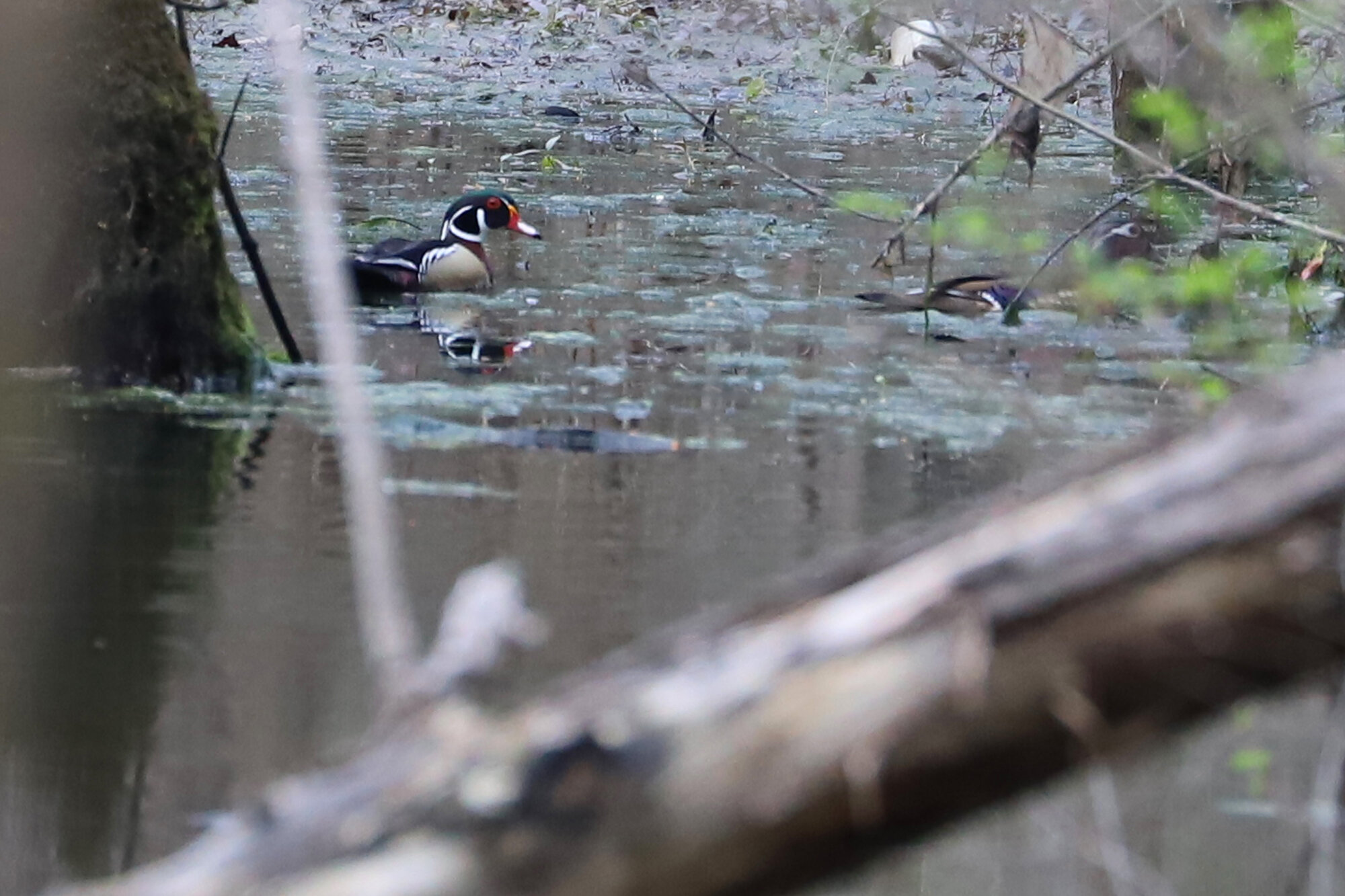
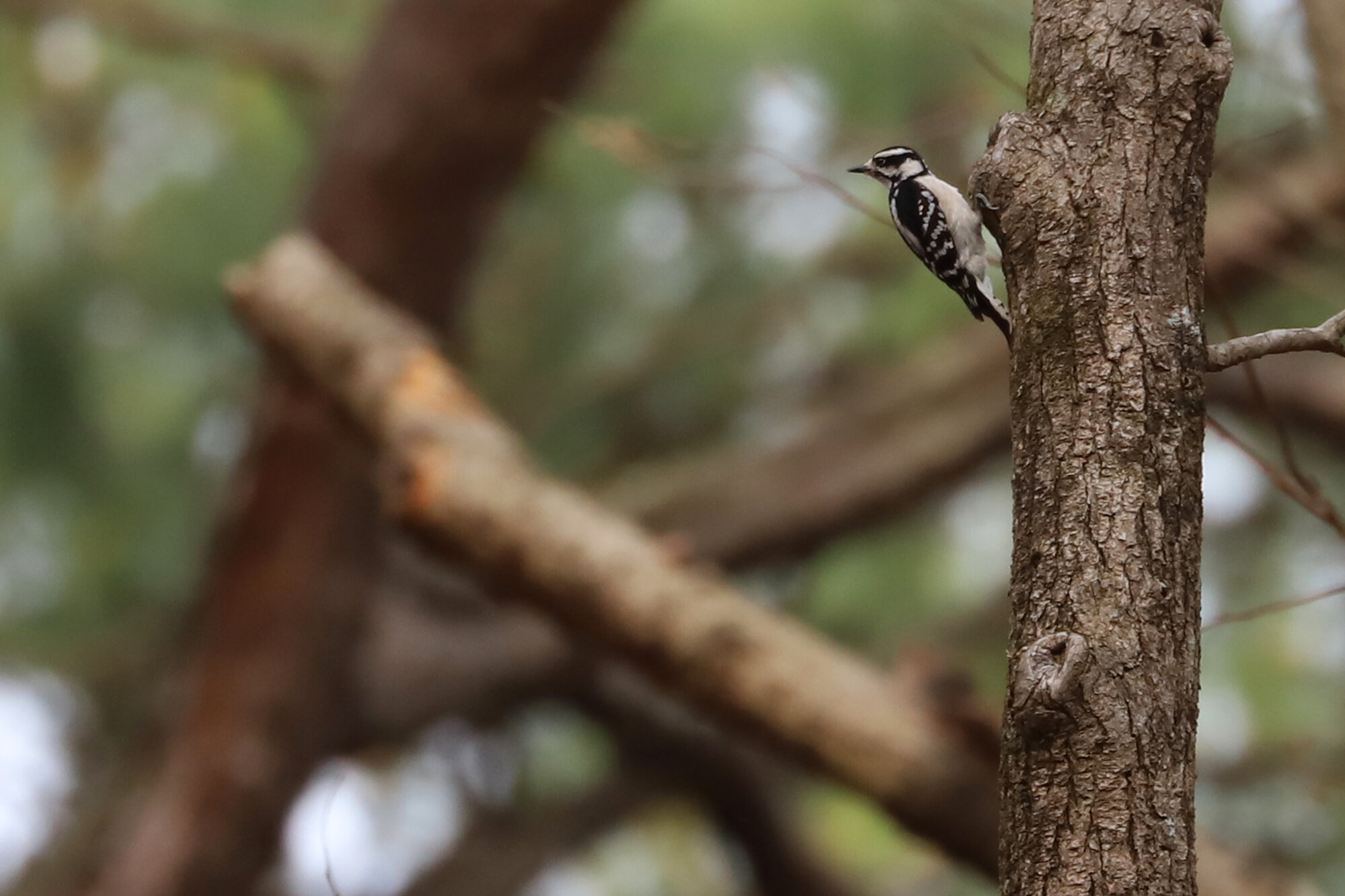
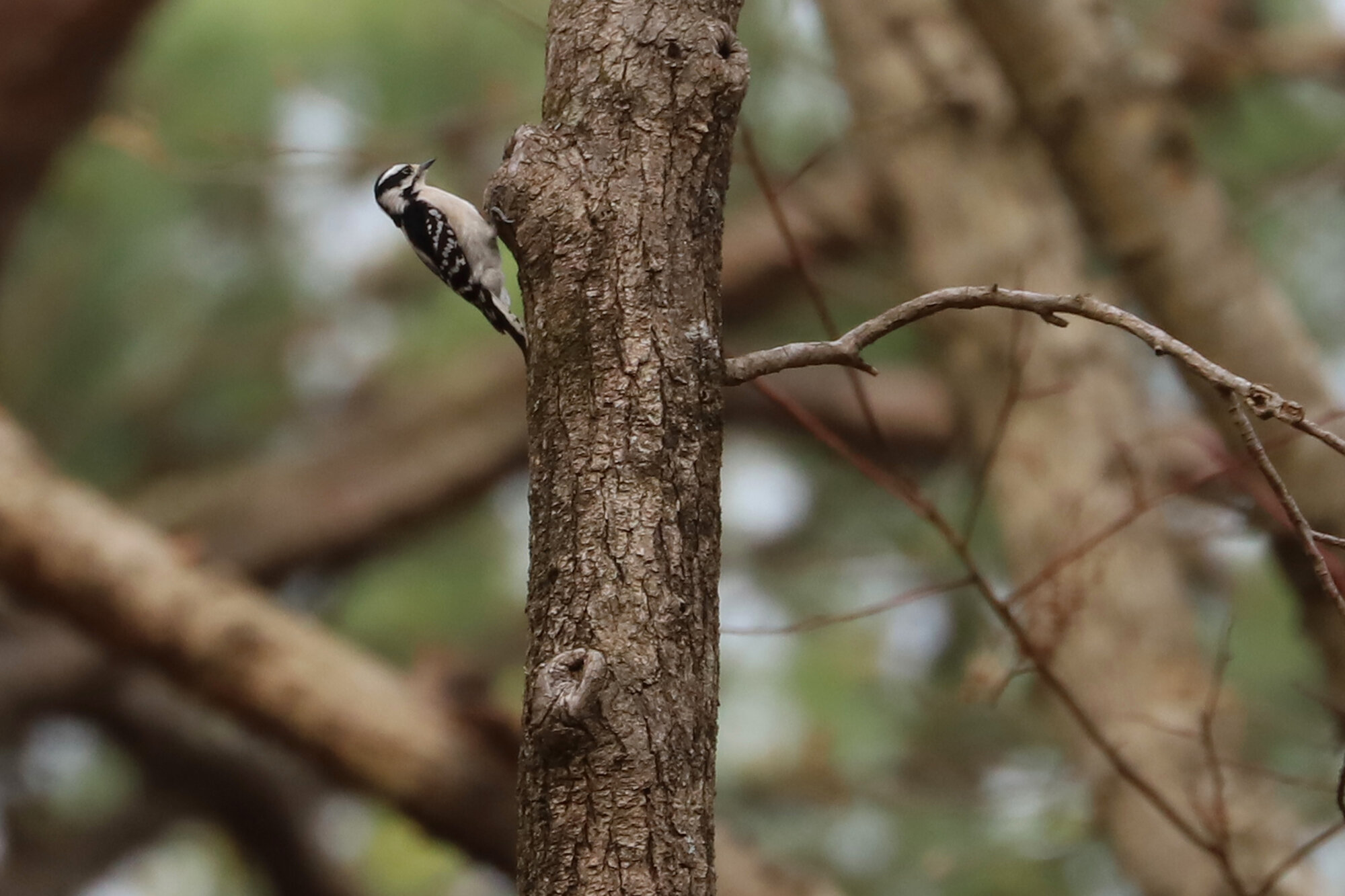

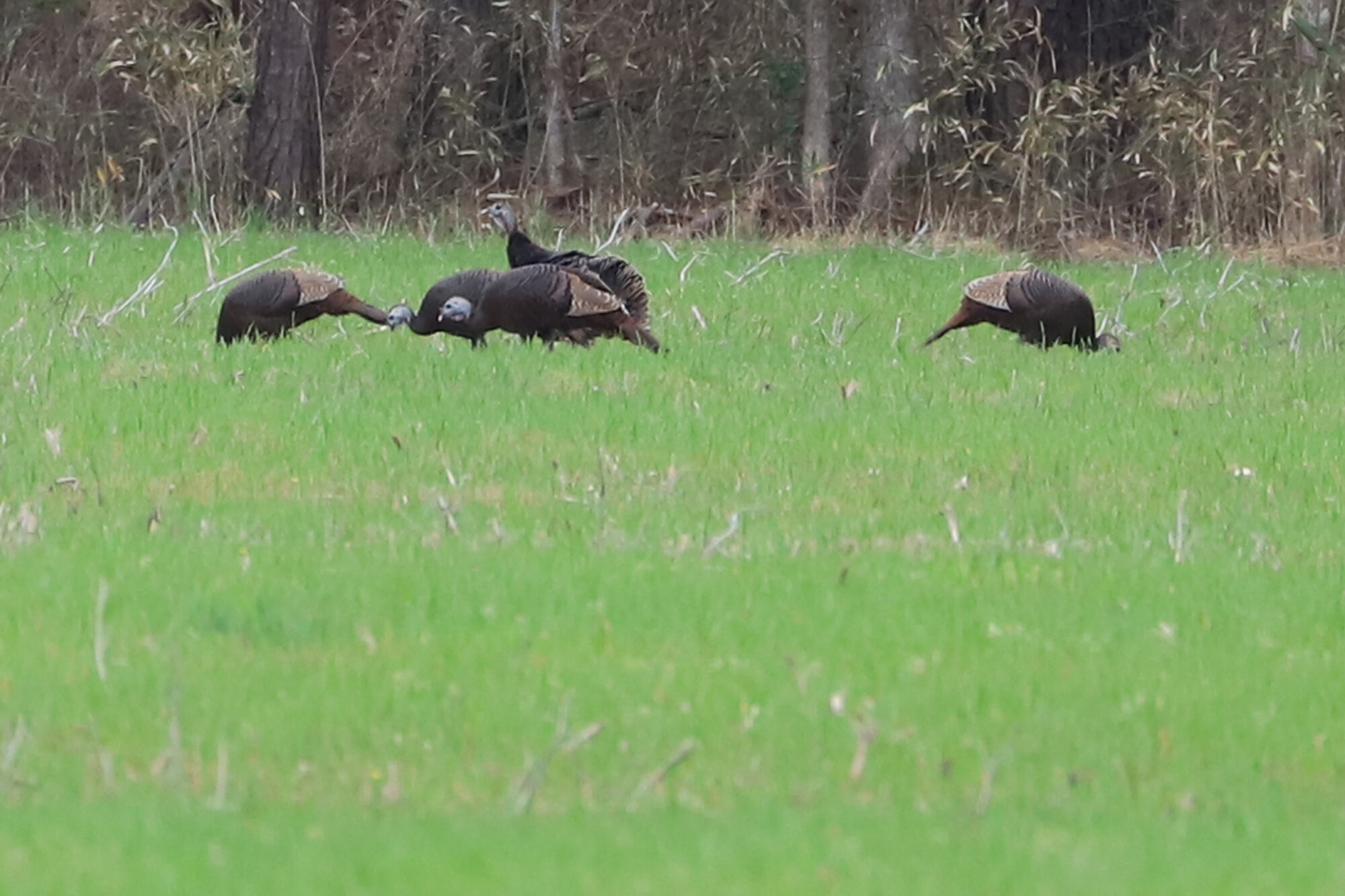
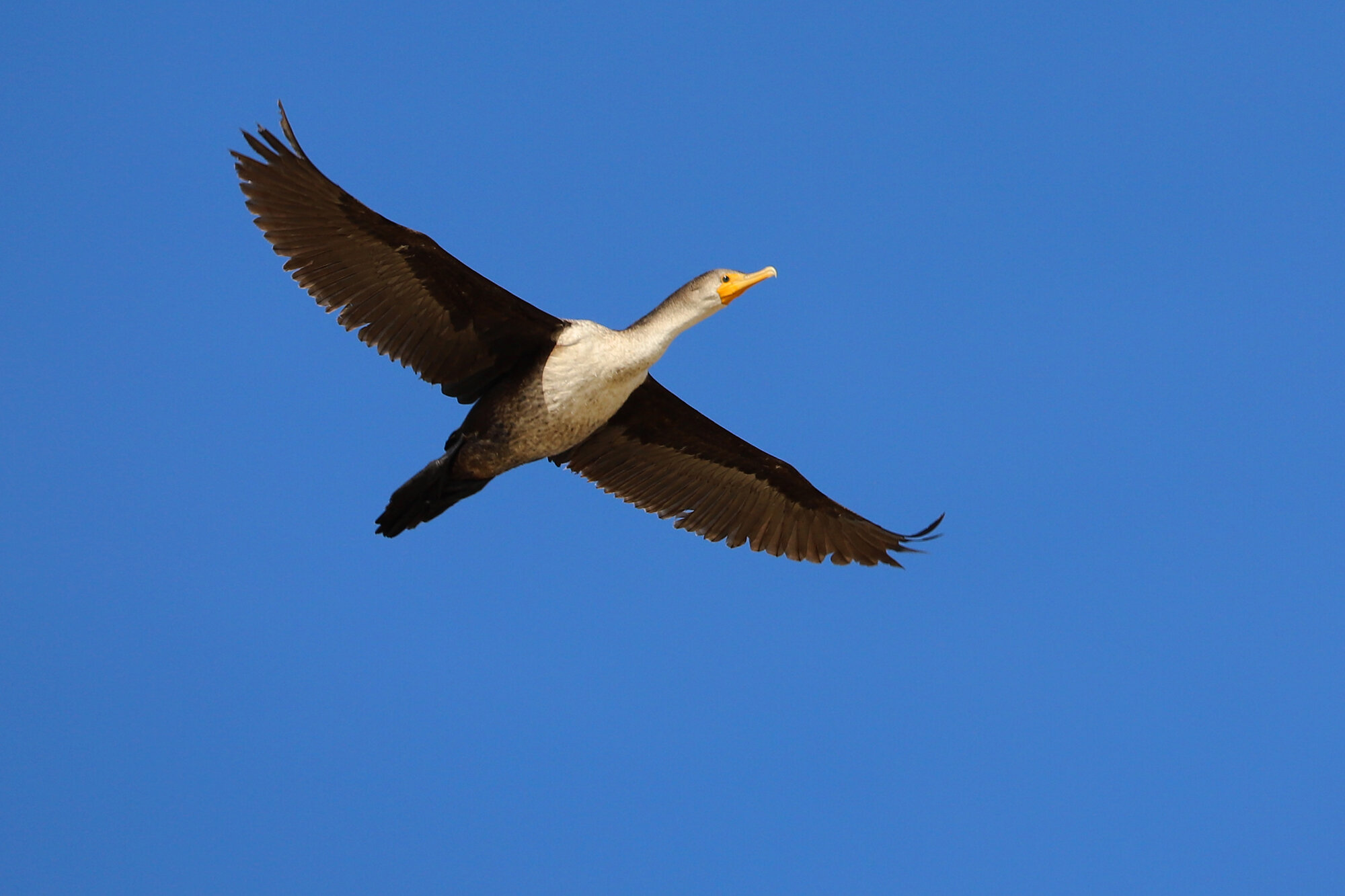
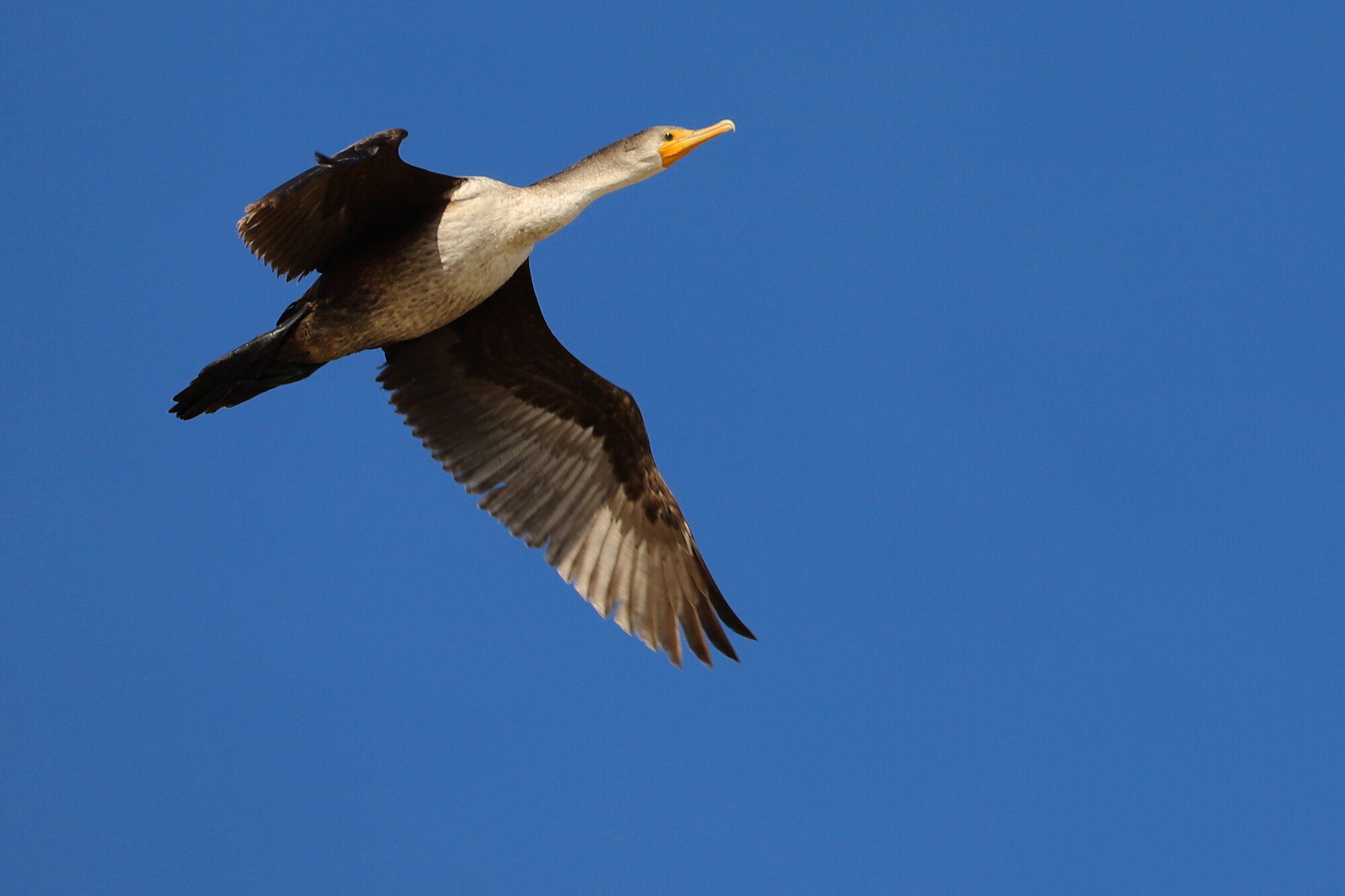

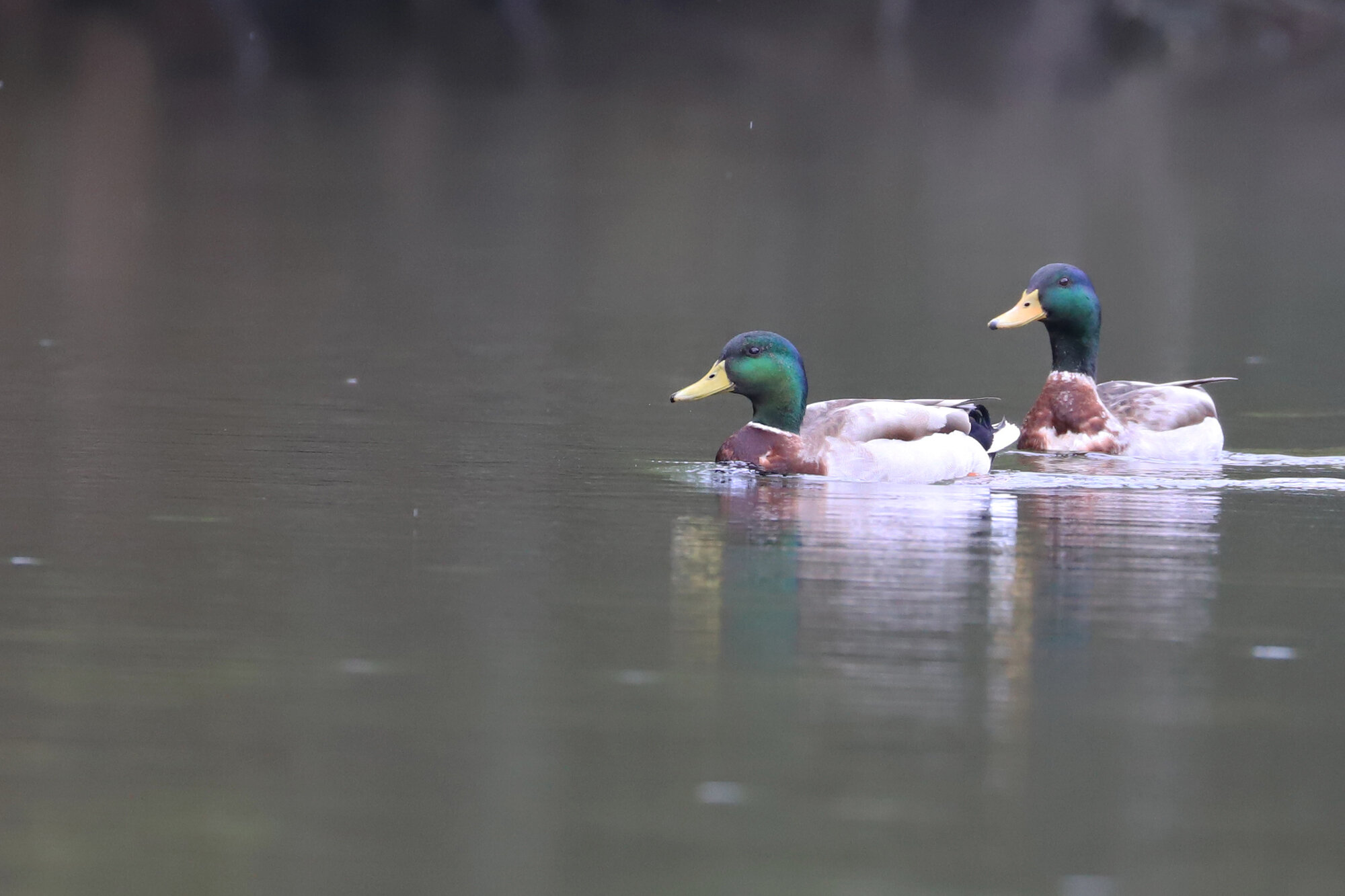
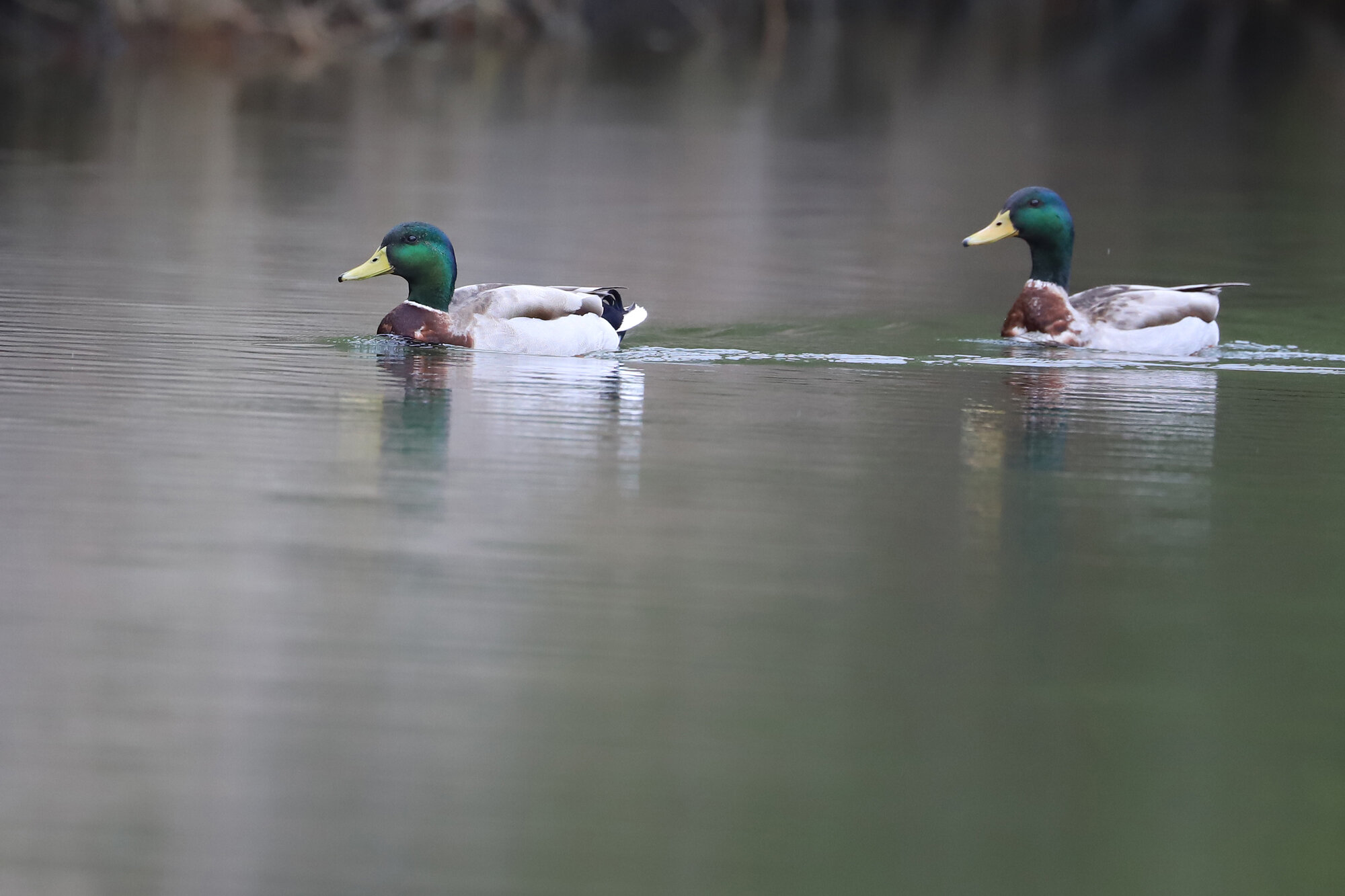
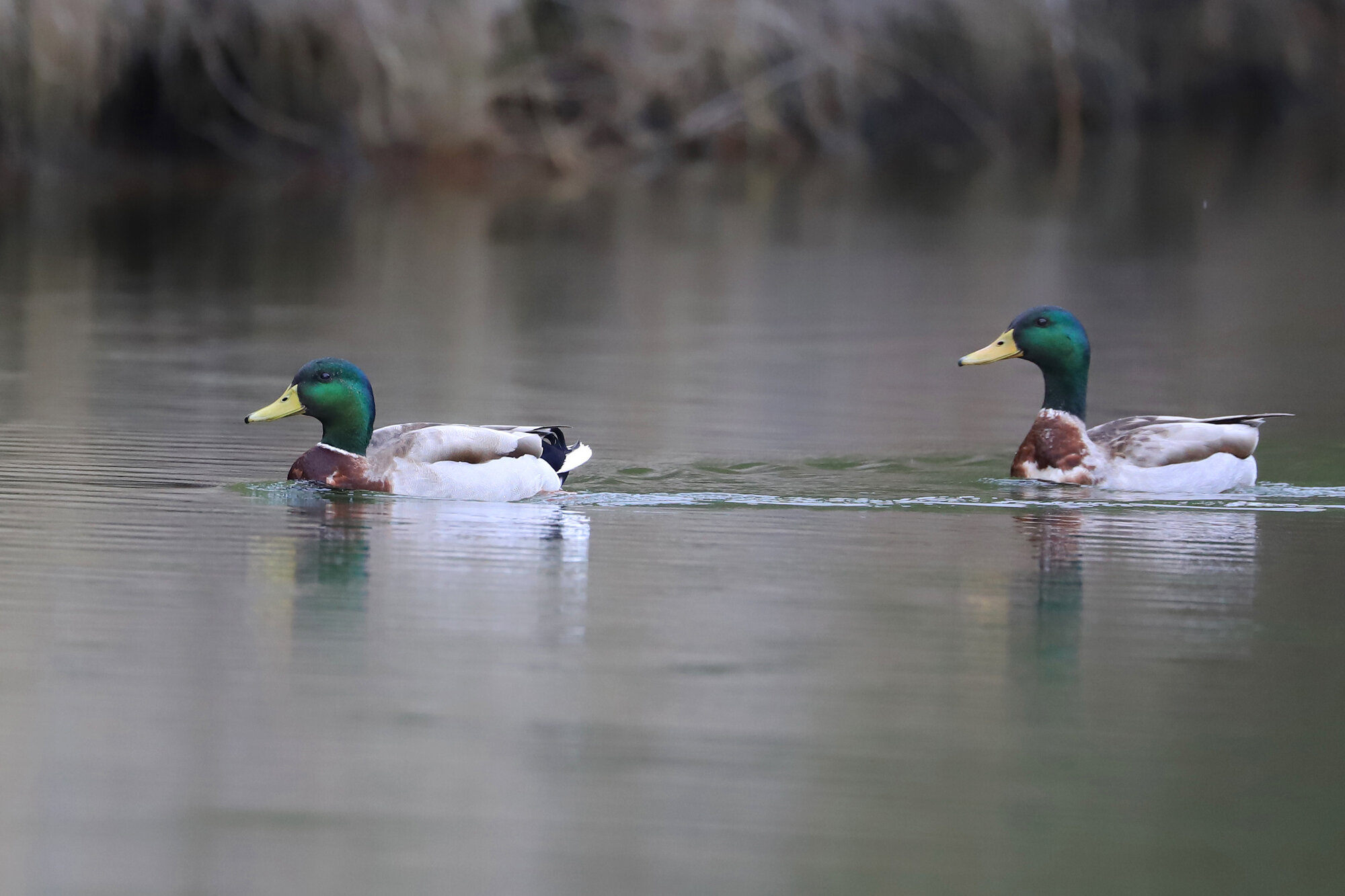
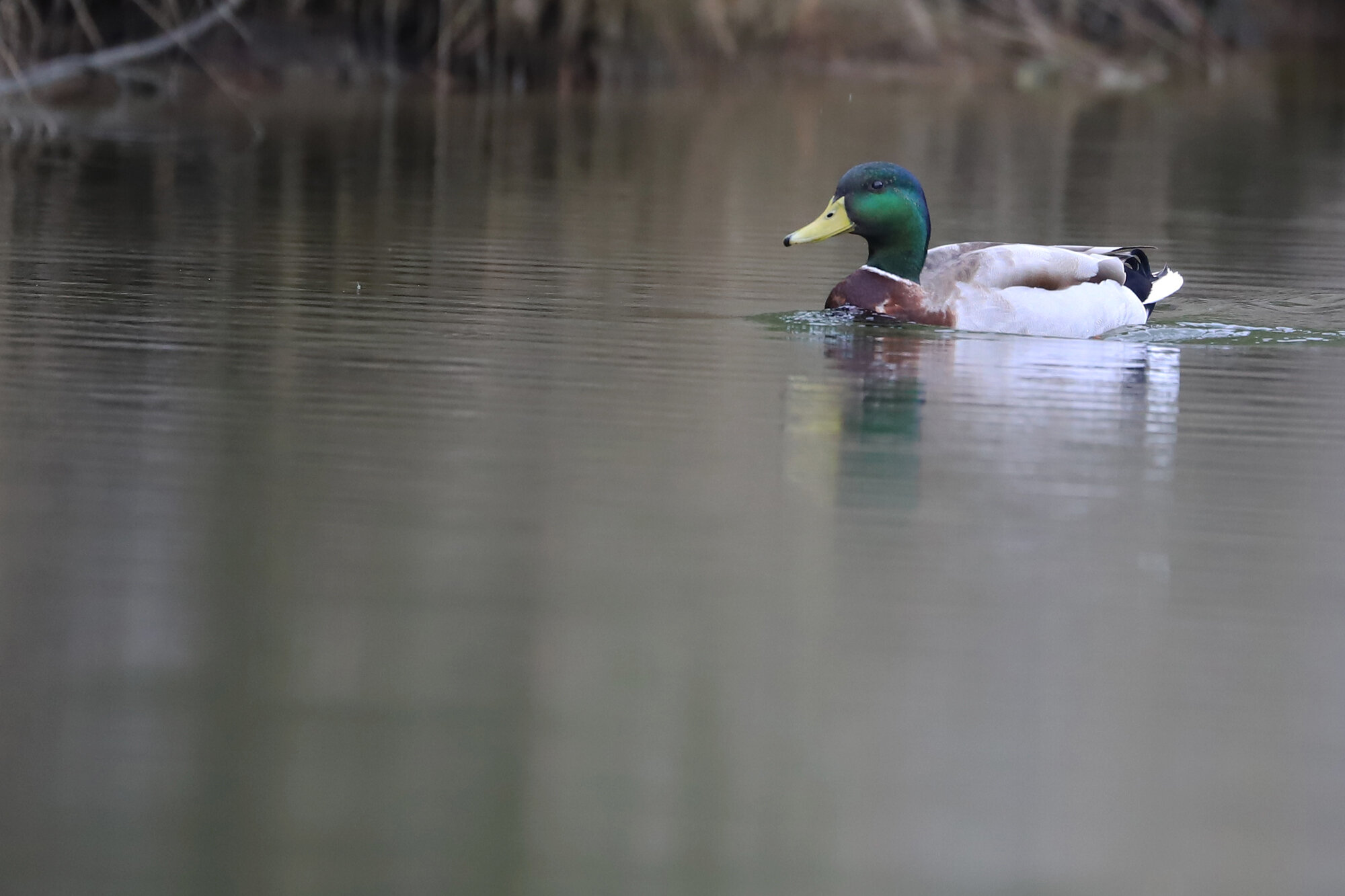

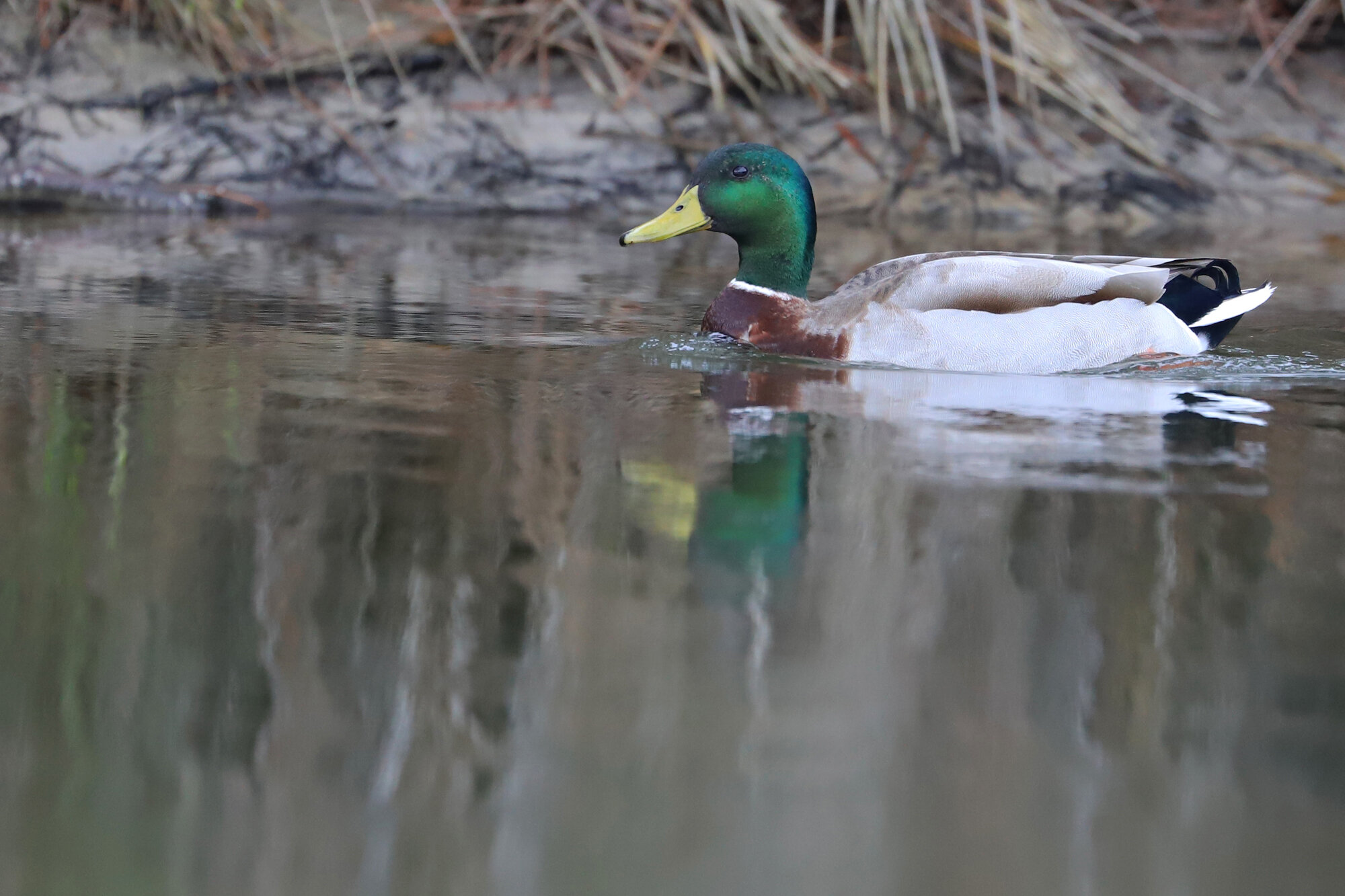
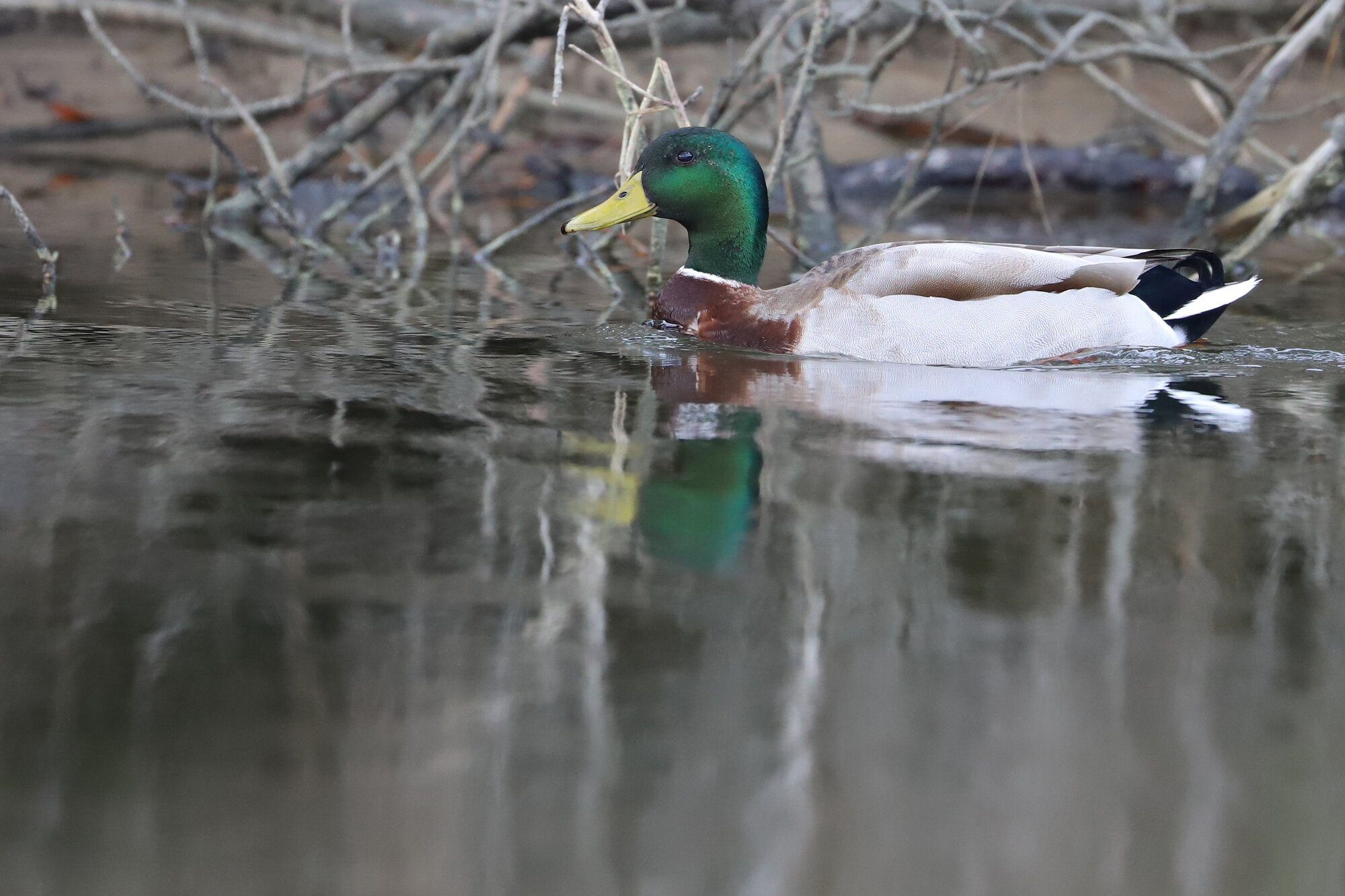
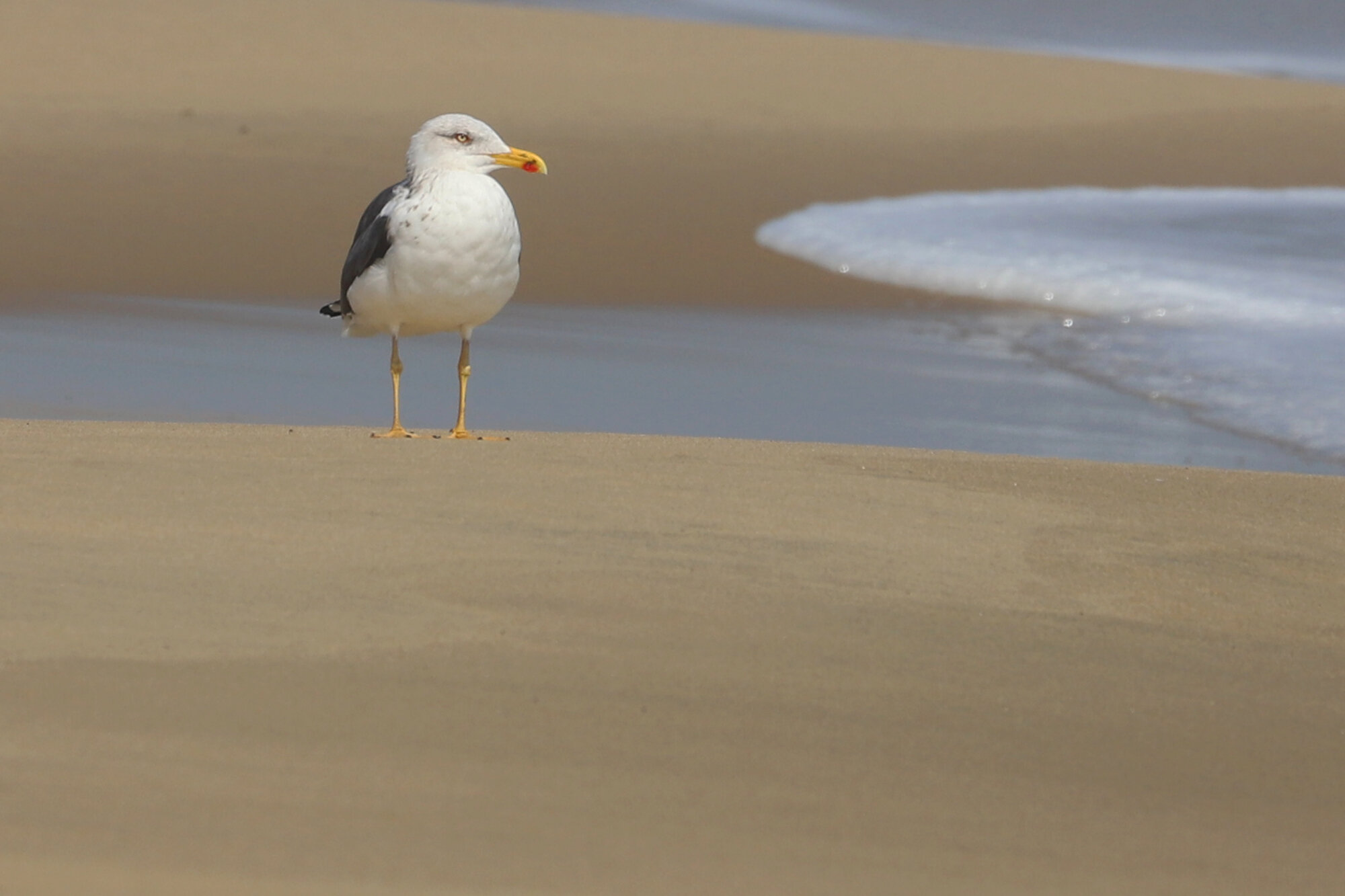
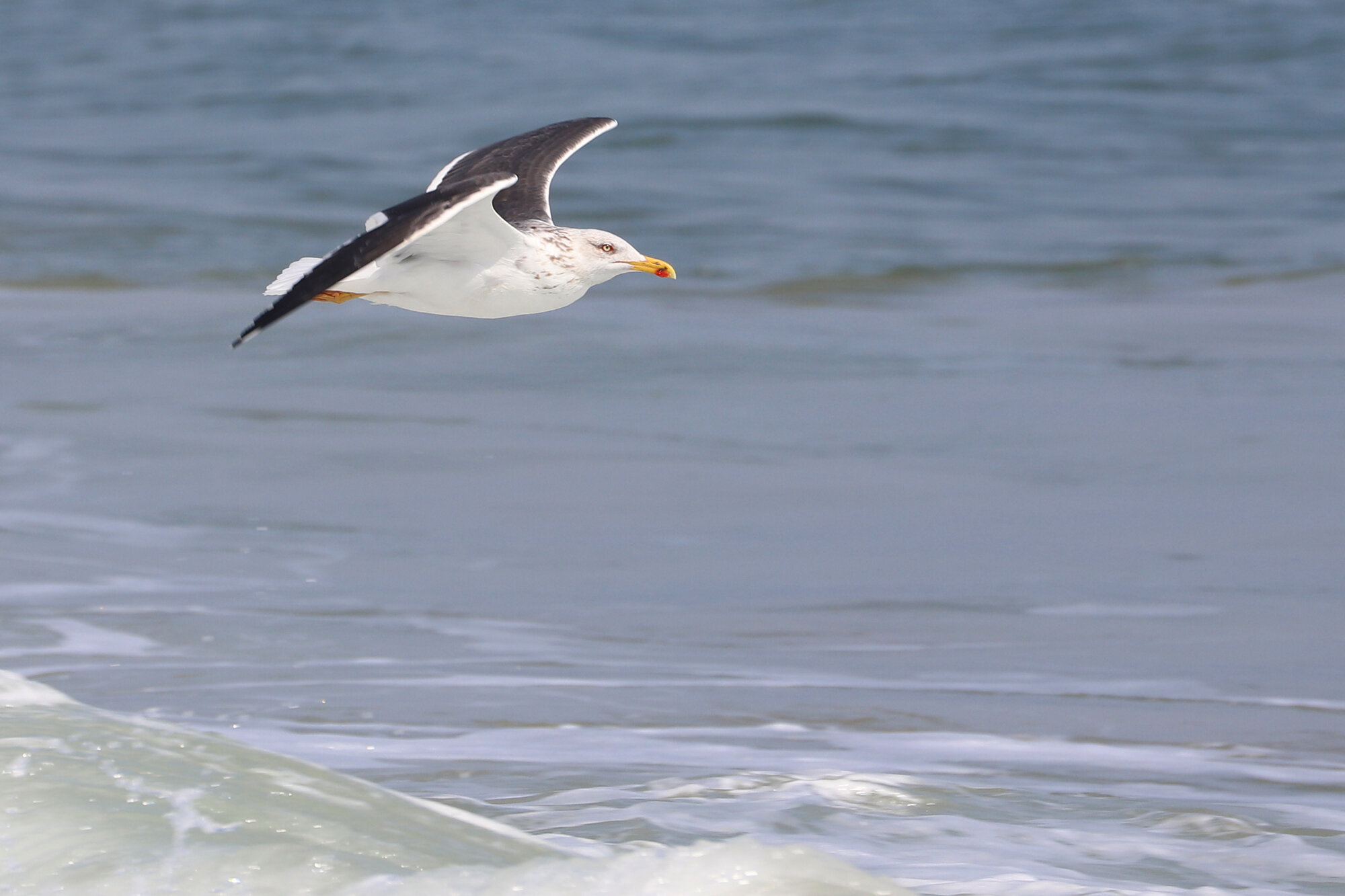
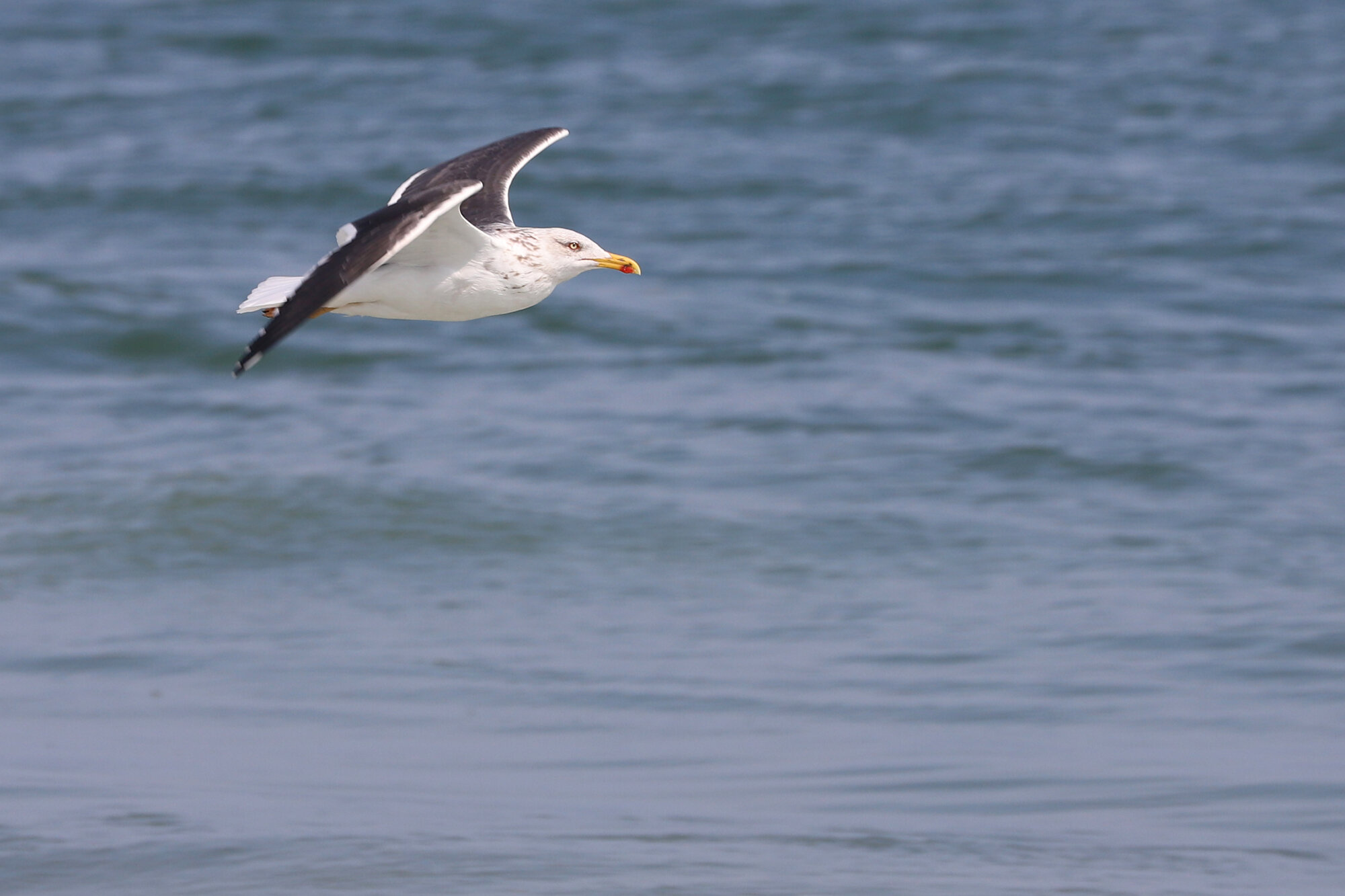
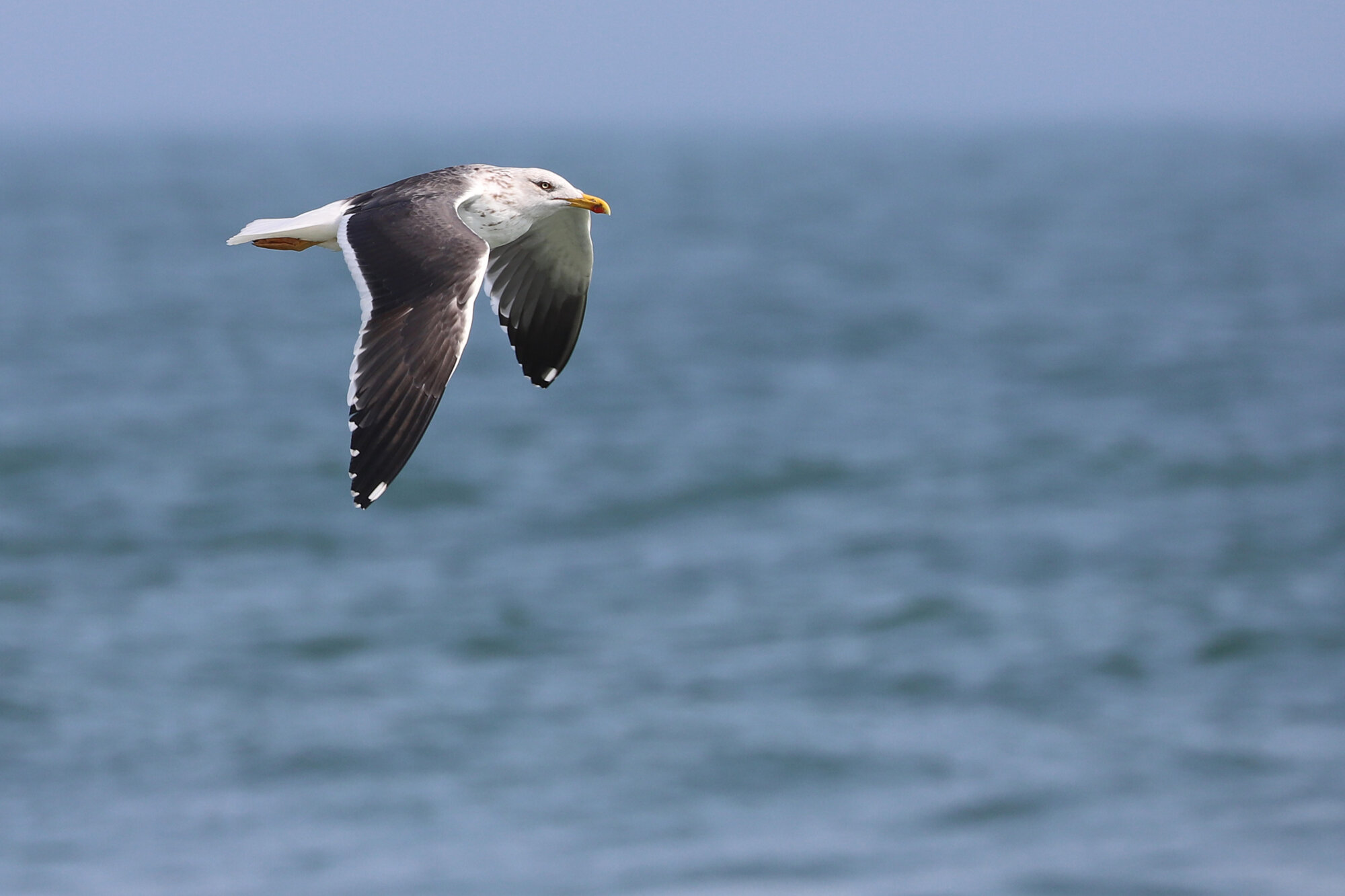
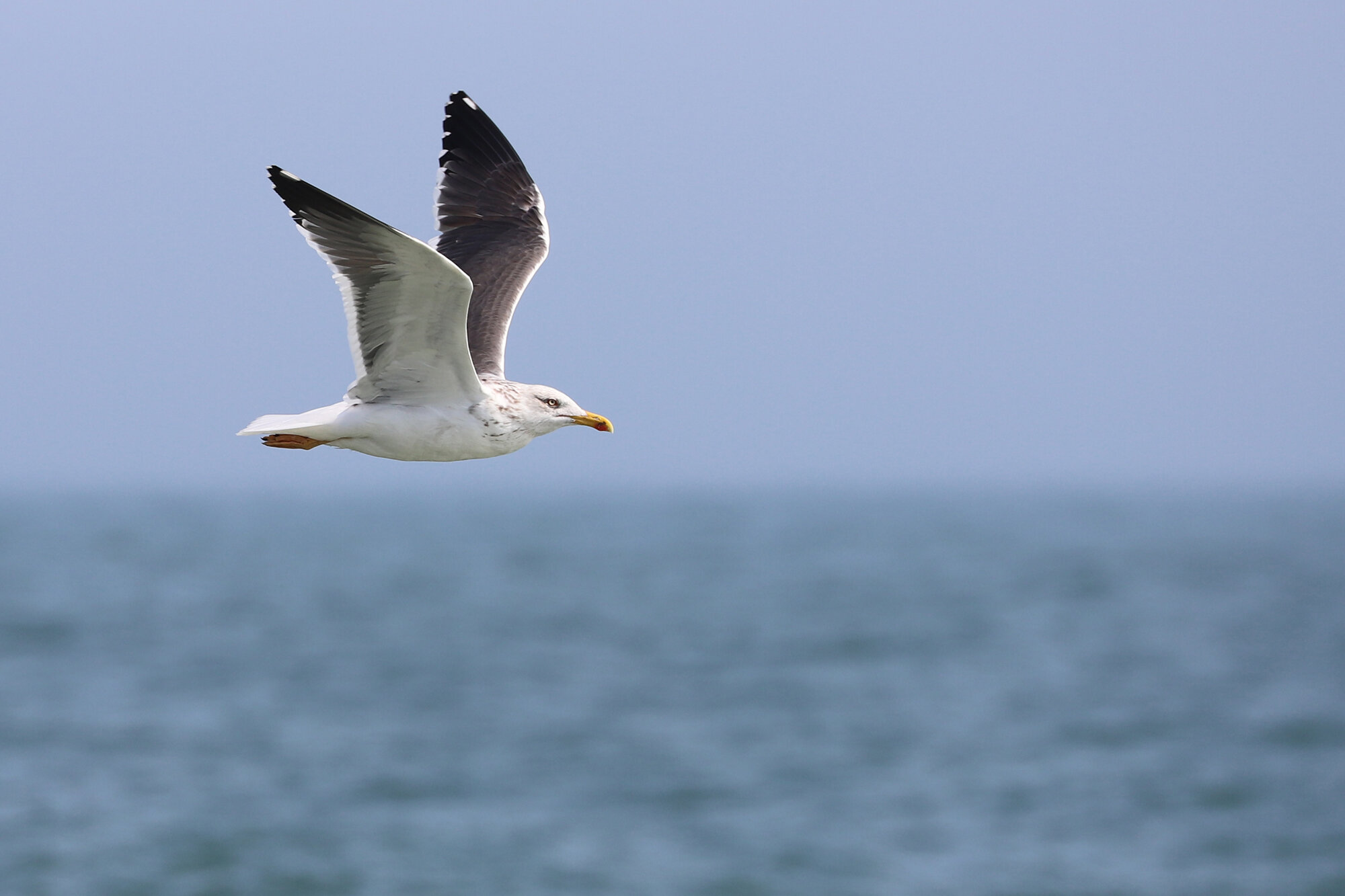
Another rare winterer in Virginia, the YELLOW-BREASTED CHAT first noted at Little Island Park’s kayak launch area on 4 Dec (ph. Steve Myers) and re-found on 17 Feb (ph. Nick Ramsey) continued through at least 2 Mar (ph. Steve Keith) before reports came to an end. It’s likely the individual was still present throughout the remainder of the month, given this species’ skulky nature, it could easily hide, as this individual pointed out during its 2+ month window of evasion. With average spring arrival for this species in the city not until late April, we’re still securely in the wintering window. What’s striking, in looking at the map of March reports for this species, is that there are quite a few records northeast of Virginia along the East Coast, however there were none recorded in Georgia & South Carolina. A strange, or fascinating, pattern for a species that should be present in higher number that farther south one goes in winter! (Mar 2020 Map)
Only the second photo-documented record for RUSTY BLACKBIRD so far in 2020, and the first of more than one individual occurred at First Landing SP on 13 Mar (ph. June McDaniels) when three were present. A scarce species in the coastal counties of Virginia, due primarily to our lack of extensive freshwater marshes and flooded forests that the species is attracted to in winter, any record here is cause for excitement. We’ve had one record each month this year to date, but they don’t ever seem to stay in the same spot long enough for others to follow up unfortunately! With no reports on the Eastern Shore this month, coastal Virginia birders tend to rely on the Great Dismal Swamp in Suffolk & Chesapeake to see these gorgeous blackbirds. (Mar 2020 Map)
White Ibis / Princess Anne WMA Whitehurst Tract / 22 Mar; please click this photo to advance to the next!
Snowy Egrets / Pleasure House Point NA / 7 Mar
Great Egret / Pleasure House Point NA / 7 Mar
Great Blue Heron / Stumpy Lake NA / 13 Mar
White Ibis / Princess Anne WMA Whitehurst Tract / 22 Mar
White Ibis / Princess Anne WMA Whitehurst Tract / 22 Mar
White Ibis & Great Egret / Princess Anne WMA Whitehurst Tract / 22 Mar
White Ibis / Princess Anne WMA Whitehurst Tract / 22 Mar
White Ibis / Princess Anne WMA Whitehurst Tract / 22 Mar
White Ibis / Princess Anne WMA Whitehurst Tract / 22 Mar
White Ibis / Princess Anne WMA Whitehurst Tract / 22 Mar
White Ibis / Princess Anne WMA Whitehurst Tract / 22 Mar
White Ibis / Princess Anne WMA Whitehurst Tract / 22 Mar
Snowy Egret / Princess Anne WMA Whitehurst Tract / 22 Mar
Snowy Egret / Princess Anne WMA Whitehurst Tract / 22 Mar
White Ibis / Princess Anne WMA Whitehurst Tract / 22 Mar
Great Egret / Pleasure House Point NA / 27 Mar
Great Egret / Pleasure House Point NA / 27 Mar
Snowy Egret / Pleasure House Point NA / 27 Mar
Black-crowned Night-Heron / Lake Windsor / 28 Mar
Black-crowned Night-Heron / Lake Windsor / 28 Mar
White Ibis / Princess Anne WMA Whitehurst Tract / 29 Mar
White Ibis / Princess Anne WMA Whitehurst Tract / 29 Mar
White Ibis / Princess Anne WMA Whitehurst Tract / 29 Mar
White Ibis / Princess Anne WMA Whitehurst Tract / 29 Mar
White Ibis / Princess Anne WMA Whitehurst Tract / 29 Mar
White Ibis / Princess Anne WMA Whitehurst Tract / 29 Mar
White Ibis / Princess Anne WMA Whitehurst Tract / 29 Mar
White Ibis / Princess Anne WMA Whitehurst Tract / 29 Mar
White Ibis / Princess Anne WMA Whitehurst Tract / 29 Mar
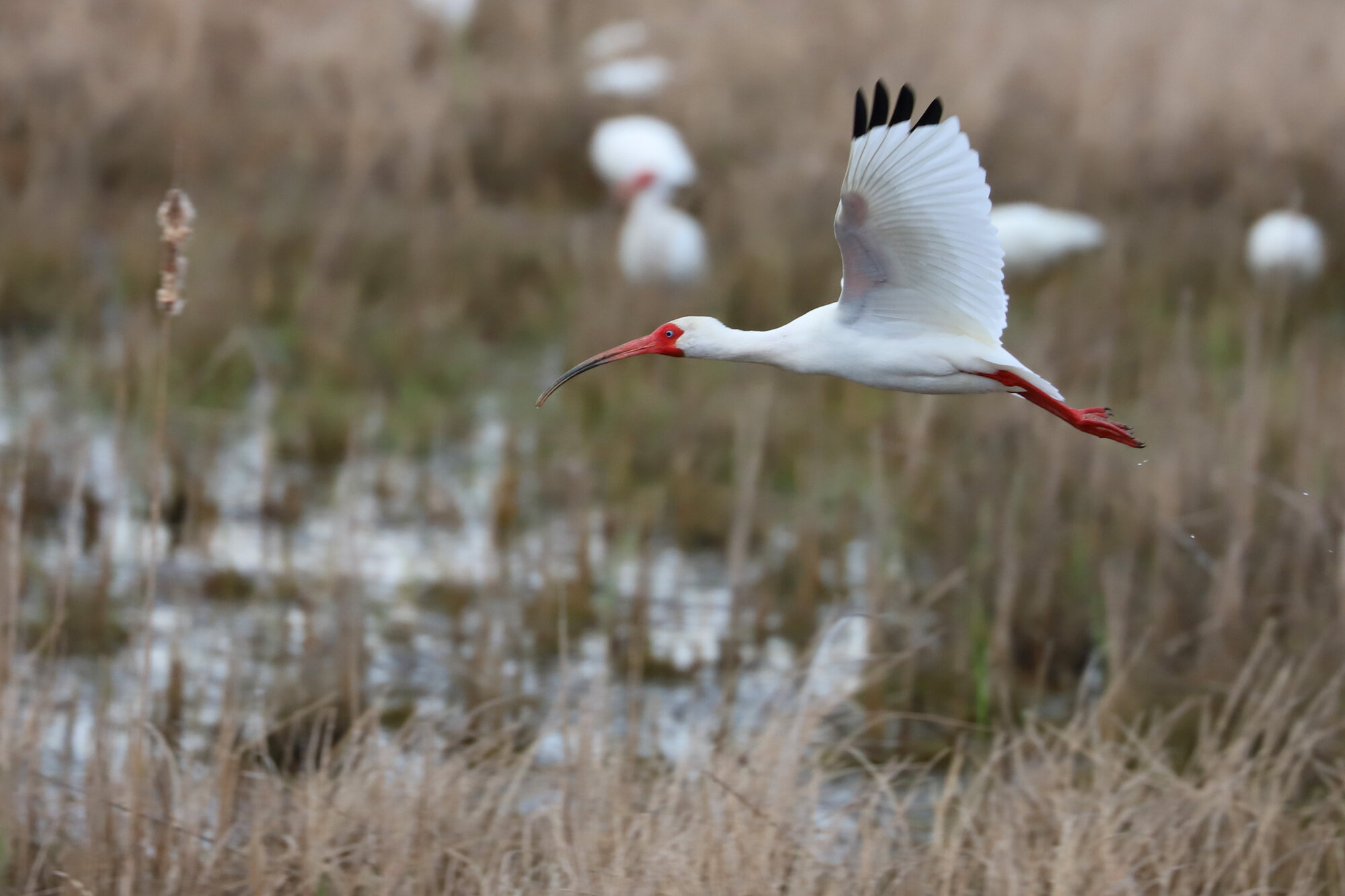
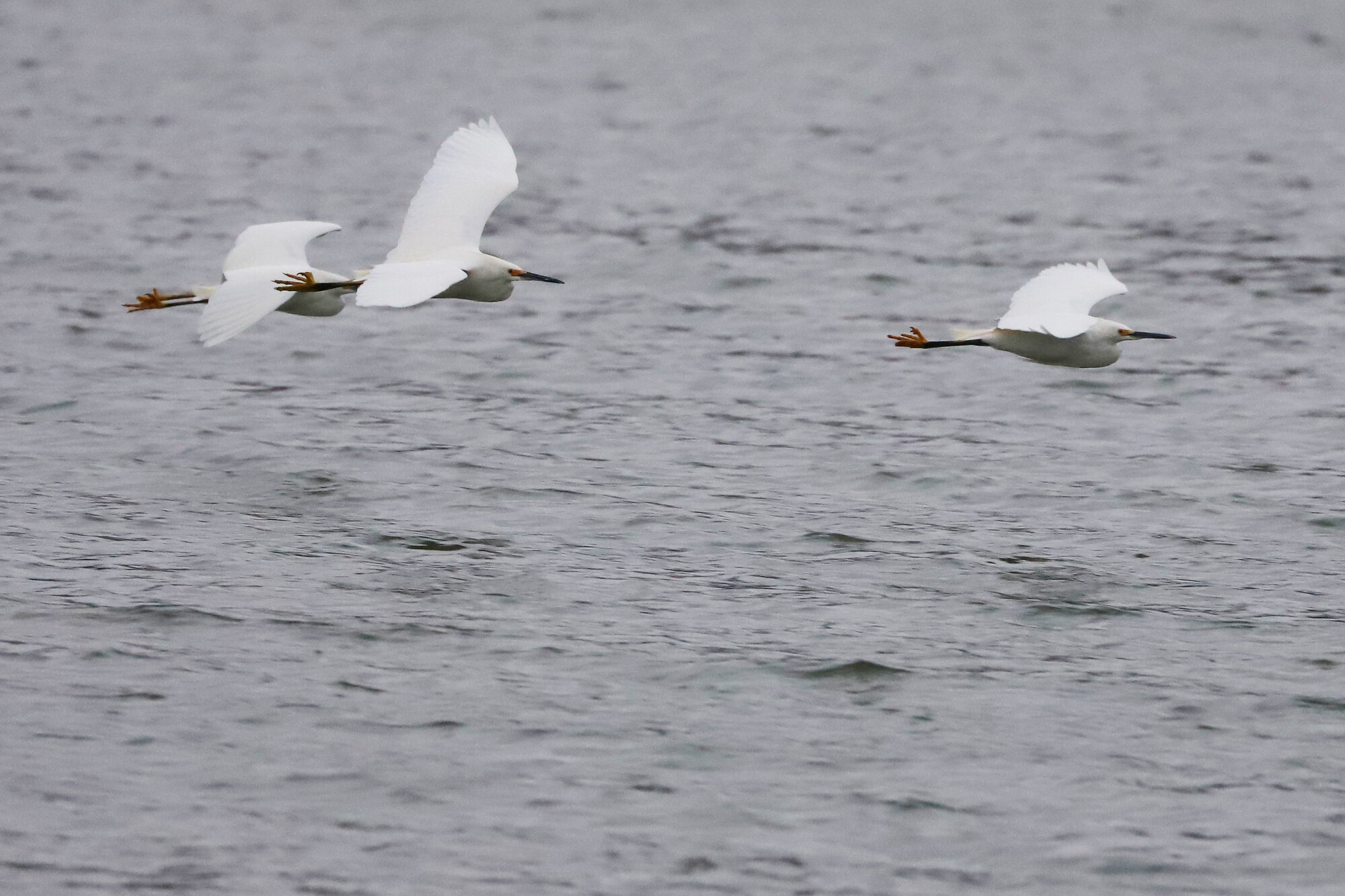
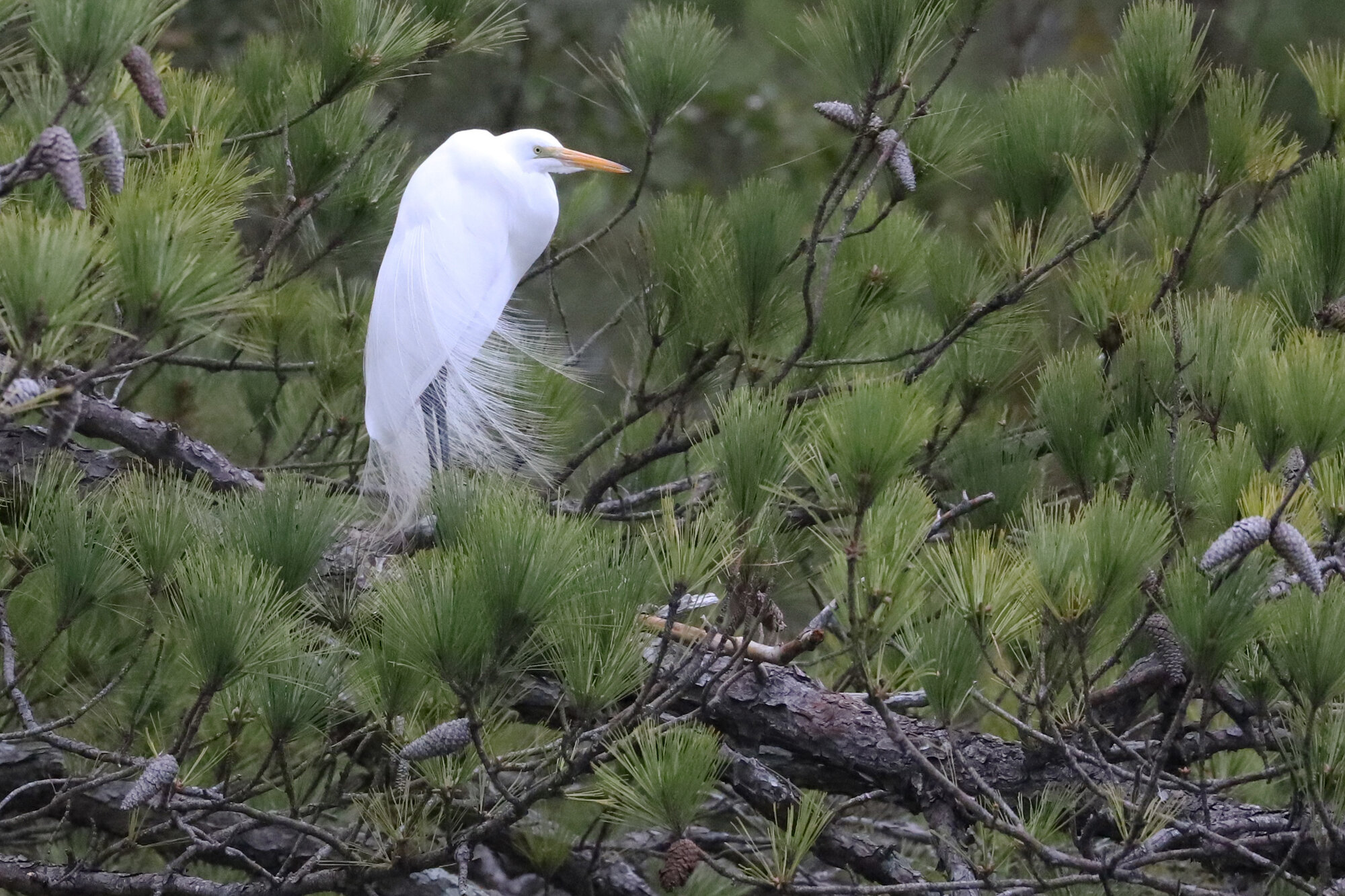
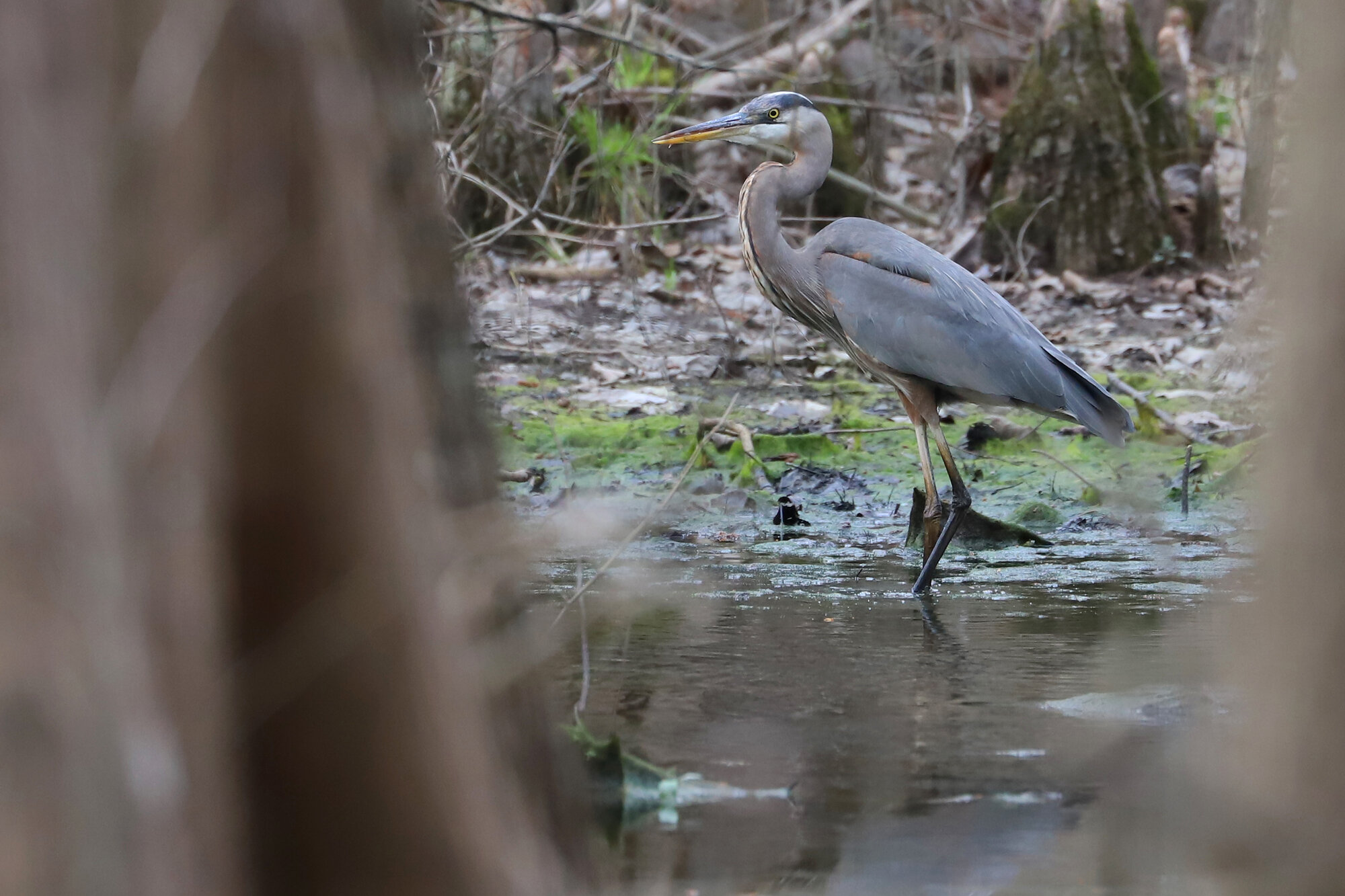
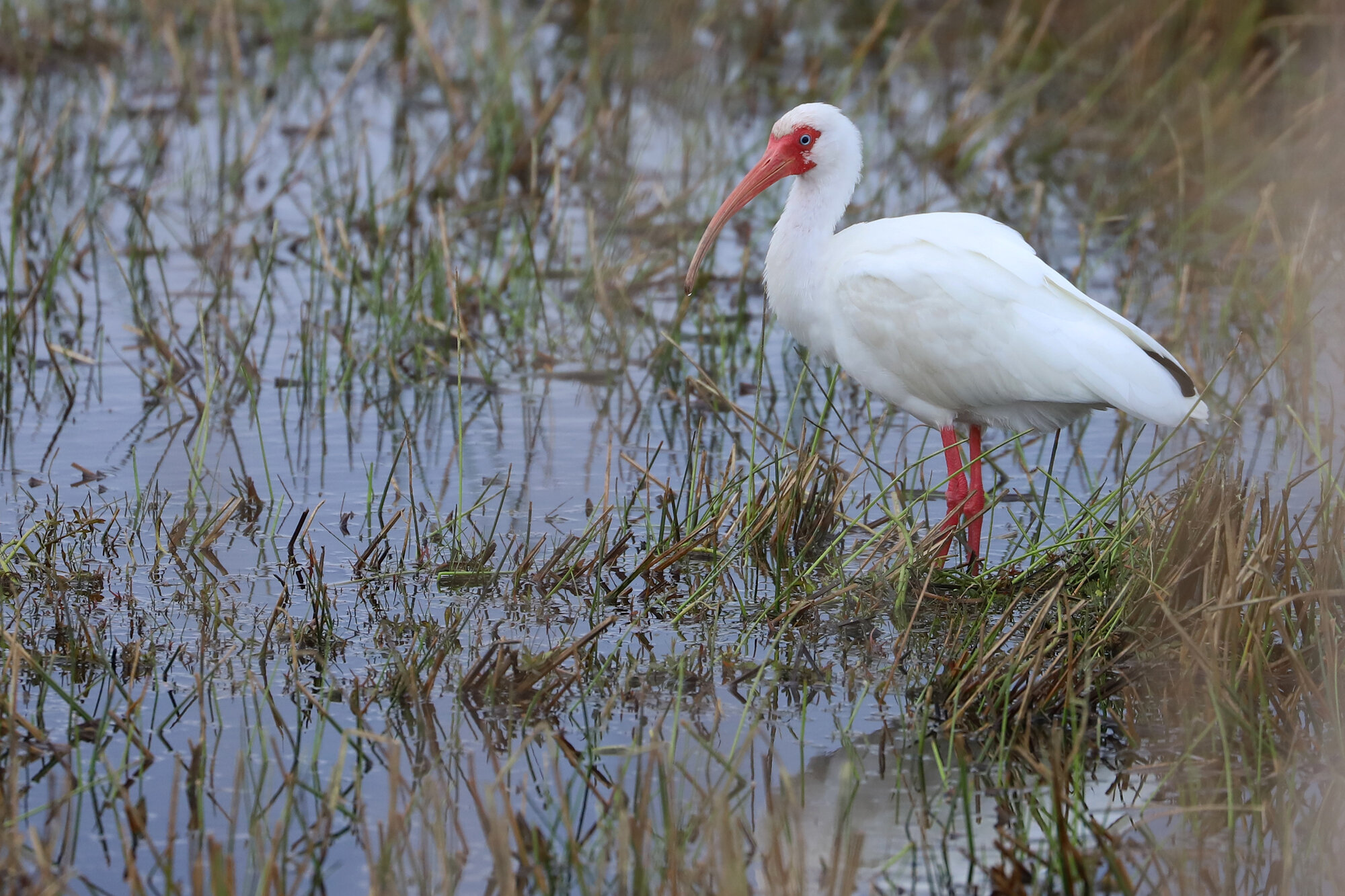
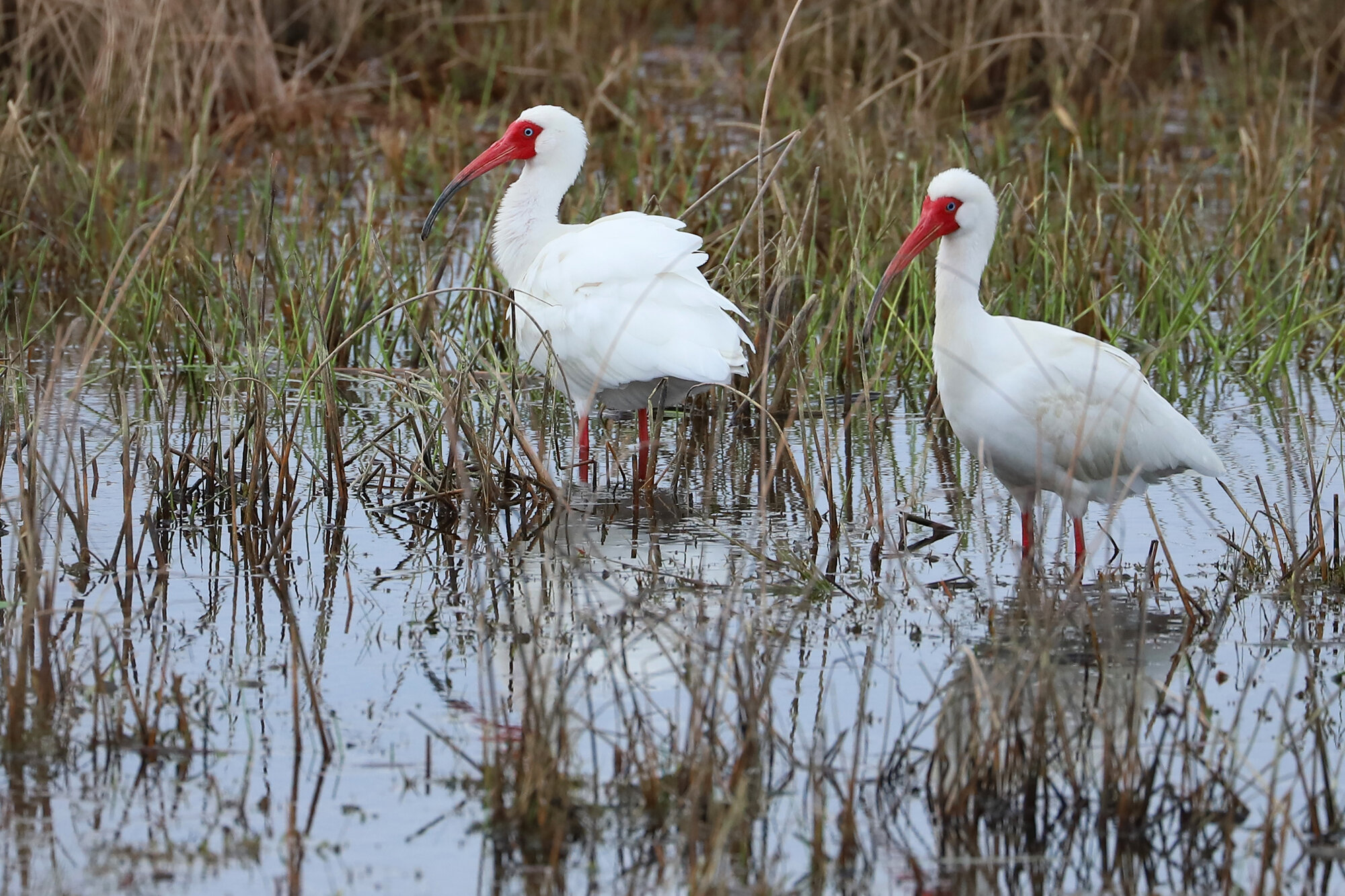
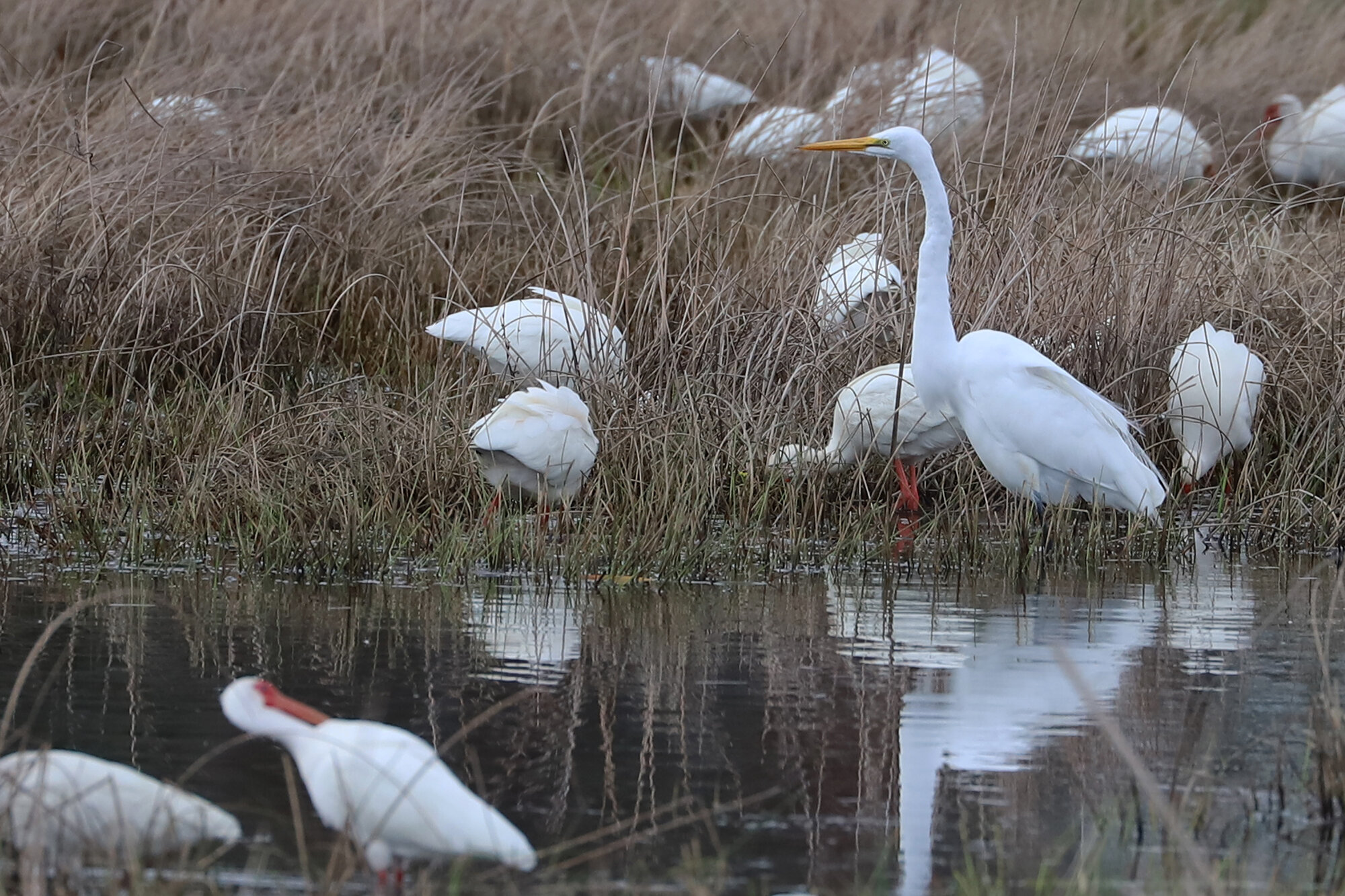
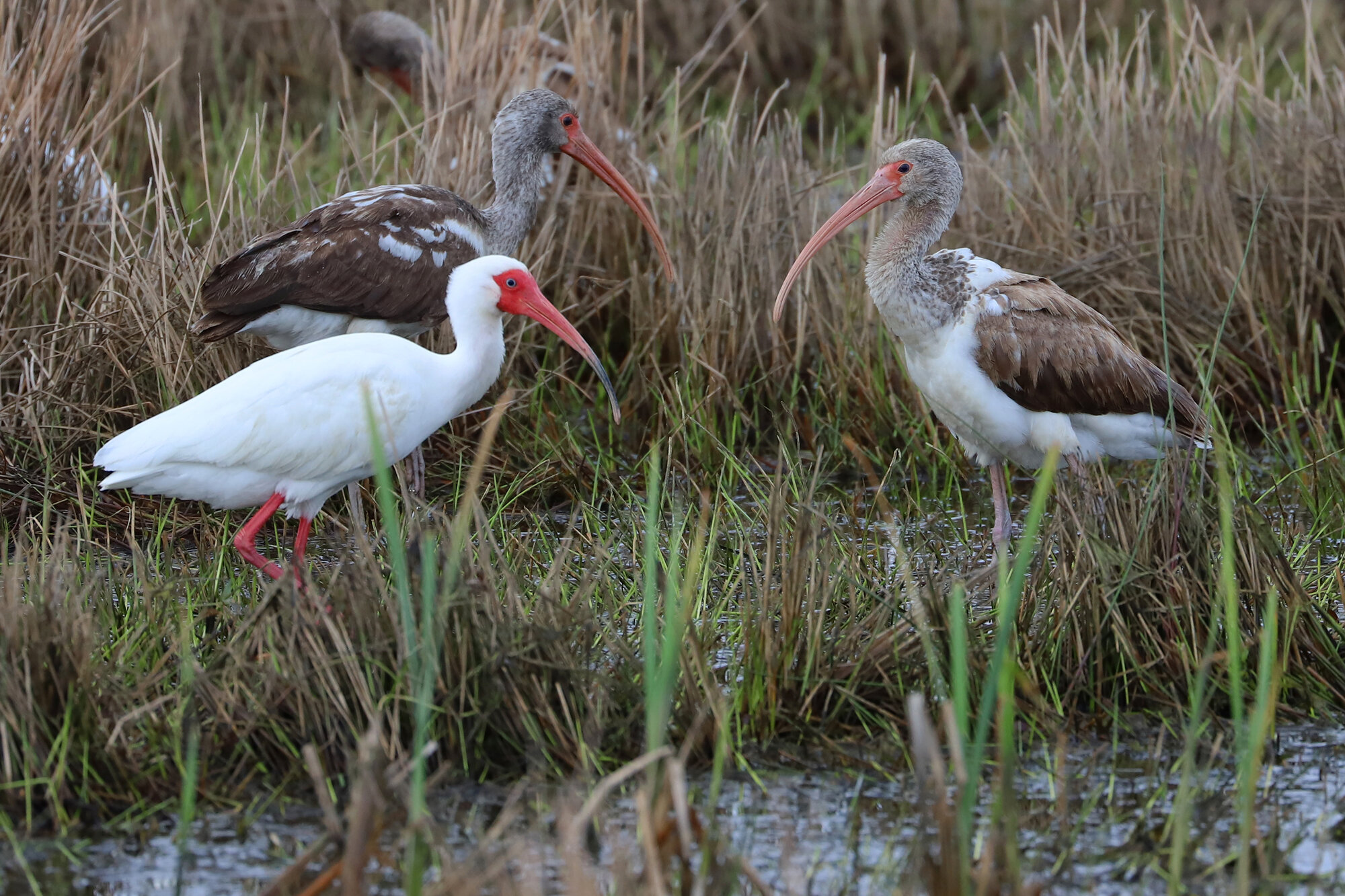
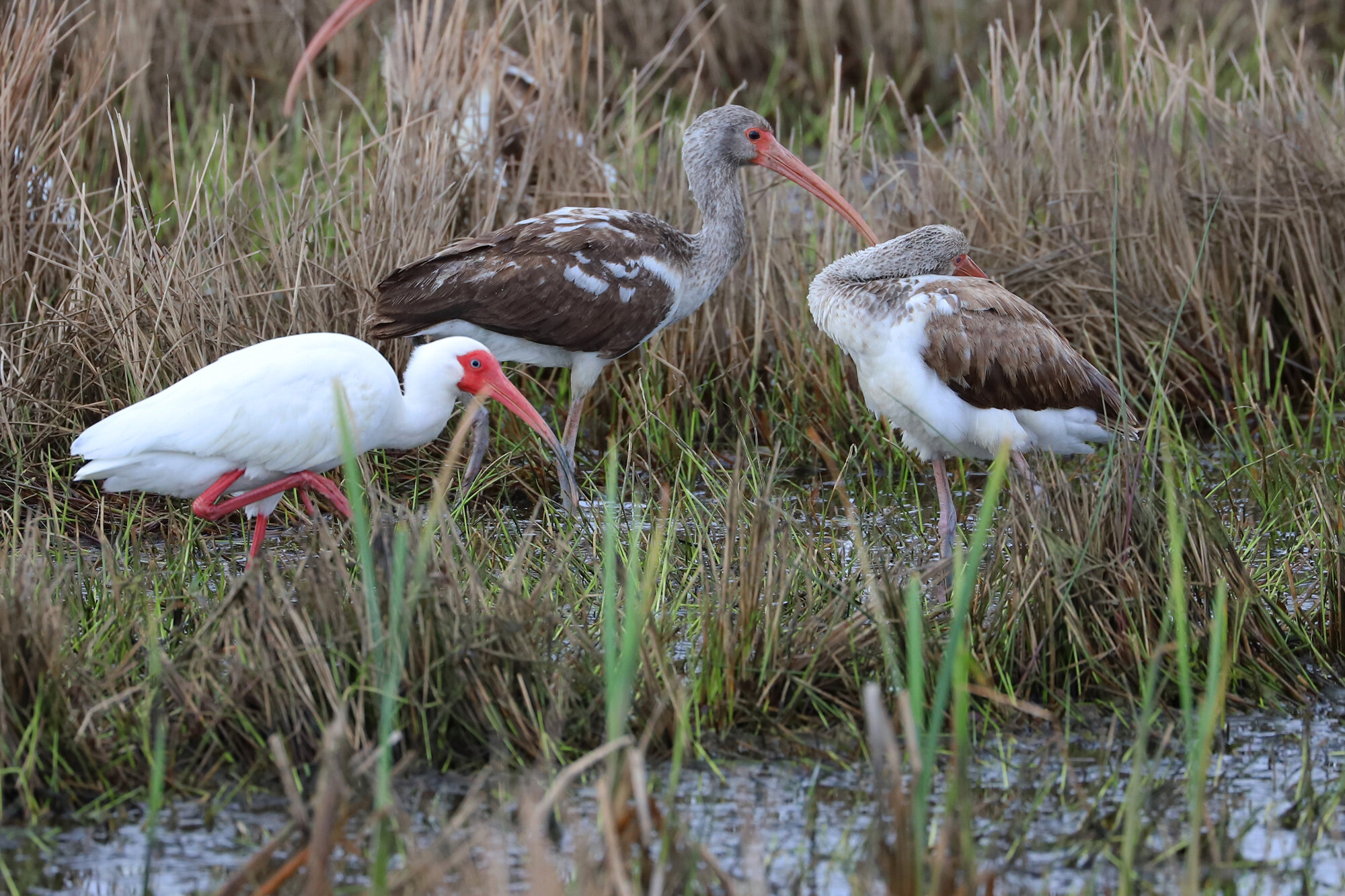
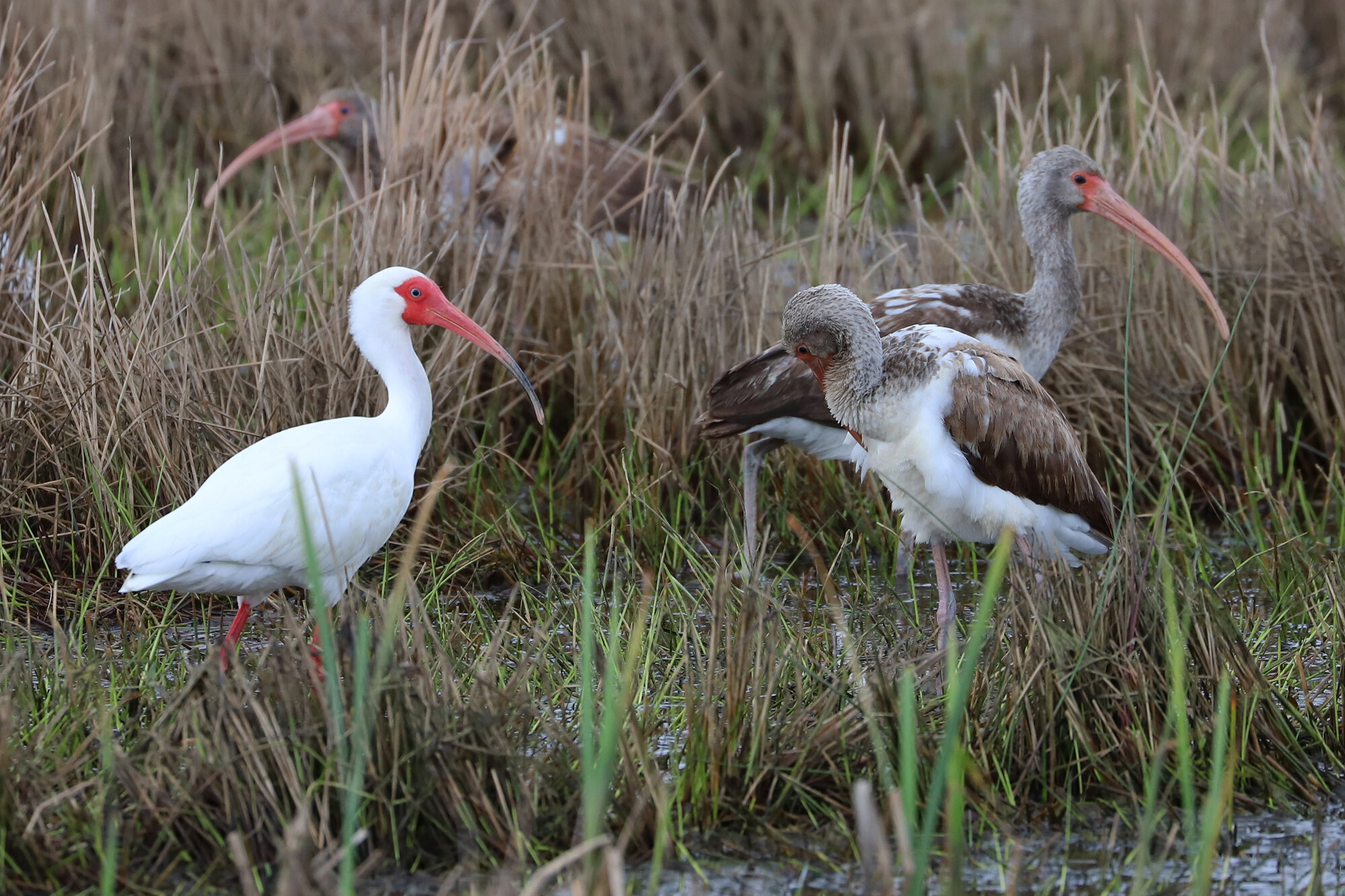
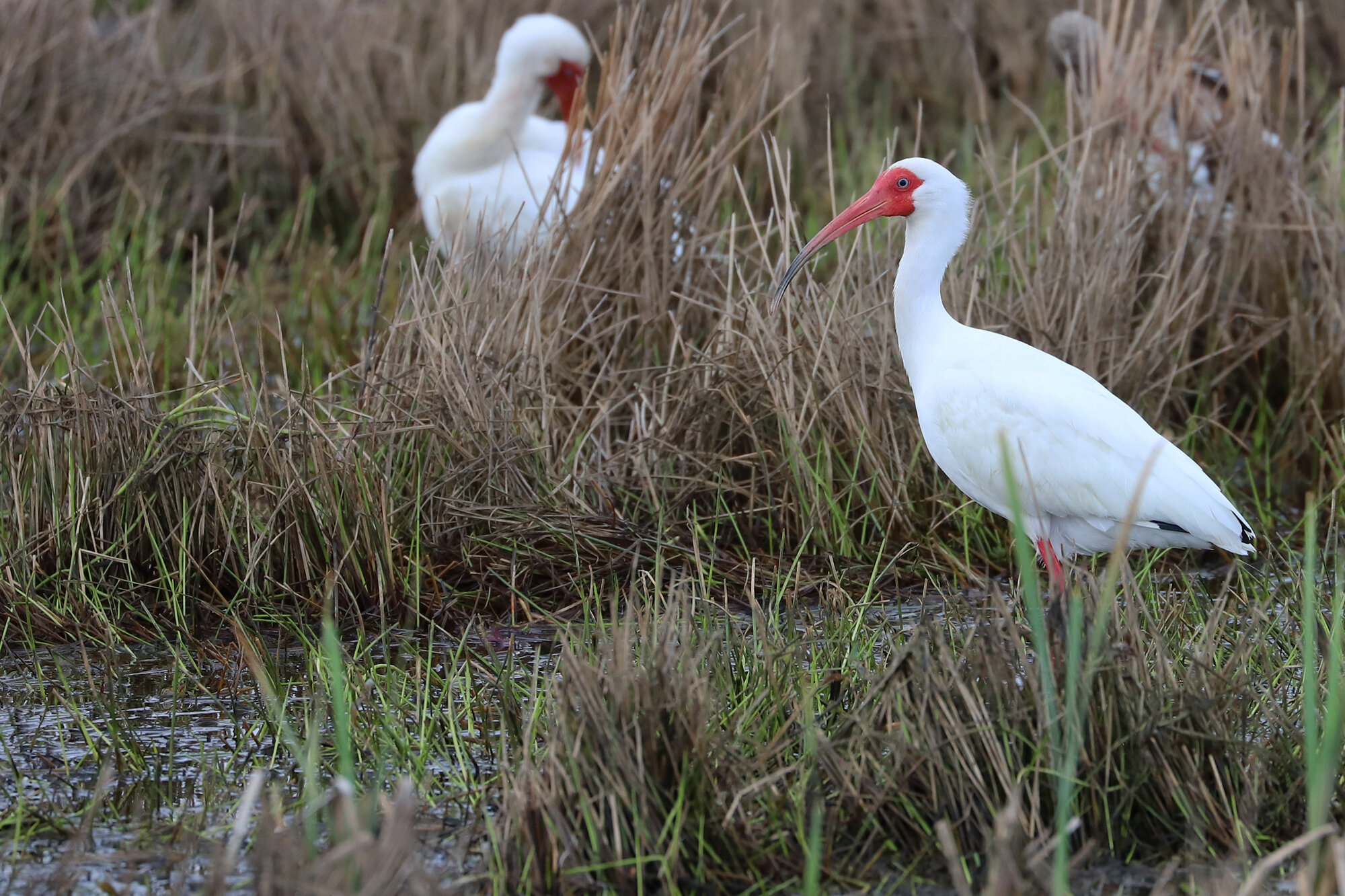
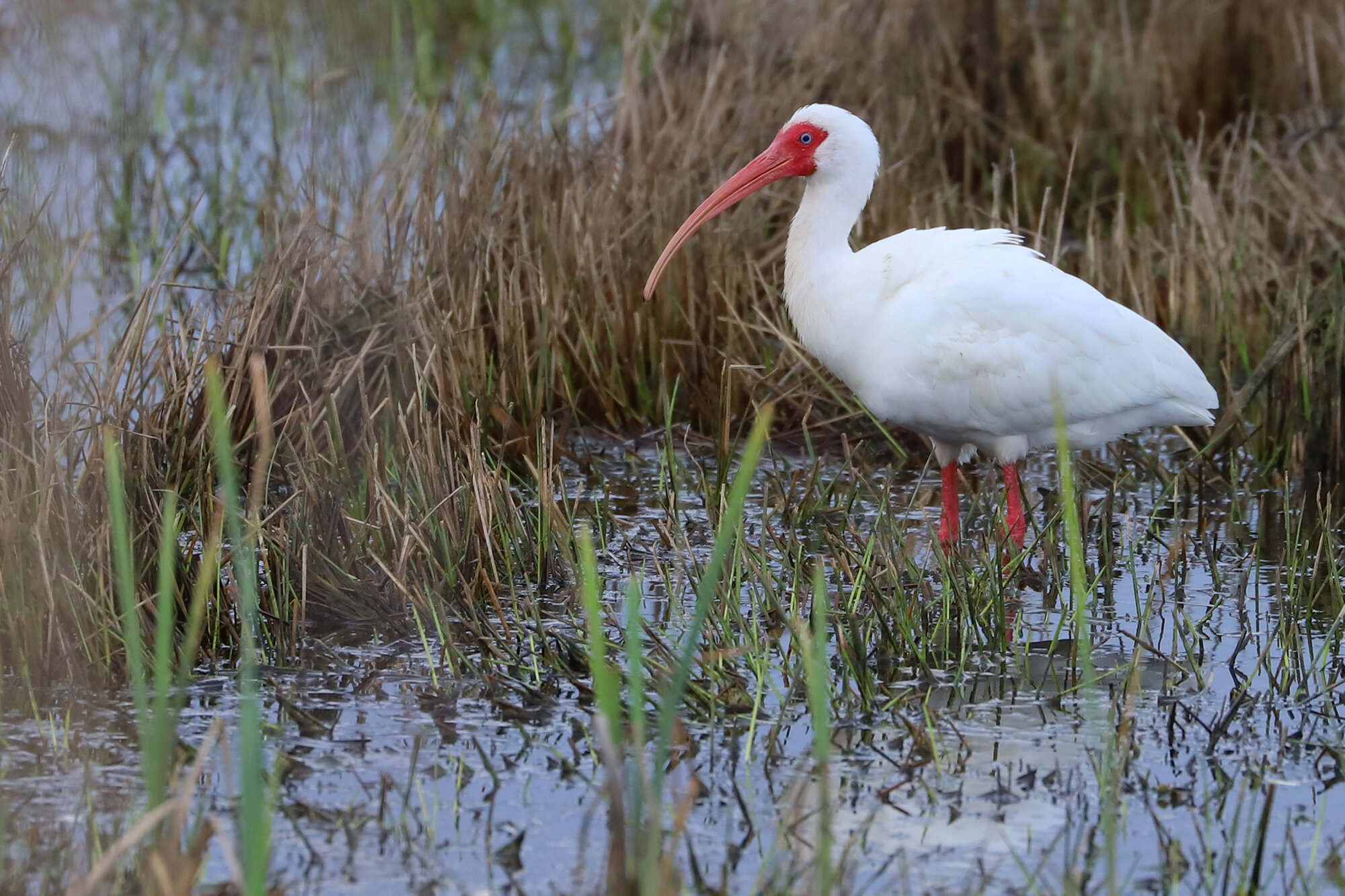
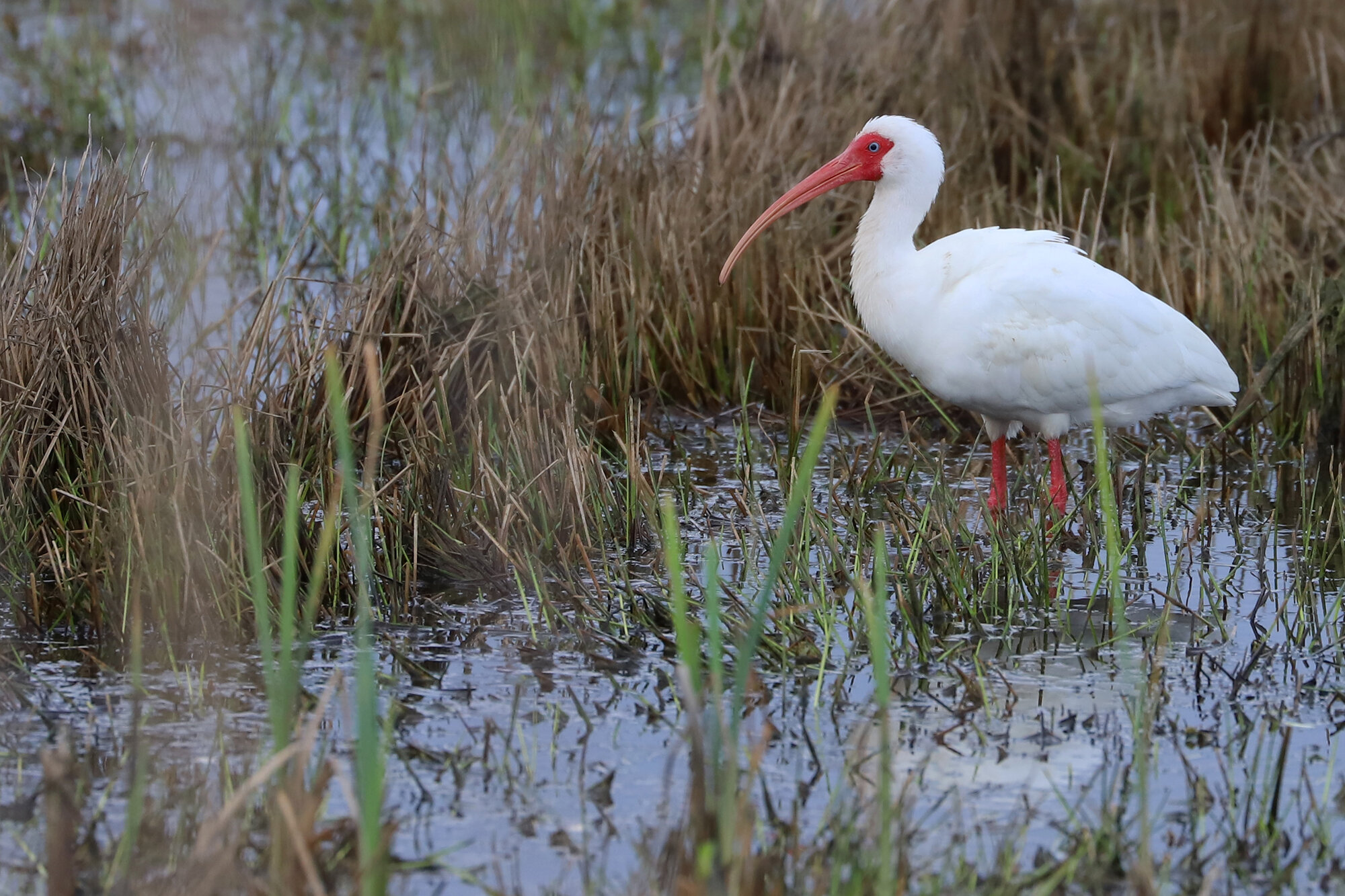
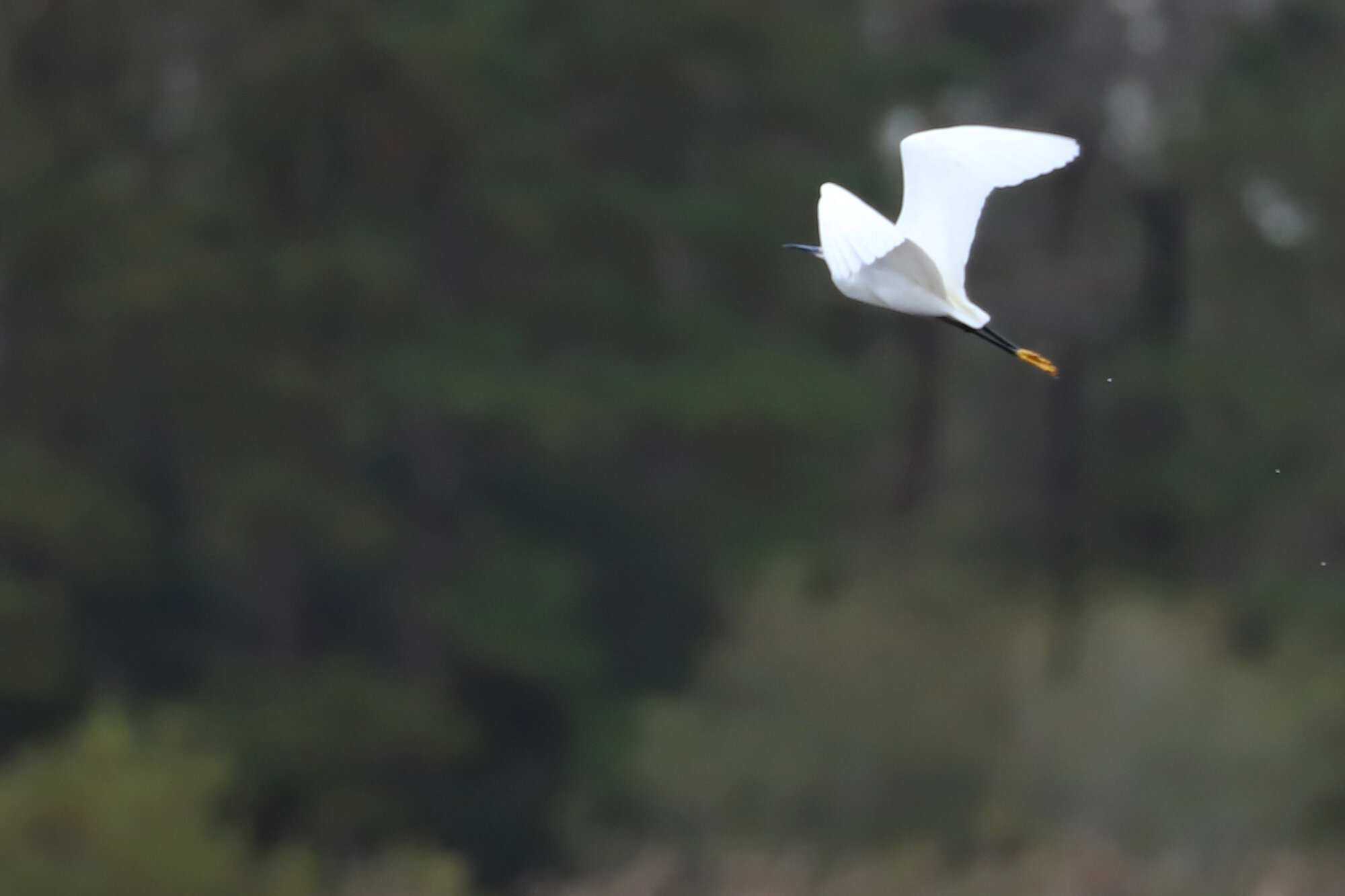
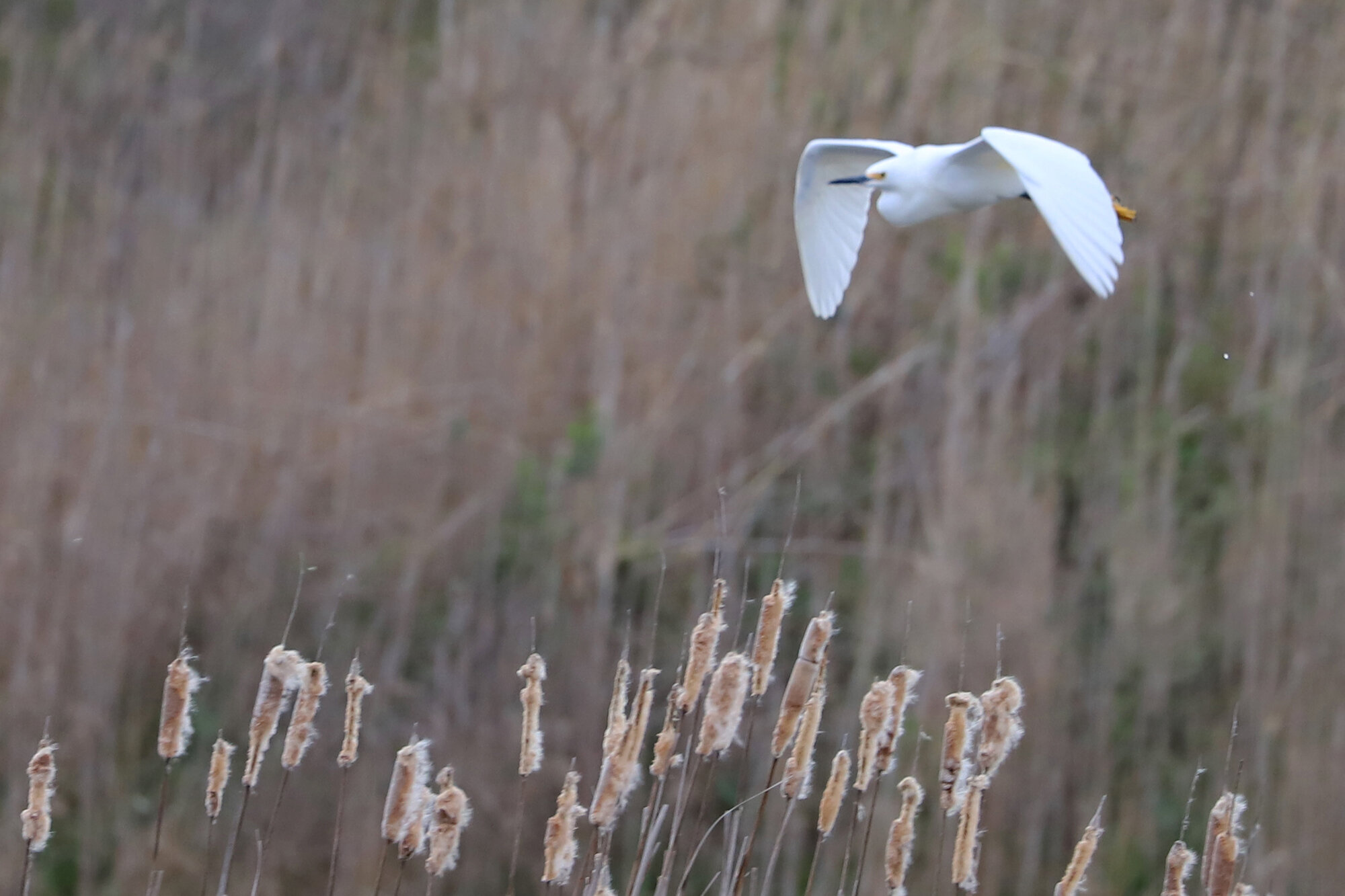
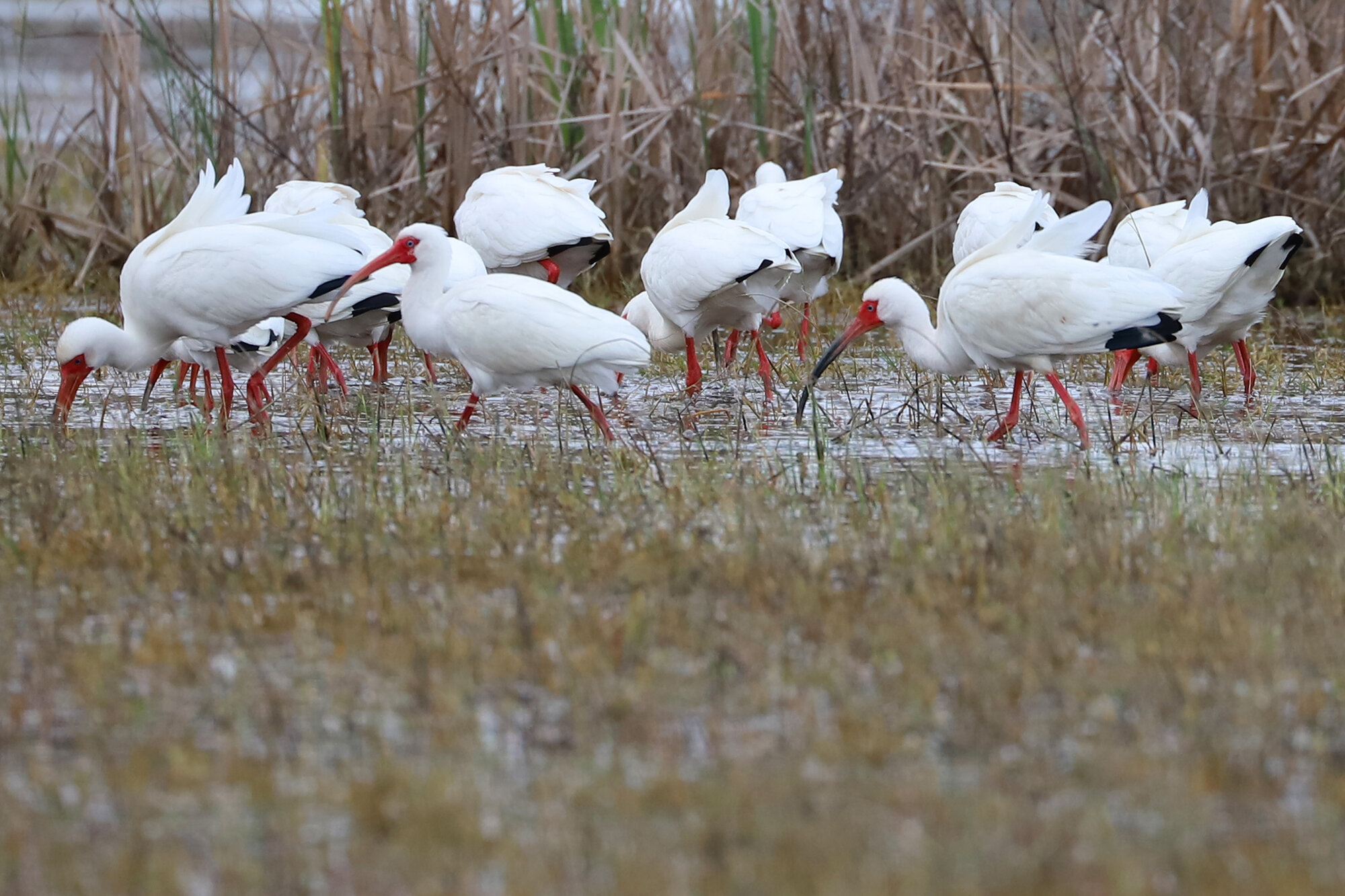
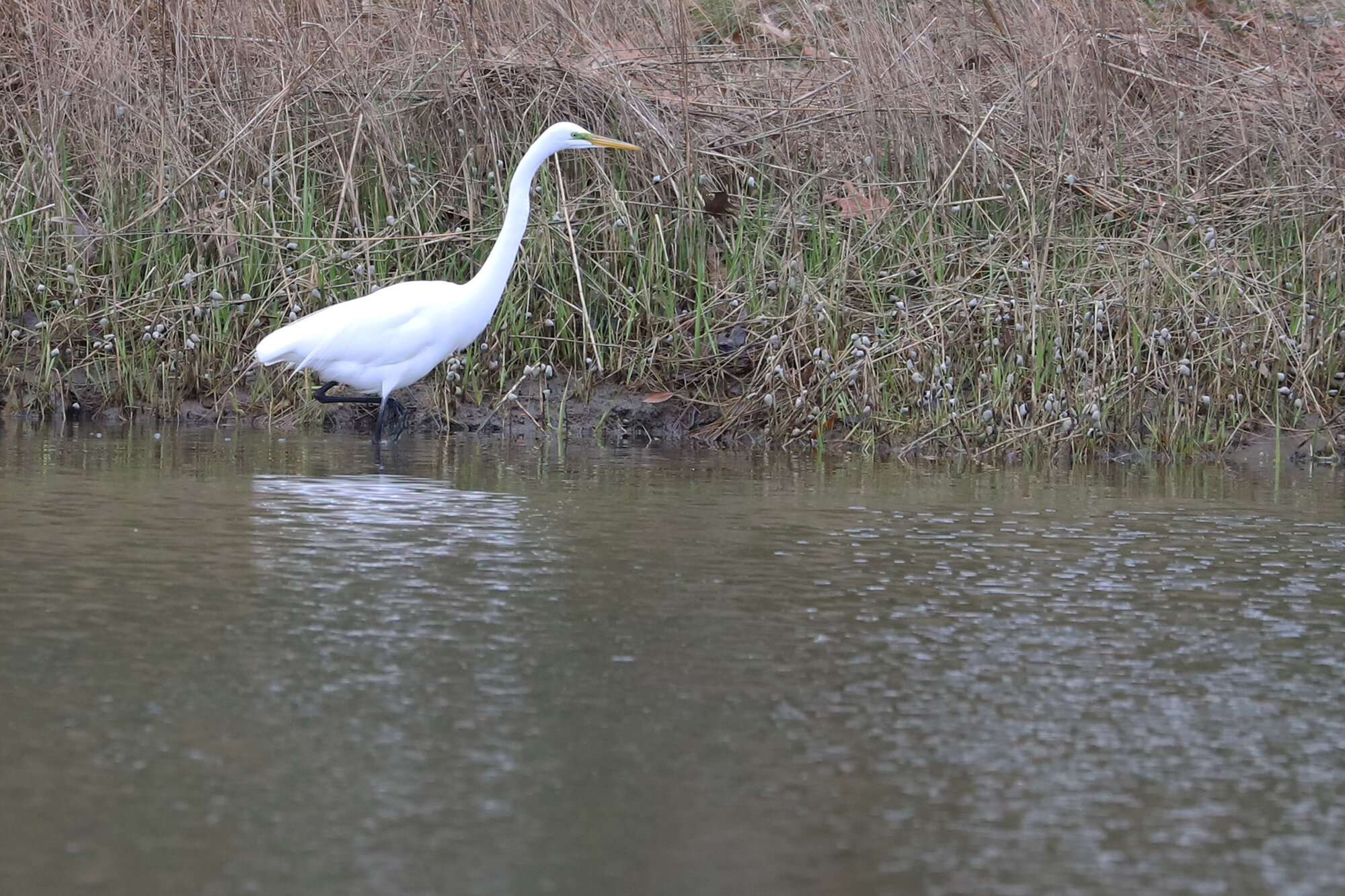



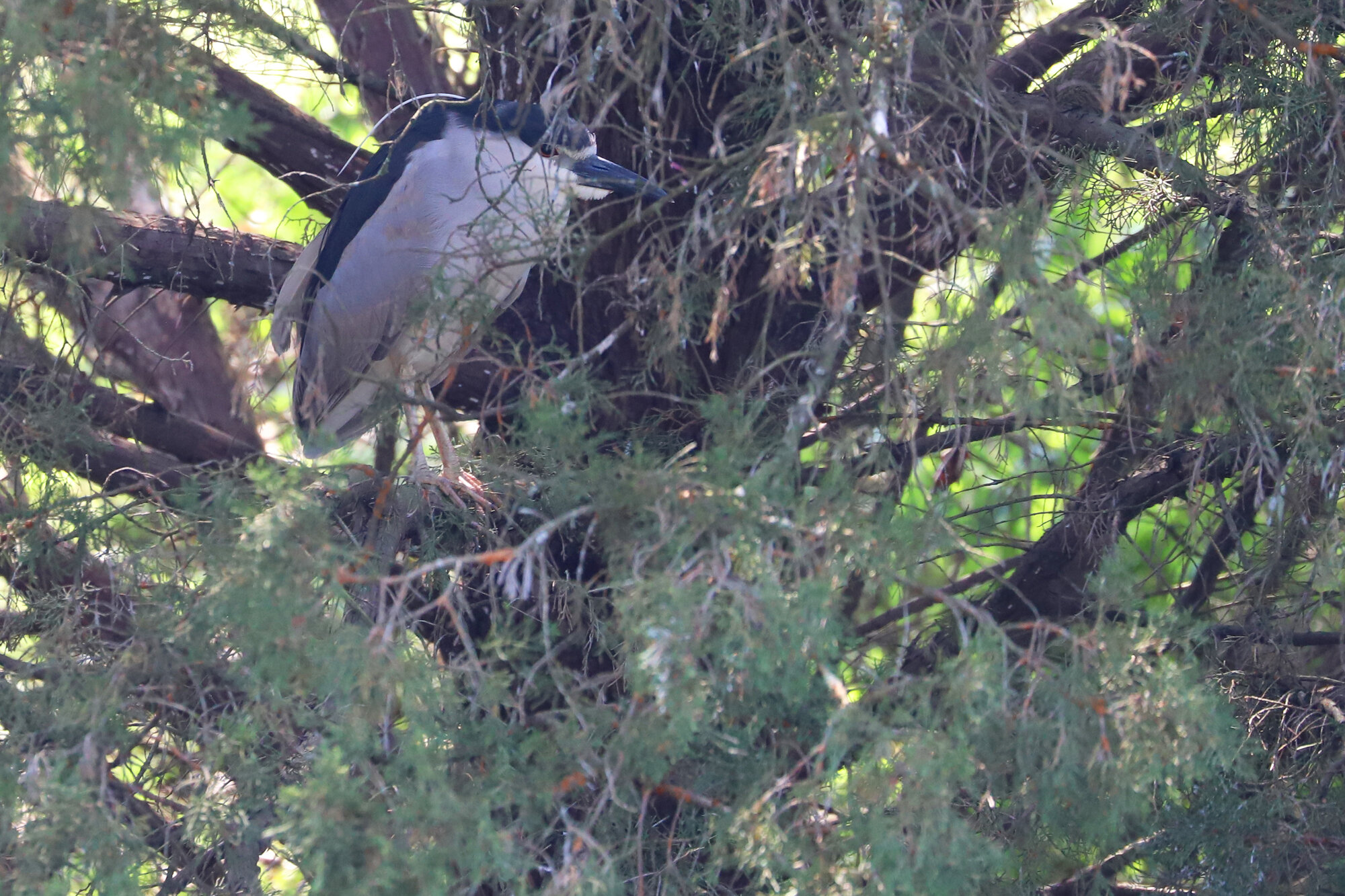
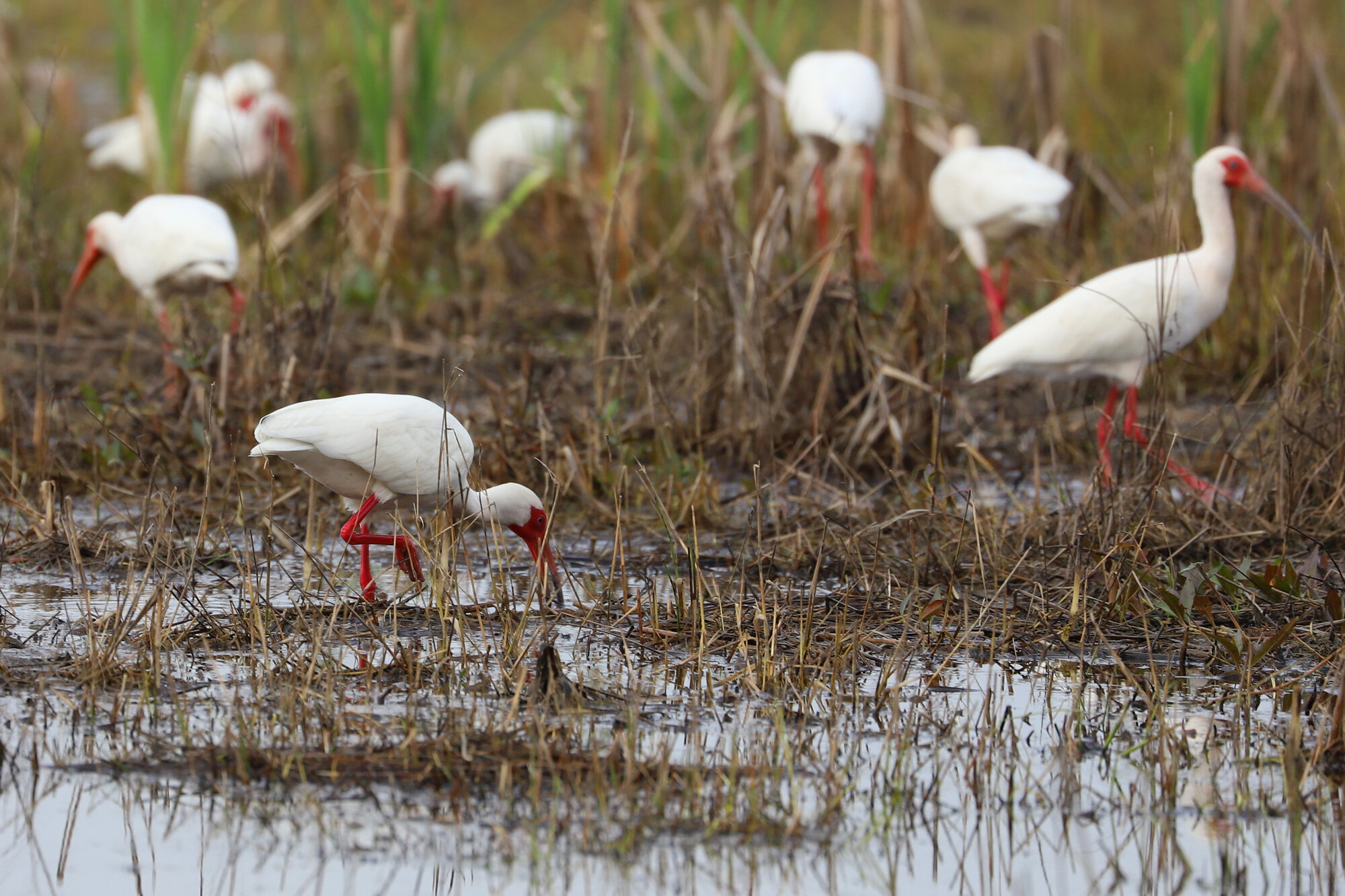
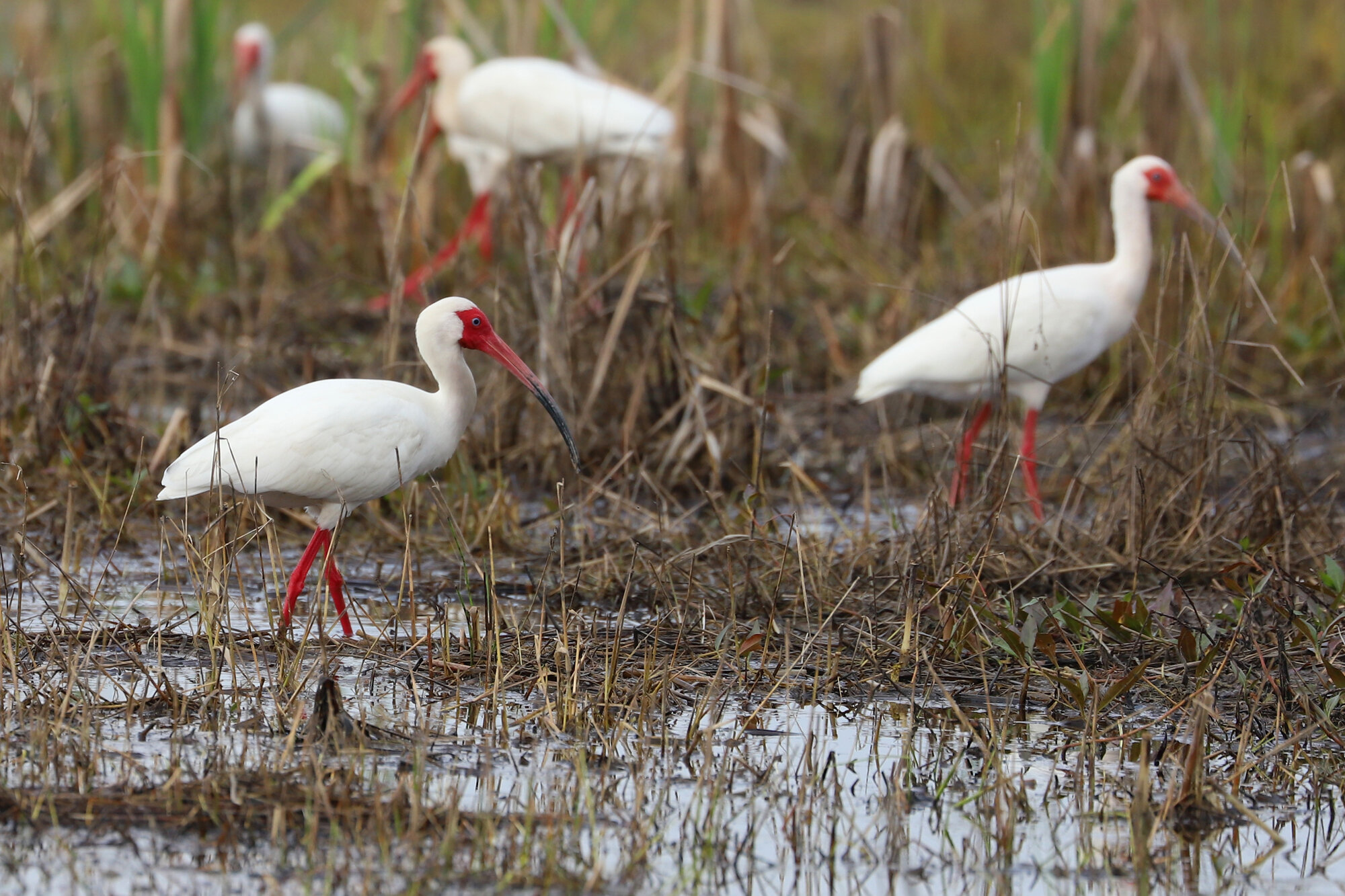

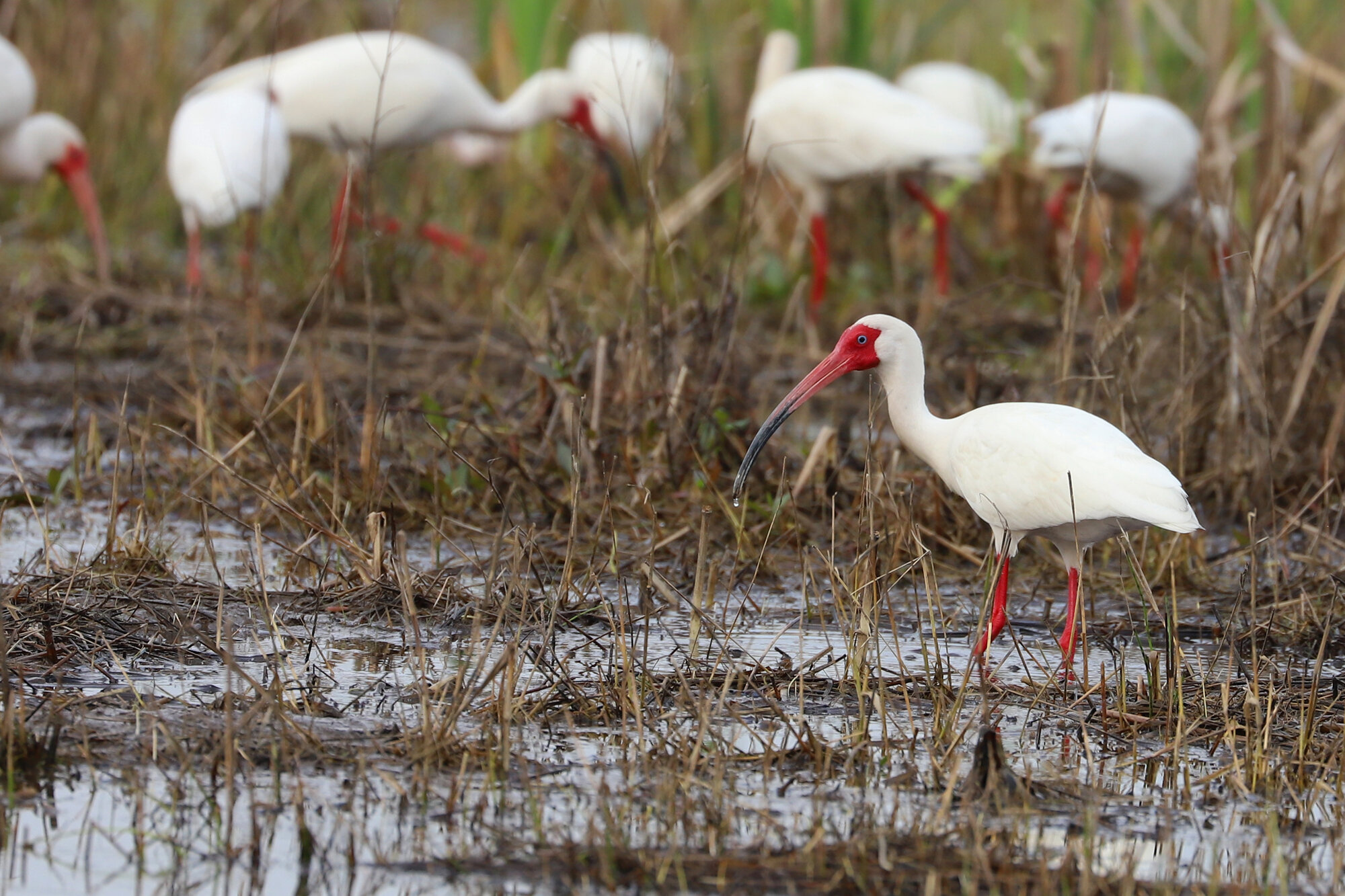
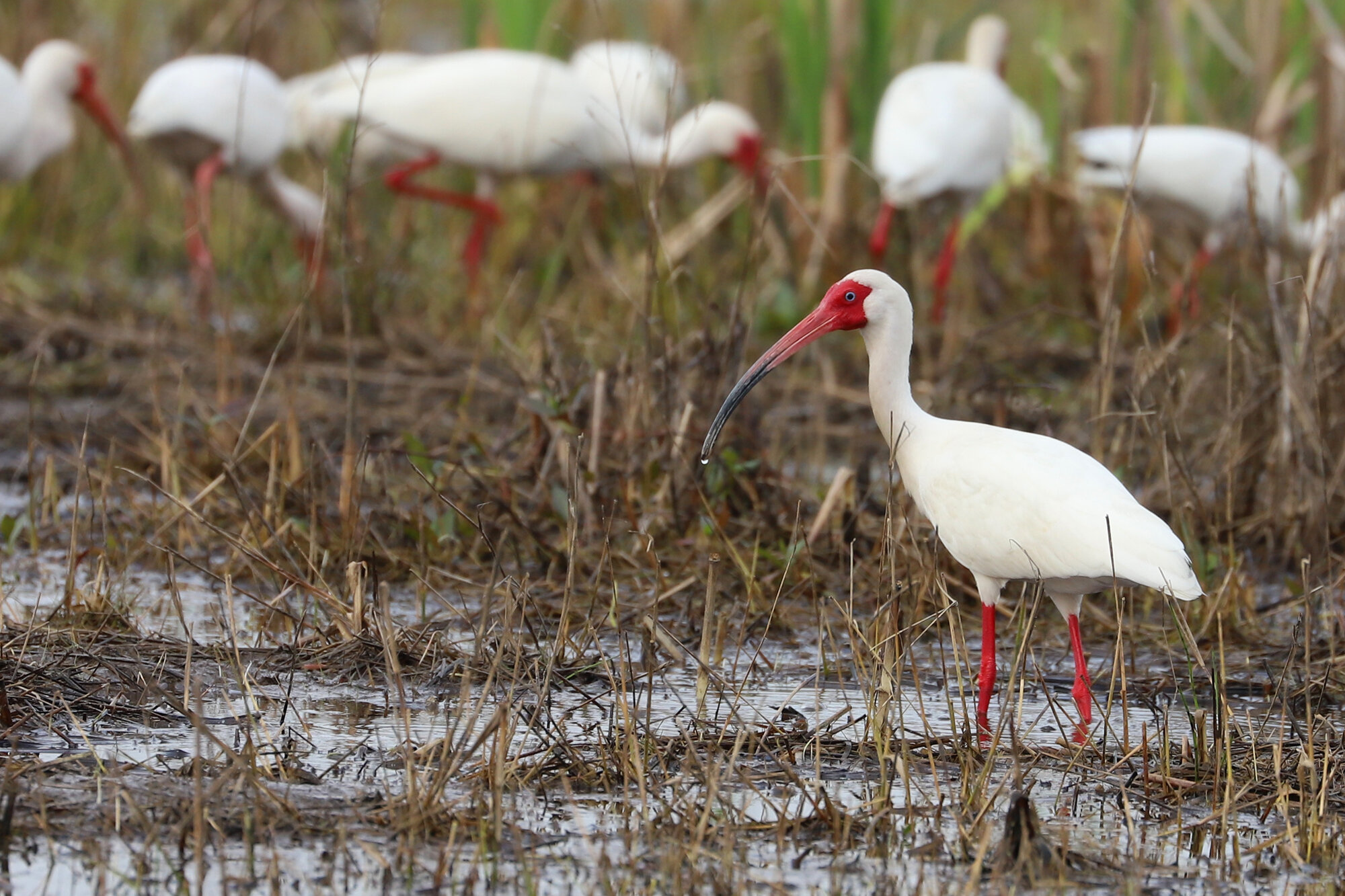

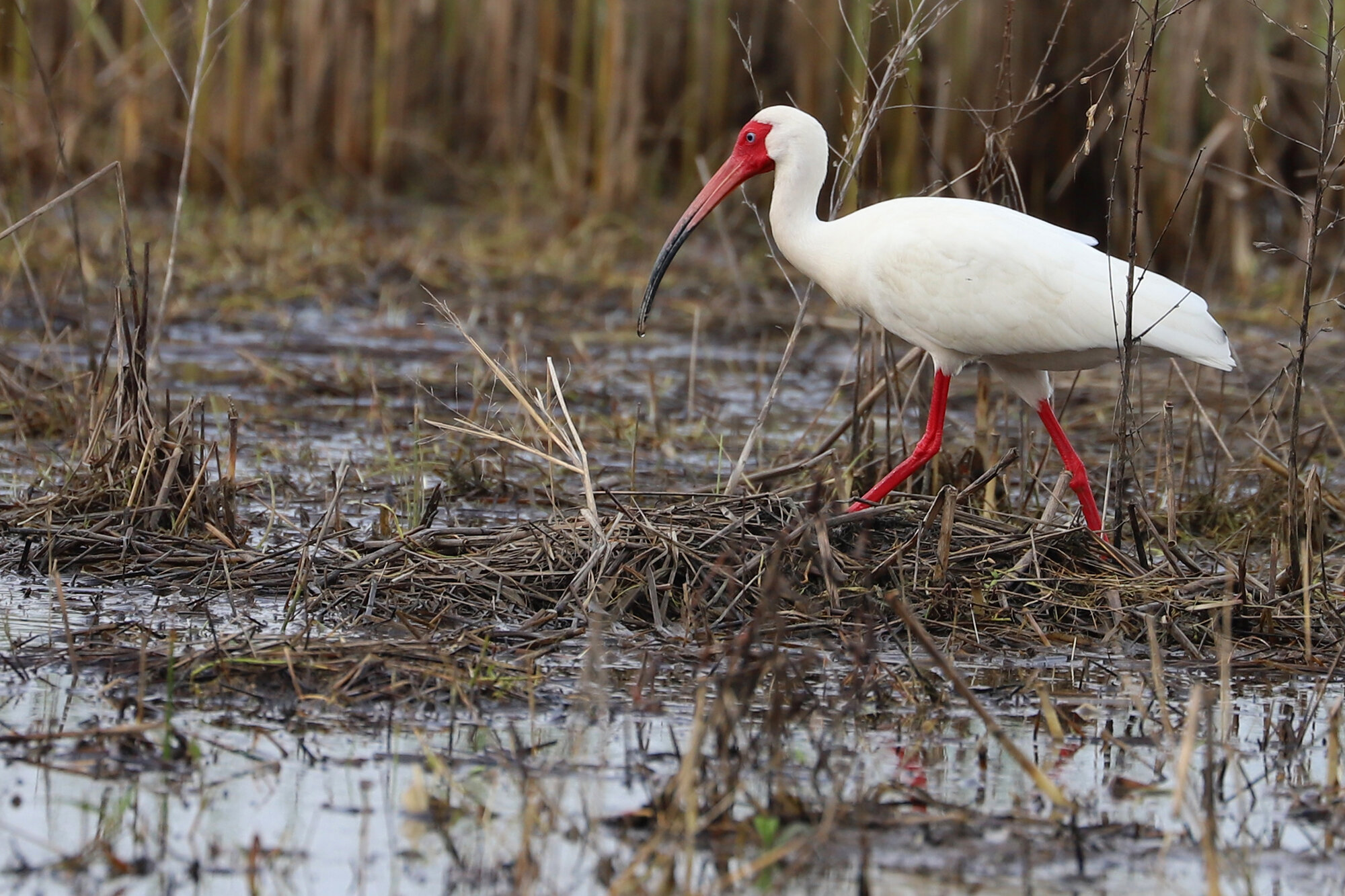
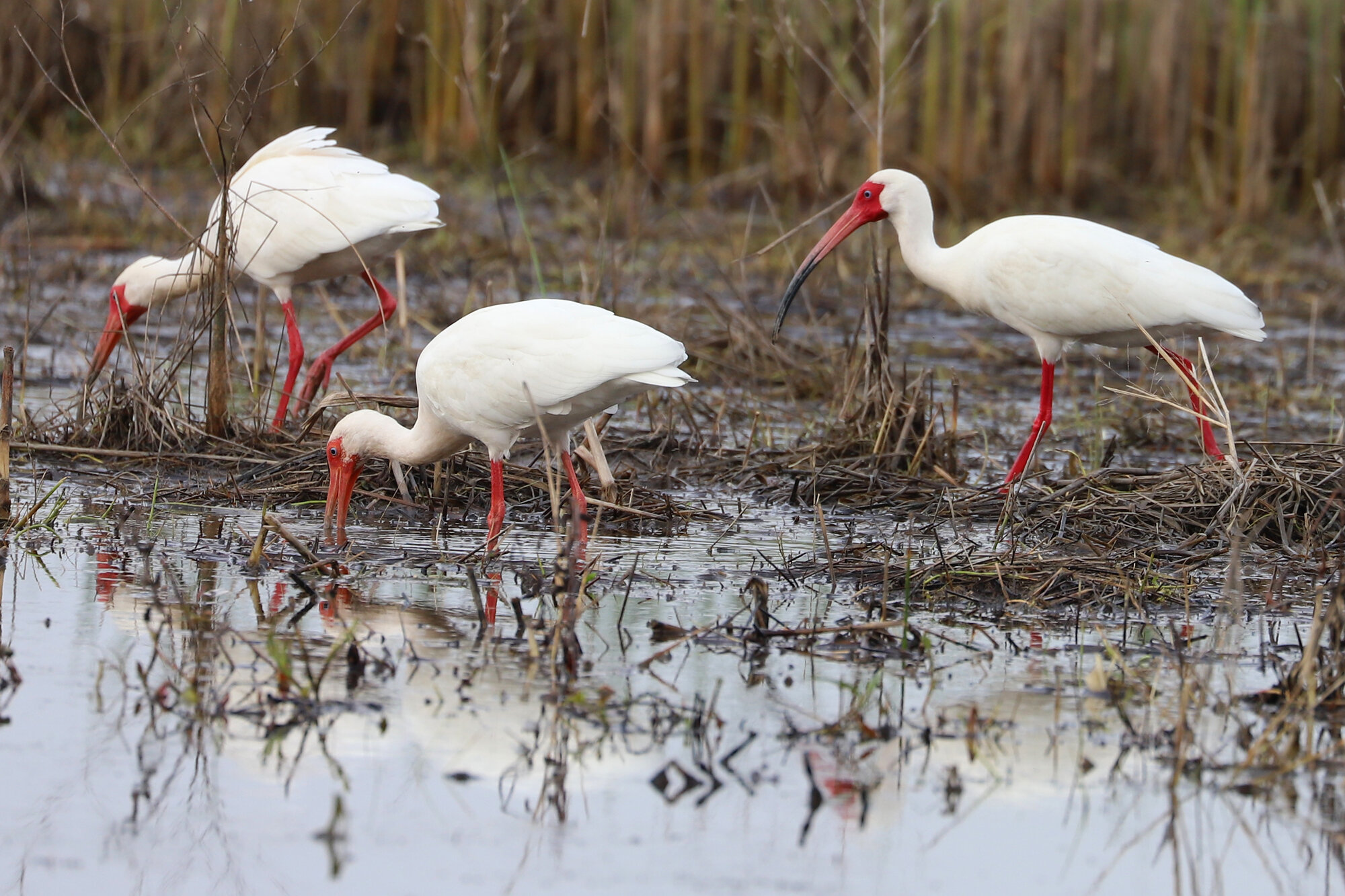
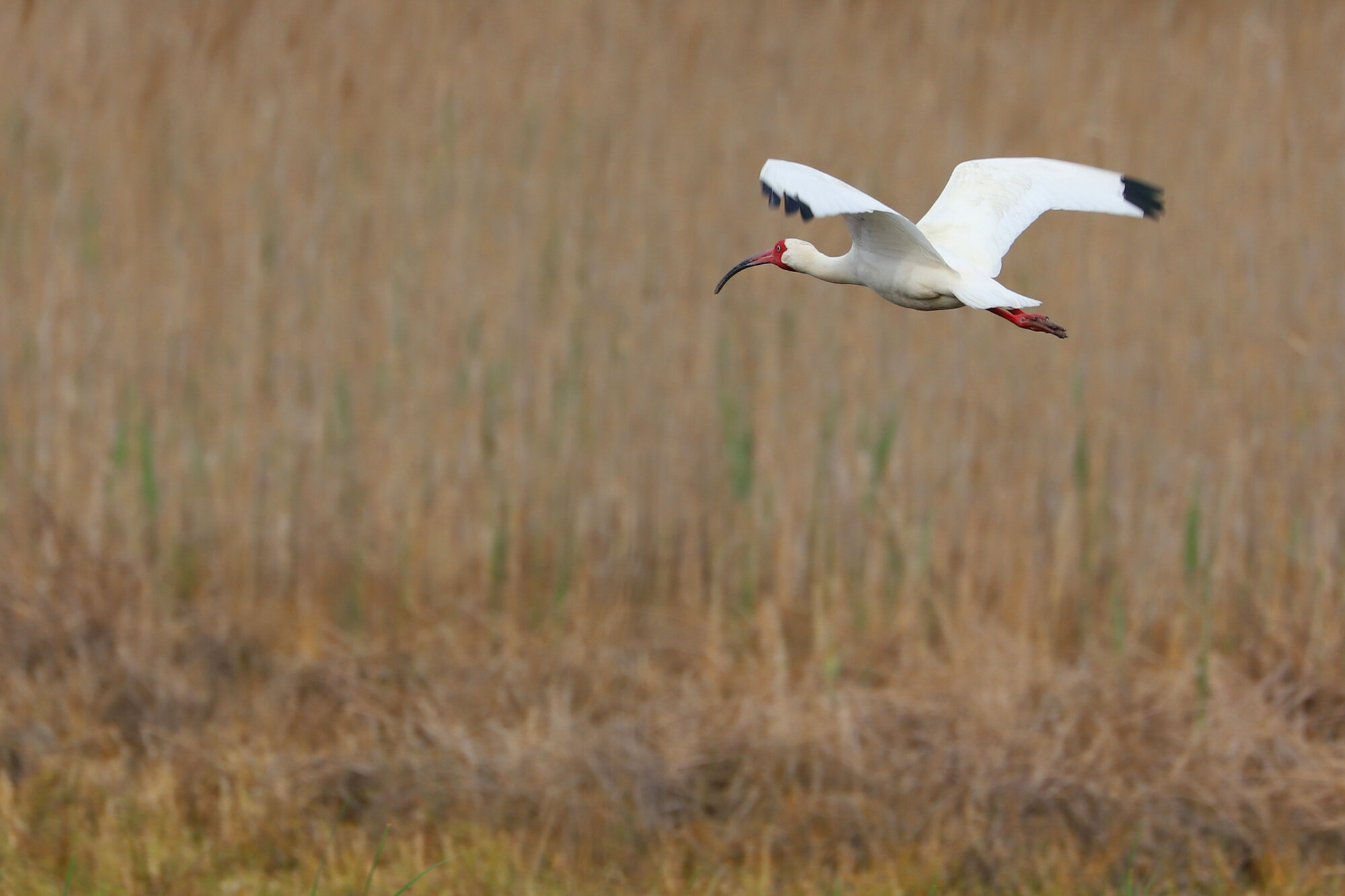
A much rarer blackbird regionally, but more easily observed in Virginia Beach specifically, the resident wintering flock of BREWER’S BLACKBIRDS that settled in at Breeze Farms along West Gibbs Road back on 29 Dec during the Back Bay Christmas Bird Count (ph. Kerry, Tom & Tommy Maloney) continued through at least 15 Mar (ph. Cindy Hamilton & June McDaniels) when eight were still present. While North Carolina produced a pair of records this month, there were no others recorded north of Georgia along the East Coast, showcasing how rare this species is in the east, and how fortunate we are locally to host them each winter since the 2016-17 season. (Mar 2020 Map)
In what continued to be a strong winter season for BLACK-AND-WHITE WARBLERS in Virginia Beach, at least two individuals continued to be reported into March, before northbound migrants started popping up in the latter third of the month. Present since 5 Dec (vis. J. A.) at a private residence in Great Neck Estates, one individual was reported through 7 Mar (vis. J. A.) before becoming obscured by what could be new arrivals. Another winterer at Stumpy Lake Natural Area first reported on 22 Jan (ph. Jonathan Snyder) continued through 20 Mar (vis. Reuben Rohn & Jonathan Snyder), although Stumpy Lake has extensive habitat for this species and it’s possible more than one decided to winter here, but all we can say is at least one did for certain. (Mar 2020 Map)
Greater Yellowlegs / Pleasure House Point NA / 29 Mar; please click this photo to advance to the next!
Herring Gulls / Pleasure House Point NA / 7 Mar
Greater Yellowlegs / Princess Anne WMA Whitehurst Tract / 22 Mar
Greater Yellowlegs / Princess Anne WMA Whitehurst Tract / 22 Mar
Greater Yellowlegs / Princess Anne WMA Whitehurst Tract / 22 Mar
Greater Yellowlegs / Princess Anne WMA Whitehurst Tract / 22 Mar
Greater Yellowlegs / Princess Anne WMA Whitehurst Tract / 22 Mar
Greater Yellowlegs / Princess Anne WMA Whitehurst Tract / 22 Mar
Greater Yellowlegs / Princess Anne WMA Whitehurst Tract / 22 Mar
Greater Yellowlegs / Princess Anne WMA Whitehurst Tract / 22 Mar
Greater Yellowlegs / Pleasure House Point NA / 27 Mar
Greater Yellowlegs / Pleasure House Point NA / 27 Mar
Greater Yellowlegs / Pleasure House Point NA / 27 Mar
Greater Yellowlegs / Pleasure House Point NA / 27 Mar
Greater Yellowlegs / Pleasure House Point NA / 27 Mar
Greater Yellowlegs / Pleasure House Point NA / 27 Mar
Sanderlings / Back Bay NWR / 28 Mar
Killdeer / Back Bay NWR / 28 Mar
Greater Yellowlegs / Pleasure House Point NA / 29 Mar
Greater Yellowlegs / Pleasure House Point NA / 29 Mar
Greater Yellowlegs / Pleasure House Point NA / 29 Mar
Greater Yellowlegs / Pleasure House Point NA / 29 Mar
Greater Yellowlegs / Pleasure House Point NA / 29 Mar
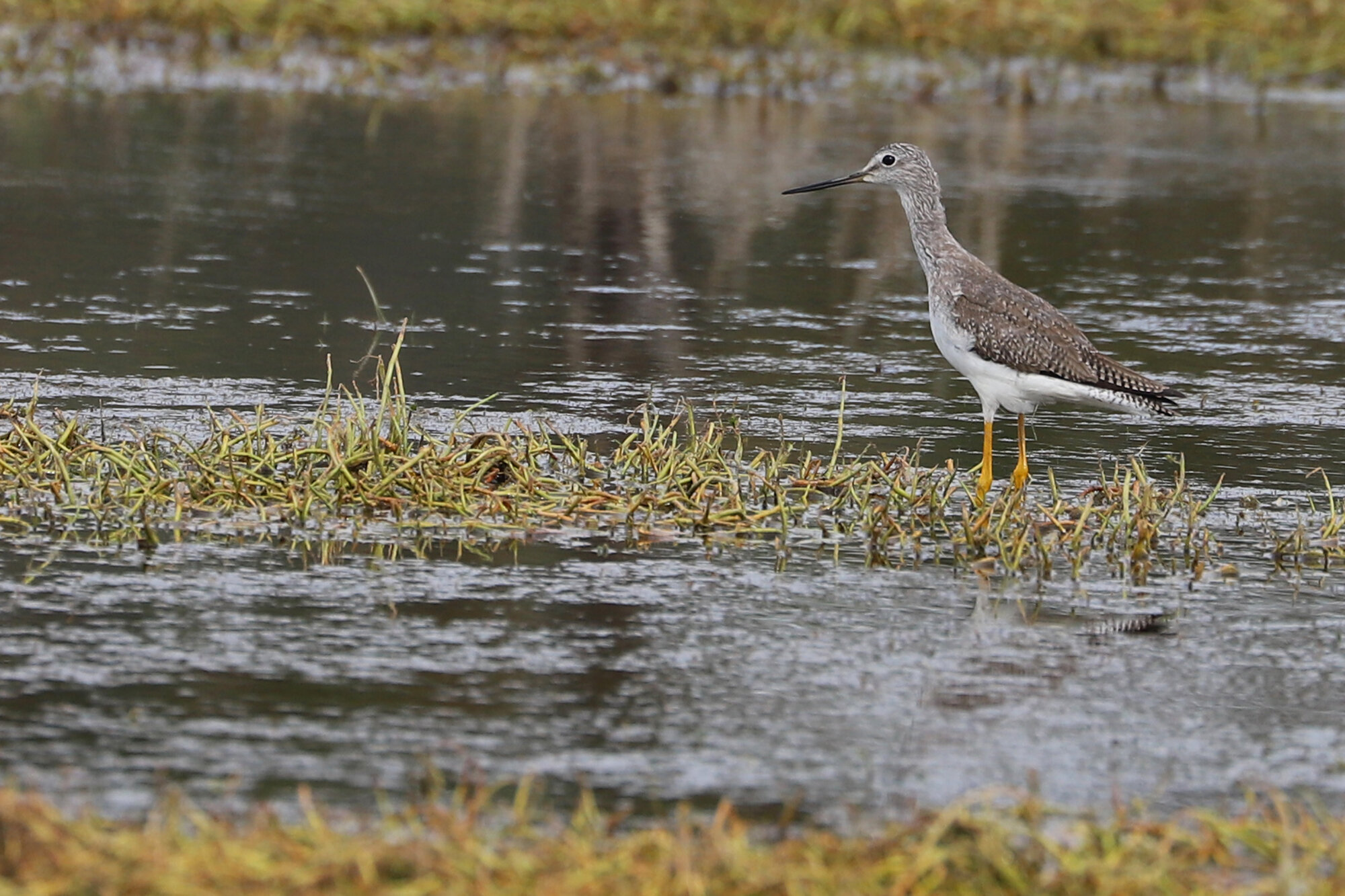
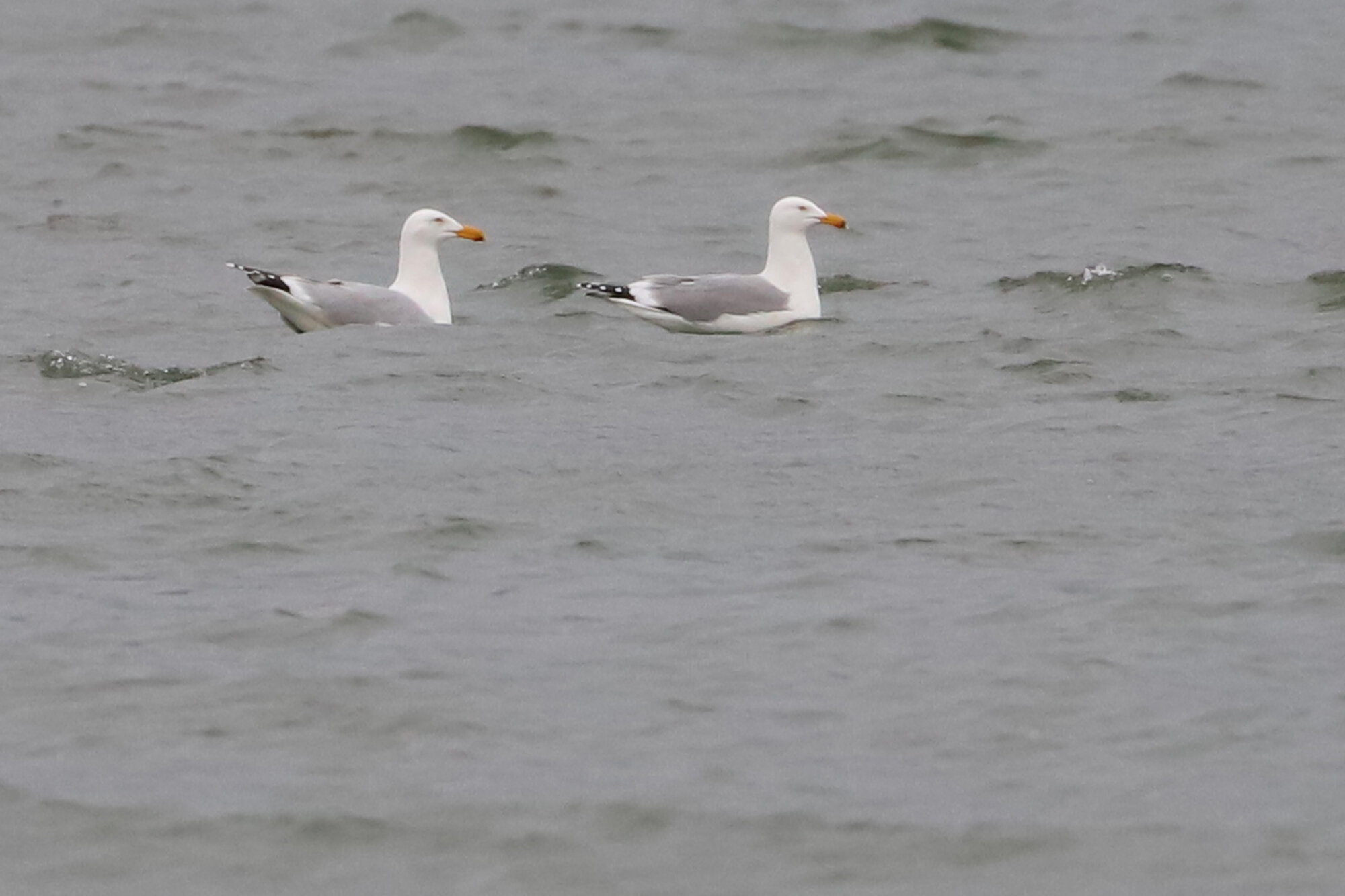
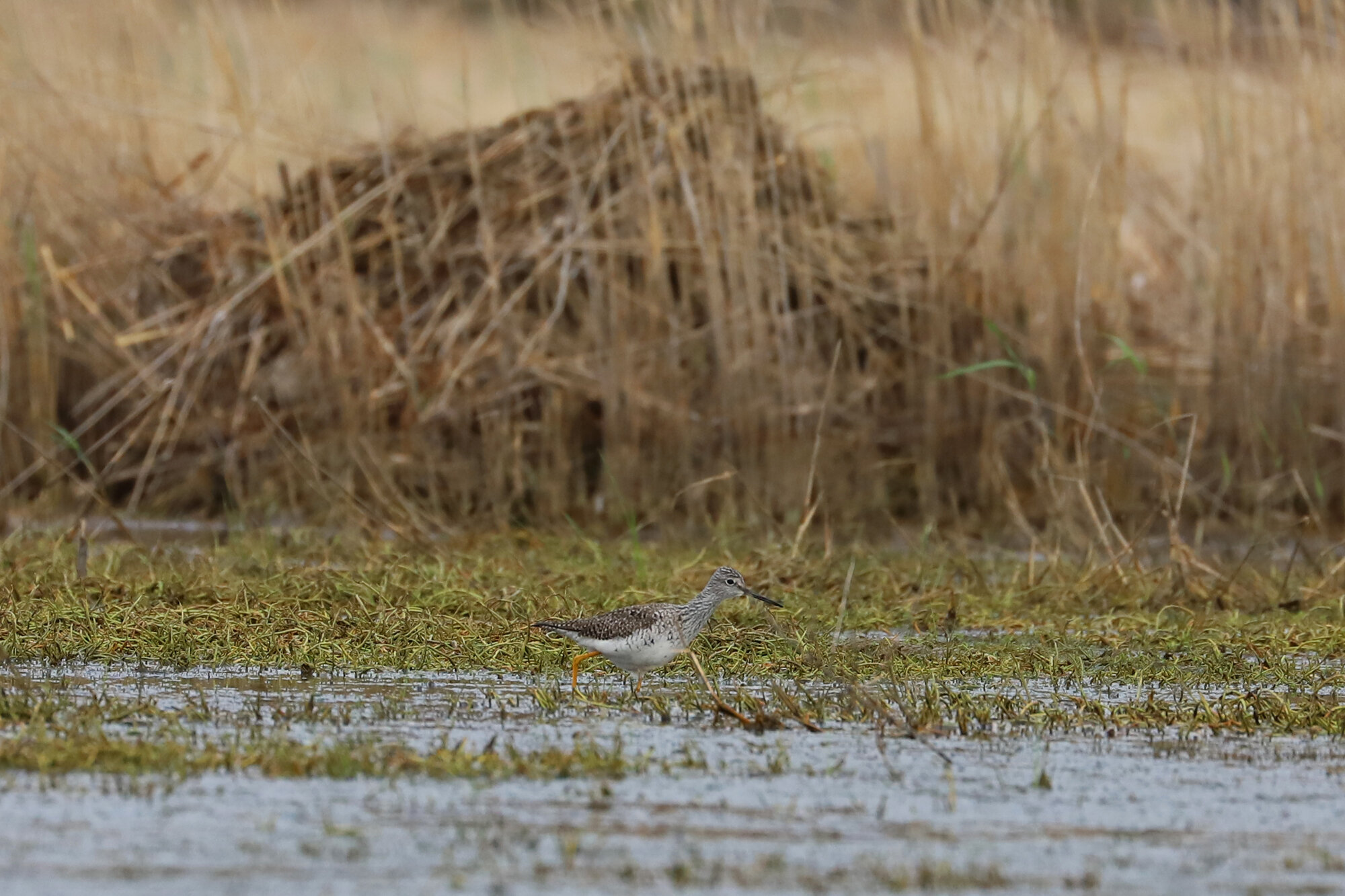


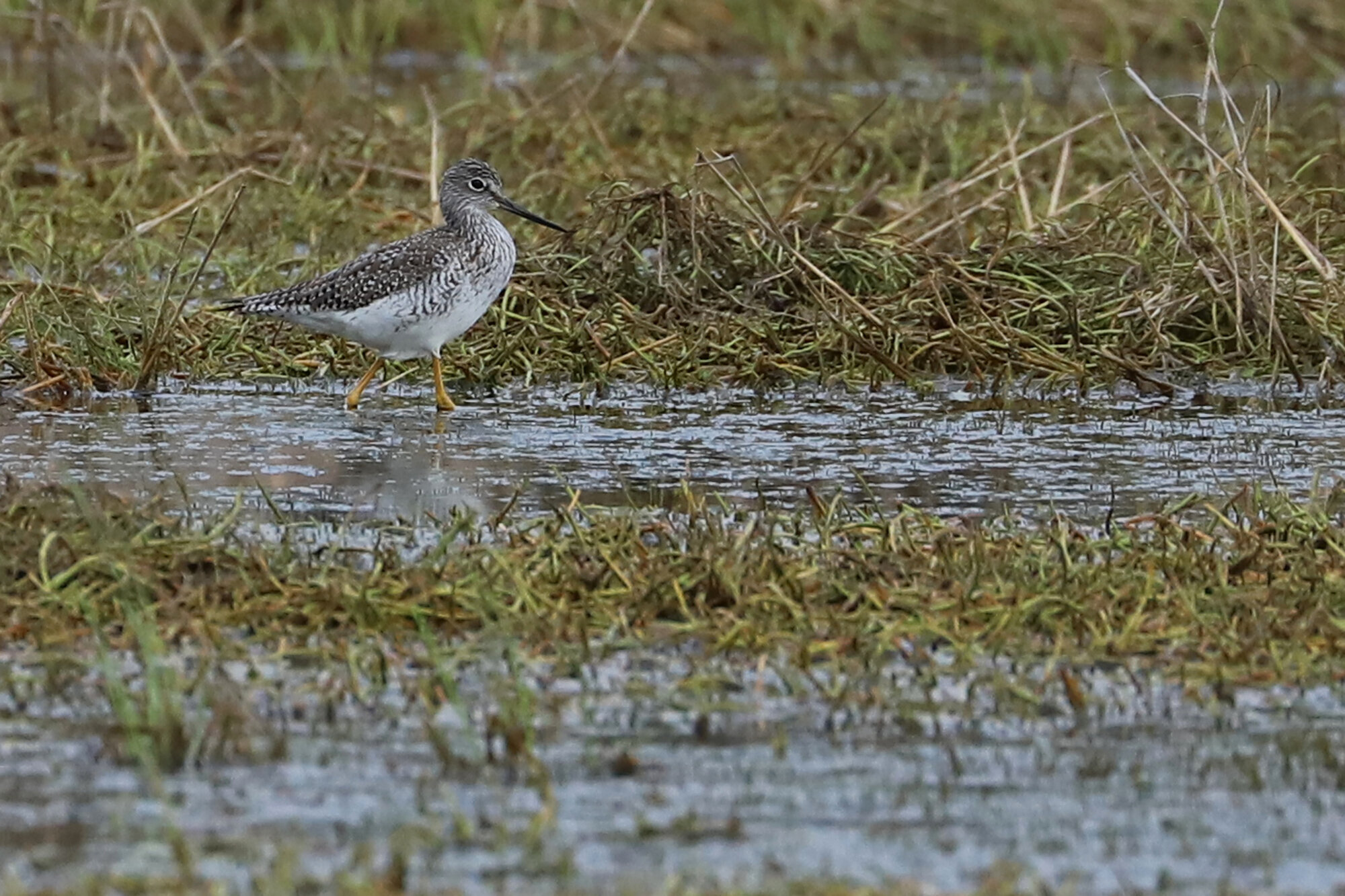
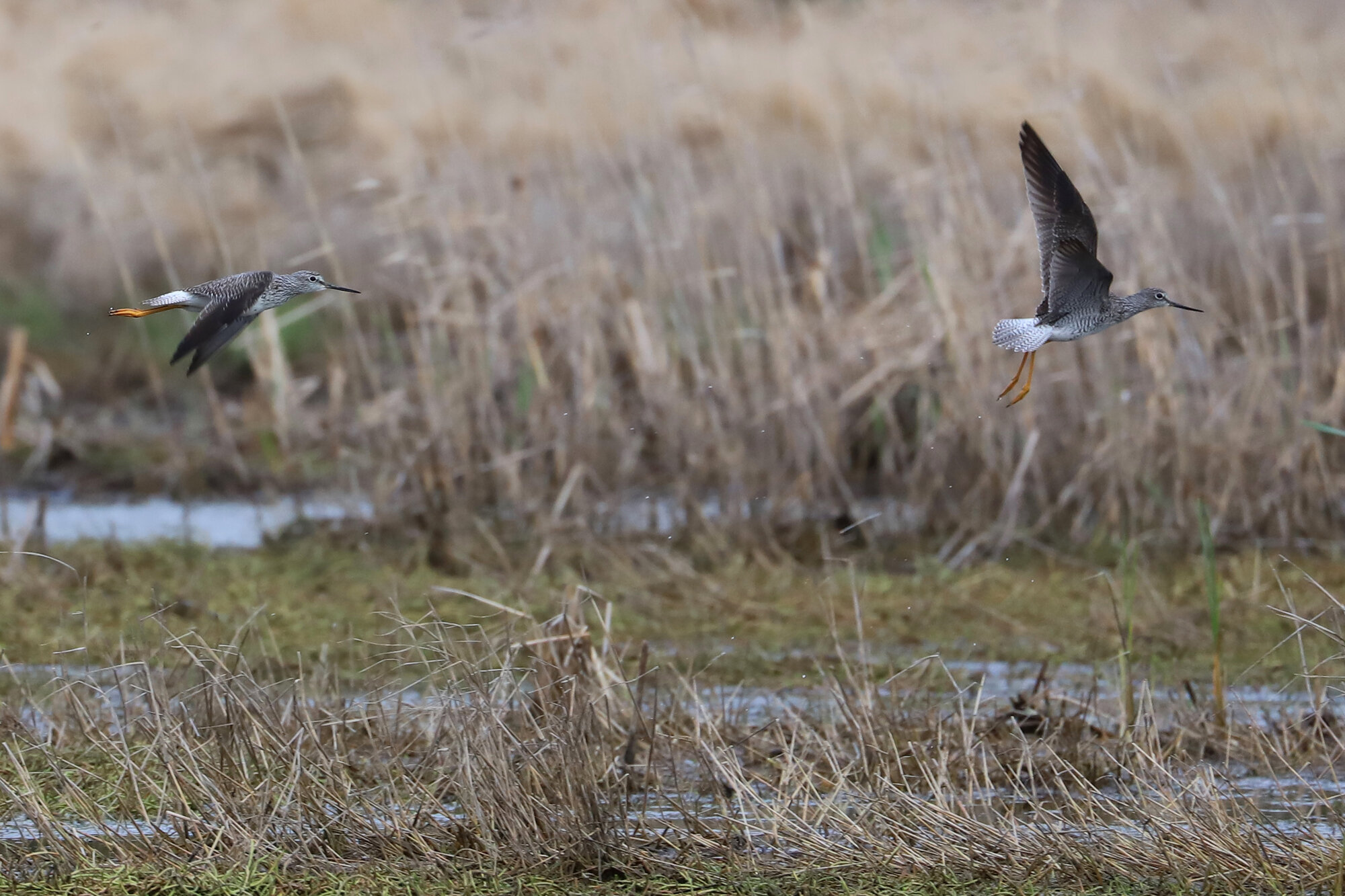

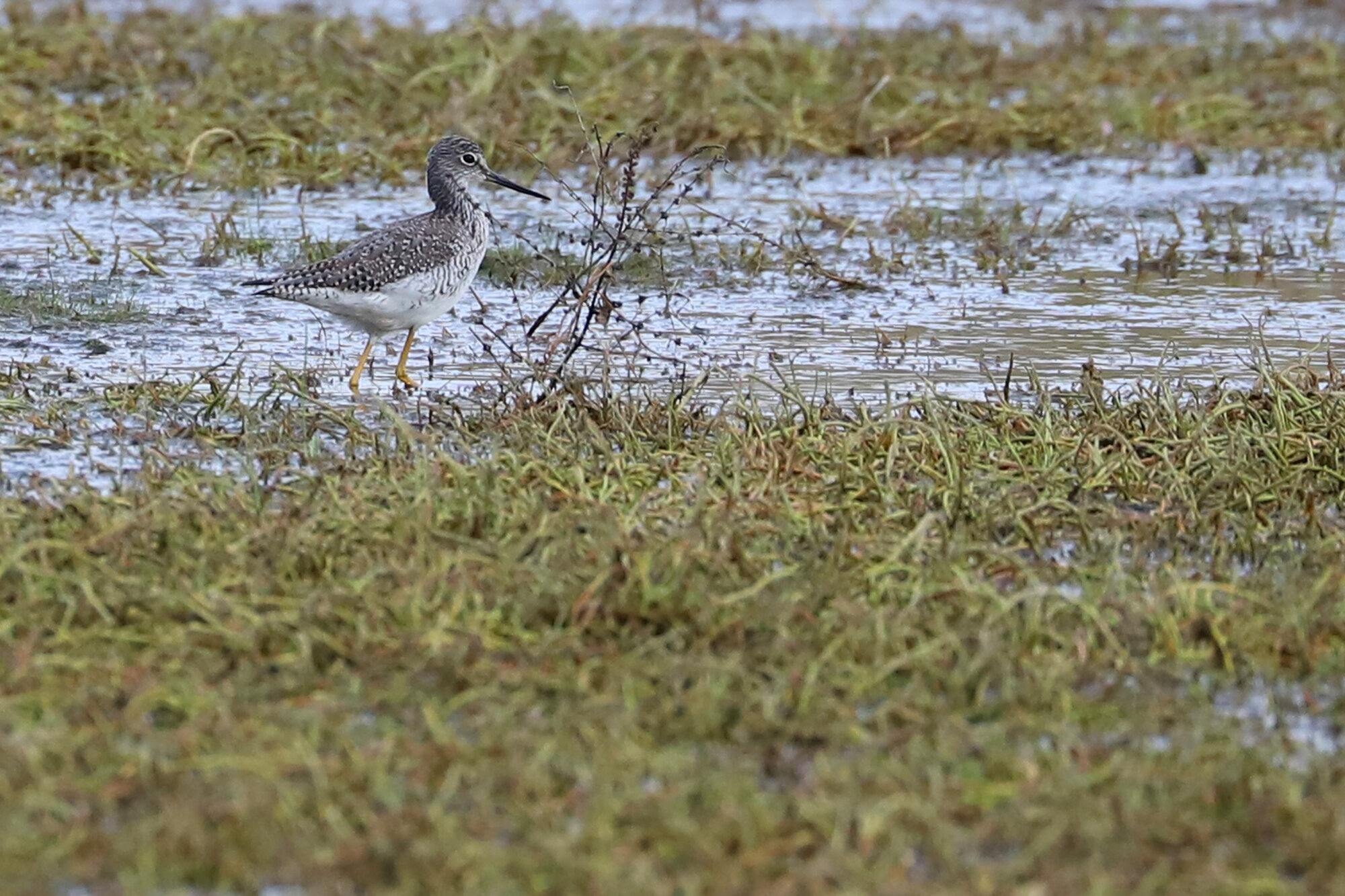

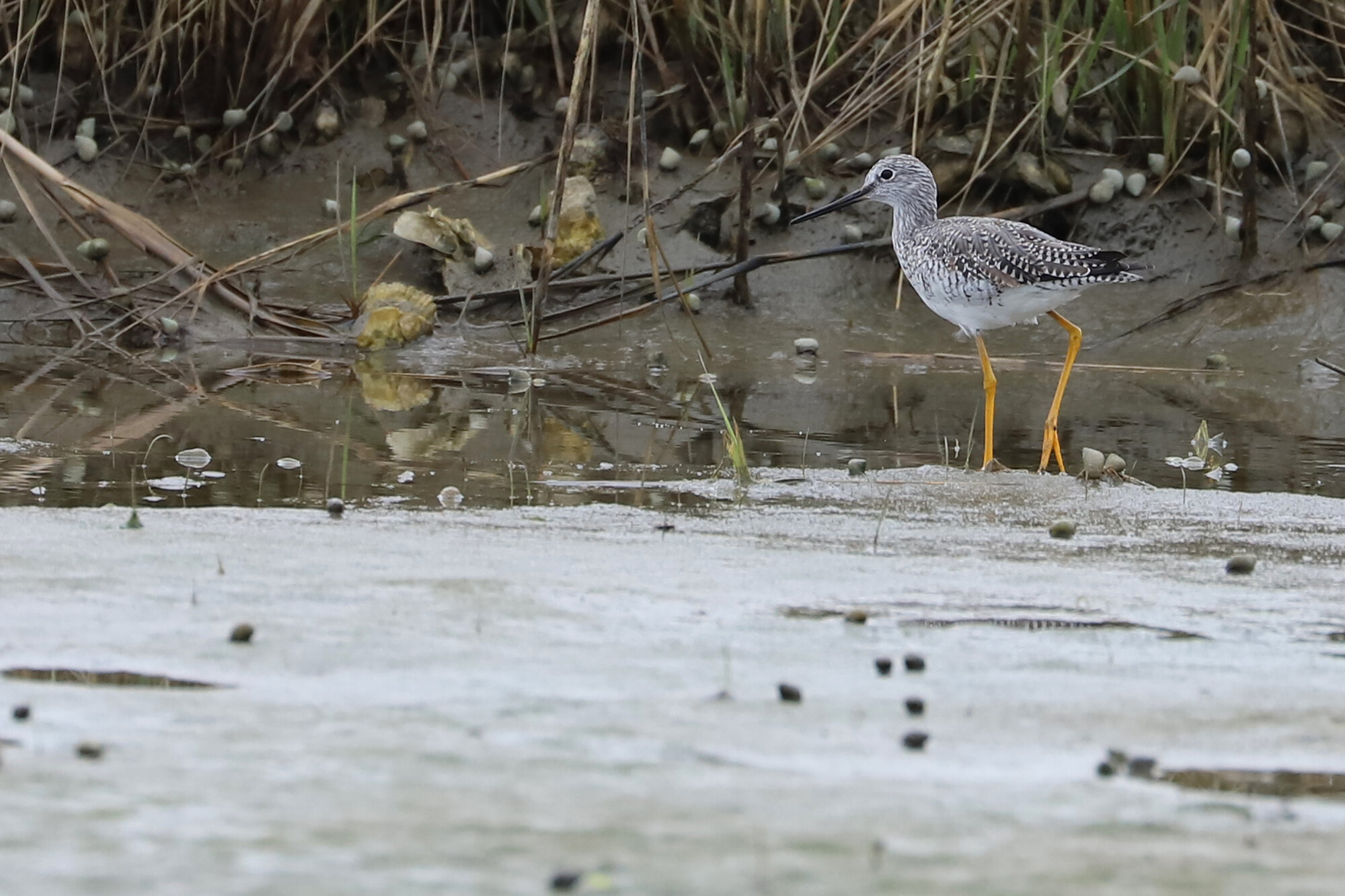
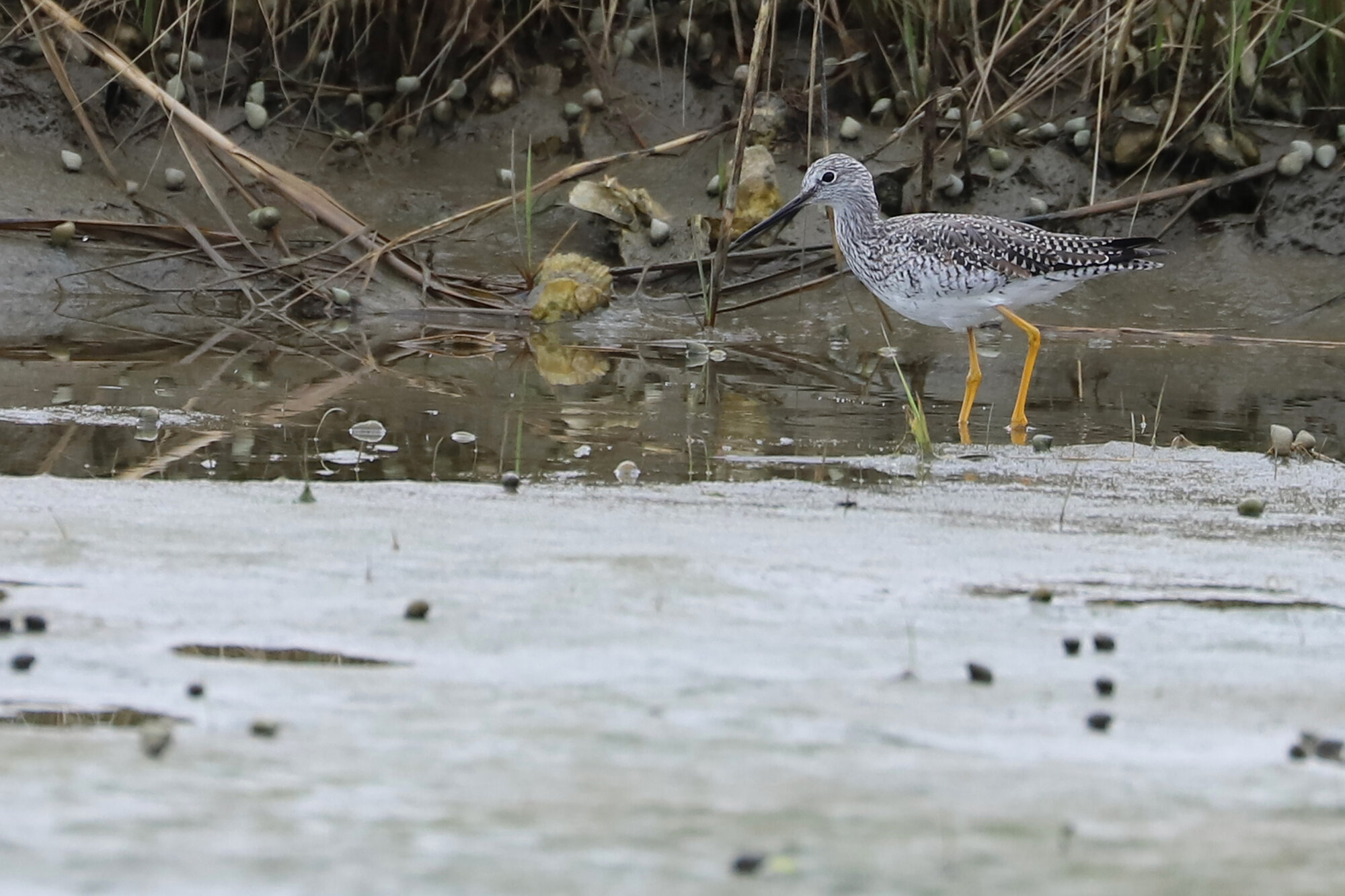
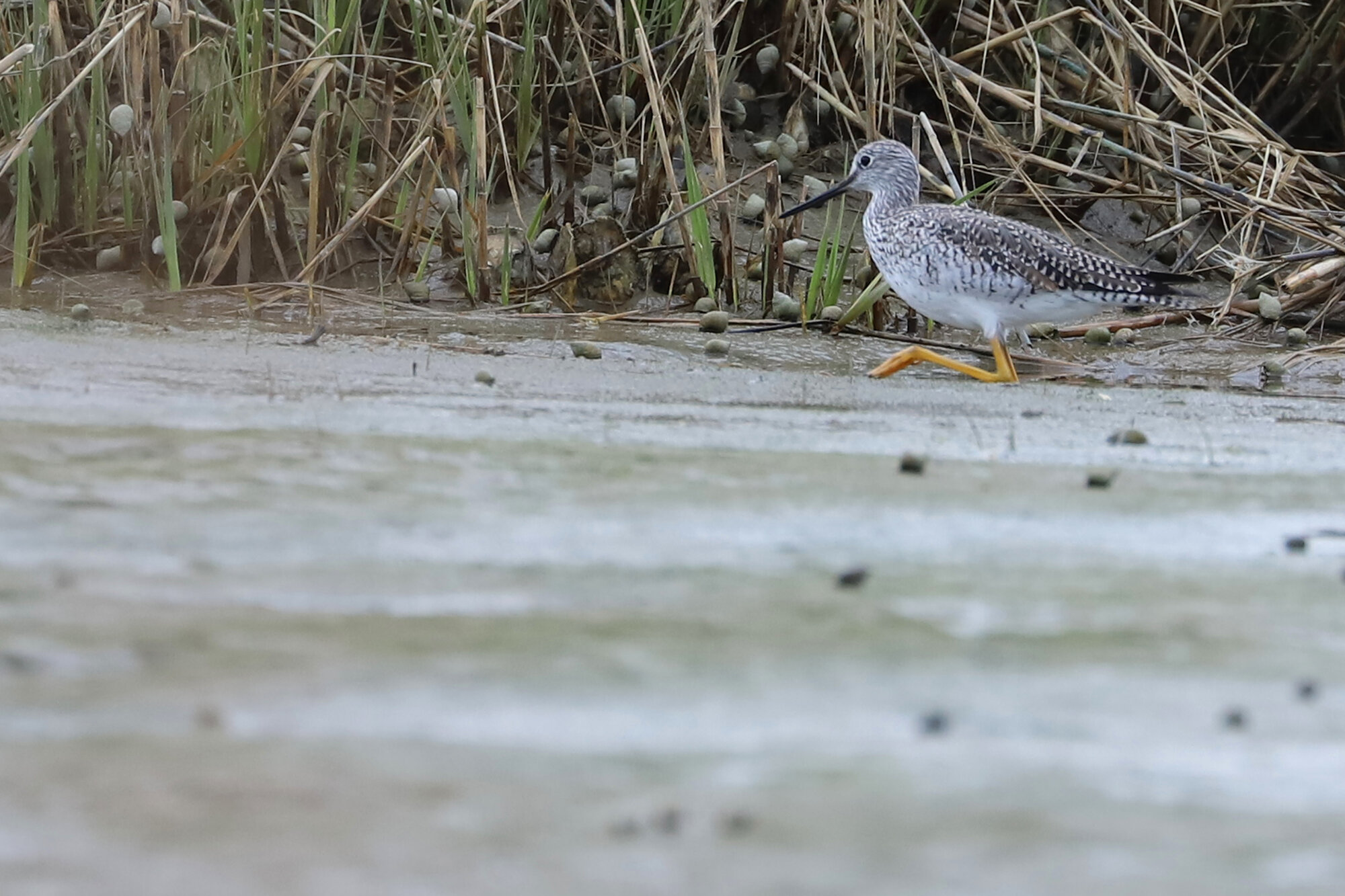
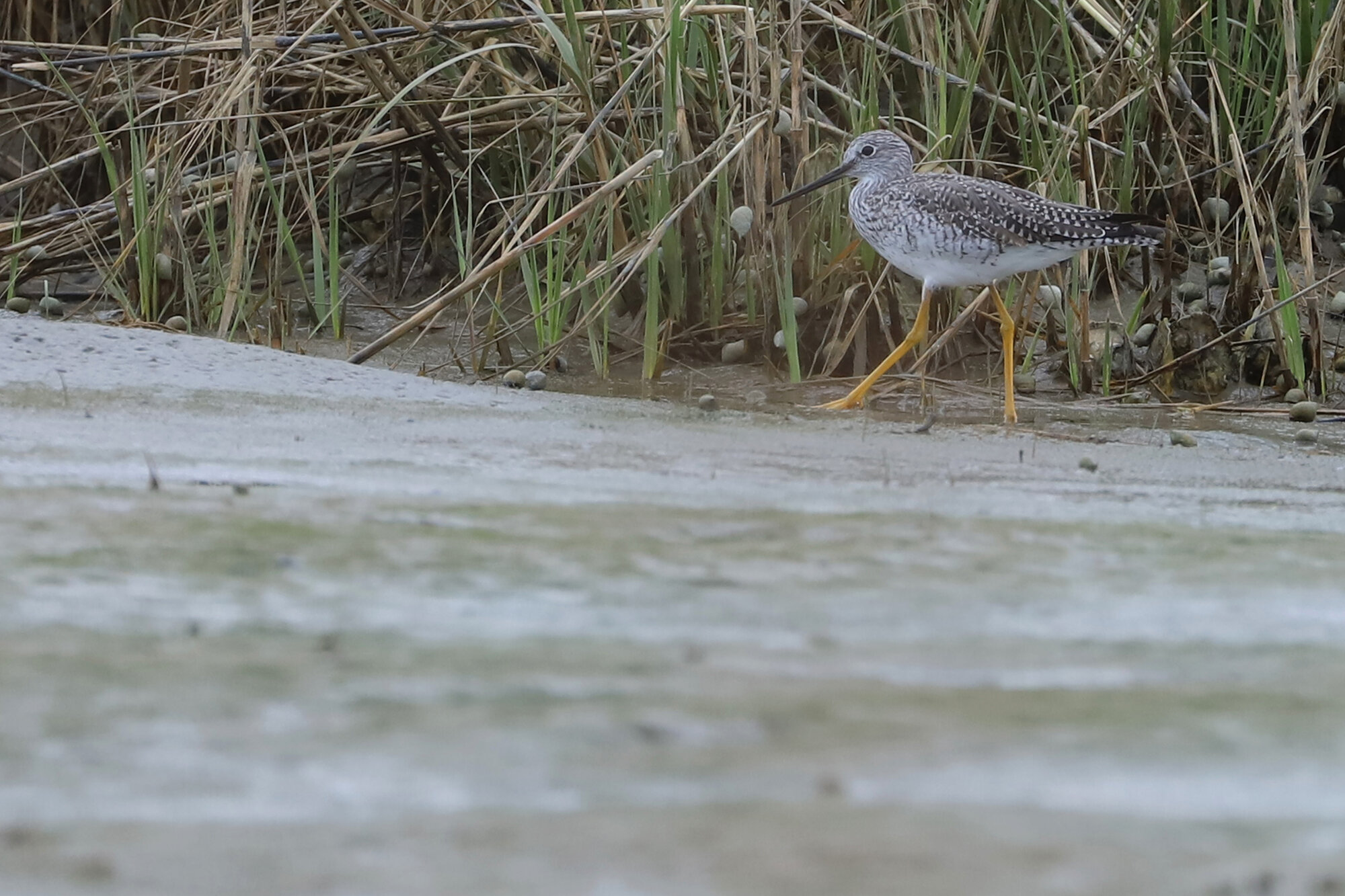
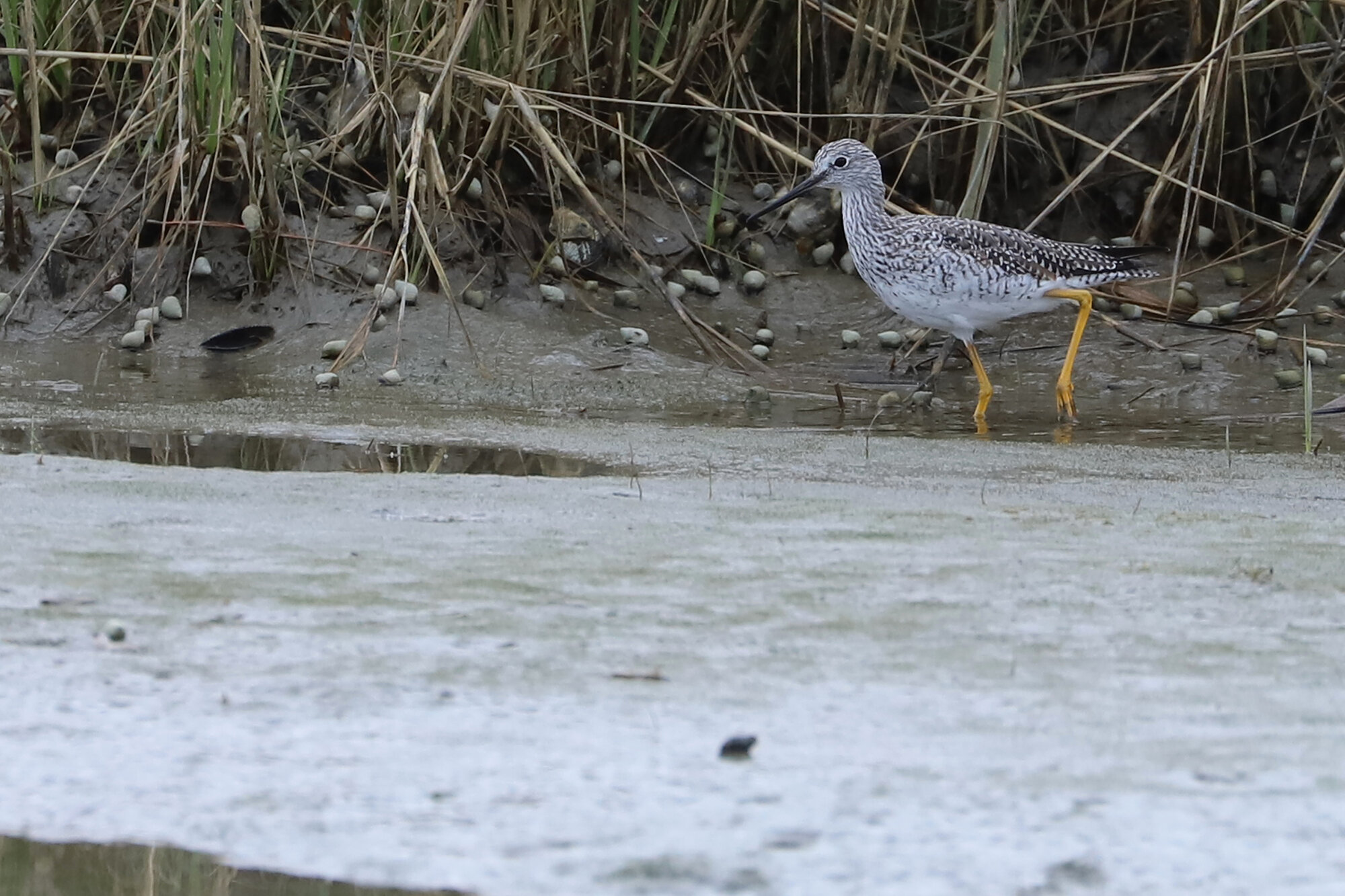
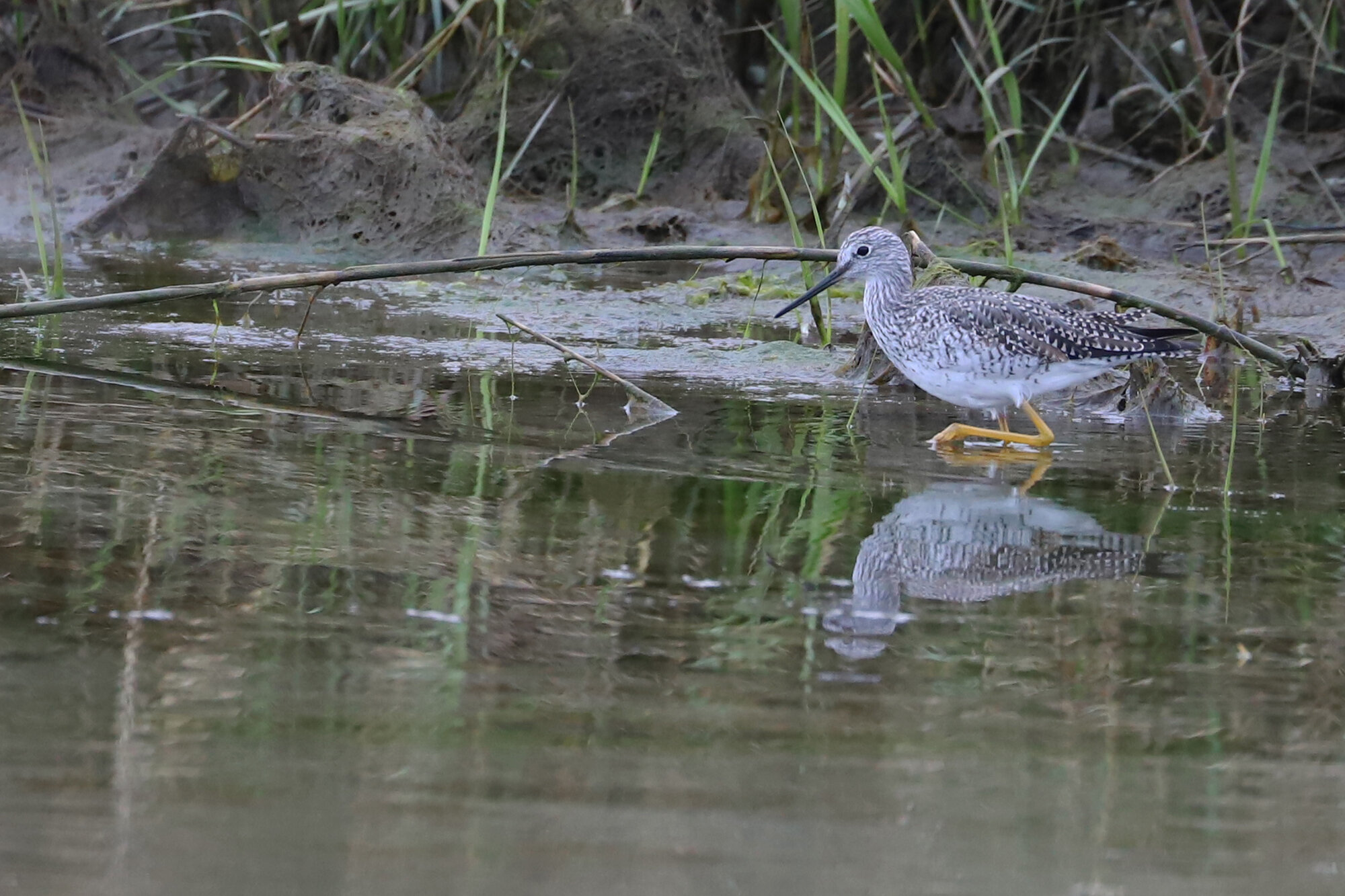
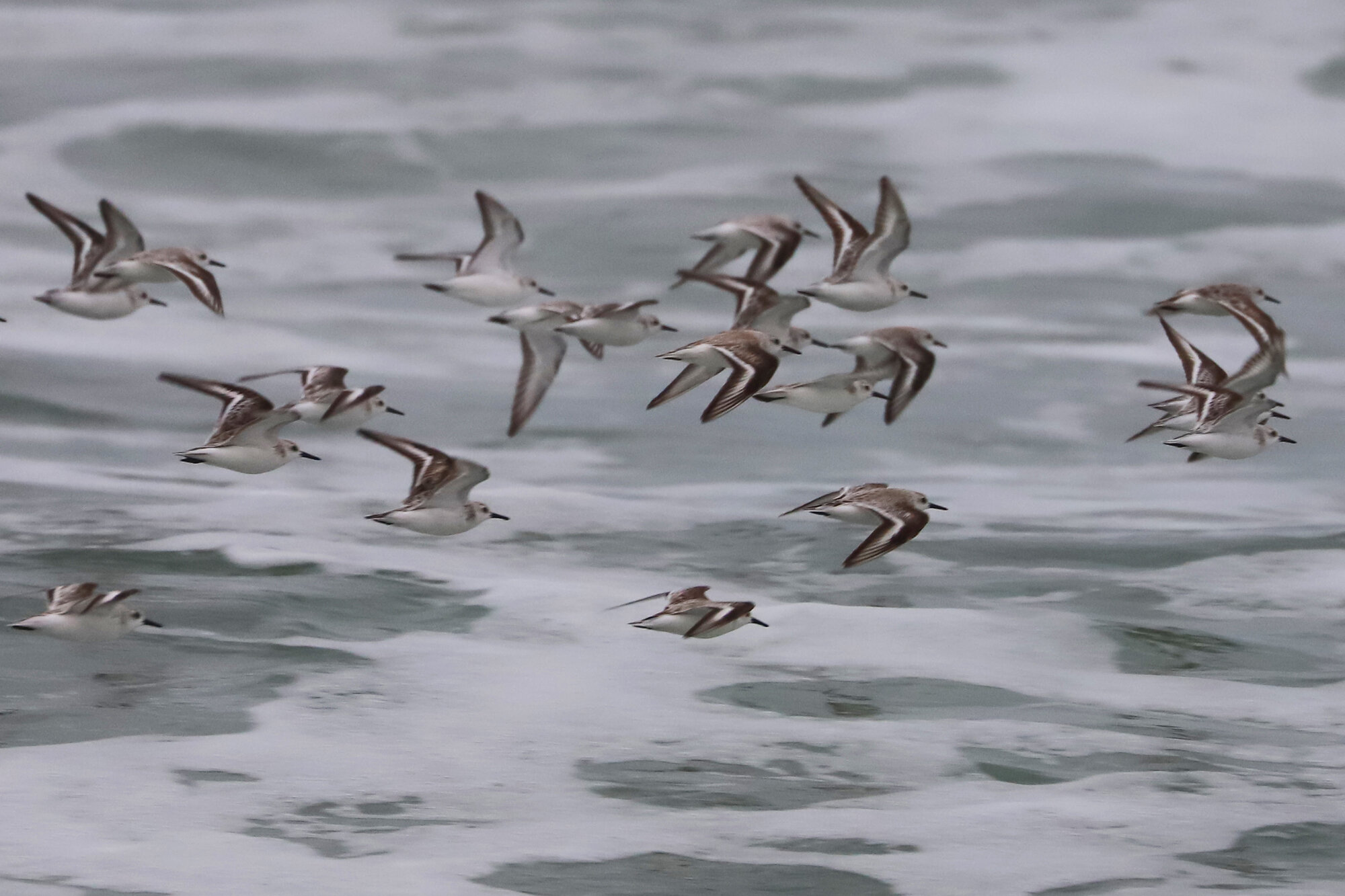
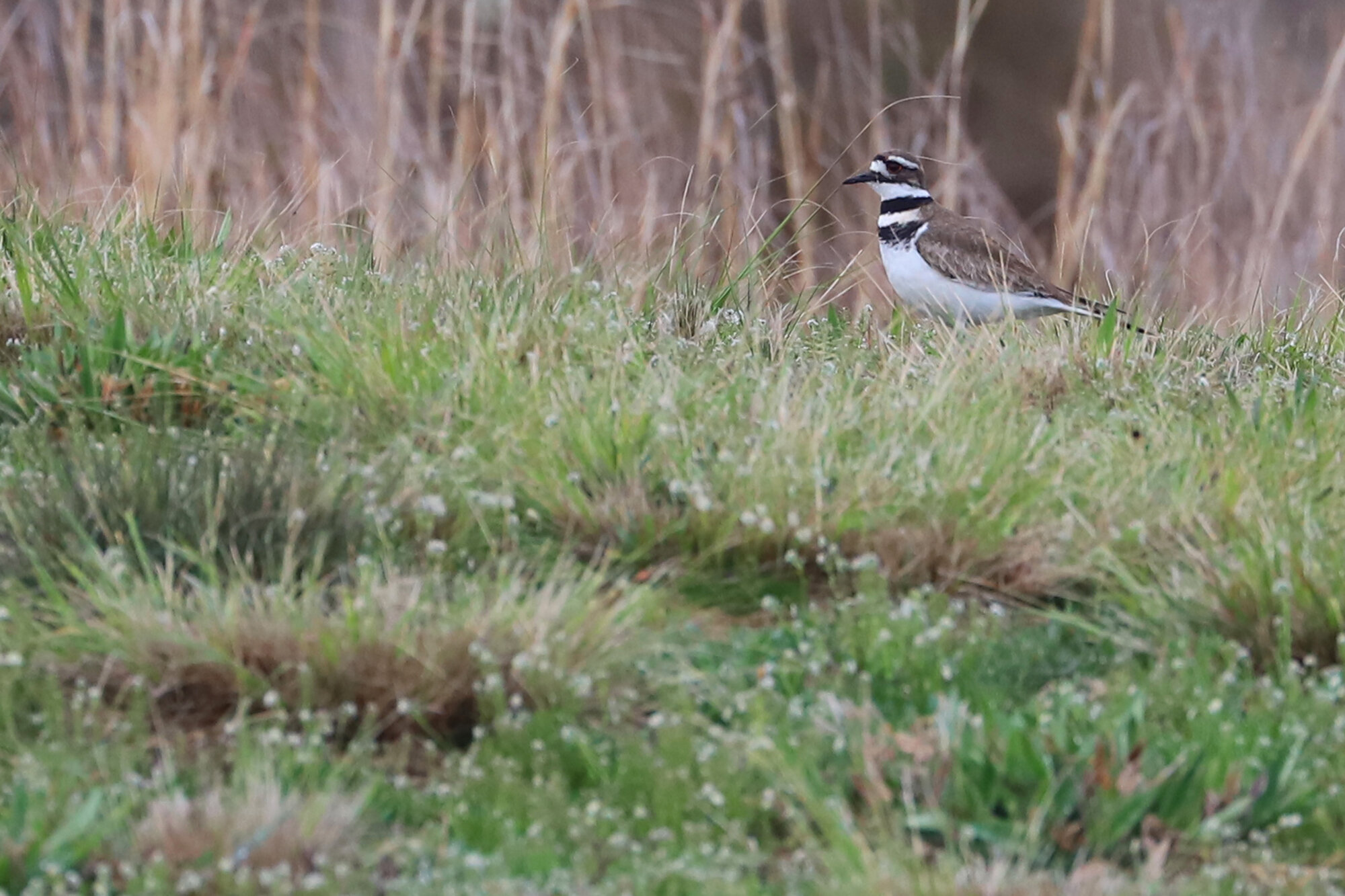
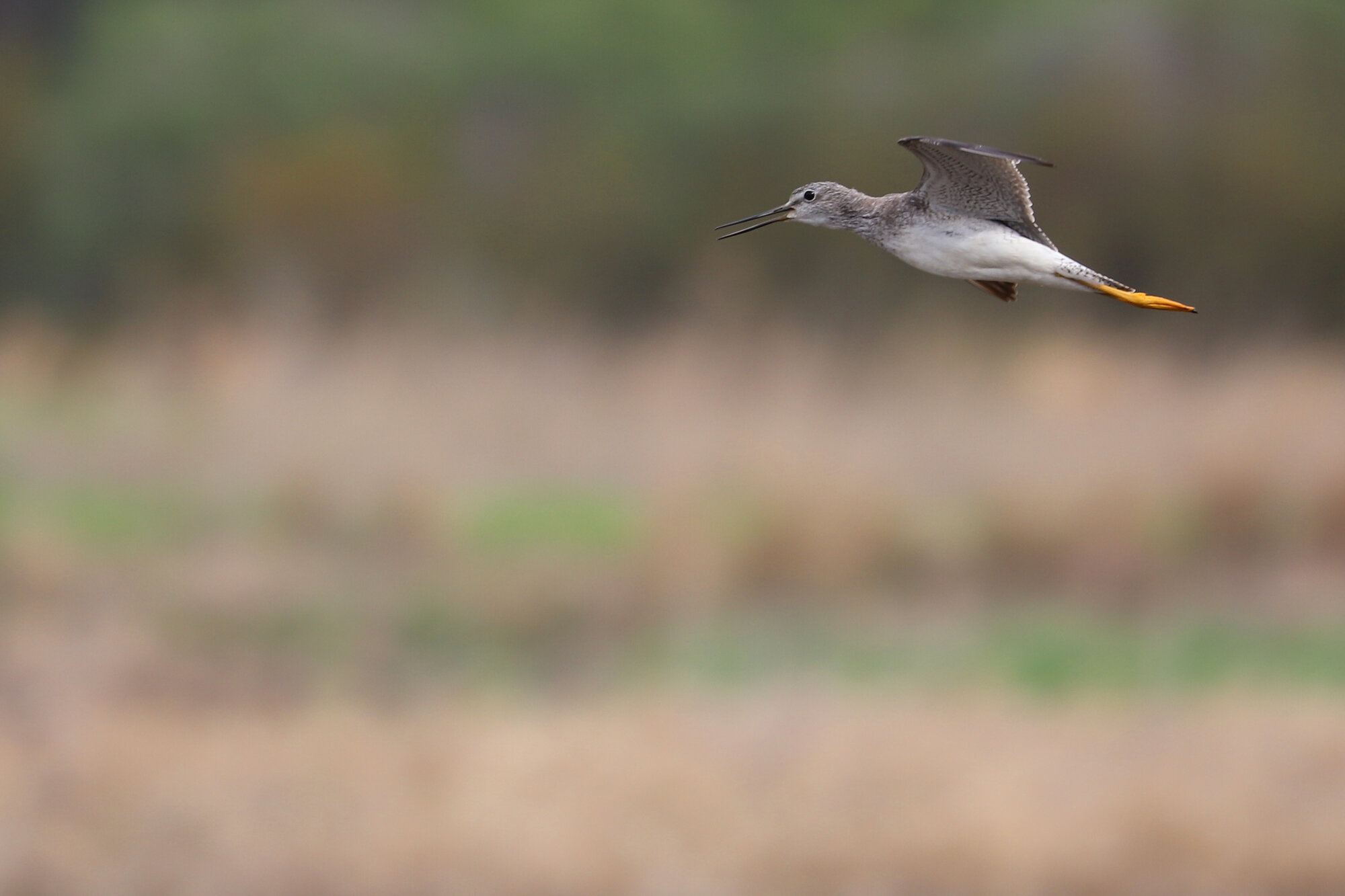


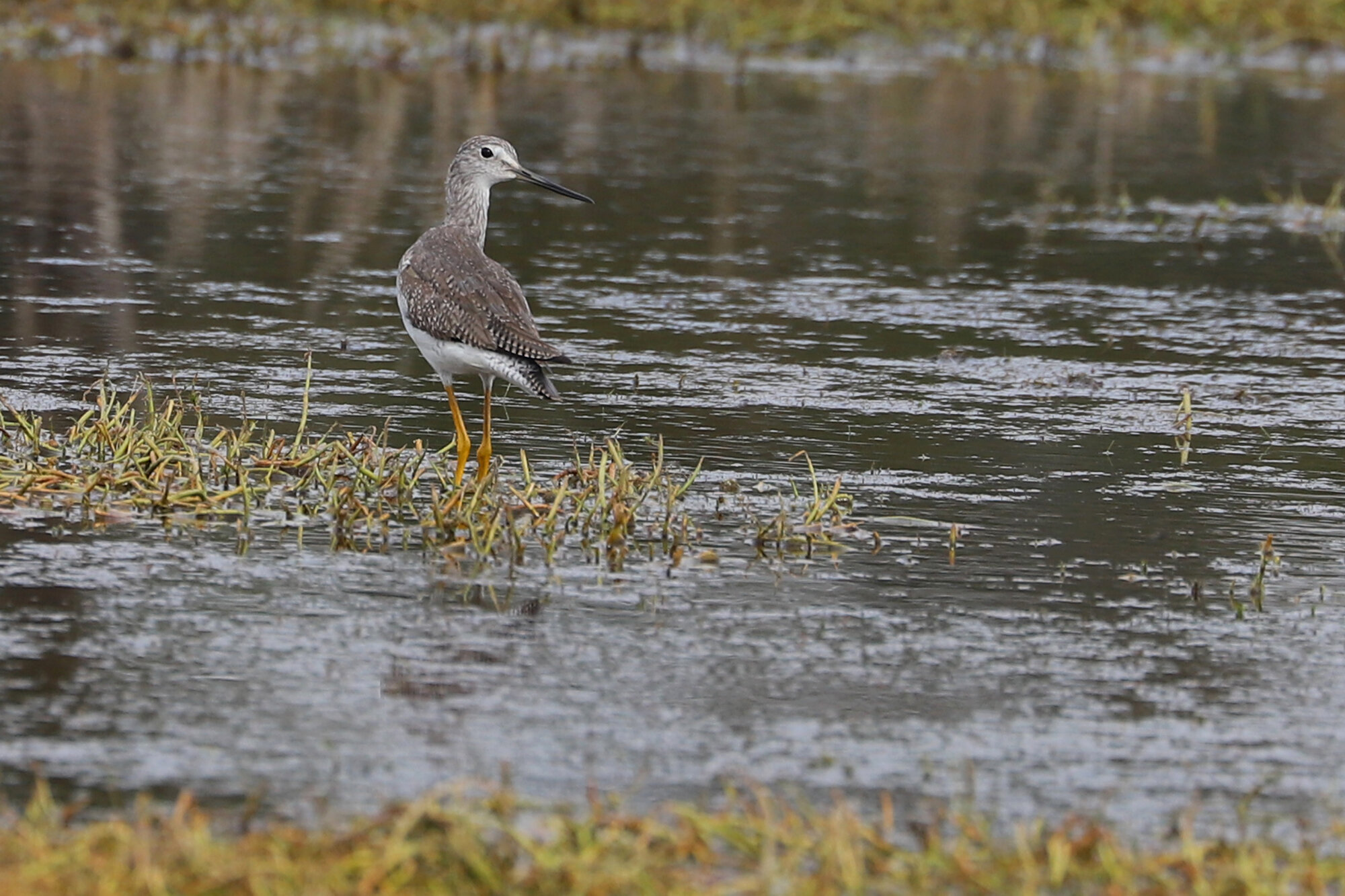
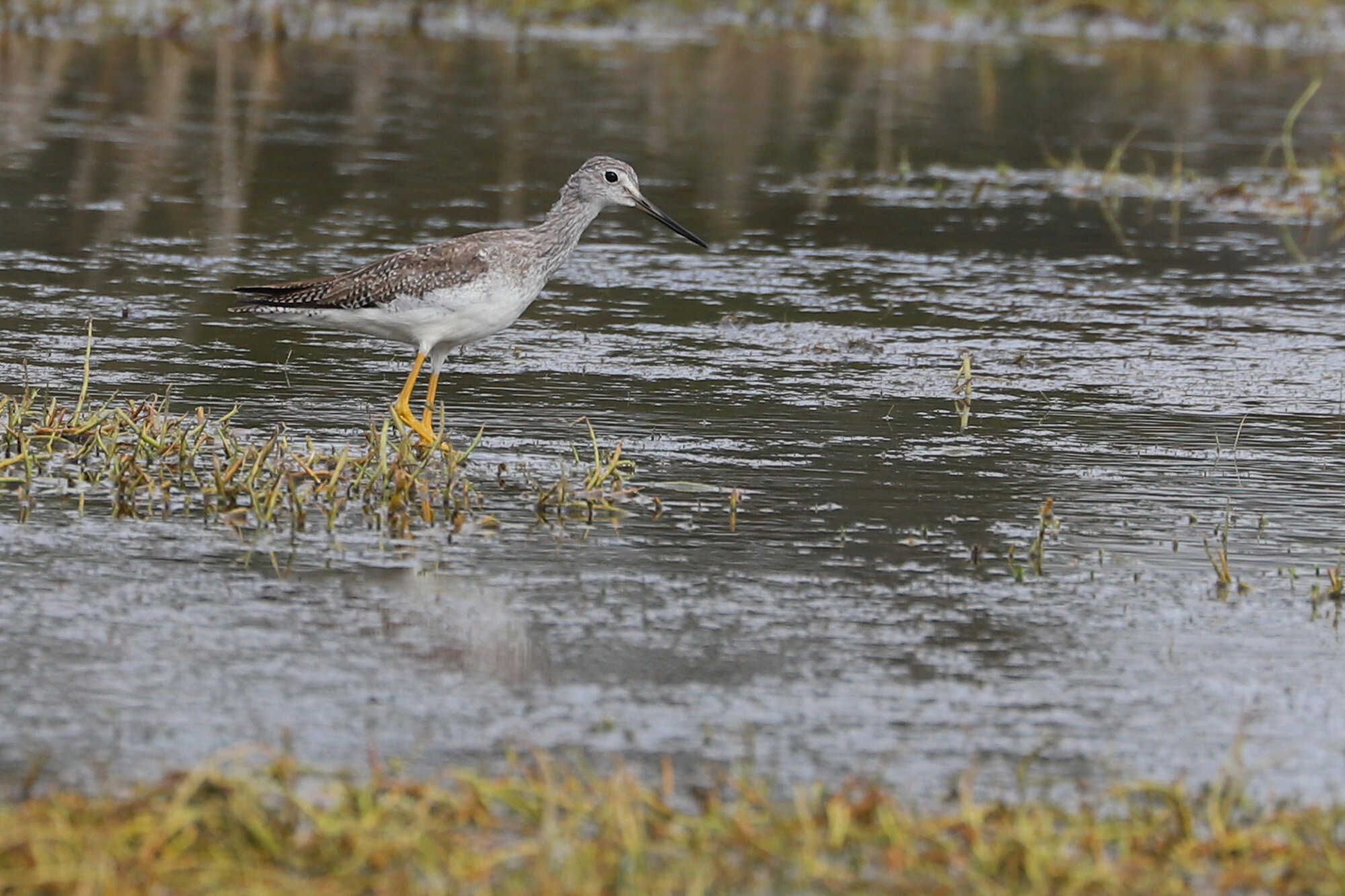
Very early, and only the second occurrence in any March here in Virginia Beach as far as eBird records go, a PROTHONOTARY WARBLER found at First Landing SP on 31 Mar (vis. Andrew Baldelli) was a great way to end the month in terms of warbler records! The only record that pre-dates this one across all years of eBird data so far entered for Virginia Beach was a photographed individual on the grounds of the Virginia Aquarium & Marine Science Center on 26 Mar 2016 (ph. Joe & Liz Dunkleman), and 10 Apr is more typical as far as an average spring arrival dates goes. The 2020 records came on the heels of an extensive field of strong southwesterly winds that reached from the Gulf of Mexico all the way up to the mid-Atlantic. Other Prothonotary Warblers popped up on the Suffolk & Chesapeake sides of the Great Dismal Swamp NWR, but the individual at First Landing SP proved to be the most northerly report for the species during March! (Mar 2020 Map)
Highly unexpected between early November and late April, a CAPE MAY WARBLER visiting a private feeder in Kempsville provided another excellent warbler record during March. This individual first came to the birding community’s eye via the Hampton Roads Wildlife Enthusiasts Facebook group, where photographs were posted, before the record then made its way into eBird. Records so far have been input for 8-10 Mar (vis. Mike Jacobs), but the individual was said to have been present in February as well, making it even more clearcut as a wintering individual. Virginia Beach boasts only one other winter record in eBird, with an individual visiting a suet feeder in Laurel Cove from 20 Jan-15 Feb 2016 (ph. Loretta Silvia). While Georgia and North Carolina each had two records for the species during March, there were no other records on the East Coast north of Florida, and this was the most northerly occurrence for the species! (Mar 2020 Map)
Cedar Waxwings / Princess Anne WMA Whitehurst Tract / 22 Mar; please click this photo to advance to the next!
Brown Thrasher / Princess Anne WMA Whitehurst Tract / 1 Mar
Tufted Titmouse / Stumpy Lake NA / 13 Mar
Tufted Titmouse / Stumpy Lake NA / 13 Mar
Tufted Titmouse / Stumpy Lake NA / 13 Mar
Tufted Titmouse / Stumpy Lake NA / 13 Mar
Field Sparrow / Harris Teeter Retention Pond / 14 Mar
American Goldfinch / Stumpy Lake NA / 21 Mar
Carolina Chickadee / Stumpy Lake NA / 21 Mar
Cedar Waxwings / Princess Anne WMA Whitehurst Tract / 22 Mar
Cedar Waxwings / Princess Anne WMA Whitehurst Tract / 22 Mar
Cedar Waxwings / Princess Anne WMA Whitehurst Tract / 22 Mar
Cedar Waxwings / Princess Anne WMA Whitehurst Tract / 22 Mar
Cedar Waxwings / Princess Anne WMA Whitehurst Tract / 22 Mar
Cedar Waxwings / Princess Anne WMA Whitehurst Tract / 22 Mar
Carolina Chickadee / Princess Anne WMA Whitehurst Tract / 22 Mar
Carolina Chickadee / Princess Anne WMA Whitehurst Tract / 22 Mar
Eastern Phoebe / Pleasure House Point NA / 27 Mar
Common Yellowthroat / Back Bay NWR / 28 Mar
Song Sparrow / Back Bay NWR / 28 Mar
Song Sparrow / Back Bay NWR / 28 Mar
Marsh Wren / Back Bay NWR / 28 Mar
Eastern Phoebe / Back Bay NWR / 28 Mar
Eastern Phoebe / Back Bay NWR / 28 Mar
Gray Catbird / Princess Anne WMA Whitehurst Tract / 29 Mar
Eastern Bluebird / Princess Anne WMA Whitehurst Tract / 29 Mar
Northern Mockingbird / Princess Anne WMA Whitehurst Tract / 29 Mar
Northern Mockingbird / Princess Anne WMA Whitehurst Tract / 29 Mar
Northern Cardinal / Princess Anne WMA Whitehurst Tract / 29 Mar
Northern Cardinal / Princess Anne WMA Whitehurst Tract / 29 Mar
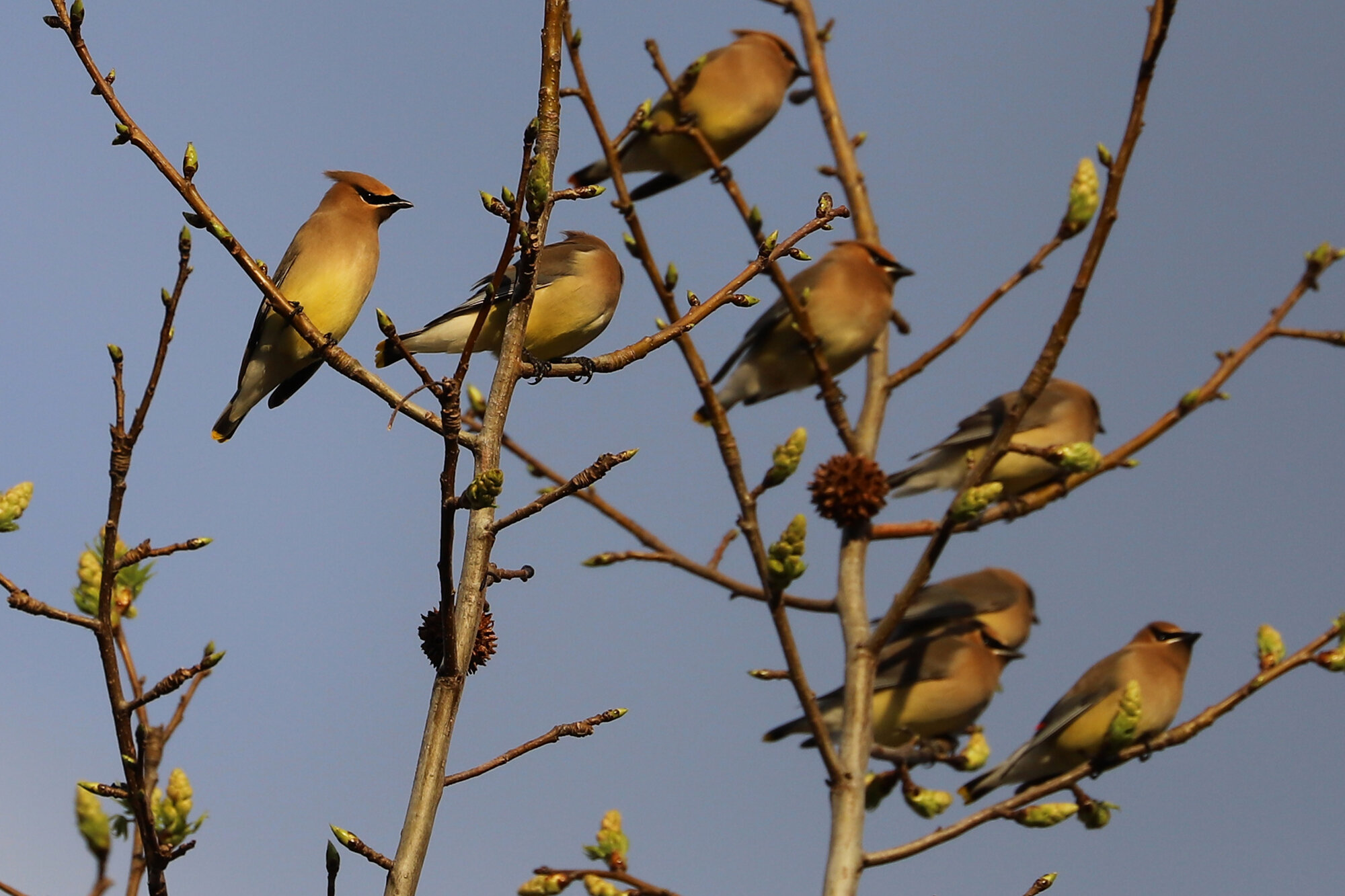
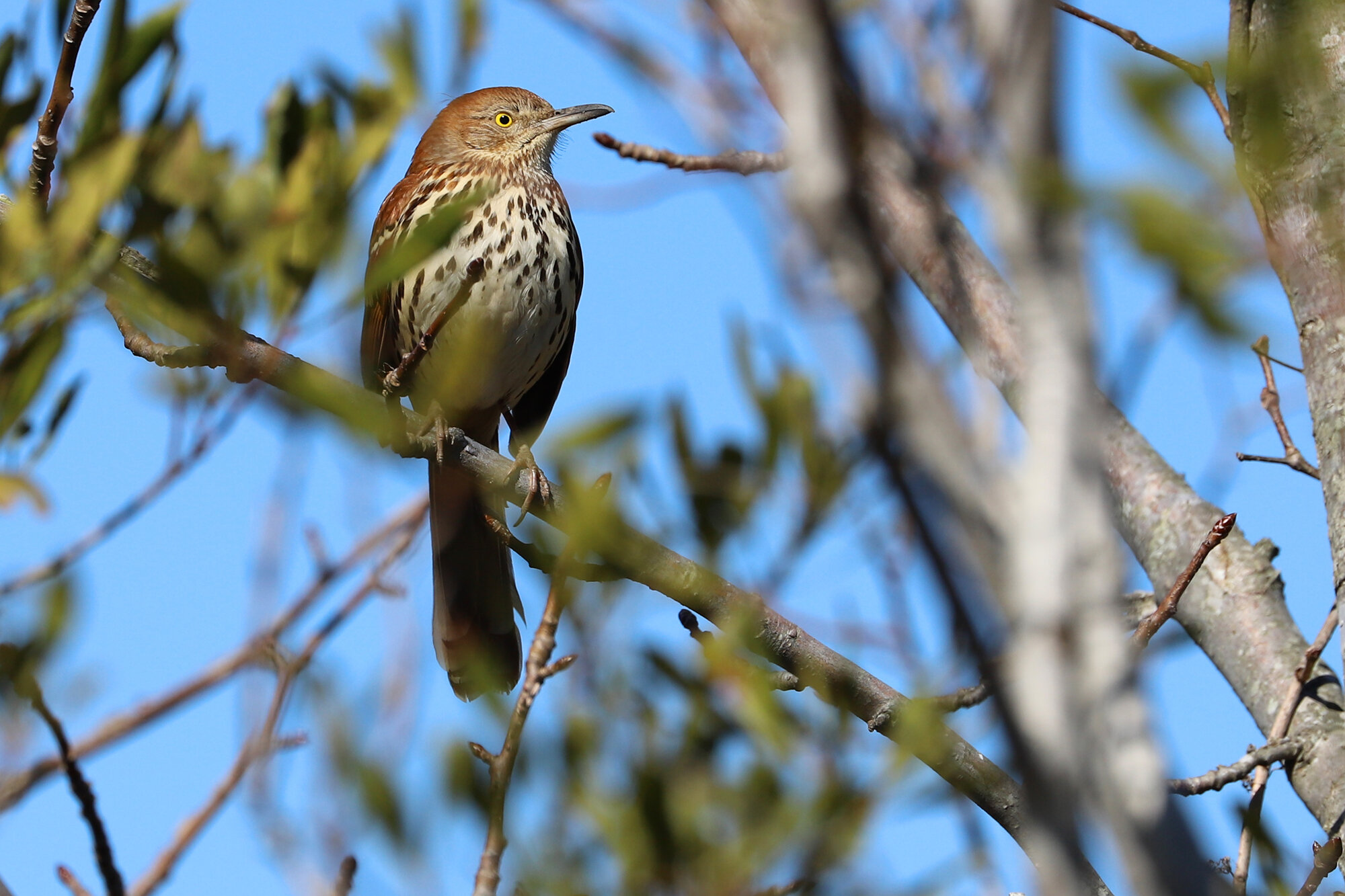


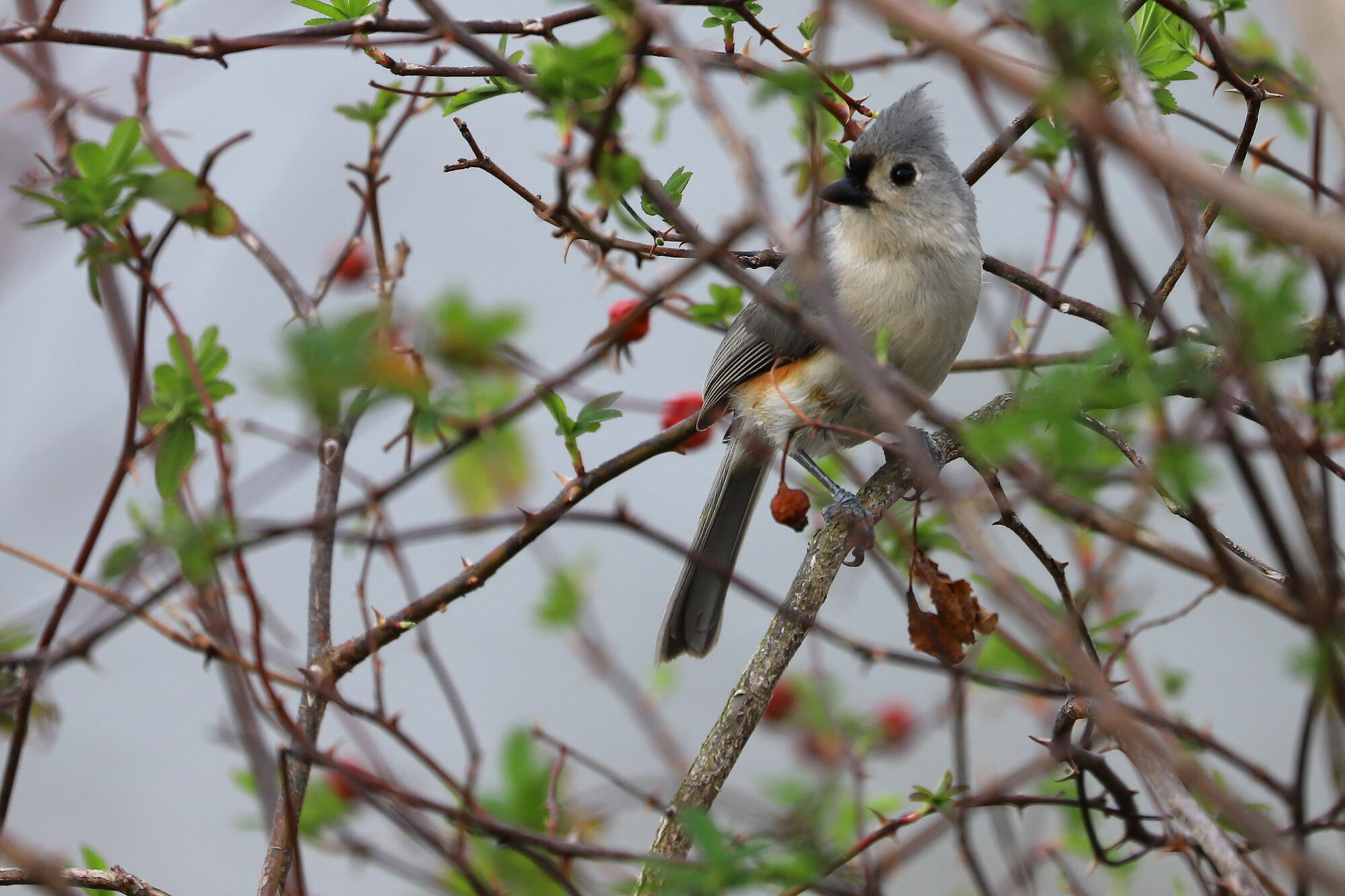
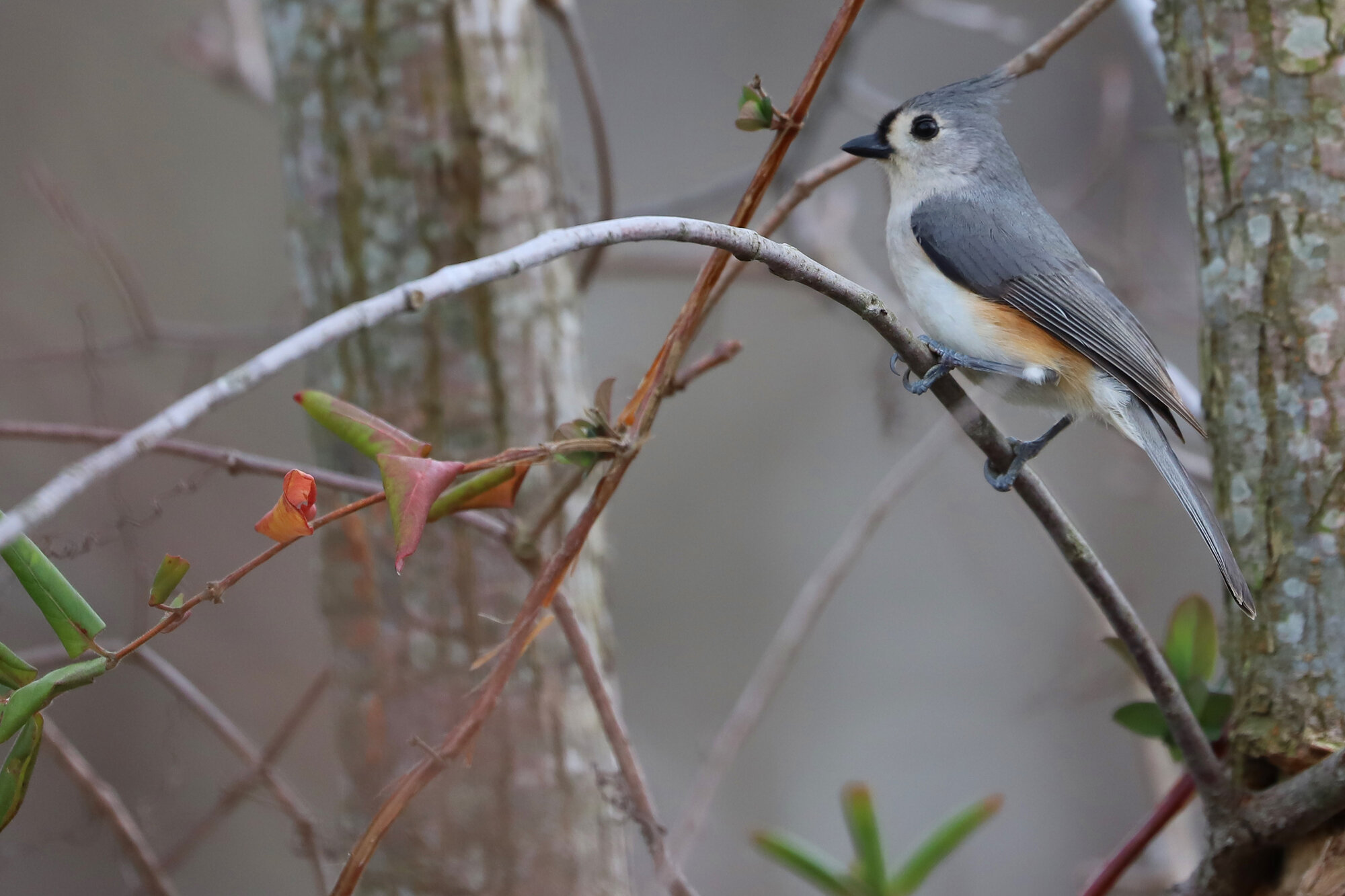


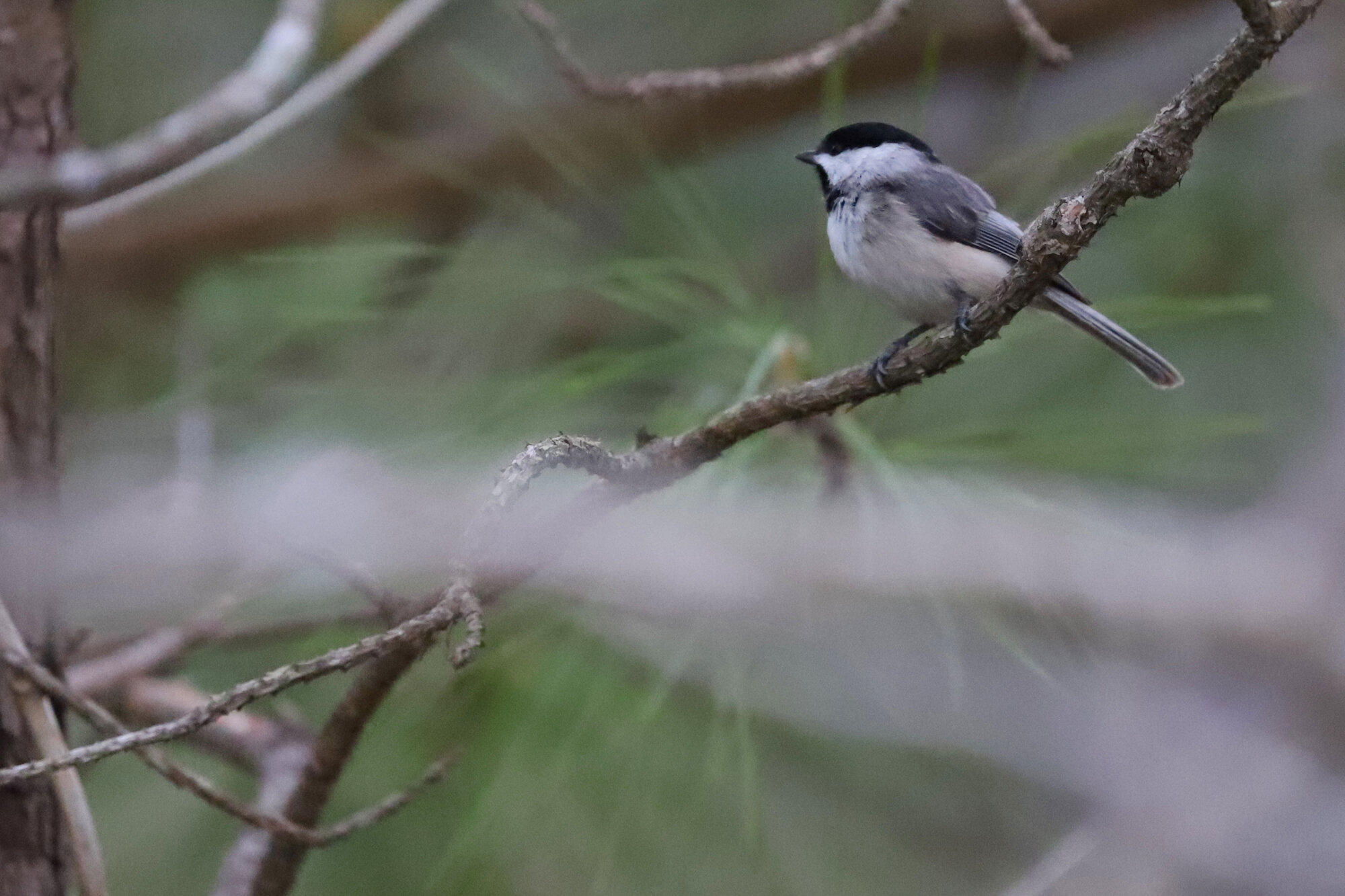
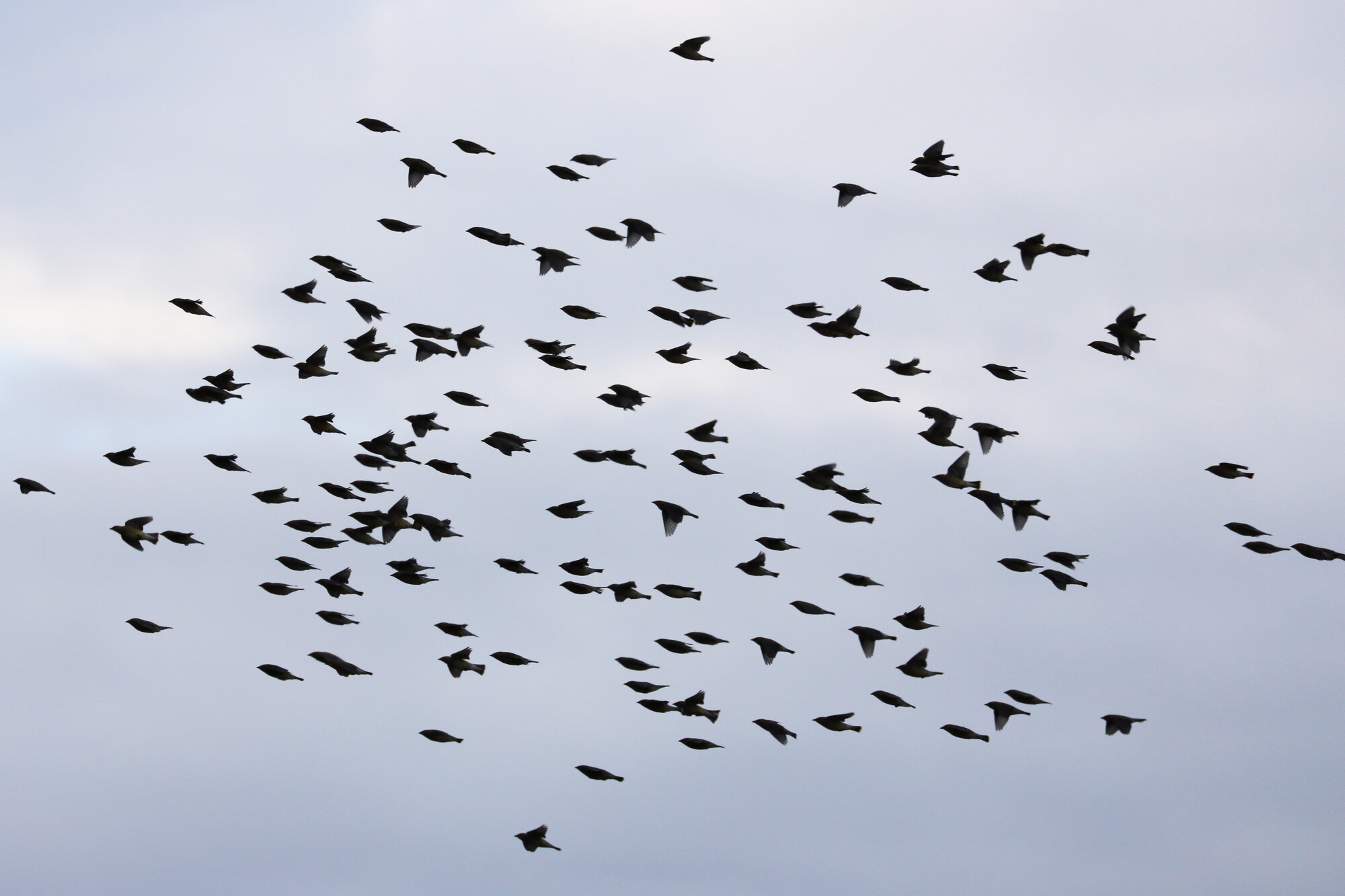
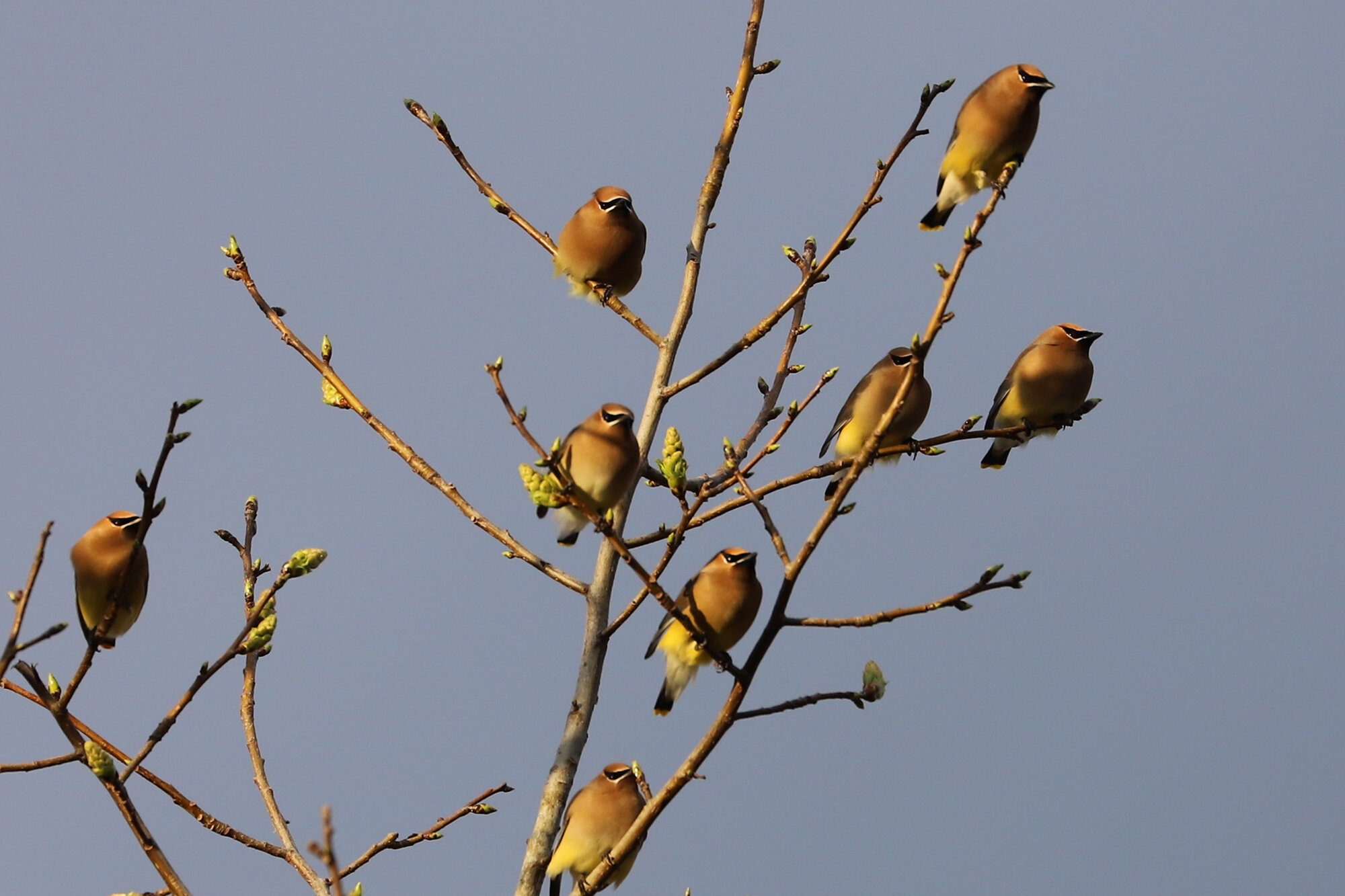


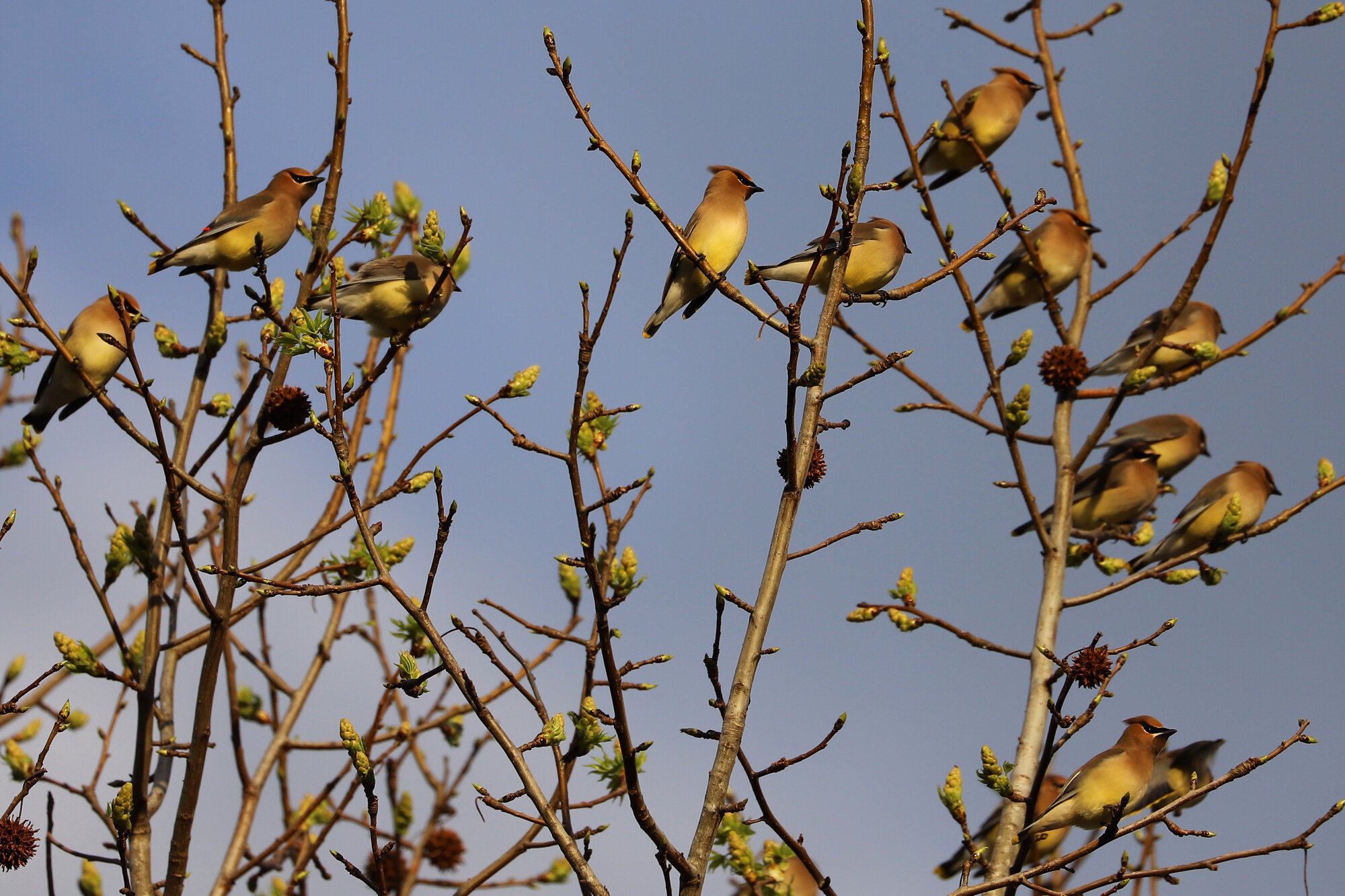
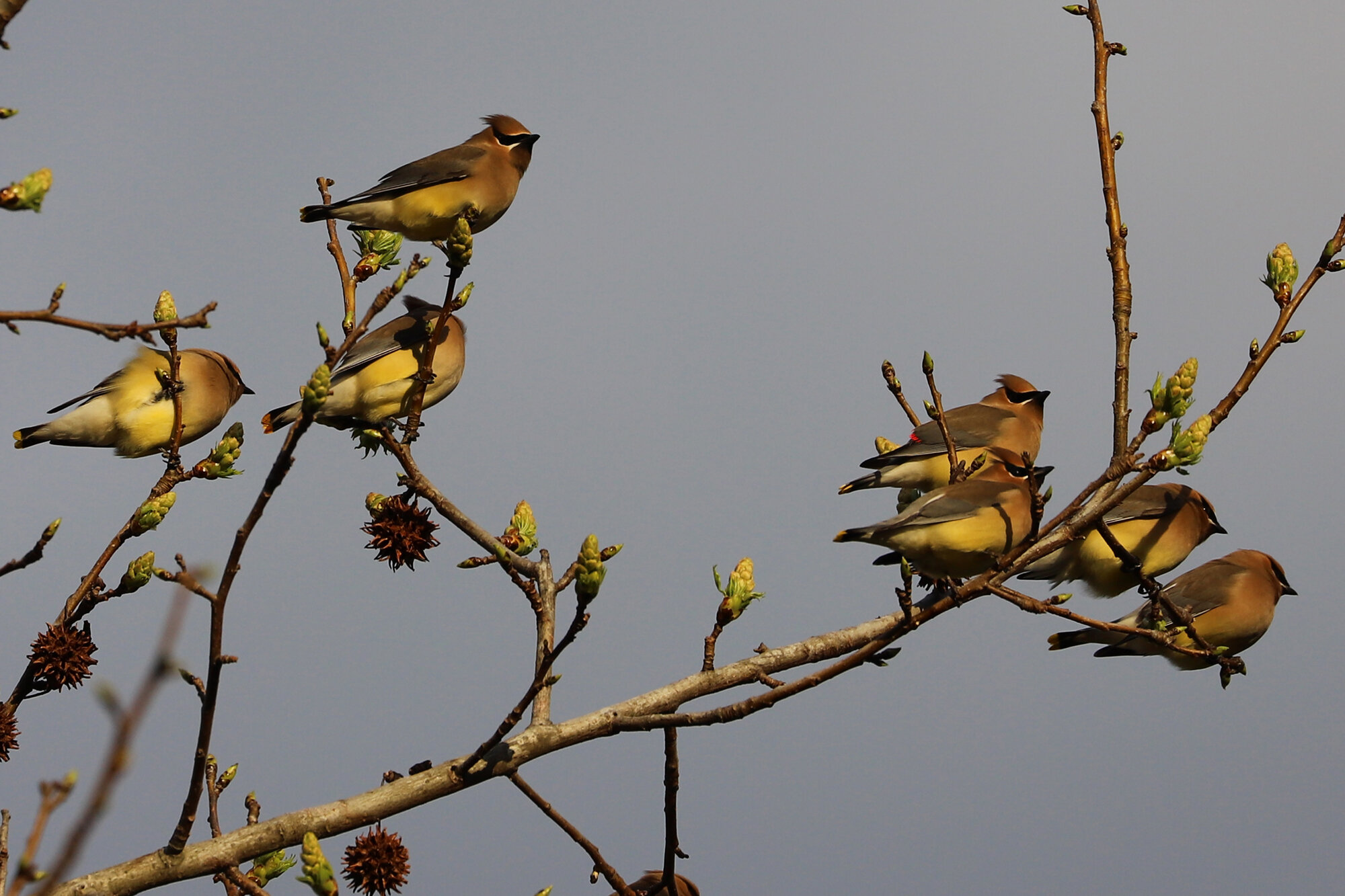
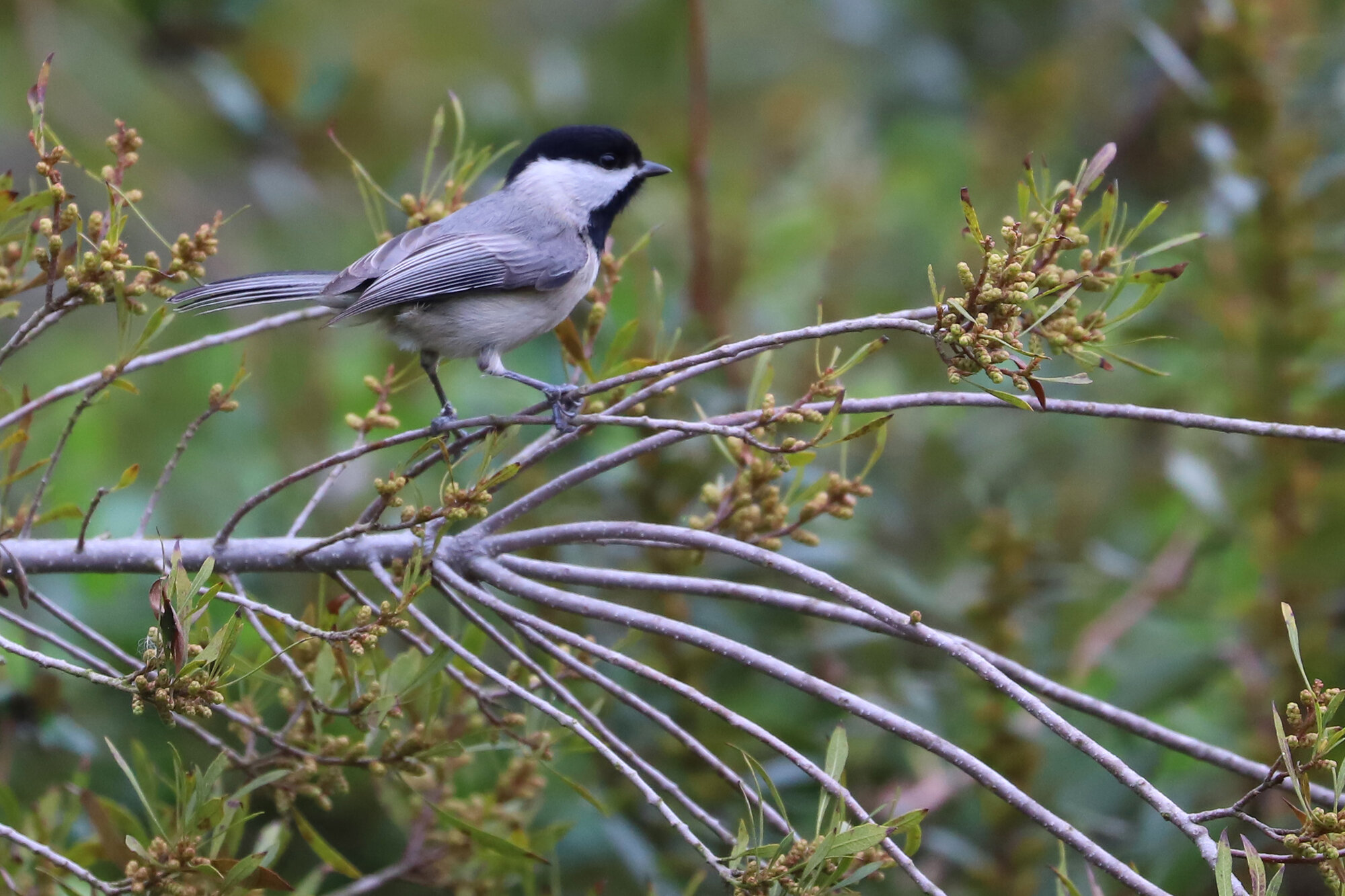
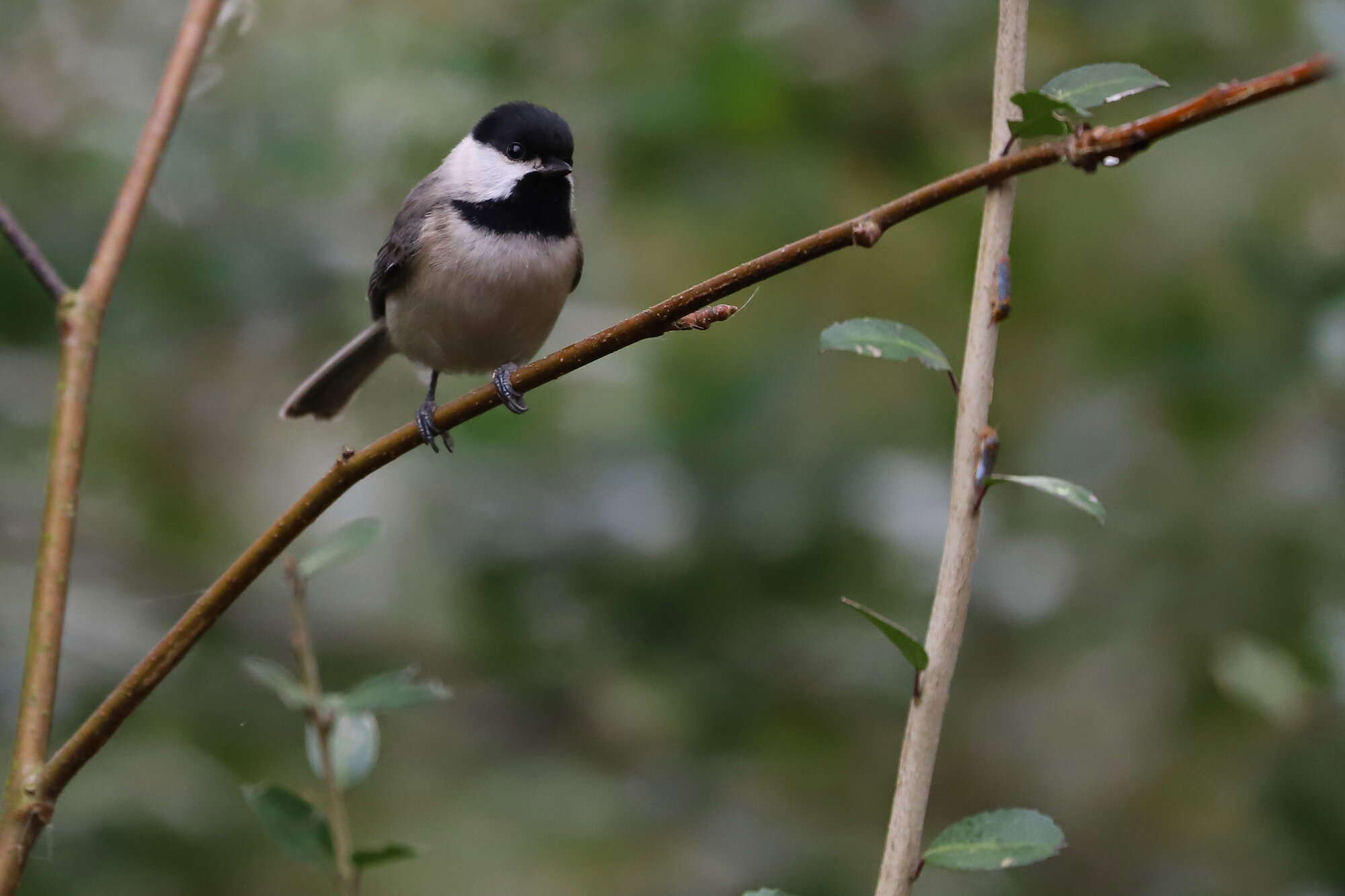
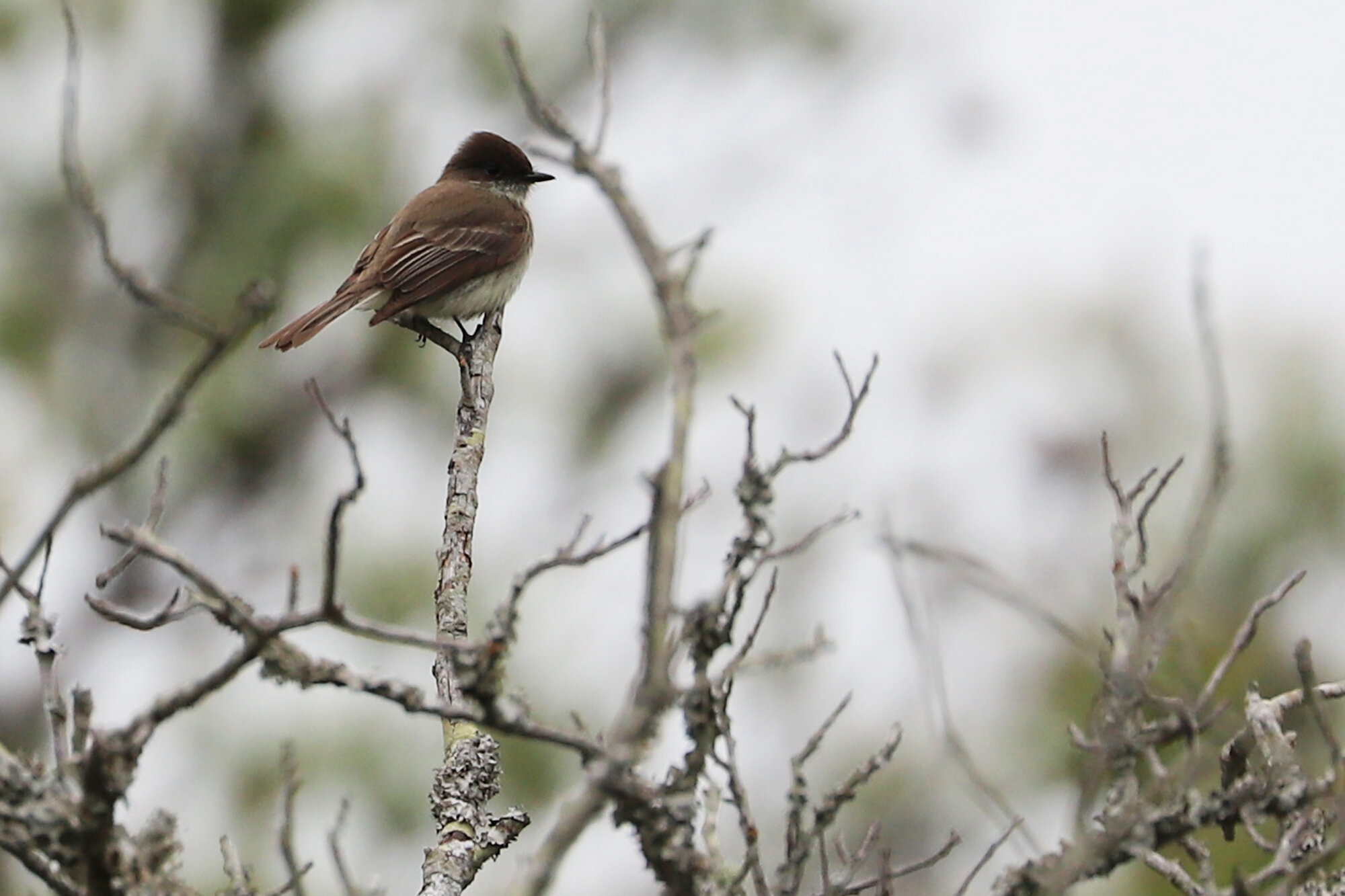
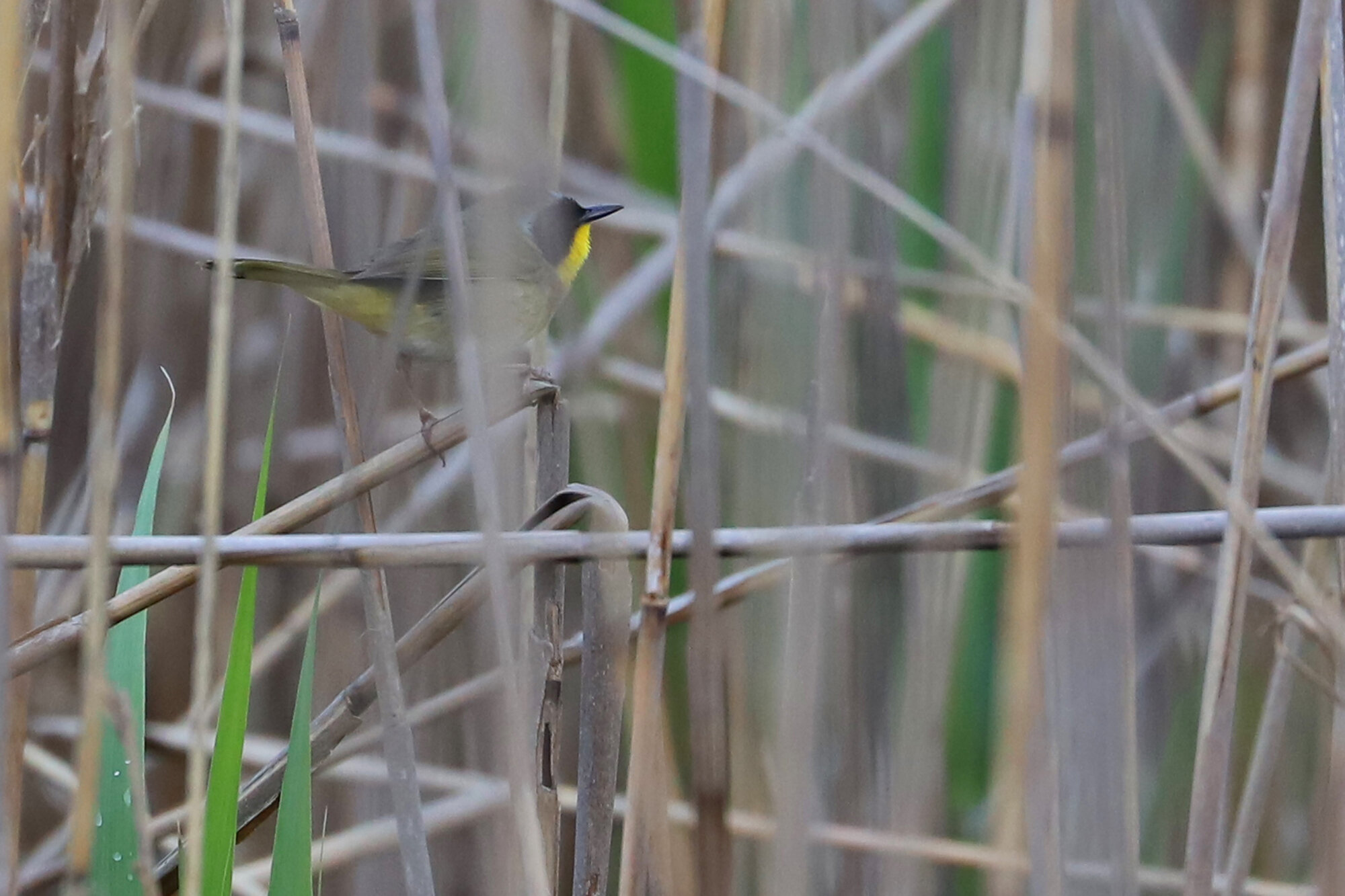
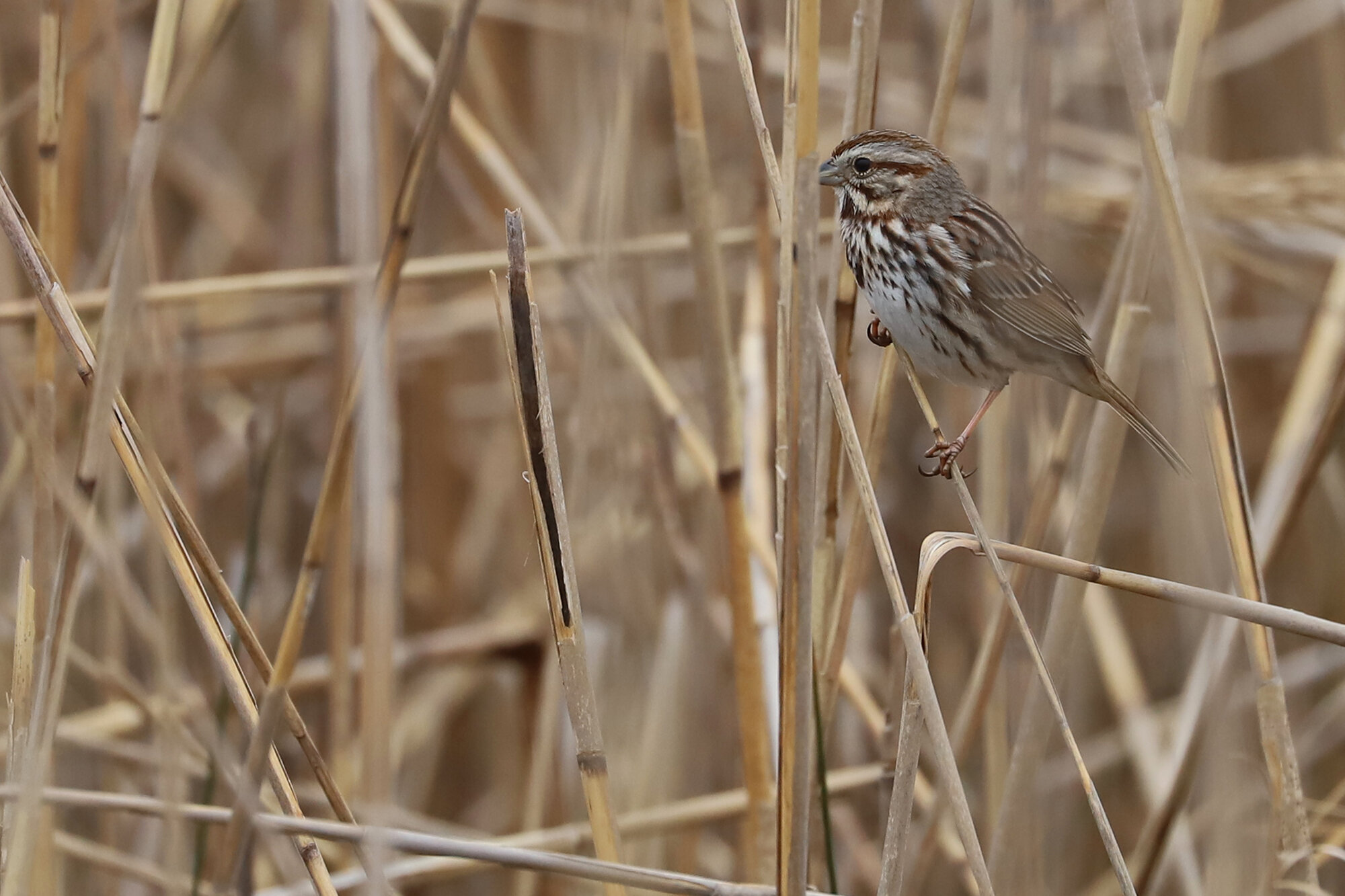
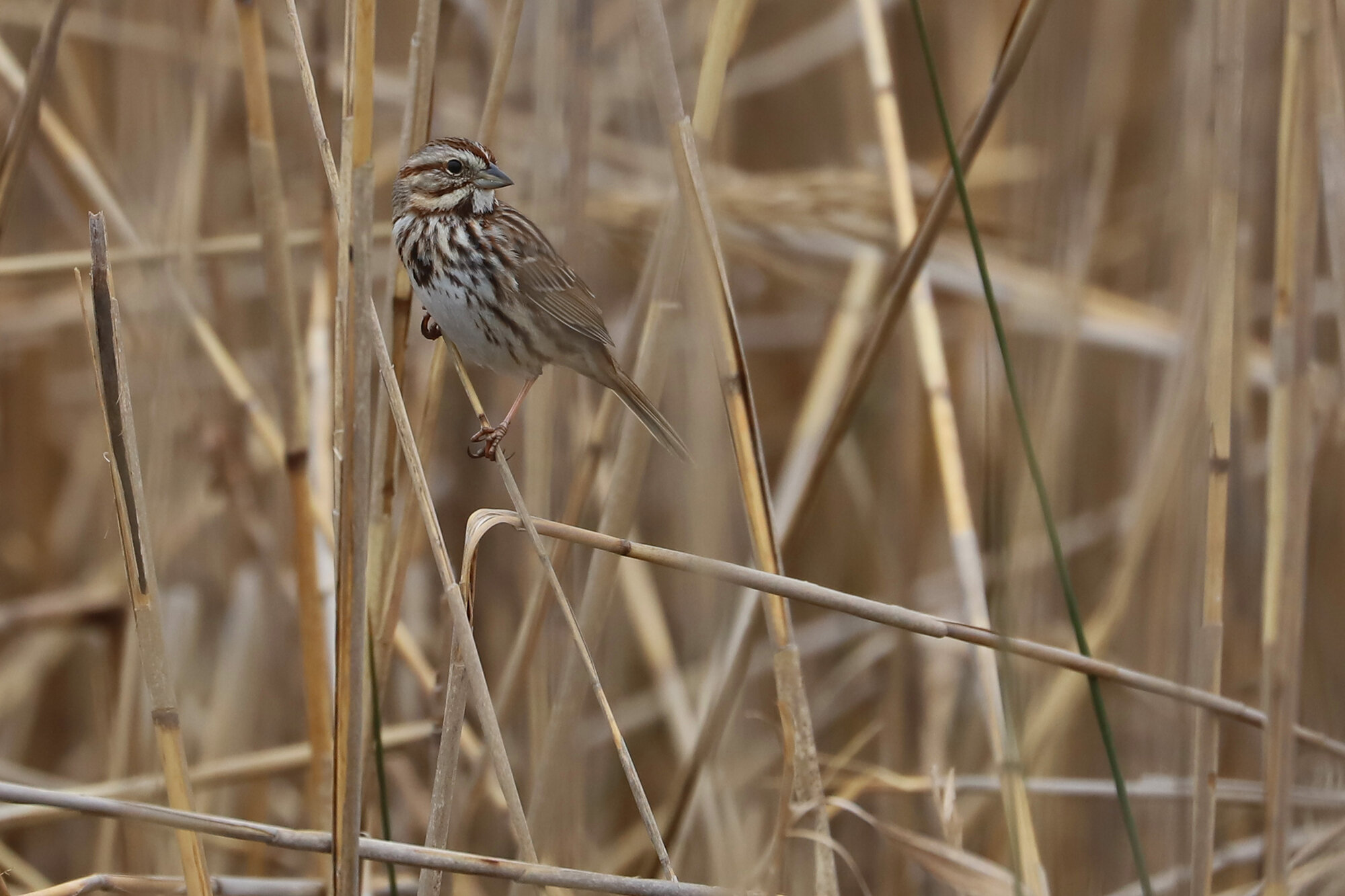


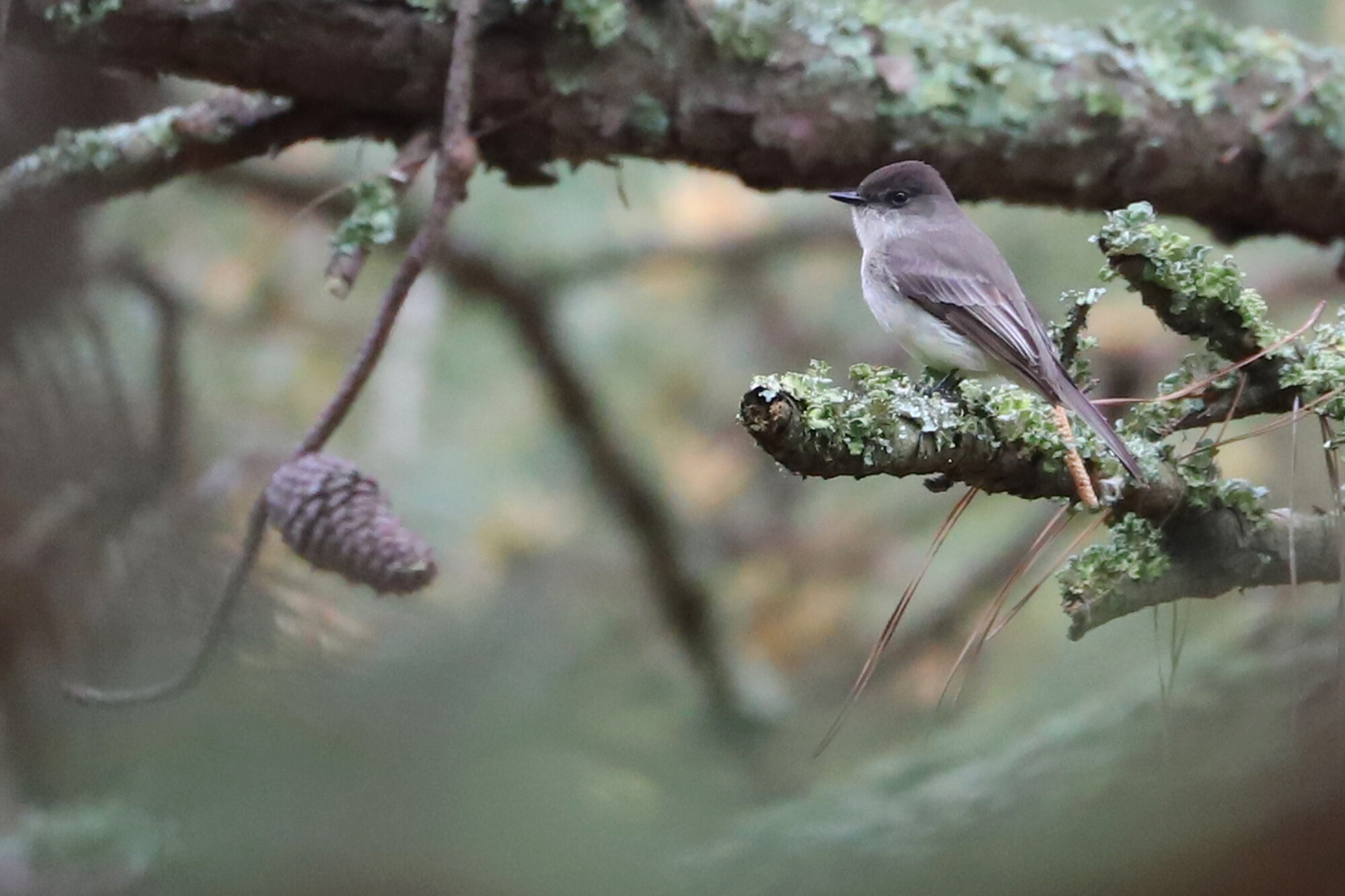
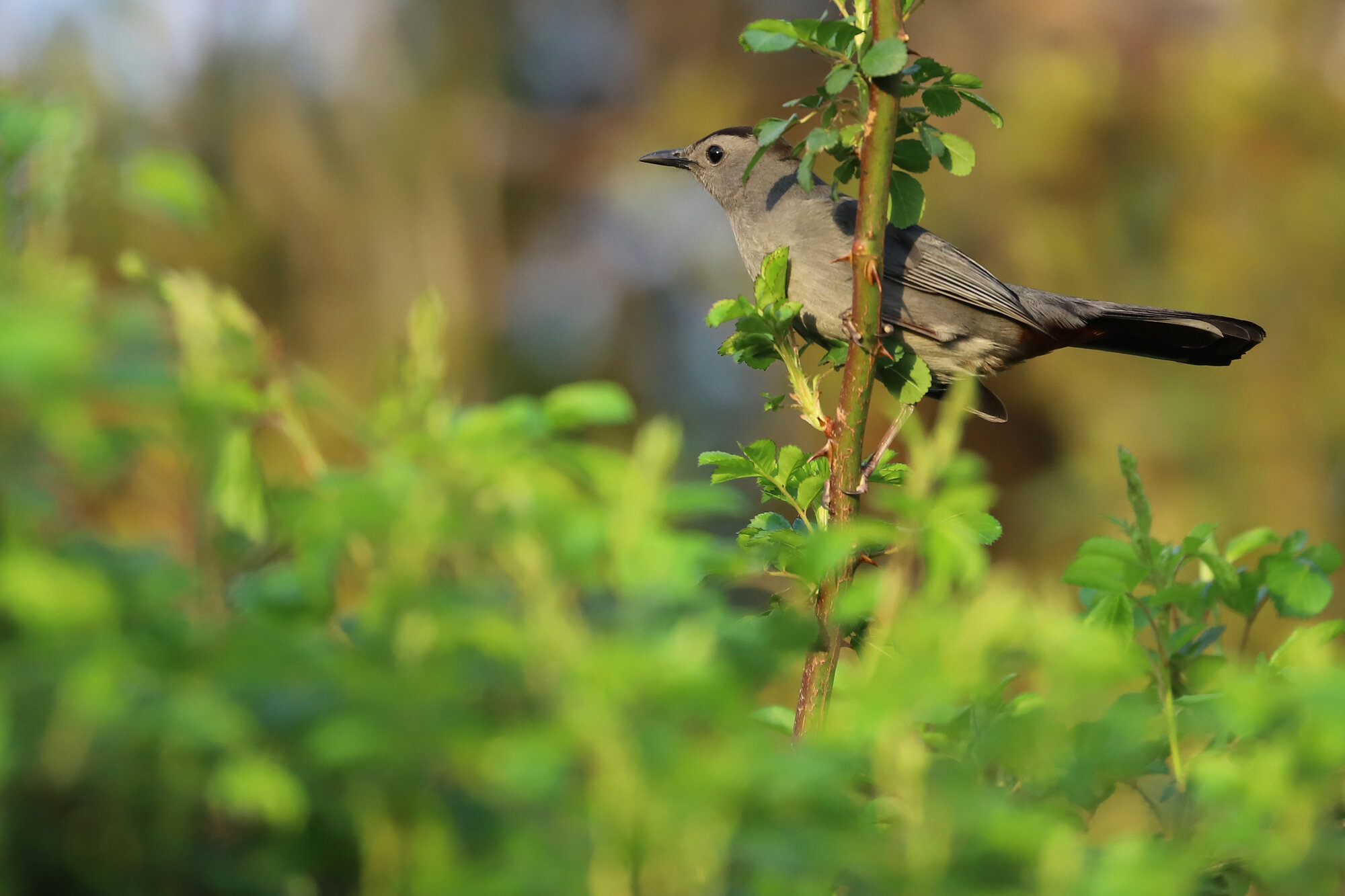

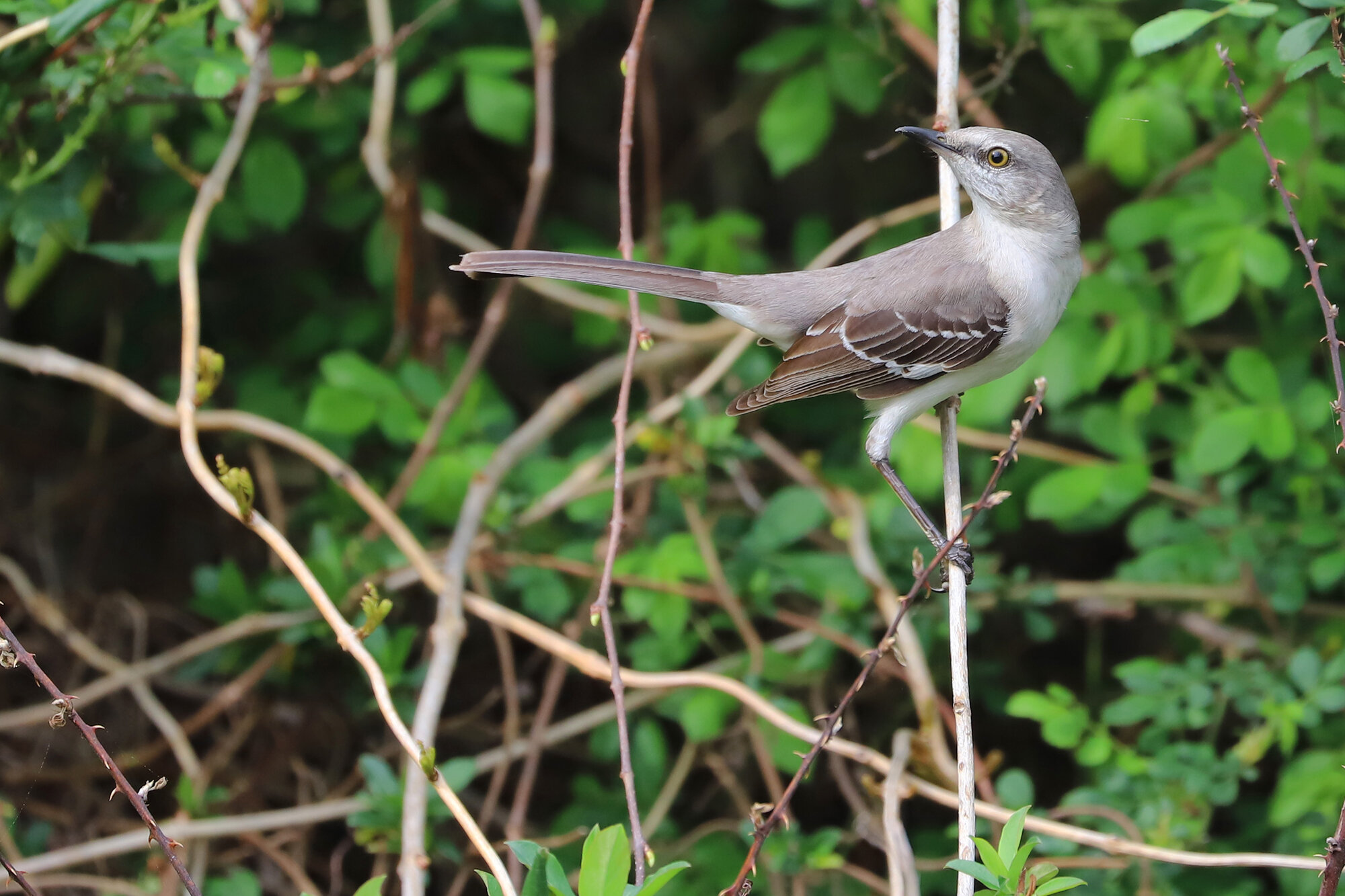
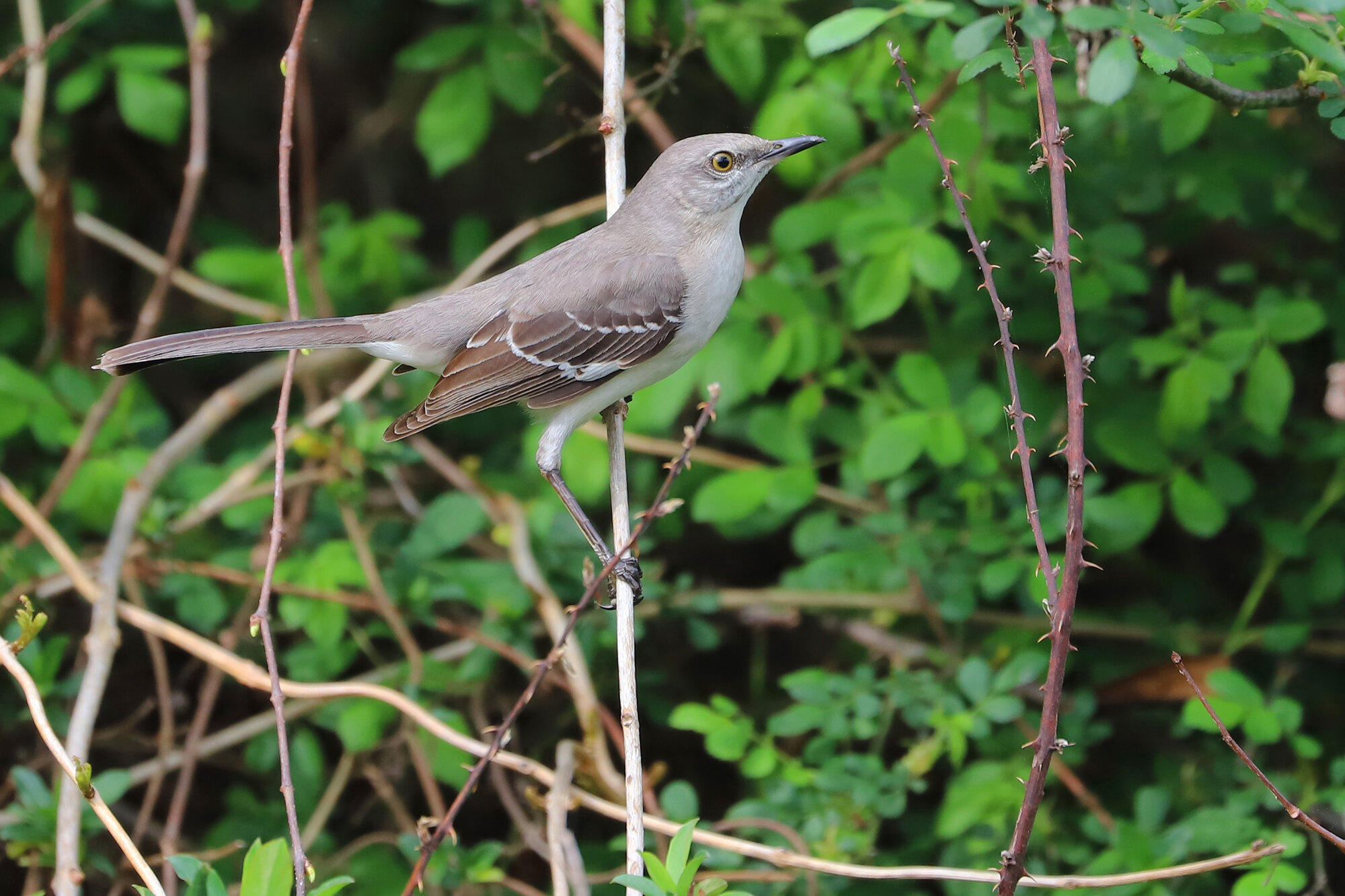

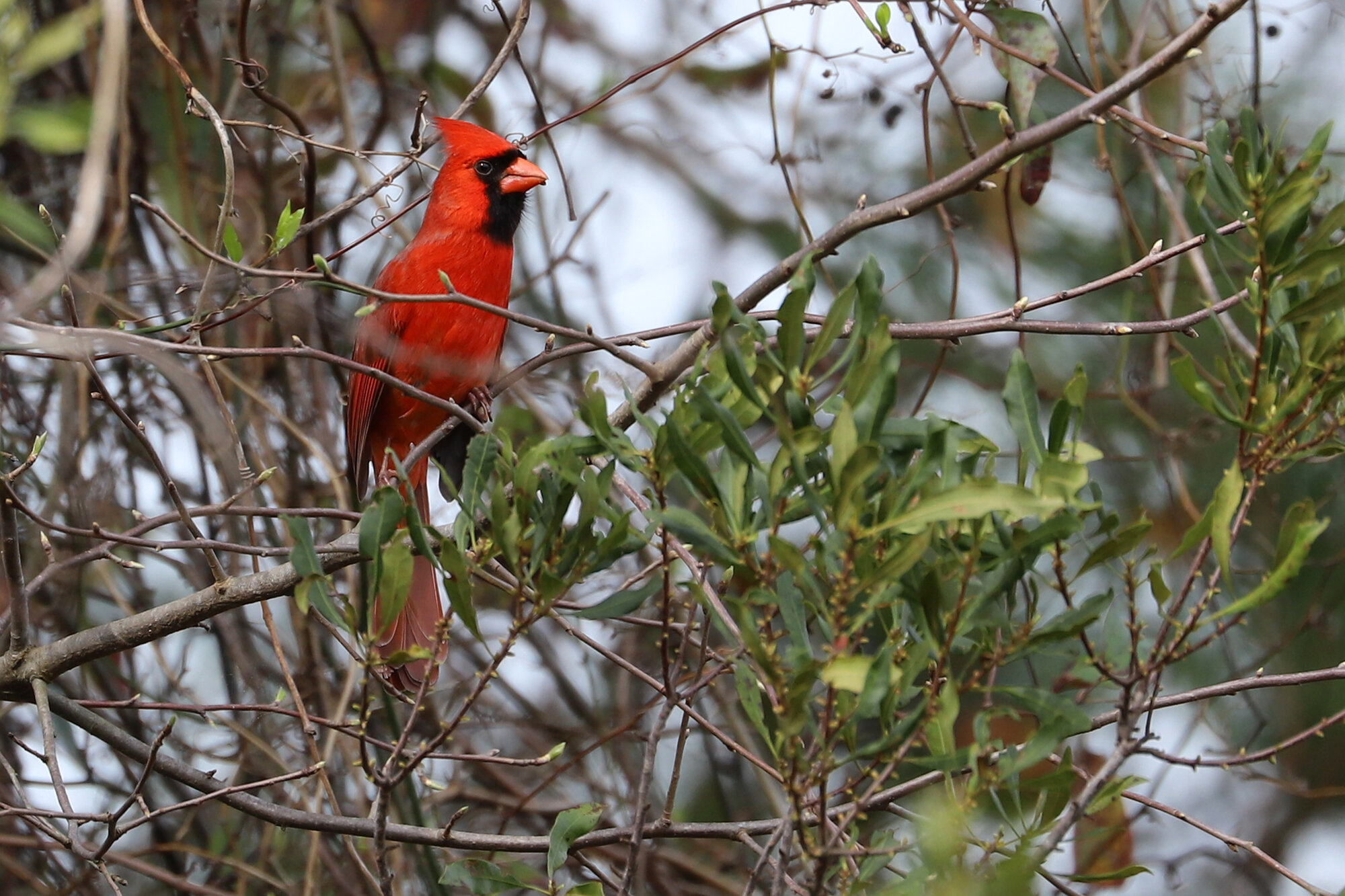
Though there were certainly more present in Virginia Beach during March, there was only one report for PAINTED BUNTING with a continuing female/immature-plumaged individual visiting a private residence in Laurel Manor on 8 & 10 Mar (vis. Tommy Maloney). Several others residences in this part of the city have likely observed individuals (or even small wintering groups), but this species tends to be under-reported due to the craze it causes among would-be-twitchers. For whatever reason, Virginia Beach and the other cities of south Hampton Roads tend to hold this species annually in winter, while it remains scarce elsewhere in the state. This winter season has been exceptional though, and several states north of us have boasted records, though Virginia itself only had two, with the other being an adult male in James City County. (Mar 2020 Map)
On the opposing side of species observed, we had a few expected/regularly occurring species that managed to evade eBirders here this month. Surprisingly, there wasn’t a single eBird record during March for Canvasback, Redhead, Greater Scaup, Common Eider, Northern Bobwhite (still missing for the calendar year as a whole), Purple Sandpiper, Seaside Sparrow & Nelson’s Sparrow. These species should have been present in the city, as they are all annual winter residents with the exception of Northern Bobwhite, which should be a permanent resident, but may in fact be extirpated in the wild here and sustained only by game releases. Additionally, four species that have average arrival dates of 30 Mar were not yet accounted for by month’s end, including: Chimney Swift, Short-billed Dowitcher, Caspian Tern & Tricolored Heron. All that said, missing a few species is inevitable, and any other species that were missed this month would be considered as “Rare” in eBird, so overall, March was highly successful for Virginia Beach eBirders!
Southernmost Impoundment / Princess Anne WMA Whitehurst Tract / 22 Mar; please click this photo to advance to the next!
Extreme High Tide / Pleasure House Point NA / 7 Mar
Extreme High Tide / Pleasure House Point NA / 7 Mar
Bradford Pear Blossoms / Harris Teeter Retention Pond / 14 Mar
Sunrise / Little Island Park / 14 Mar
Sunrise / Little Island Park / 14 Mar
C Pool / Back Bay NWR / 14 Mar
Cherry Blossoms / Red Wing Park / 21 Mar
Stumpy Lake / Stumpy Lake NA / 26 Mar
Wooded Trails / Stumpy Lake NA / 26 Mar
Storms over the Ocean / Back Bay NWR / 28 Mar
Storms over the Ocean / Back Bay NWR / 28 Mar
Storms over the Ocean / Back Bay NWR / 28 Mar
New Dike Across C Storage Pool / Back Bay NWR / 28 Mar
New Dike Across C Storage Pool / Back Bay NWR / 28 Mar
New Dike Across C Storage Pool / Back Bay NWR / 28 Mar
C Pool in Fog / Back Bay NWR / 28 Mar
C Pool in Fog / Back Bay NWR / 28 Mar
Fog has Cleared over the Atlantic / Back Bay NWR / 28 Mar
Wisteria / Munden Road / 29 Mar
Wisteria / Munden Road / 29 Mar
Wild Roses / Munden Road / 29 Mar
West Neck Creek NA / 30 Mar
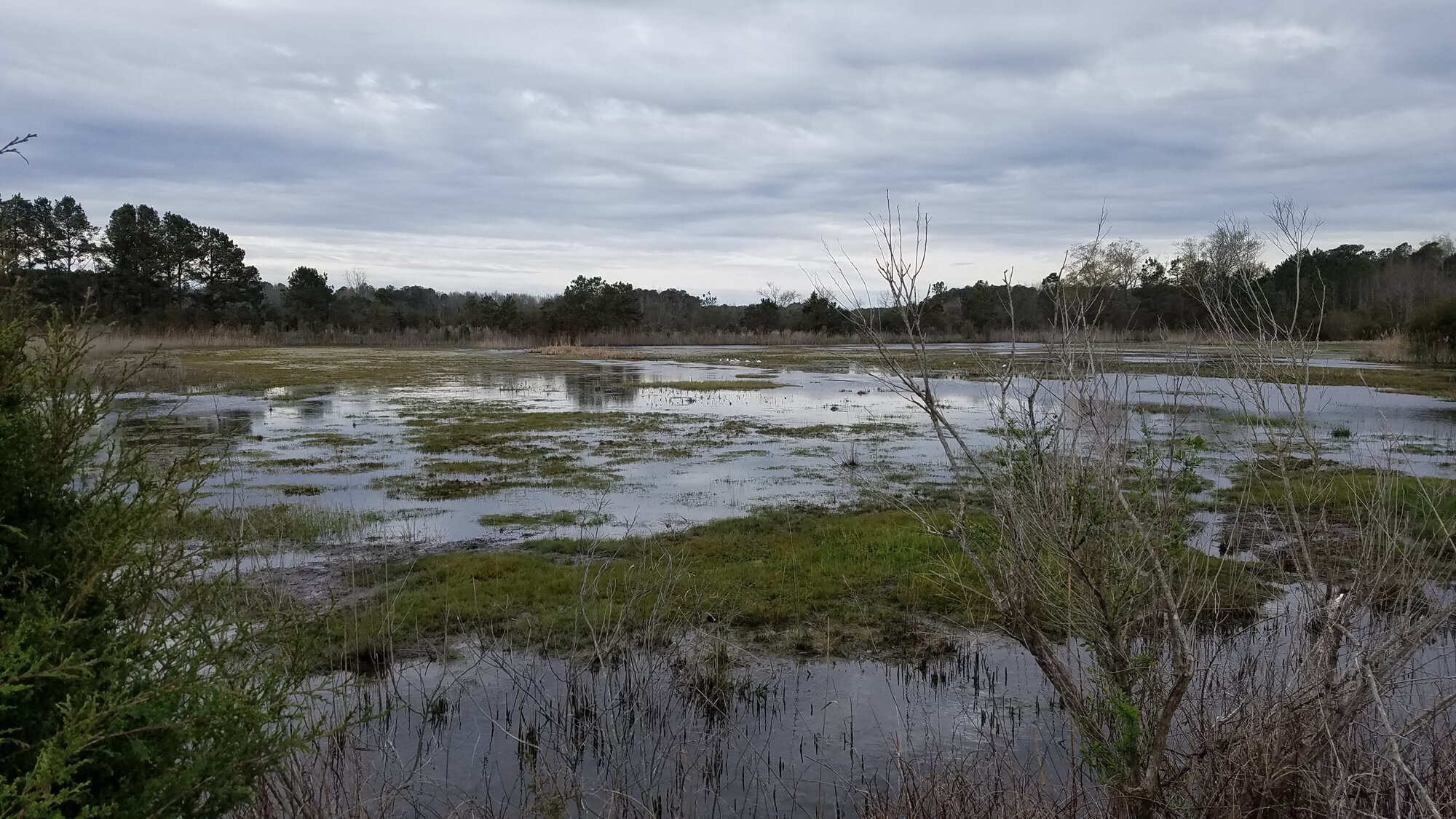
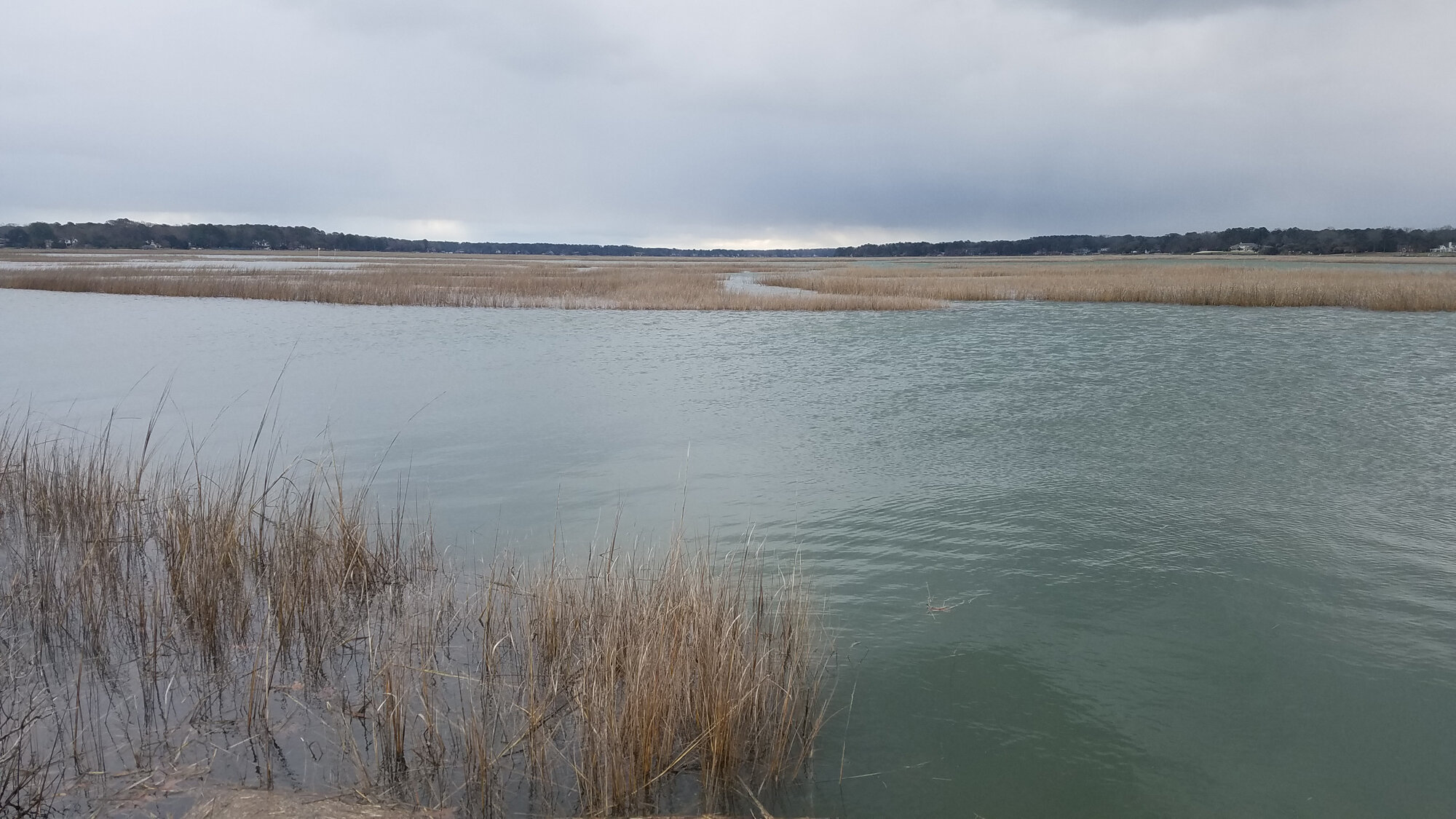

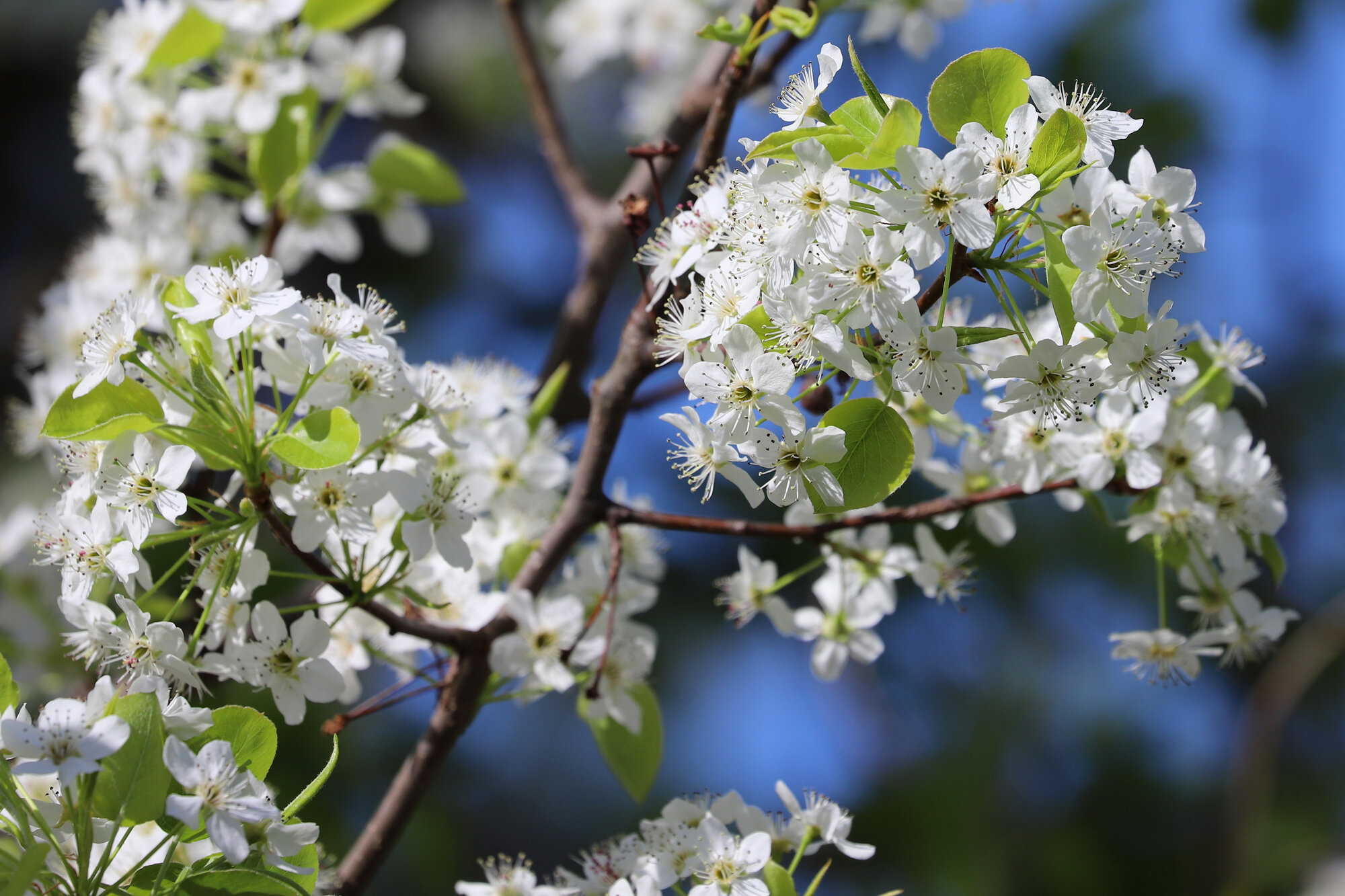
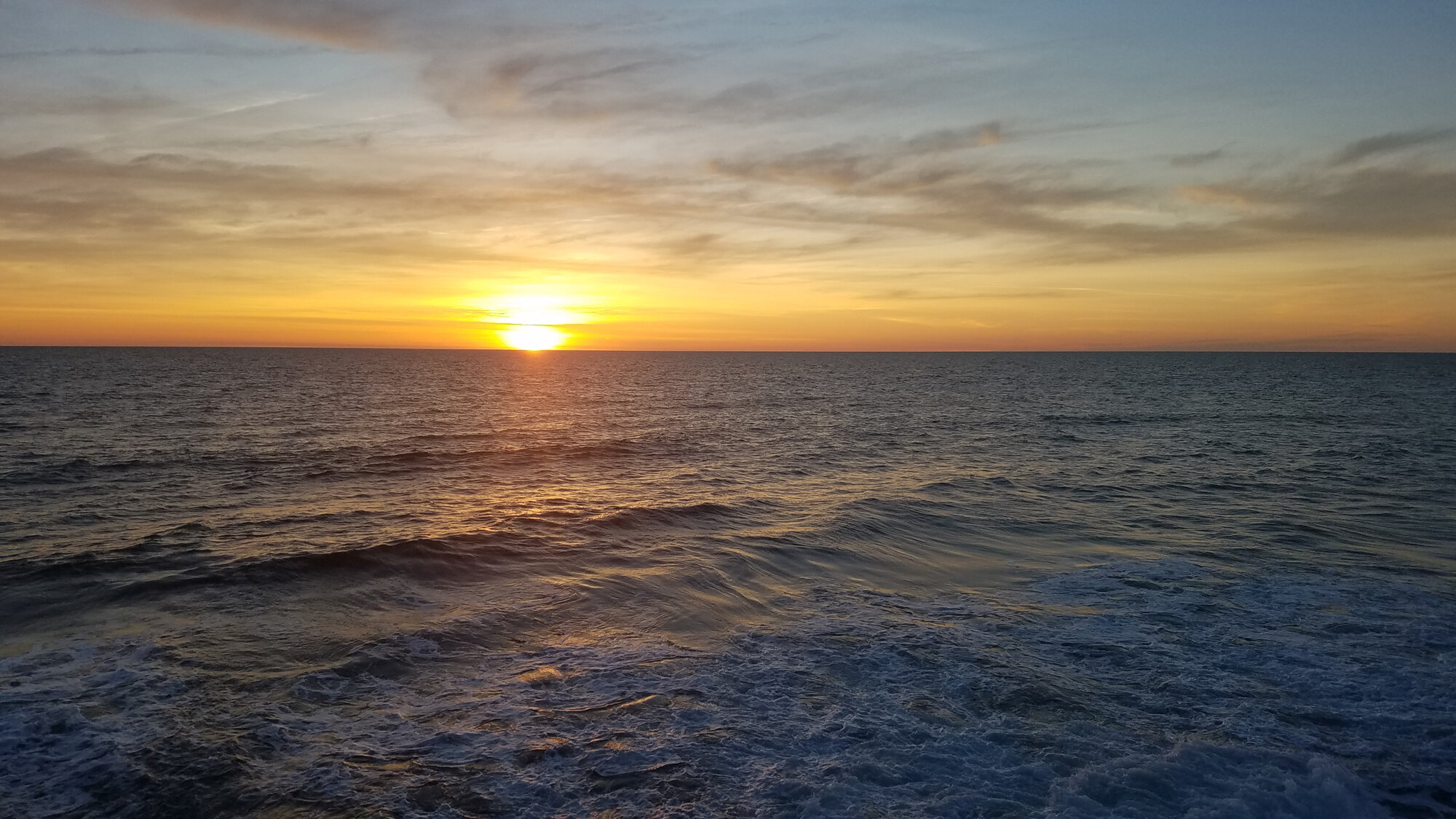
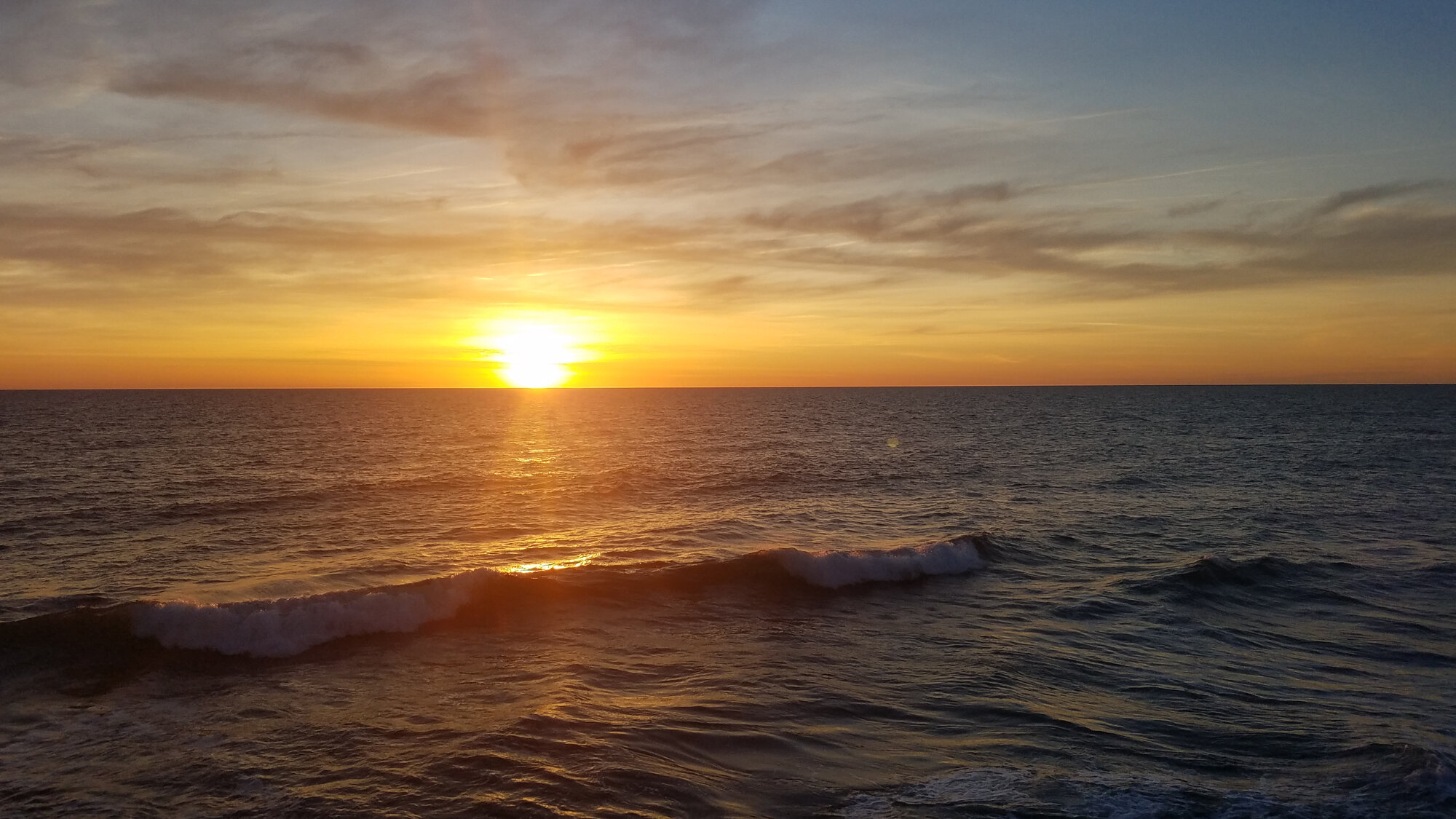
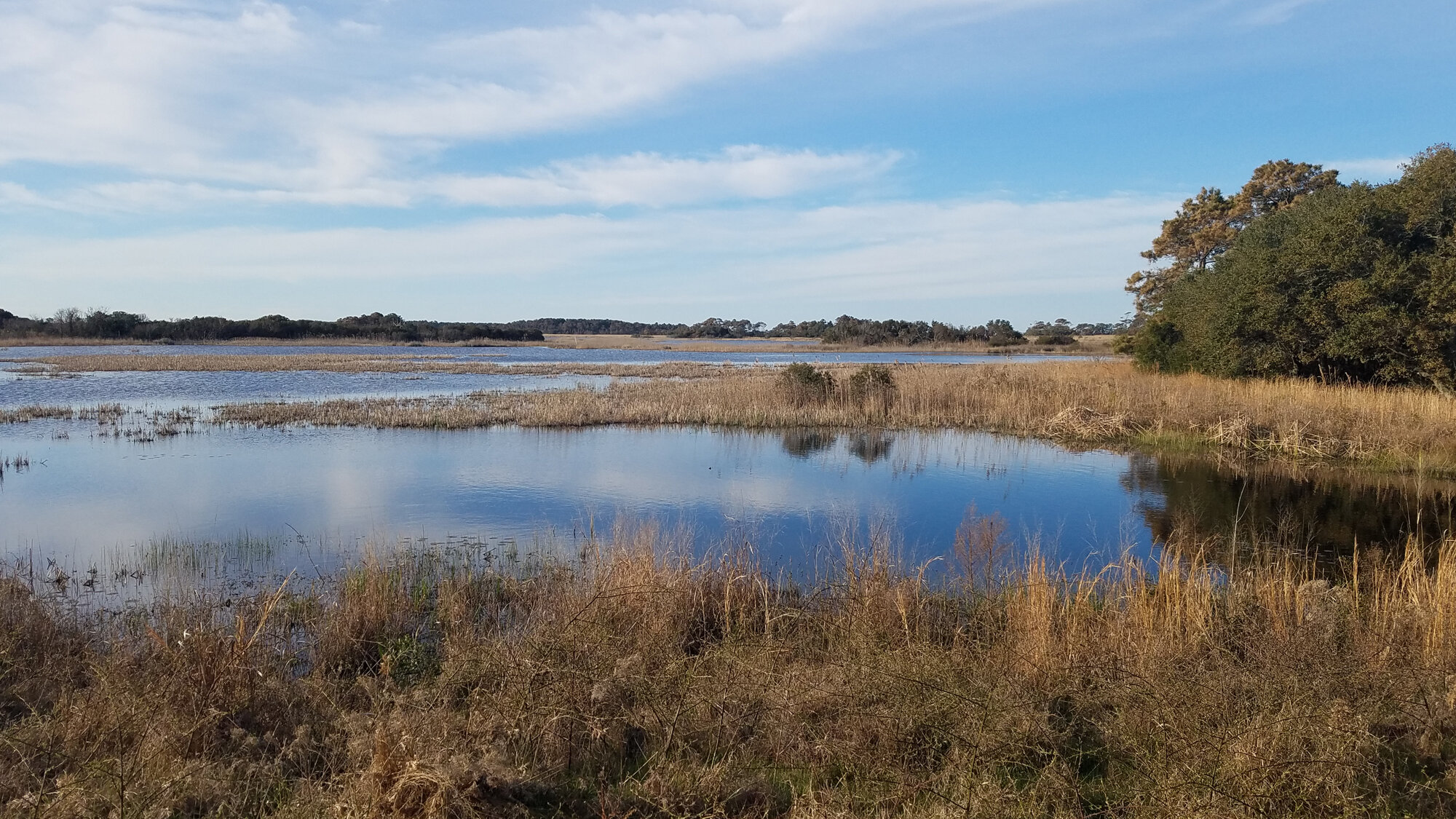
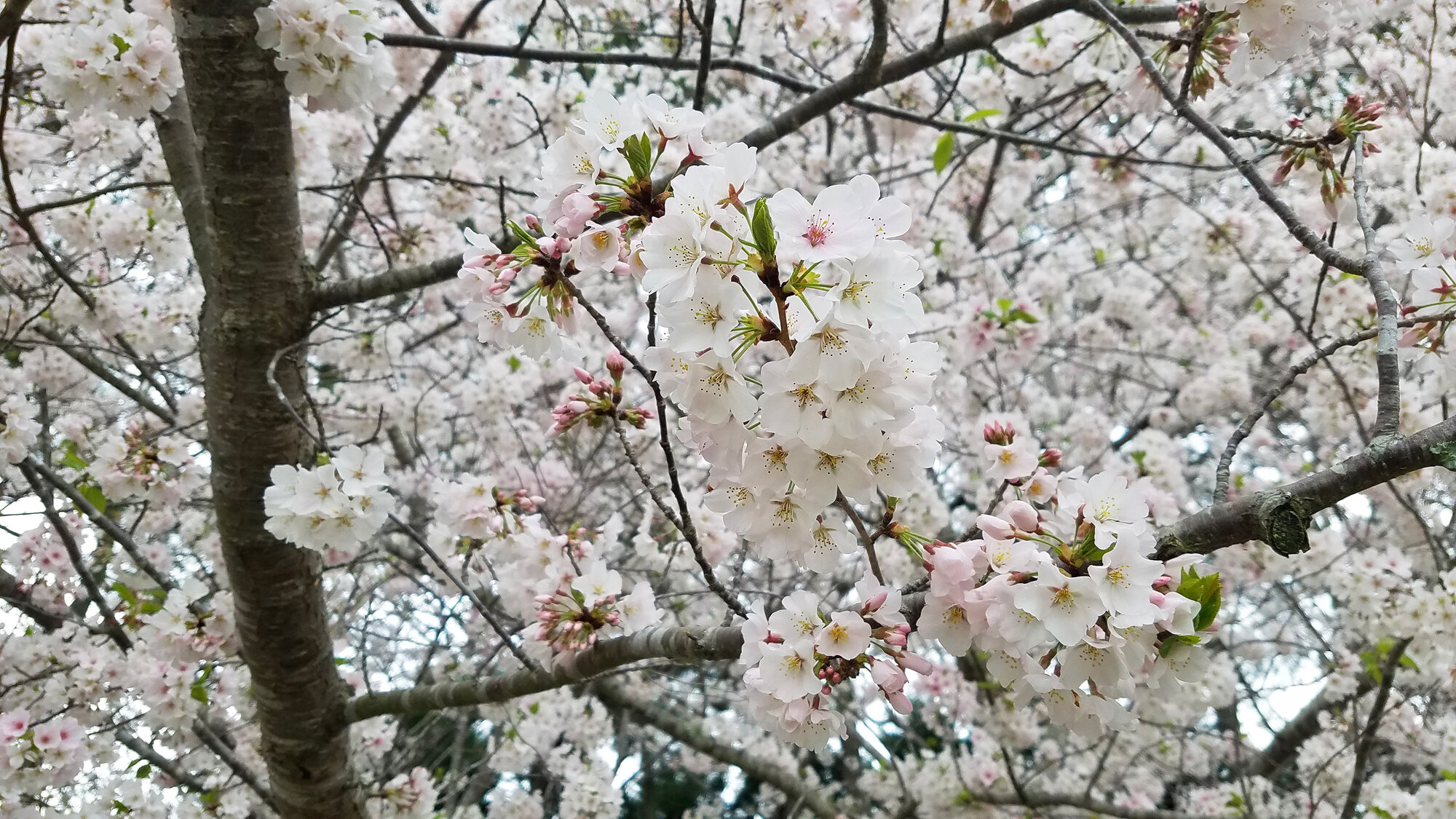
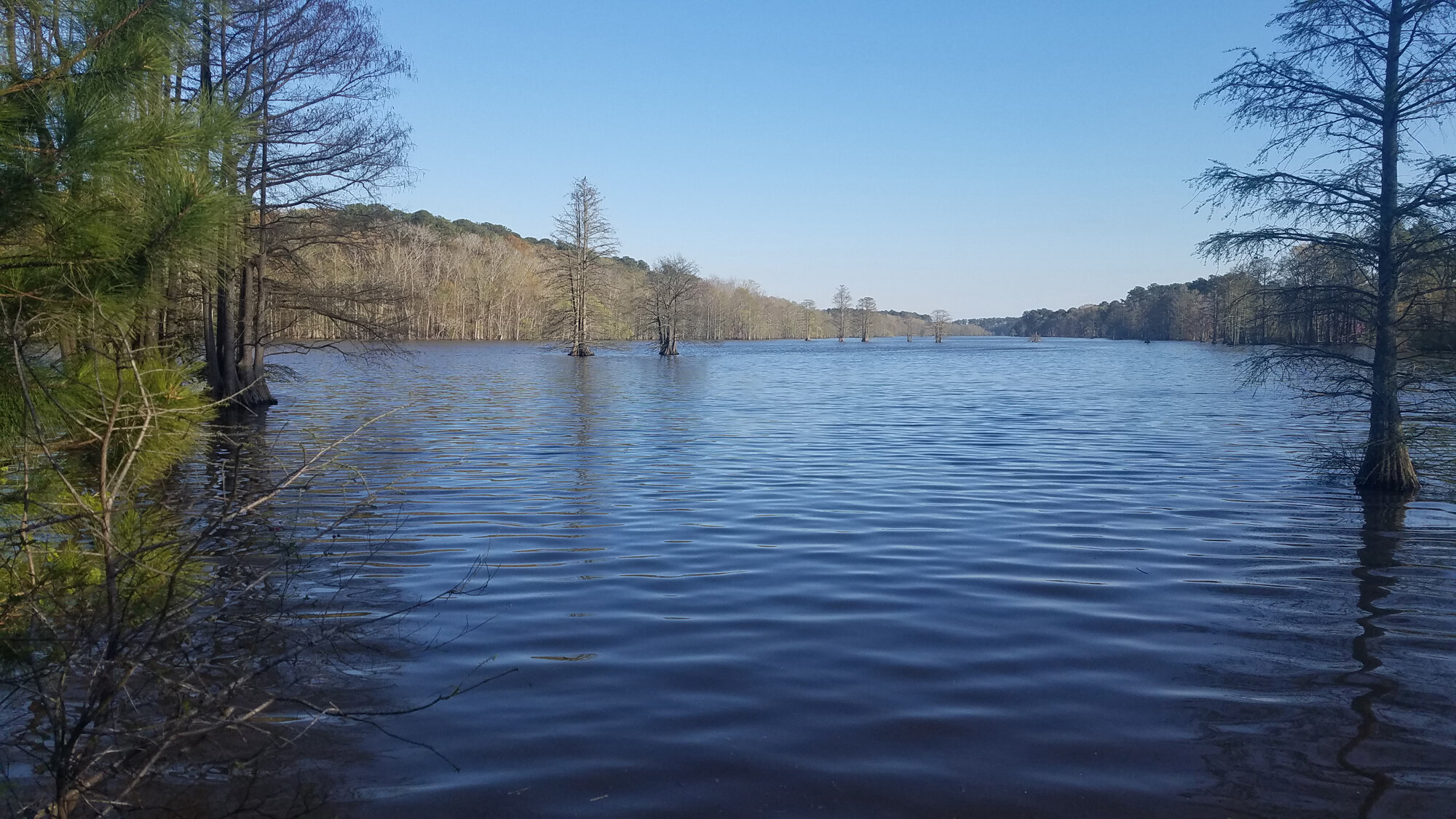


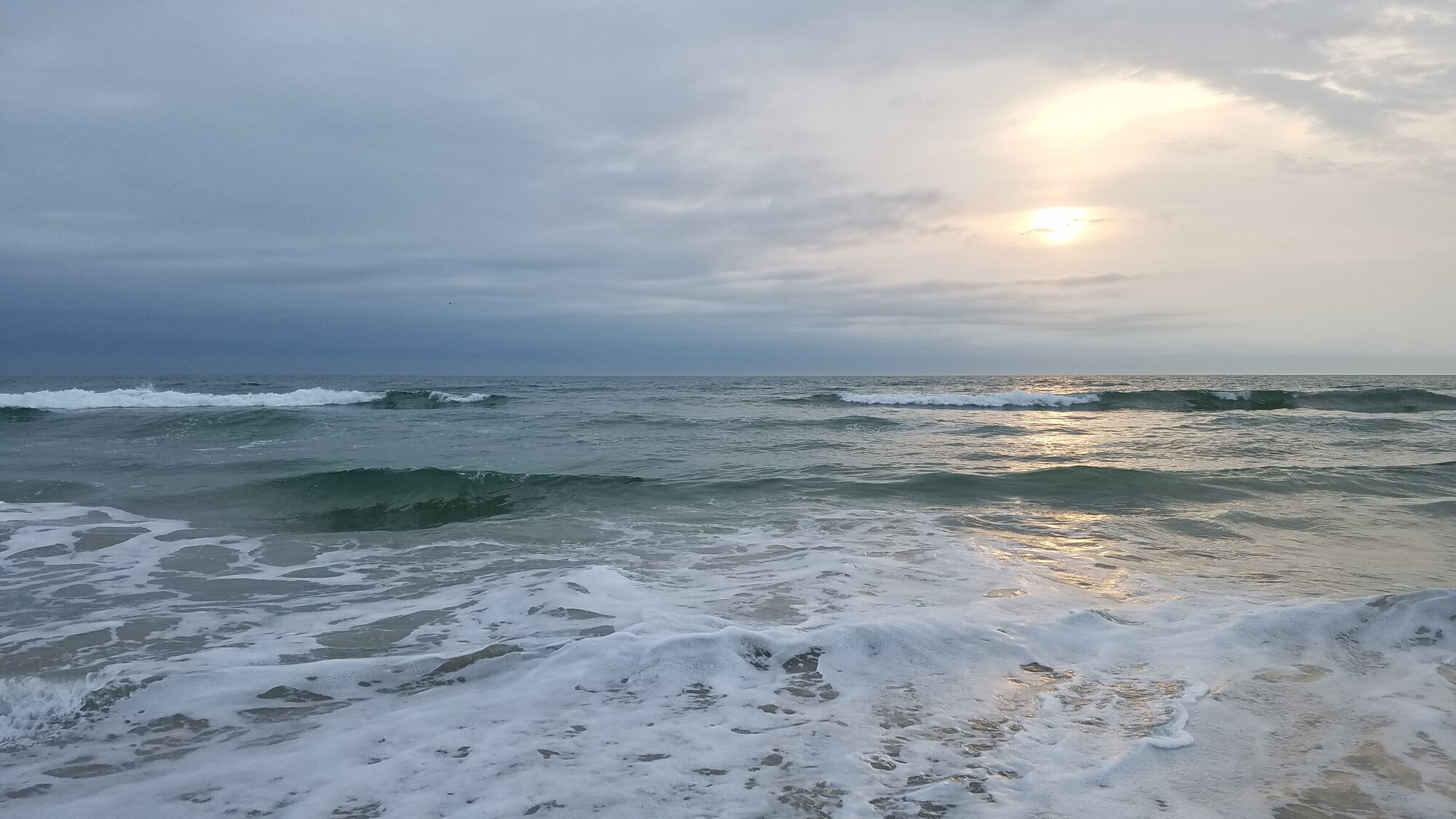


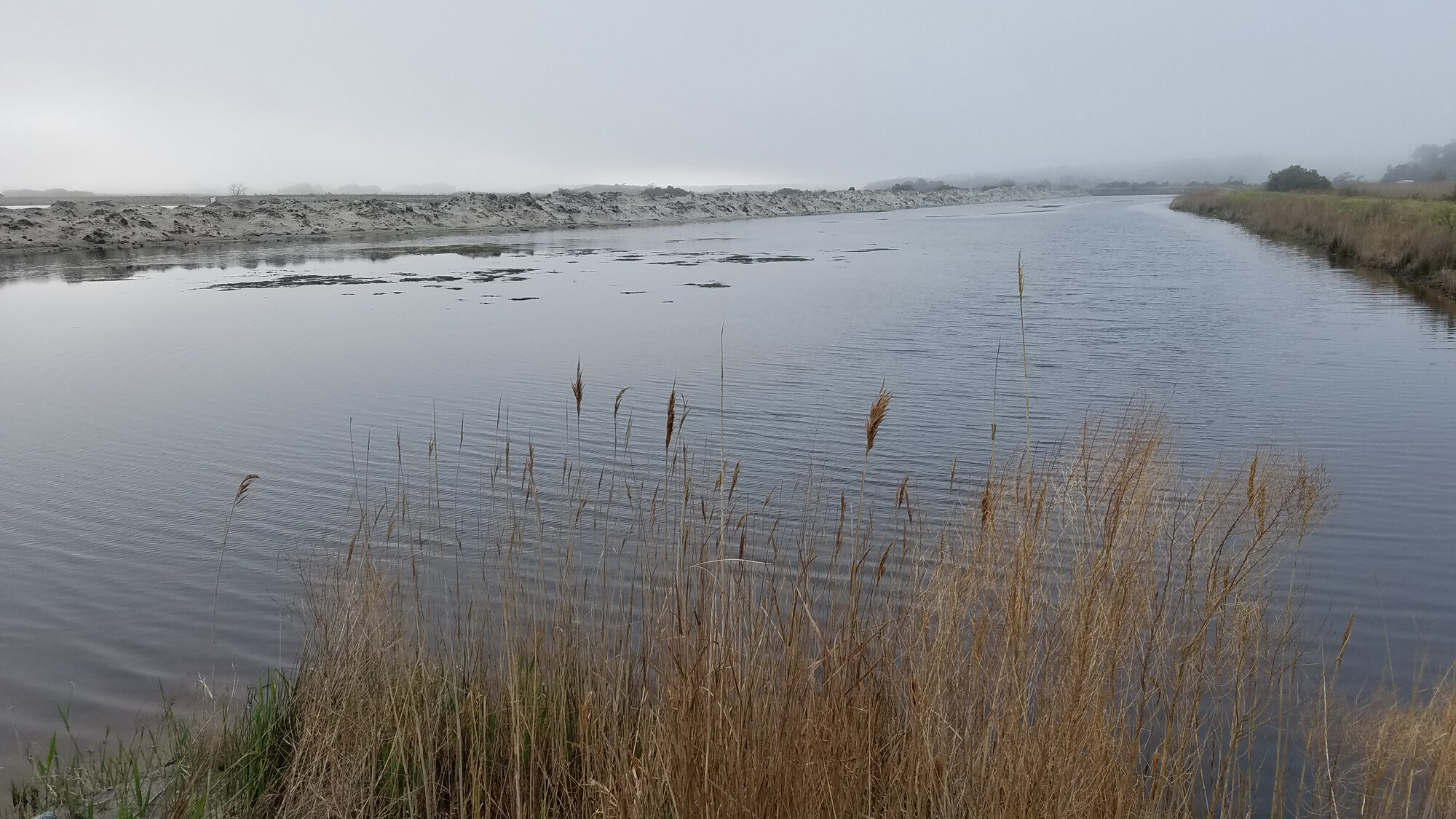

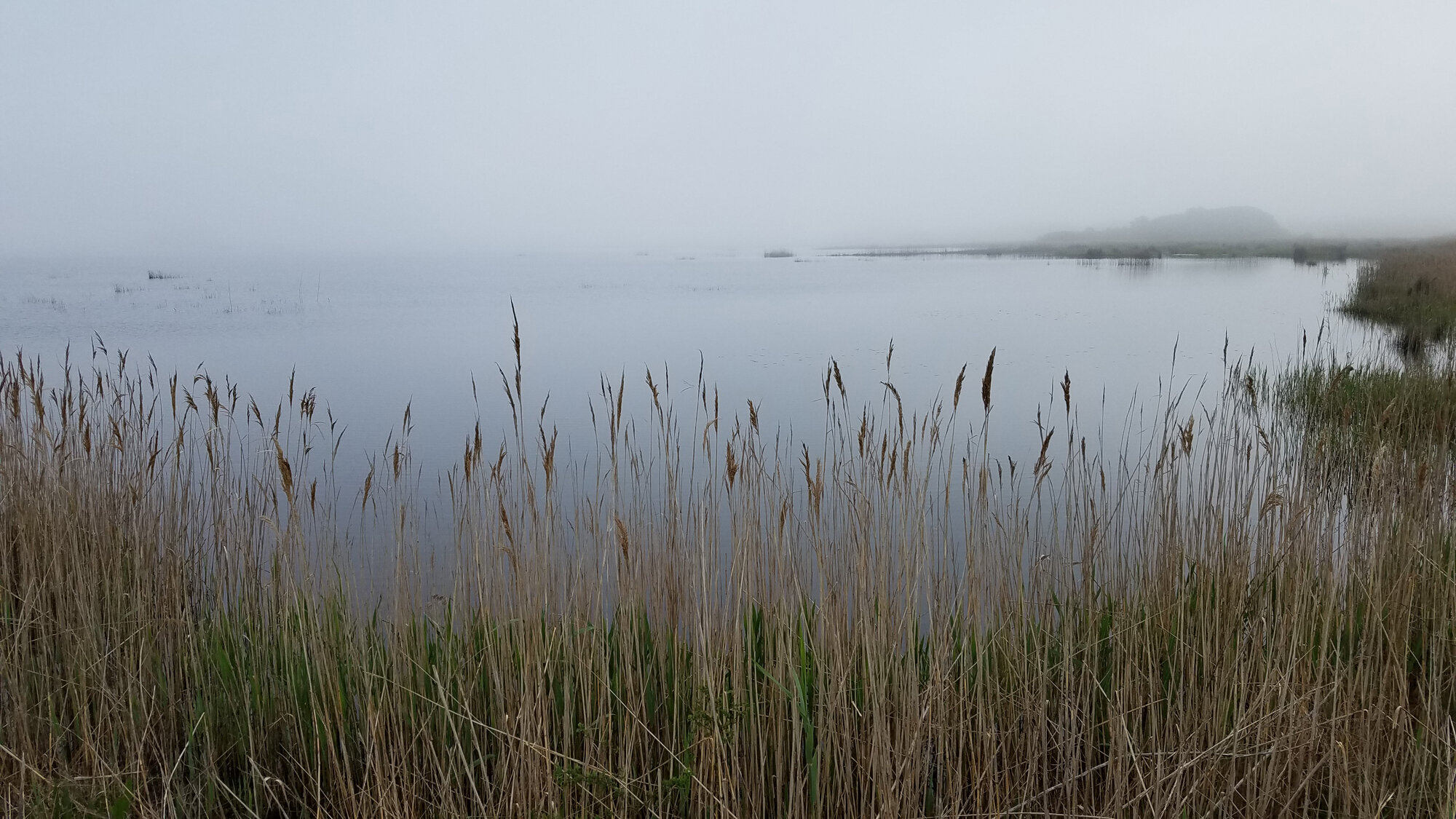
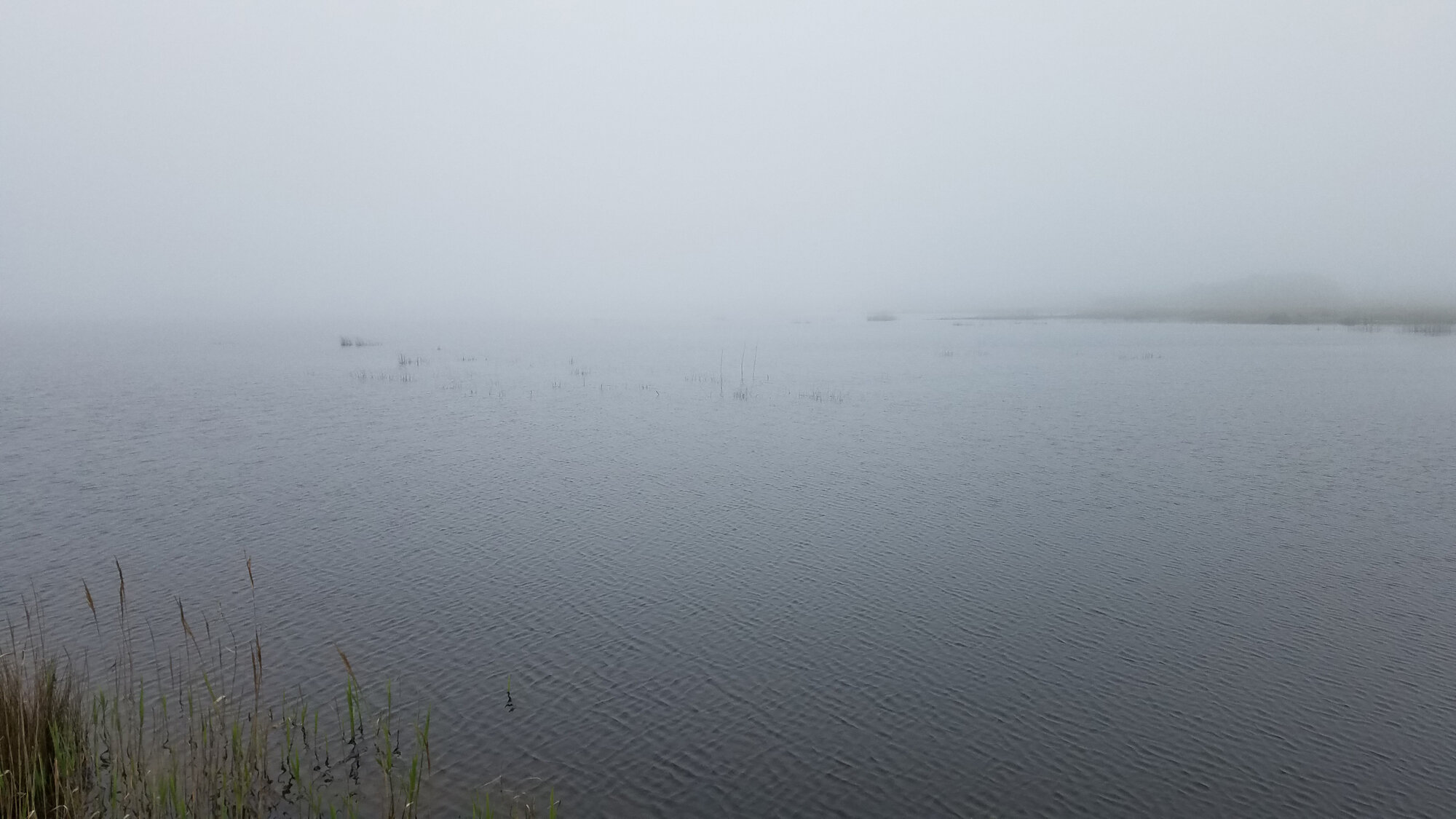
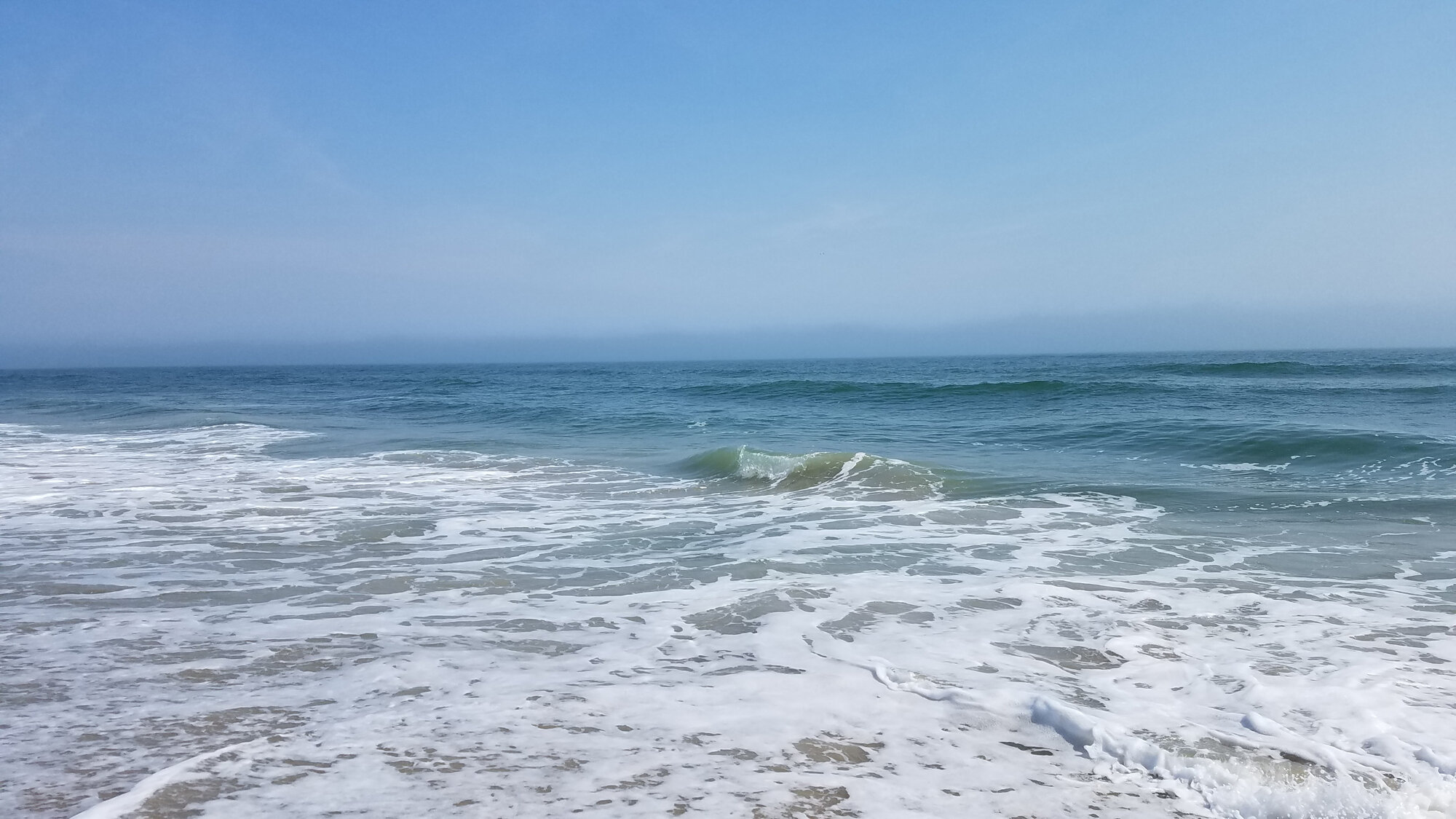
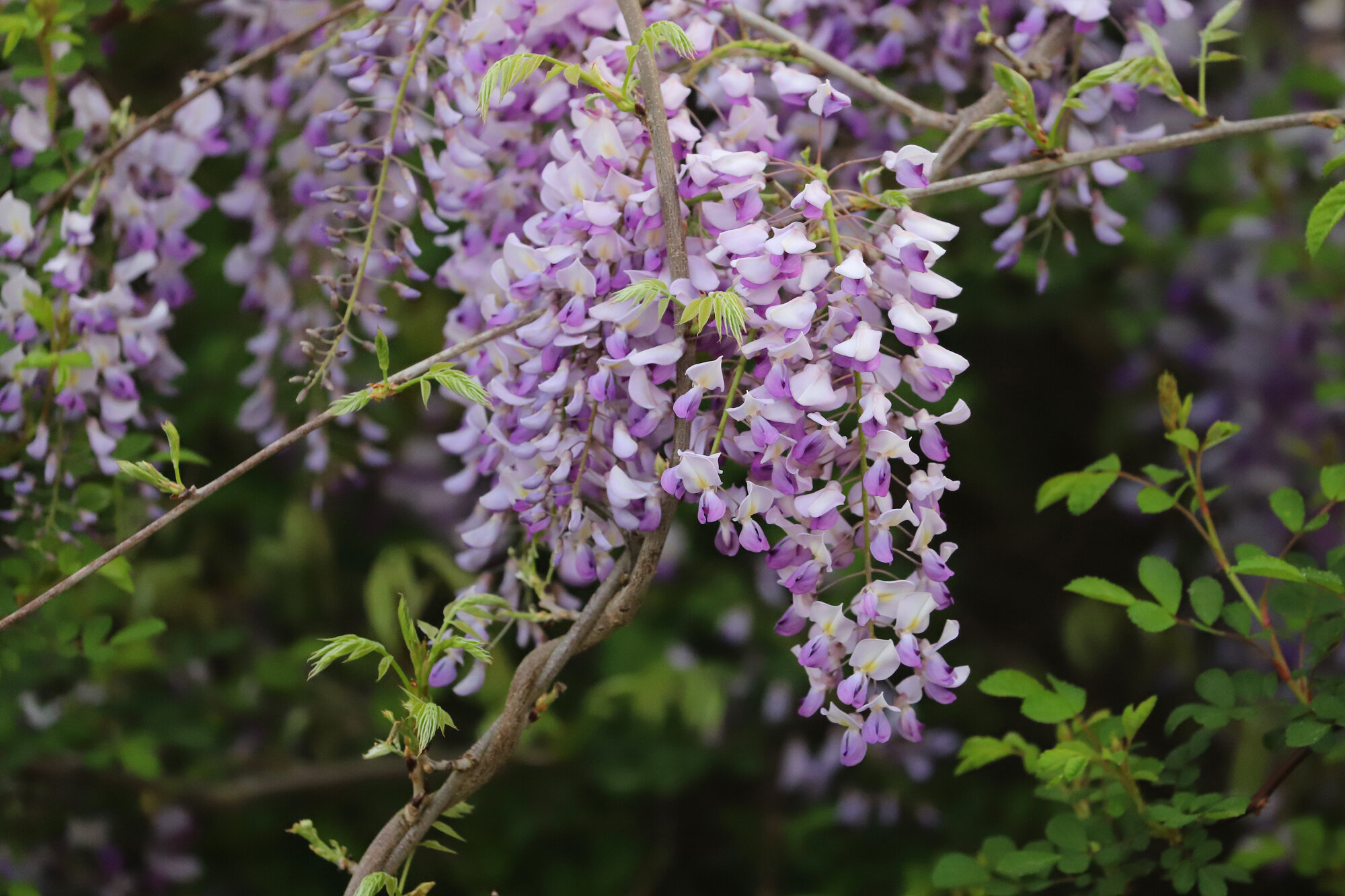
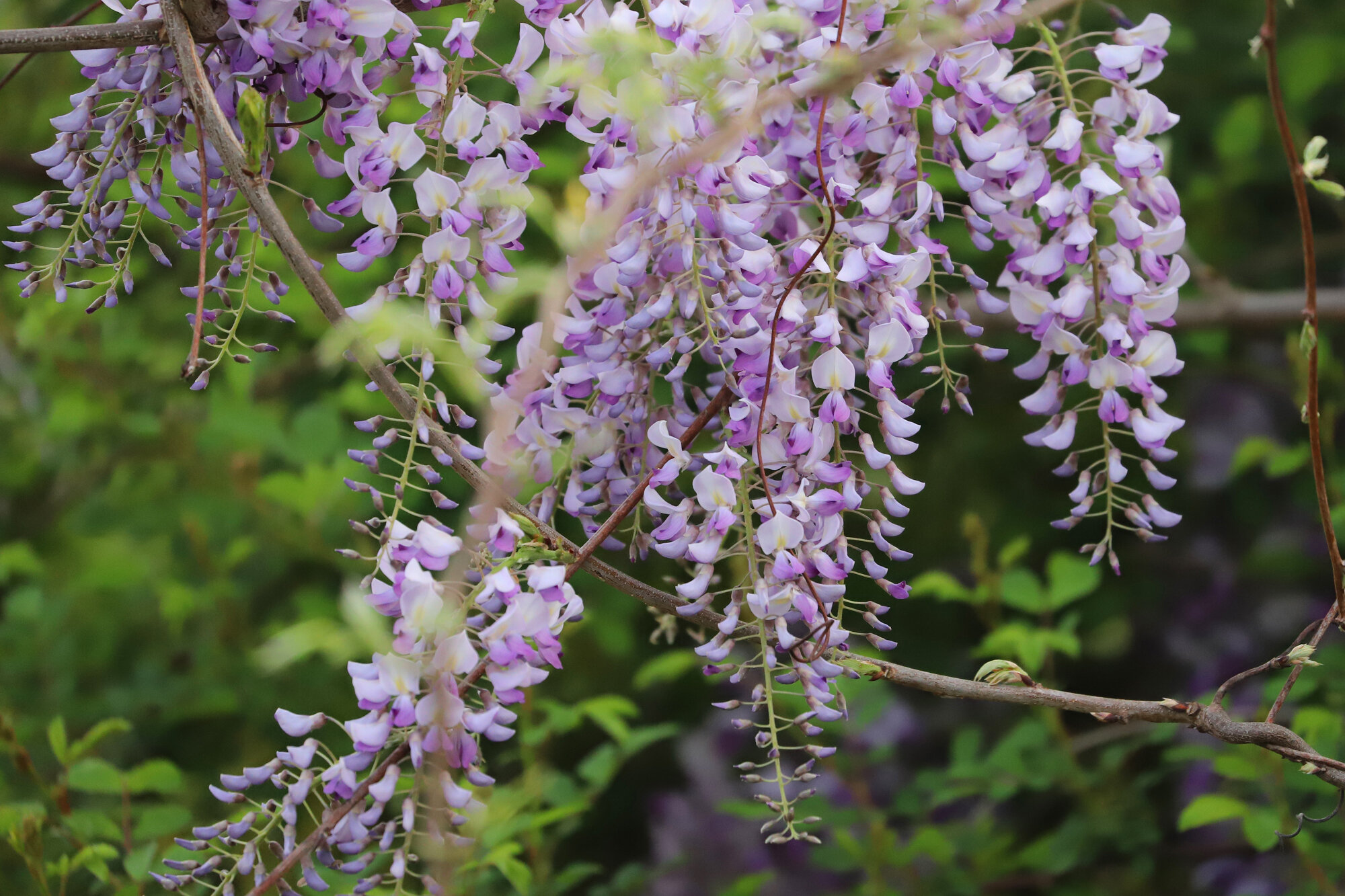


For those who wish for their observations to be included in this journal, please submit your records to www.eBird.org, and ensure that the proper documentation (whether written notes that rule out all similar species or photo/audio/video that is conclusive to species) is provided. Thank you to those who have taken the time to enter such documentation into eBird so these records may be publicly known and to those who took the time to read through this Journal entry. Be sure to check back early next month to see what birders will have found in Virginia Beach during April! For further information regarding this monthly, online publication, please visit the Journal Overview Page which provides an explanation of the current format, layout and composition of the journal.
While we did receive our first & likely our only snowfall of the season overnight 20-21 Feb, and we also hit our lowest temperature of 25°F for the winter season on 22 Feb, temperatures in February mostly followed the trend set forth in January as being above normal. Bradford Pear trees were in full bloom along many roads in the city during mid-February, which seemed quite remarkable given this doesn’t typically occur until March. Overall, temperatures in February were higher (58.0°F/39.9°F for daily highs/lows) than the prior ten-year average (53.1°F/35.2°F), with both highs & lows being the highest since February 2018 (61.6°F/40.8°F). The avifauna observed throughout the month seemed very reflective of these temperatures. Waterfowl numbers were very low compared to what we’ve experienced in recent Februaries, but the quality of species observed still managed to be quite high. Over the course of its twenty-nine days (as we were gifted with an extra Leap Day), a total of 164 species produced accepted records in eBird during February, which was a significant but not unexpected drop from the 176 species logged in January. Compared to recent Februaries, this number proved to be a slight decrease from the 168 species logged in 2019 but a good increase over the 155 in 2018. Collectively, eBirders have now submitted a total of 2,272 complete checklists for the calendar year which, like last month, keeps us on a pace to eclipse the 10,061 complete checklists submitted in Virginia Beach during the record-setting 2019.
Yellow-crowned Night-Heron / Pleasure House Point NA / 1 Feb; please click this photo to advance to the next!
Yellow-crowned Night-Heron / Pleasure House Point NA / 1 Feb
Yellow-crowned Night-Heron / Pleasure House Point NA / 1 Feb
Yellow-crowned Night-Heron / Pleasure House Point NA / 1 Feb
White-eyed Vireo / Princess Anne WMA Whitehurst Tract / 2 Feb
White-eyed Vireo / Princess Anne WMA Whitehurst Tract / 16 Feb
Yellow-breasted Chat / Little Island Park / 22 Feb
Yellow-crowned Night-Heron / Pleasure House Point NA / 22 Feb
Cattle Egret / Princess Anne WMA Whitehurst Tract / 23 Feb
Cattle Egrets / Princess Anne WMA Whitehurst Tract / 23 Feb
Yellow-breasted Chat / Princess Anne WMA Whitehurst Tract / 23 Feb
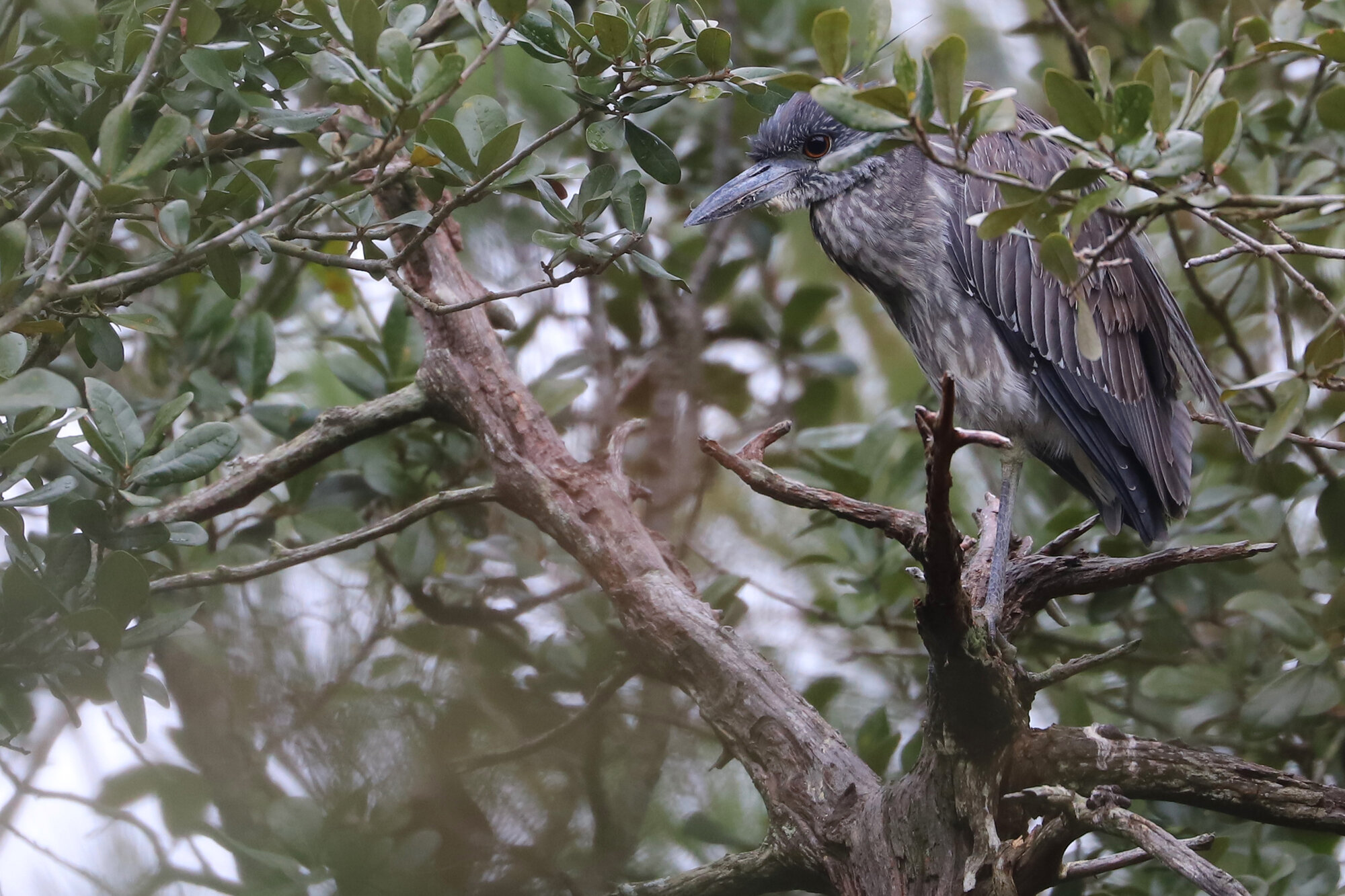
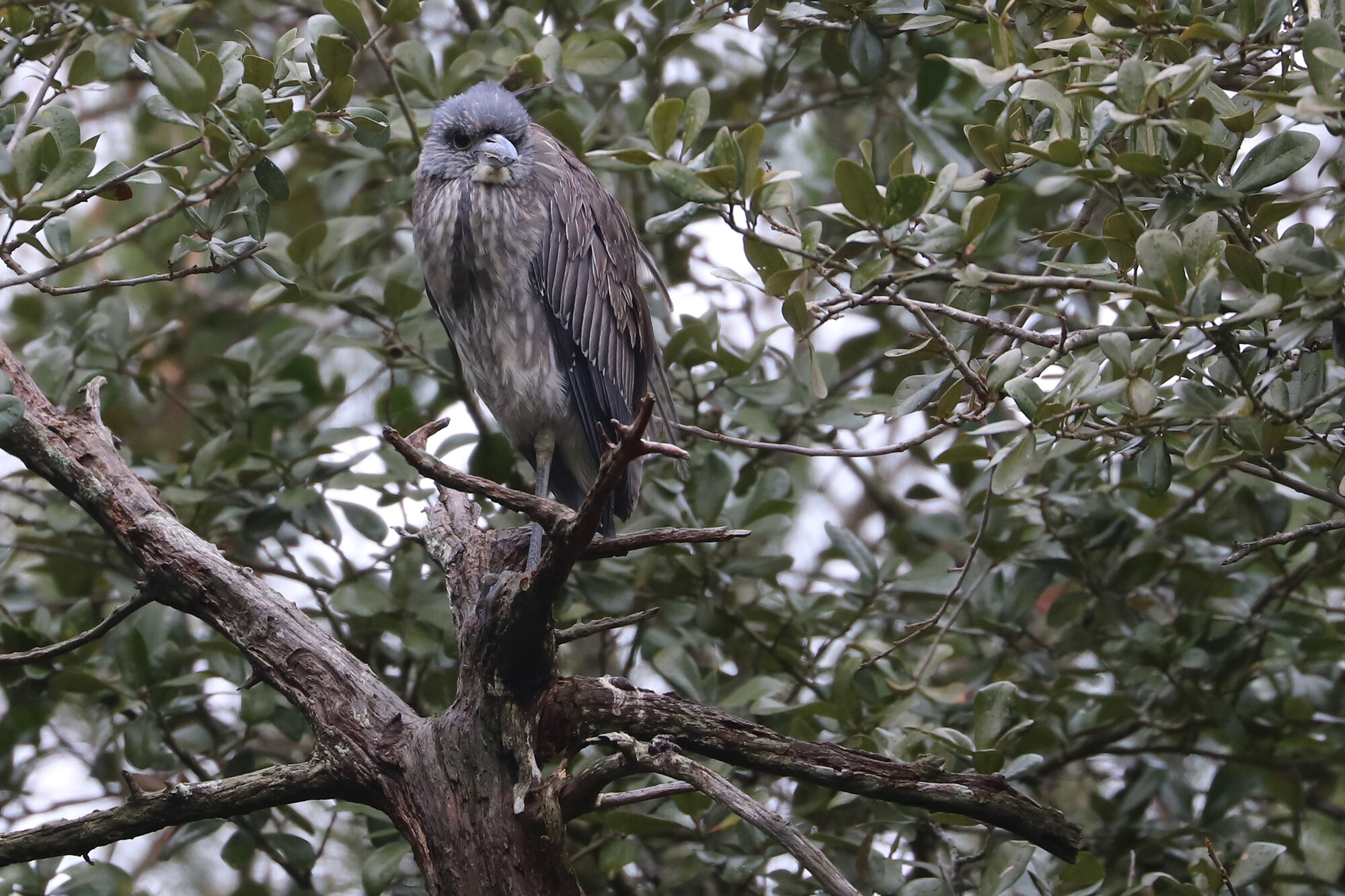

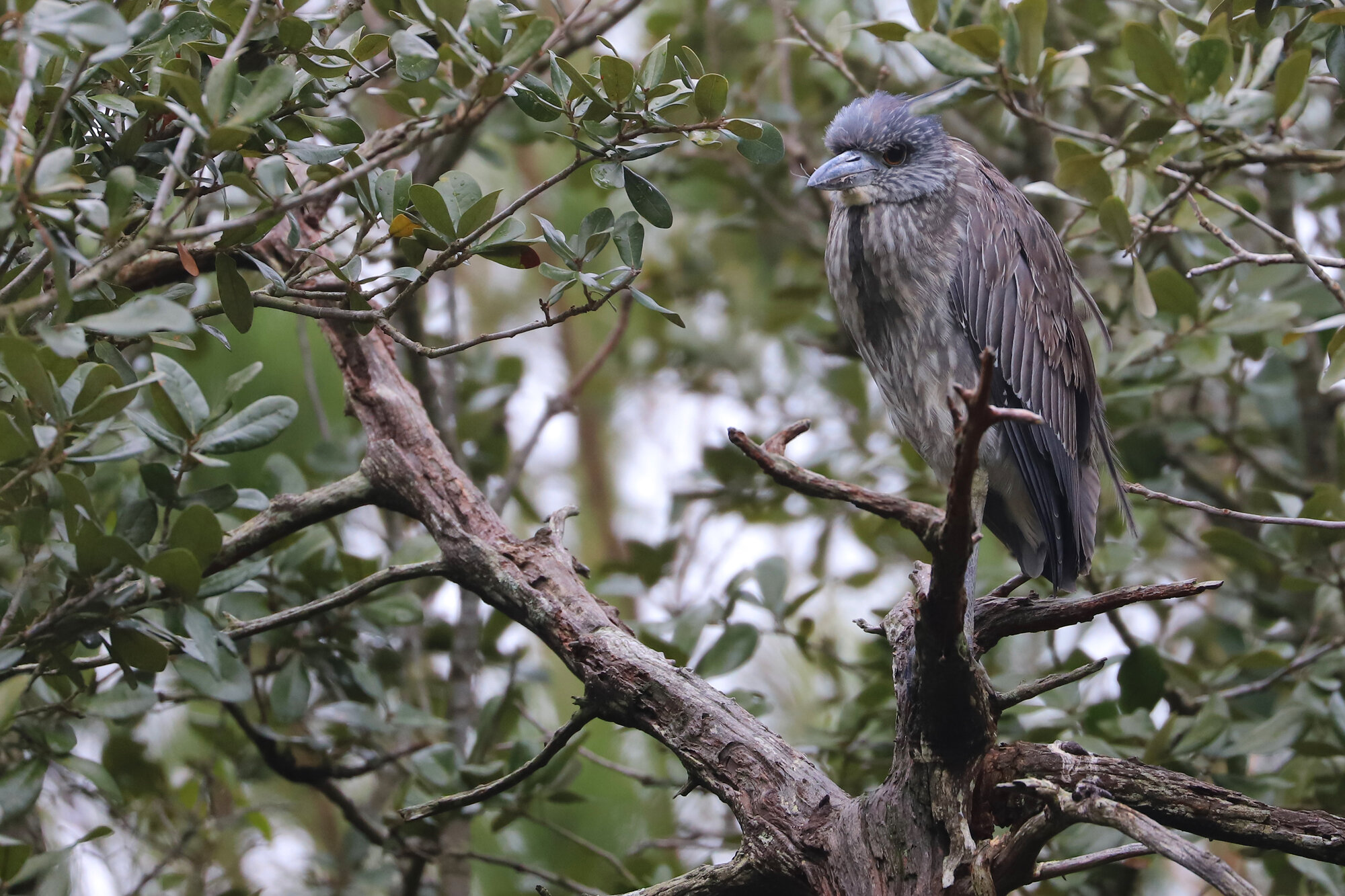
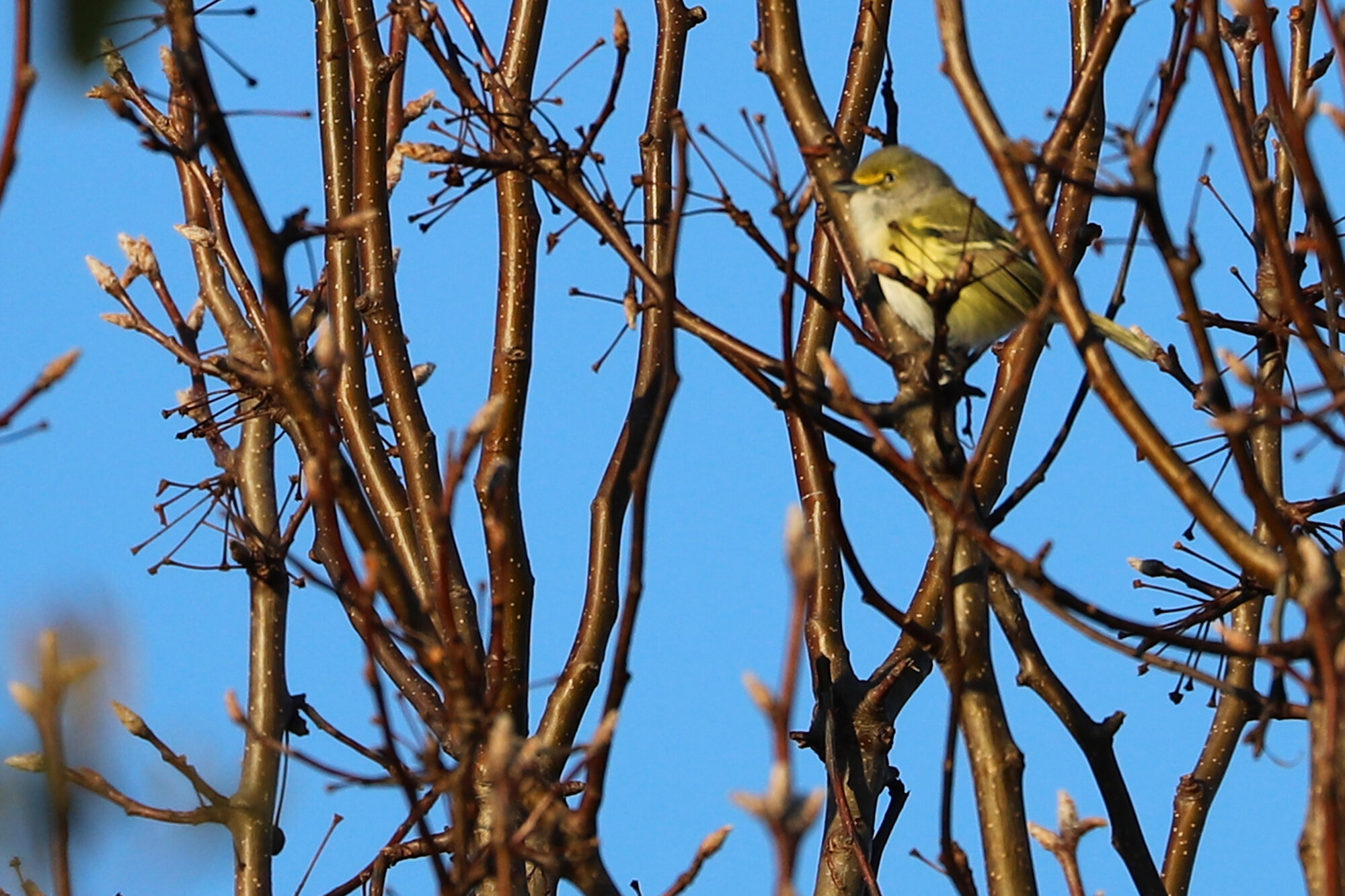

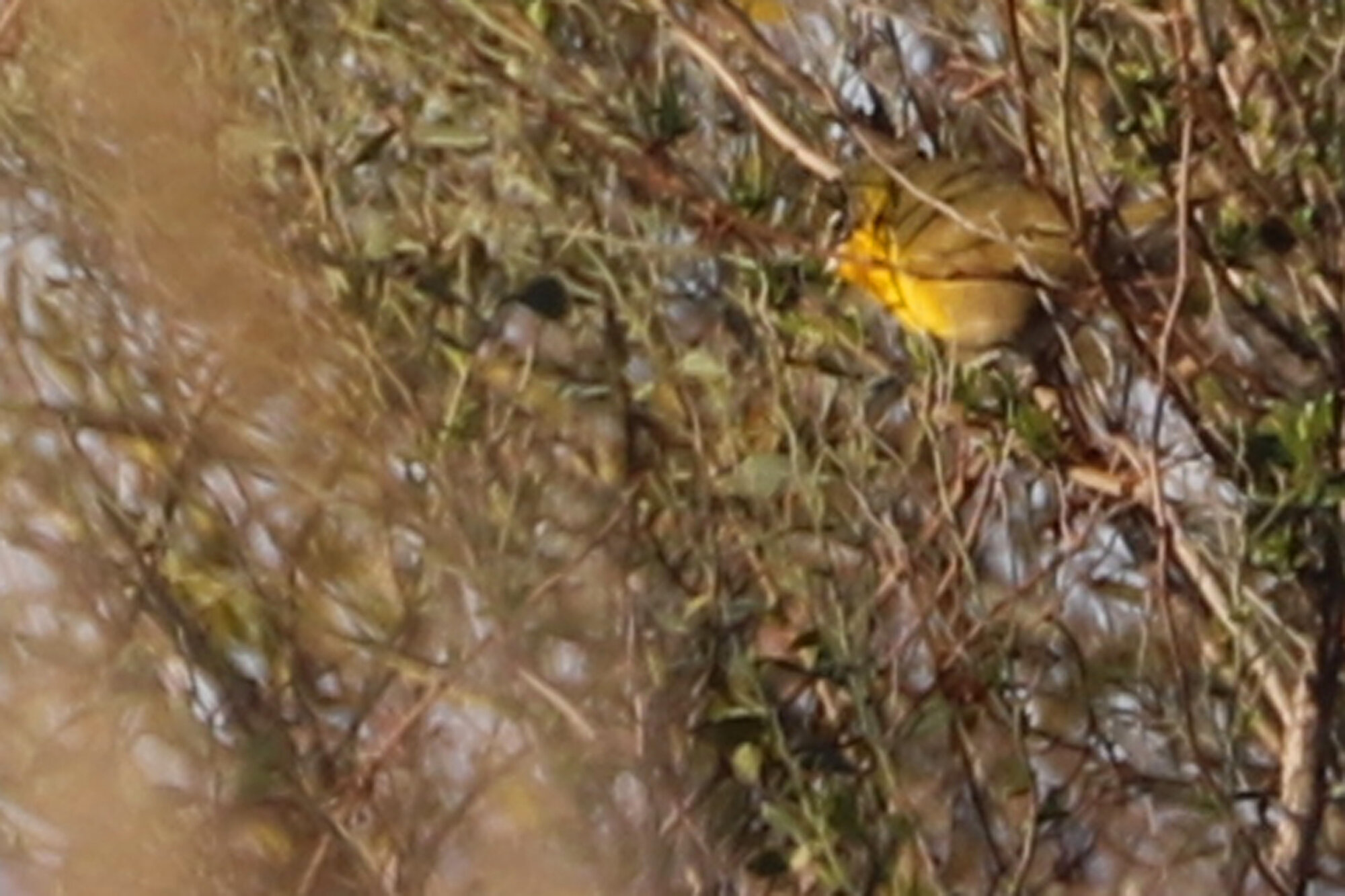
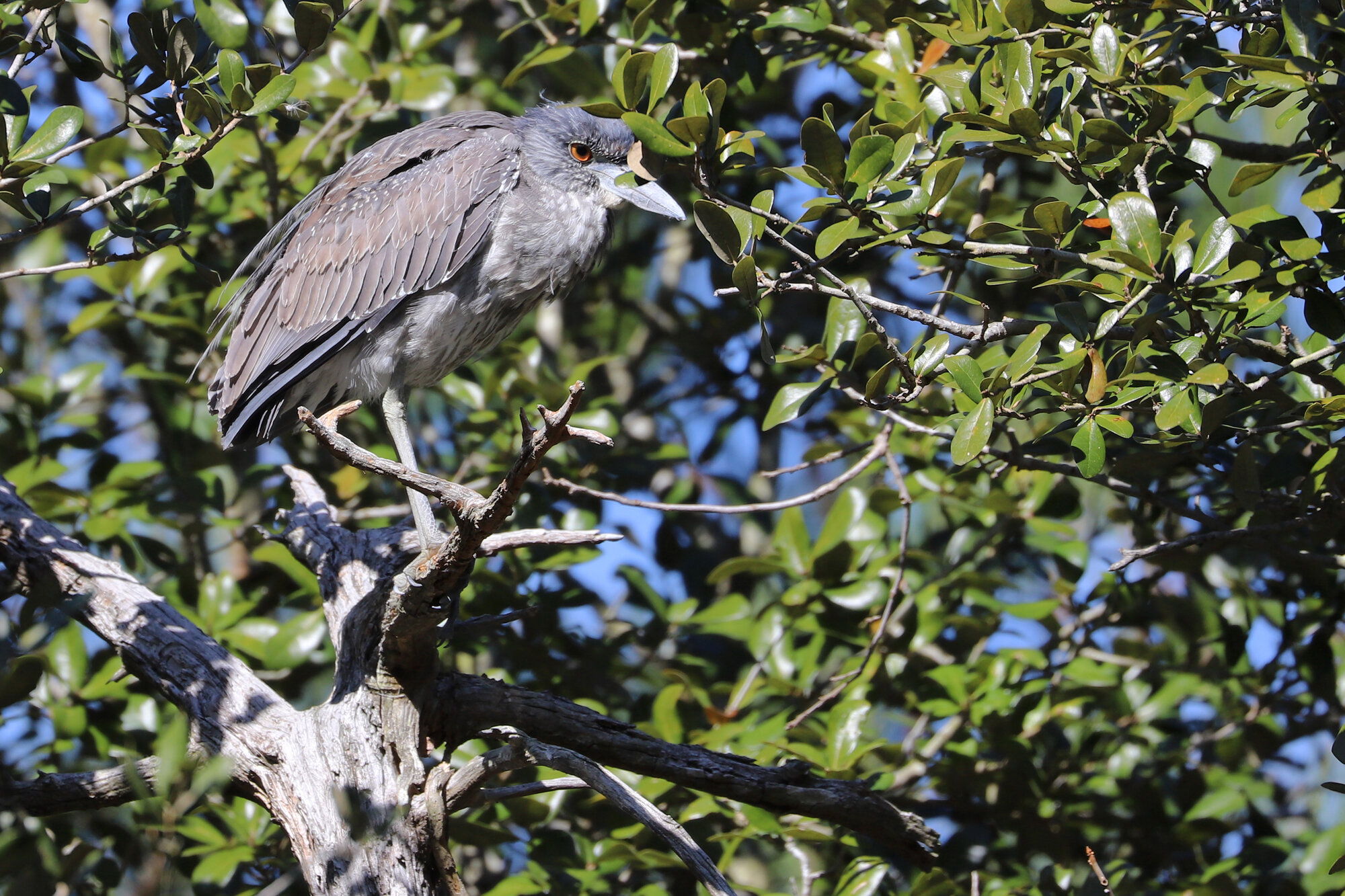
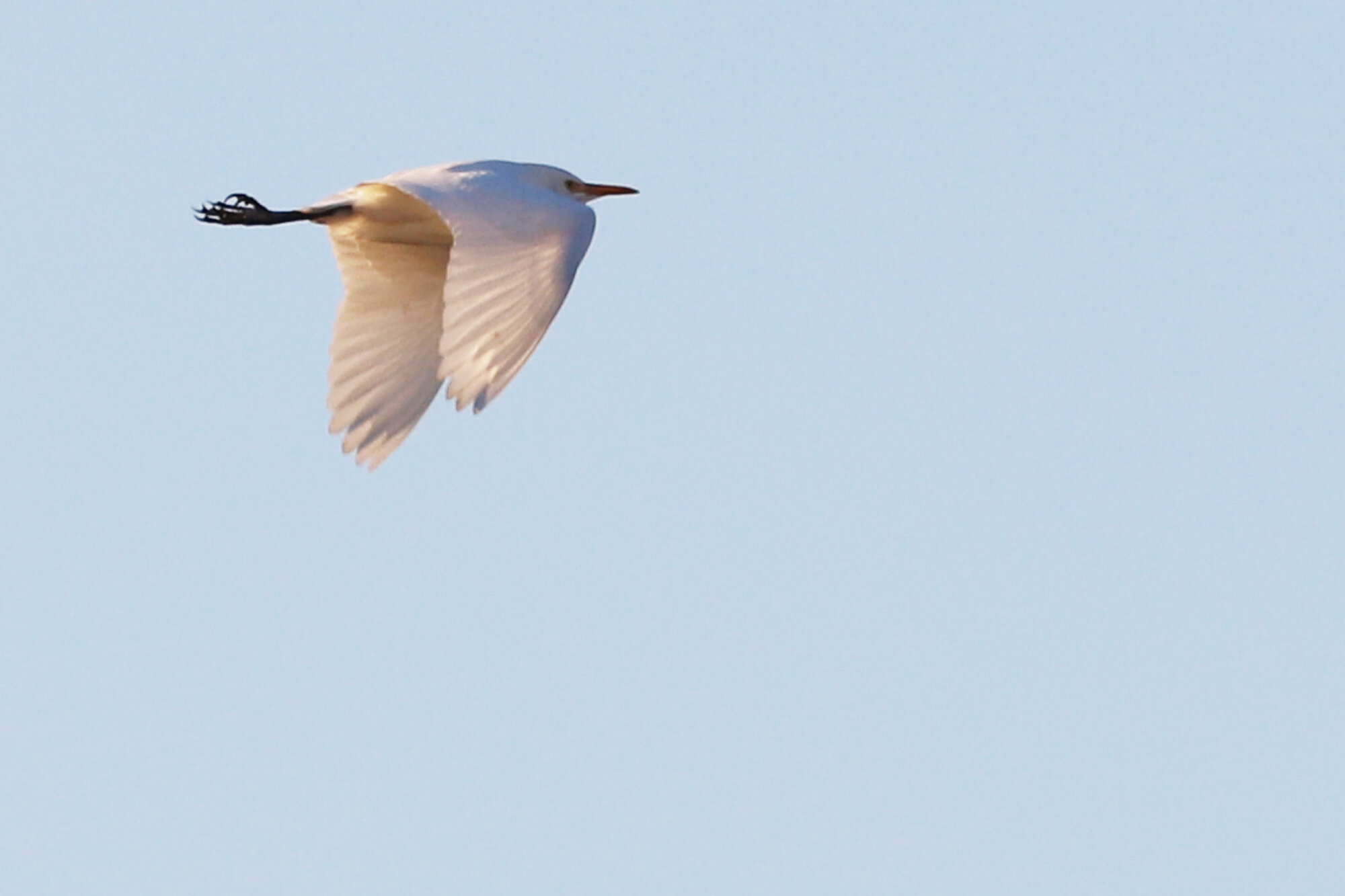
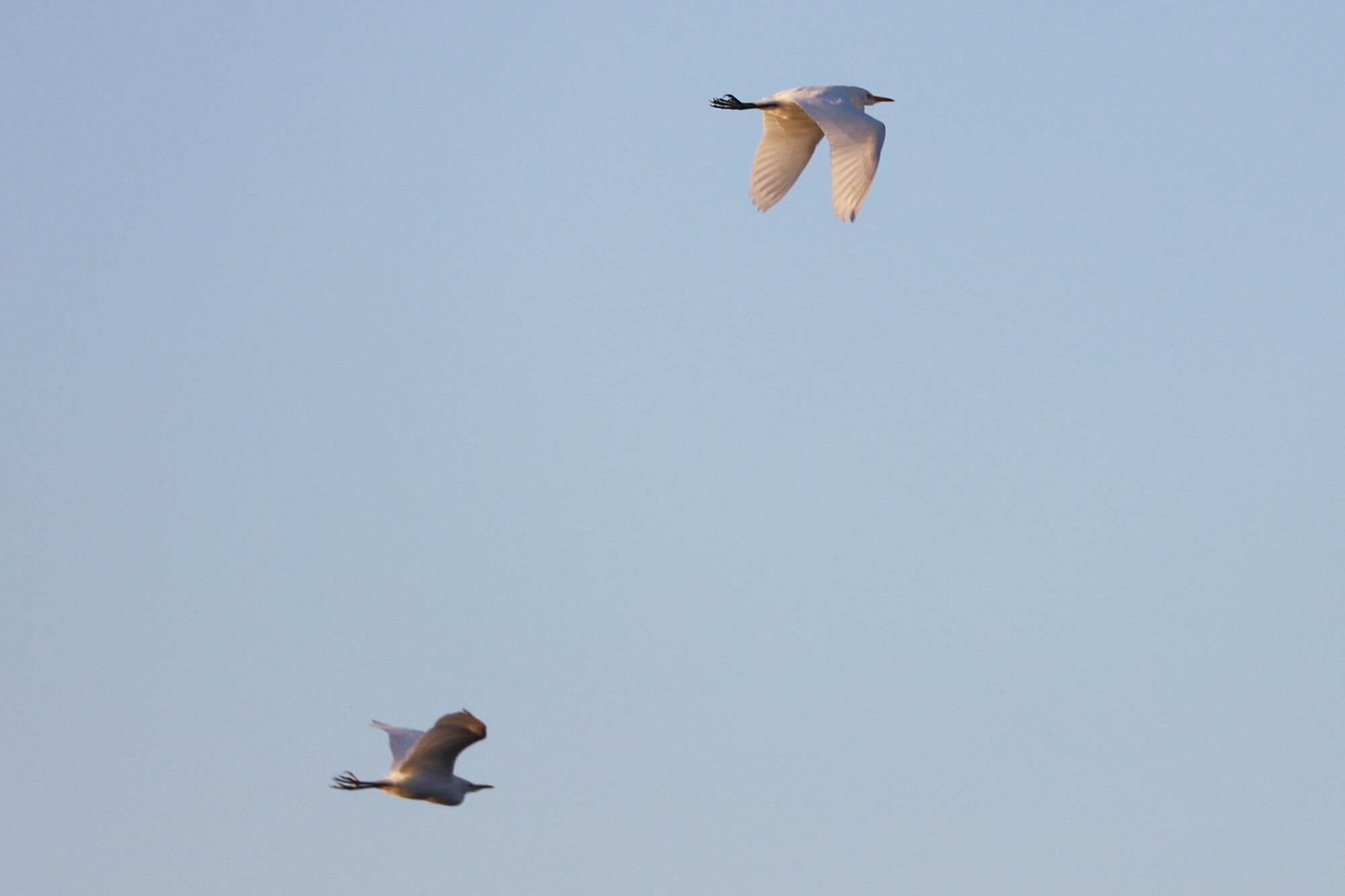
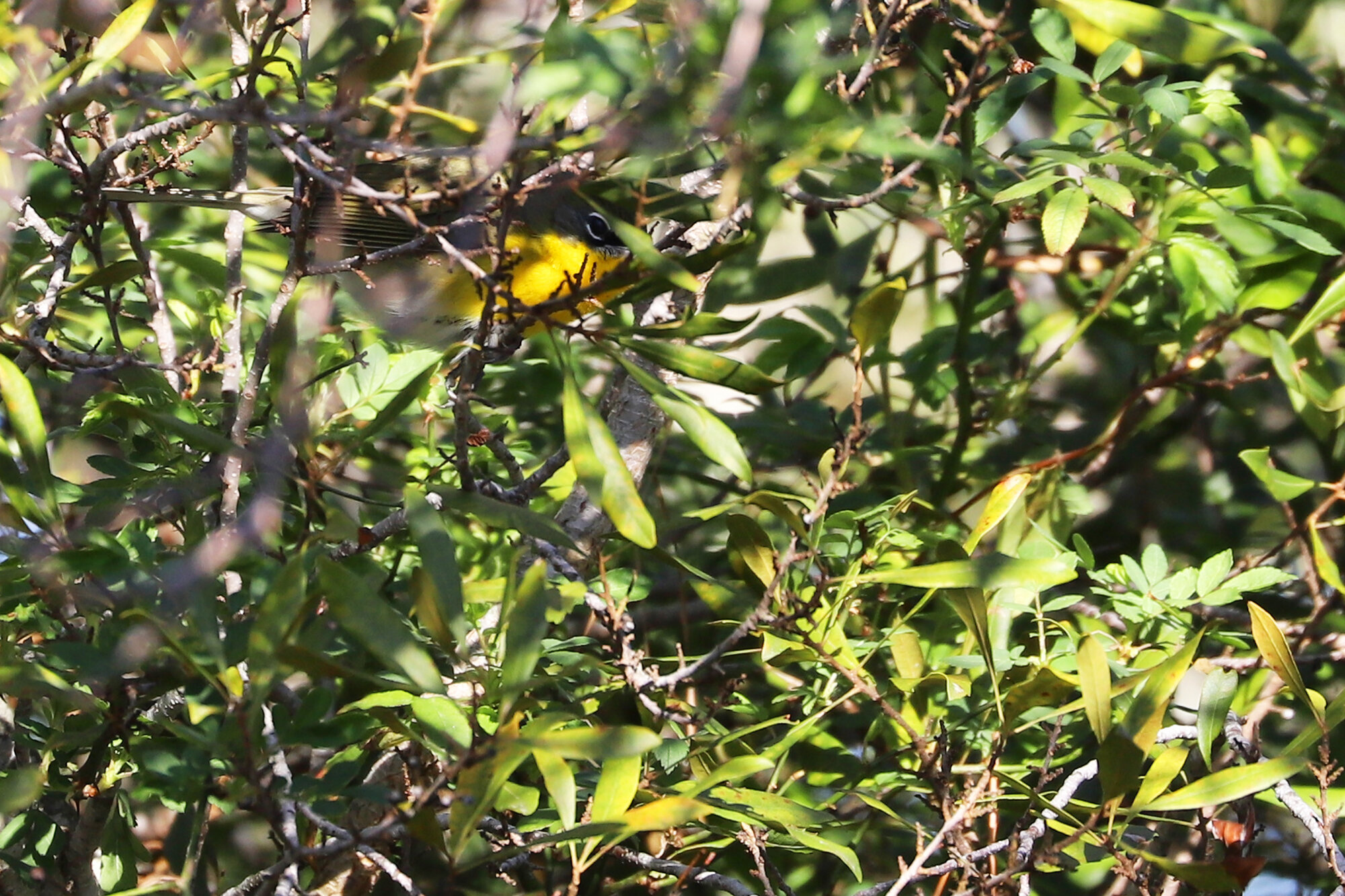
An immature MUTE SWAN made a brief appearance near Lynnhaven Inlet on 19 Feb (ph. June McDaniels). It’s possible this is the same individual observed nearby at Pleasure House Point NA on 10-11 Nov 2019 (ph. Charlie Bruggemann), but it could very well be another one. This makes at least two Mute Swans photographically documented in Virginia Beach for 2020, along with the Back Bay NWR adult last month. (Feb 2020 Map)
At least two BLUE-WINGED TEAL, a male & a female, were present on a freshwater canal near Mill Landing Boat Ramp on 23 Feb (vis. Lisa Rose). This same location produced a record of 17 Blue-winged Teal during the Back Bay CBC on 29 Jan 2019, and it is possible that some may have wintered here, though the location hadn’t been checked according to eBird reports. Typical spring arrivals start popping up in early March, so it’s also possible that the recent report was an early arriving pair. (Feb 2020 Map)
The male EURASIAN WIGEON found on a restricted-access pond at Oceana NAS on 28 Jan (ph. Mark Burns) continued into this month, and was observed through 15 Feb (ph. Nick Newberry & Andrew Rapp). The only other records for this species in Virginia during February were at Chincoteague NWR in Accomack County and at Hoffler Creek NP & Craney Island DA in Portsmouth. (Feb 2020 Map)
A female HARLEQUIN DUCK first found at Little Island Park back on 16 Dec (ph. Luke Fultz) continued through at least 22 Feb (vis. Thomas Charlock & Jason Strickland). This was the most southerly reported Harlequin Duck during February, and three photographed at the CBBT (where they are expected to occur) on 16 Feb made for the only other record in Virginia Beach, and in Virginia overall this month. (Feb 2020 Map)
The first for the calendar year, a female COMMON MERGANSER was photographed at Pleasure House Point NA among a group of Red-breasted Mergansers likely pushed inshore during heavy fog on 26 Feb (ph. Cindy Hamilton). A rare, but regular visitor here, this winter season has surprisingly only held one other report for this species, also a female, in Ocean Lakes on 2 Dec (ph. Tom & Tommy Maloney). This might be the first winter season where the species wasn’t logged at Sherwood Lakes to eBird going all the way back to the 2011-12 winter season. (Feb 2020 Map)
Iceland Gull / Sandbridge Beach / 1 Feb
Great Black-backed & Iceland Gulls / Sandbridge Beach / 1 Feb
Great Black-backed, Herring & Iceland Gulls / Sandbridge Beach / 1 Feb
Great Black-backed, Herring & Iceland Gulls / Sandbridge Beach / 1 Feb
Great Black-backed, Herring & Iceland Gulls / Sandbridge Beach / 1 Feb
Iceland Gull / Sandbridge Beach / 1 Feb
Iceland Gull / Sandbridge Beach / 1 Feb
Iceland Gull / Sandbridge Beach / 1 Feb
Iceland Gull / Sandbridge Beach / 1 Feb
Iceland Gull / Sandbridge Beach / 1 Feb
Iceland Gull / Sandbridge Beach / 1 Feb
Great Black-backed, Iceland & Lesser Black-backed Gulls / Sandbridge Beach / 1 Feb
Great Black-backed, Iceland & Lesser Black-backed Gulls / Sandbridge Beach / 1 Feb
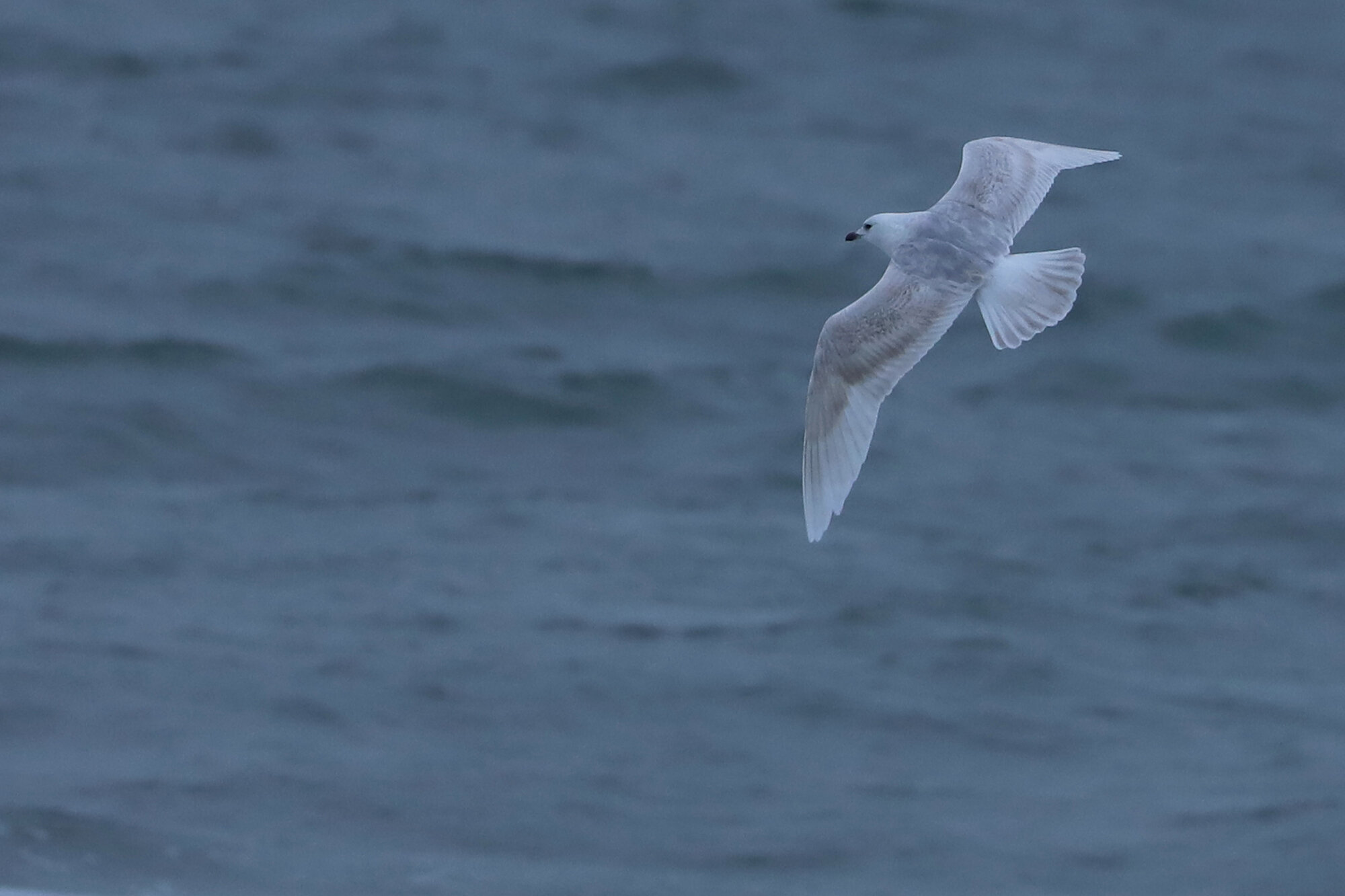
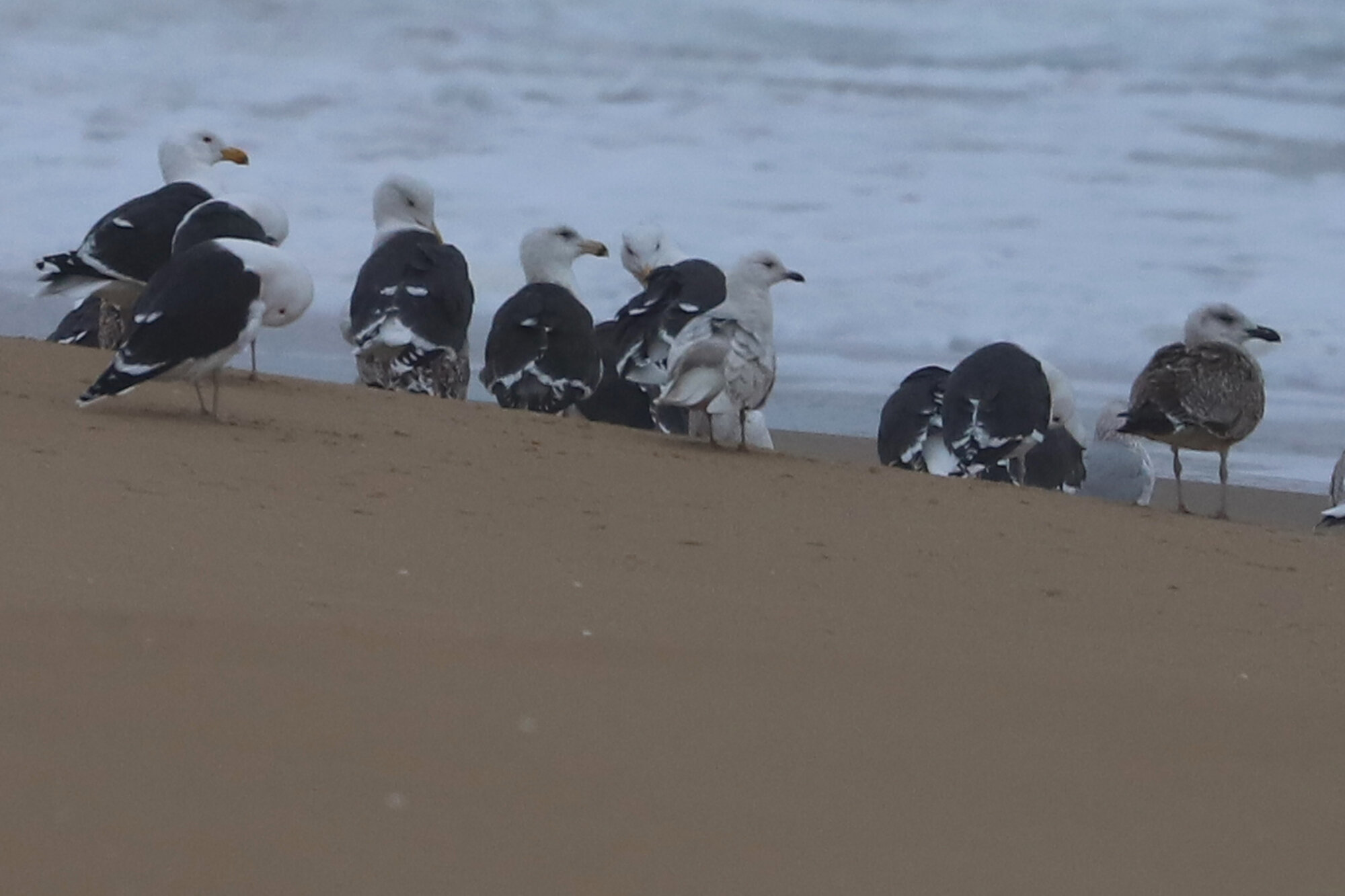
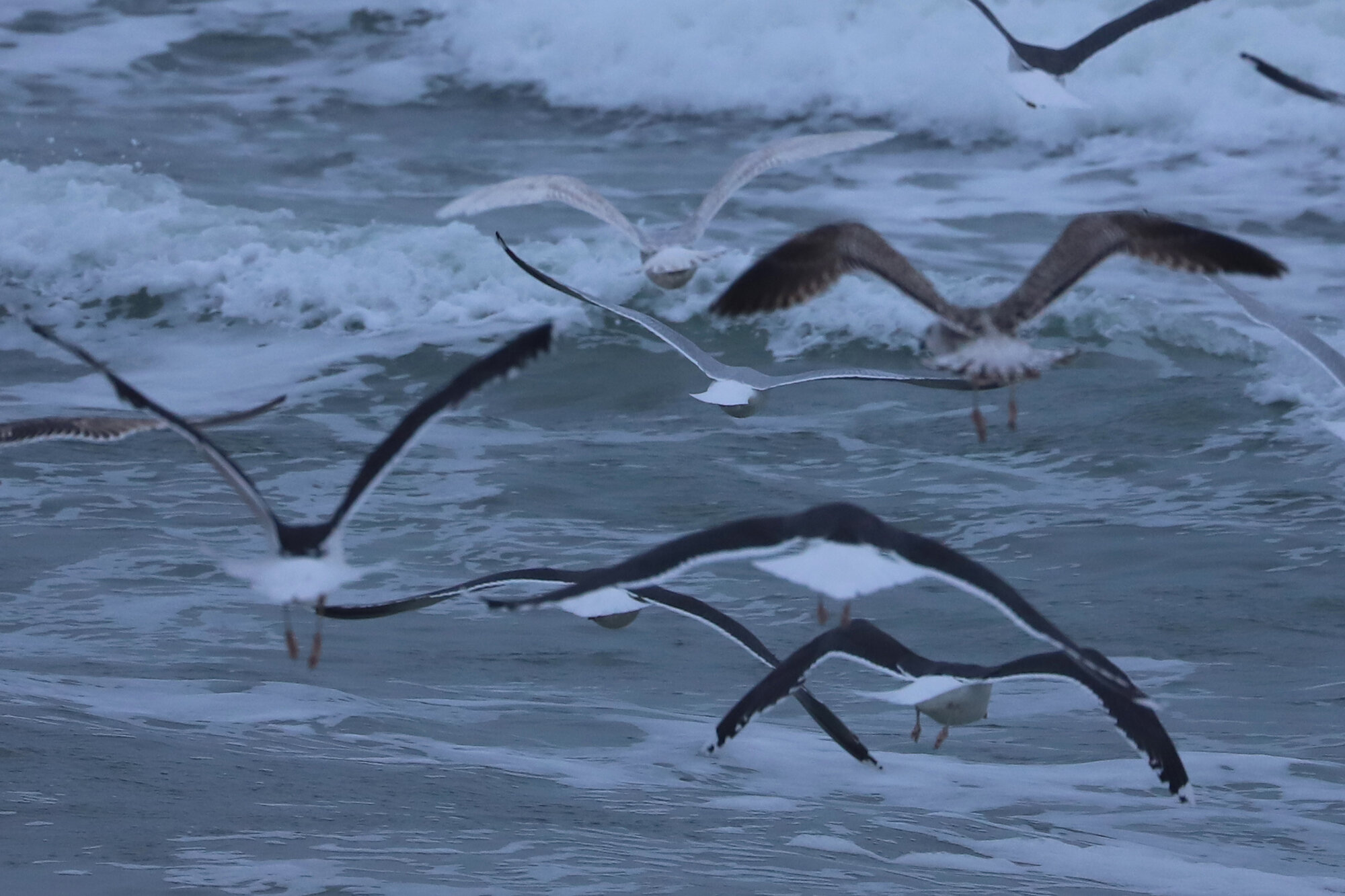
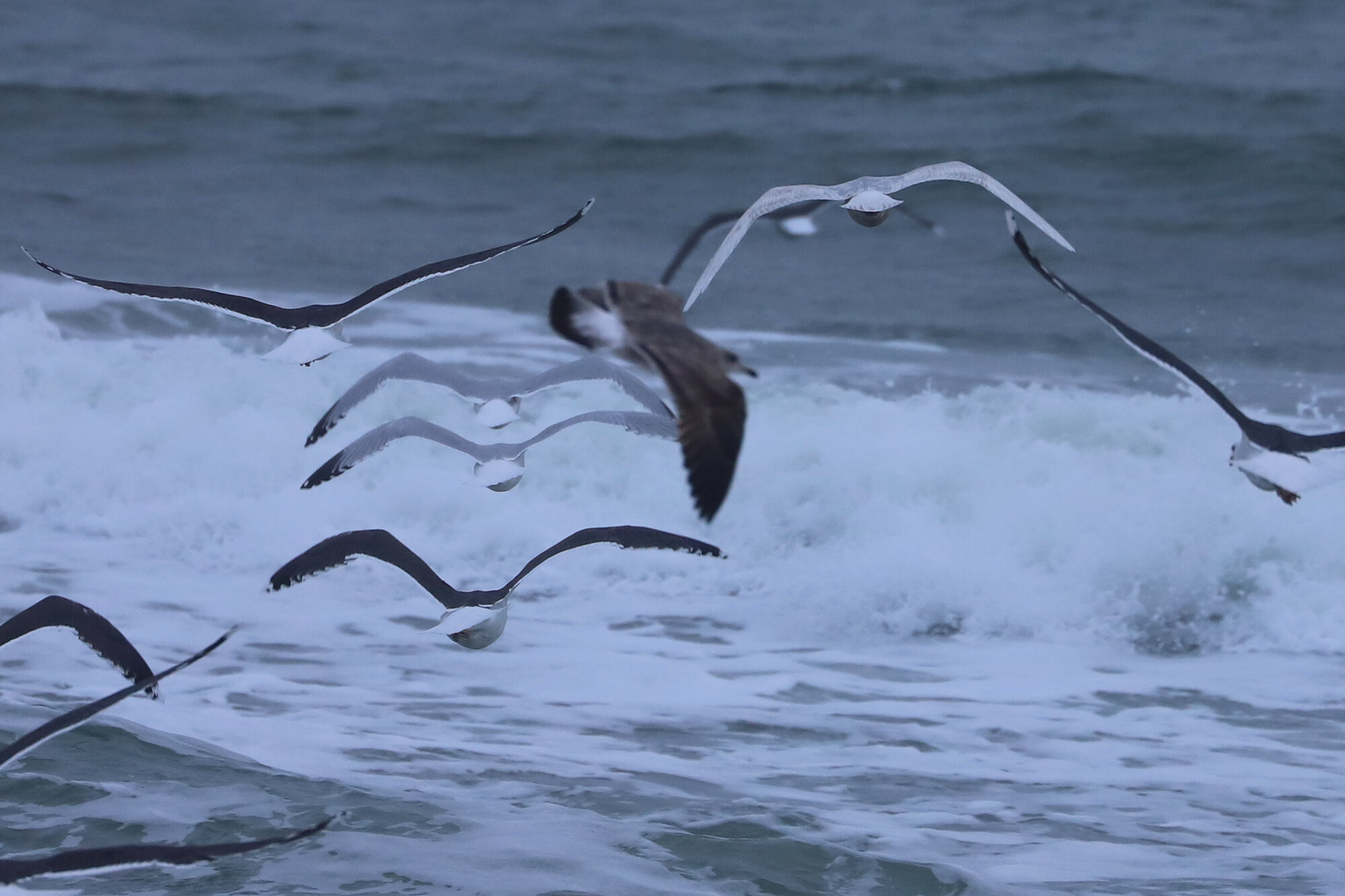

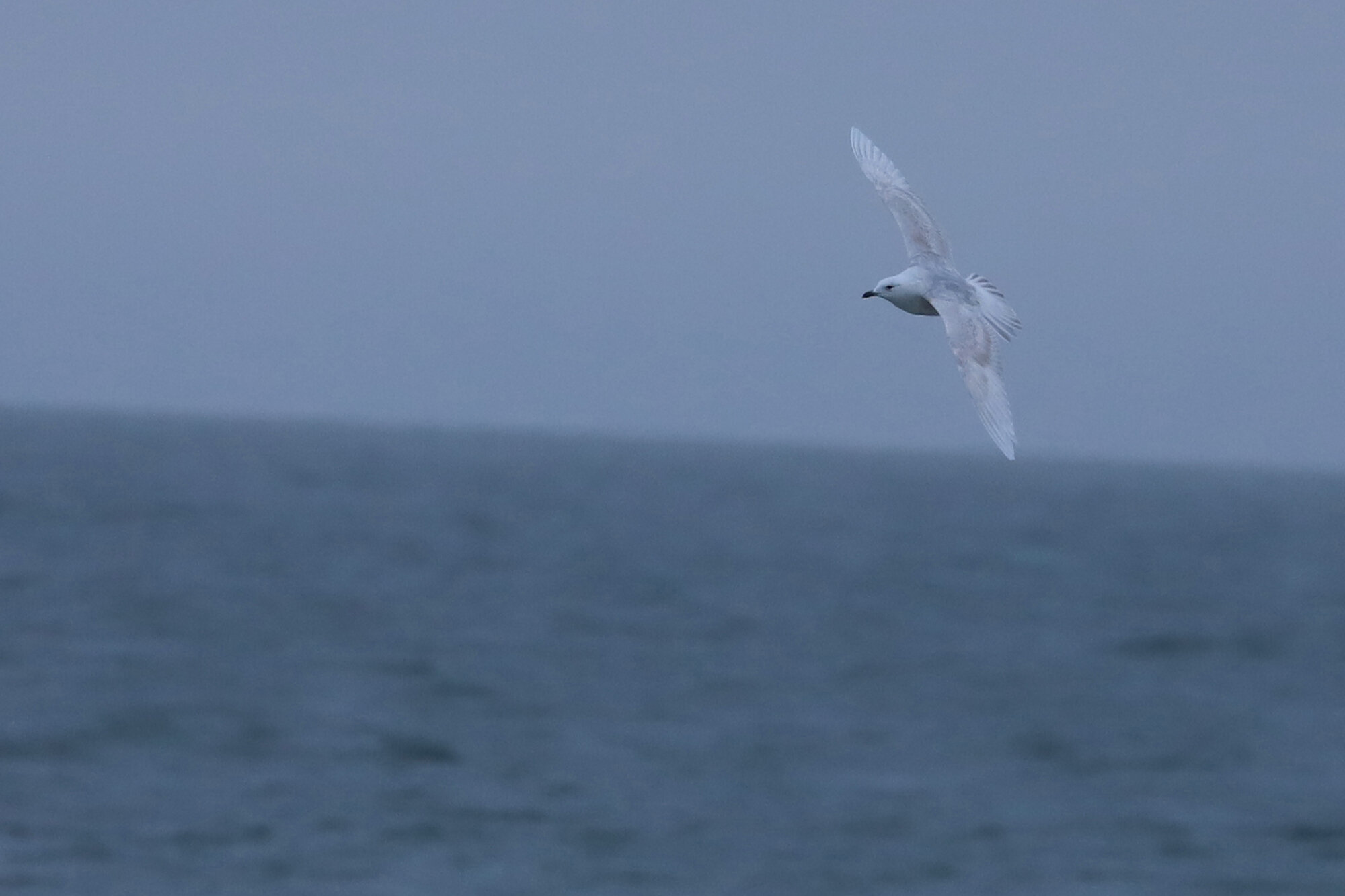
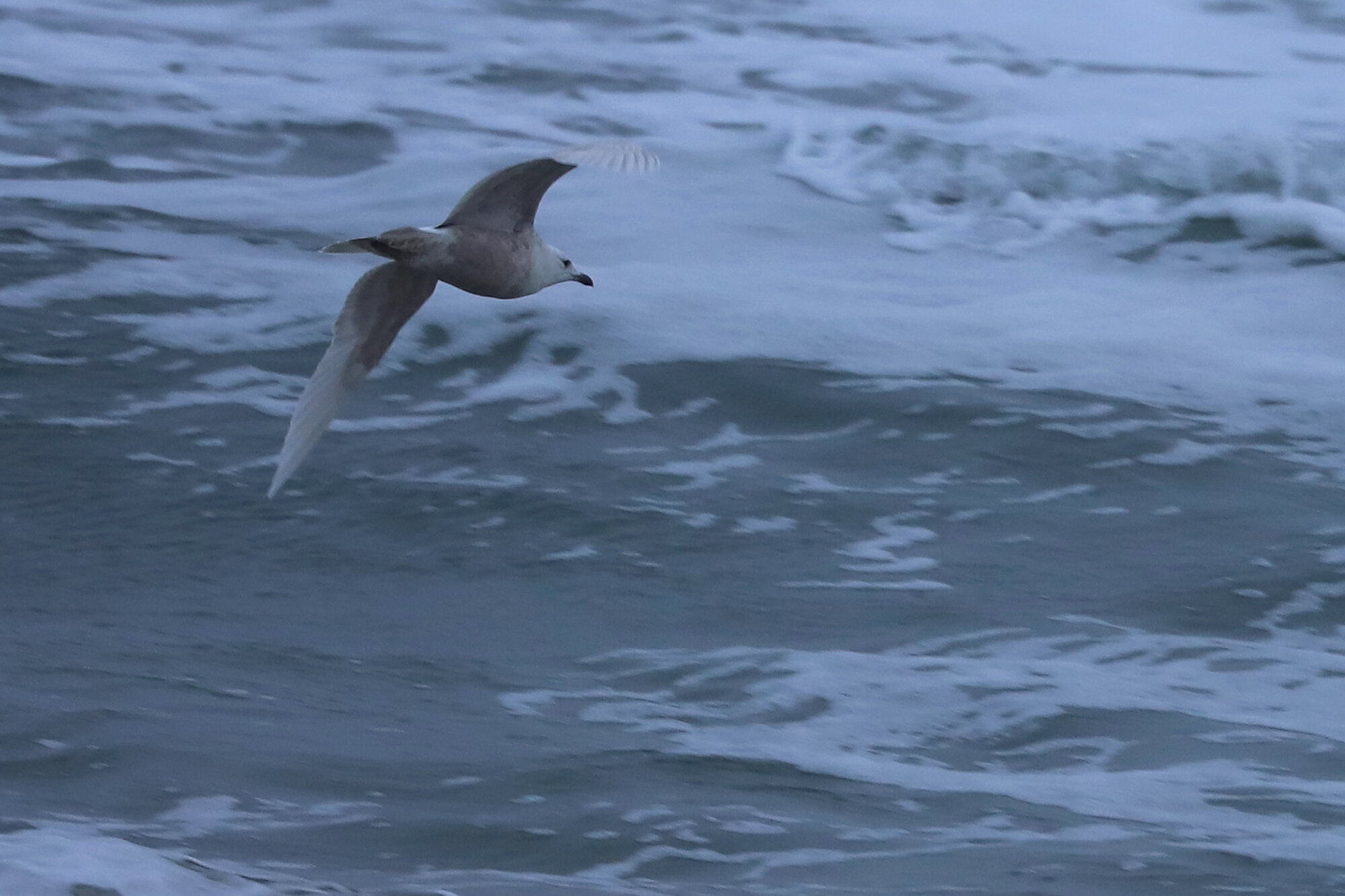

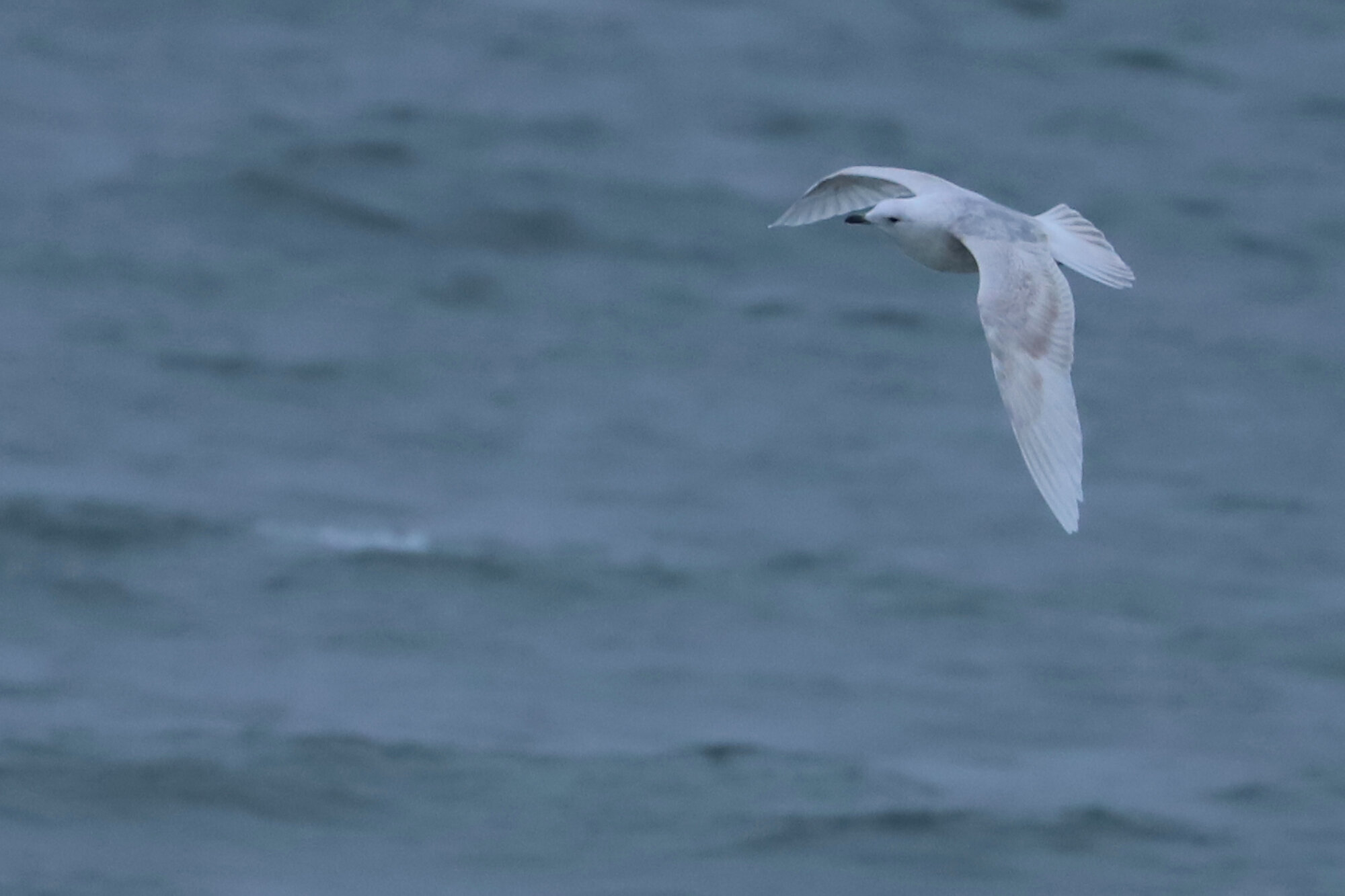

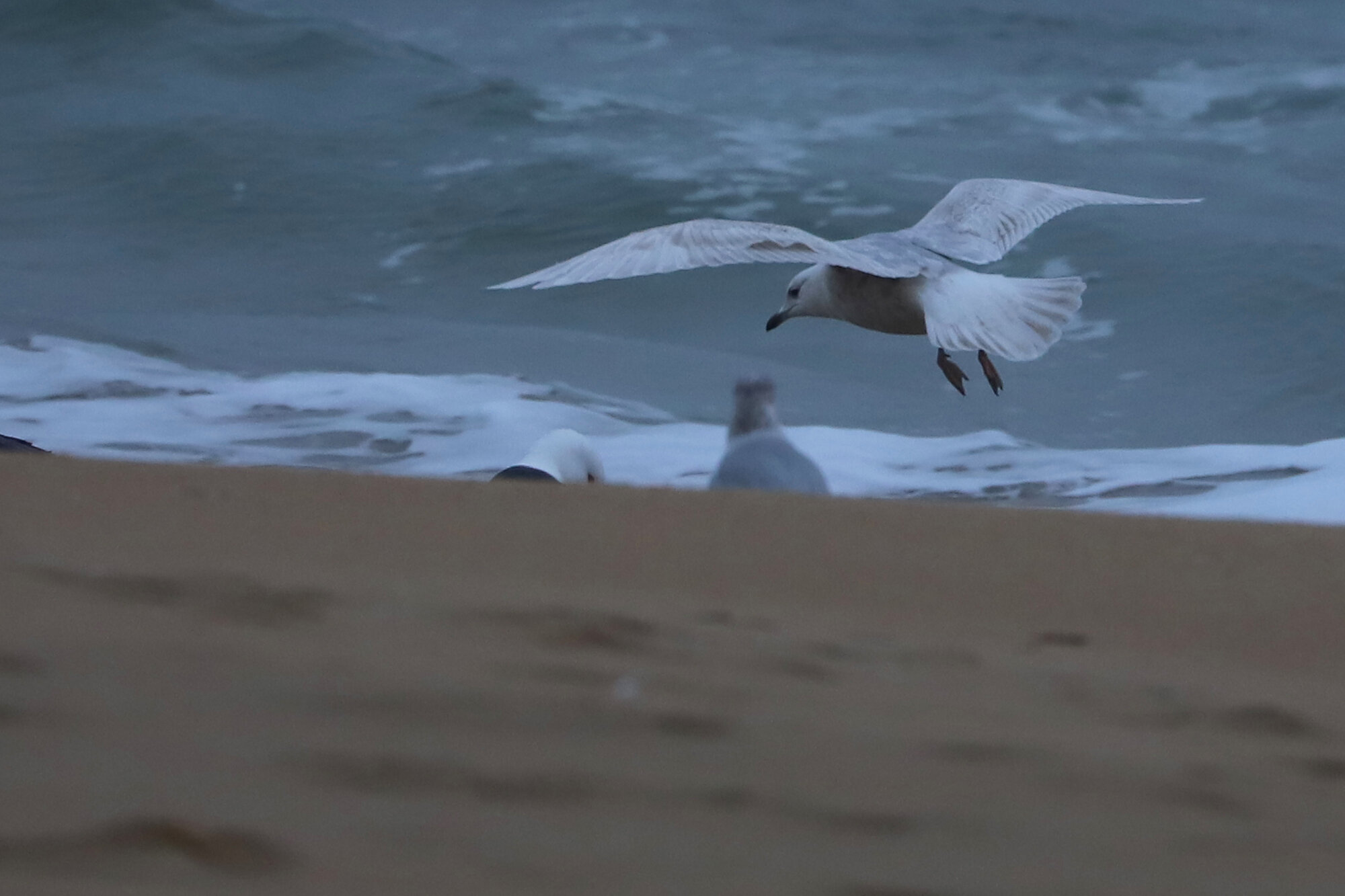
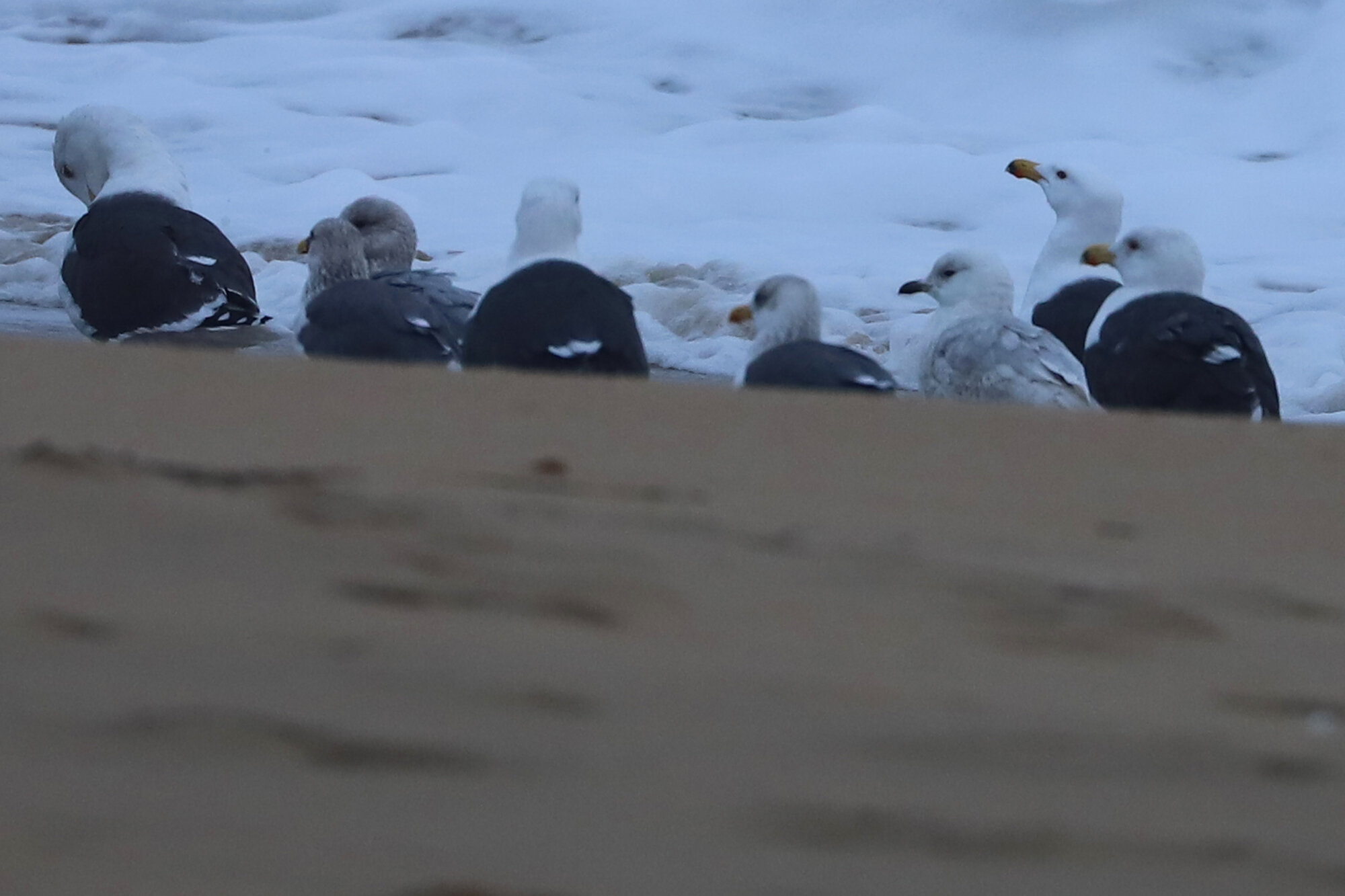

Regardless of species, a noteworthy & unseasonal HUMMINGBIRD SP. was briefly observed at a Great Neck Estates private residence on 17 Feb (vis. J. A.). At least two confirmed Ruby-throated Hummingbirds were reported into December, and the Black-chinned Hummingbird made it through at least 24 Dec in Blackwater as well. However, since that time, no other hummingbirds had been logged to eBird, and it is anyone’s guess as to which species this report might be representative of. Typically, non-wintering Ruby-throateds don’t begin arriving again until early April, and given the warm winter, it is equally likely, or perhaps even more likely, that a hummingbird observed in February is a western vagrant. (Feb 2020 Map)
Very early by past eBird data standards, a single PIPING PLOVER found at Back Bay NWR on 29 Feb (ph. Kim Kozella, ph. Tracy Tate) represents the earliest spring arrival so far input for Virginia Beach. Prior to this record, the earliest accepted eBird report was of two found at False Cape SP on 9 Mar 2018 (vis. Abby Walter), with 15 Mar being more typical on average. For the current season, only one Piping Plover was reported farther north than the Back Bay individual in February, with one photographed on Nantucket Island, Massachusetts on 23 Feb. The next closest to us was far to the south, at Cape Lookout, North Carolina. (Feb 2020 Map)
Mirroring Feb 2018, a large incursion of Razorbills into near-shore waters led to the discovery of quite a few DOVEKIE this month. This year’s event began at Little Island Park on 4 Feb with a pair observed (vis. Andrew Baldelli) among 11,000+ Razorbills in morning flight, reached a peak count of four at Back Bay NWR on 13 Feb (vis. Andrew Baldelli), and then concluded with the final report of a single Dovekie at Little Island Park on 14 Feb (vis. Andrew Baldelli & Kathy Louthan). Jennette’s Pier in Nags Head, North Carolina also produced “from-shore” records during this timeframe, and pelagic trips off Hatteras produced further records for the species & represented the southerly limit of records this month. (Feb 2020 Map)
Prior to reaching the average, 25 Feb spring arrival date for the species, a single LAUGHING GULL was reported on the north pond at Sherwood Lakes on 7 Feb (vis. Tracy Tate). At the time of this record, there were only 3 individuals known to be above the latitude of Virginia. One each was in Ocean City, MD, Manasquan Inlet, NJ, and Hoisington Brook Outlet, NY. Another early individual was photographed at Pleasure House Point NA on 16 Feb (ph. Nick Ramsey), followed by an expected increase in records at month’s end. (Feb 2020 Map)
Matching January, there was a single record for ICELAND GULL this month, with an immature observed in northbound flight past Little Island Park and later photographed 1.5 miles to the north on Sandbridge Beach on 1 Feb (ph. Rob Bielawski). Three immatures were photographed in North Carolina as well, but an immature in Florida made for the most southerly record during February. (Feb 2020 Map)
Harlequin Duck / Little Island Park / 22 Feb; please click this photo to advance to the next!
Harlequin Duck / Little Island Park / 1 Feb
Harlequin Duck / Little Island Park / 22 Feb
Harlequin Duck / Little Island Park / 22 Feb
Harlequin Duck / Little Island Park / 22 Feb
Harlequin Duck / Little Island Park / 22 Feb
Harlequin Duck / Little Island Park / 22 Feb
Harlequin Duck / Little Island Park / 22 Feb
Harlequin Duck / Little Island Park / 22 Feb
Harlequin Duck / Little Island Park / 22 Feb
Harlequin Duck / Little Island Park / 22 Feb
Harlequin Duck / Little Island Park / 22 Feb
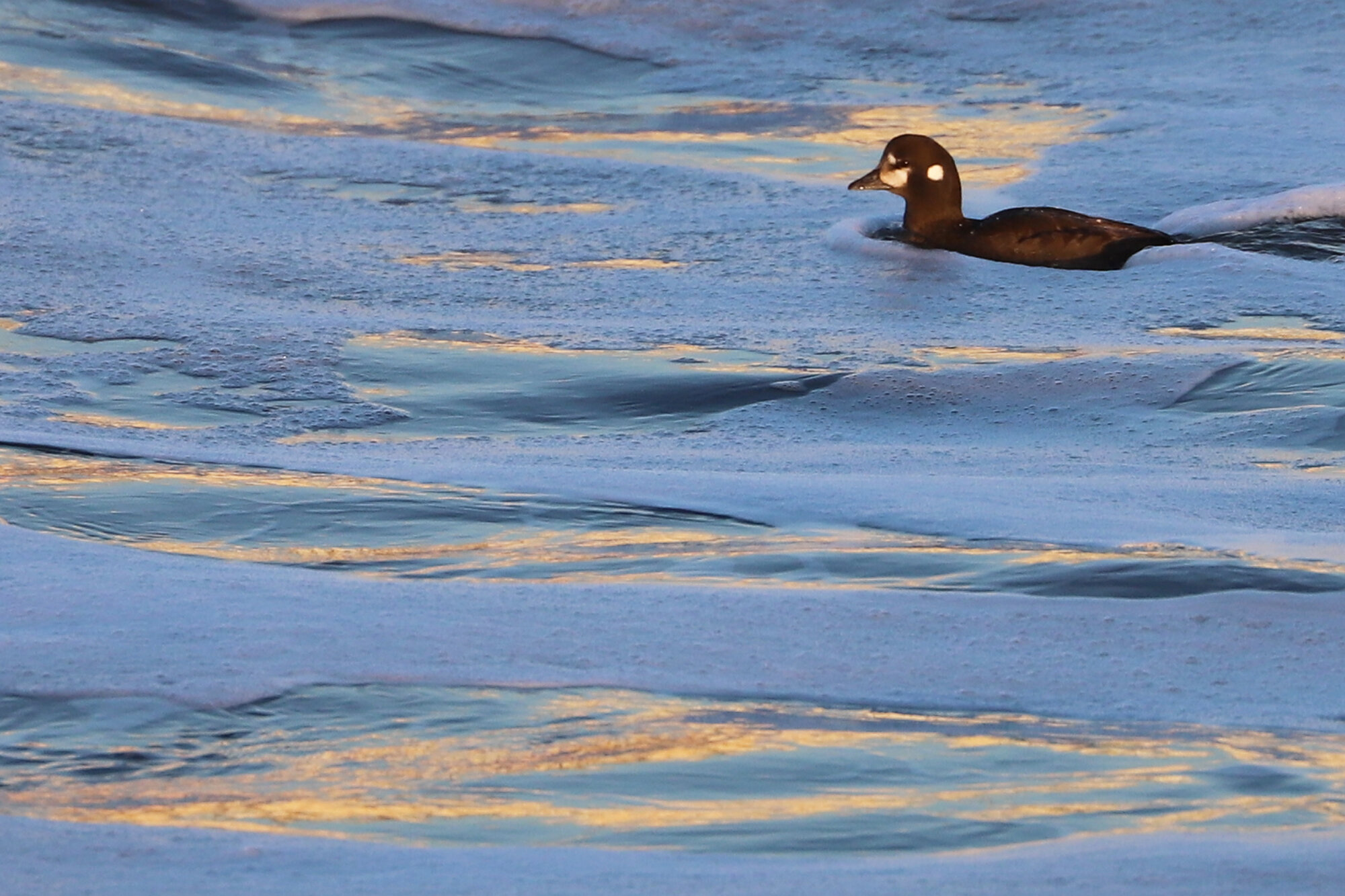
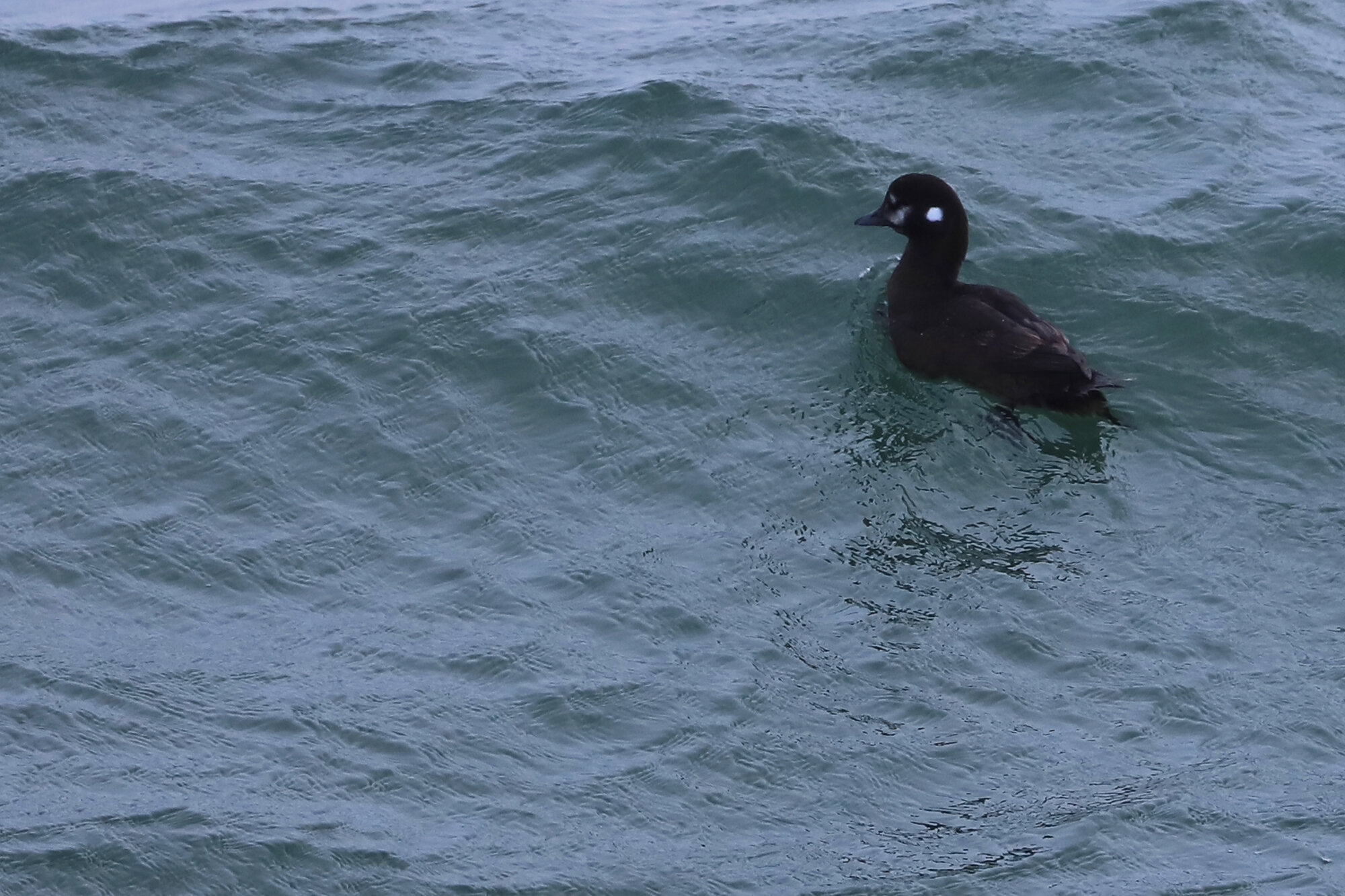

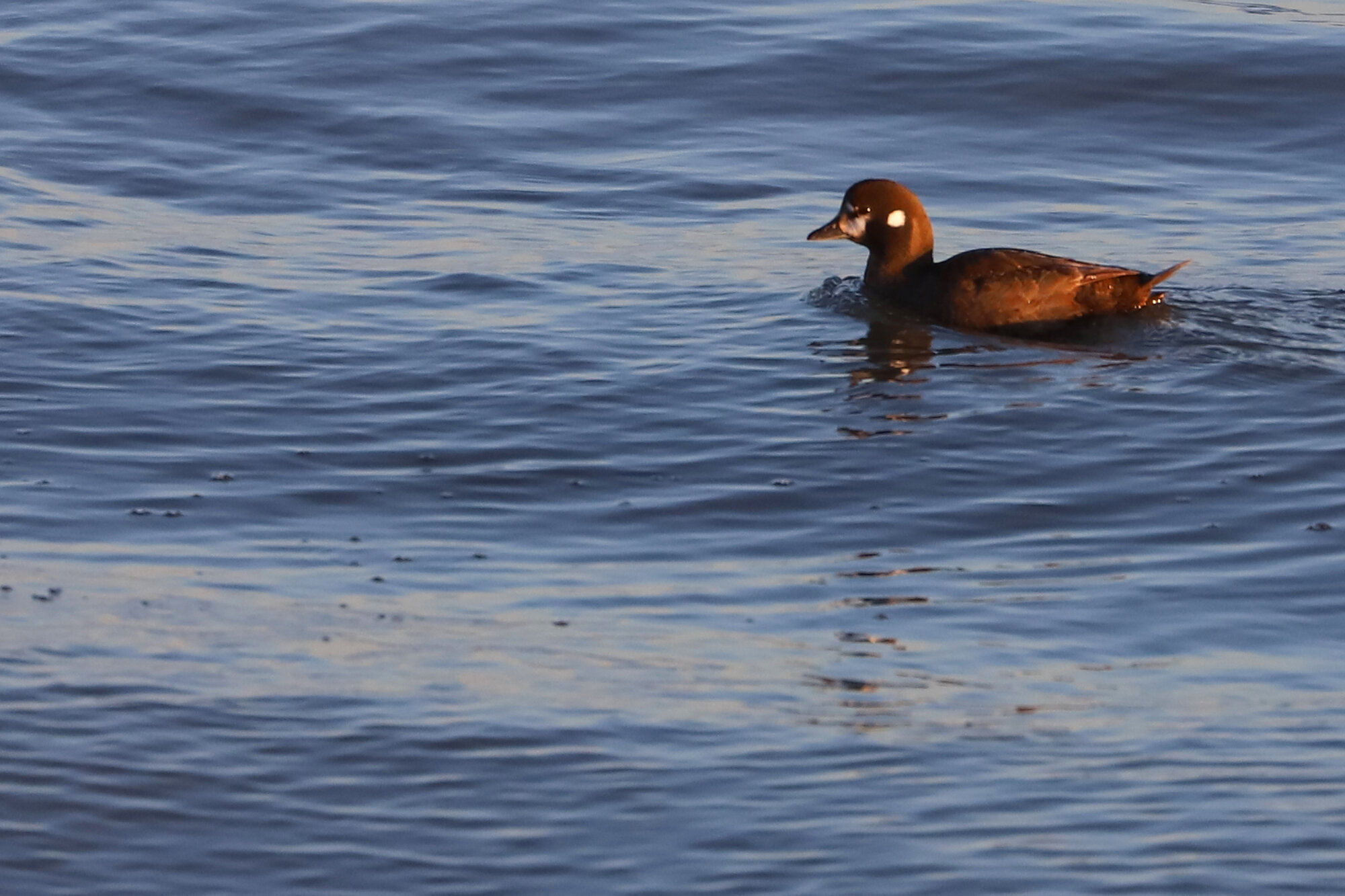
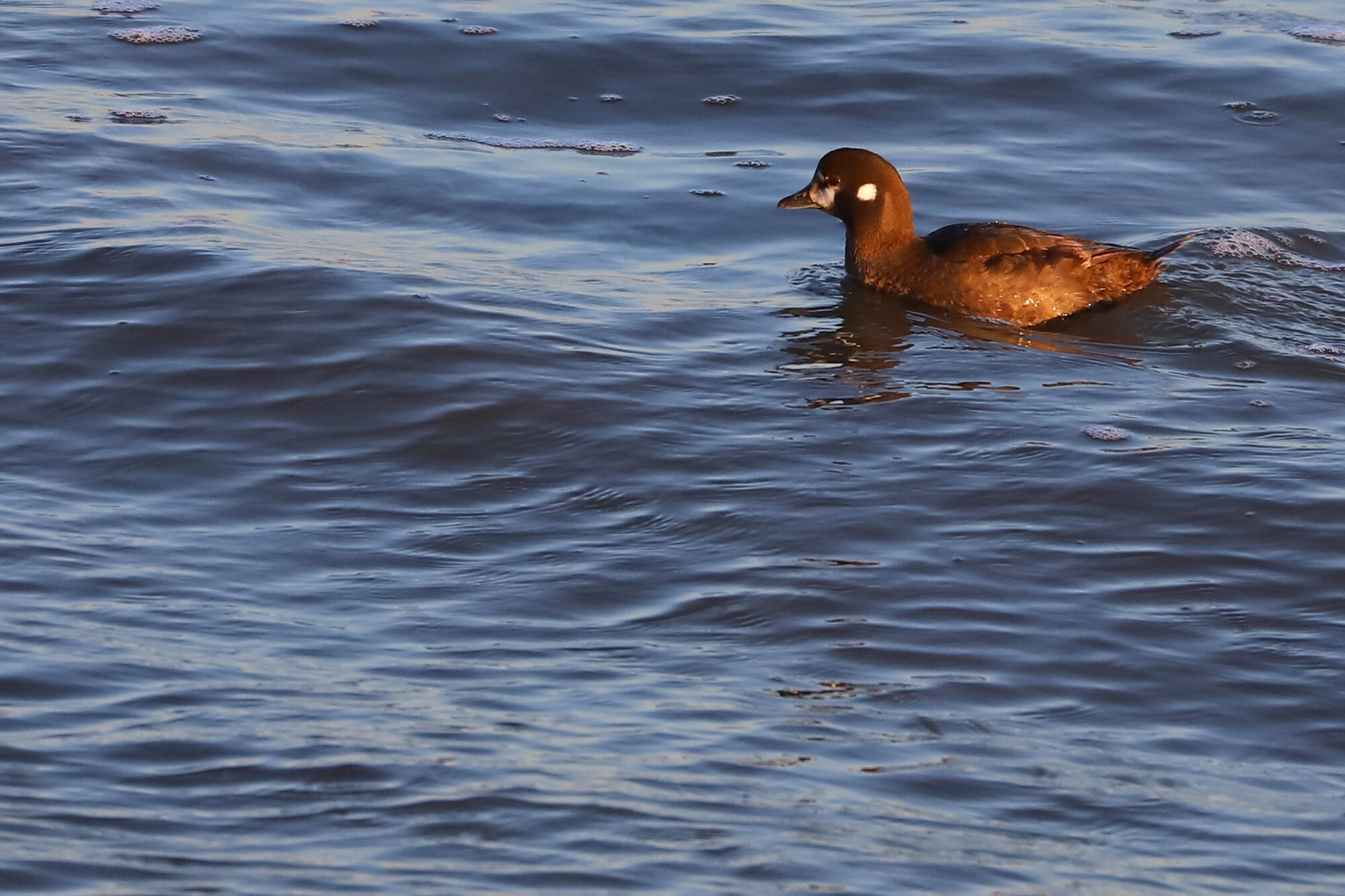
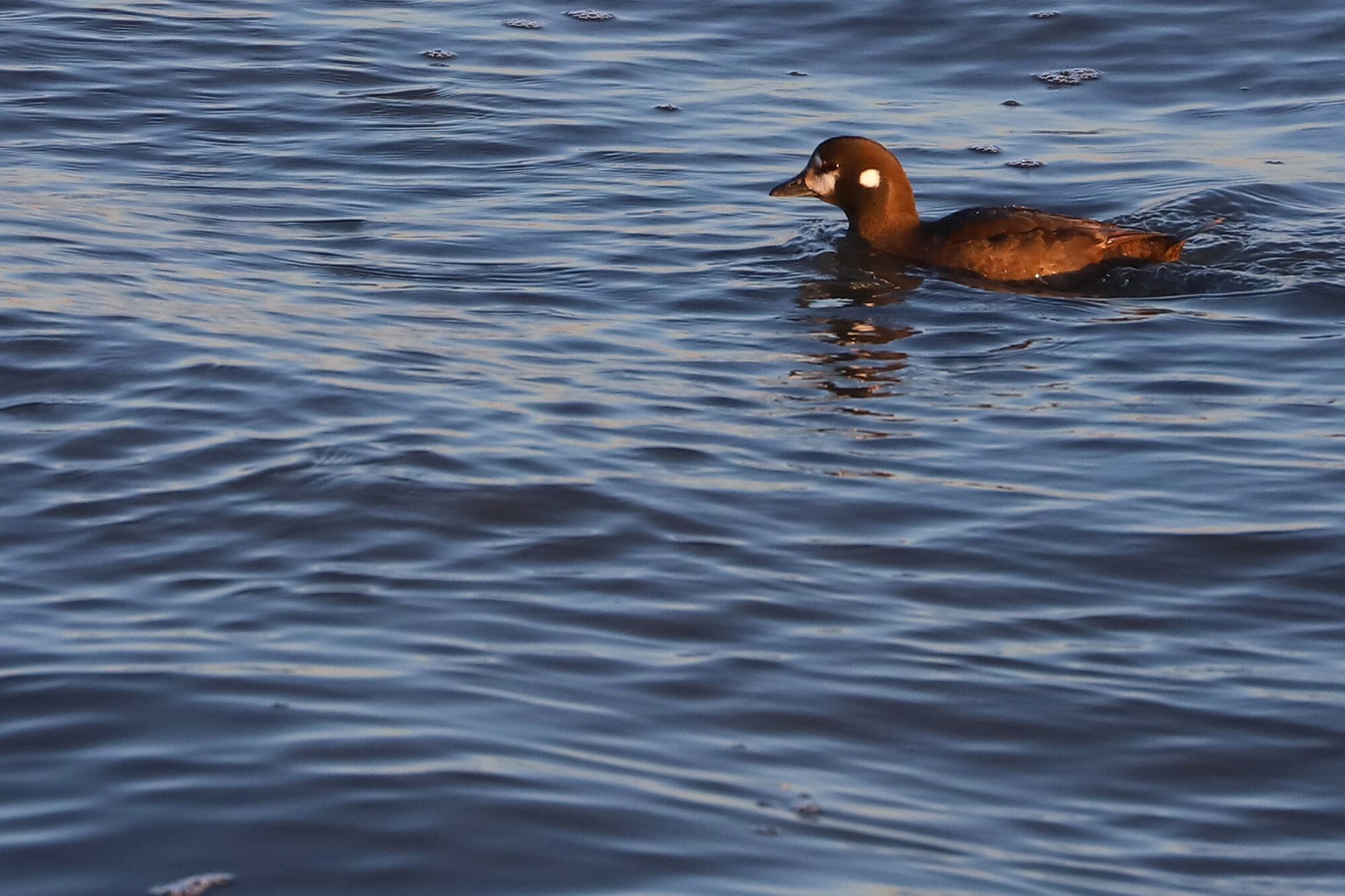



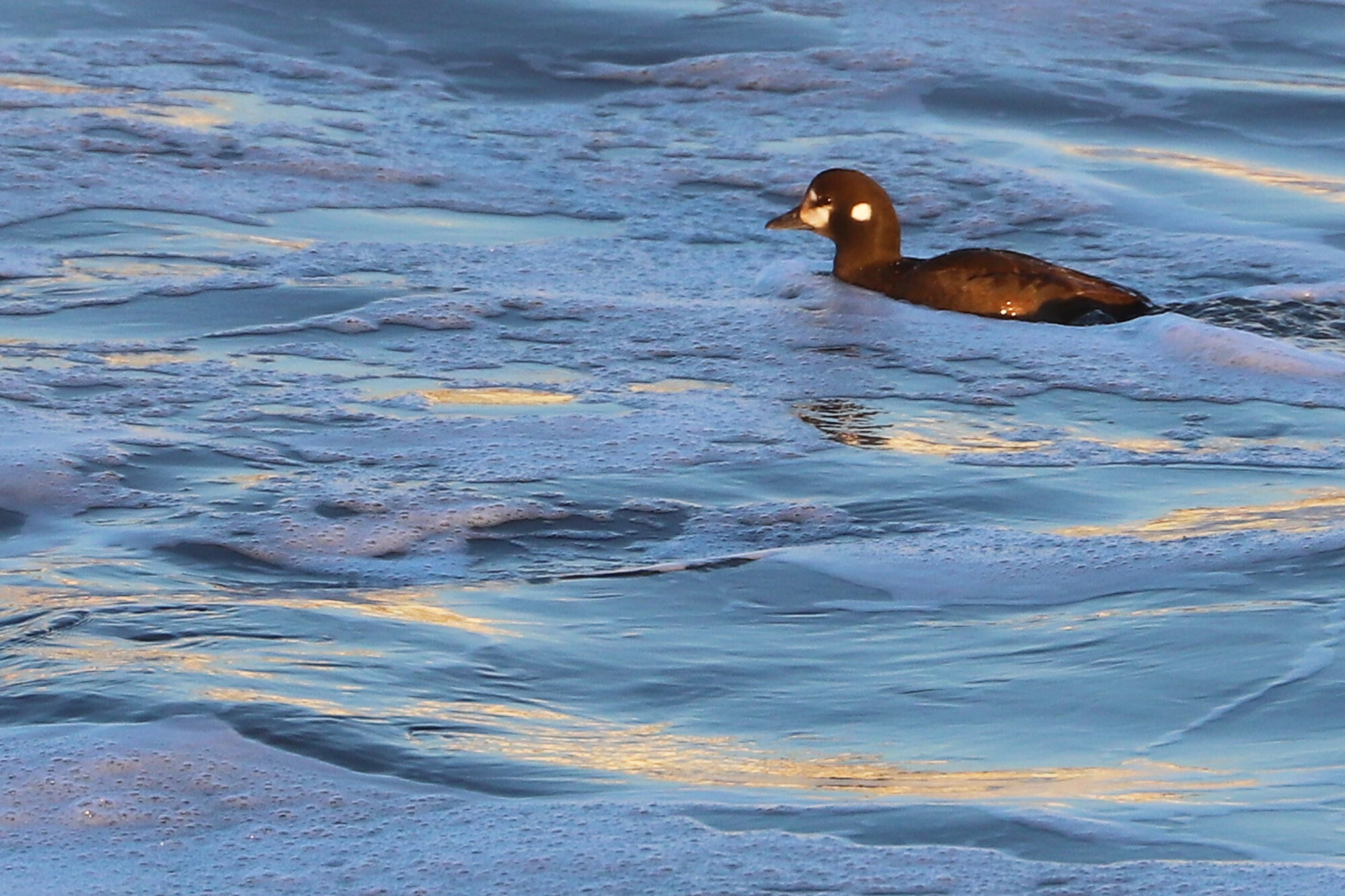
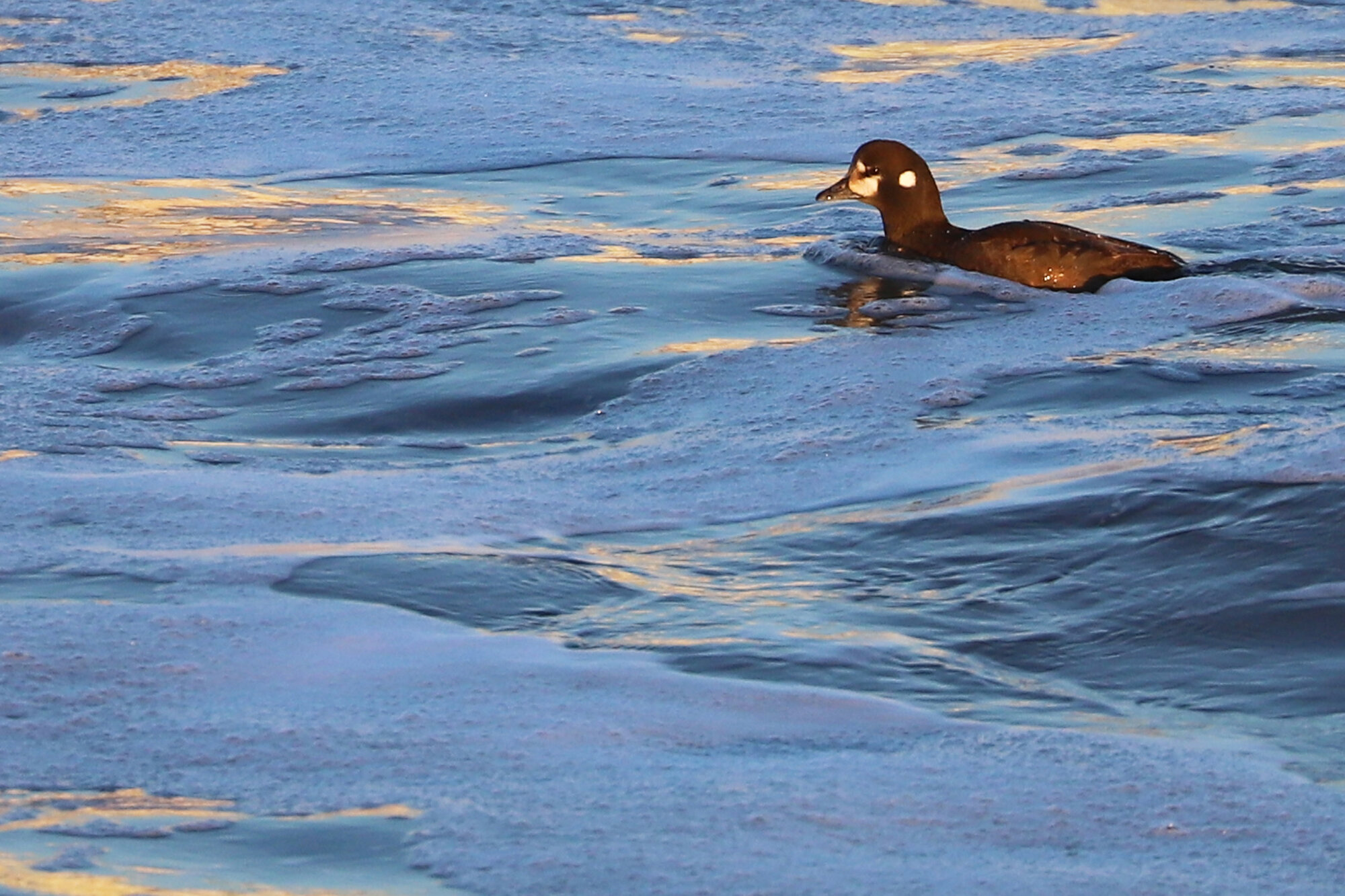
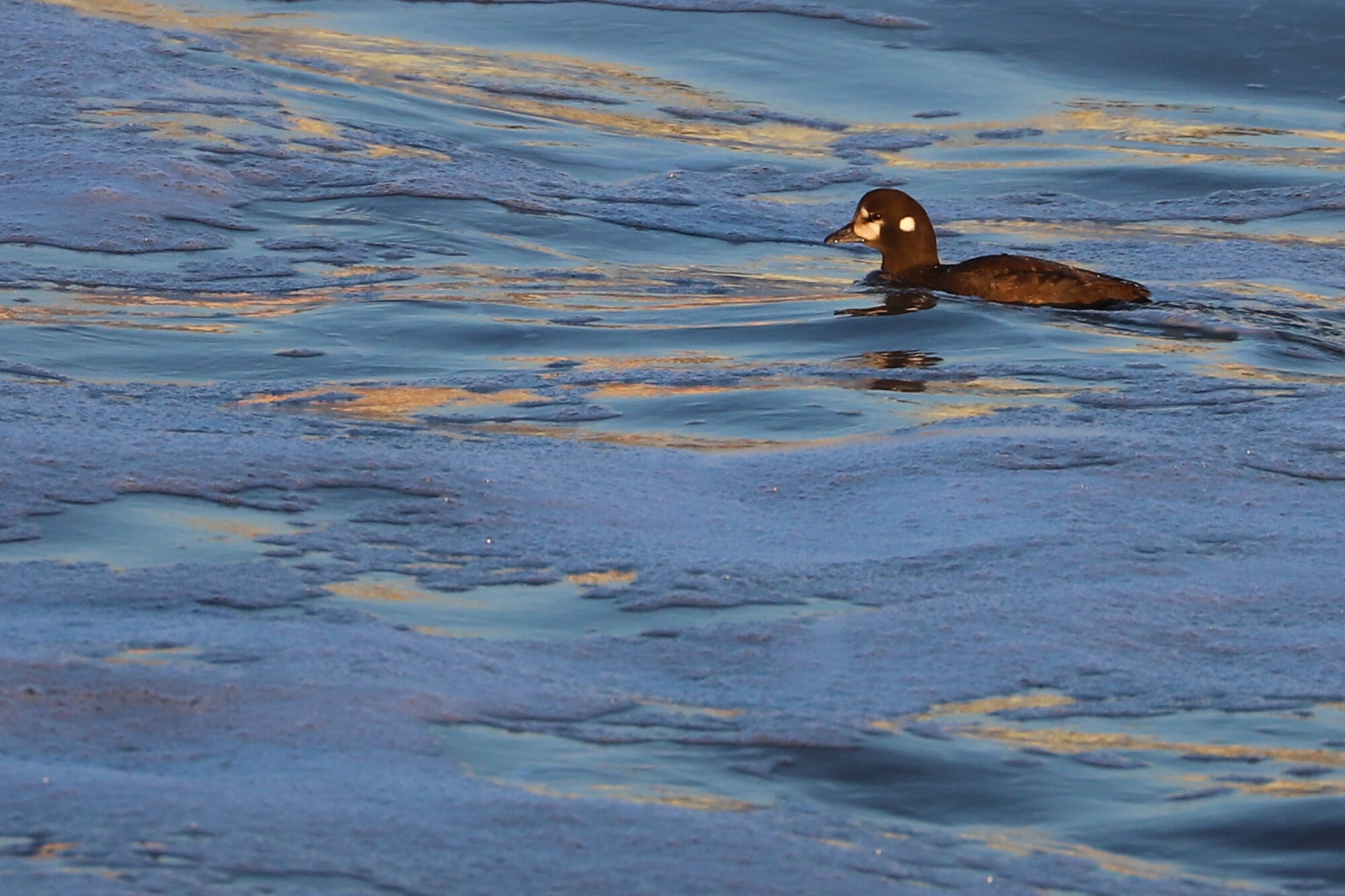
A first eBird record for mainland Virginia Beach, a single HERRING X LESSER-BLACK BACKED GULL hybrid was on the beach at Little Island Park on 18 Feb (ph. Edward Brinkley). This was one of only seven records worldwide (England, Nova Scotia, New York, New Jersey & Pennsylvania) input to eBird for February, and was the most southerly occurrence for this hybrid pairing. (Feb 2020 Map)
The immature GLAUCOUS GULL first noted south of Island One (CBBT) on 30 Dec (vis. Gabriel Mapel) continued at the same location through at least 2 Feb (vis. Matt Anthony & Erin Chapman). This was the only record for Virginia during February, though Florida & North Carolina each had a pair, and Alabama also had one, as far as records south of us go. (Feb 2020 Map)
A remarkable, mid-winter record for ROYAL TERN popped up when a single individual flew past Back Bay NWR on 1 Feb (ph. June McDaniels), making for the most northerly report of this species at this date in any season along the East Coast. Singles were also reported 15 Feb at nearby Little Island Park (vis. Nick Newberry & Andrew Rapp), 16 Feb at Back Bay NWR (vis. Rob Bielawski) and 2 Mar at Little Island Park (vis. James Marcum). Typically, Royal Tern is absent from the state after the first few days of January through about 10-15 March when spring arrivals start showing back up. Only a single individual in Norfolk was recorded farther north this month, and that is the most northerly recorded every input for any February in eBird. (Feb 2020 Map)
Though an abundant transient and winter resident along the coast, a RED-THROATED LOON on the north pond of Sherwood Lakes on 21 Feb (ph. Karen & Tom Beatty, vis. Andrew Baldelli) made for the city’s only inland/freshwater record of the species this winter season. The last such individual occurred in Nov 2018, also at this deep and clear freshwater lake. (Feb 2020 Map)
Similar to the Dovekie reports mentioned above, several occurrences of MANX SHEARWATER were noted inshore this month as well. The first report occurred the same day as the massive Razorbill movement, when 11 Manx Shearwaters were observed from Little Island Park on 4 Feb (vis. Andrew Baldelli). At least two were present here 10 Feb (vis. Allen Bryan), and the final report of one occurred at Back Bay NWR on 13 Feb (vis. Andrew Baldelli). Interestingly, combined with inshore records in Currituck & both inshore & offshore records in Dare County, North Carolina to our south, these made for the only North American records submitted to eBird in February. (Feb 2020 Map)
Lincoln's Sparrow / Princess Anne WMA Whitehurst Tract / 23 Feb; please click this photo to advance to the next!
Lincoln's Sparrow / Princess Anne WMA Whitehurst Tract / 23 Feb
Lincoln's Sparrow / Princess Anne WMA Whitehurst Tract / 23 Feb
Lincoln's Sparrow / Princess Anne WMA Whitehurst Tract / 23 Feb
Lincoln's Sparrow / Princess Anne WMA Whitehurst Tract / 23 Feb
Lincoln's Sparrow / Princess Anne WMA Whitehurst Tract / 23 Feb
Lincoln's Sparrow / Princess Anne WMA Whitehurst Tract / 23 Feb
Lincoln's Sparrow / Princess Anne WMA Whitehurst Tract / 23 Feb
Lincoln's Sparrow / Princess Anne WMA Whitehurst Tract / 23 Feb
Lincoln's Sparrow / Princess Anne WMA Whitehurst Tract / 23 Feb
Lincoln's Sparrow / Princess Anne WMA Whitehurst Tract / 23 Feb
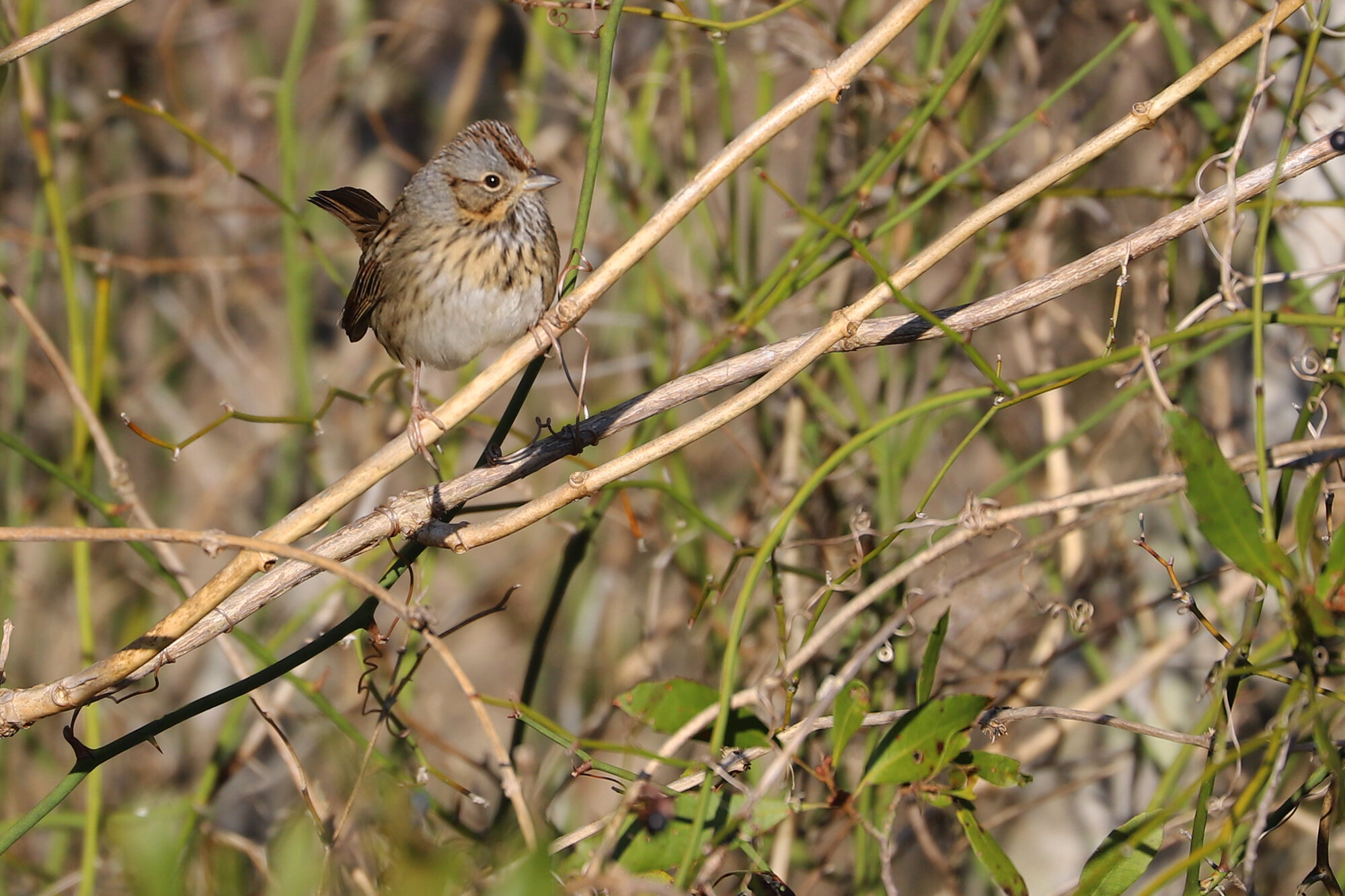

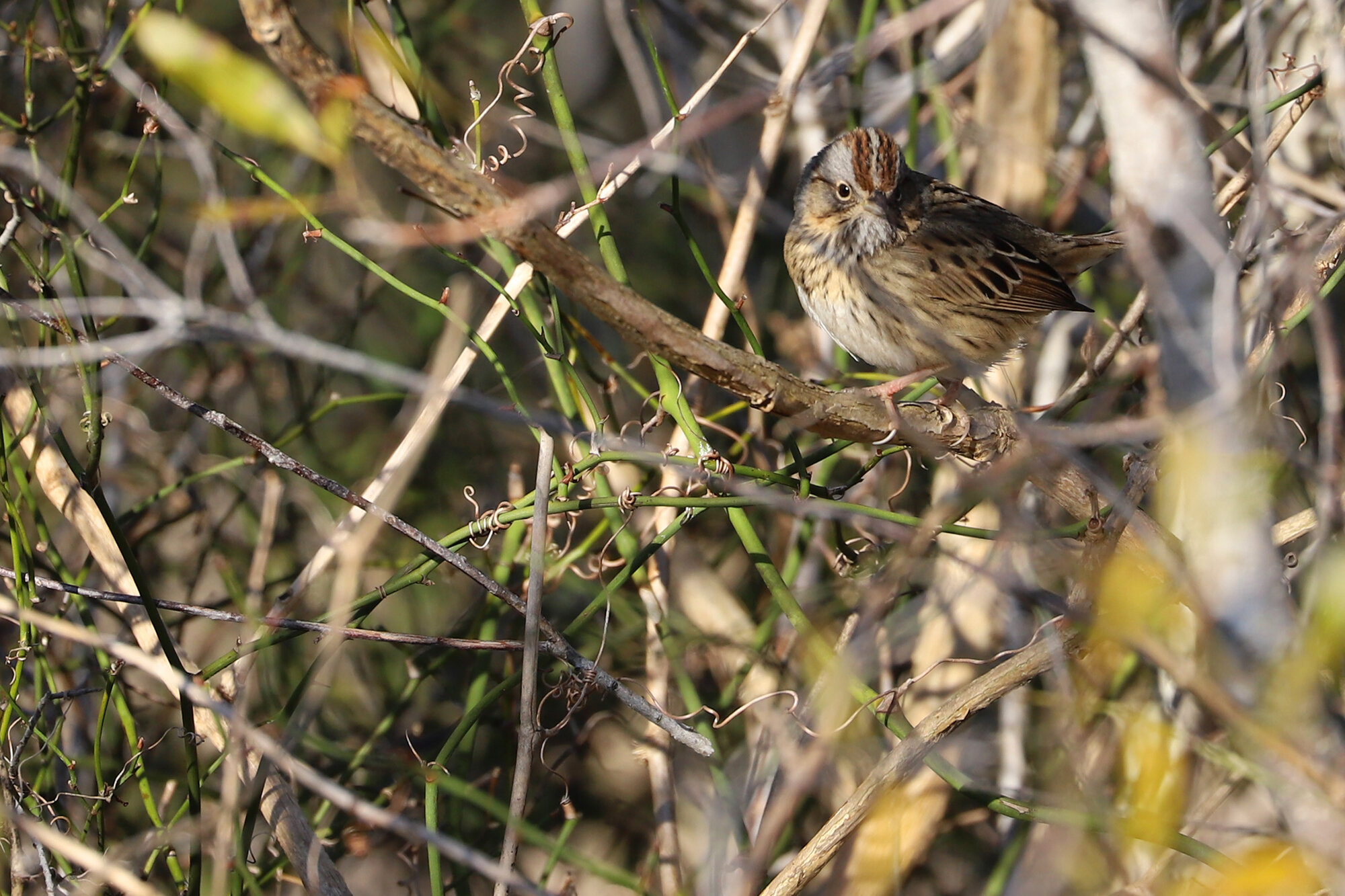
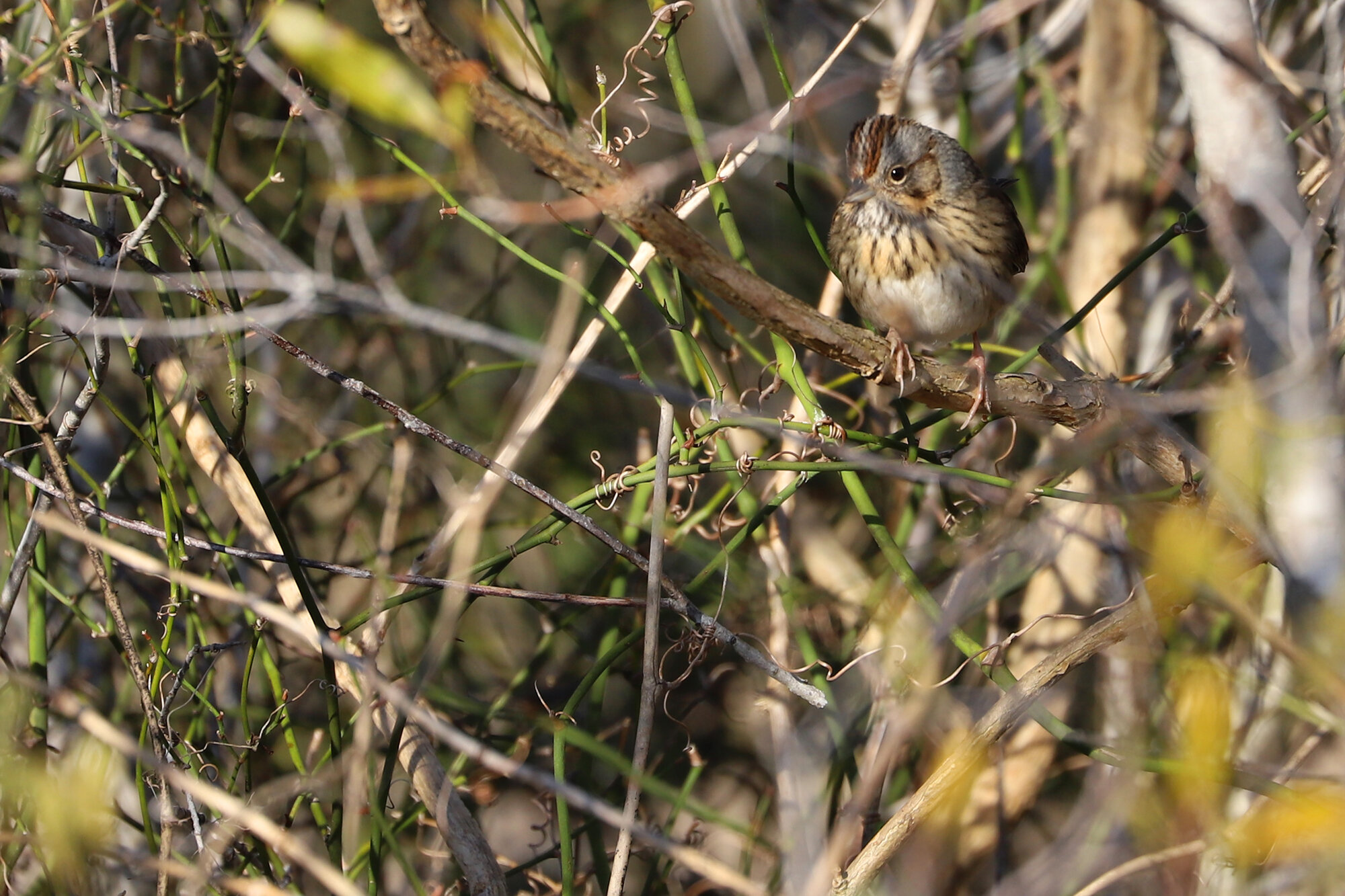

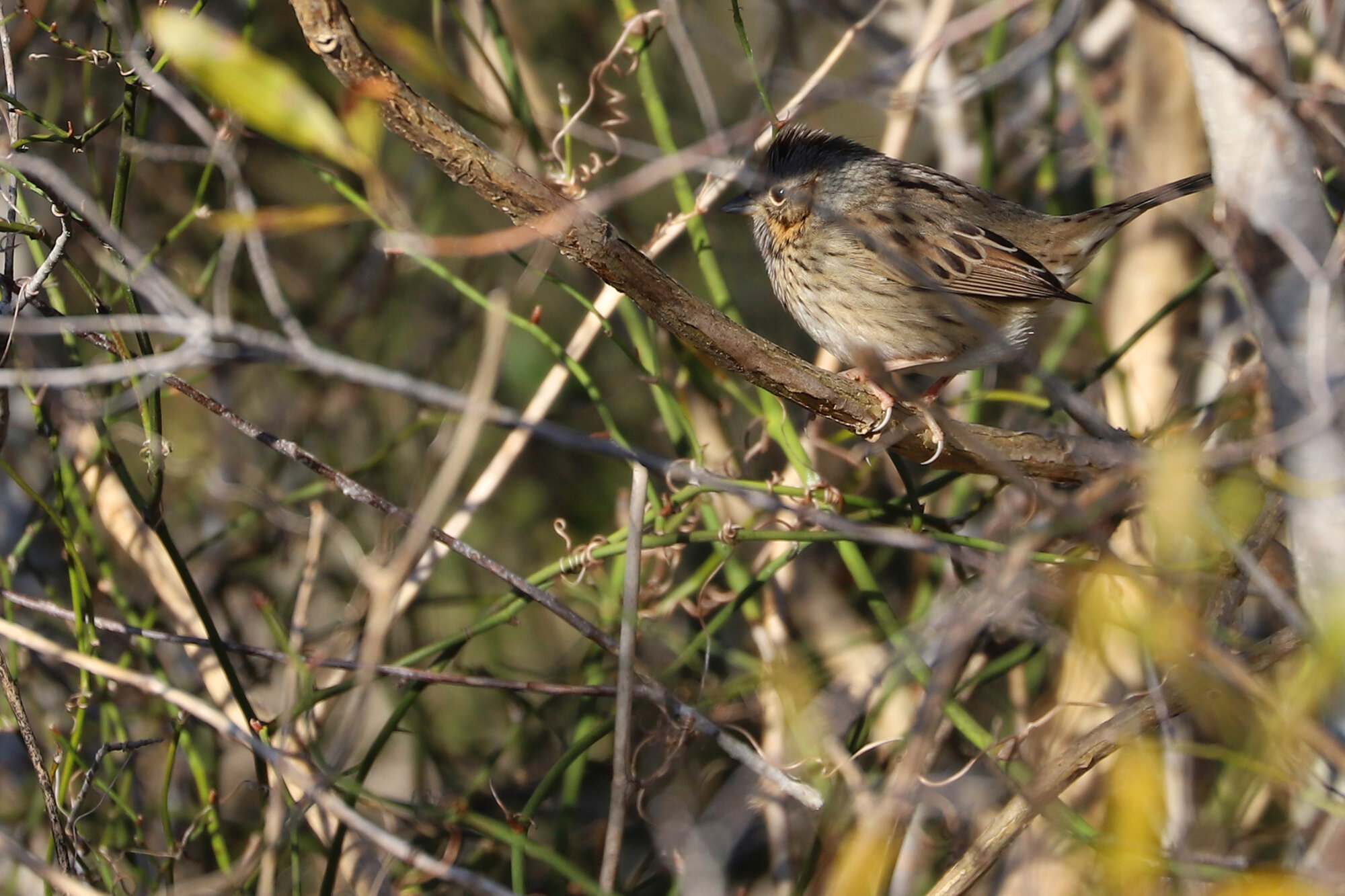
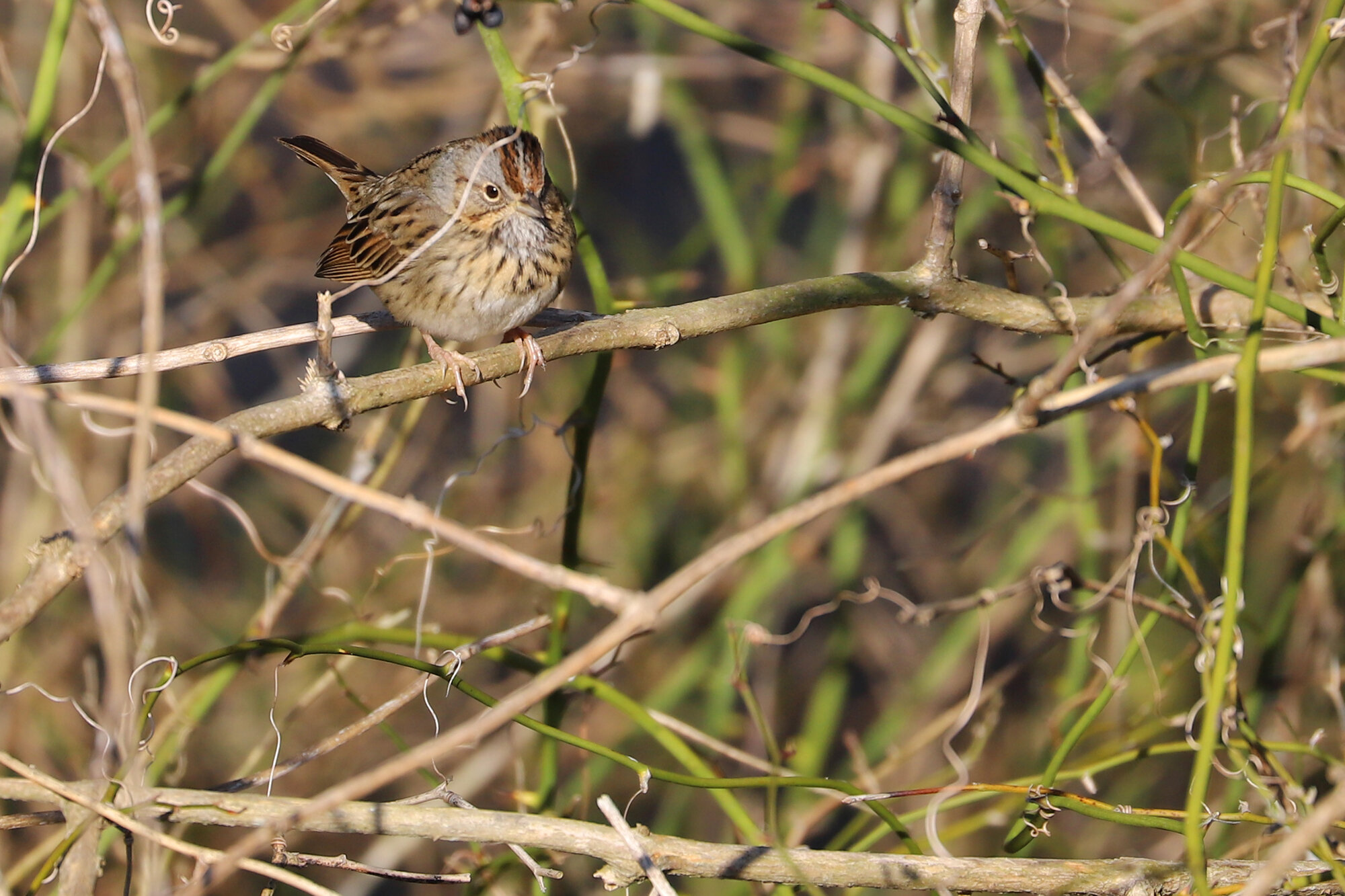
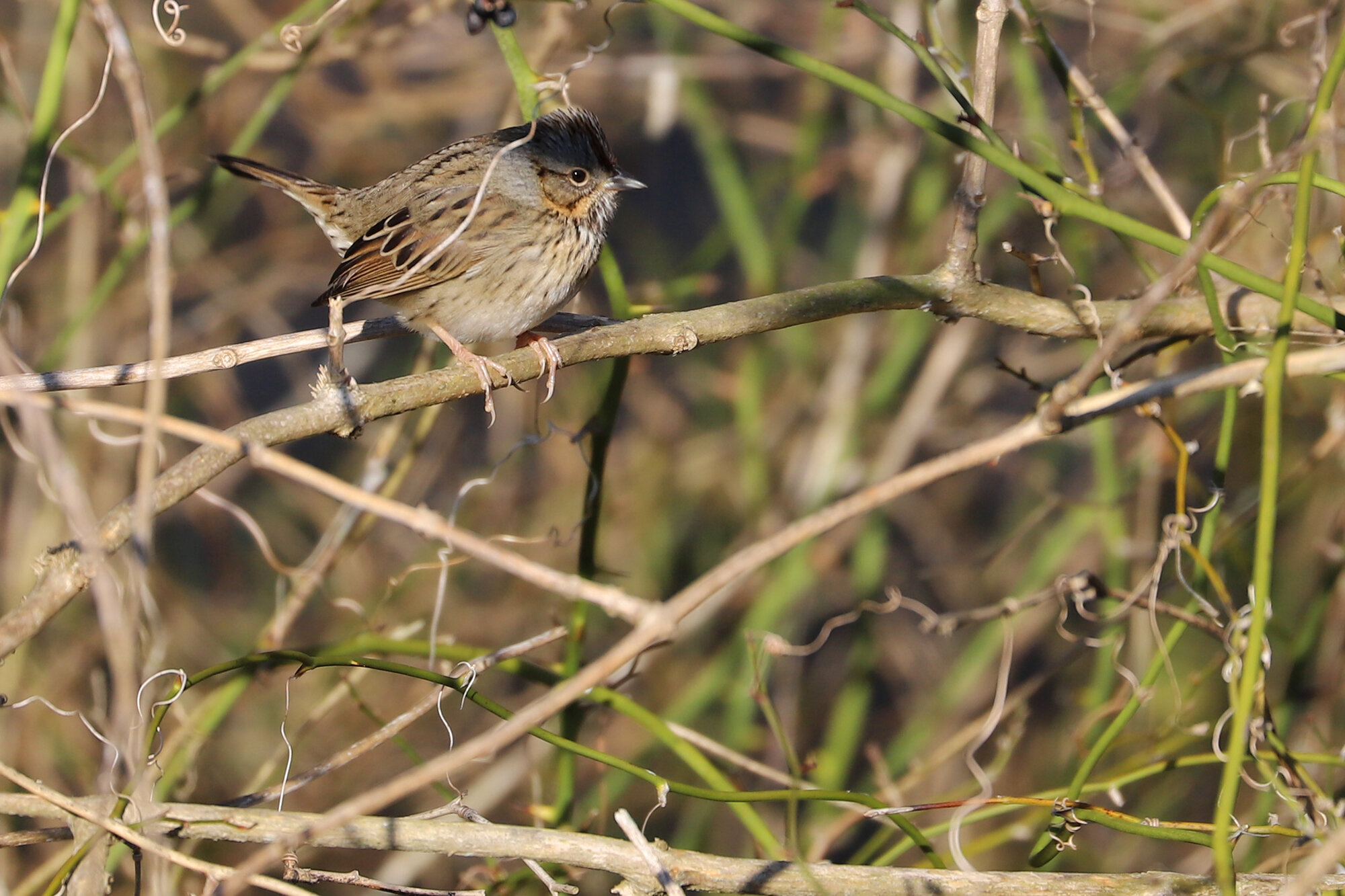
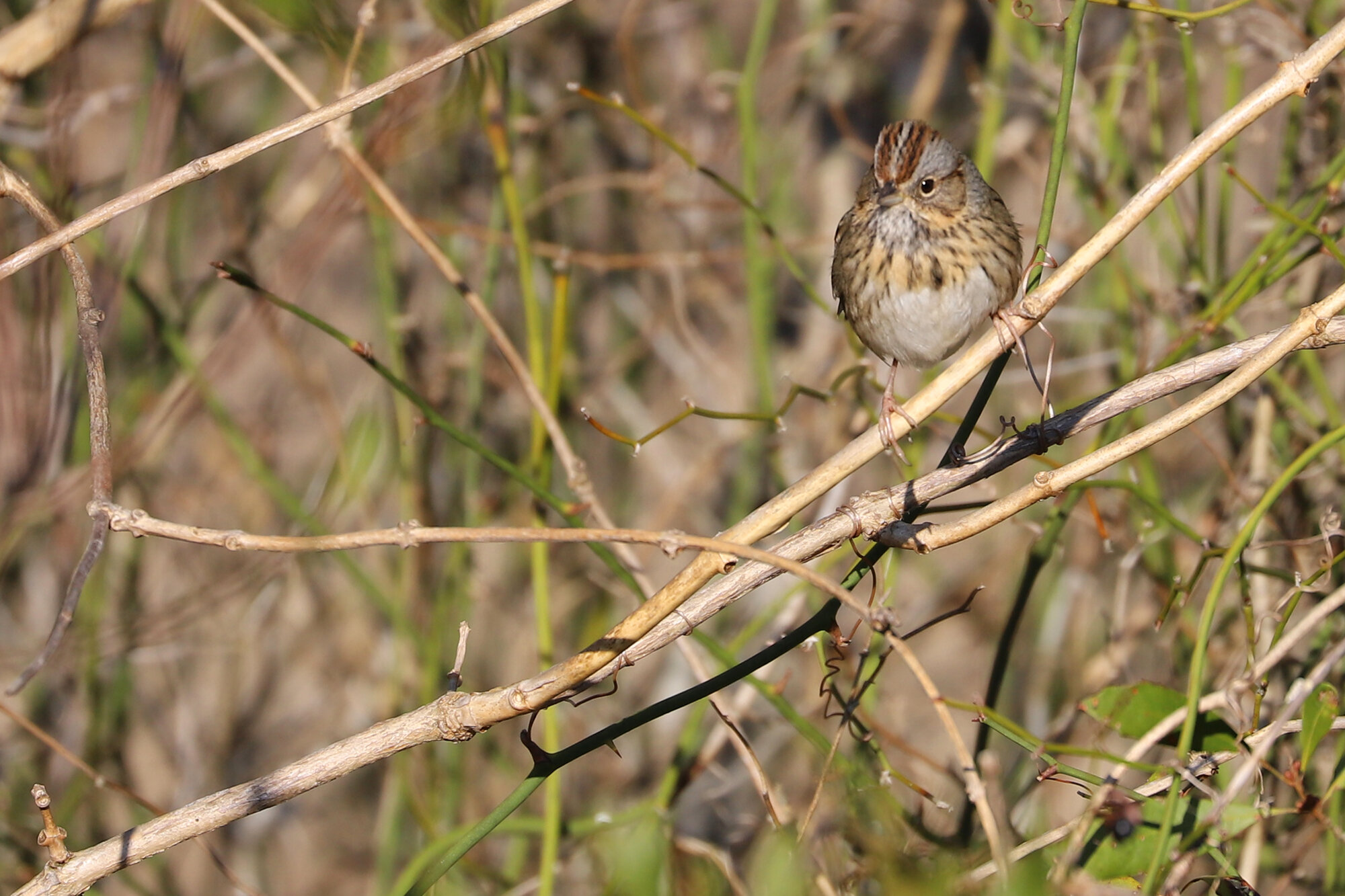
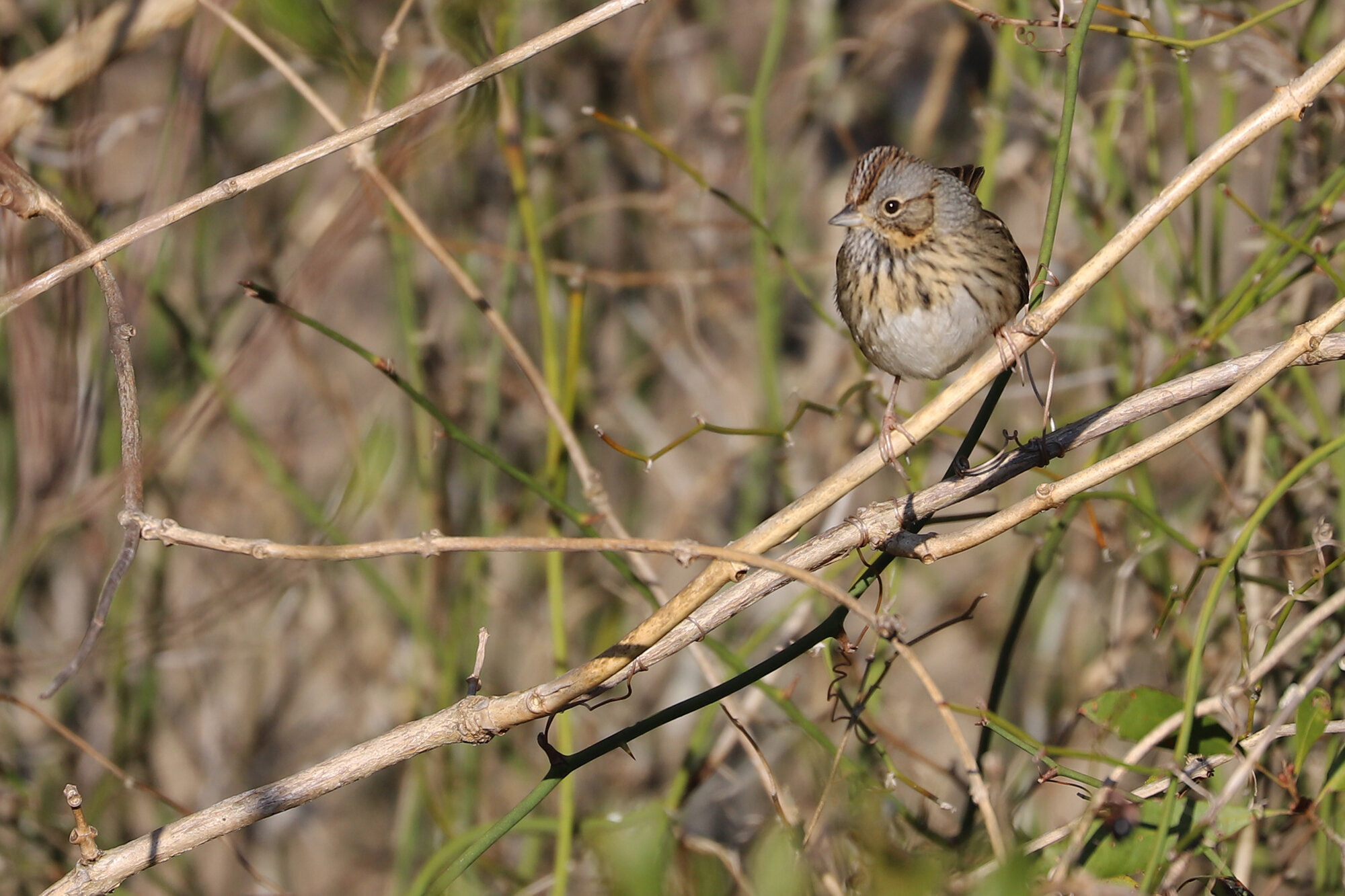

Rarely observed in Virginia Beach away from the CBBT, a flyby GREAT CORMORANT at Little Island Park on 18 Feb (vis. Edward Brinkley) made for the second onshore occurrence in 2020 (after the photographed individual in January at Rudee Inlet). Another was observed via scope from Chesapeake Beach, just west of the CBBT, on 23 Feb (vis. Andrew Baldelli). (Feb 2020 Map)
A group of 5-6 AMERICAN WHITE PELICANS was reported flying south off Fort Story JEB on 23 Feb (vis. Karen & Tom Beatty), making for the only report of the species in the city this month. Aside from these, the only other records in the state for February included an expected flock at Hog Island WMA in Surry County, distant views of likely the same individuals from James City County, and a highly unexpected individual at Groomes Point in Spotsylvania, where the species is a VARCOM review species. (Feb 2020 Map)
Expected around Lynnhaven Inlet but rare elsewhere in the city during February, a SNOWY EGRET at Princess Anne WMA Whitehurst Tract on 9 Feb (ph. Cindy Hamilton) made for an exciting find. During the current winter season (December-February) this made for only the second record away from Lynnhaven Inlet in Virginia Beach, with the four at Back Bay NWR in January being the only other record. A single report from Deal Island WMA in Maryland was the most northerly report for the species this month, and the only Virginia records away from Virginia Beach were logged at Chincoteague. (Feb 2020 Map)
Incredibly, a group of four CATTLE EGRETS was found foraging along Munden Point Road on 21 Feb (ph. Andrew Baldelli), making for an unexpected find with the species typically being absent from the state from mid-January to late March. Additionally, a pair was observed in westbound flight over Princess Anne WMA Whitehurst Tract on 23 Feb (ph. Rob Bielawski), and perhaps the same, or another pair was observed in the parking lot at Back Bay NWR during strong fog on 26 Feb (ph. Steve Keith). Aside from an individual in Talbot County, Maryland from 4-6 Feb, the Virginia Beach records were the most northerly for the species during February, and the nearest record in the latter third of the month occurred way south of us in Colleton County, South Carolina. (Feb 2020 Map)
Another miraculous wintering wader, the immature YELLOW-CROWNED NIGHT-HERON that lingered through January at Pleasure House Point NA continued through February as well, with photographed records submitted for 1 Feb (ph. Rob Bielawski) and 22 Feb (ph. Rob Bielawski). While there has also been a wintering immature documented in New York County, New York, the next farthest north occurrence during February was far south of us in Charleston, South Carolina. (Feb 2020 Map)
Sora / Back Bay NWR / 1 Feb; please click this photo to advance to the next!
Sora / Back Bay NWR / 1 Feb
Sora / Back Bay NWR / 1 Feb
Northern Gannets / Little Island Park / 1 Feb
Northern Gannet / Little Island Park / 1 Feb
Northern Gannet / Little Island Park / 1 Feb
Willet (Western) / Little Island Park / 1 Feb
Willet (Western) / Little Island Park / 1 Feb
Marsh Wren / Back Bay NWR / 1 Feb
Marsh Wren / Back Bay NWR / 1 Feb
Marsh Wren / Back Bay NWR / 1 Feb
White Ibis / Back Bay NWR / 1 Feb
White Ibis / Back Bay NWR / 1 Feb
Eastern Meadowlark / Back Bay NWR / 1 Feb
Northern Pintails / Back Bay NWR / 1 Feb
Double-crested Cormorant & Hooded Merganser / Pleasure House Point NA / 1 Feb
Great Egret / Pleasure House Point NA / 1 Feb
Great Egret / Pleasure House Point NA / 1 Feb
Black-crowned Night-Heron / Pleasure House Point NA / 1 Feb
Black-crowned Night-Heron / Pleasure House Point NA / 1 Feb
Black-crowned Night-Heron / Pleasure House Point NA / 1 Feb
Black-crowned Night-Heron / Pleasure House Point NA / 1 Feb
Great Egret / Pleasure House Point NA / 1 Feb
Belted Kingfisher / Pleasure House Point NA / 1 Feb
Gadwall / Pleasure House Point NA / 1 Feb
Gadwall / Pleasure House Point NA / 1 Feb
Ruby-crowned Kinglet / Pleasure House Point NA / 1 Feb
Ruby-crowned Kinglet / Pleasure House Point NA / 1 Feb
Palm Warbler (Western) / Princess Anne WMA Beasley Tract / 2 Feb
Canada Geese / Princess Anne WMA Beasley Tract / 2 Feb
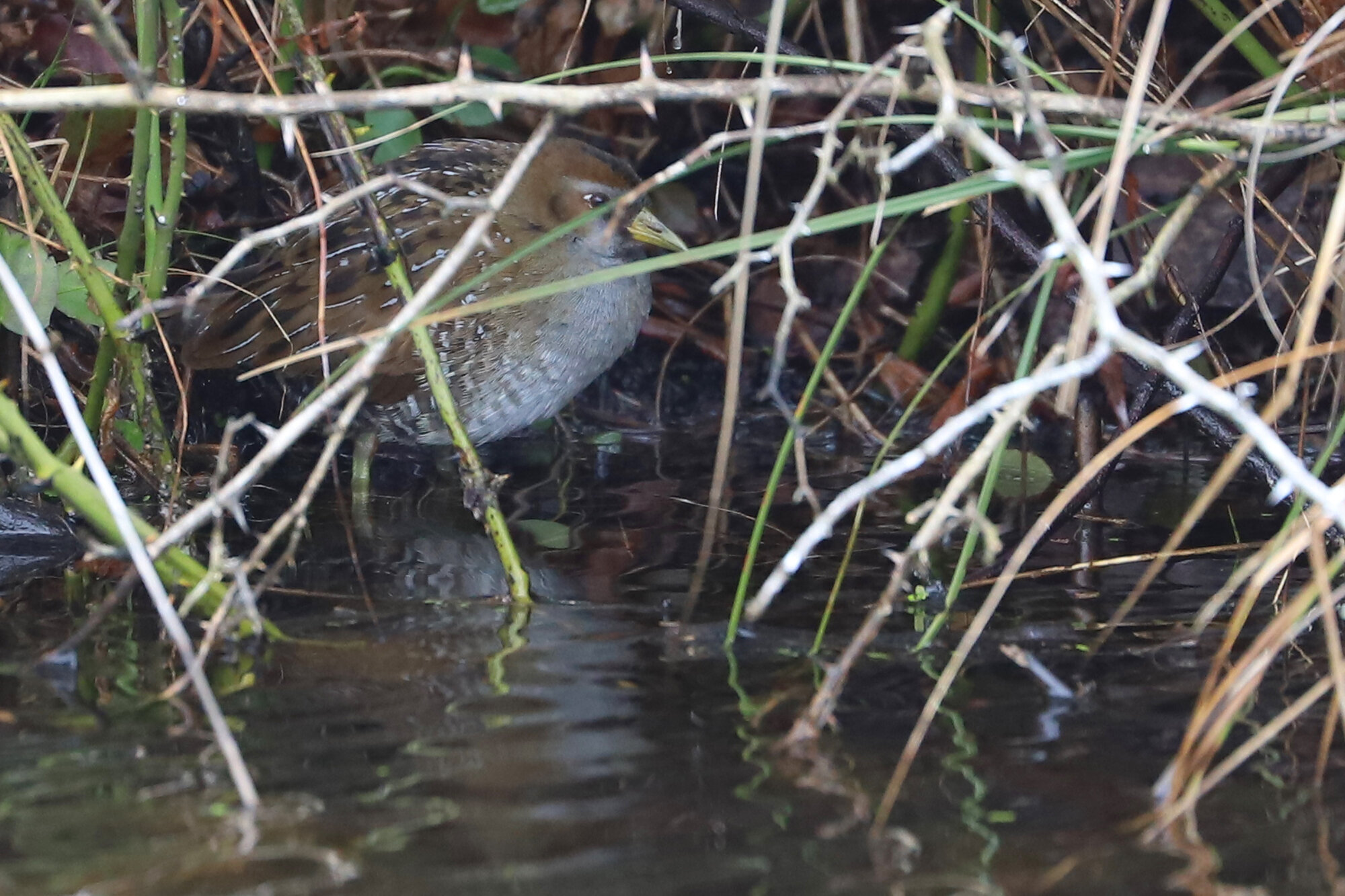
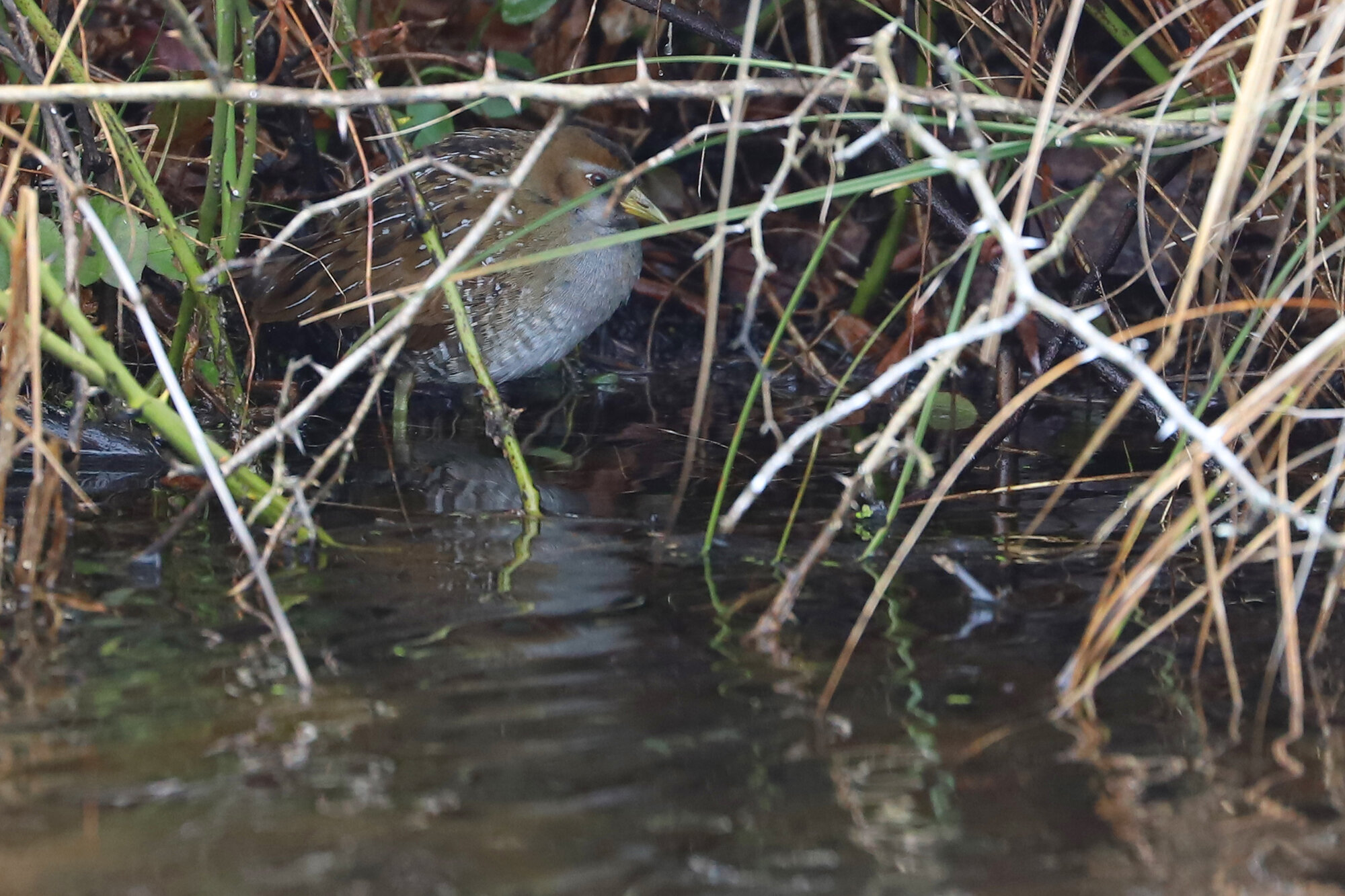


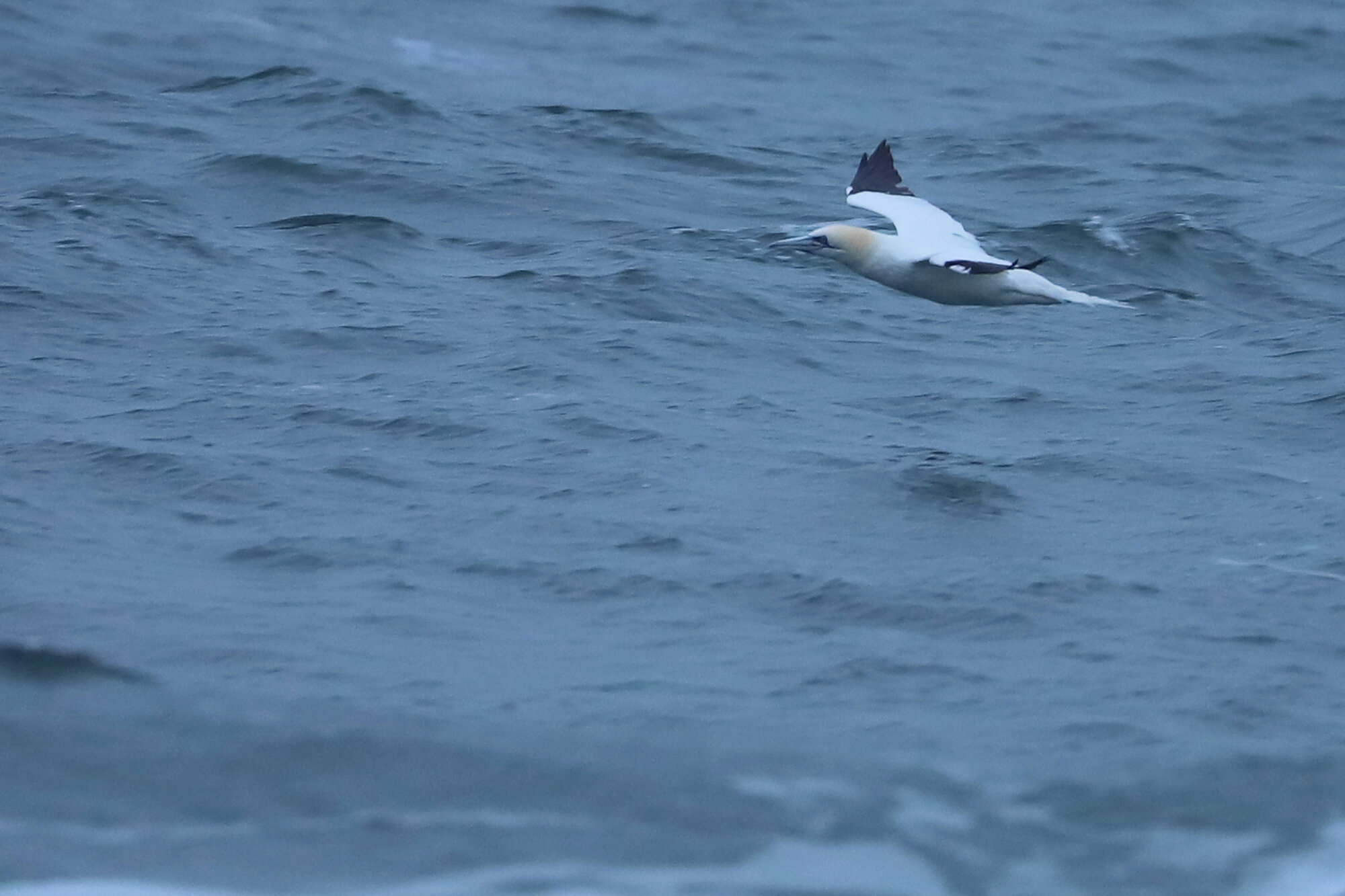
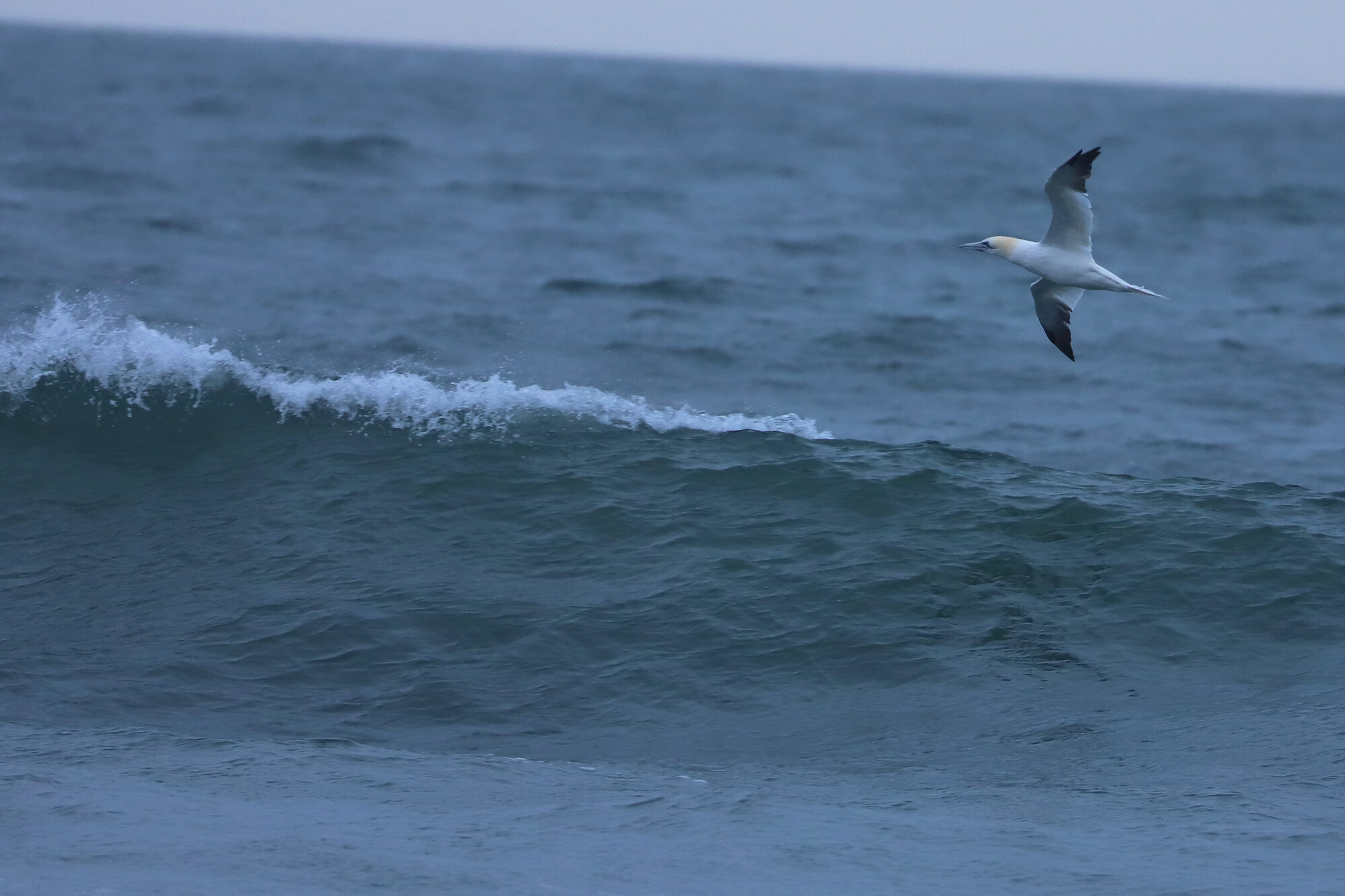
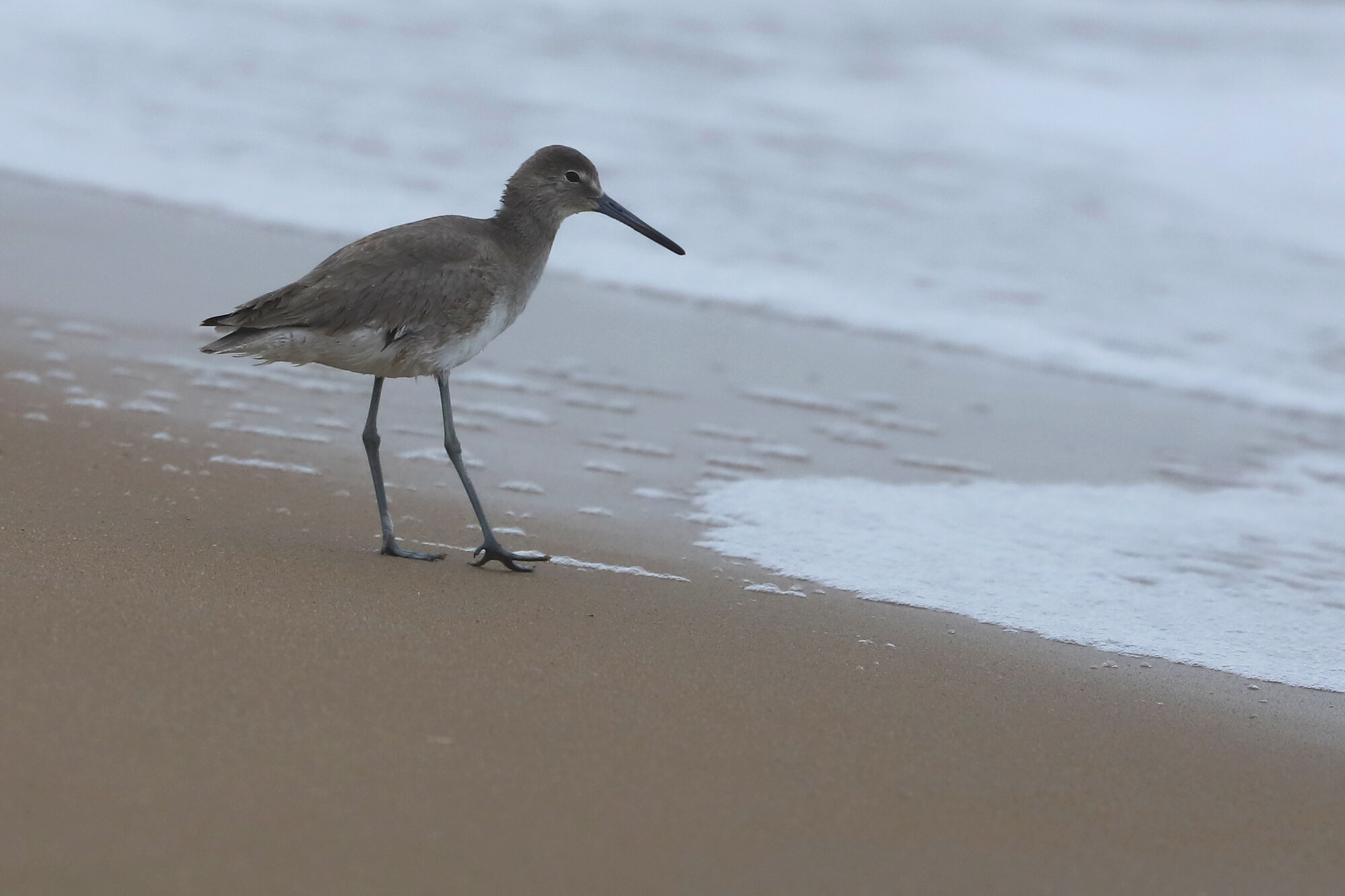
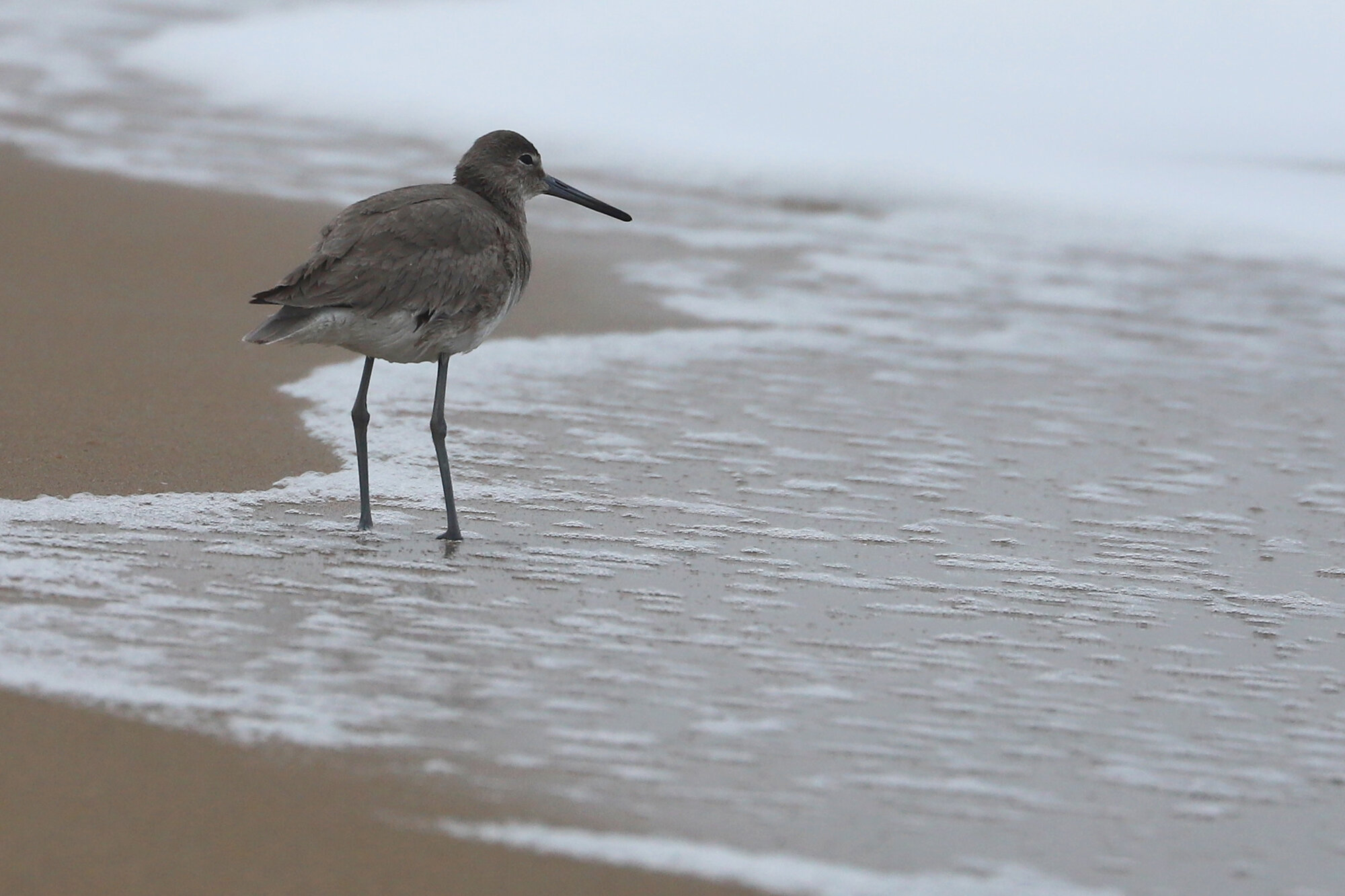
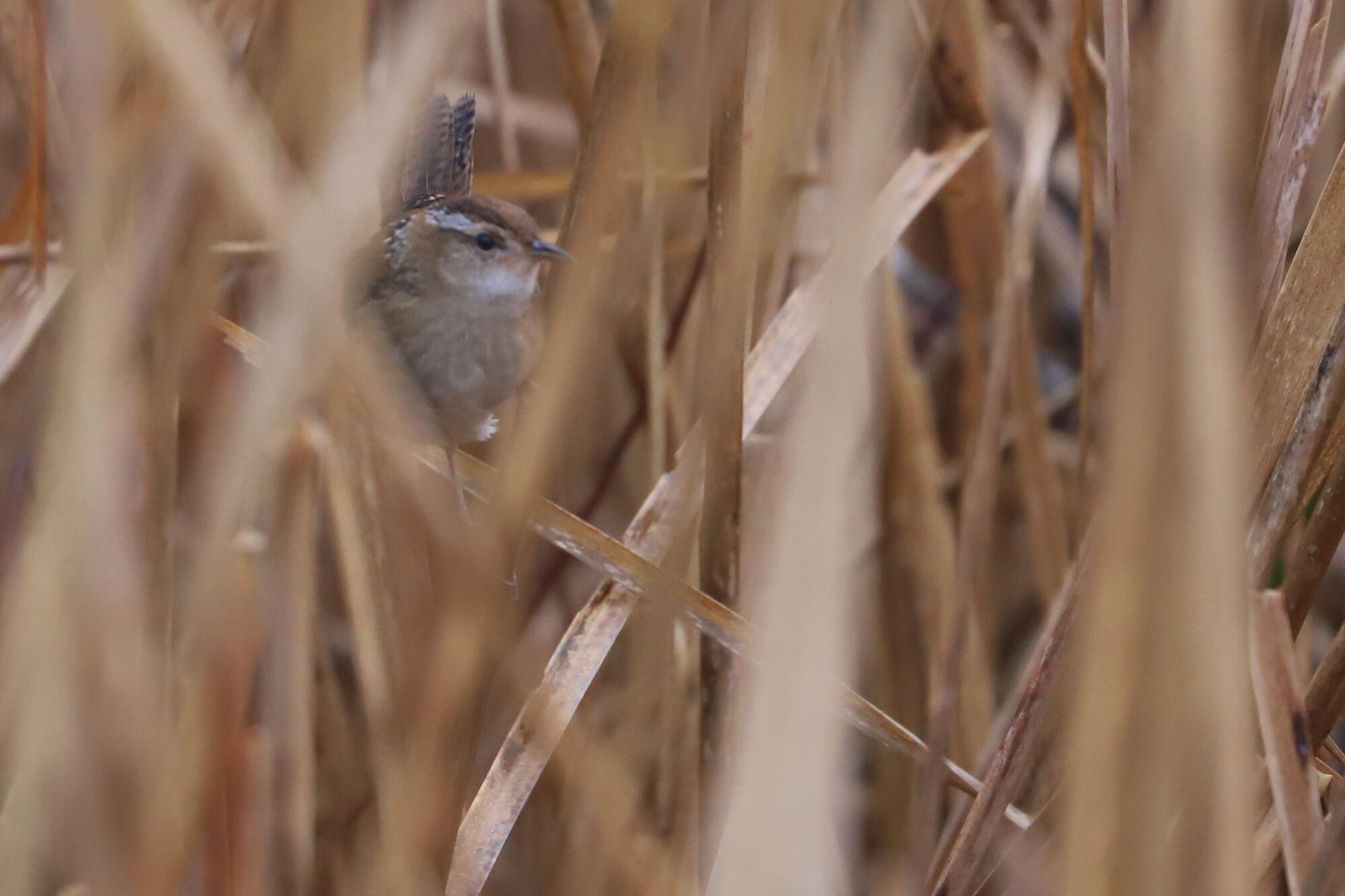
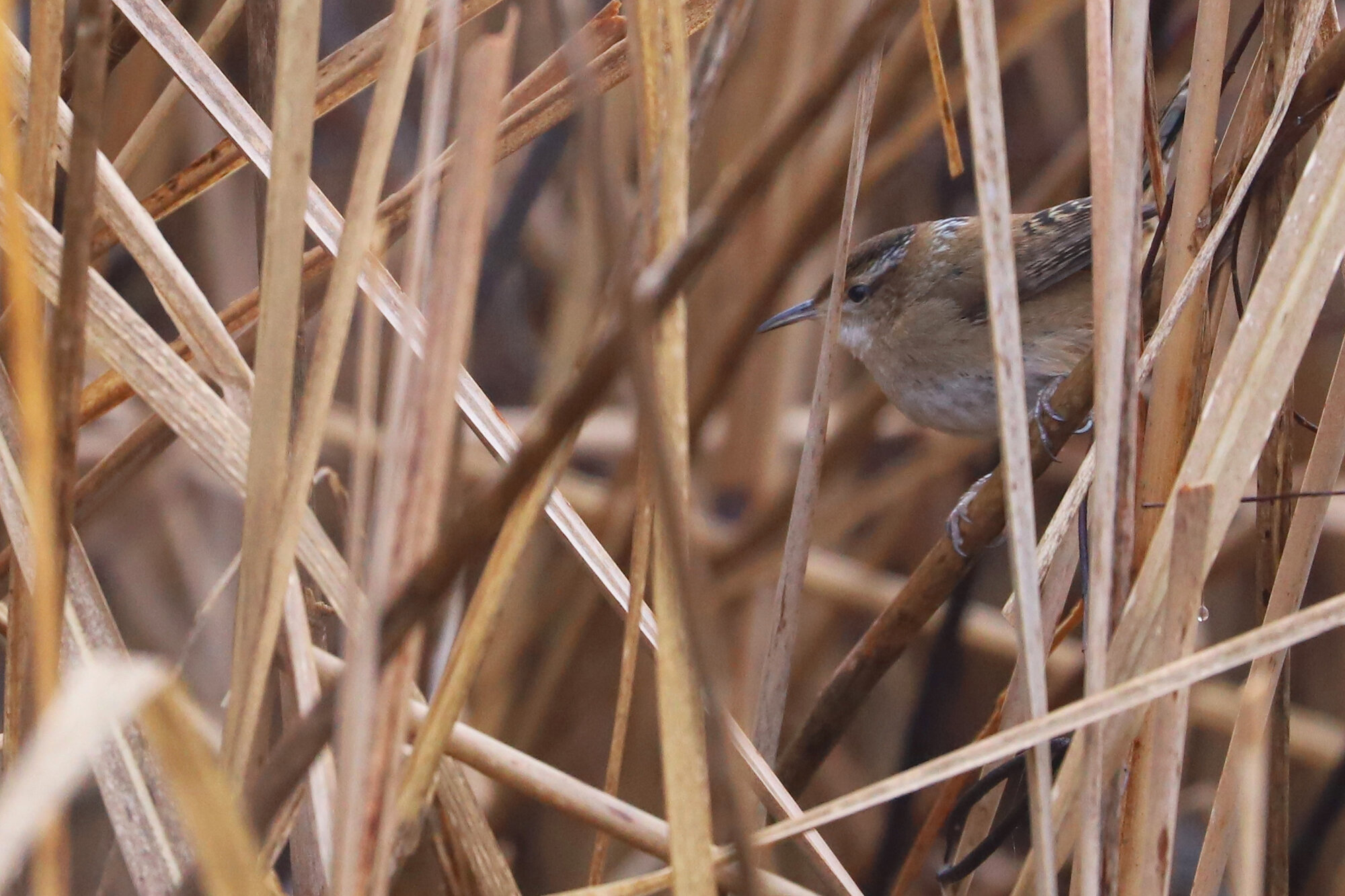
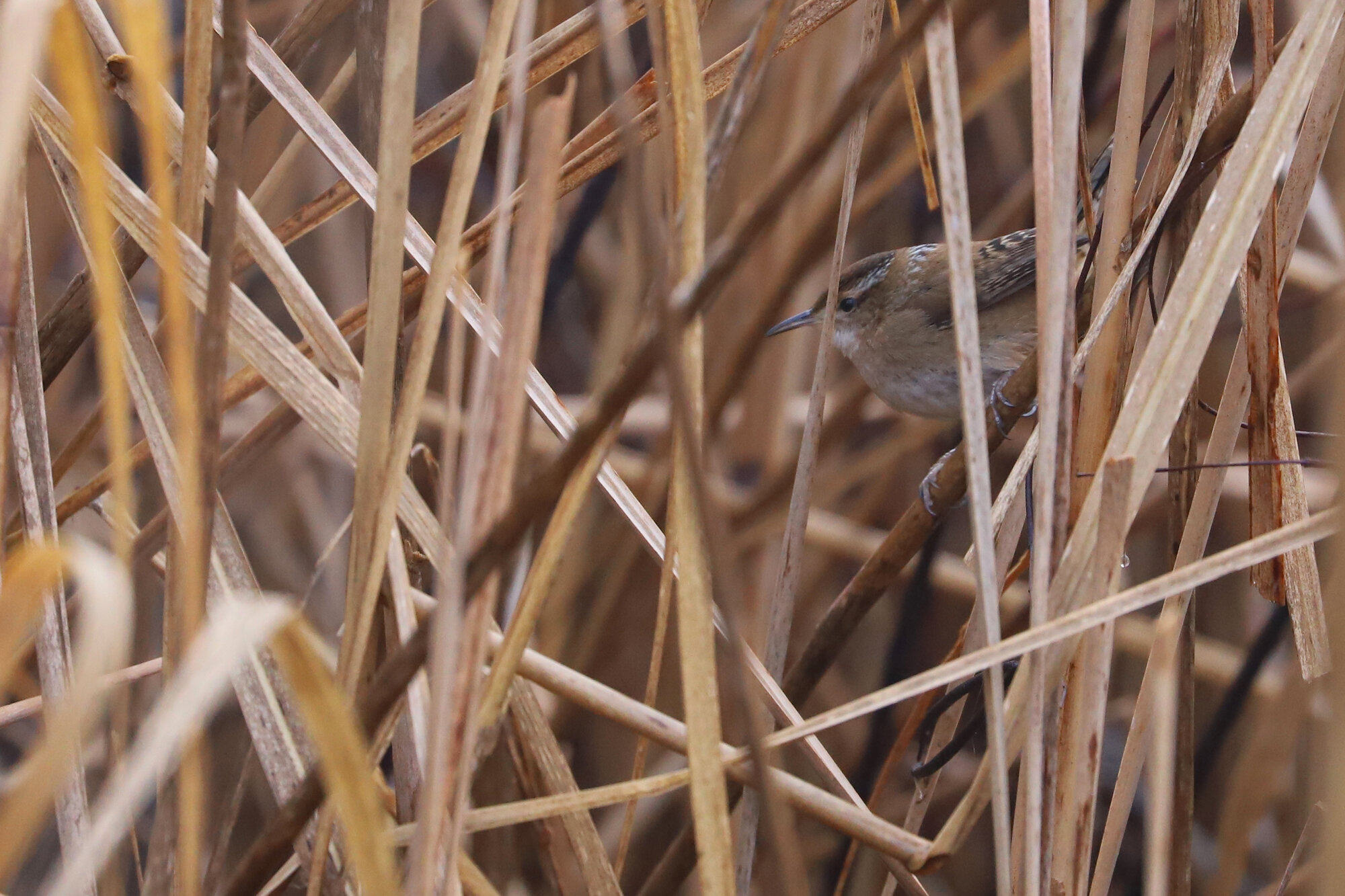
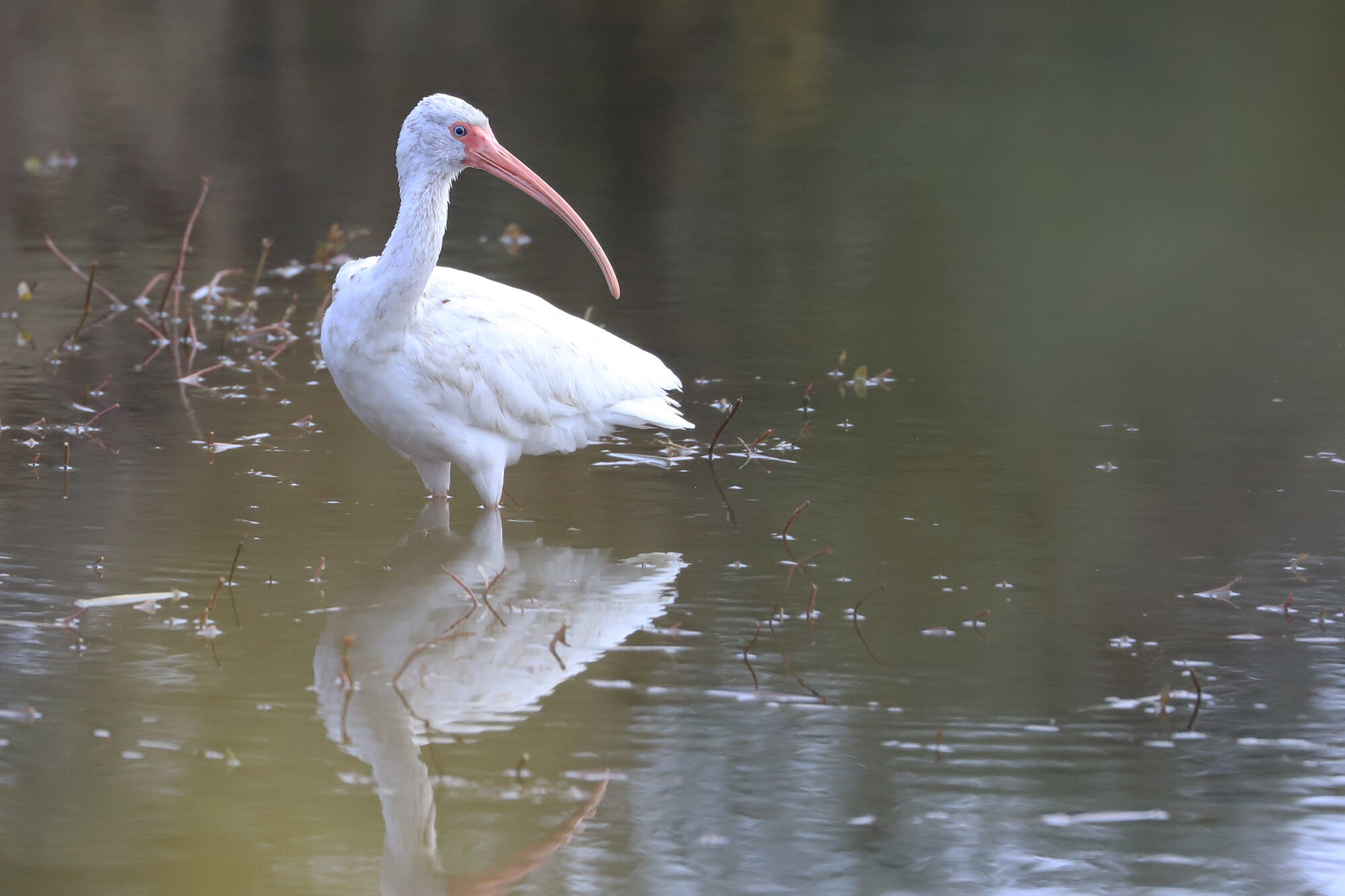
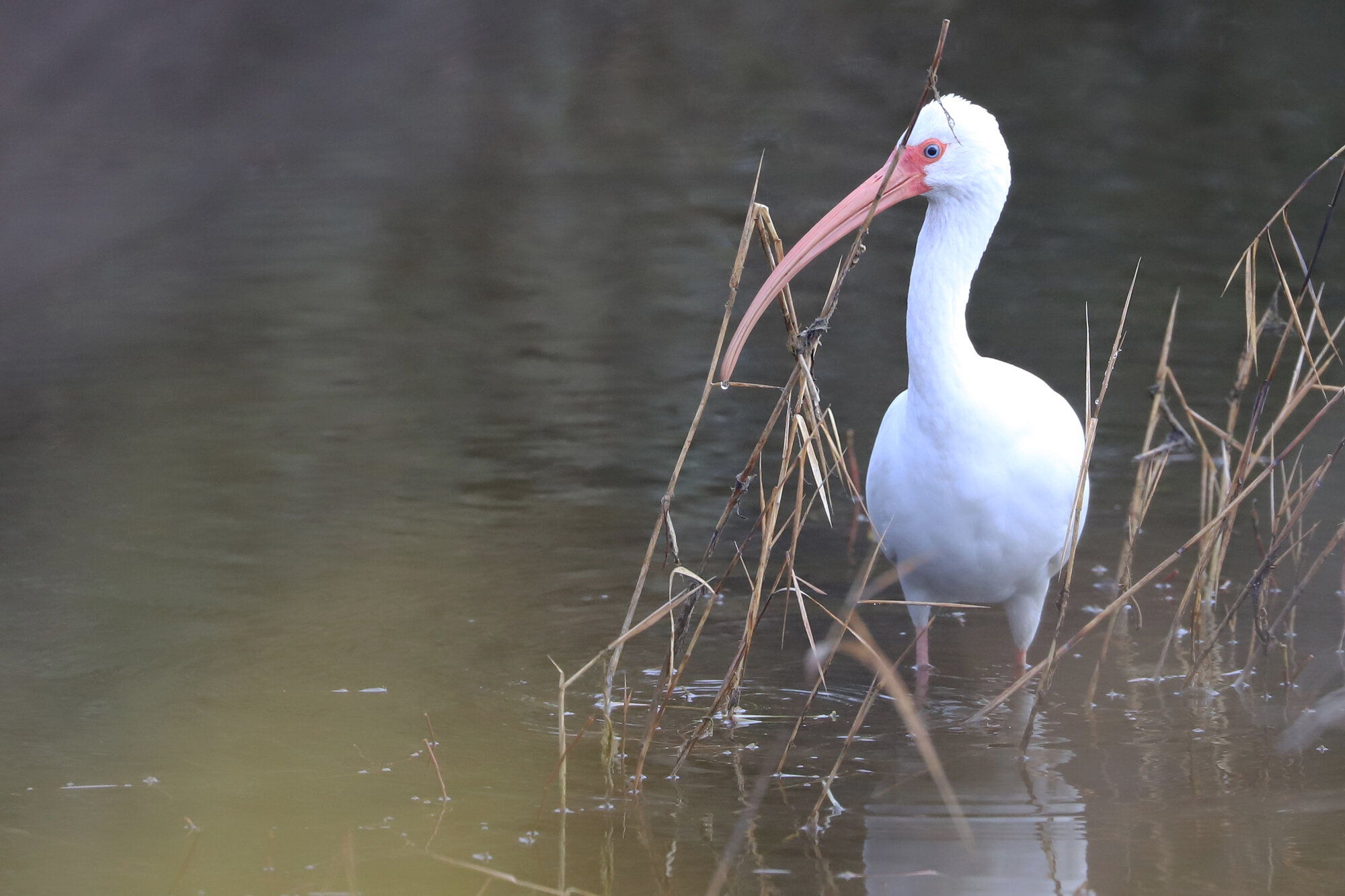

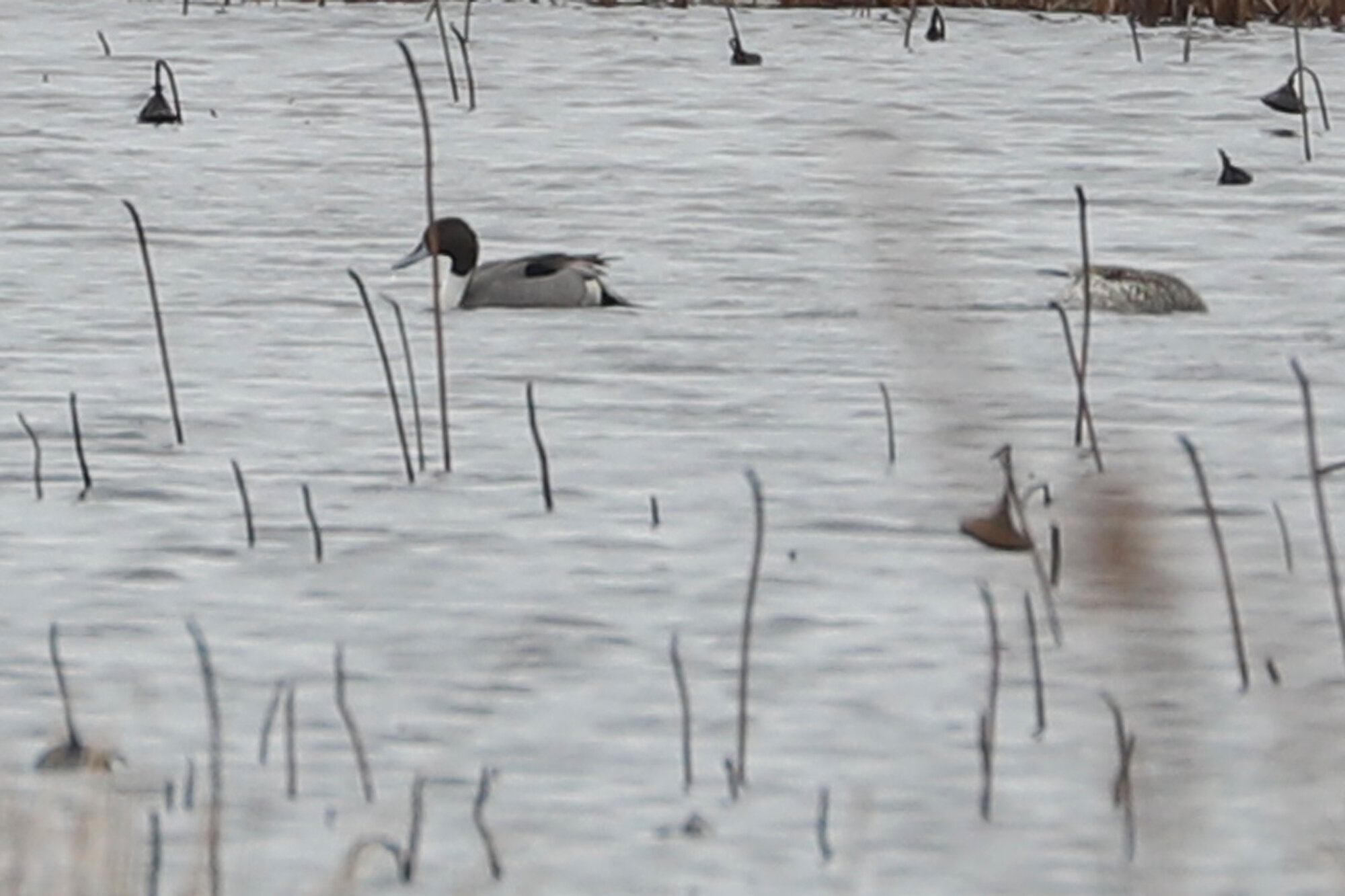

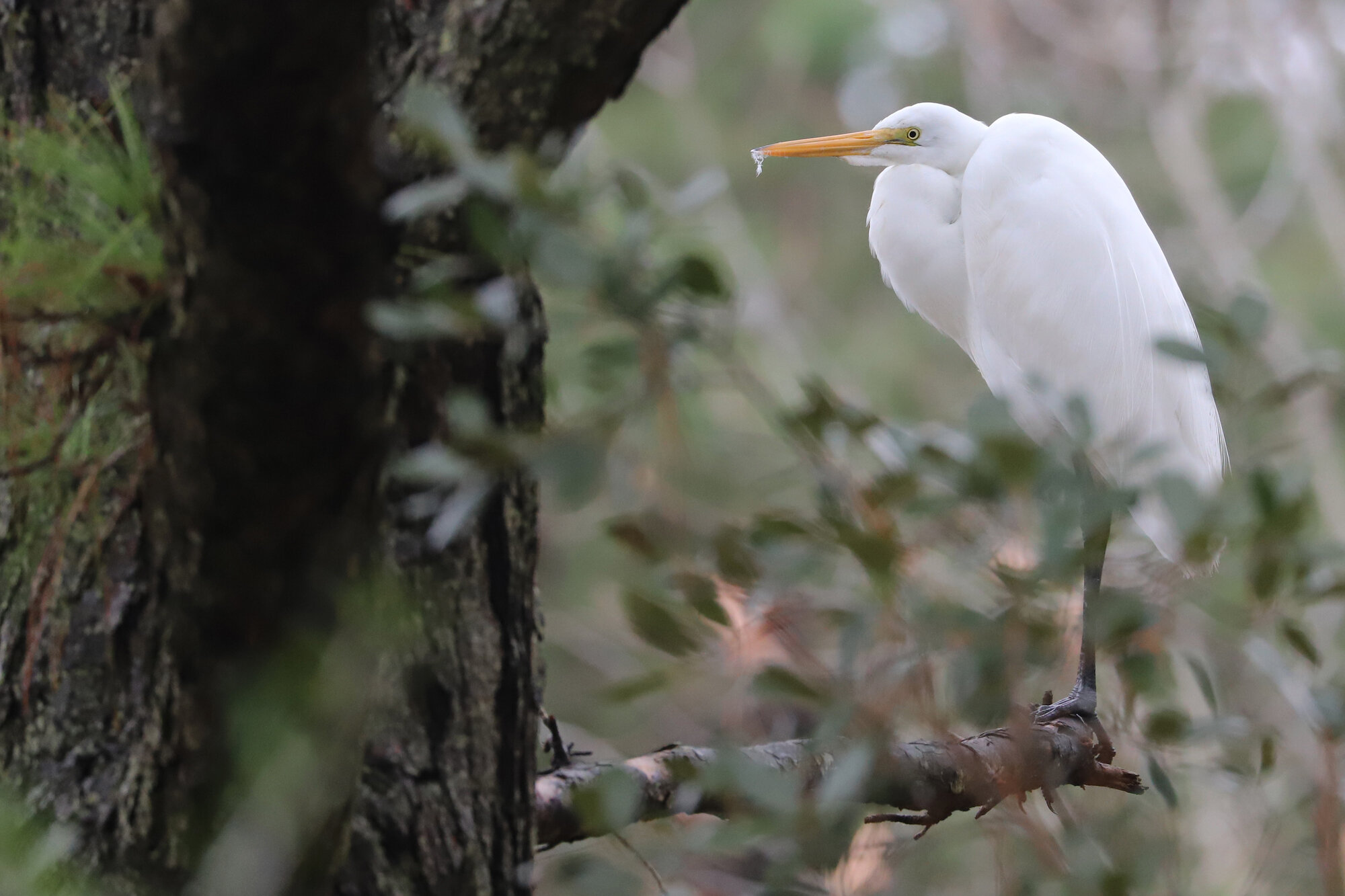
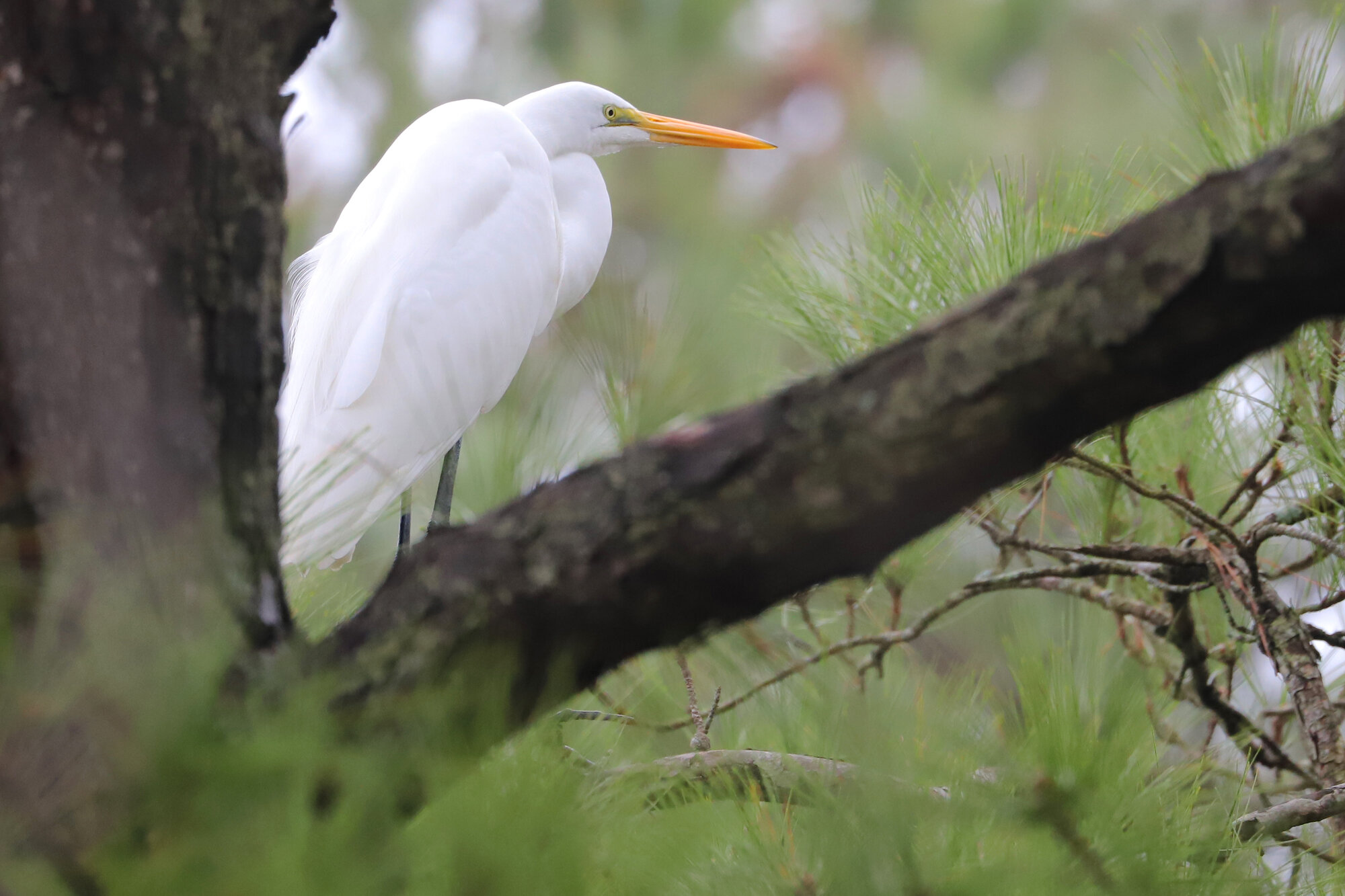

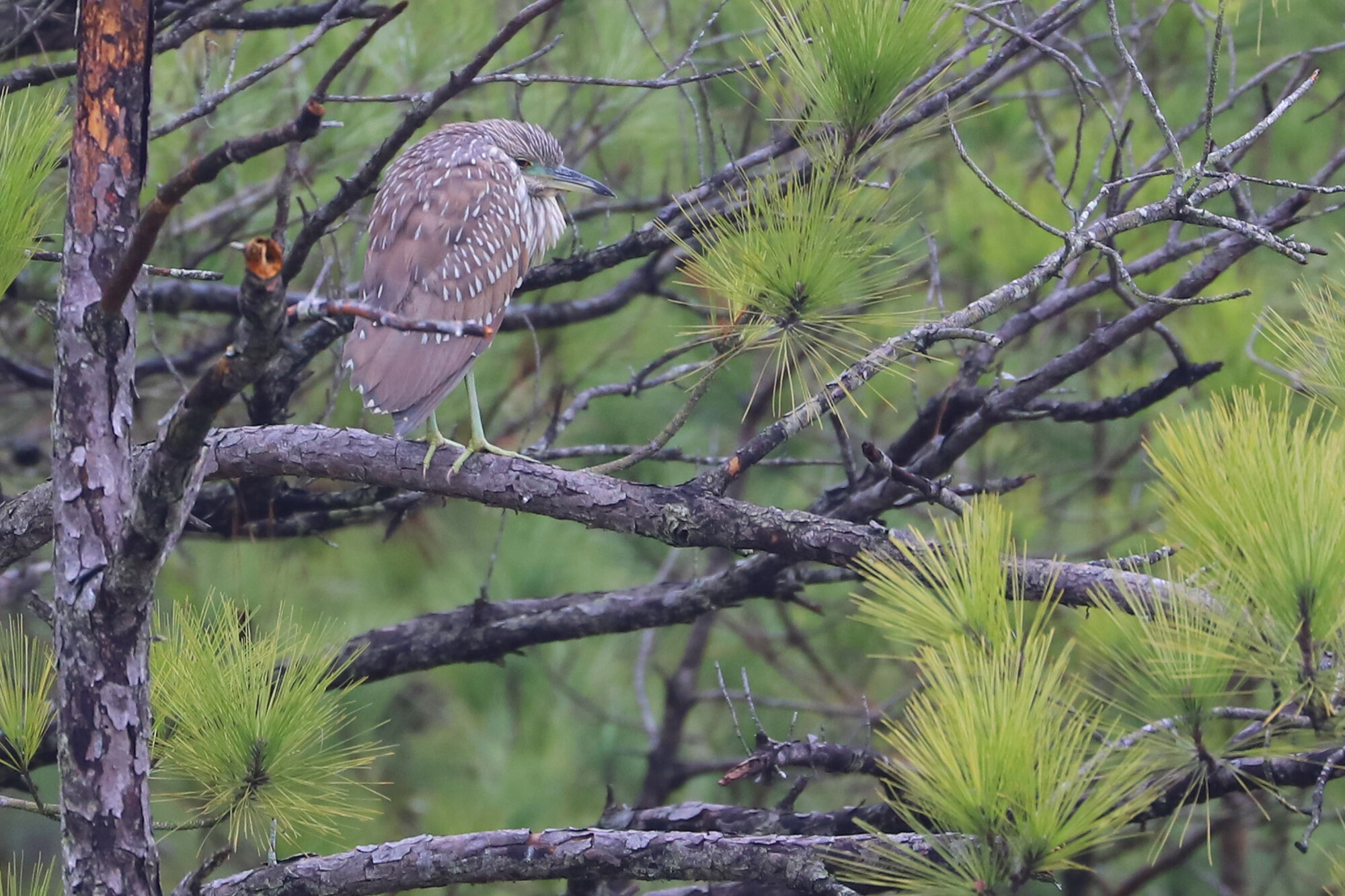


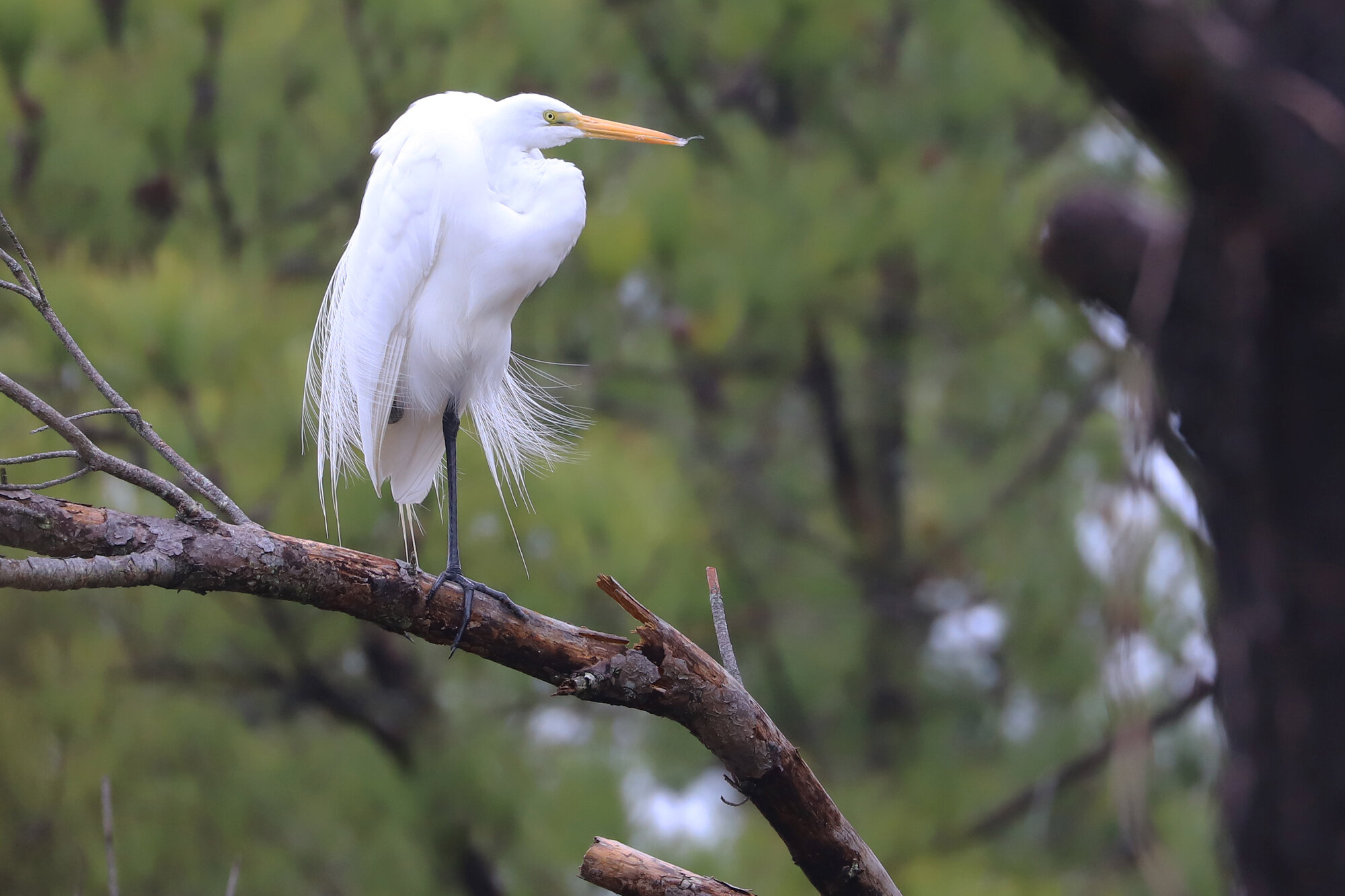


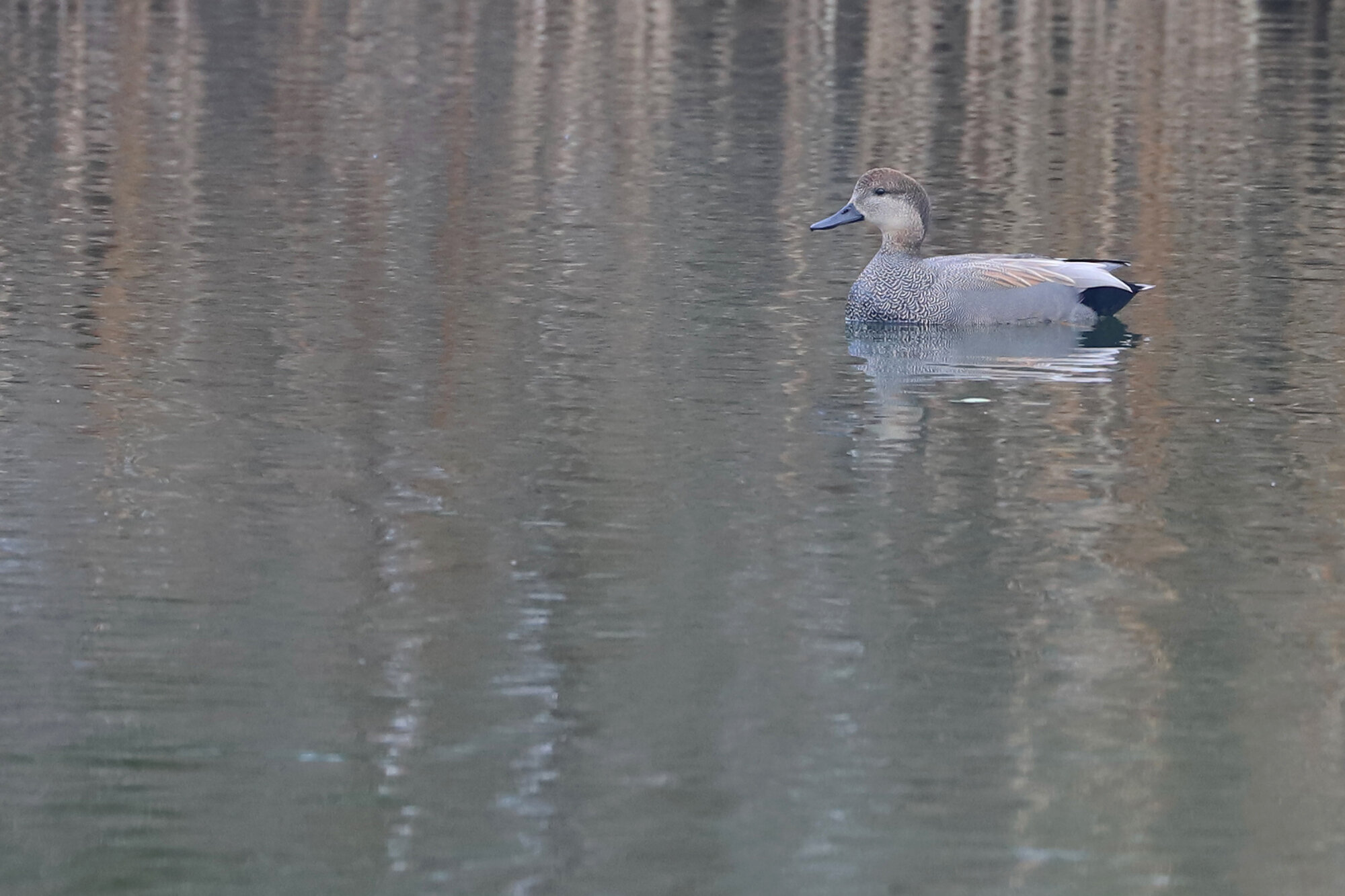
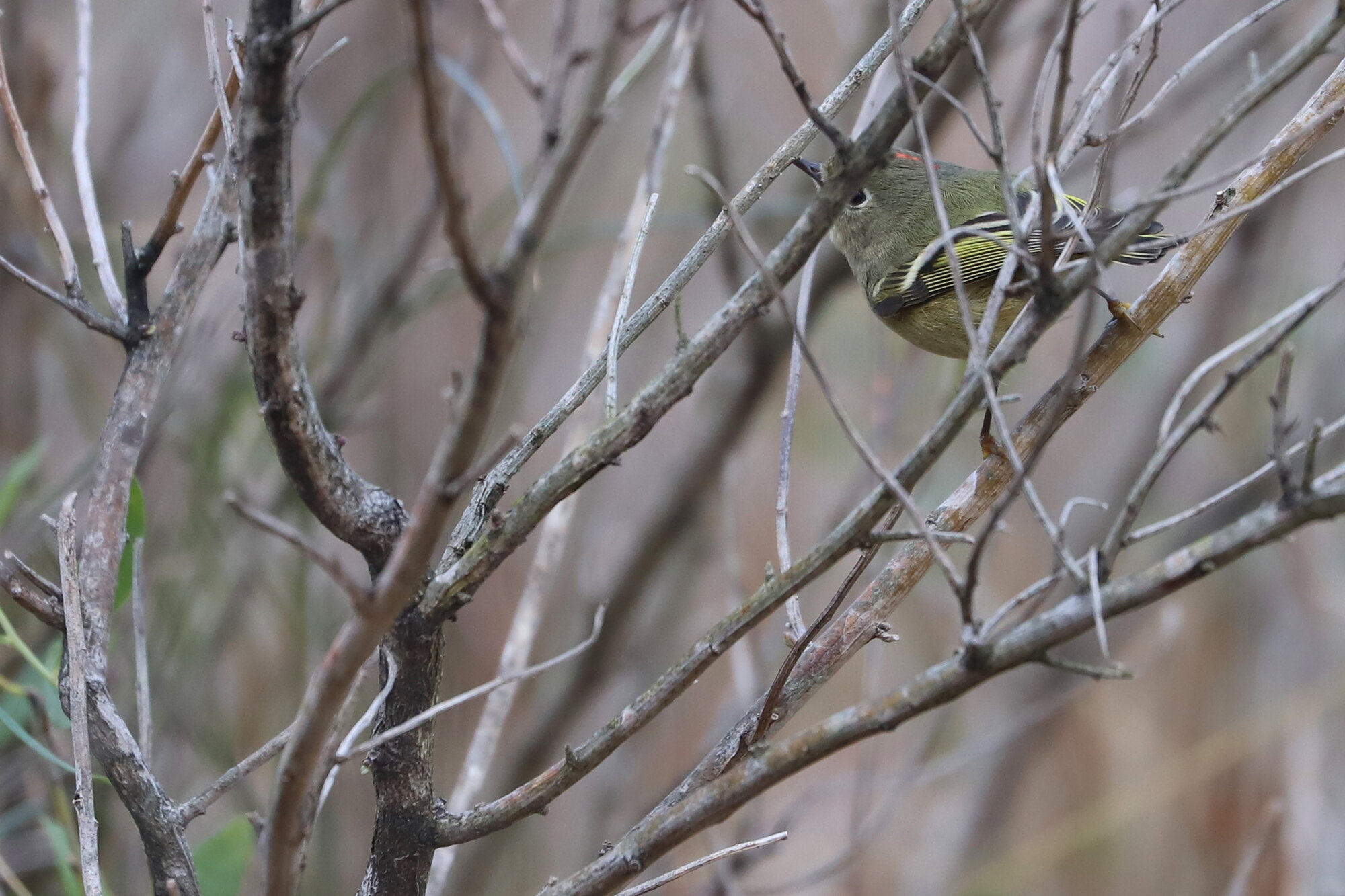

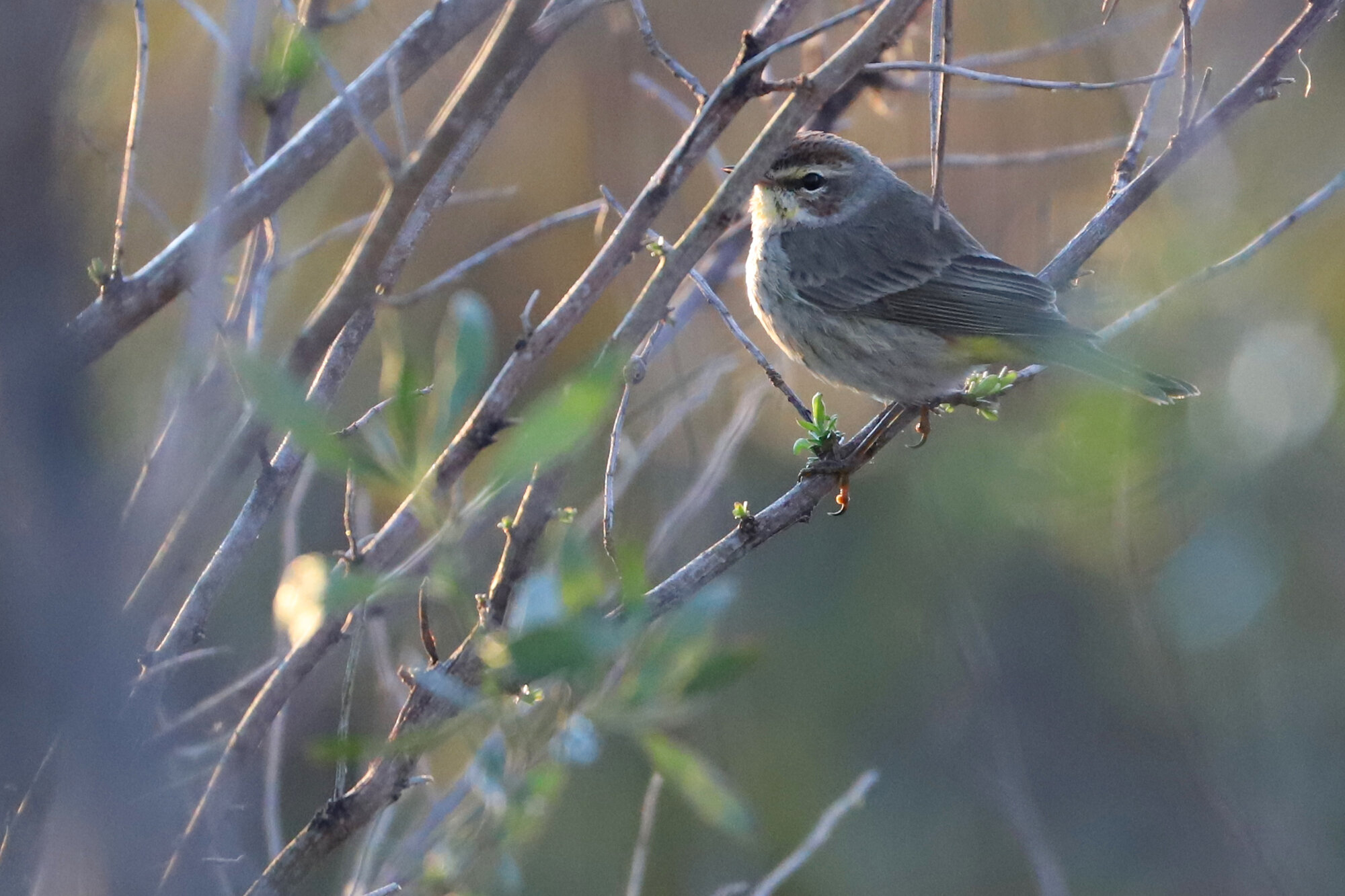

Continuing at the same location since late Nov, the WHITE-EYED VIREO wintering in the thicket east of the Princess Anne WMA Whitehurst Tract parking lot continued to be observed throughout February, with the most recent record occurring on 23 Feb (obs. Reuben Rohn). At least three individuals were recorded in different counties in Maryland during February, and Northampton & Suffolk held records in Virginia for this species as well, though there were no other records farther up the East Coast. (Feb 2020 Map)
Of similar wintering distribution to the vireo above, a pair of BLUE-GRAY GNATCATCHERS found at First Landing SP on 15 Feb (ph. June McDaniels) made for an excellent surprise. Though there were a few scattered records this month in Virginia’s coastal plain and in Northern Virginia, the northerly outlier occurred in New Jersey. With no records in Virginia Beach since early Dec, and the earliest spring arrivals not likely for almost a month after this report, certainly this pair of gnatcatchers has wintered & survived the attempt. (Feb 2020 Map)
Ironically following suit with its distribution here in January, a single PINE SISKIN found at a backyard feeder in Cypress Point on 22 Jan (vis. Debbie Schroeder) continued, but was only observed once this month, on 20 Feb (vis. Debbie Schroeder). This made for the only record for the species in this clearly, non-irruption year for the species. Also mirroring January, there was not a single photographed record for this species in the state during February, though there was an uptick in reports likely due to the Great Backyard Bird Count event in the middle of the month. (Feb 2020 Map)
Potentially five different WHITE-CROWNED SPARROWS were observed at the Harris Teeter Retention Ponds off Princess Anne Road during February, with the latest report on 26 Feb (ph. Steve Keith). Three immatures of the Dark-lored race were noted 15 Feb (vis. Nick Newberry & Andrew Rapp), marking the highest known count of immatures at the location this winter. Also, both an adult Dark-lored and an adult Gambel’s, continued to be present, with the latter last observed on 21 Feb (ph. June McDaniels). Craney Island DA (Restricted) was the only other location in Hampton Roads to produce ongoing records this month, with a high count of 10 individuals being the most ever recorded there in eBird, and this continued to be the only known occurrence for Gambel’s White-crowned Sparrow in the state. (Feb 2020 Map)
The wintering LINCOLN’S SPARROW first noted at Princess Anne WMA Whitehurst Tract on 10 Nov (ph. Rob Bielawski) lingered at the same location through 23 Feb (ph. Rob Bielawski), among a flock of Song Sparrows in the northern half of the tract. Matching its distribution in Virginia during January, this is one of only two known records during February in the state, with the other photographed in Prince William County, and around a dozen total records for the East Coast this month. (Feb 2020 Map)
White Ibis / Princess Anne WMA Whitehurst Tract / 2 Feb; please click this photo to advance to the next!
Gray Catbird / Princess Anne WMA Whitehurst Tract / 2 Feb
Red-bellied Woodpecker / Princess Anne WMA Whitehurst Tract / 2 Feb
Field Sparrow / Princess Anne WMA Whitehurst Tract / 2 Feb
Sharp-shinned Hawk / Princess Anne WMA Whitehurst Tract / 2 Feb
Common Yellowthroat / Princess Anne WMA Whitehurst Tract / 2 Feb
Pileated Woodpecker / Princess Anne WMA Whitehurst Tract / 2 Feb
Snow Geese / Princess Anne WMA Whitehurst Tract / 2 Feb
Snow Geese / Princess Anne WMA Whitehurst Tract / 2 Feb
Razorbills / Little Island Park / 15 Feb
Razorbills / Little Island Park / 15 Feb
Razorbills / Little Island Park / 15 Feb
Razorbill / Little Island Park / 15 Feb
Common Loon / Little Island Park / 15 Feb
Red-breasted Mergansers / Back Bay NWR / 16 Feb
Eurasian Collared-Dove / Sandbridge / 16 Feb
Yellow-rumped Warbler / Princess Anne WMA Whitehurst Tract / 16 Feb
Orange-crowned Warbler / Princess Anne WMA Whitehurst Tract / 16 Feb
Downy Woodpecker / Princess Anne WMA Whitehurst Tract / 16 Feb
Marsh Wren / Princess Anne WMA Whitehurst Tract / 16 Feb
Yellow-rumped Warbler / Princess Anne WMA Whitehurst Tract / 16 Feb
Hooded Mergansers / Princess Anne WMA Whitehurst Tract / 16 Feb
Hooded Mergansers / Princess Anne WMA Whitehurst Tract / 16 Feb
White Ibis / Princess Anne WMA Whitehurst Tract / 16 Feb
White Ibis / Princess Anne WMA Whitehurst Tract / 16 Feb
White Ibis / Princess Anne WMA Whitehurst Tract / 16 Feb
White Ibis / Princess Anne WMA Whitehurst Tract / 16 Feb
Northern Cardinal / 20 Feb
Northern Cardinal / 20 Feb
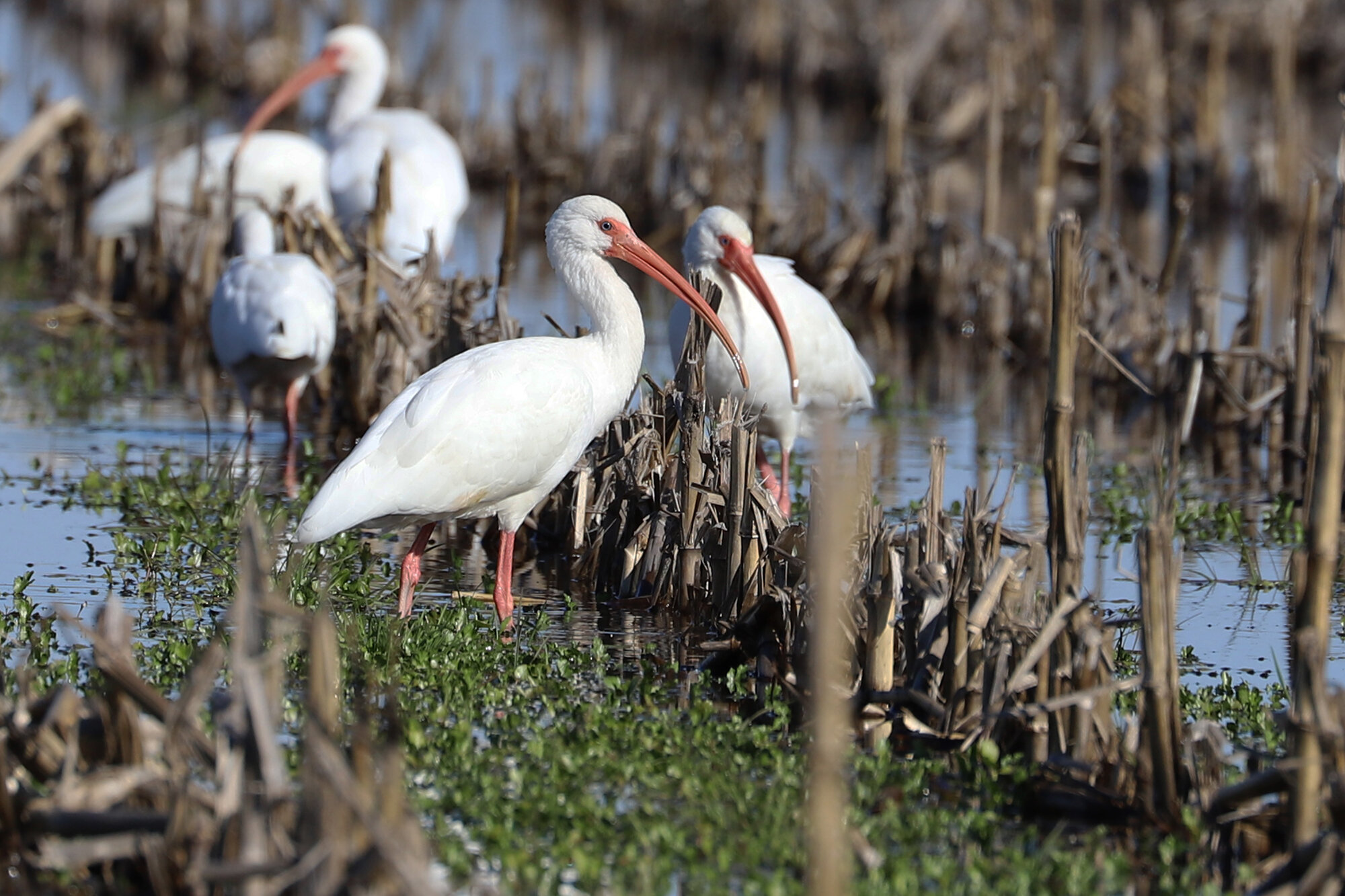

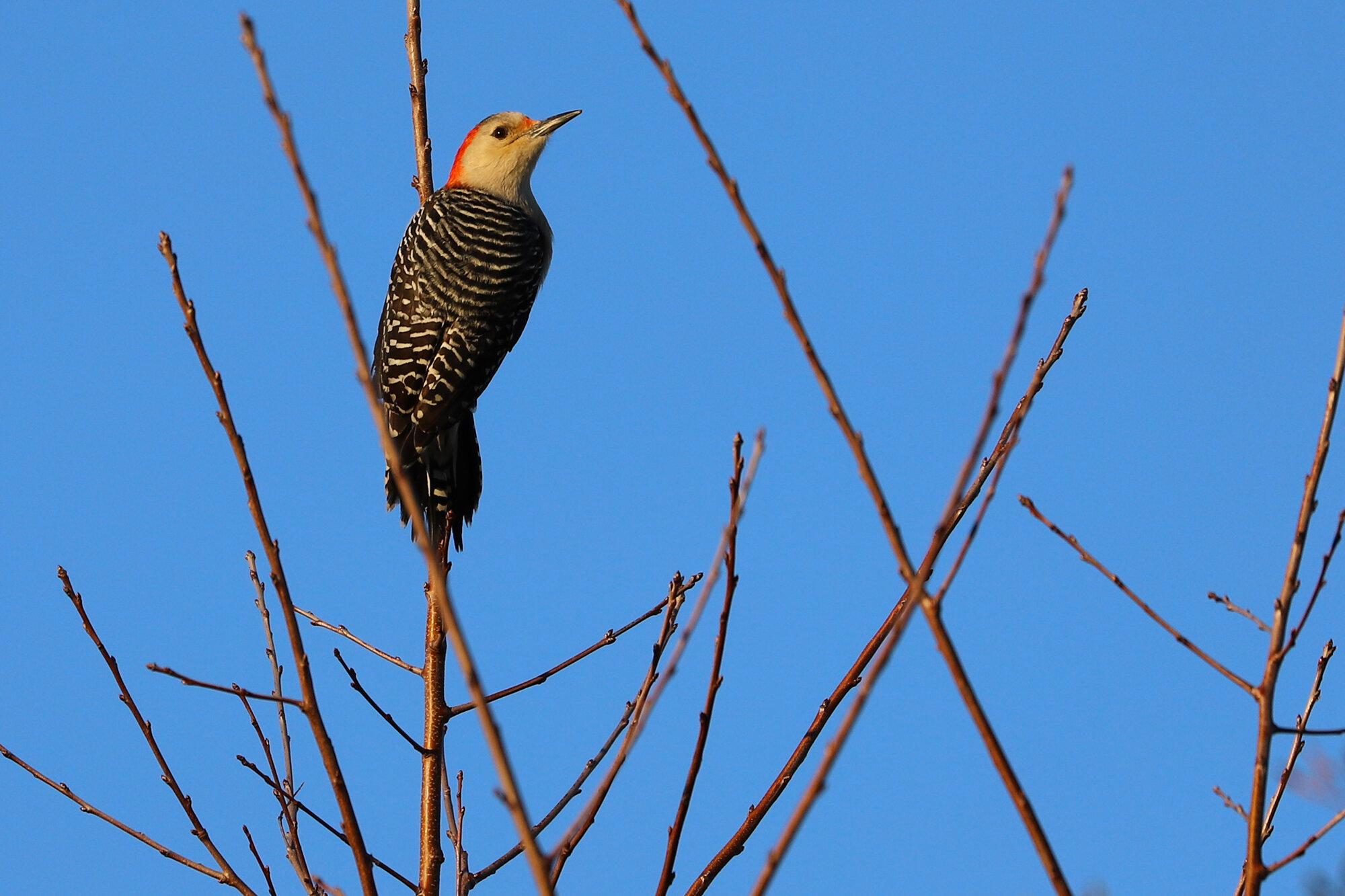

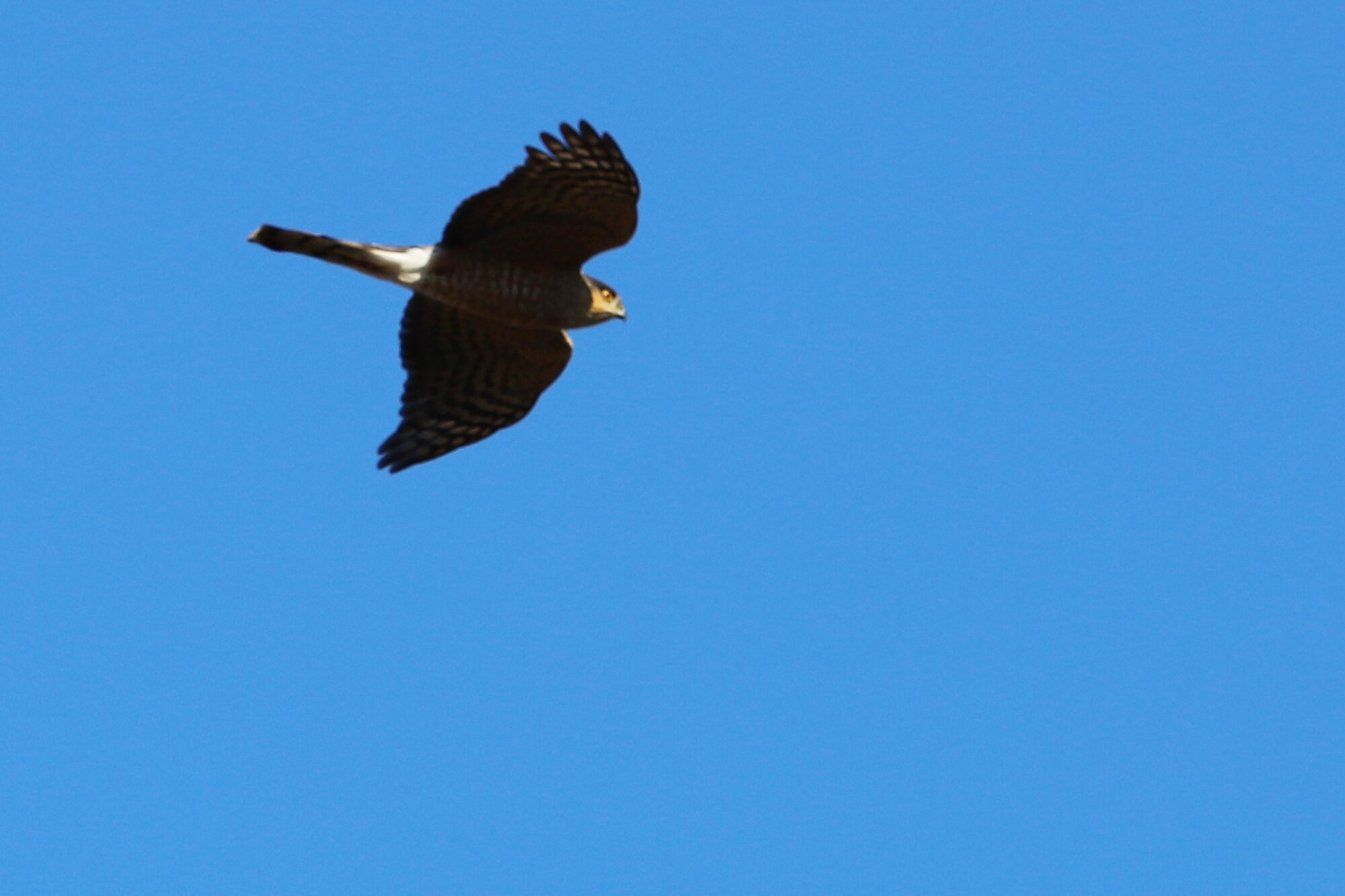
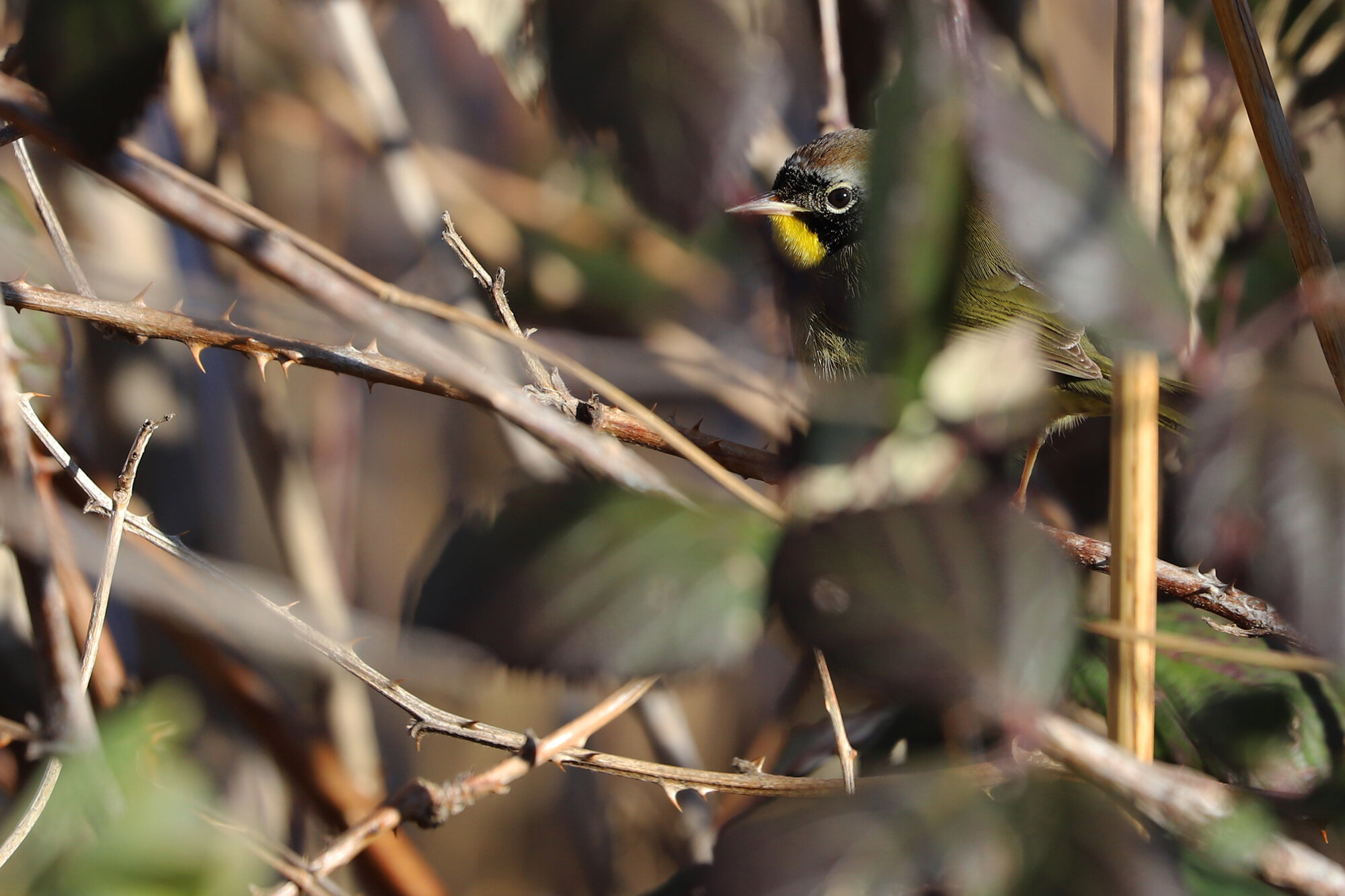
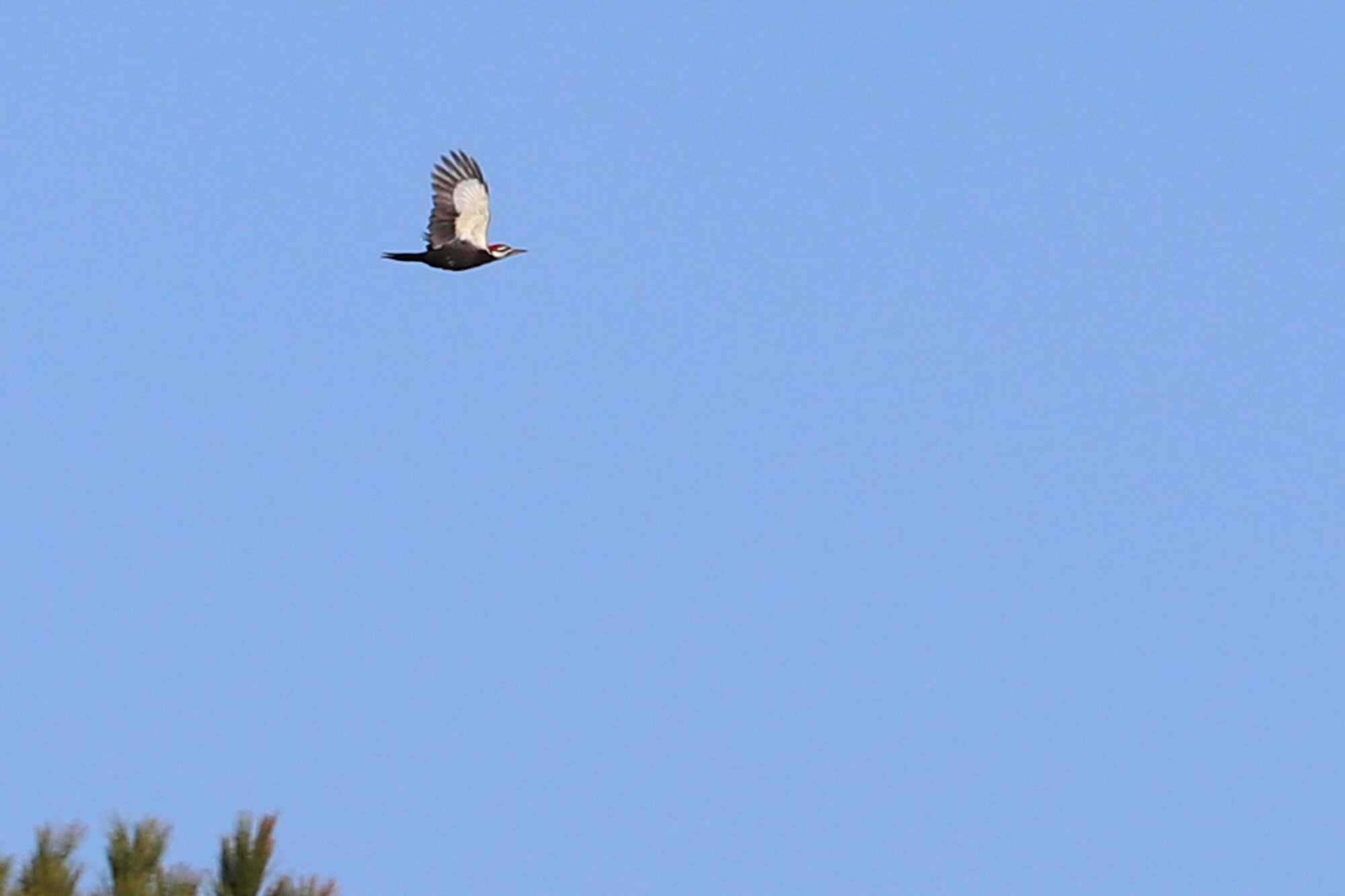
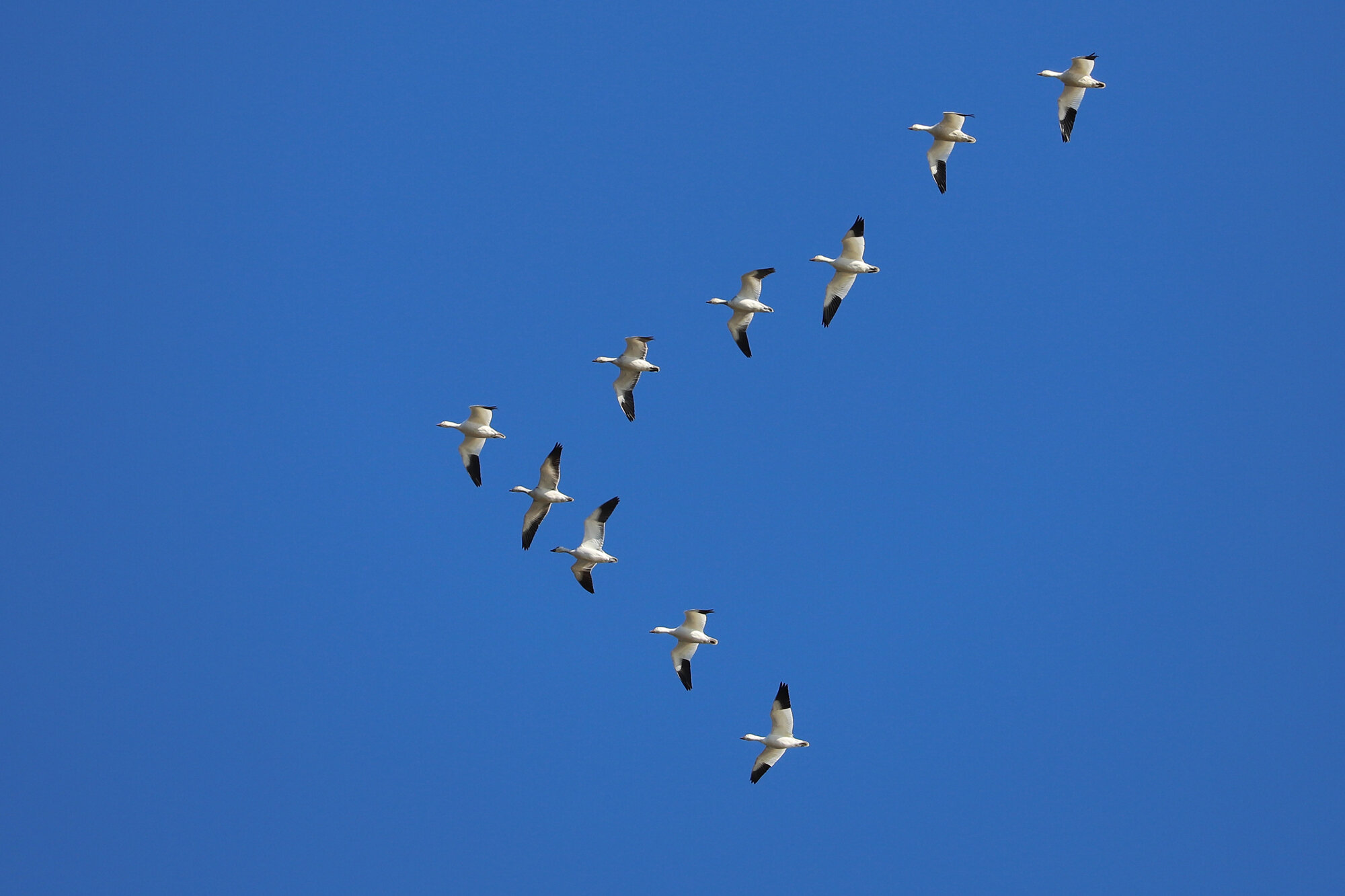
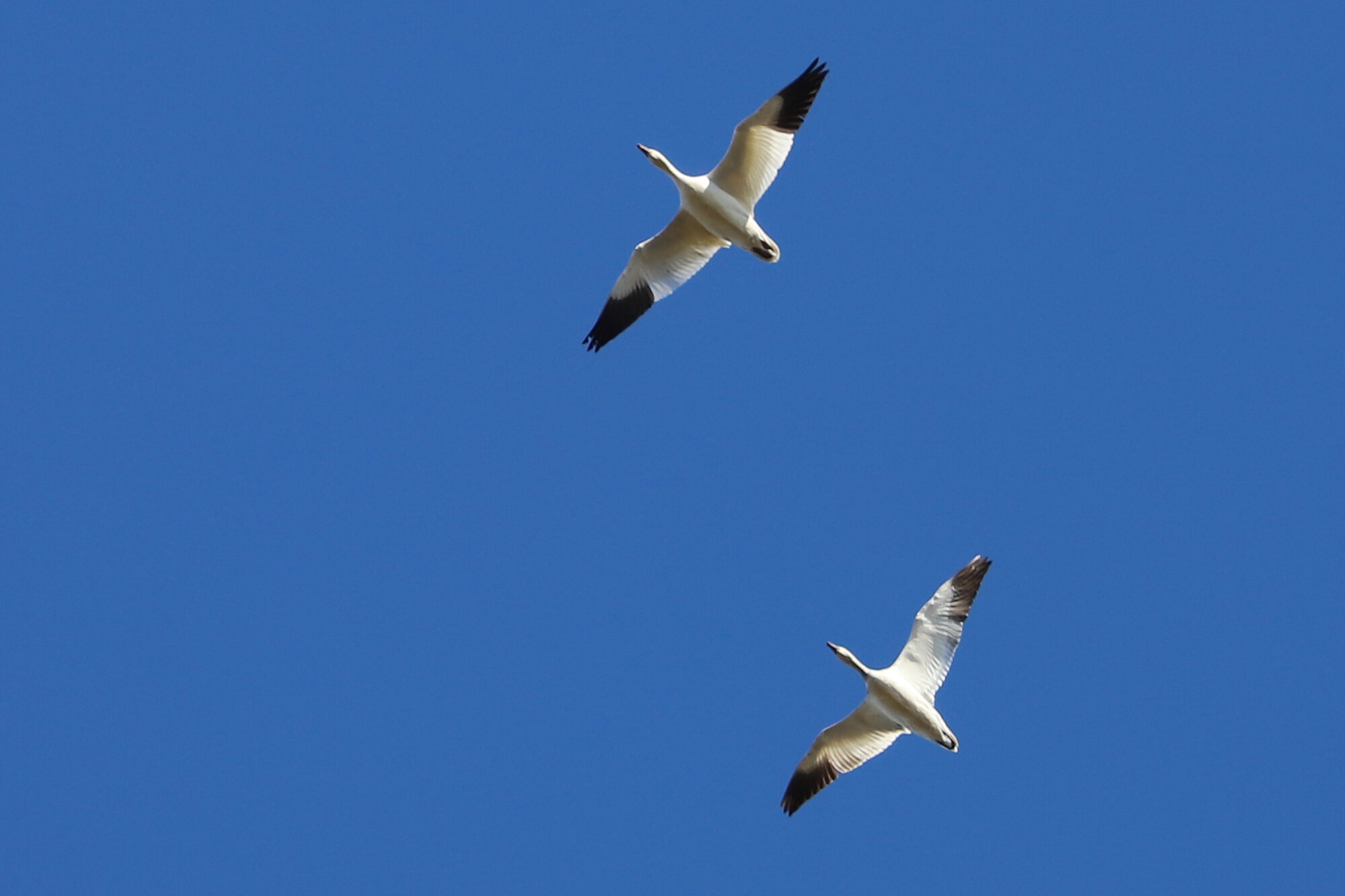
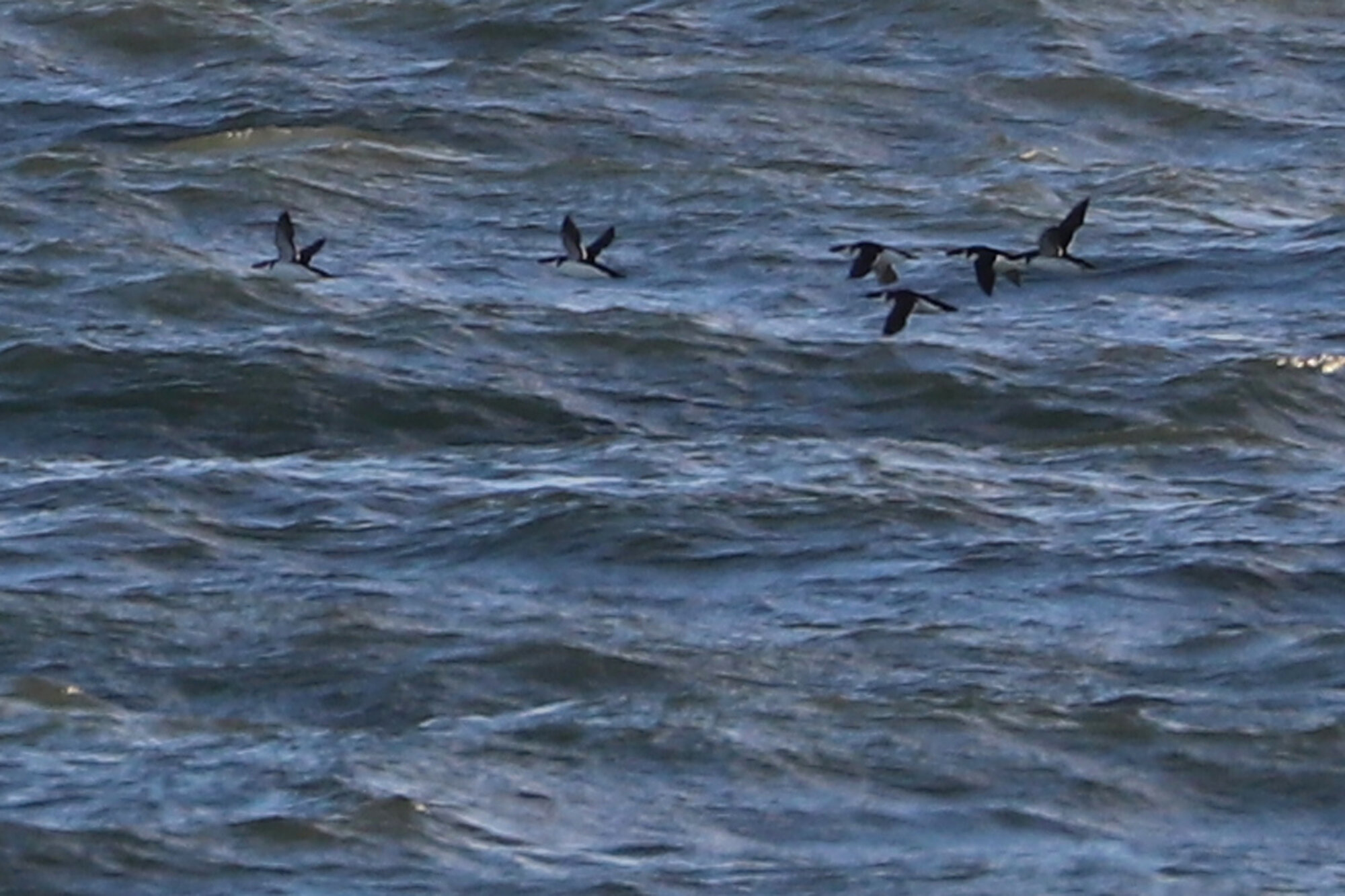

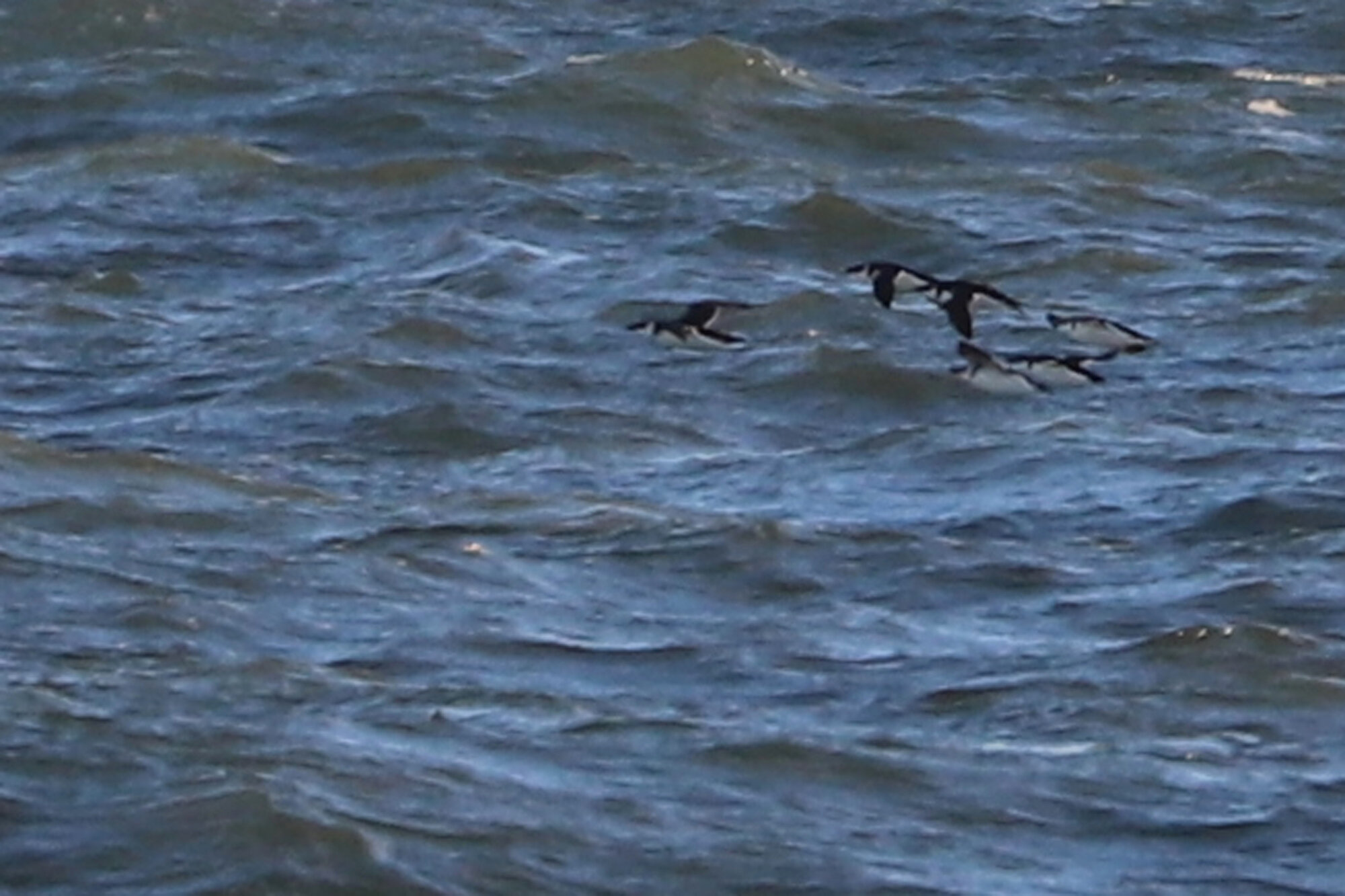
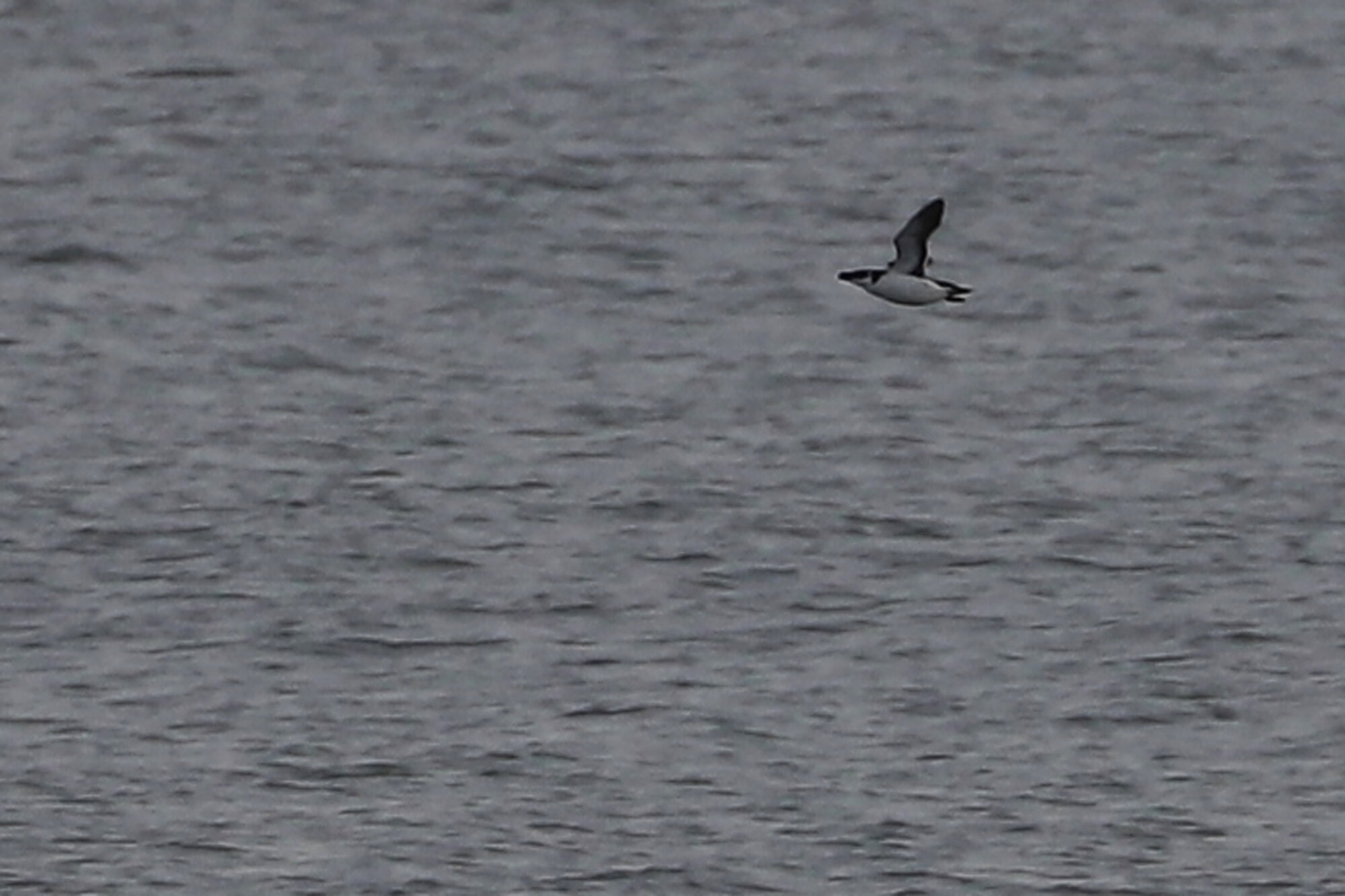

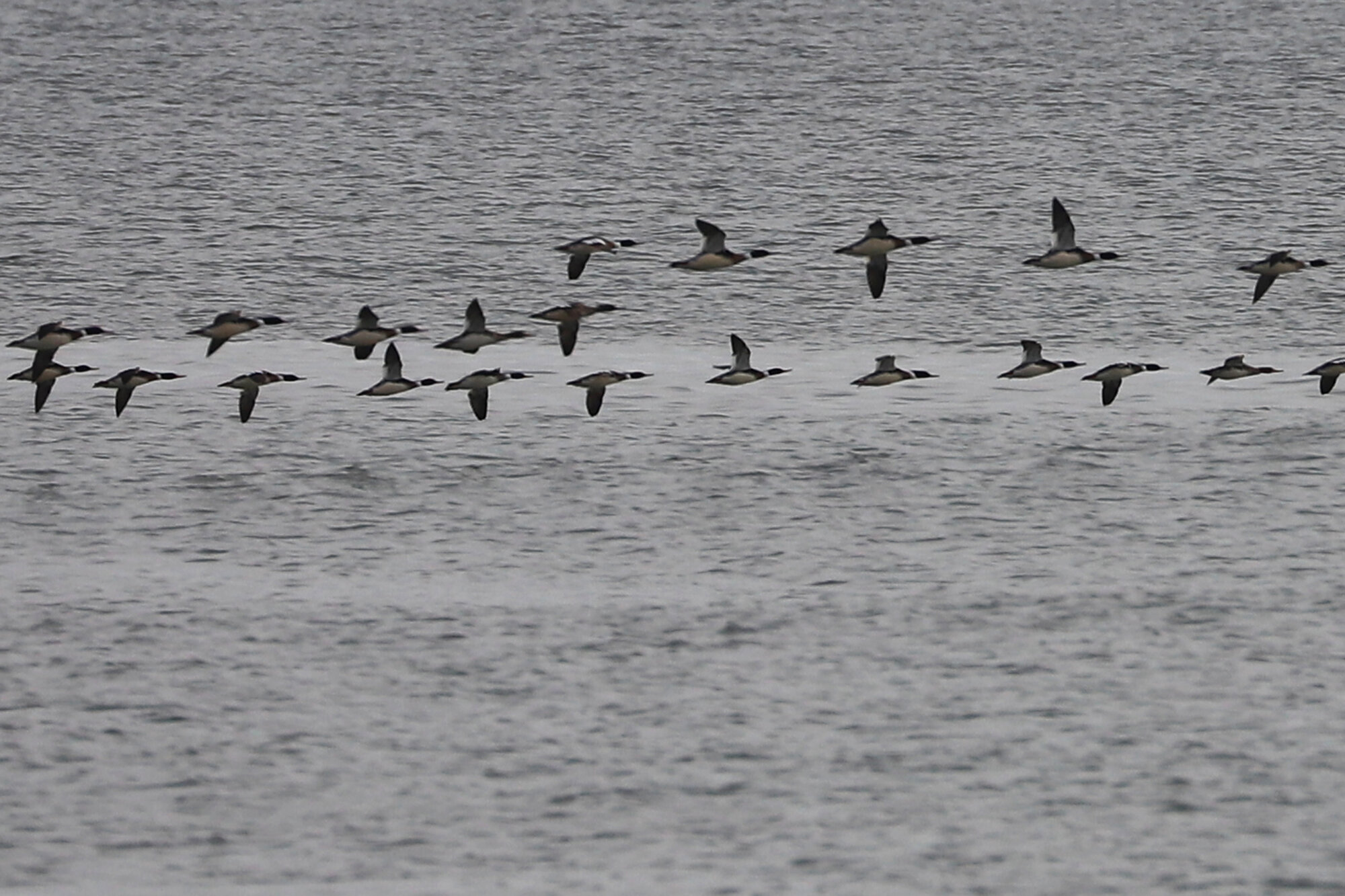
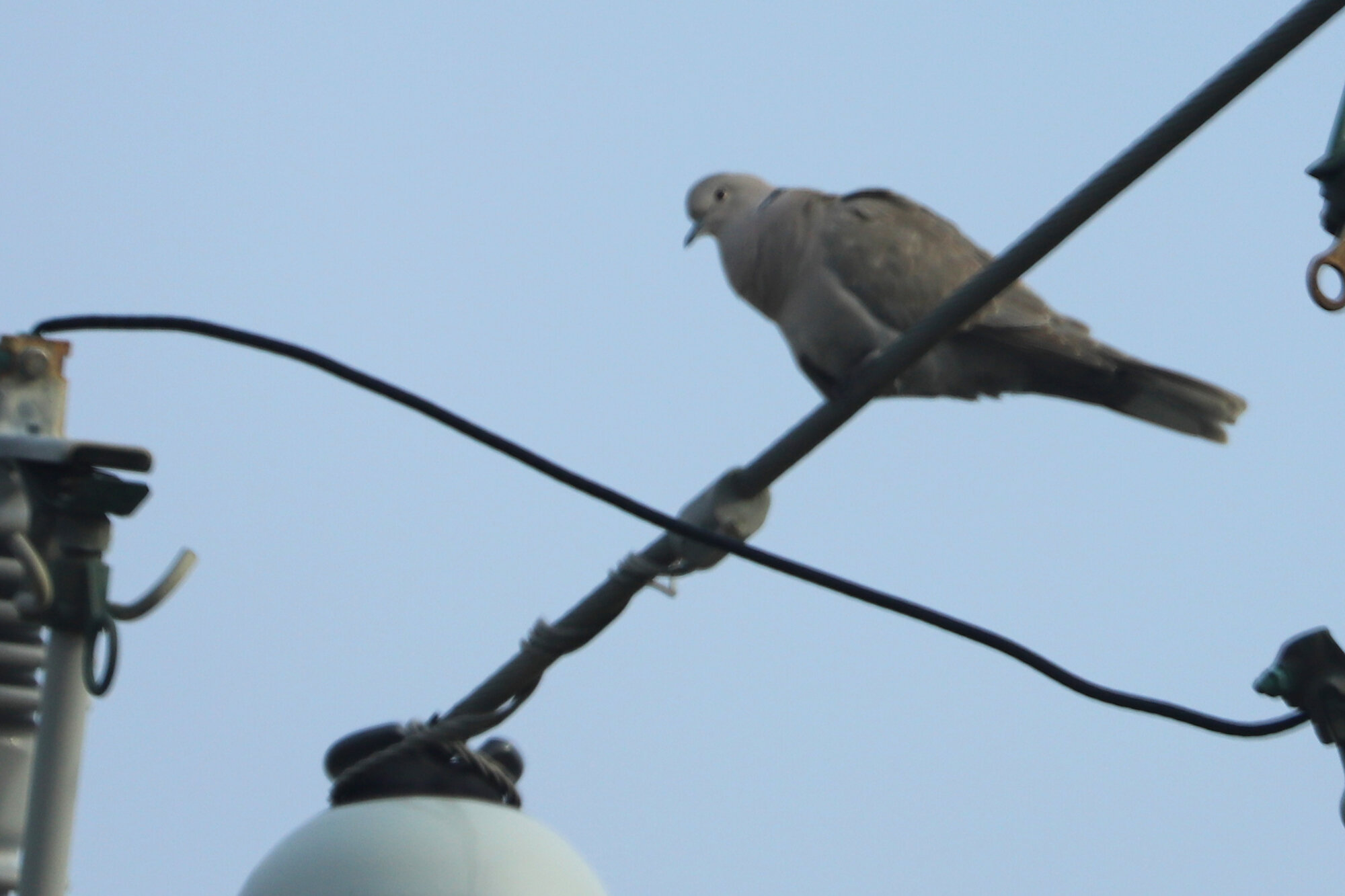

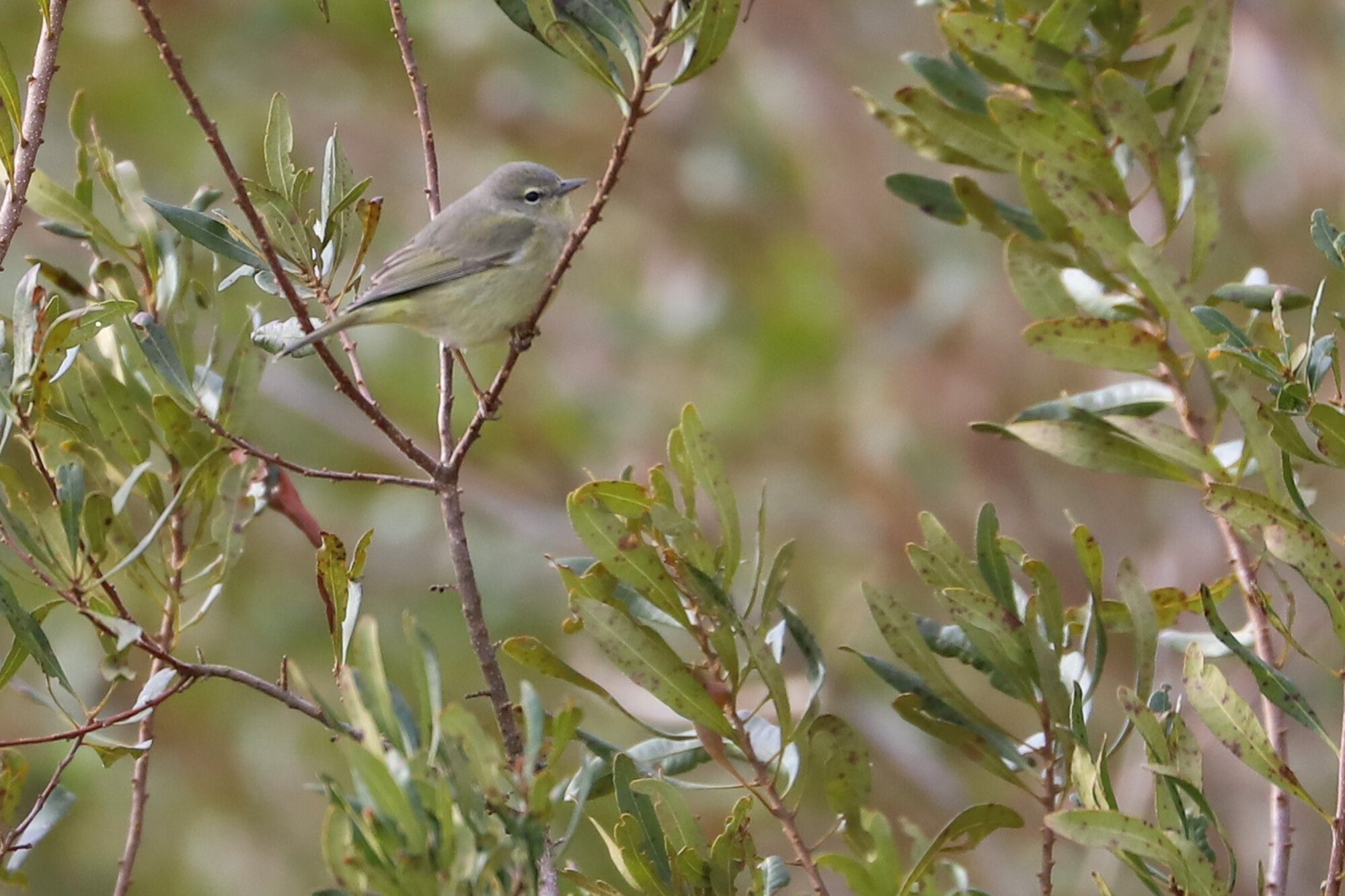
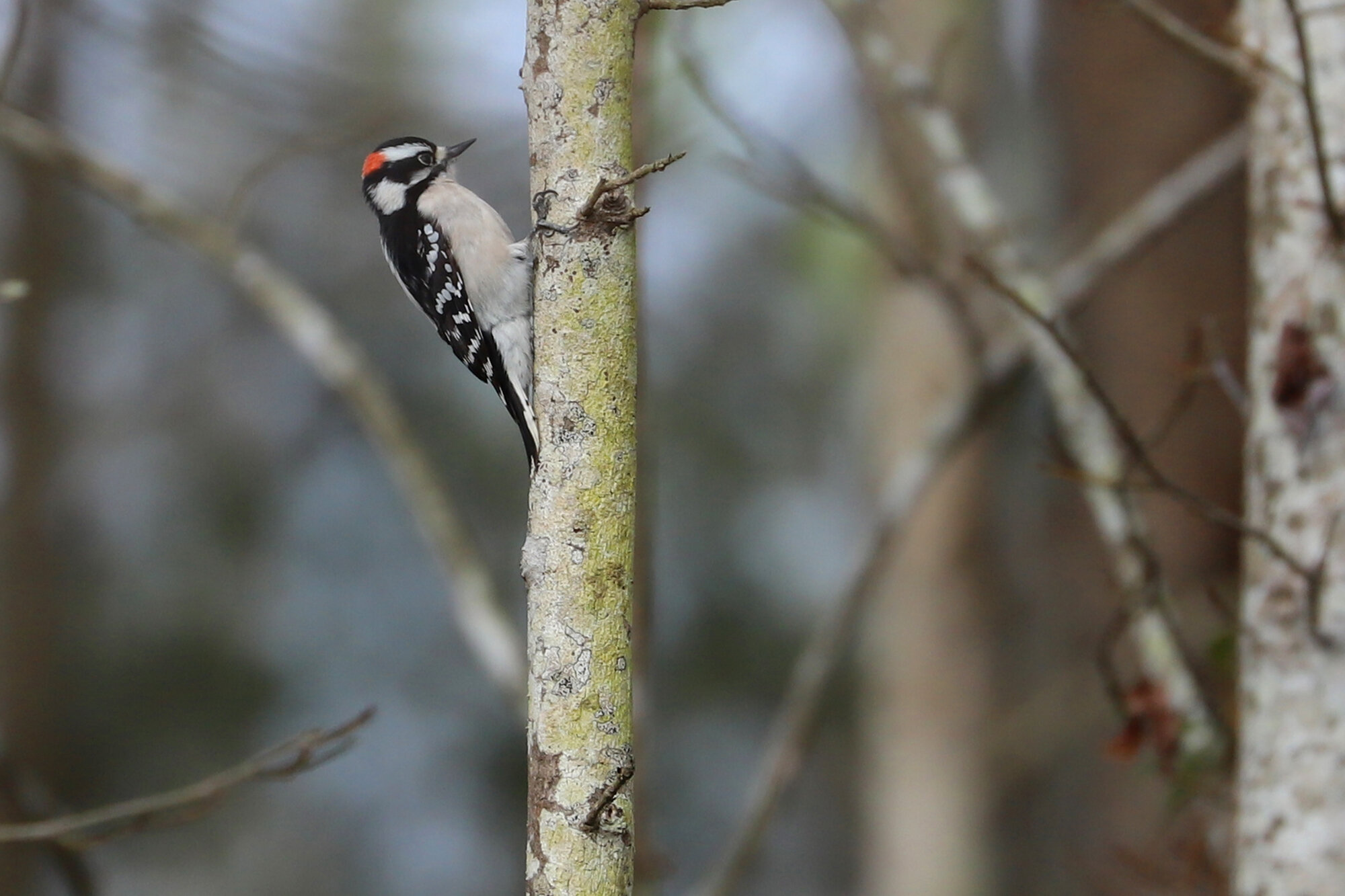
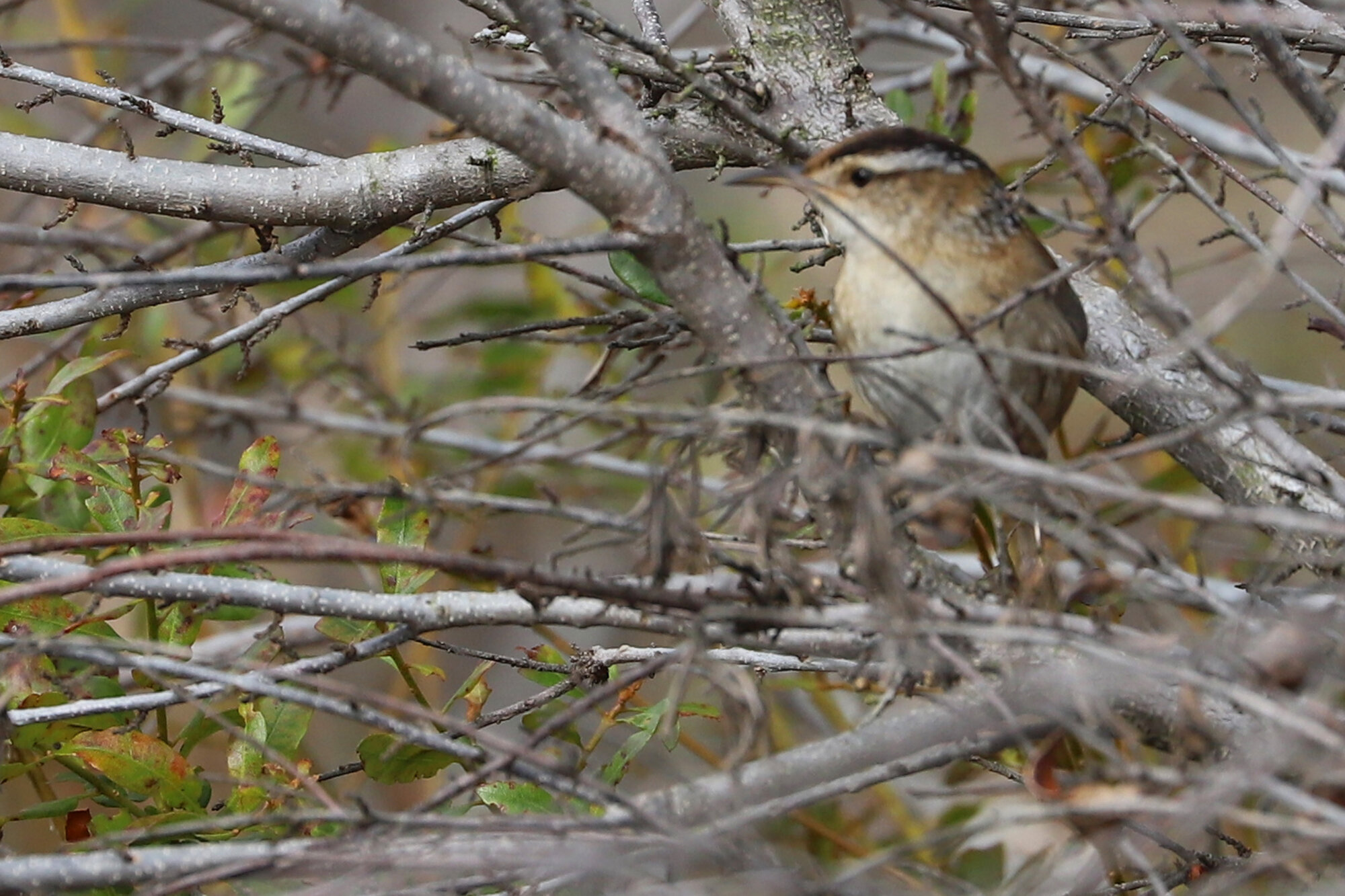
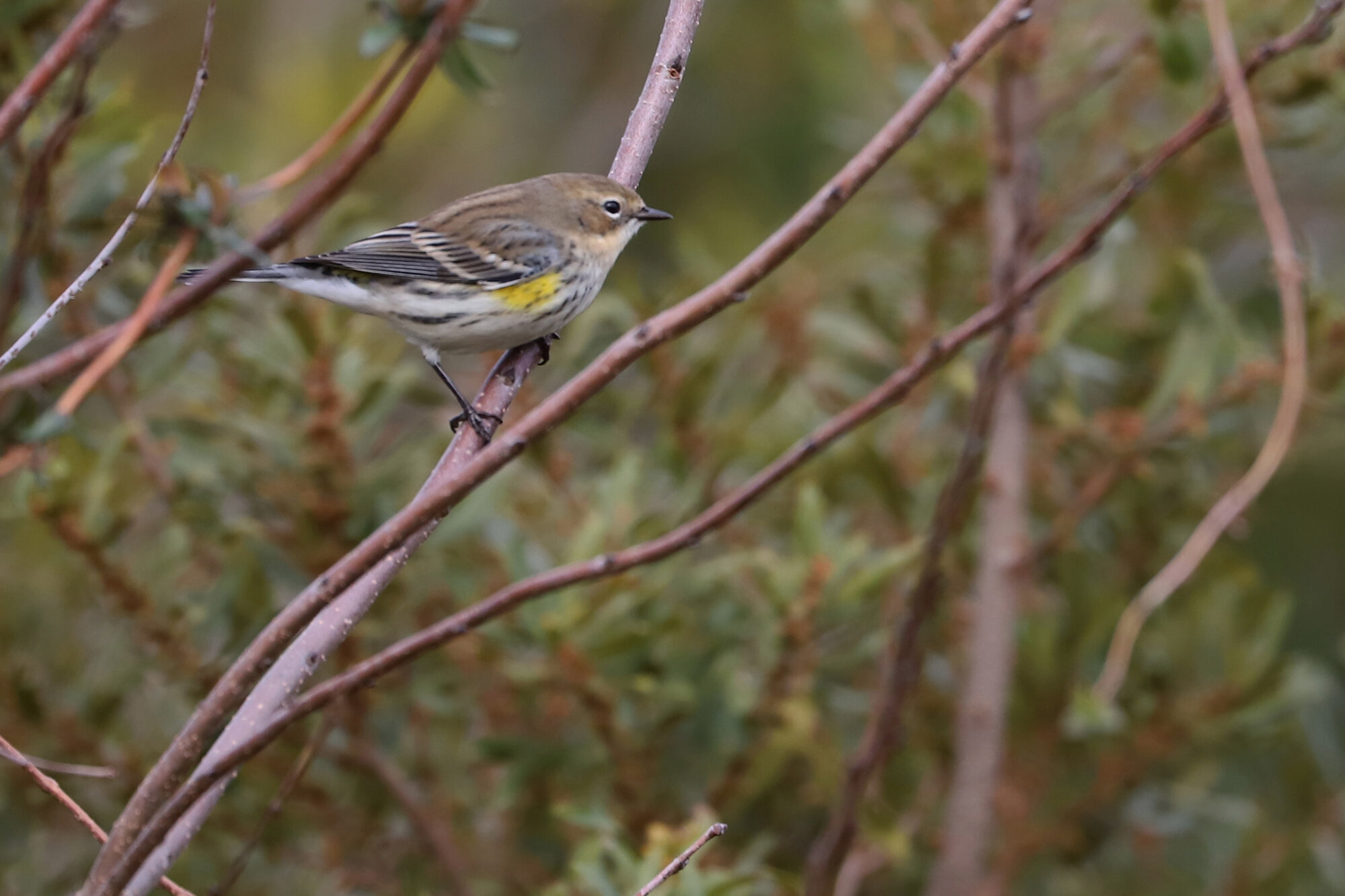
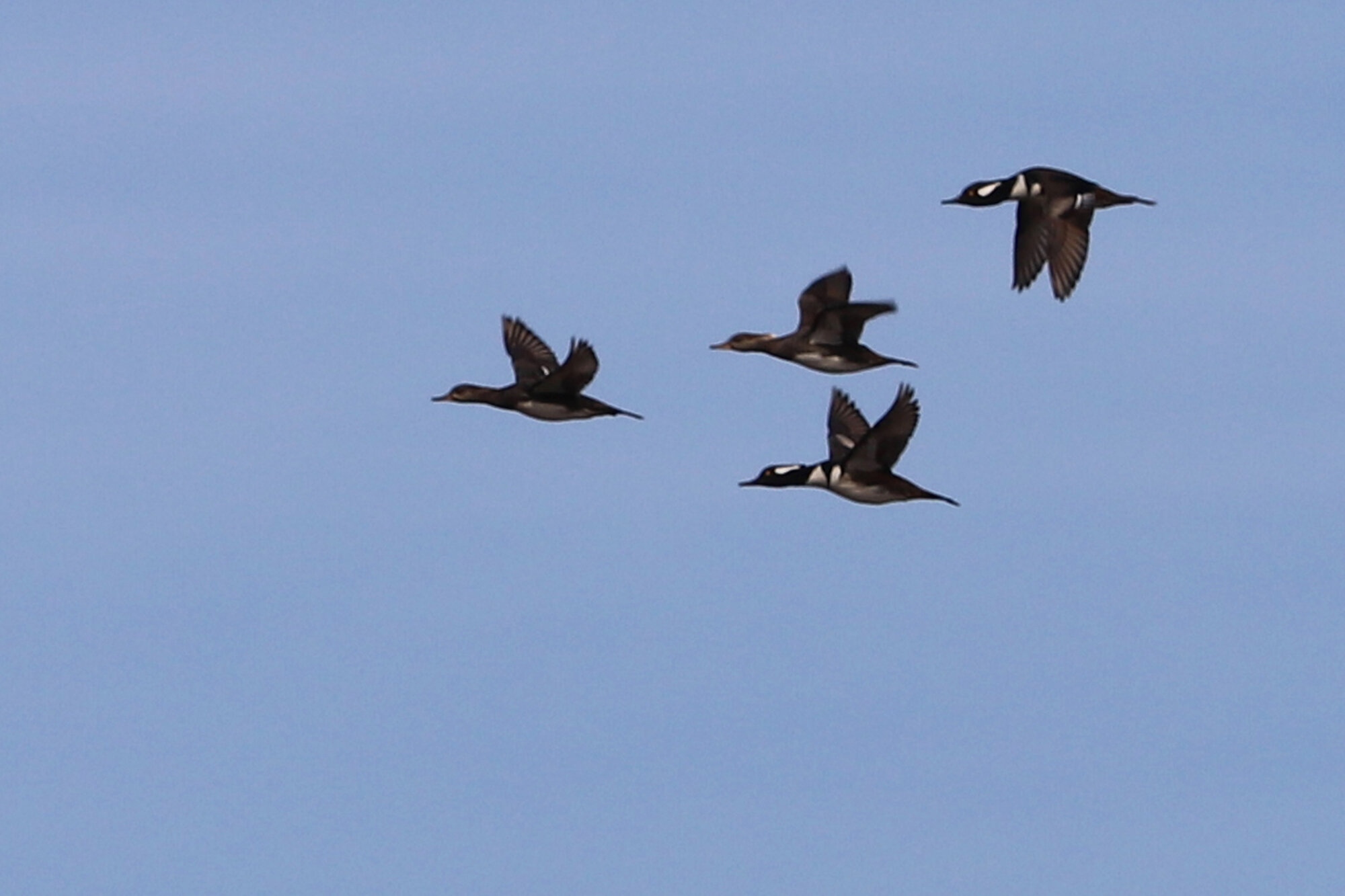
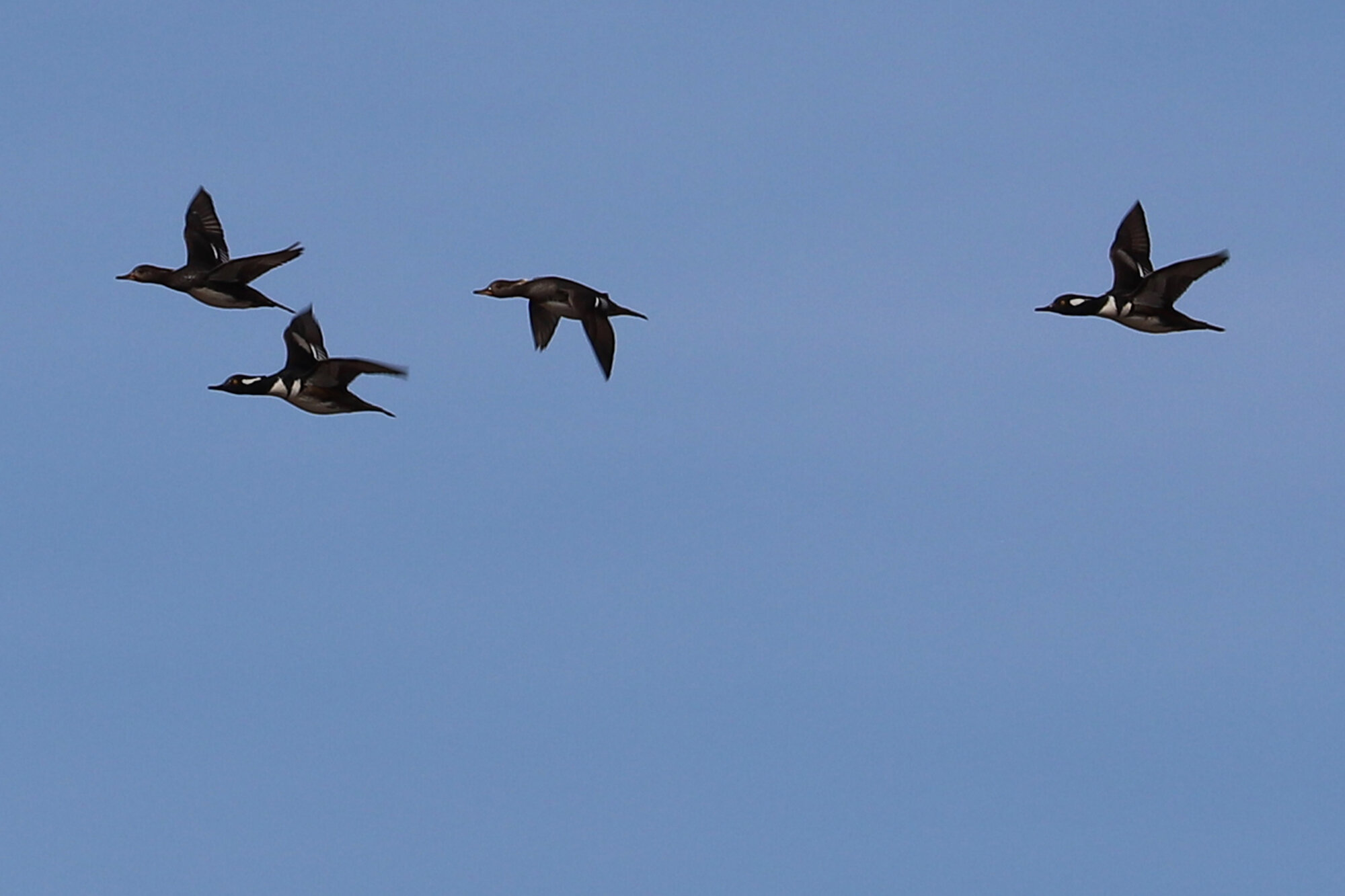
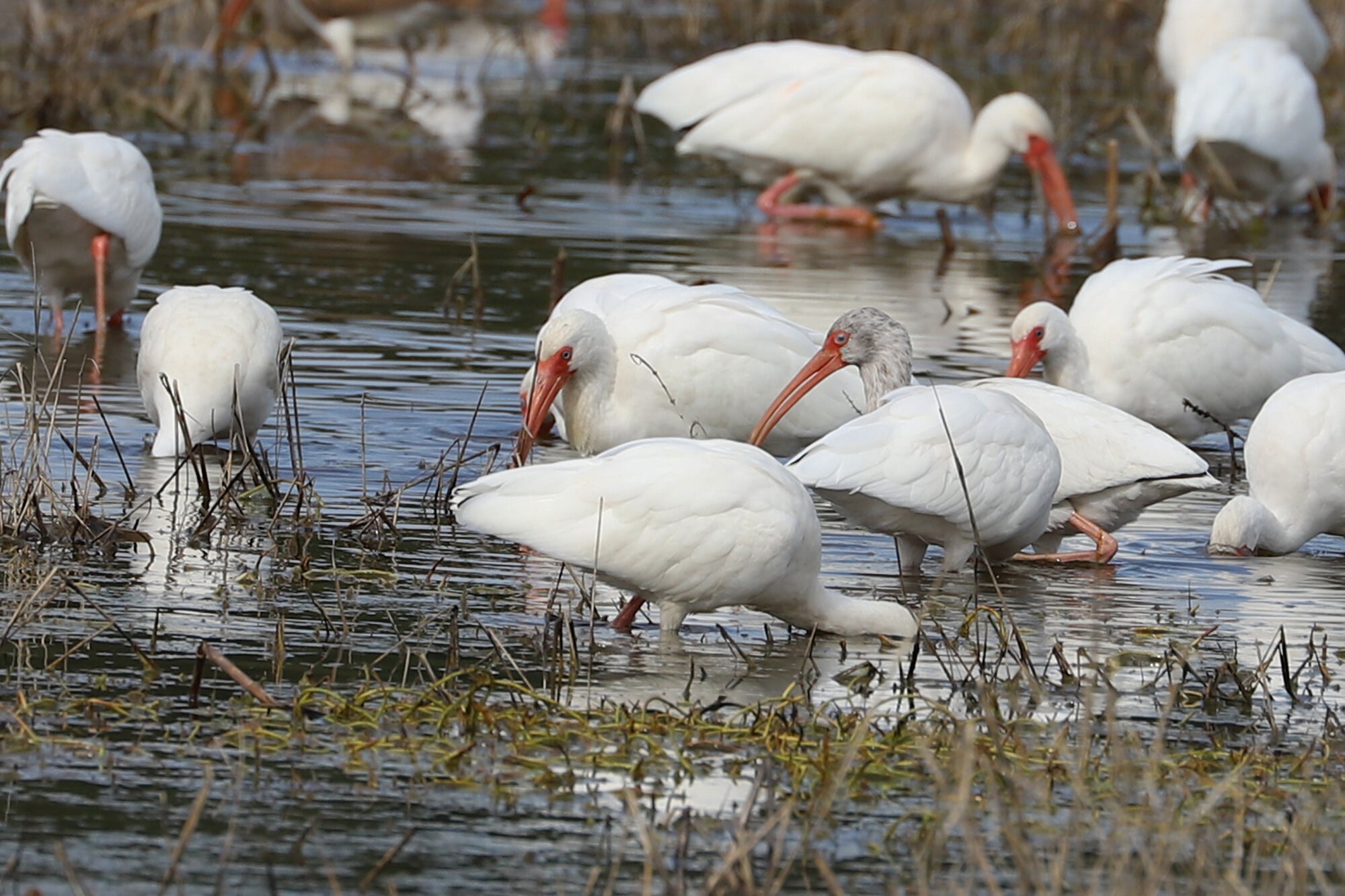
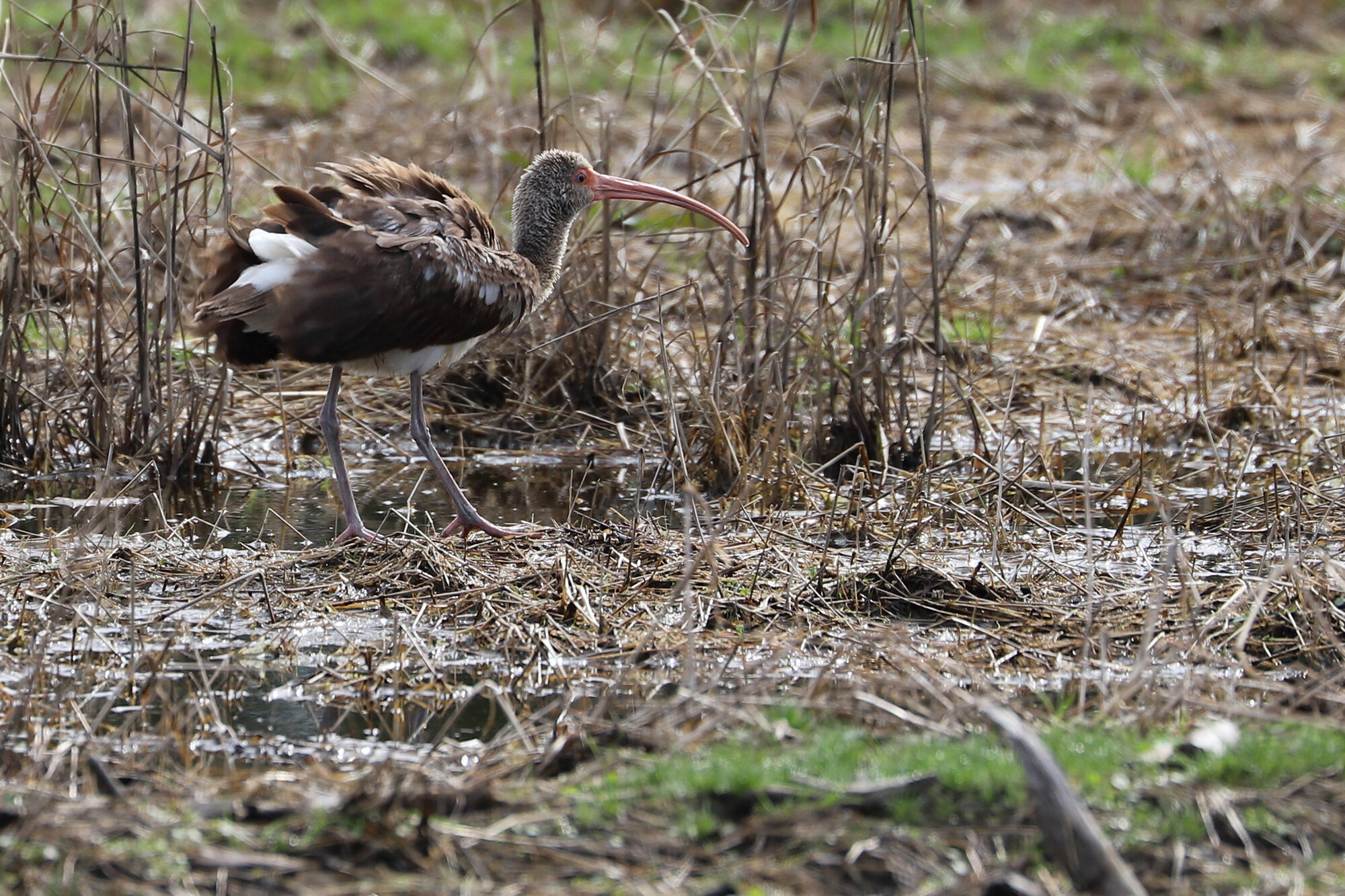
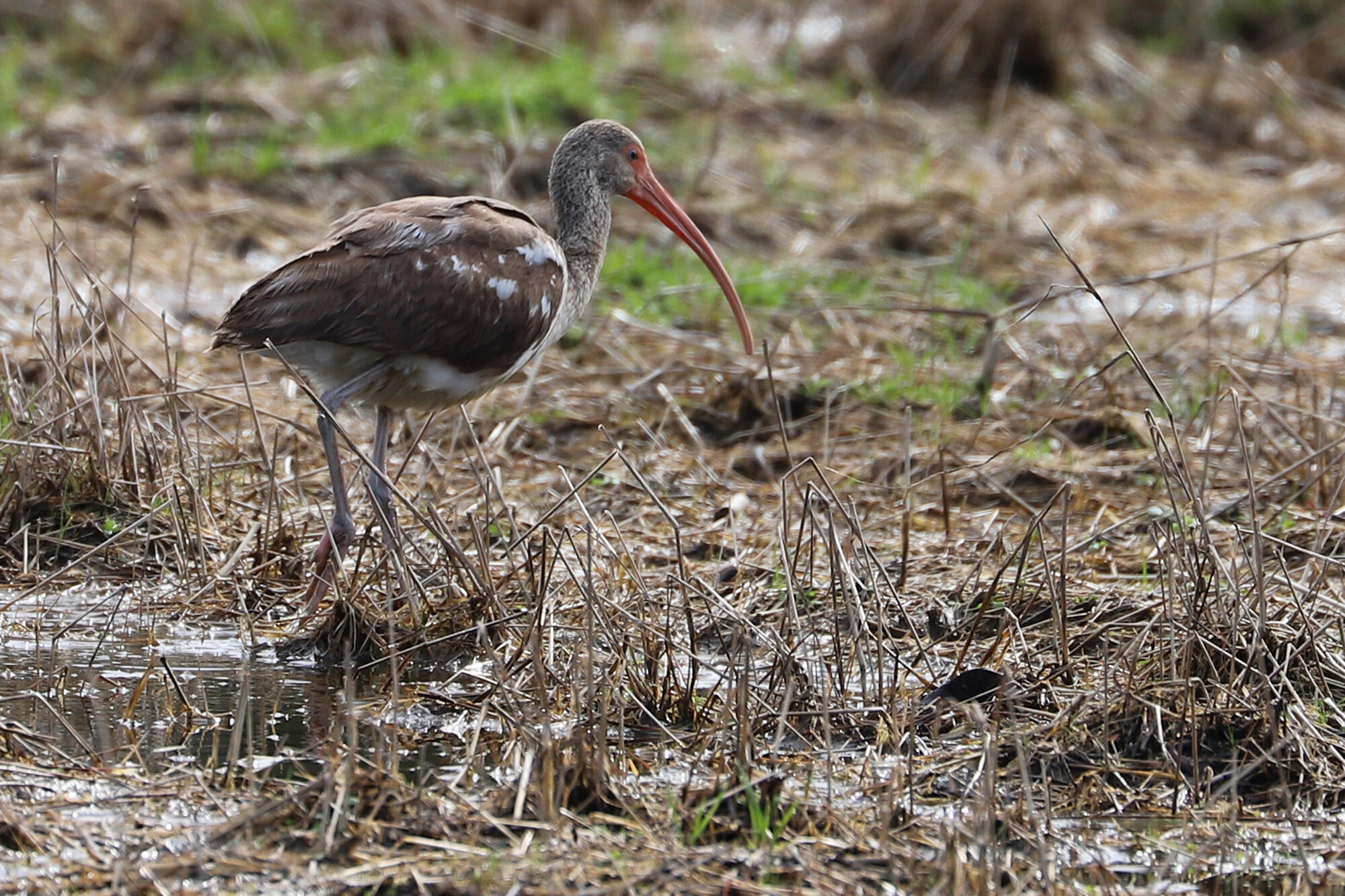


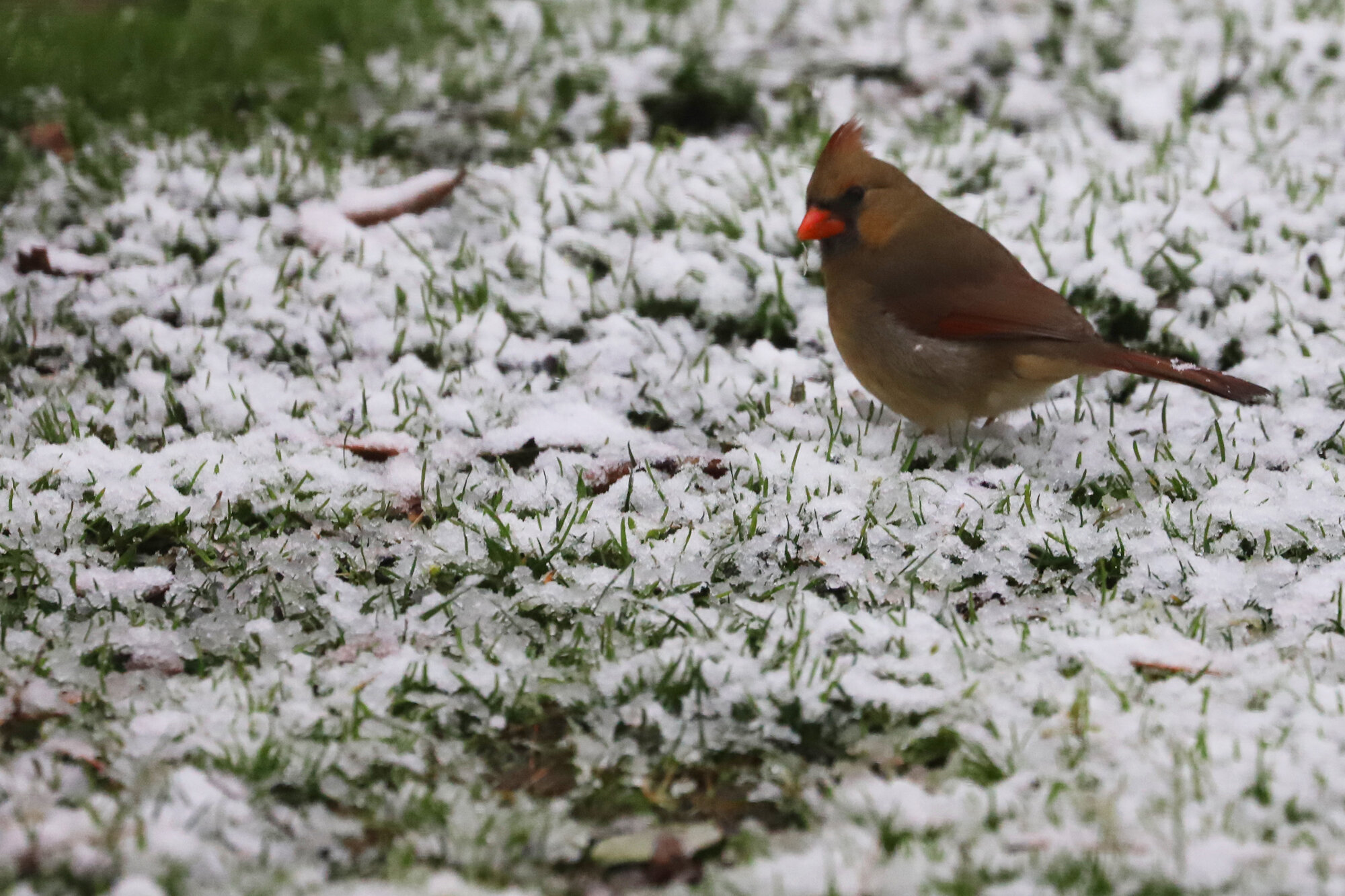
At least two YELLOW-BREASTED CHATS were recorded this month in Virginia Beach, though the individual mentioned in the January entry visiting a private residence’s feeder was not one of the two. Surprisingly, an individual was found at Little Island Park on 17 Feb (ph. Nick Ramsey) and was likely to be the same individual observed there on 4 Dec (ph. Steve Myers). Though it hadn’t been seen during the gap, chats tend to be quite skulky and when not vocalizing can be difficult to put eyes on. This individual continued through 29 Feb (ph. Steve Keith, ph. Cindy Hamilton). On 23 Feb, another Yellow-breasted Chat was discovered at Princess Anne WMA Whitehurst Tract (ph. Rob Bielawski), inhabiting the very same thicket that has held the White-eyed Vireo all winter. While there were recording during February in most of the states north and east of us, and in Nova Scotia, neither Georgia nor South Carolina had any records, so the wintering distribution of chats is certainly intriguing. (Feb 2020 Map)
Only the second RUSTY BLACKBIRD for the calendar year was recorded this month, when a single individual was viewed among a few Red-winged Blackbirds near a retention pond at the southern end of Cedar Crescent Court on 22 Feb (vis. David Clark). Though this species is more expected inland during the winter season, this was the only accepted eBird report in the three coastal Virginia counties during February. (Feb 2020 Map)
The group of BREWER’S BLACKBIRDS found during the Back Bay CBC on 29 Dec (ph. Tommy Maloney), continued through at least 21 Feb (6, vis. Andrew Baldelli). While there were records for this species in Florida, Georgia, Tennessee & Kentucky, there were no other records in any of the East Coast states during February. This makes the small flock quite the geographic outlier when browsing the eBird maps for the month! (Feb 2020 Map)
Matching the count in January, at least four BLACK-AND-WHITE WARBLERS were observed in Virginia Beach during February. Individuals previously reported that continued into this month included one at a private residence in Oak Spring through 5 Feb (vis. Carolyn Page), one at Stumpy Lake NA through 20 Feb (ph. Prashant A) and one at a private residence in Great Neck Estates through 29 Feb (vis. J. A.). A new report popped up for an individual at a private residence in Laurel Cove on 28 Feb (ph. Loretta Silvia) though this possibly the Great Neck Estates individual given the close proximity. Only New Jersey and Maryland, each with one report, showed more northerly records than the few scattered Virginia coastal plain reports this month. (Feb 2020 Map)
Orange-crowned Warbler / Little Island Park / 22 Feb; please click this photo to advance to the next!
Orange-crowned Warbler / Little Island Park / 22 Feb
Orange-crowned Warbler / Little Island Park / 22 Feb
Orange-crowned Warbler / Little Island Park / 22 Feb
Orange-crowned Warbler / Little Island Park / 22 Feb
Carolina Chickadee / Little Island Park / 22 Feb
Carolina Chickadee / Little Island Park / 22 Feb
Carolina Chickadee / Little Island Park / 22 Feb
Field Sparrow / Back Bay NWR / 22 Feb
Blue Jay / Back Bay NWR / 22 Feb
Eastern Meadowlark / Back Bay NWR / 22 Feb
Pine Warbler / Pleasure House Point NA / 22 Feb
Double-crested Cormorant / Pleasure House Point NA / 22 Feb
Carolina Chickadee / Princess Anne WMA Whitehurst Tract / 23 Feb
Carolina Chickadee / Princess Anne WMA Whitehurst Tract / 23 Feb
Cedar Waxwing / Princess Anne WMA Whitehurst Tract / 23 Feb
Tree Swallow / Princess Anne WMA Whitehurst Tract / 23 Feb
Hooded Merganser / Princess Anne WMA Whitehurst Tract / 23 Feb
Palm Warbler / Princess Anne WMA Beasley Tract / 23 Feb
Palm Warbler / Princess Anne WMA Beasley Tract / 23 Feb
Palm Warbler / Princess Anne WMA Beasley Tract / 23 Feb
Red-shouldered Hawk / Princess Anne WMA Beasley Tract / 23 Feb
Red-shouldered Hawk / Princess Anne WMA Beasley Tract / 23 Feb
Red-shouldered Hawk / Princess Anne WMA Beasley Tract / 23 Feb
Red-shouldered Hawk / Princess Anne WMA Beasley Tract / 23 Feb
Red-shouldered Hawk / Princess Anne WMA Beasley Tract / 23 Feb
Red-shouldered Hawk / Princess Anne WMA Beasley Tract / 23 Feb
Red-shouldered Hawk / Princess Anne WMA Beasley Tract / 23 Feb
Red-shouldered Hawk / Princess Anne WMA Beasley Tract / 23 Feb
Red-shouldered Hawk / Princess Anne WMA Beasley Tract / 23 Feb
Red-shouldered Hawk / Princess Anne WMA Beasley Tract / 23 Feb
Black Vulture / Princess Anne WMA Beasley Tract / 23 Feb
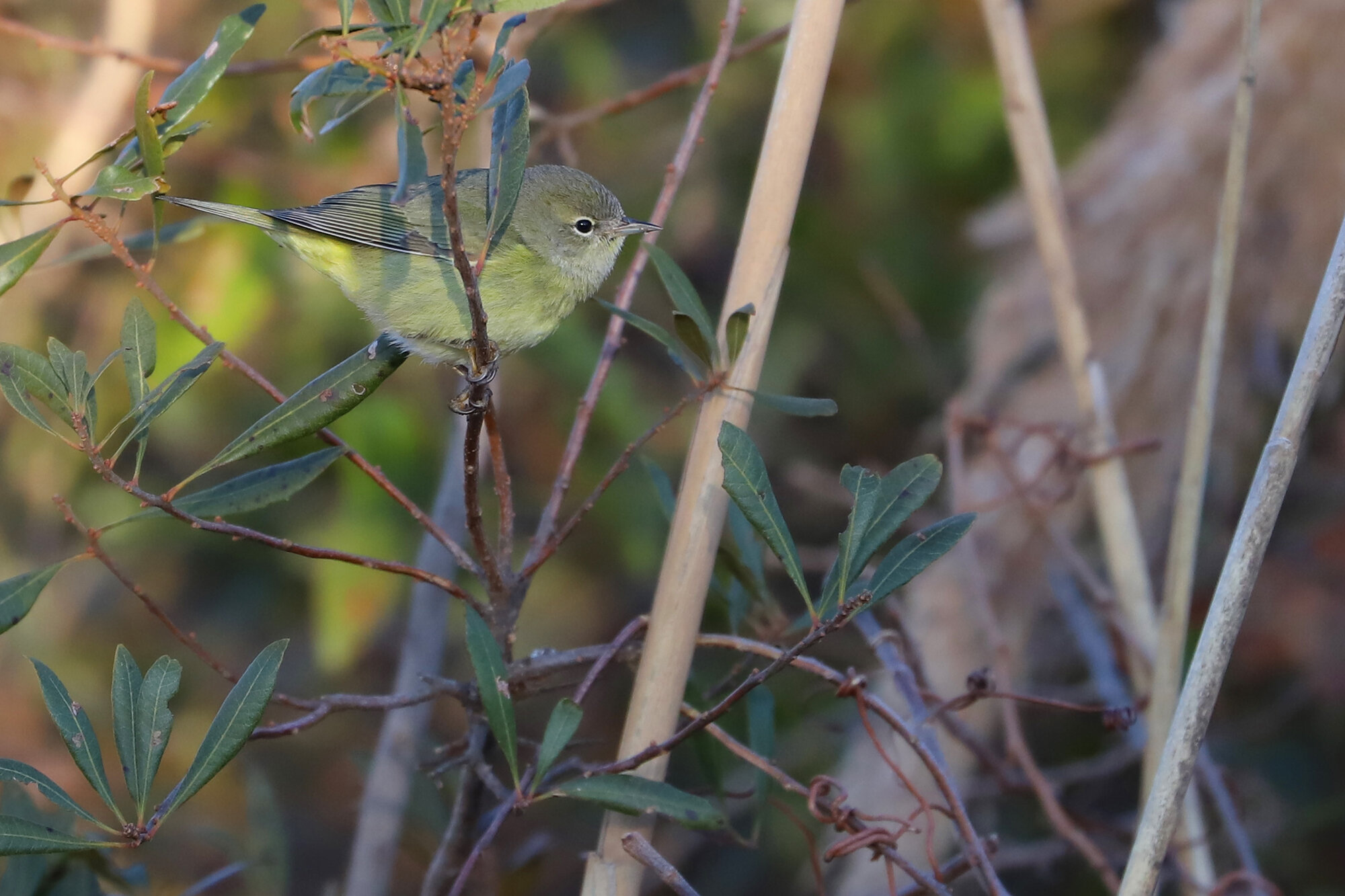


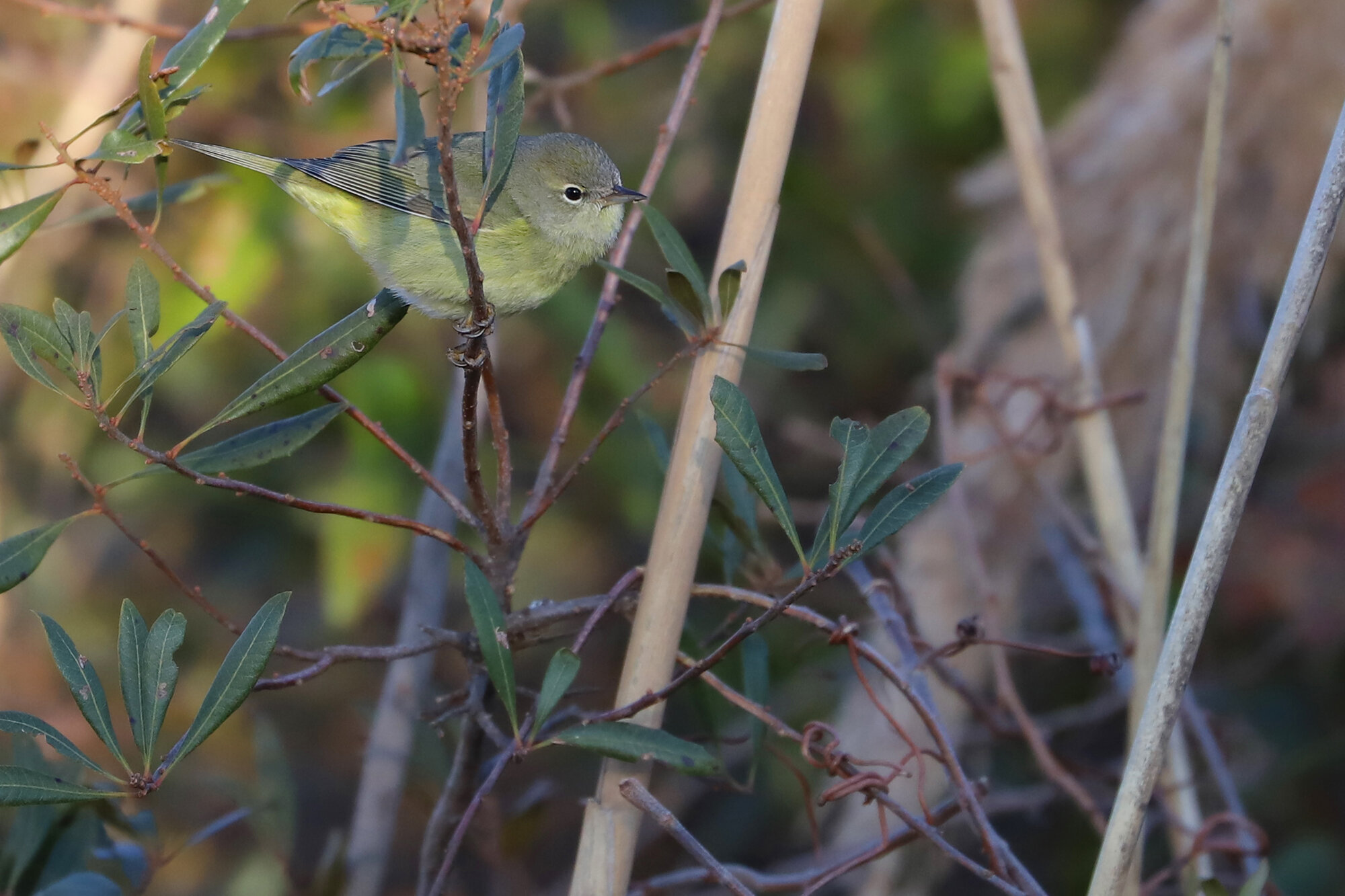
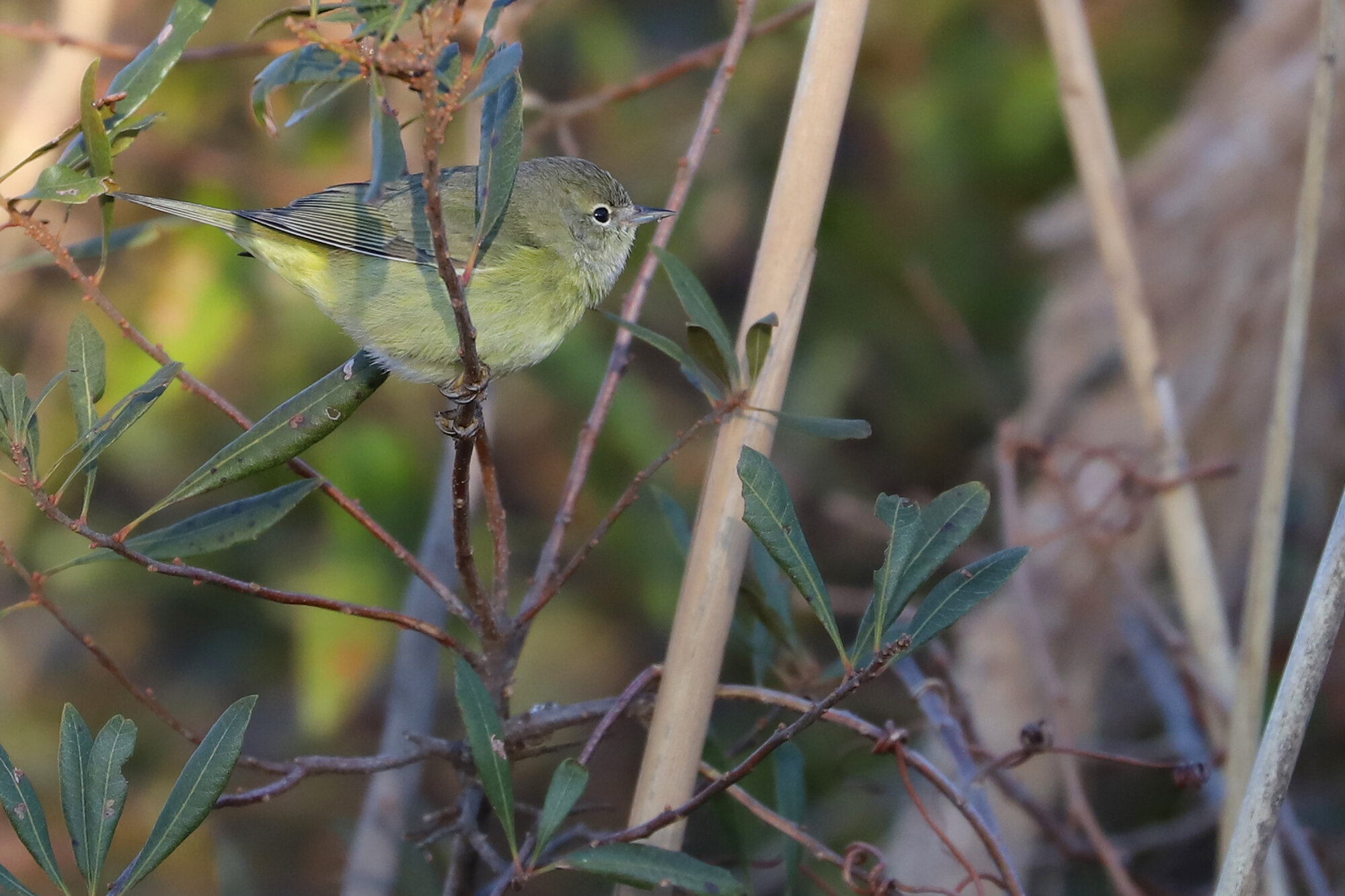
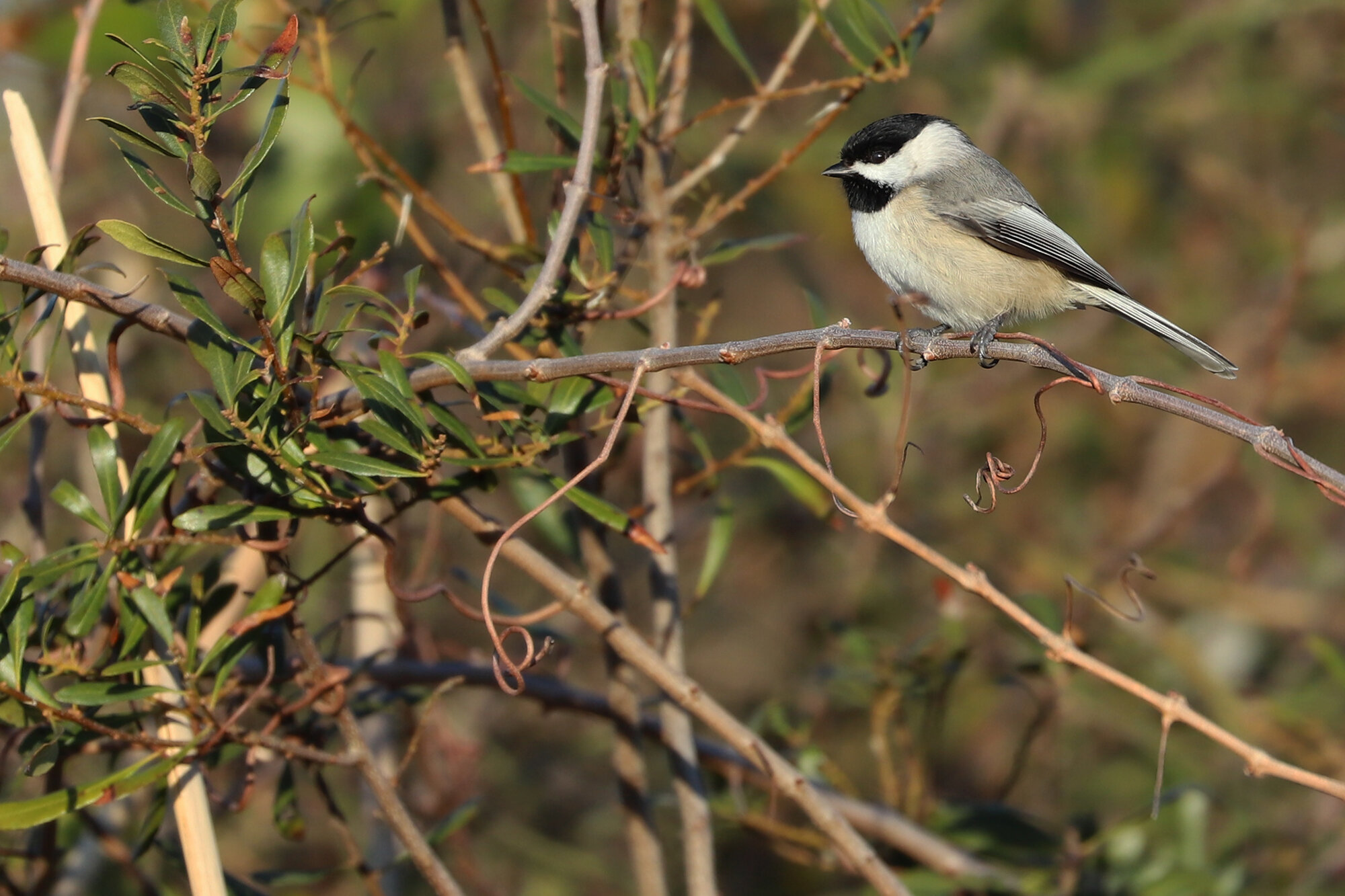

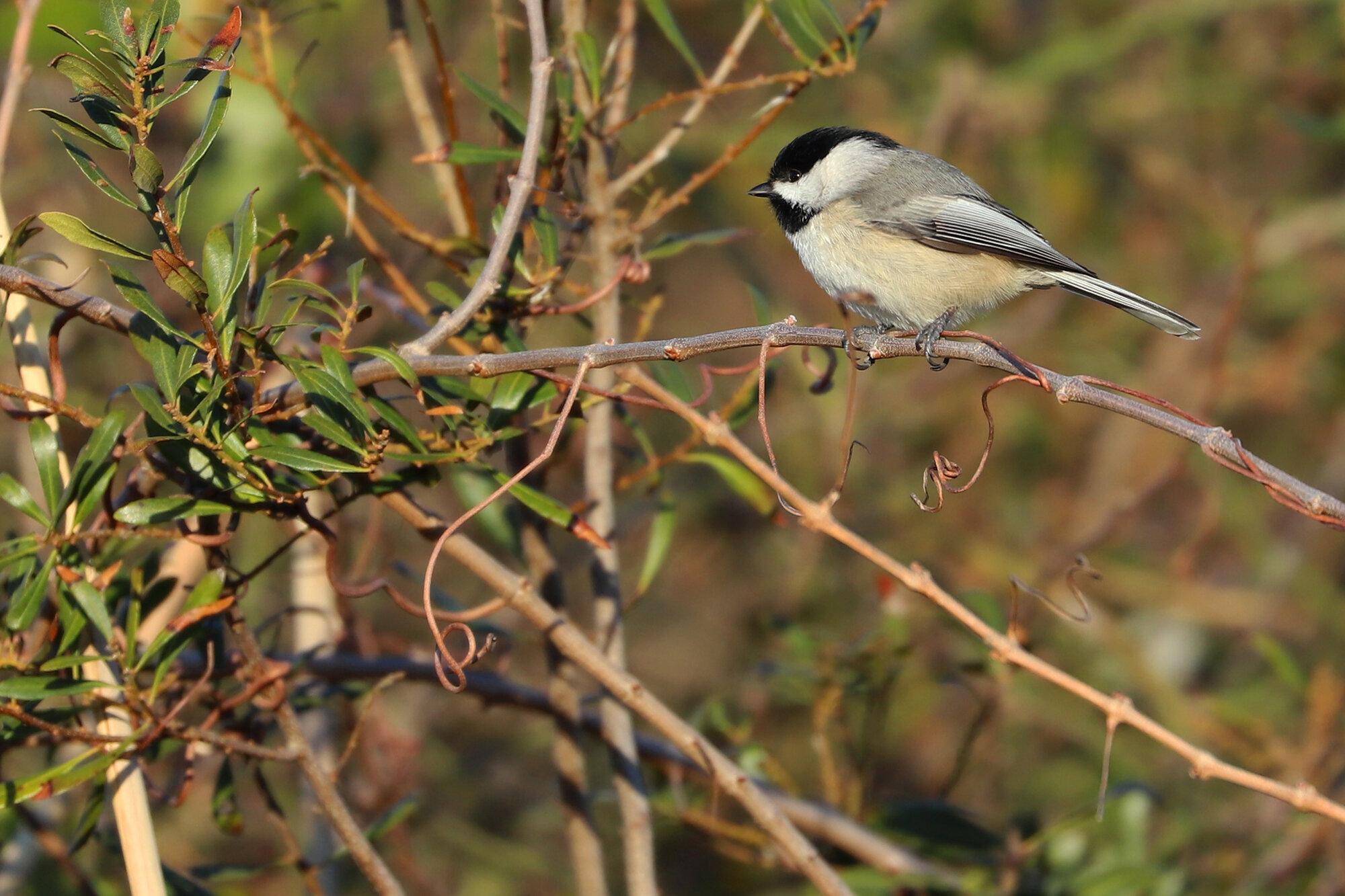
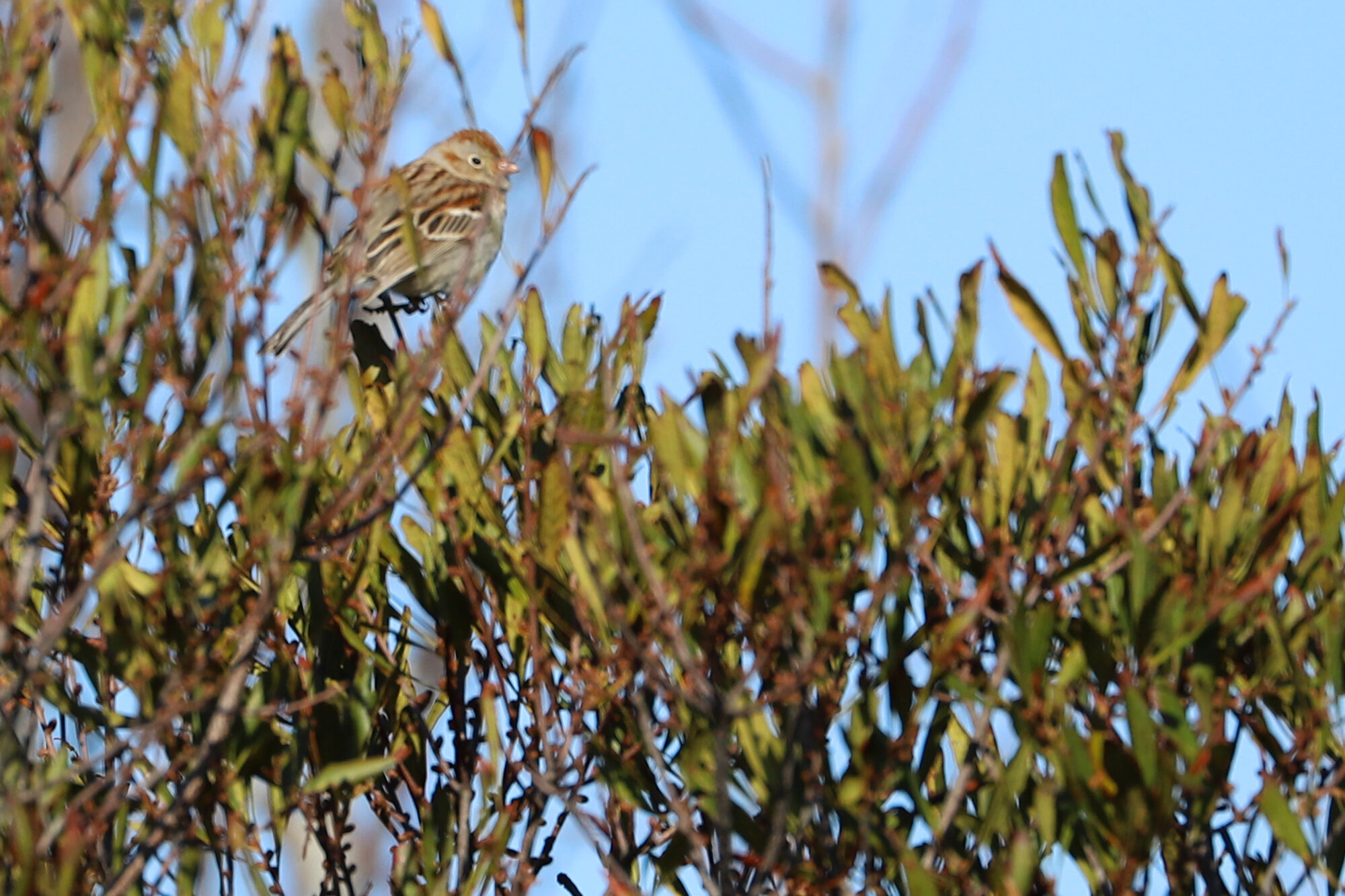


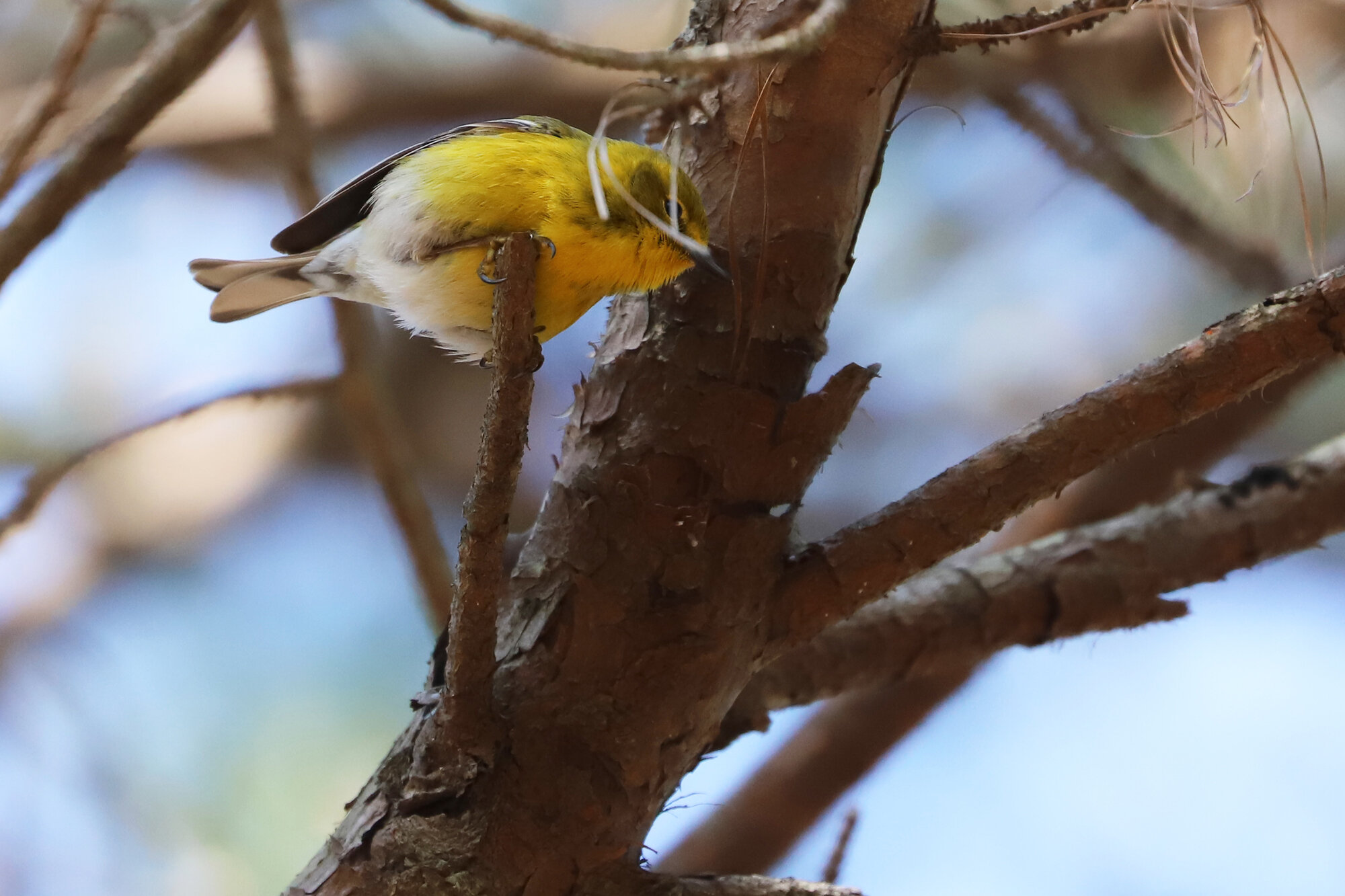


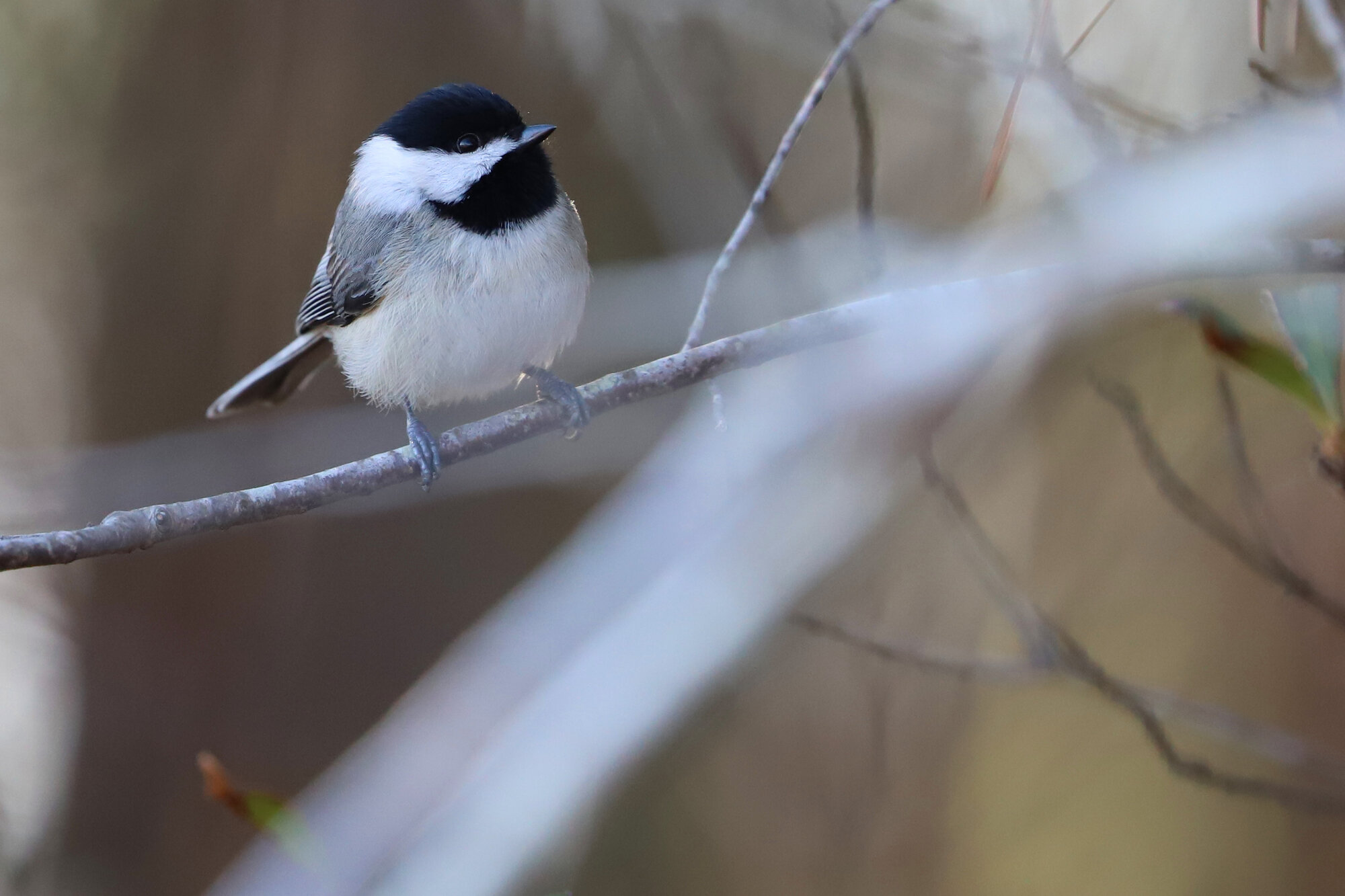
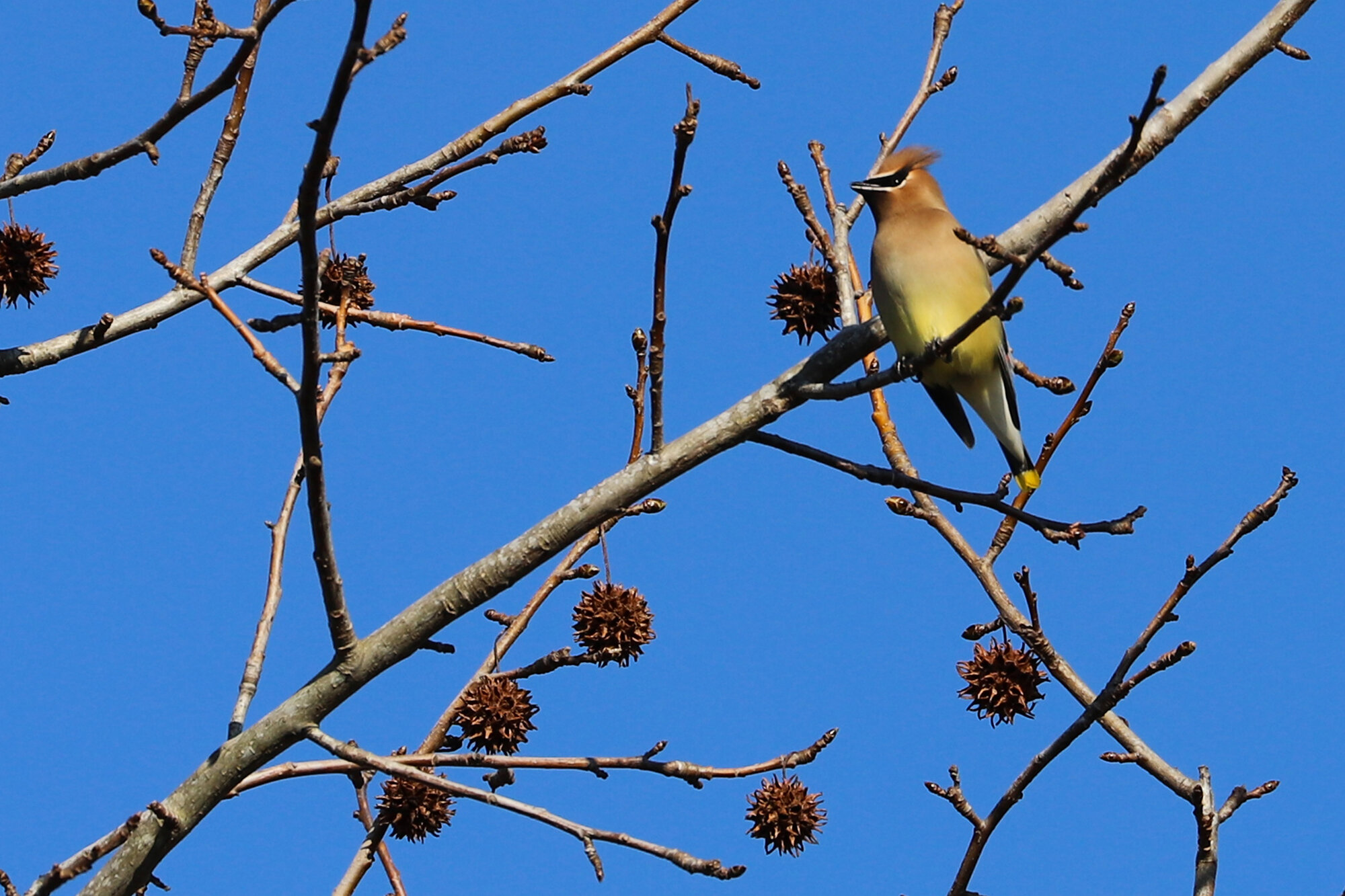

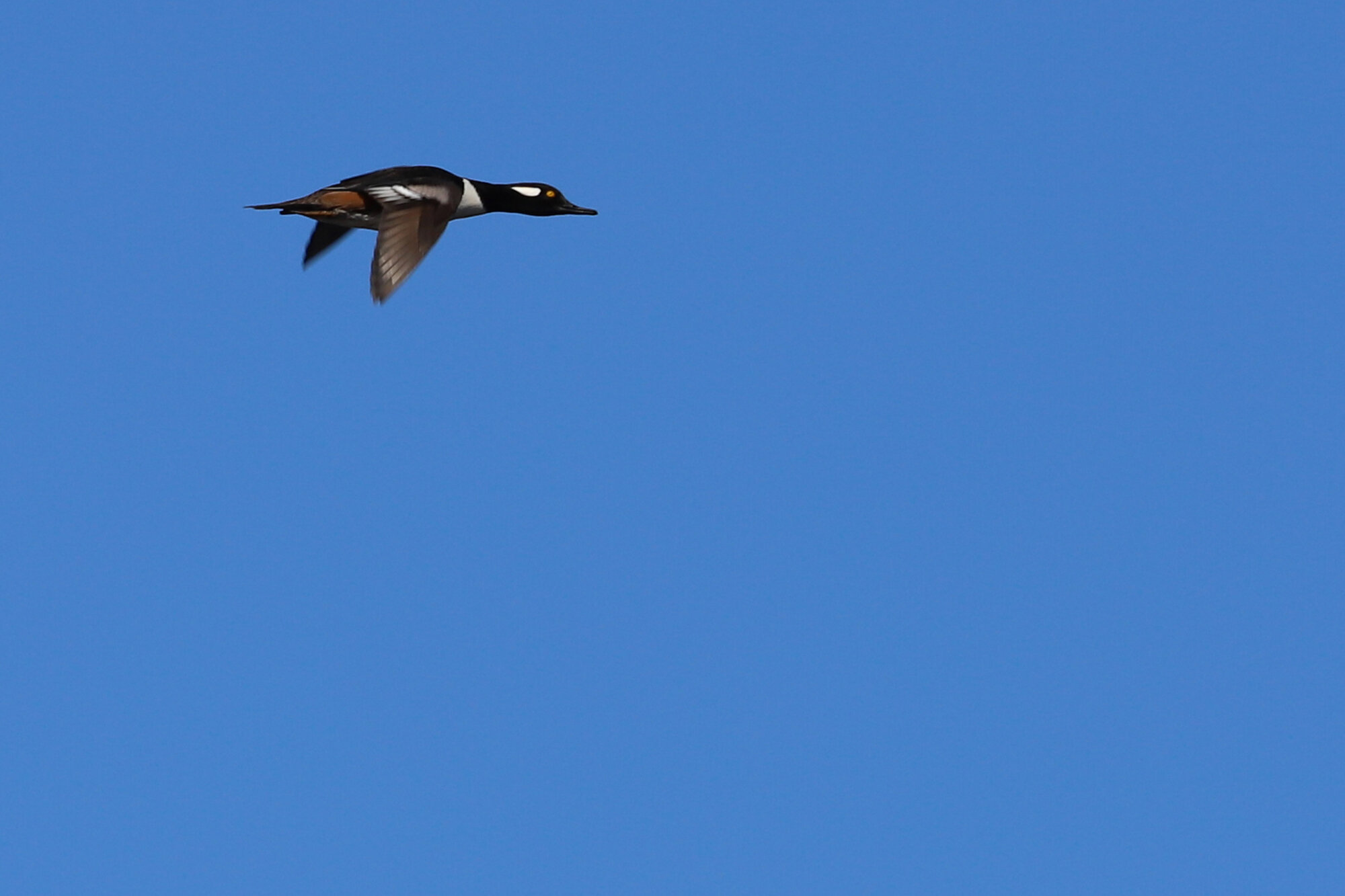

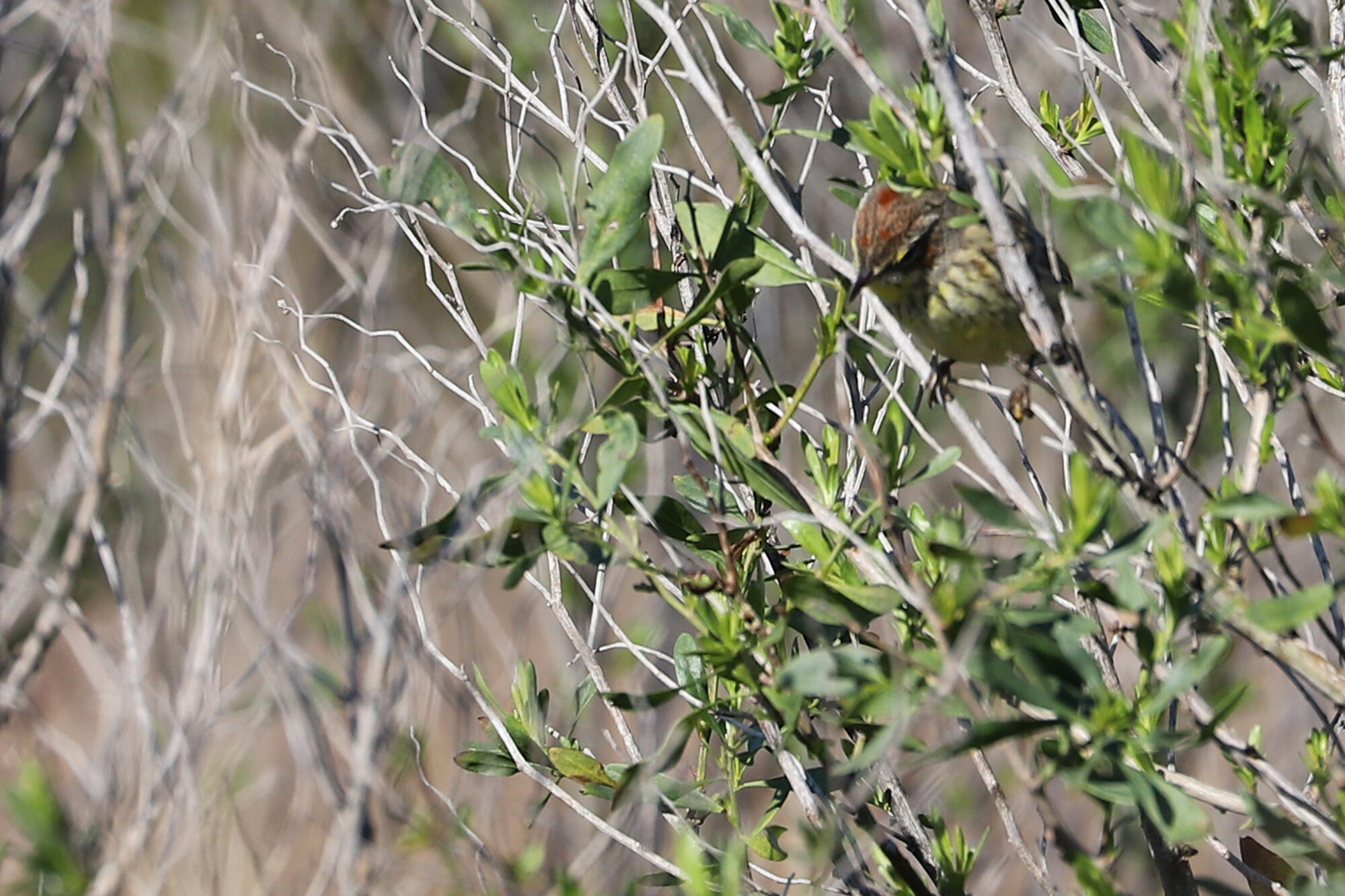
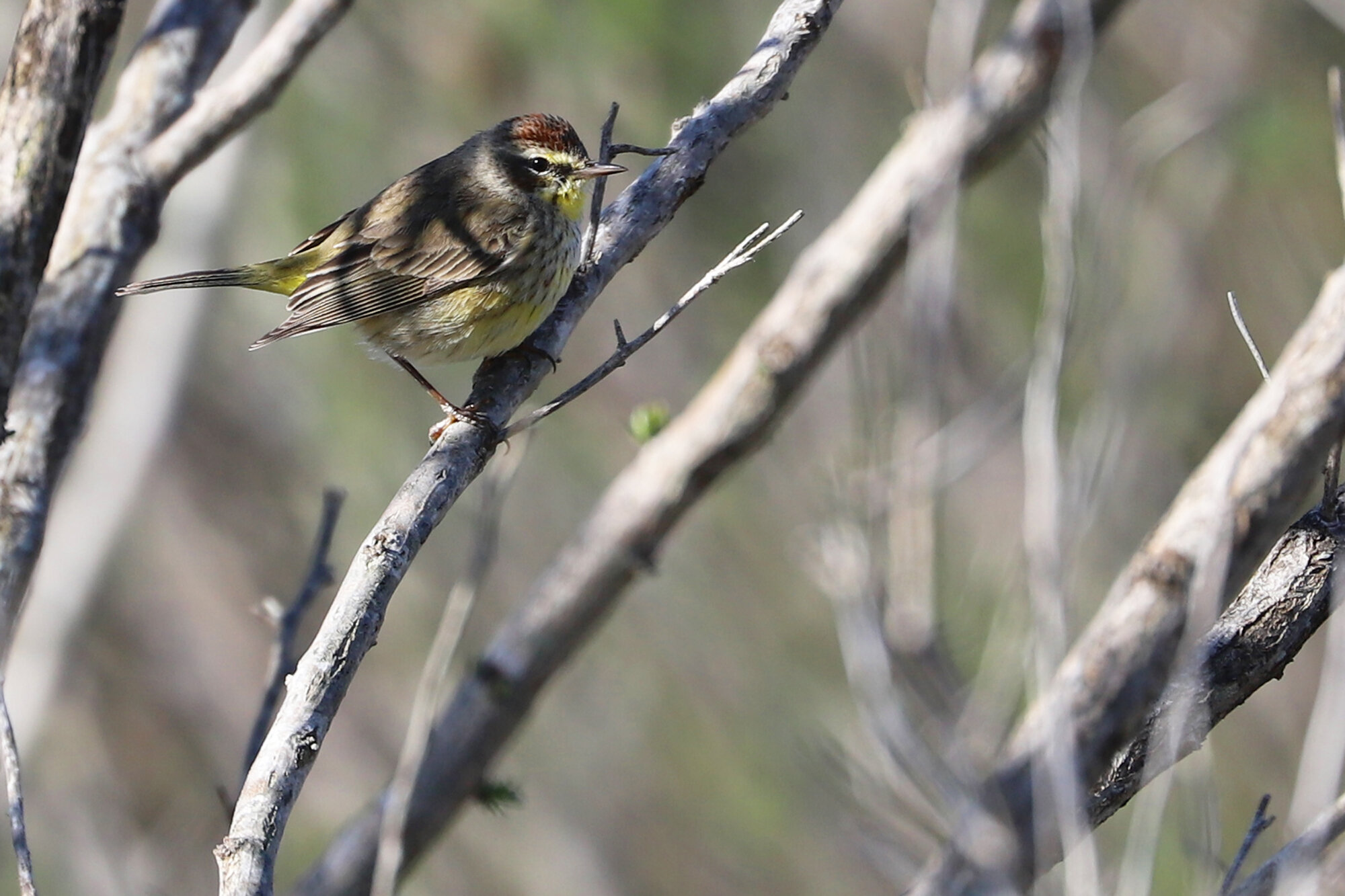

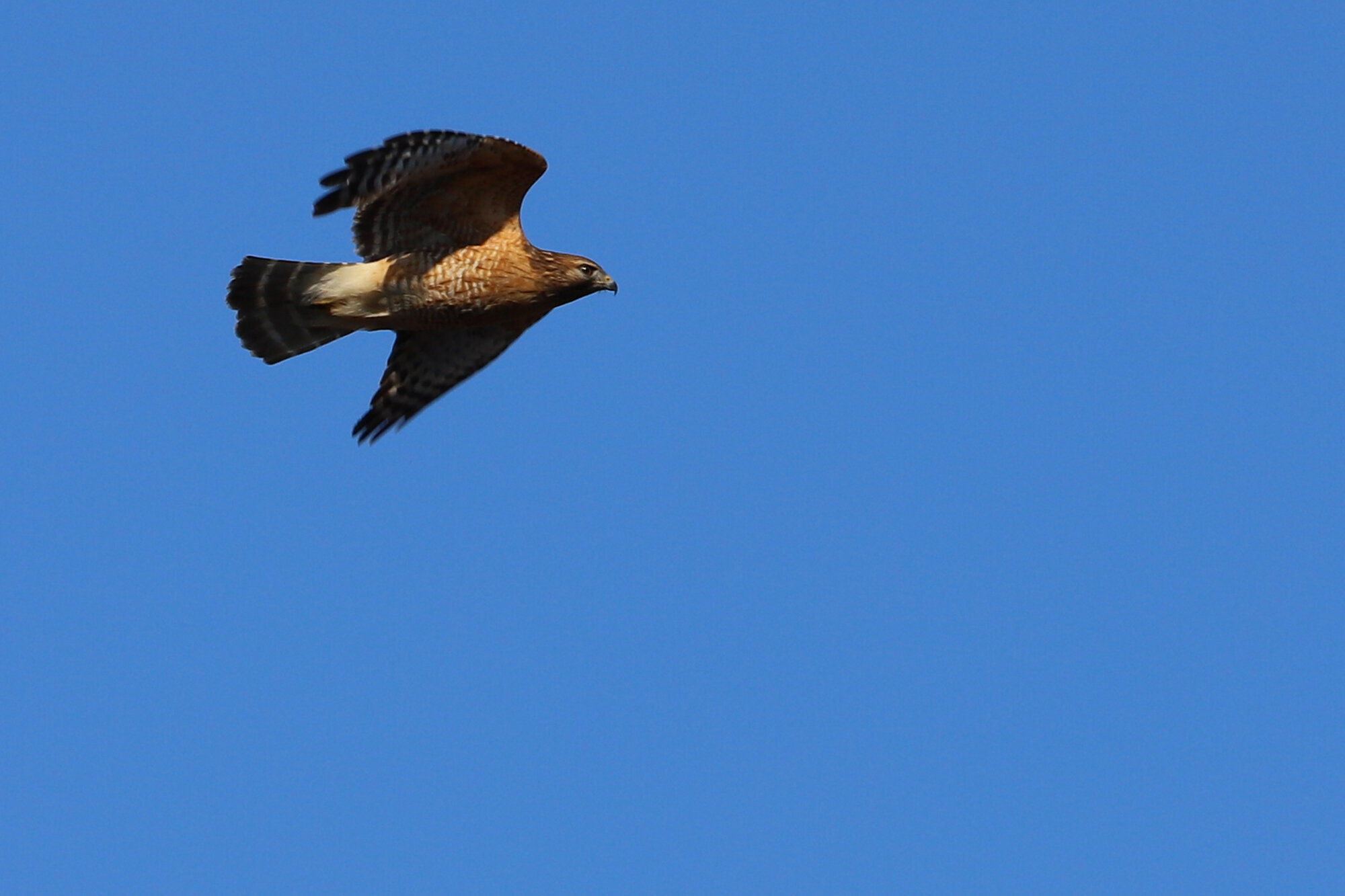
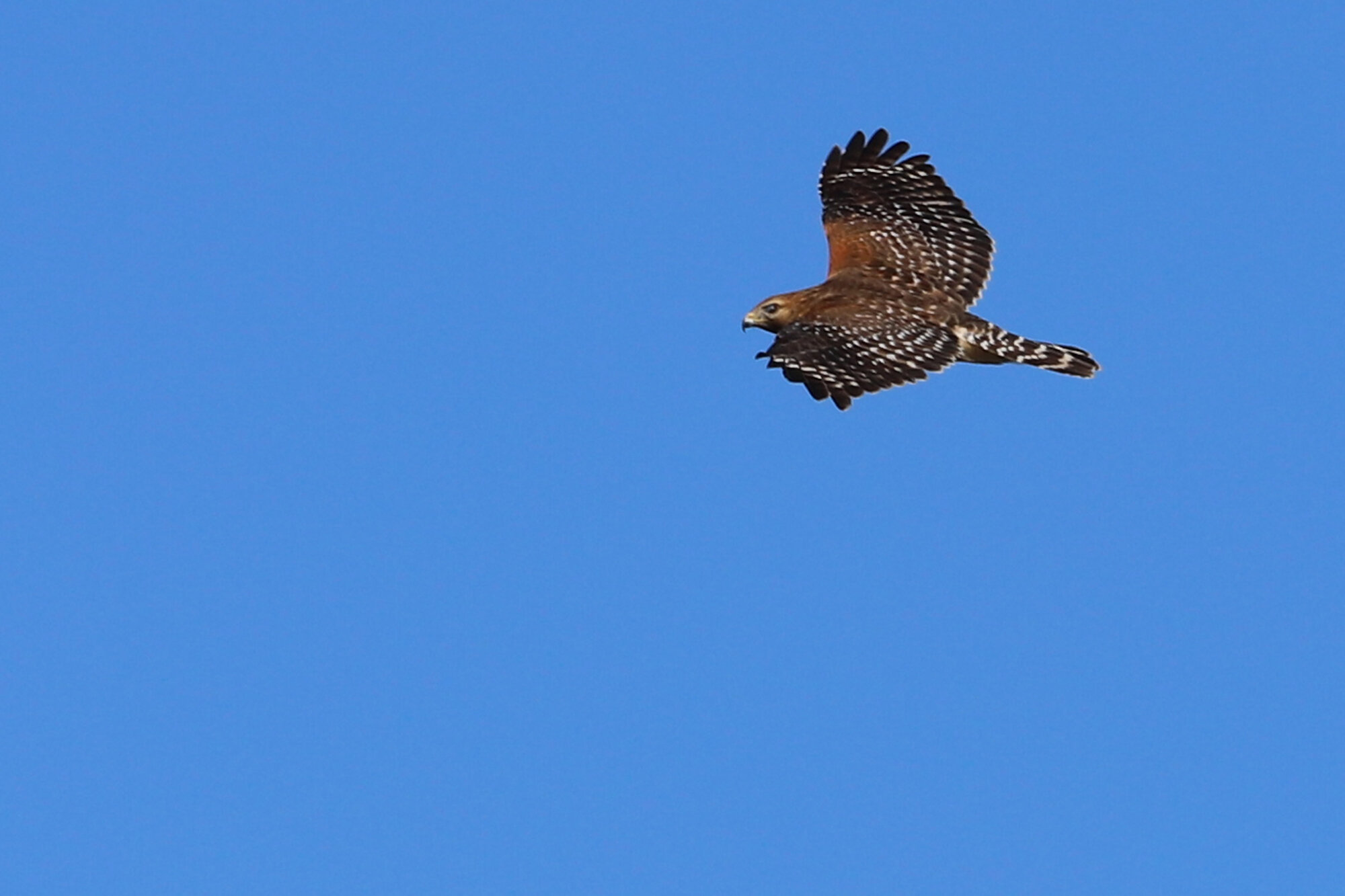
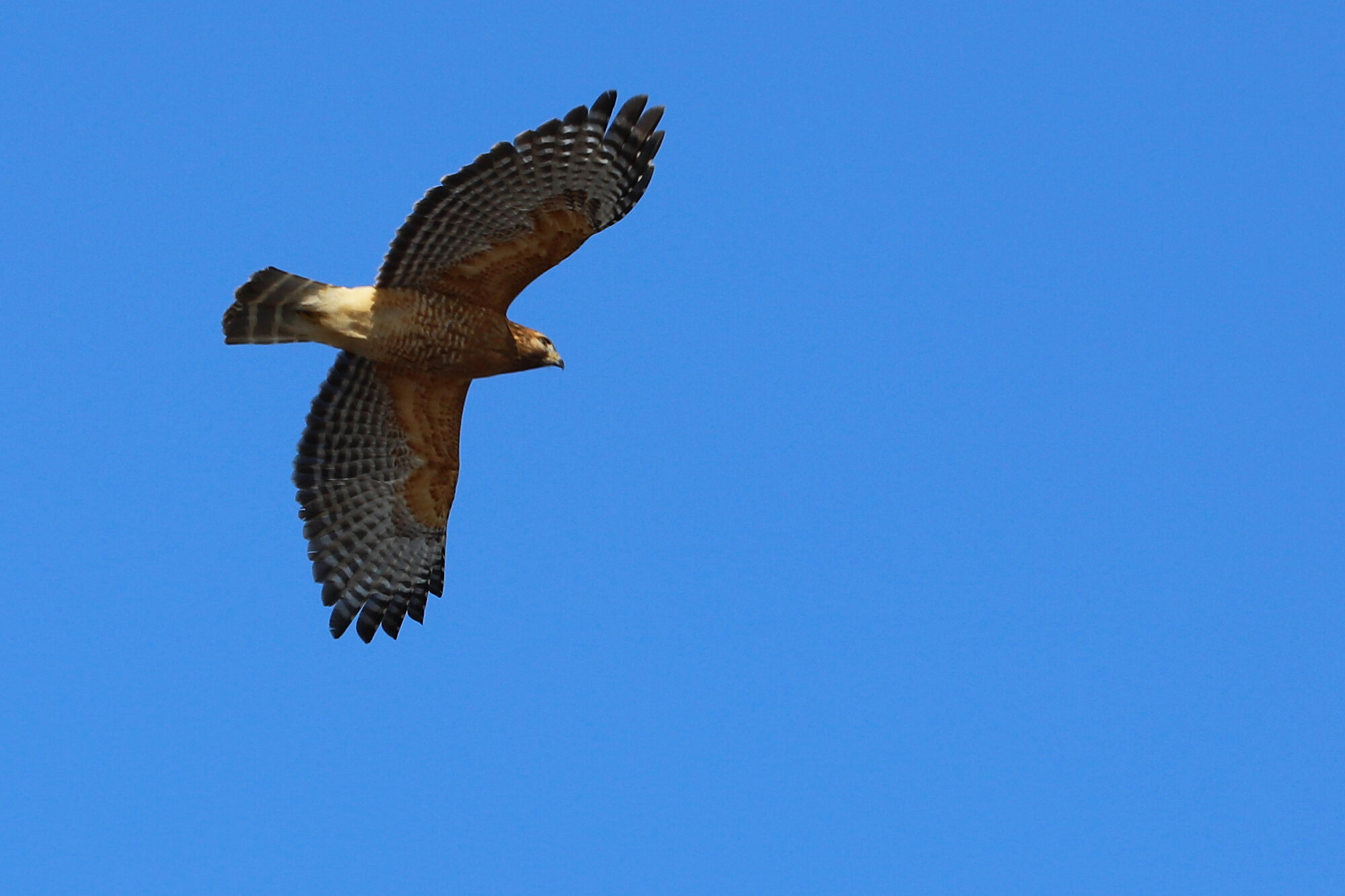
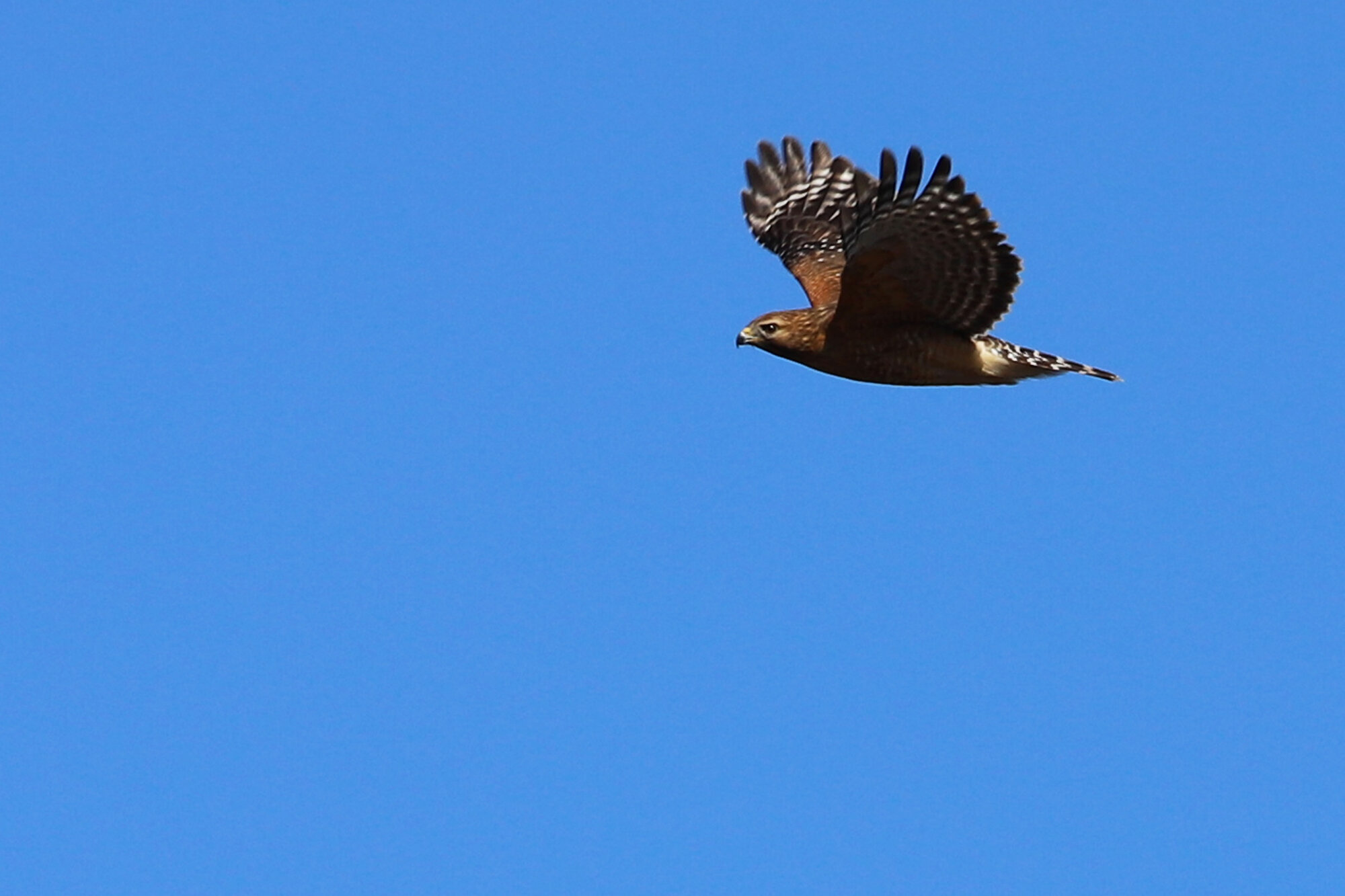

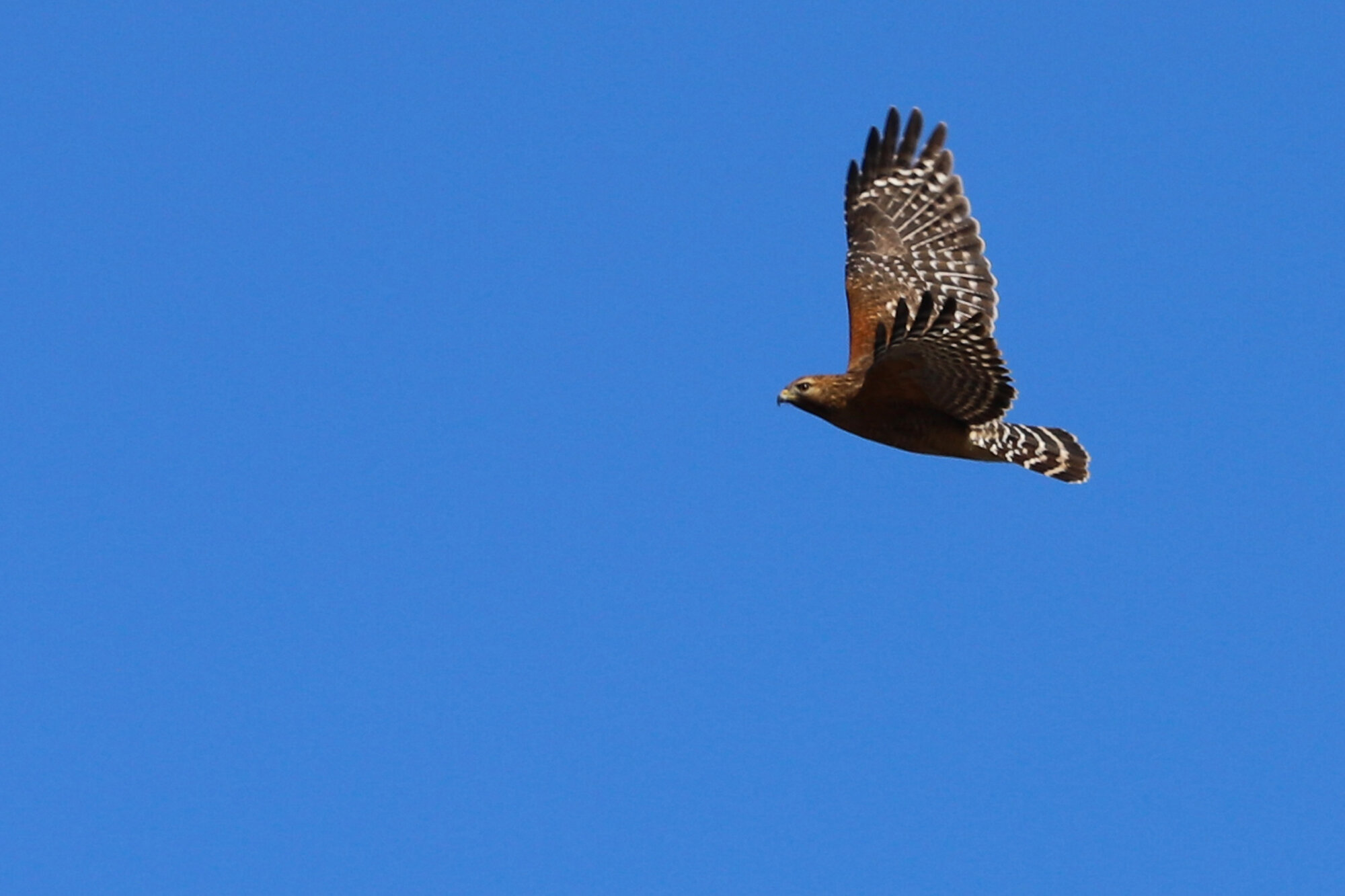
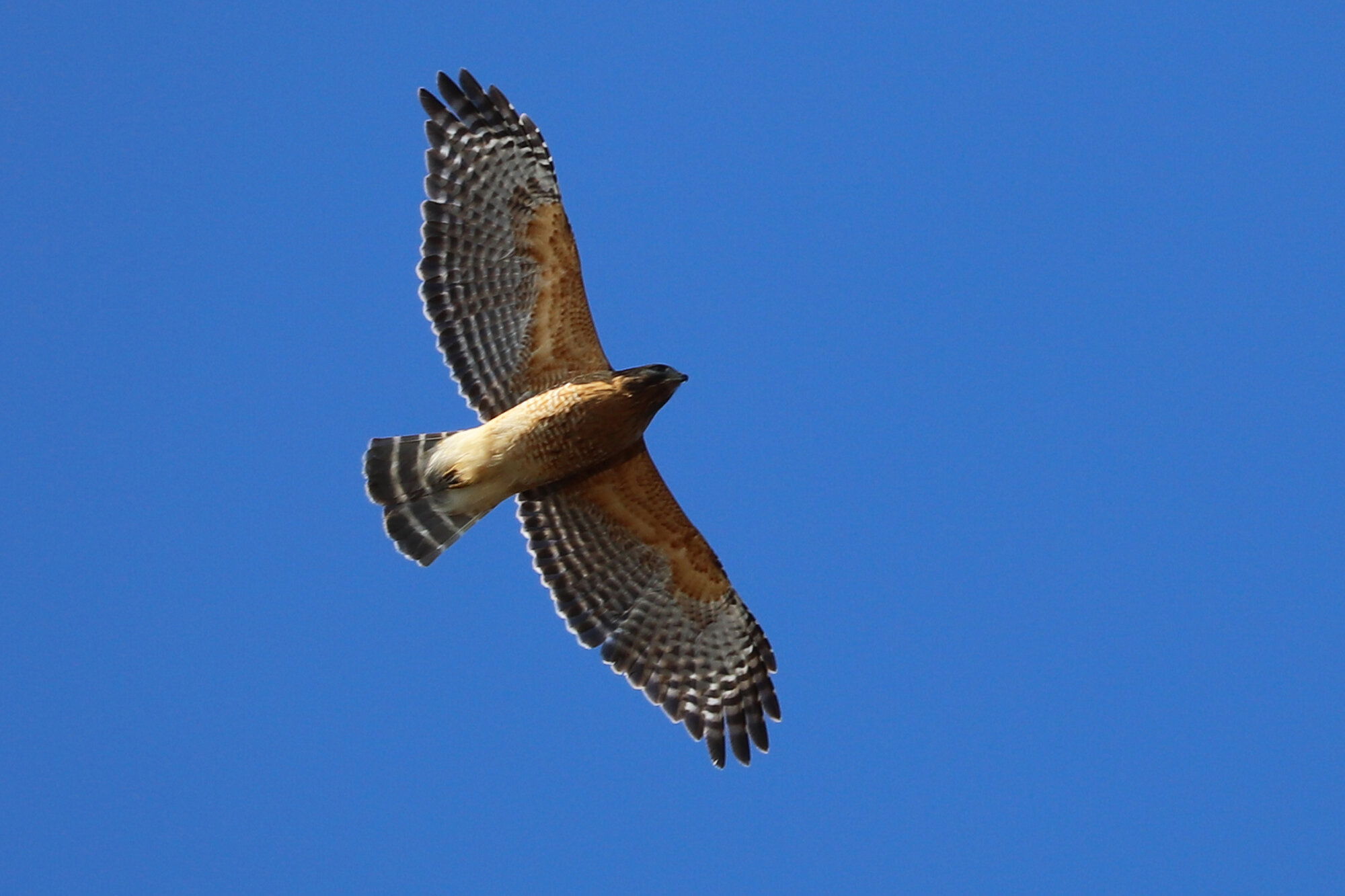
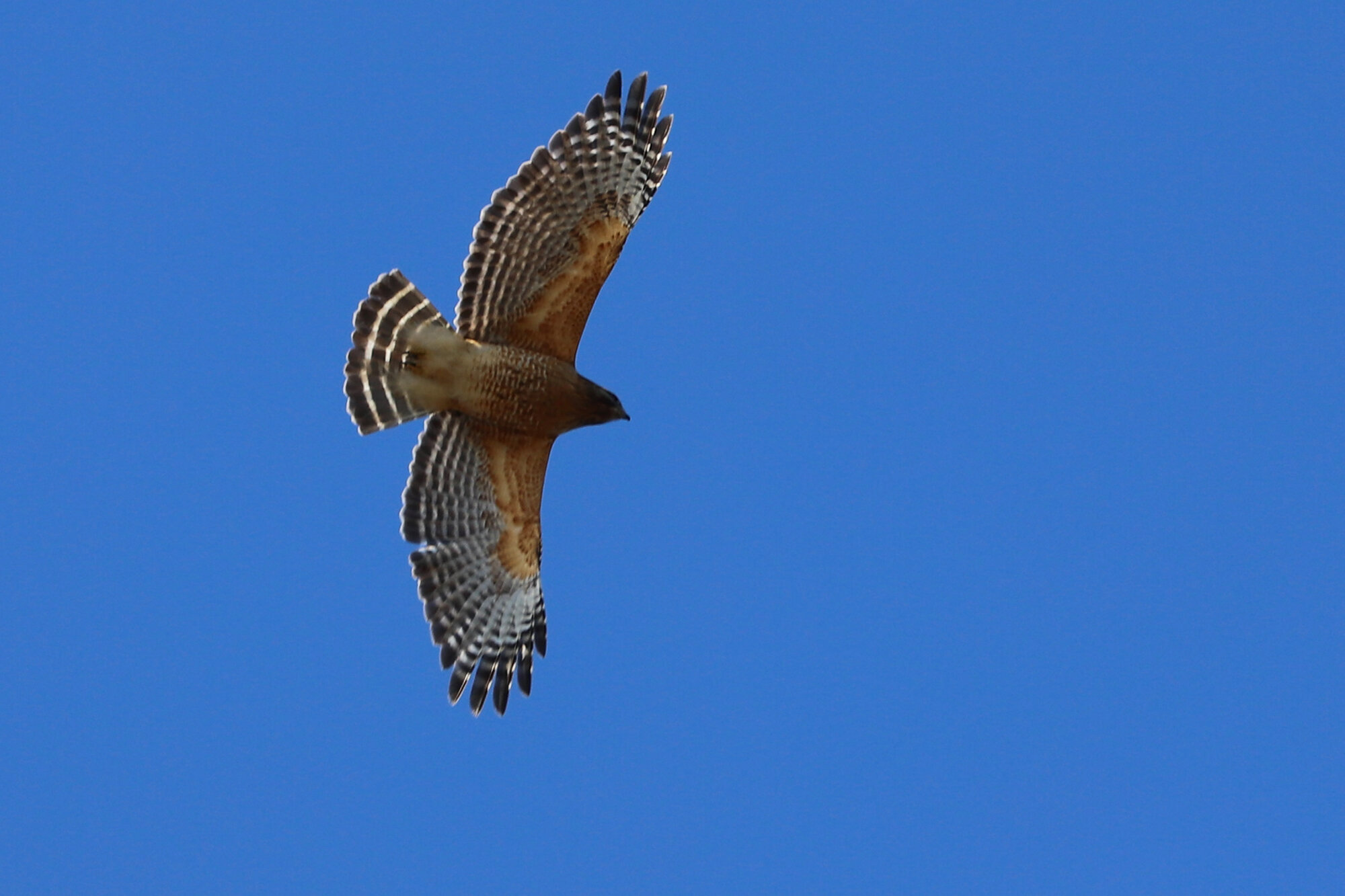
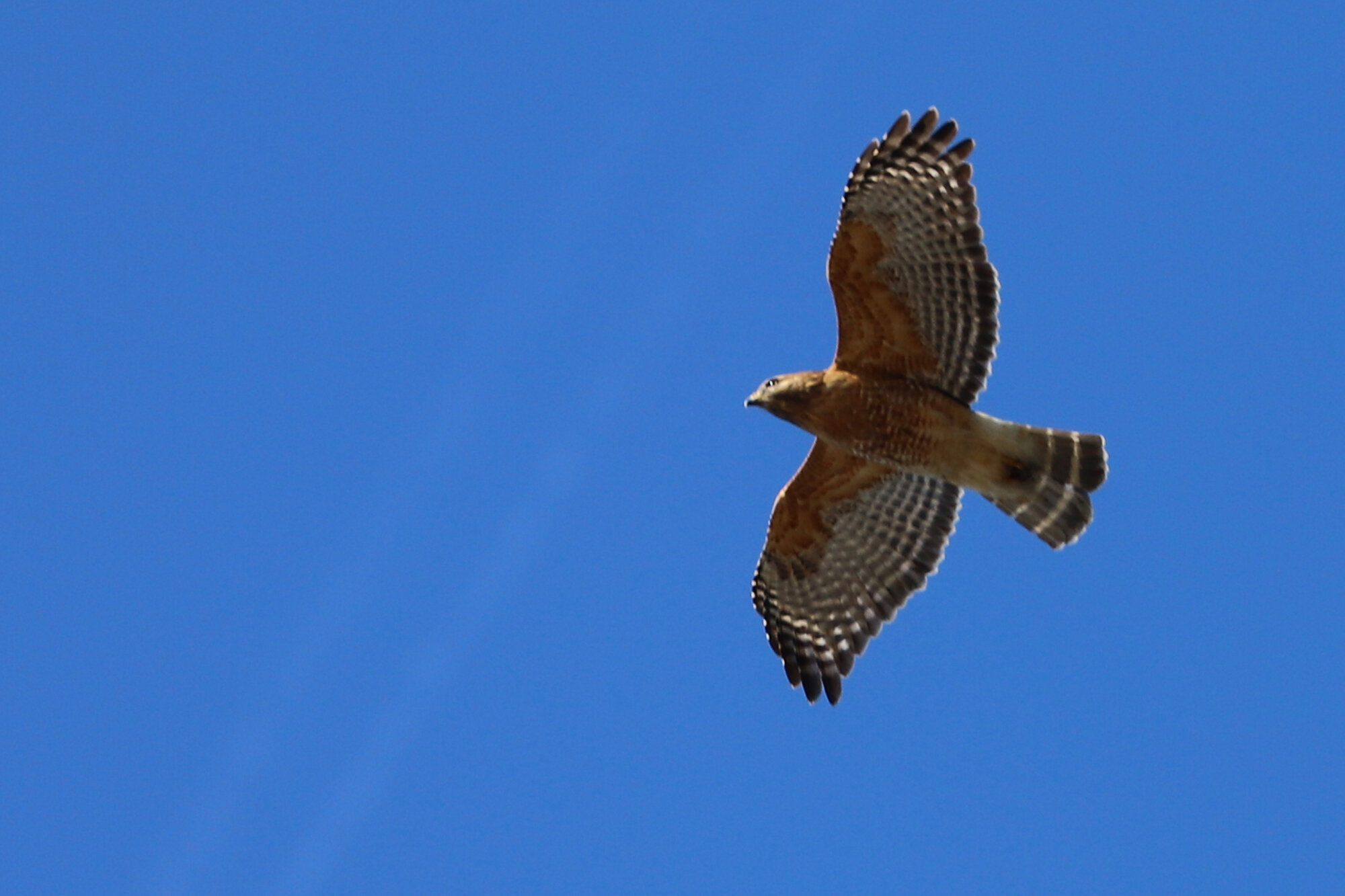

An upgrade from January’s reports, there were two YELLOW-THROATED WARBLERS photographically documented in the city during February. An individual first noted at a Bellamy Manor private residence 22 Nov (ph. Una Davenhill) lingered through 16 Feb (ph. Una Davenhill). Additionally, one was logged at a private residence in Pembroke Manor on 16 Feb (ph. Maggee Smith) and noted to have been present since 23 Nov, making for a second wintering individual. Interestingly, both of these locations yielded records last winter as well so it seems likely that these are the same individuals returning. Only the continuing wintering individual in Nova Scotia, and a pair at Dyke Marsh in Fairfax County were farther north this month. (Feb 2020 Map)
A remarkable record for PRAIRIE WARBLER occurred at Back Bay NWR on 18 Feb (ph. Andrew Baldelli & Cindy Hamilton), which made for the latest eBird record ever logged for the city. Likely the same individual that was present at this location (south of the Dune Trail boardwalk) on 6 Dec (ph. John Manger) and 15 Dec (ph. Steve Myers), it eluded many who searched for it during the gap in records. Only an individual wintering near Harbor Park in Norfolk, and one in Worcester County, Maryland were farther north during February. (Feb 2020 Map)
A surprise WESTERN TANAGER made for the first record in the state this year when one showed up at a private residence in Laurel Manor on 6 Feb (ph. Tommy Maloney). Another was present later in the month in Poquoson, but otherwise, only records of individuals in Anne Arundel, Maryland and Barnstable, Massachusetts were farther up the East Coast during February. (Feb 2020 Map)
A rare but regular winter resident in certain neighborhoods of Virginia Beach, February proved surprising as records for PAINTED BUNTING came in from four different location. A continuing female/immature type visited a Laurel Manor private residence most recently on 6 Feb (vis. Tommy Maloney), a group of seven (five female/immatures and two adult males) was present at an undisclosed, private residence on 4 Feb (ph. Pamela Monahan), and a private residence at Lake Windsor (ph. Lisa Rose) & the Harris Teeter Retention Pond (vis. Cathy Williamson) yielded records on 24 Feb. A banner winter season for this species, many states on the East Coast saw records during February. (Feb 2020 Map)
On the opposing side of species observed, we had quite a few expected/regularly occurring species that managed to evade eBirders here this month. Quite surprisingly, there wasn’t a single eBird record during February for Common Eider, Common Goldeneye, Northern Bobwhite (still missing for the calendar year as a whole), American Bittern, Black-bellied Plover, Dunlin, Ruddy Turnstone, American Woodcock, Wilson’s Snipe & Nelson’s Sparrow. Any other species that were missed this month would be considered as “Rare” in eBird, but a few of these are genuine surprises. Sure, February is the shortest month of the year here, even during Leap Years such as this one. Surely, each of these species is present somewhere in the city right now though, so here’s hoping they reveal themselves in March.
Impoundment / Princess Anne WMA Whitehurst Tract / 2 Feb; please click this photo to advance to the next!
Atlantic Ocean / Little Island Park / 1 Feb
Sunrise / Little Island Park / 15 Feb
Bradford Pear Blossoms / Munden Road / 16 Feb
Bradford Pear Blossoms / Munden Road / 16 Feb
Sunrise / Little Island Park / 16 Feb
Impoundment / Princess Anne WMA Whitehurst Tract / 16 Feb
Impoundment / Princess Anne WMA Whitehurst Tract / 16 Feb
Impoundment / Princess Anne WMA Whitehurst Tract / 16 Feb
Sunrise / Little Island Park / 22 Feb
Back Bay Sedge Wren Habitat / Back Bay NWR / 22 Feb
Bradford Pear Blossoms / Munden Road / 23 Feb
Bradford Pear Blossoms / Munden Road / 23 Feb
Impoundment / Princess Anne WMA Whitehurst Tract / 23 Feb
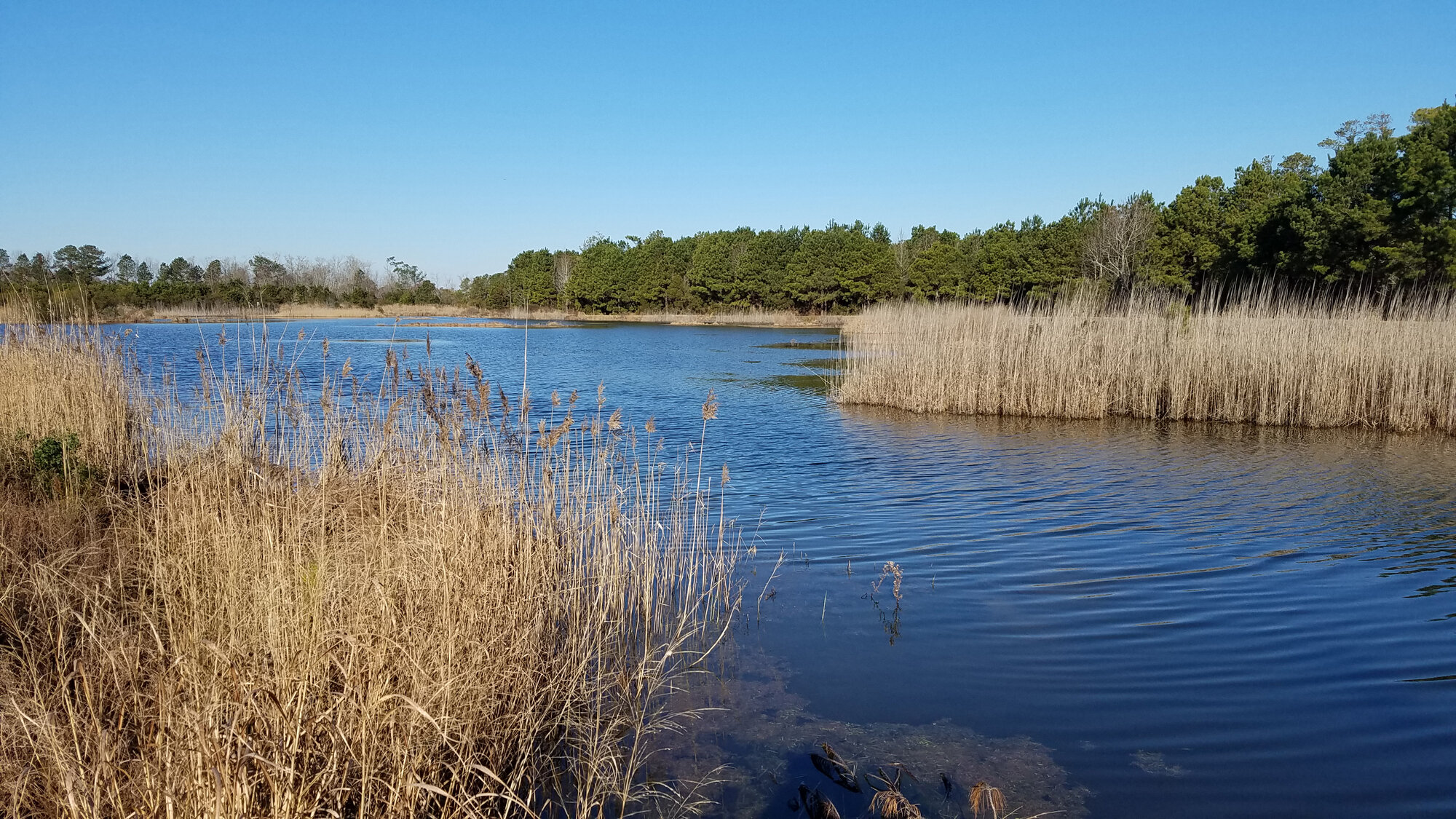

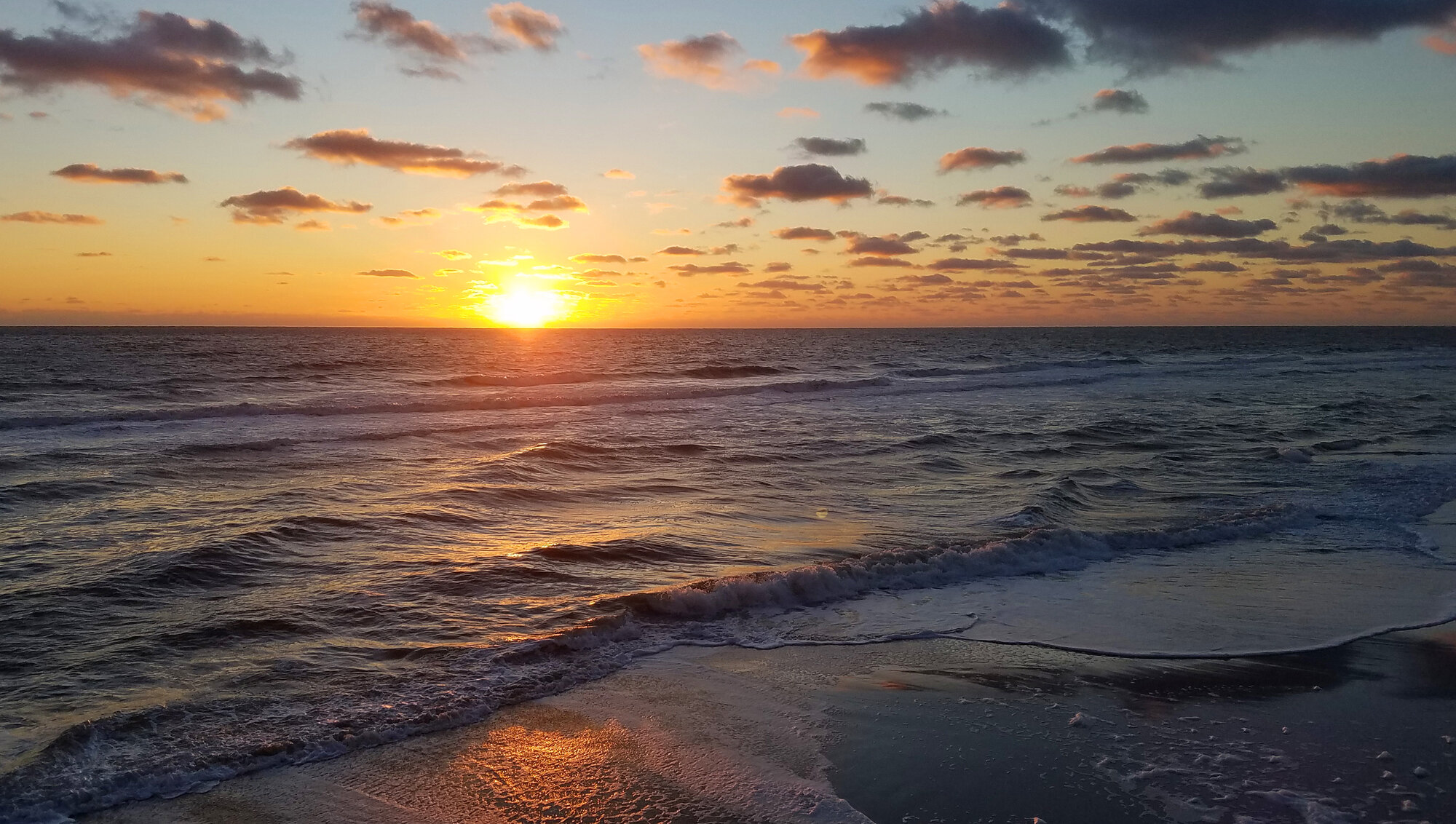
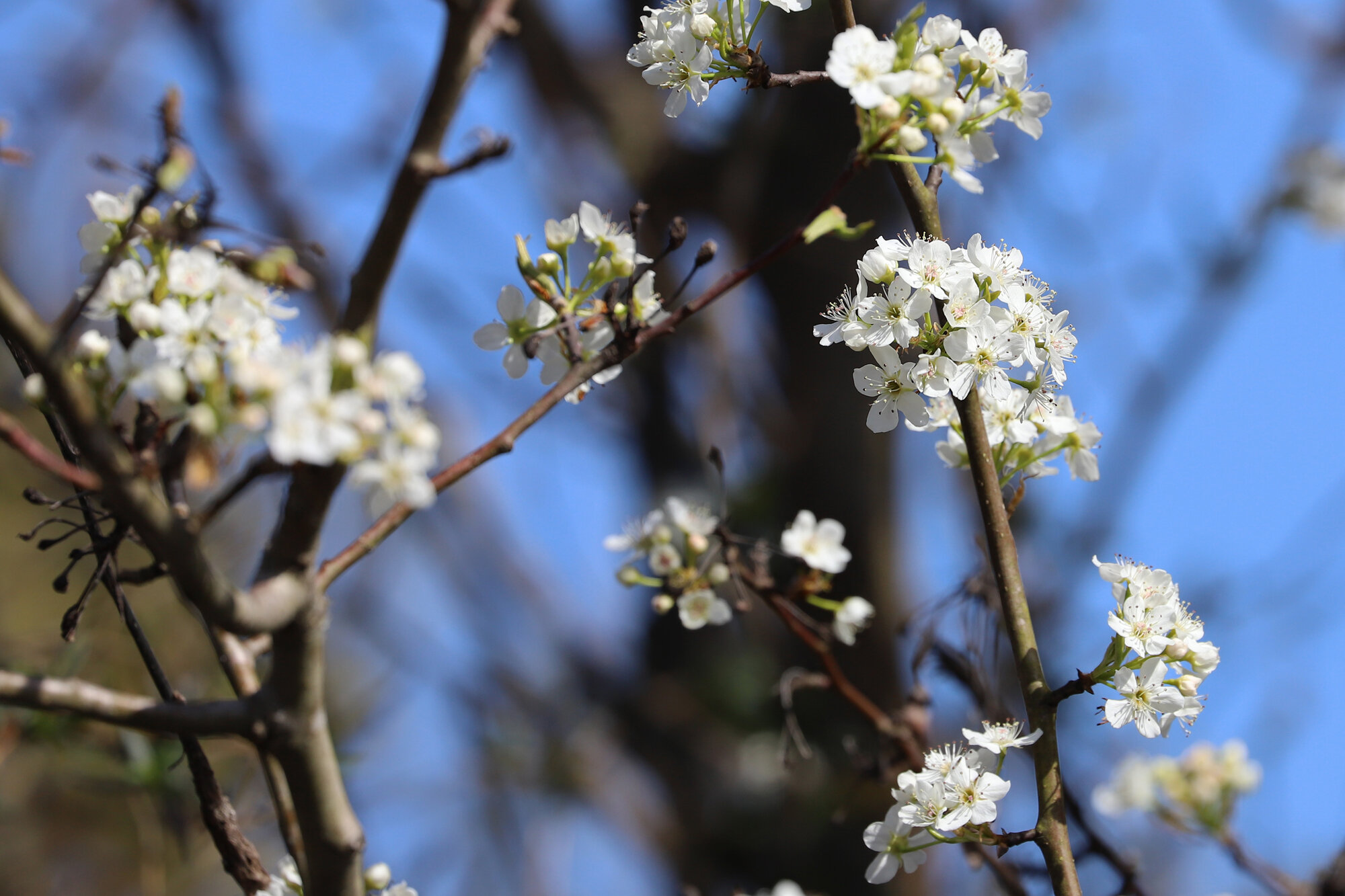

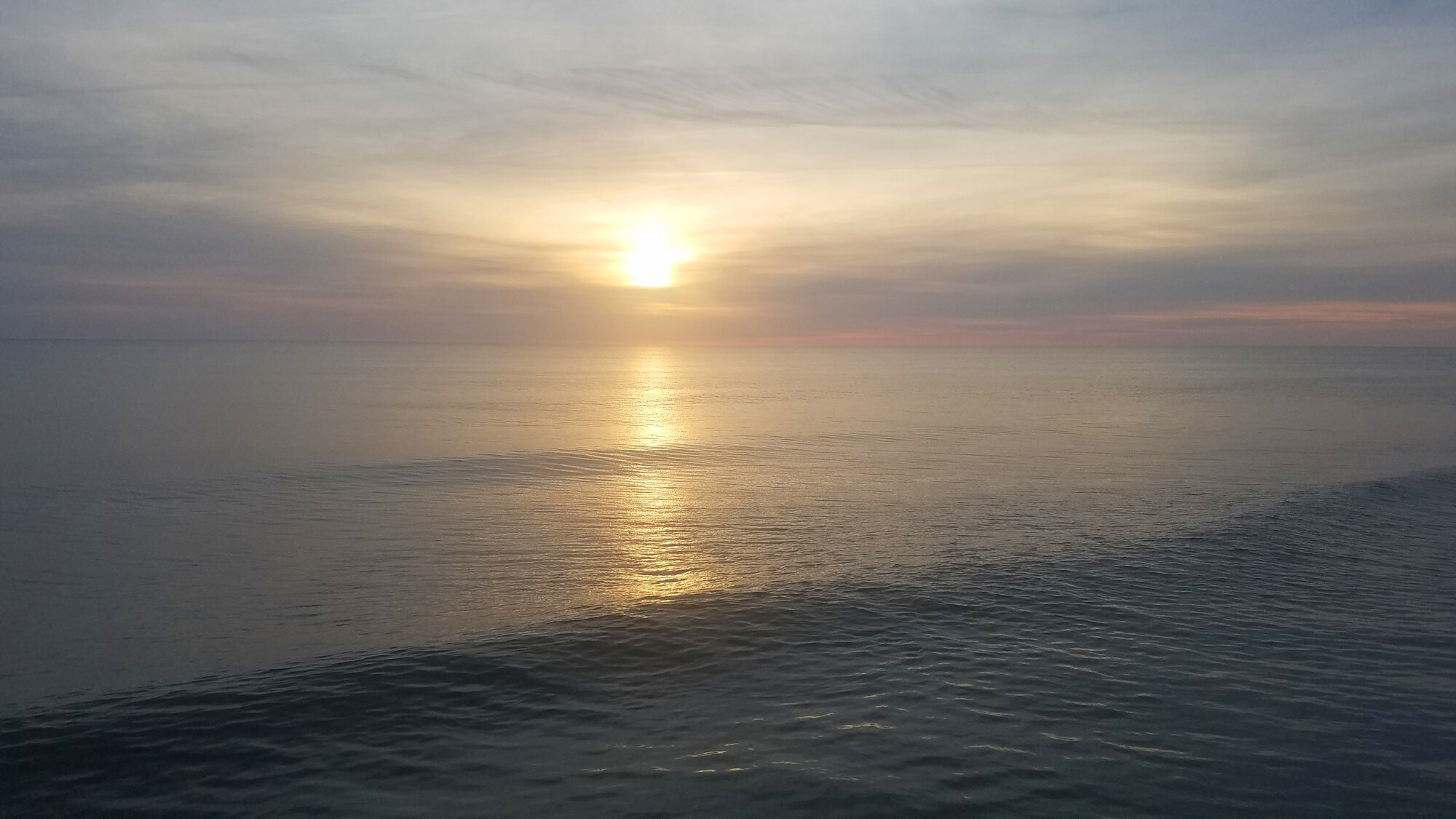
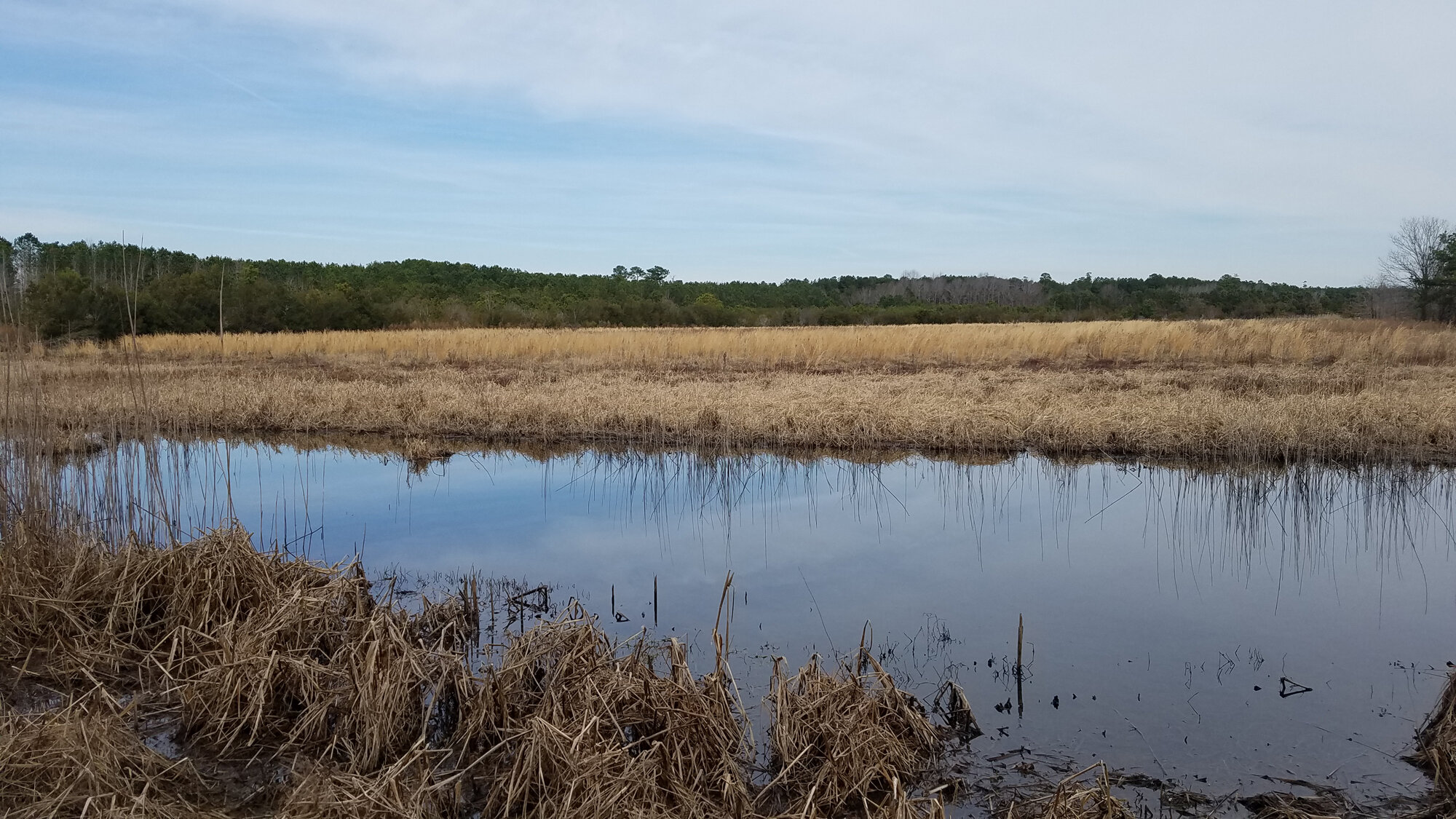



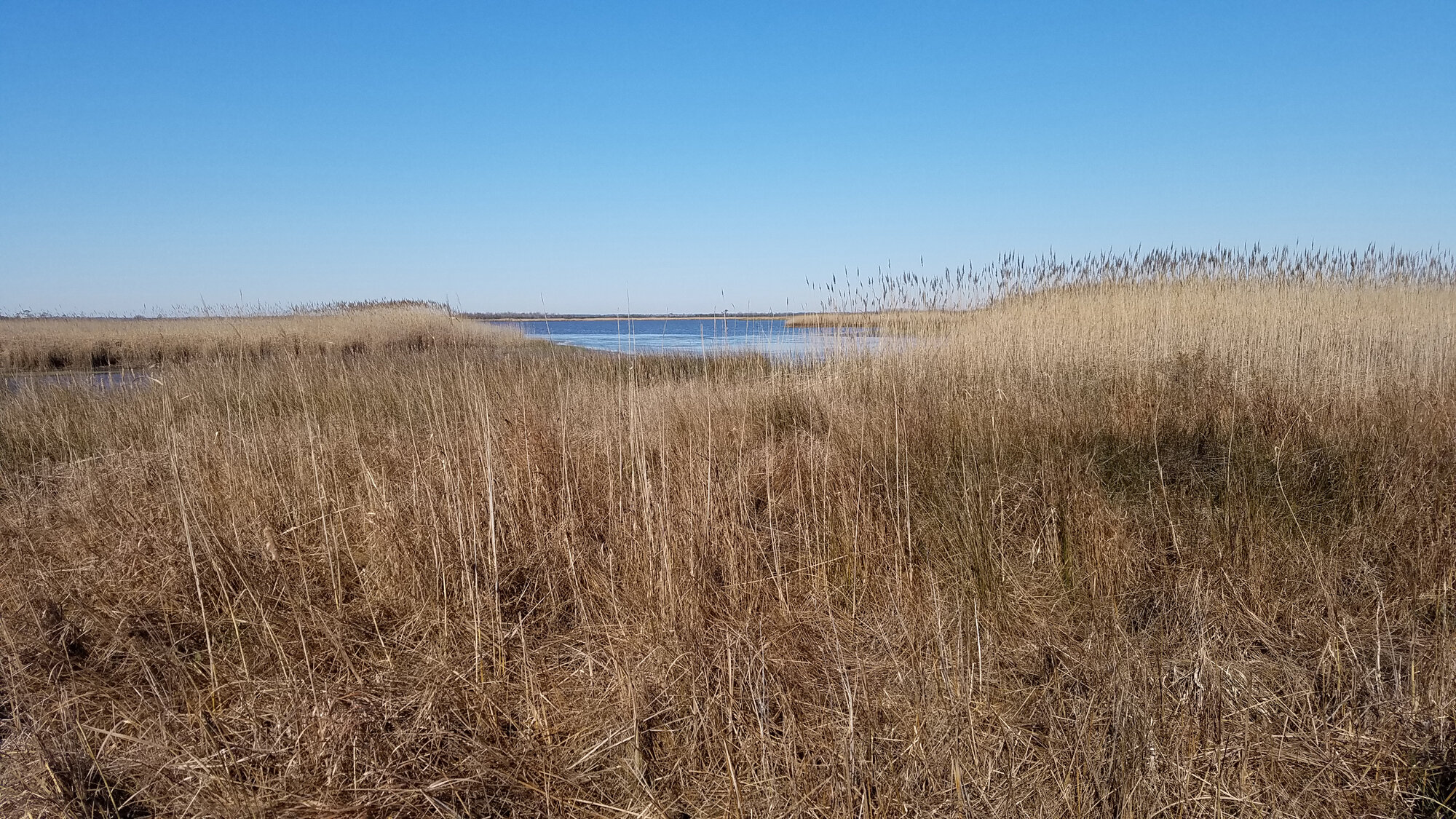
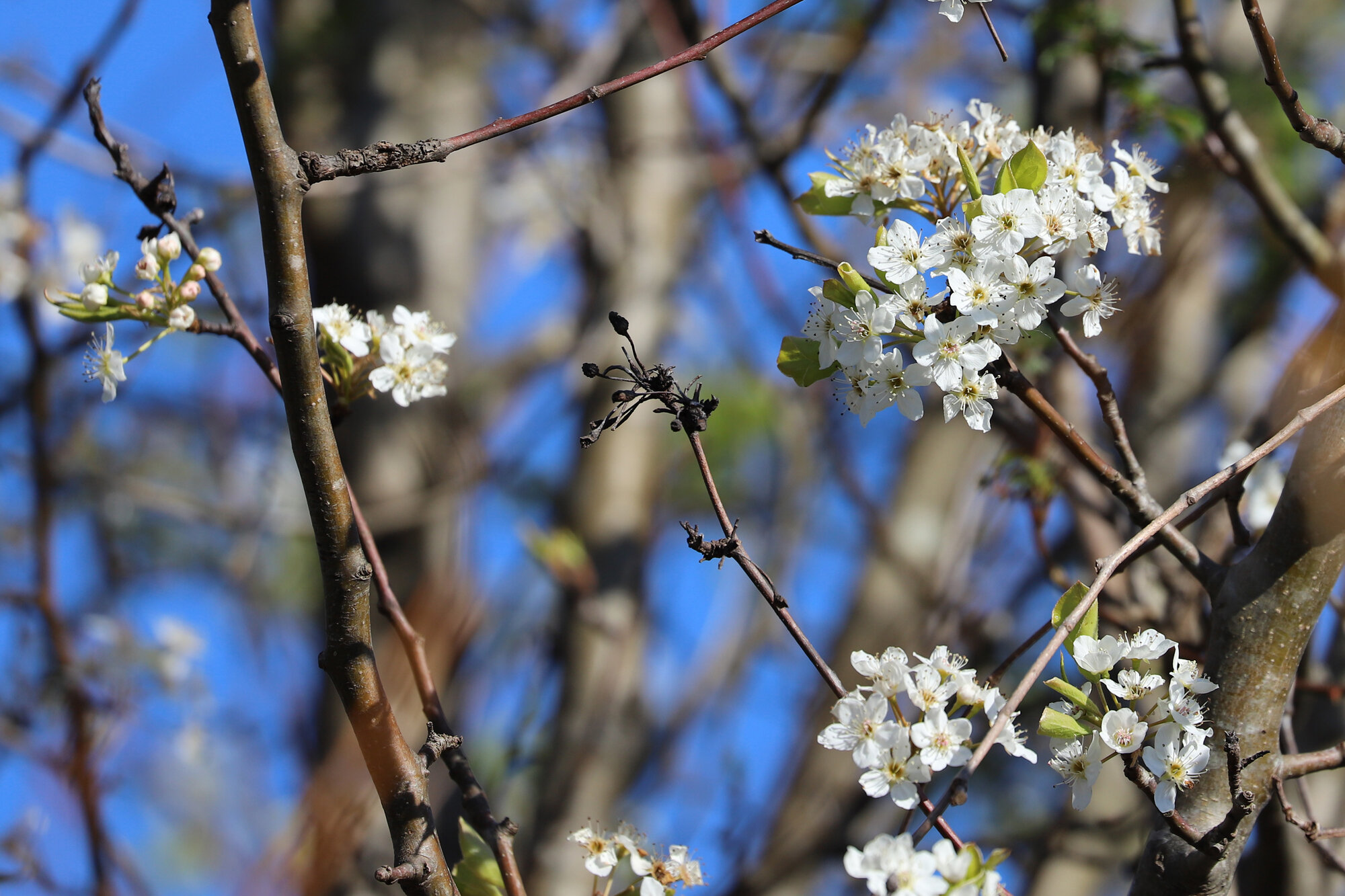
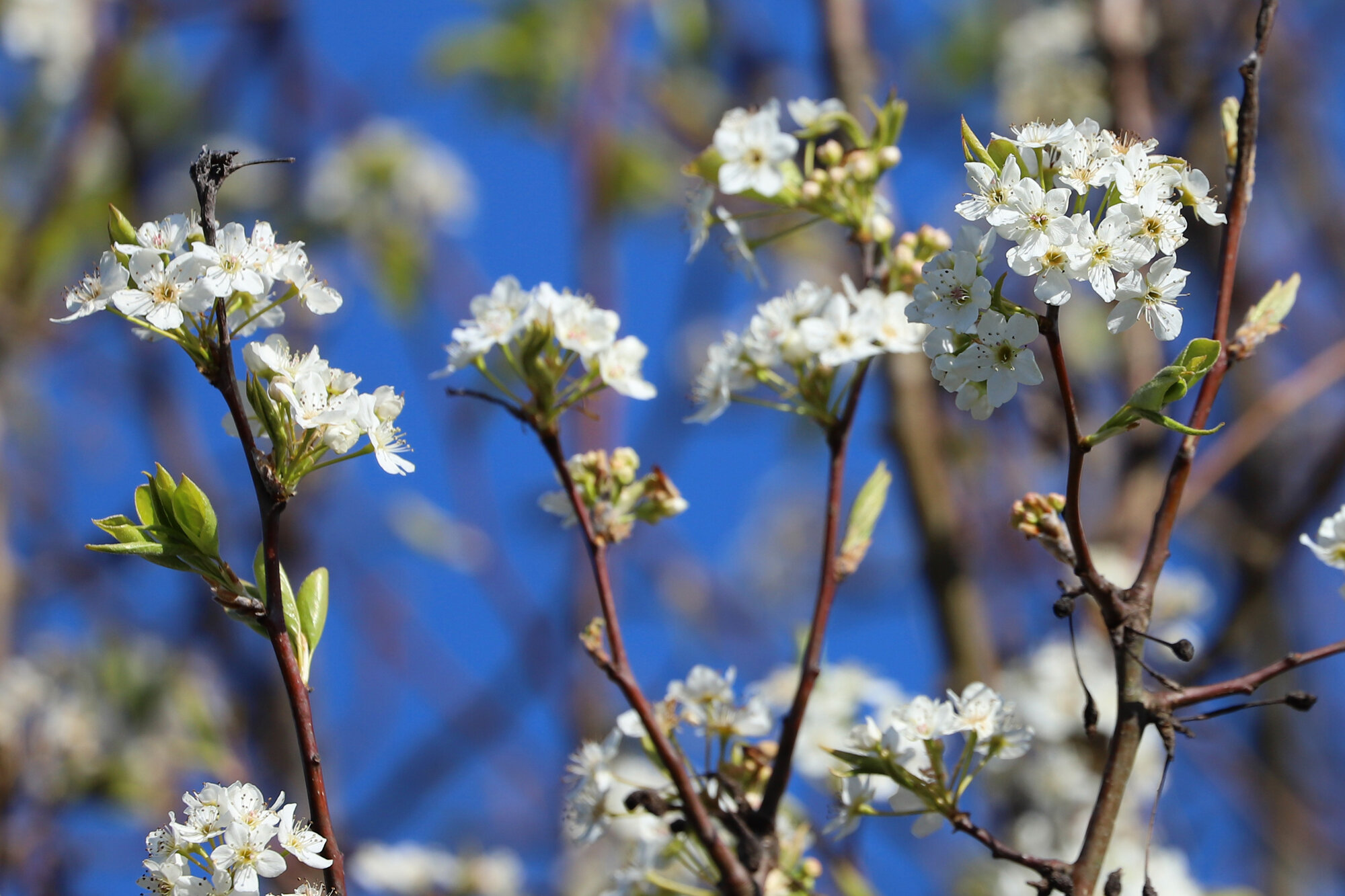
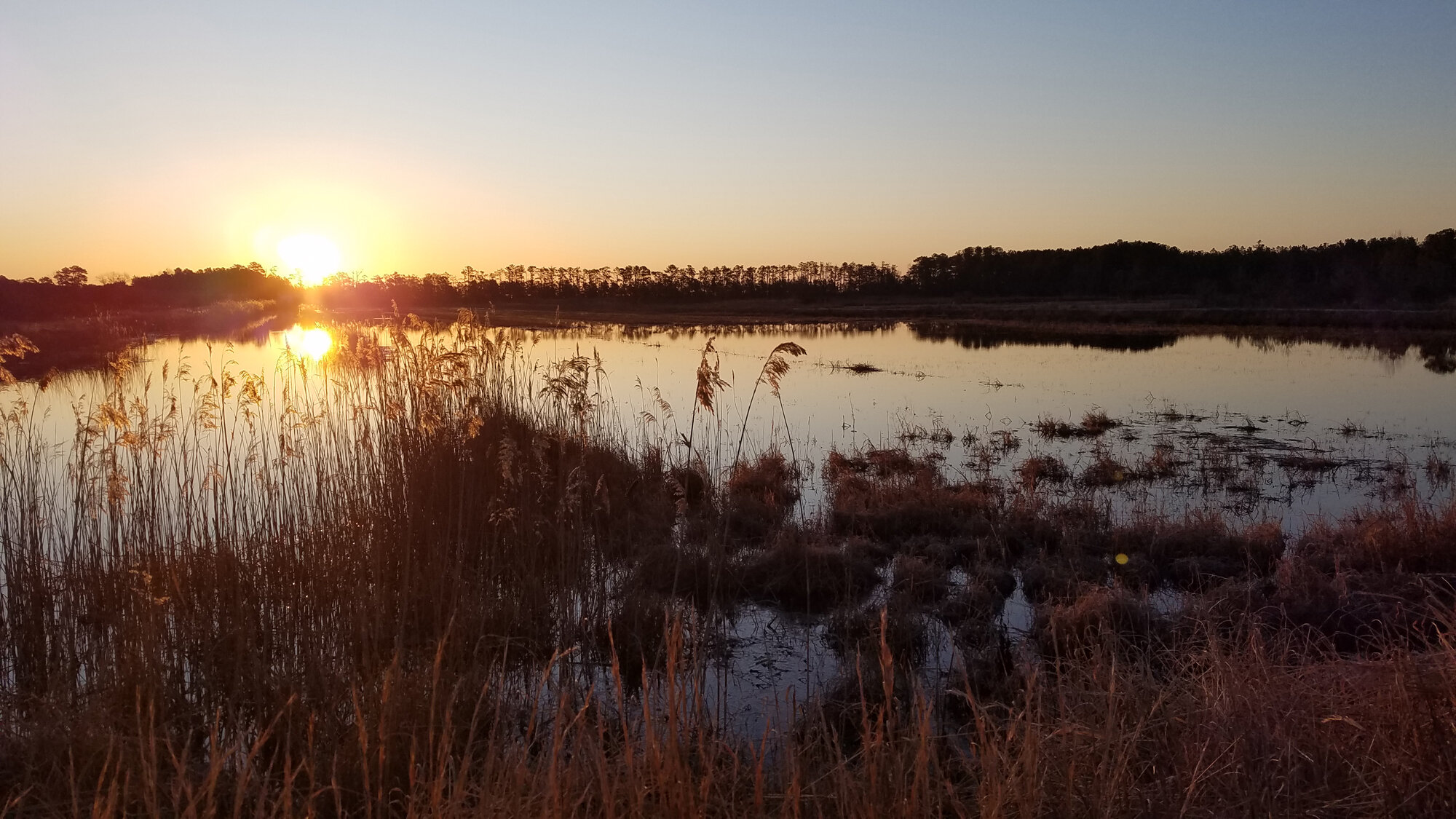
For those who wish for their observations to be included in this journal, please submit your records to www.eBird.org, and ensure that the proper documentation (whether written notes that rule out all similar species or photo/audio/video that is conclusive to species) is provided. Thank you to those who have taken the time to enter such documentation into eBird so these records may be publicly known and to those who took the time to read through this Journal entry. Be sure to check back early next month to see what birders will have found in Virginia Beach during March! For further information regarding this monthly, online publication, please visit the Journal Overview Page which provides an explanation of the current format, layout and composition of the journal.
The first month of the new year (and new decade) provided fantastic birding to both visiting & local Virginia Beach birders alike. Temperatures in January were higher than the prior ten-year average (49.1°F/ 32.3°F for daily highs/lows). Average daily highs (55.5°F) were the highest we’ve seen since January 2012 (56.4°F) while average daily lows (39.7°F) exceeded those of each of the prior ten Januaries. The avifauna observed throughout the month seemed very reflective of these temperatures. Waterfowl numbers were very low compared to what we’ve experienced in recent Januaries, but the quality of species observed still managed to be quite high. This month also featured perhaps the greatest diversity of waders ever found here in January, and lingering passerines also caused excitement throughout the month. Over the course of its thirty-one days, a total of 176 species produced accepted records in eBird during January, which was an ever-so-slight drop from the 177 species logged in December. Compared to recent Januaries, this number proved to be a healthy boost from the 170 species logged in 2019 and to the 167 in 2018. Collectively, eBirders submitted a total of 1,241 complete checklists in Virginia Beach, which puts us on an initial pace to eclipse the 10,061 complete checklists submitted in 2019.
Little Blue Herons / Princess Anne WMA Whitehurst Tract / 12 Jan; please click this photo to advance to the next!
Cattle Egrets / North Muddy Creek Rd. / 1 Jan
Glaucous Gull / CBBT / 4 Jan
Harlequin Duck / Little Island Park / 4 Jan
Gambel's White-crowned Sparrow / Harris Teeter Retention Pond / 4 Jan
Glossy & White Ibis / Princess Anne WMA Beasley Tract / 5 Jan
Cattle Egrets / North Muddy Creek Rd. / 5 Jan
White-eyed Vireo / Princess Anne WMA Whitehurst Tract / 12 Jan
Cattle Egrets / North Muddy Creek Rd. / 12 Jan
Little Blue Heron / Princess Anne WMA Whitehurst Tract / 19 Jan










The following species warrant mention for the month of January, as described below:
The single CACKLING GOOSE first reported at Sherwood Lakes on 29 Nov (vis. Andrew Baldelli) continued through 1 Jan in the agricultural field just north of the lakes (ph. Tommy Maloney; later vis. Karen & Tom Beatty). This is the only known individual in the city so far this winter season. (Jan 2020 Map)
An adult MUTE SWAN took up brief residency on an impoundment at Back Bay NWR from 4 Jan (ph. Marlee Morris-Fuller) through 6 Jan (ph. Robert Ake, Cindy Hamilton & Lauren Mowbray). This made for the first eBird record for the species at Back Bay NWR since 2017, and only the second for the city overall since then. (Jan 2020 Map)
A drake EURASIAN WIGEON was discovered on a small, freshwater pond at NAS Oceana (Restricted) on 28 Jan (ph. Mark Burns) and it continued here through 31 Jan (ph. Karl Suttmann). This find made Virginia Beach the third city/county in Virginia to produce a record of the species in January, along with Portsmouth & Accomack. (Jan 2020 Map)
The female HARLEQUIN DUCK first noted at Little Island Park on 16 Dec (ph. Luke Fultz) continued through 31 Jan (vis. Andrew Baldelli) around the pier. Only one other record this month occurred in the city, with a female along the CBBT on 3 Jan (ph. Theo Staengl & Santiago Tabares). The female at Little Island Park proved to be the most southerly-occurring Harlequin Duck along the entire East Coast during January! (Jan 2020 Map)
A single PARASITIC JAEGER was observed from Little Island Park on 12 Jan (vis. Wes Teets), making for the only record in the state this month! The most northerly record for January along the East Coast overall, reports of this nature from shore during the winter are exceptional. (Jan 2020 Map)
Continuing at Lynnhaven Inlet from 31 Dec (ph. Andrew Baldelli & Lisa Rose), an adult BLACK-HEADED GULL lingered only through 2 Jan (vis. Kathy Louthan & Wes Teets). This was the only record for the species in Virginia during January, and only North Carolina (2) & Florida (1) had records farther south. (Jan 2020 Map)
Also at Lynnhaven Inlet, an immature ICELAND GULL made a brief appearance on 5 Jan (ph. Andrew Baldelli, vis. Lou Rajnys) before flying westward up Pleasure House Creek. Along with Norfolk, Richmond & Prince William County, at least four individuals were known in the state during January. (Jan 2020 Map)
Famous for perching along the railing of the CBBT south of Island One, a GLAUCOUS GULL first noted on 30 Dec (vis. Gabriel Mapel) continued through 31 Jan (vis. Matt Anthony & Erin Chapman). A second Glaucous Gull was reported around the CBBT during the Williamsburg Bird Club’s boat trip on 19 Jan (many obs.). No other records occurred for this species in January elsewhere in the state. (Jan 2020 Map)
A miraculous CASPIAN TERN was observed at Dam Neck NA (Restricted) on 12 Jan (ph. Karen & Tom Beatty), making for a first eBird record for the state during any January! Additionally, this was the most northerly record for the species on the East Coast overall during any January. (Jan 2020 Map)
A pair of records for WOOD STORK surfaced this month, first with a group of three in flight over Back Bay NWR on 8 Jan (ph. Steve Keith) and then with an individual found at Carolanne Farms Park on 11 Jan (ph. Charlie Bruggemann). The individuals of the former record were not re-found, but the individual mentioned in the latter record continued through 14 Jan (ph. Jeffrey Marcum). These made for the most northerly reports for the species during January. (Jan 2020 Map)
Pied-billed Grebe / Back Bay NWR / 1 Jan; please click this photo to advance to the next!
White Ibis / Back Bay NWR / 1 Jan
Willet (Western) / Rudee Inlet / 3 Jan
Wild Turkeys / New Bridge Rd. / 4 Jan
Bufflehead / Little Island Park / 4 Jan
White-throated Sparrow / Little Island Park / 4 Jan
Horned Lark / Harris Teeter Retention Pond / 4 Jan
Bufflehead / Pleasure House Point NA / 5 Jan
Osprey / Pleasure House Point NA / 5 Jan
Whtie Ibis / Princess Anne WMA Whitehurst Tract / 12 Jan







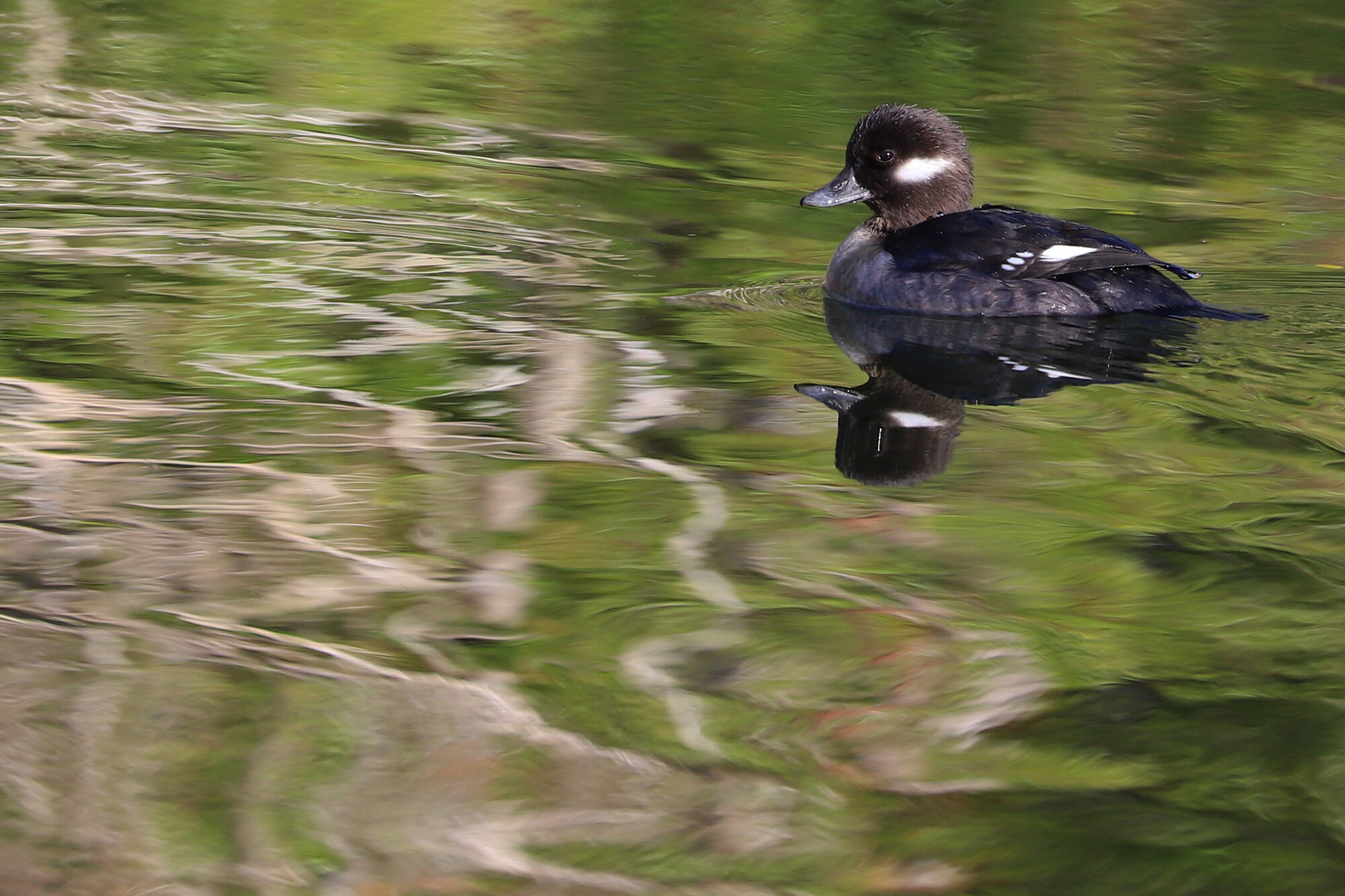


Rarely documented away from the CBBT in Virginia Beach, a GREAT CORMORANT that visited Rudee Inlet from 2 Jan (ph. Gabriel Mapel) to 4 Jan (vis. Tracy Tate) made for an exciting record. All other records in the state this month hailed from the CBBT. (Jan 2020 Map)
There was two separate records for AMERICAN WHITE PELICAN in the city this month, with a pair flying over Sandbridge Road on 2 Jan (vis. Robert Wood) and a flock of mixed counts present at Back Bay NWR on 25 Jan during the Winter Wildlife Festival (vis. Robert Ake). Only Northampton & Surry Counties held records elsewhere in the state this month. (Jan 2020 Map)
SNOWY EGRET records this month were completely limited to the area around Lynnhaven Inlet, except for a single report of four at Back Bay NWR on 12 Jan (ph. Marlee Fuller-Morris). This species is unusual away from the Lynnhaven Estuary during the winter season. Chincoteague NWR was the only other area of the state to produce documented sightings in January and there were no sightings in states north of Virginia. (Jan 2020 Map)
An immature LITTLE BLUE HERON was found at Princess Anne WMA Whitehurst Tract on 5 Jan (vis. Tracy Tate), with an adult also present on 12 Jan (ph. Rob Bielawski) and then only the immature lingering through to 19 Jan (ph. Rob Bielawski). The adult was the first to be photographed in Virginia Beach during any January and the most northerly adult along the East Coast for the month. Only three other records for the species occurred in Virginia this month, with an immature in Northampton & two immatures in Accomack; there were no records in states north of us. (Jan 2020 Map)
Similarly unusual here during January, an adult TRICOLORED HERON was observed at Back Bay NWR on 26 Jan (ph. Prashant A). As with Little Blue Heron, the only records elsewhere in the state this month occurred in lower Northampton (Eastern Shore of VA NWR) and in northeast Accomack (Chincoteague NWR). (Jan 2020 Map)
Typically absent in the city after the first week of January, a group of three CATTLE EGRETS lingered through at least 26 Jan (ph. Ty Smith & Evan Spears) along Munden Road, which was likely a faction of the eight that had been present since the Back Bay CBC (ph. Karen & Tom Beatty, Cindy Hamilton) along North Muddy Creek Road through 19 Jan (ph. Rob Bielawski). Only a pair of records in Maryland were farther north along the East Coast this month. (Jan 2020 Map)
Remarkably, a single immature YELLOW-CROWNED NIGHT-HERON persisted at Pleasure House Point NA through 22 Jan (ph. Steve Myers). Typically after October, any record would be considered noteworthy, and this is the first time the species has been recorded to eBird in the city during any January! (Jan 2020 Map)
Last of the waders, but certainly not least, a pair of GLOSSY IBIS lingered at Princess Anne WMA Beasley & Whitehurst Tracts through 19 Jan (ph. Rob Bielawski) after one was first noted here on 7 Dec (vis. Tommy Maloney) and two were found on the Back Bay CBC on 29 Dec (ph. Rob Bielawski, Lisa Rose & Robert Wood). This made for the record of the species in the state, and the most northerly record for the East Coast in January. (Jan 2020 Map)
An ASH-THROATED FLYCATCHER made a very brief appearance along I-264 offramp at First Colonial Road on 24 Jan (vis. Brandon Holland). This made for the third report for the species here this winter, with two in December (one at Fort Story JEB & one along Colechester Road). Only one other record occurred this month in the state, with an individual noted during the Nansemond River CBC in Suffolk. (Jan 2020 Map)
Very near to the flycatcher, a WESTERN KINGBIRD was photographed at the northern reach of NAS Oceana (Restricted) on 14 Jan (ph. Karl Suttmann), lingering at this location only through 15 Jan (vis. Andrew Baldelli). There were no records in adjacent states this month, and only Delaware (1) and New Jersey (1) produced records north of Georgia along the East Coast in January. (Jan 2020 Map)
Continuing since 24 Nov (ph. Rob Bielawski), a WHITE-EYED VIREO lingered near the parking lot of Princess Anne WMA Whitehurst Tract through 26 Jan (ph. Andrew Baldelli). This made for the first January eBird record in Virginia Beach across all years of data. Additionally, one of only three records for this species in the state overall this month, only Maryland (3) and New Jersey (1) held records farther north along the East Coast. (Jan 2020 Map)
American Black Duck / Pleasure House Point NA / 18 Jan; please click this photo to advance to the next!
Great Egret / Pleasure House Point NA / 18 Jan
Snowy Egret / Pleasure House Point NA / 18 Jan
Snowy Egret / Pleasure House Point NA / 18 Jan
Belted Kingfisher / Stumpy Lake NA / 18 Jan
Pileated Woodpecker / Stumpy Lake NA / 18 Jan
Winter Wren / Stumpy Lake NA / 18 Jan
Hermit Thrush / Princess Anne WMA Whitehurst Tract / 19 Jan
Blue-headed Vireo / Princess Anne WMA Beasley Tract / 19 Jan
Sharp-shinned Hawk / Private Residence / 19 Jan










In what has proven itself to not be an irruption season, a single PINE SISKIN found at a backyard feeder in Cypress Point on 22 Jan (vis. Debbie Schroeder) made for our only record this month! Amazingly, there was not a single photographed record for this species in the state during January, and only a few counties saw reports overall. (Jan 2020 Map)
The only such record in the state this month, a CLAY-COLORED SPARROW was found at Virginia Beach National Golf Club on 21 Jan (vis. Andrew Baldelli), then photographed on 24 Jan (ph. Andrew Baldelli) among a flock of sparrows near a series of brush piles. Only a few other records occurred on the East Coast for this species during January, and North Carolina (2) & Maryland (1) were the only other states between Florida & Massachusetts to host the species. (Jan 2020 Map)
At least four different WHITE-CROWNED SPARROWS were identified at the Harris Teeter Retention Ponds off Princess Anne Road during January, with the latest report on 30 Jan (vis. Karen & Tom Beatty). Two immatures of the Dark-lored race have been known to be present, as well as an adult Dark-lored and an adult Gambel’s, going back to the initial find of a single bird on 27 Dec (ph. Andrew Baldelli & Mike Collins). Craney Island DA (Restricted) was the only other location in Hampton Roads to produce ongoing records this month, and this was the only known occurrence for Gambel’s White-crowned Sparrow in the state. (Jan 2020 Map)
A continuing LINCOLN’S SPARROW first noted at Princess Anne WMA Whitehurst Tract on 10 Nov (ph. Rob Bielawski) lingered at the same location through 26 Jan (vis. Andrew Baldelli), among a flock of Song Sparrows in the northern half of the tract. A rare winterer along the East Coast, this is one of only two known records during January in the state, with the other photographed in Prince William County. (Jan 2020 Map)
An apparent wintering YELLOW-BREASTED CHAT was photographed at a private residence in Baylake Pines on 9 Jan (ph. Jamie Todd)! With only one other record in the state this month, an individual in Suffolk, this record made for an excellent surprise. Interestingly, there were no records in Georgia, nor South Carolina during January, yet every state from Virginia to New Hampshire along the East Coast had at least one, which seems quite bizarre for a species that usually moves southward for the winter. (Jan 2020 Map)
Unusual along the coast, a single RUSTY BLACKBIRD was photographed at Stumpy Lake NA on 3 Jan (ph. Jack & Steve Myers)! Though this species is more expected inland during the winter season, this made for the only documented record in the three coastal counties of Virginia during January and the first at this location since 2017. (Jan 2020 Map)
As in other recent winter seasons, a group of BREWER’S BLACKBIRDS has been present at Breeze Farms (Private) since the Back Bay CBC on 29 Dec (ph. Tommy Maloney), and were most recently reported on 18 Jan (vis. Wes Teets). Only one other record for this species occurred during January in the state, in King William County during the Walkerton CBC. Additionally, there were no other records this month east of Tennessee and Georgia! (Jan 2020 Map)
In what has been another exception winter season for BLACK-AND-WHITE WARBLER, at least three individuals were noted in the city this month. One has continued at private residence in Great Neck Estates since 5 Dec and was most recently reported on 30 Jan (vis. J. A.); one was present at an Oak Springs private residence from 2 Jan (ph. Carolyn Page) through 30 Jan (ph. Carolyn Page); lastly, one was found at Stumpy Lake NA on 22 Jan (ph. Jonathan Snyder) and present through 31 Jan (ph. Steve Myers). (Jan 2020 Map)
A continuing YELLOW-THROATED WARBLER first noted at a Bellamy Manor private residence 22 Nov (ph. Una Davenhill) lingered through 31 Jan (ph. Andrew Baldelli). Only one other member of this species was recorded in the state this month to eBird, that being an individual at Dyke Marsh in Fairfax County. Interestingly, the only records farther north than Virginia along the East Coast this month were in Maine (1), New Brunswick (1) and Nova Scotia (2). (Jan 2020 Map)
Female/immature male type PAINTED BUNTINGS were recorded at two locations this month, with one in Atlantic Park on 7 Jan (ph. Andrew Baldelli) and another continuing at a private residence in Laurel Manor since 23 Nov, most recently observed on 26 Jan (ph. Tommy Maloney). This has been an exceptional winter for the species on the East Coast overall, with records dotting Maryland, Pennsylvania, New York & even Massachusetts in January. (Jan 2020 Map)
A bit surprising, there wasn’t a single eBird record this month for Barred Owl or for Northern Bobwhite. The former was certainly present in the city this month, and just missed due to a lack of nocturnal effort in the proper habitat (lowland forest abutting freshwater). The latter might no longer be sustaining wild populations in the city, and it is difficult to know for certain if the few records that do occur are simply released individuals or are descendants of naturally occurring individuals. Any other species that were missed this month would be considered as “Rare” in eBird, so the birding community did an excellent job this month at logging almost everything that was possible here!
Sunrise / Pleasure House Point NA / 18 Jan
For those who wish for their observations to be included in this journal, please submit your records to www.eBird.org, and ensure that the proper documentation (whether written notes that rule out all similar species or photo/audio/video that is conclusive to species) is provided. Thank you to those who have taken the time to enter such documentation into eBird so these records may be publicly known, and also to those who took the time to read through this Journal entry. Be sure to check back early next month to see what birders will have found in Virginia Beach during February! For further information regarding this monthly, online publication, please visit the Journal Overview Page which provides an explanation of the current format, layout and composition of the journal.